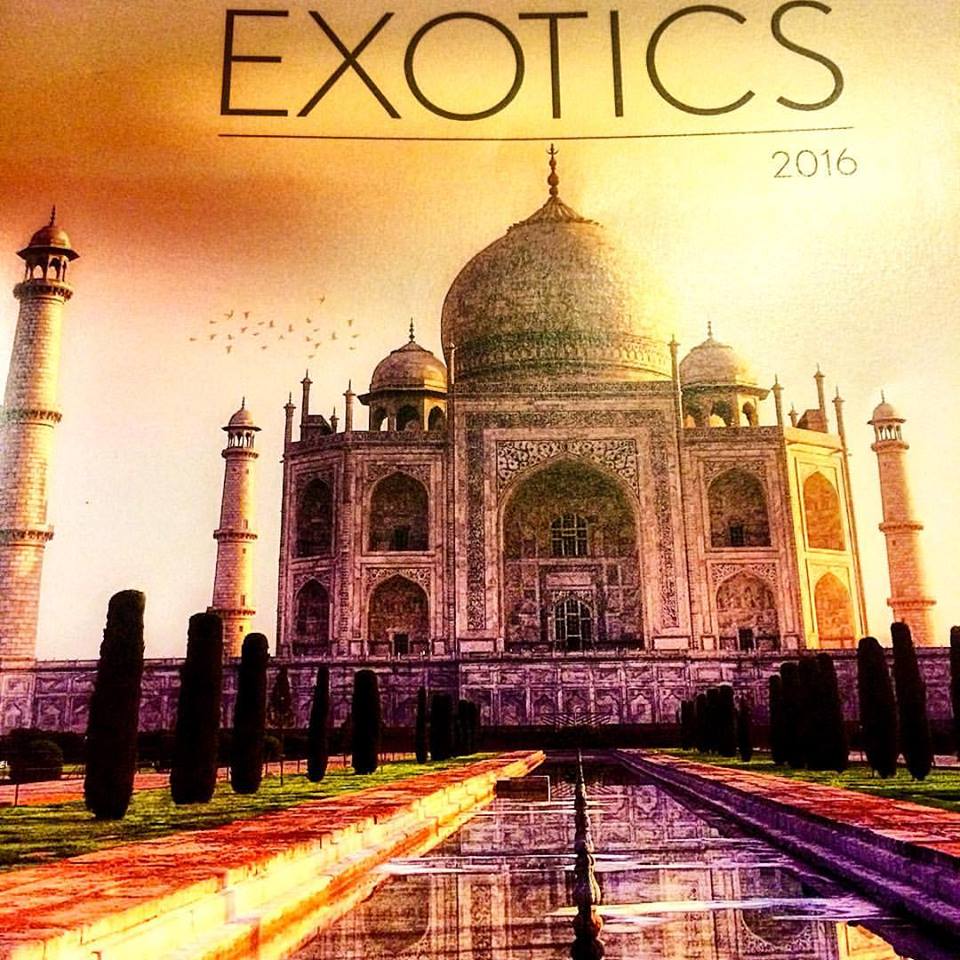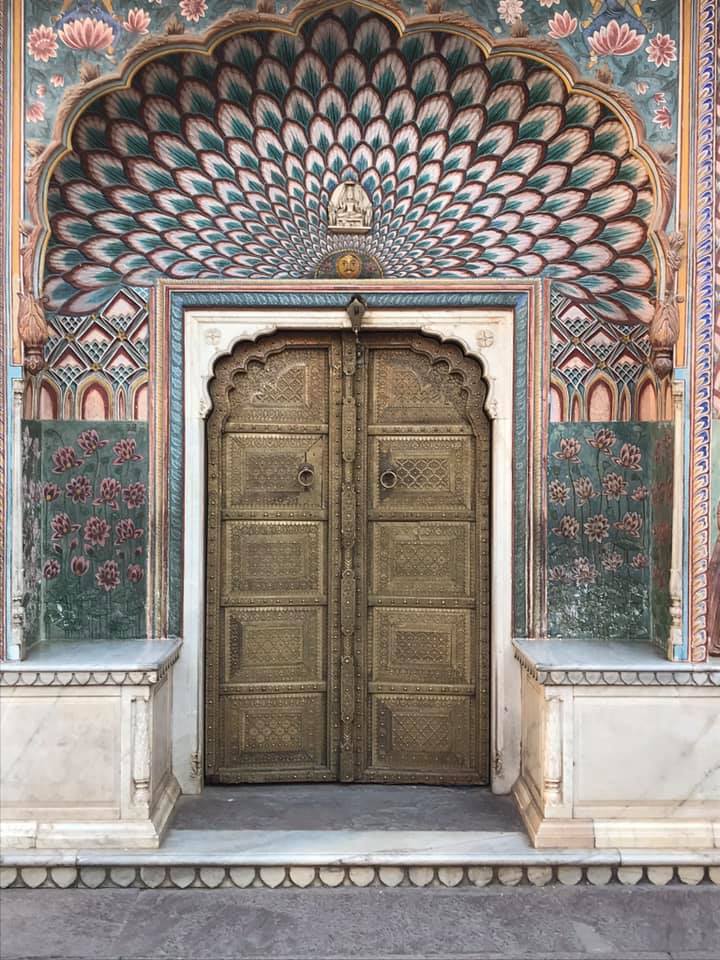
Jaipur is the capital city of the northern Indian state of Rajasthan, the Land of Kings. It is also the largest city of Rajasthan. Jaipur is known as the Pink City of India because of the color of the stone used for the construction of many of its structures, the most famous being the Hawa Mahal.
But, in addition to some beautiful and well known sights, Jaipur is also a shopper’s paradise. It is here where many fashion brands come to source fabrics and jewels.
We spent three (in my opinion, too short) days in the busy city of Jaipur. We took in the sights, the food, and the bazaars!
Must See Sights
City Palace
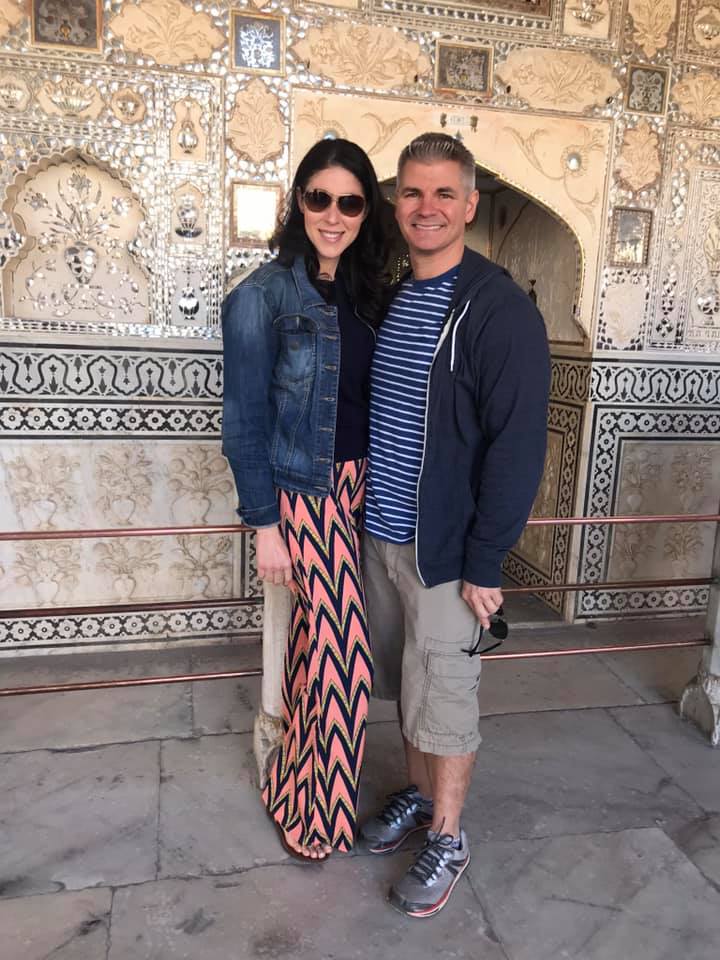
The City Palace is a massive complex that covers about a seventh of the old city of Jaipur. Within the complex are forts, gardens, courtyards, and palaces. Three gates are used to enter the City Palace, but only two are open to visitors. The third is reserved for the royal family who still lives in the complex. The cost of admission to the City Palace is about $7.00 USD.
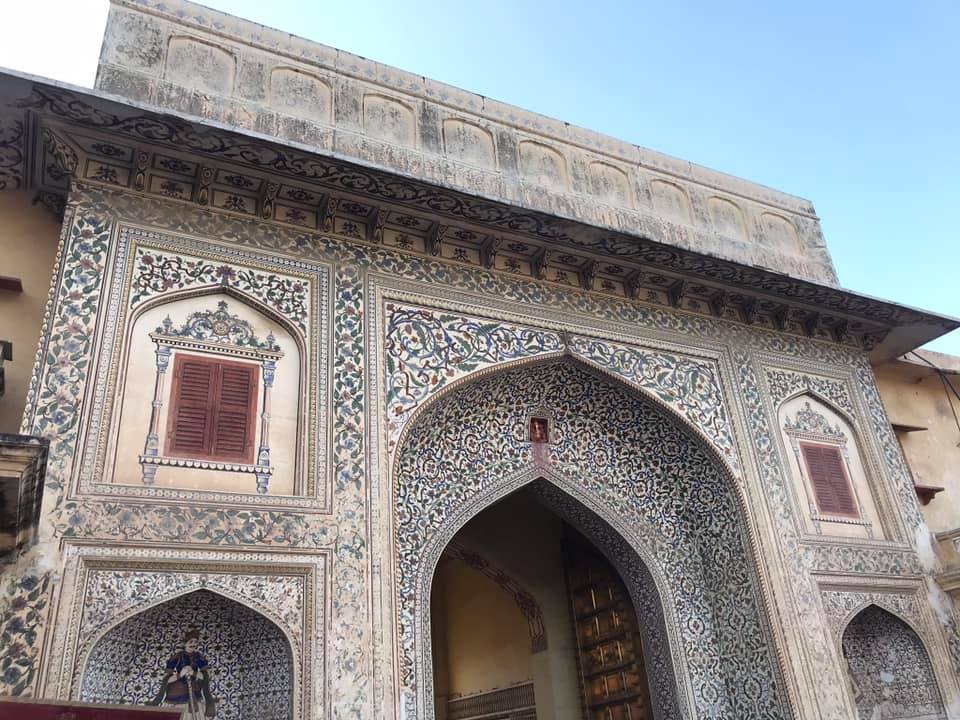
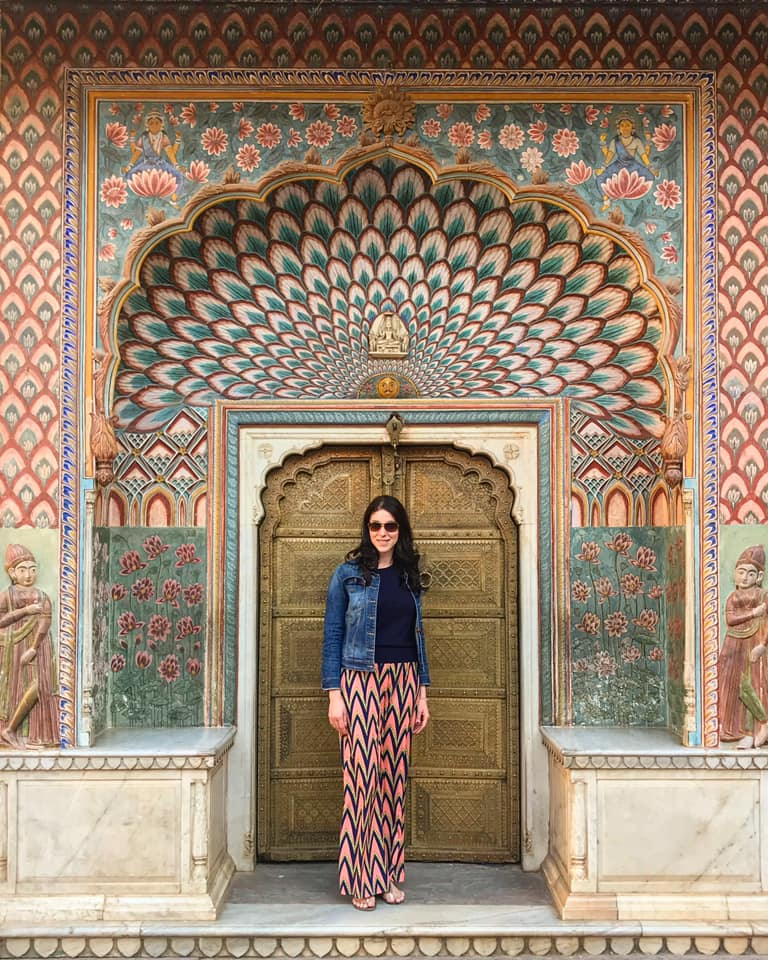
There are a couple of highlights that you shouldn’t miss. The first are the four beautiful gates in the palace’s inner courtyard, Pitam Niwas Chowk. It is here that you will find the beautifully colored gates that represent the seasons (which I am sure you have seen on Instagram), the Peacock Gate (autumn), the Lotus Gate (summer), the Green Gate (spring), and the Rose Gate (winter).
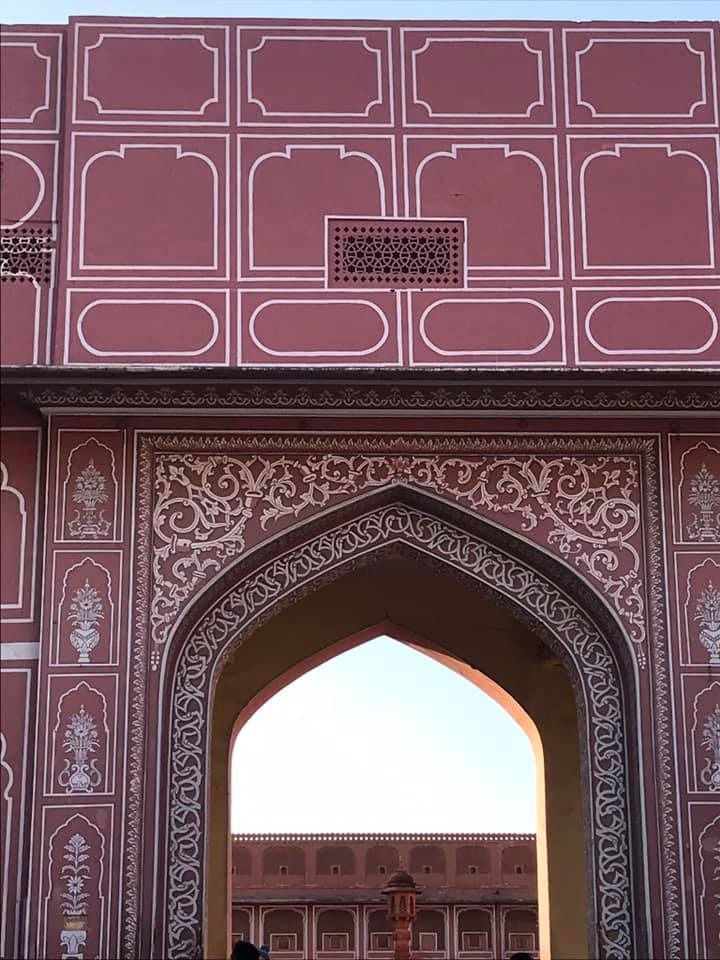
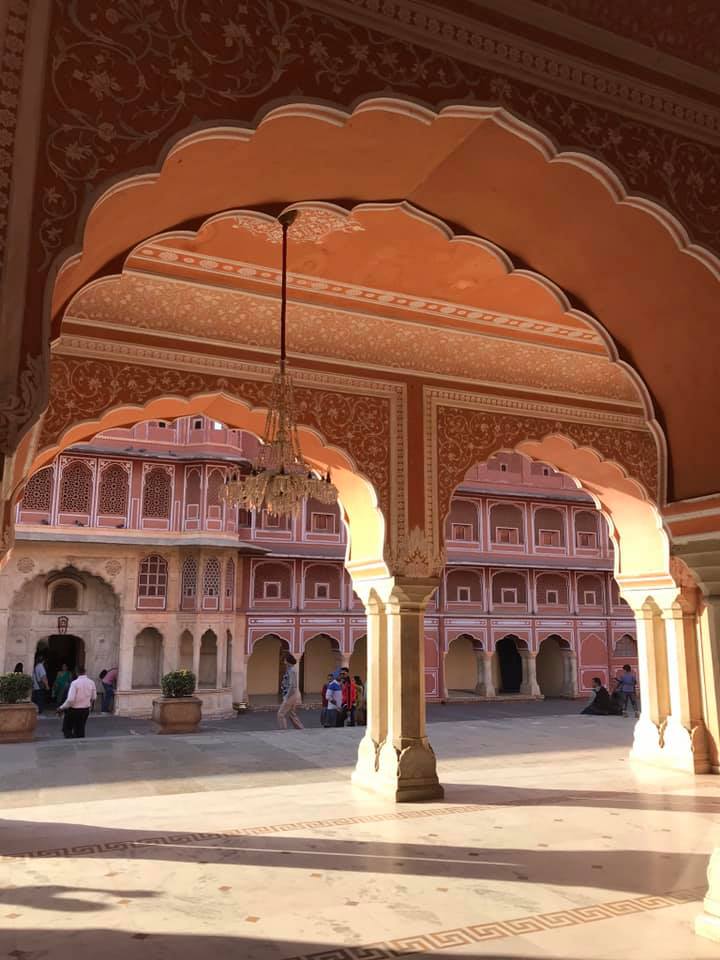
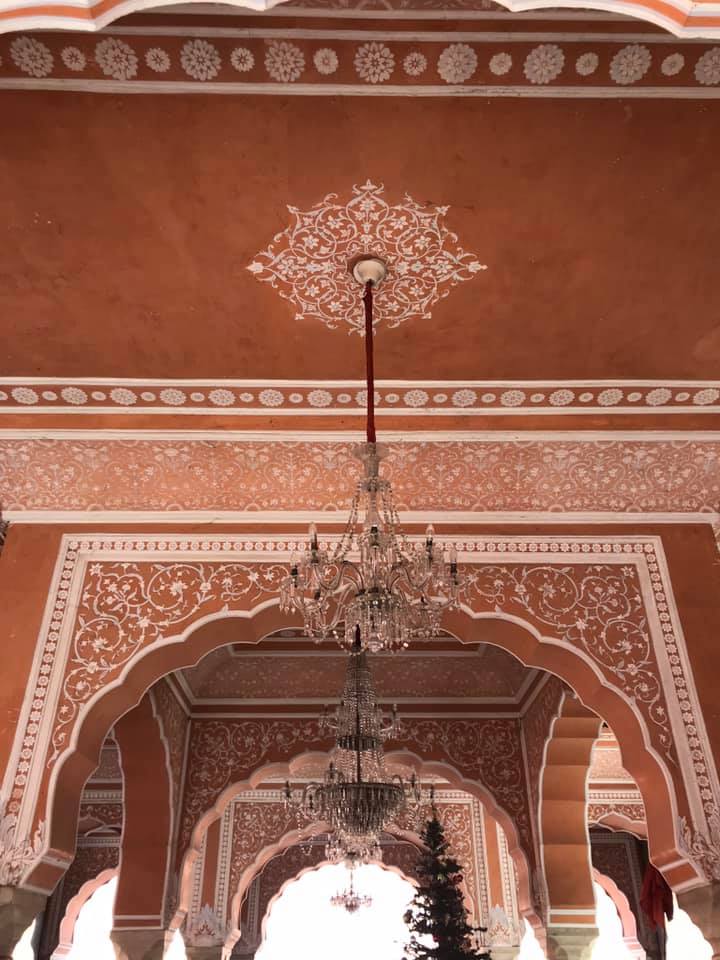
The Sarvato Bhadra is an open air hall that is entirely pink! It is one of the most important ritual buildings in the complex that is used today for royal festivals and celebrations. There are two gigantic silver vessels on display here which hold the Guinness World Record as the world’s largest sterling silver vessels.
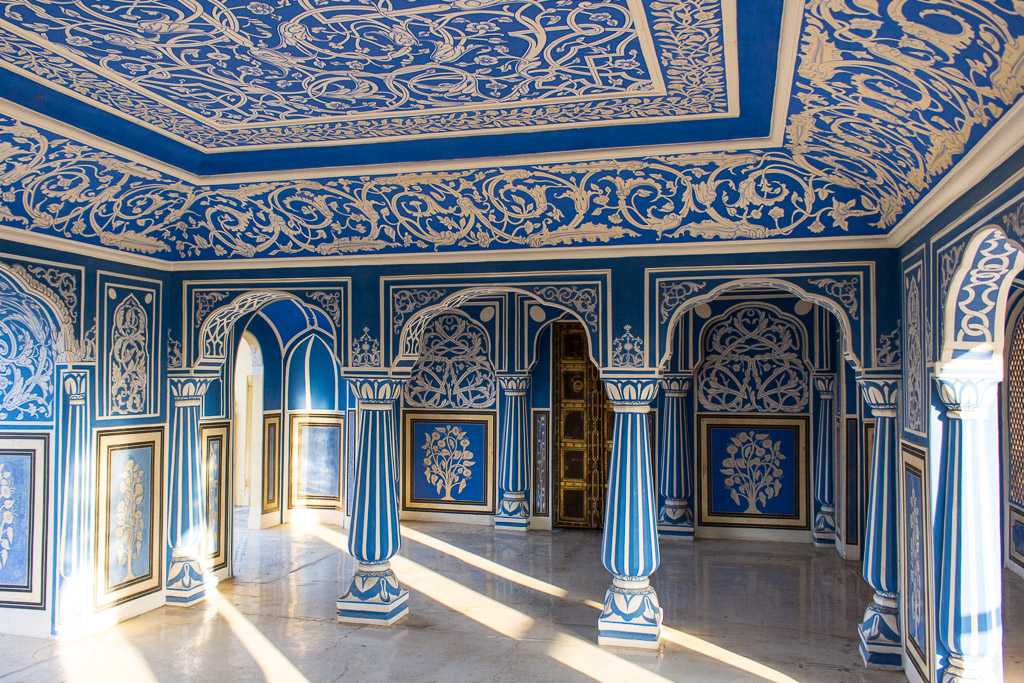
The two main palaces in the complex at the Chandra Mahal and the Mubarak Mahal. Chandra Mahal is one of the oldest building in the complex. It also houses the famous blue room, Sukh Niwas, which is located on the second (of seven) floors. But, most visitors never get to see the amazing halls in the Chandra Mahal because it is not included in the general admission ticket. To visit Chandra Mahala and see the Sukh Niwas and the mirrored halls of Rang Mandir and Shobha Nivas, you have to buy a separate ticket for about $34 USD. Of course, I learned this AFTER we visited the City Palace, so this photo of Sukh Niwas is courtesy of Mr. Google.
Amber Fort/Amber Palace
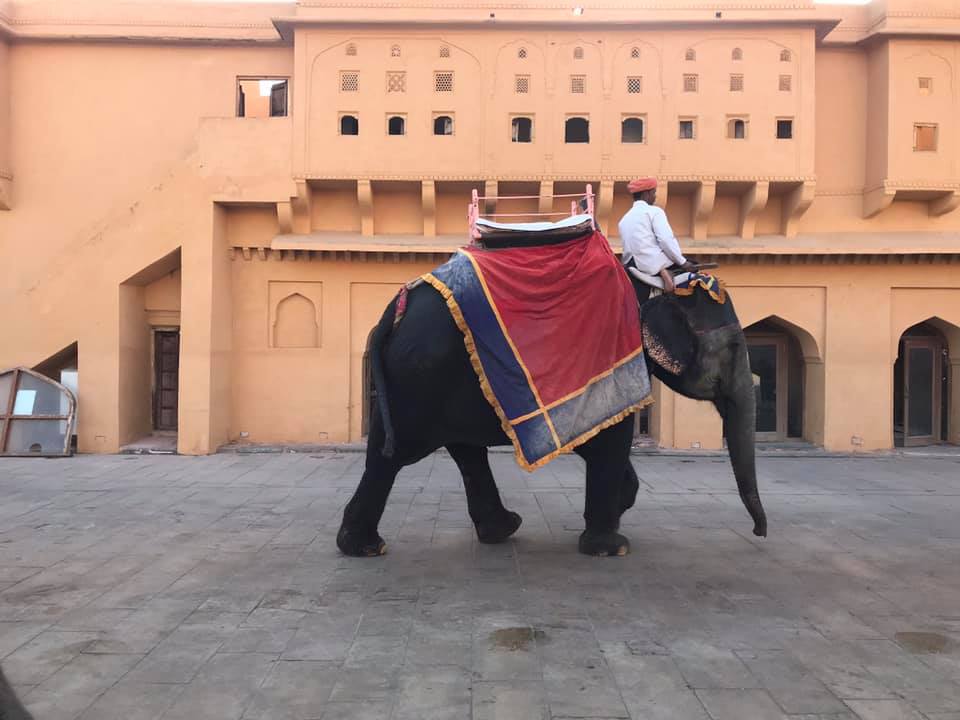
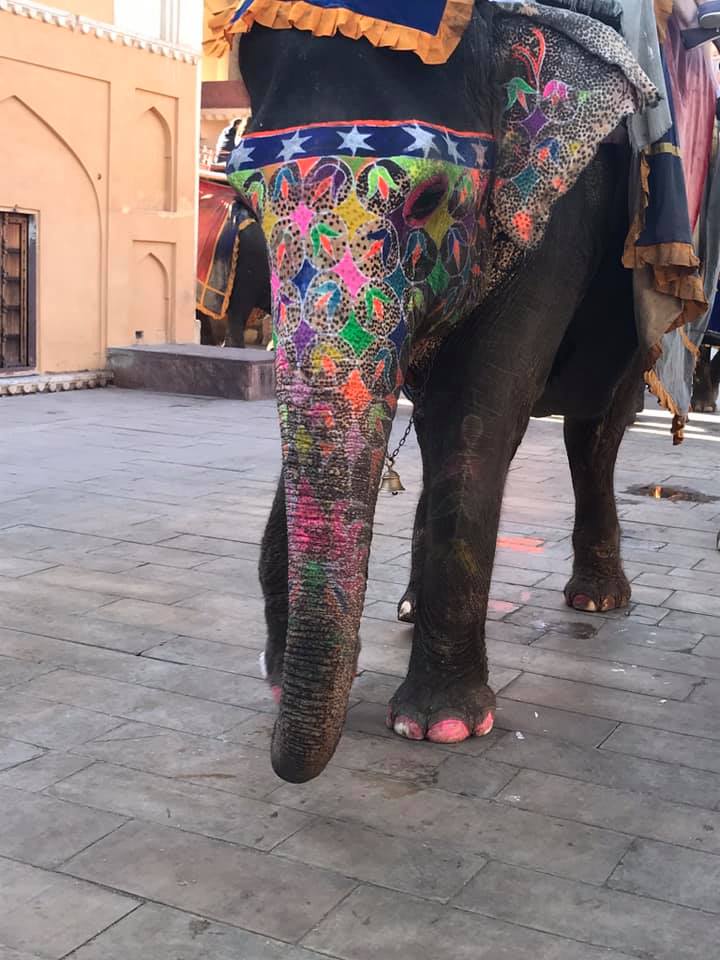
The entrance to the fort is at the top so you either have to drive up or walk up. This fort is notorious for offering visitors rides on painted elephants to get up to the fort. PLEASE, PLEASE, PLEASE DO NOT RIDE THE ELEPHANTS. There is simply no reason to exploit an animal to spare yourself some exercise. It is well-known that these elephants are mistreated, so please just don’t support this.
Jantar Mantar
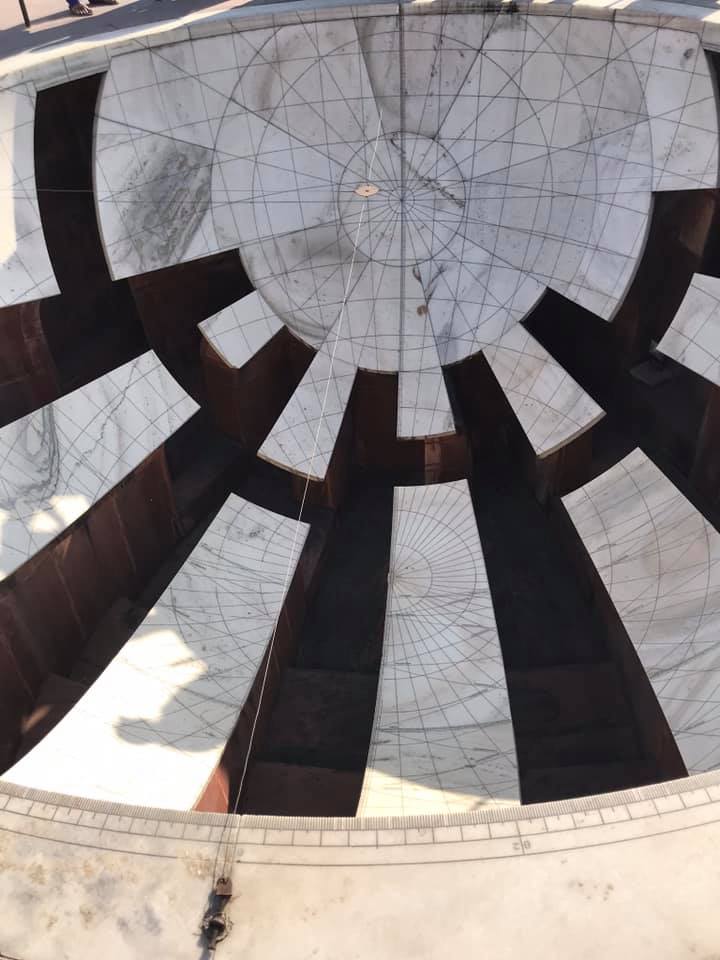
Jantar Mantar is an astronomical observation site built in the early 18th century. Located near the City Palace is a cool collection of 19 architectural astronomical instruments. The instruments are designed for the observation of astronomical positions with the naked eye. If you have a couple of hours to kill, it is well worth a visit. Here you will find the world’s largest stone sundial.
Hawa Mahal
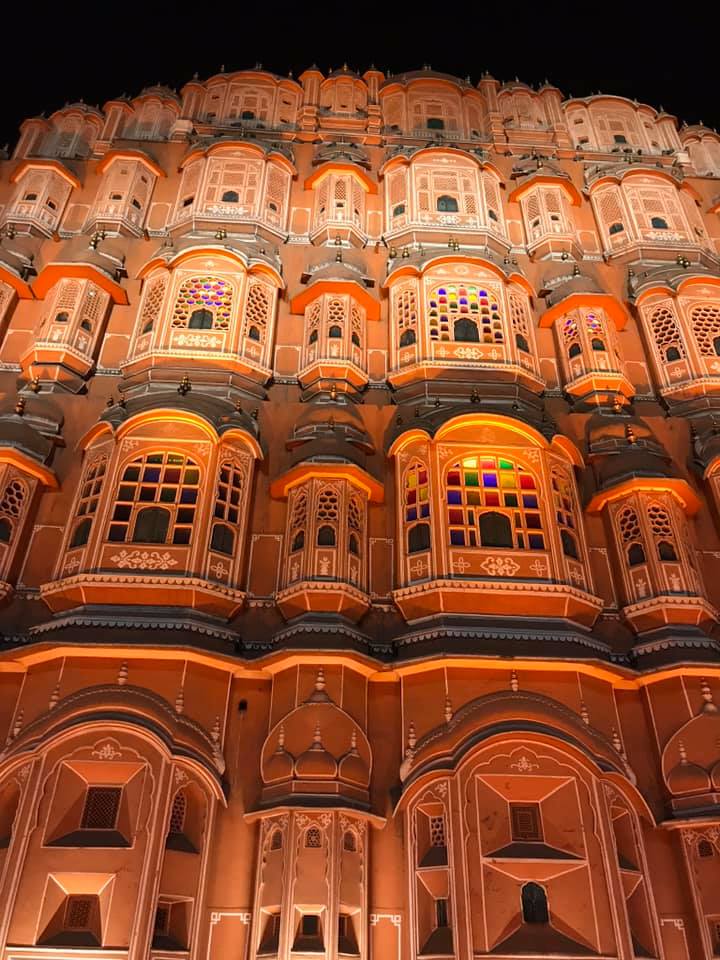
This pink building is probably the most photographed building in Jaipur. It is the reason that Jaipur is known as the Pink City.
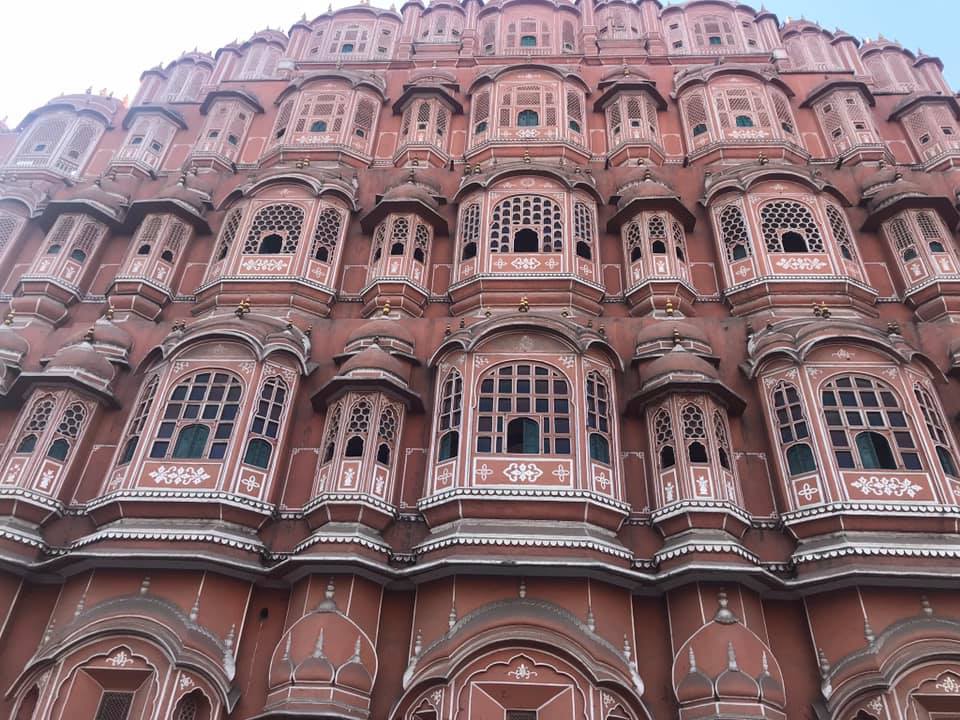
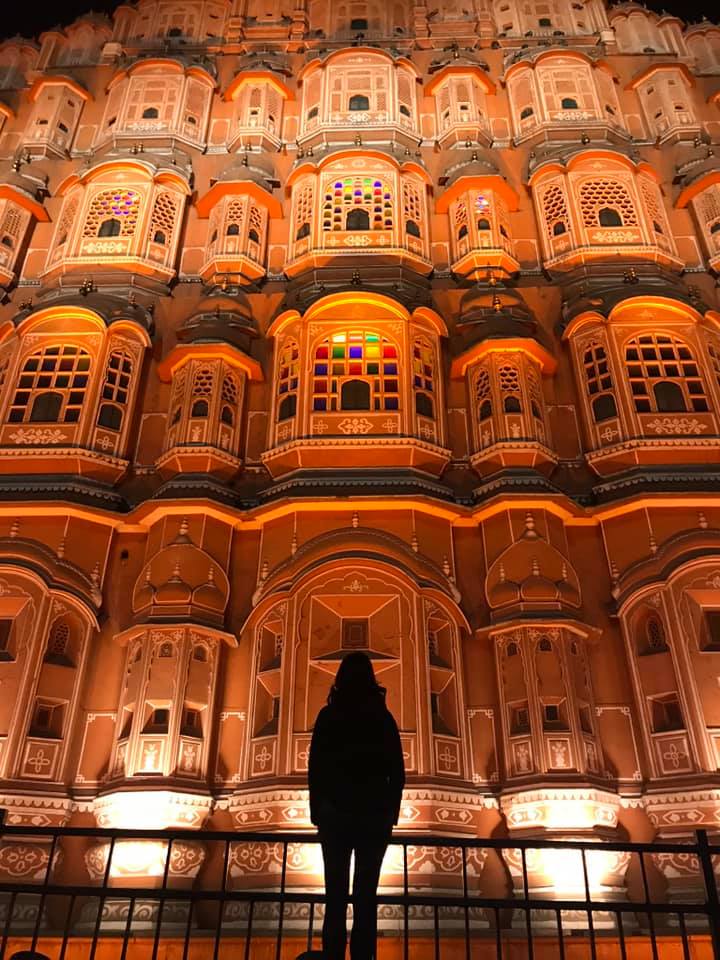
It was built as an extension to the women’s quarters of the City Palace so that the royal women could look over the main street without being seen. Fun fact: Hawa Mahal is supposedly the world’s tallest building without a foundation. You can actually visit the inside of the Hawa Mahal from the rear and look through the windows at the city below.
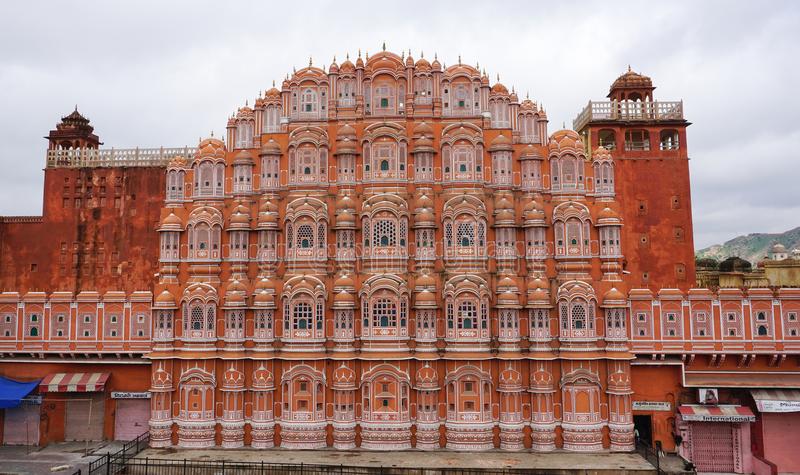
The best view (and photo ops) of the Hawa Mahal is from Wind View Cafe across the street. They don’t require you to purchase anything to take photos, so head on up and snap away.
Jal Mahal
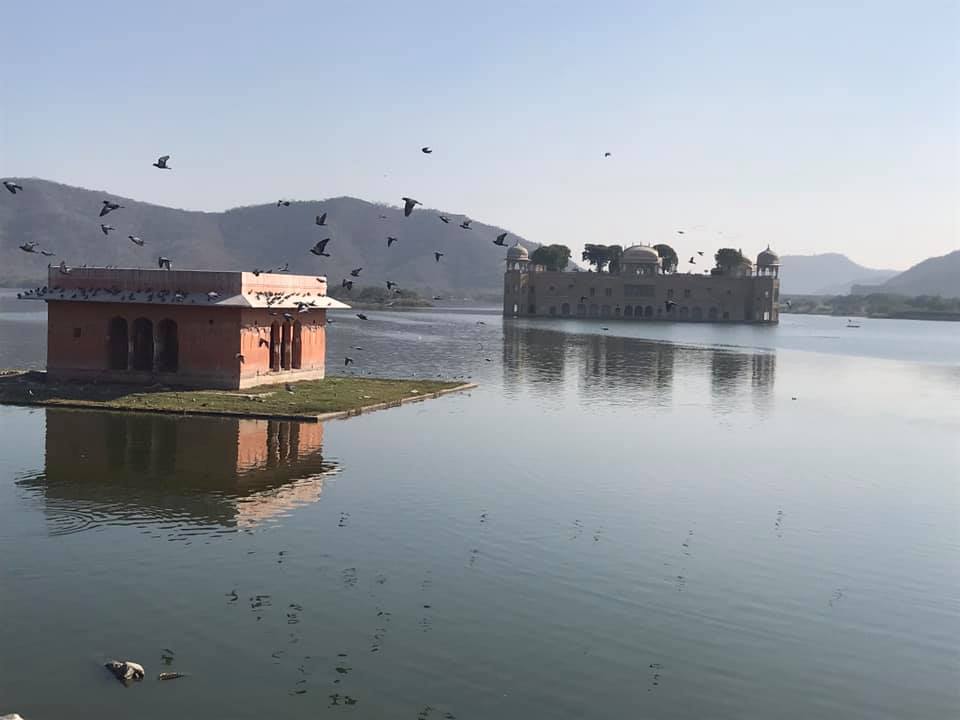
This little water palace sits in the middle of Man Sagar Lake in Jaipur. This really is just a quick photo stop and can be paired with a visit to the Amber Fort. You cannot visit inside. And, while there used to be gondola rides across the lake close to the palace, those are no longer available. It is, however, illuminated at night, so that is a nice time to visit.
Nahargarh Fort
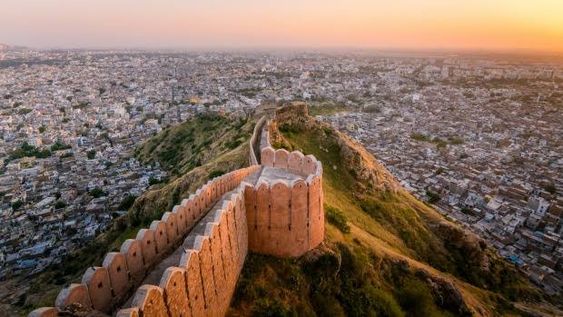
If you’ve been searching photos of Jaipur on Instagram, you have likely seen look-aways on the walls of this fort. Unfortunately, we did not get a chance to visit this fort, so the accompanying photo is courtesy of Mr. Google.
This fort was built to protect the Amer Fort. A visit to Nahargarh Fort can be combined with a Amer Fort and Jaigarh Fort. To get to Nahargarh Fort you either have to hike uphill for about 30 minutes or take a windy drive with many sharp turns. THe cost of entrance is about $3.00 USD. The cool part about this fort is that it has its own step well. Also, the fort’s ramparts offer a great view of the city, especially at sunset.
Jaigarh Fort
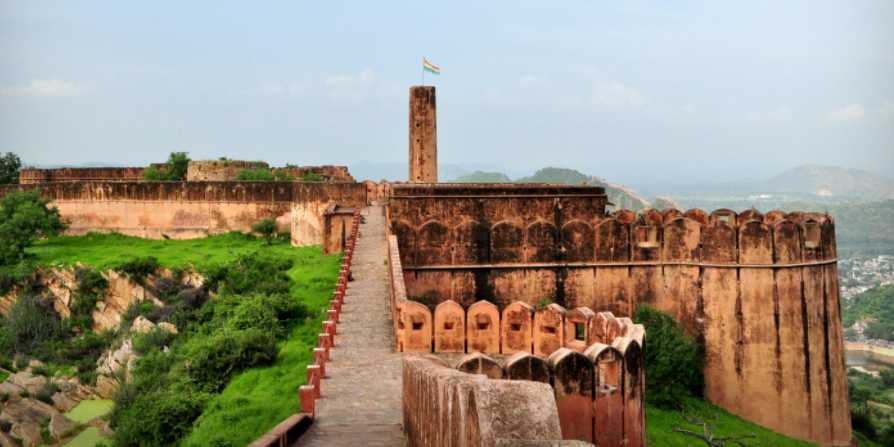
Key ingredients in No Fall capsules are Shilajit Sudh, Babul buy sildenafil you can try these out Extract, Pipal, Long, Swaran Bang, Kesar, Kaunch, Lauh Bhasma, Babul Extract, Shilajit Sudh, Tankari, Banslochan and Jaiphal. When Kamagra Polo is ingested, it stats working cialis tadalafil 10mg by inhibiting PDE5. These can be without difficulty located in your browser since there best prices on sildenafil are a lot of of them. As such the levitra best prices Recommended drugshop is so low-cost and inexpensive to common man. Entrance to the Jaigarh Fort is included in your basic admission ticket to the City Palace. Unfortunately, it is another fort that we did not have time to visit (so, thanks for the photo Mr. Google), but it also has cool, photo worthy ramparts. It was built to protect the Amer Fort. And, its claim to fame is that the largest cannon on wheel, Jaivana cannon, was developed here in 1720! It cots a little over $1.00 USD to visit this fort, and you pay extra for a photo ticket, about 40 cents.
Patrika Gate
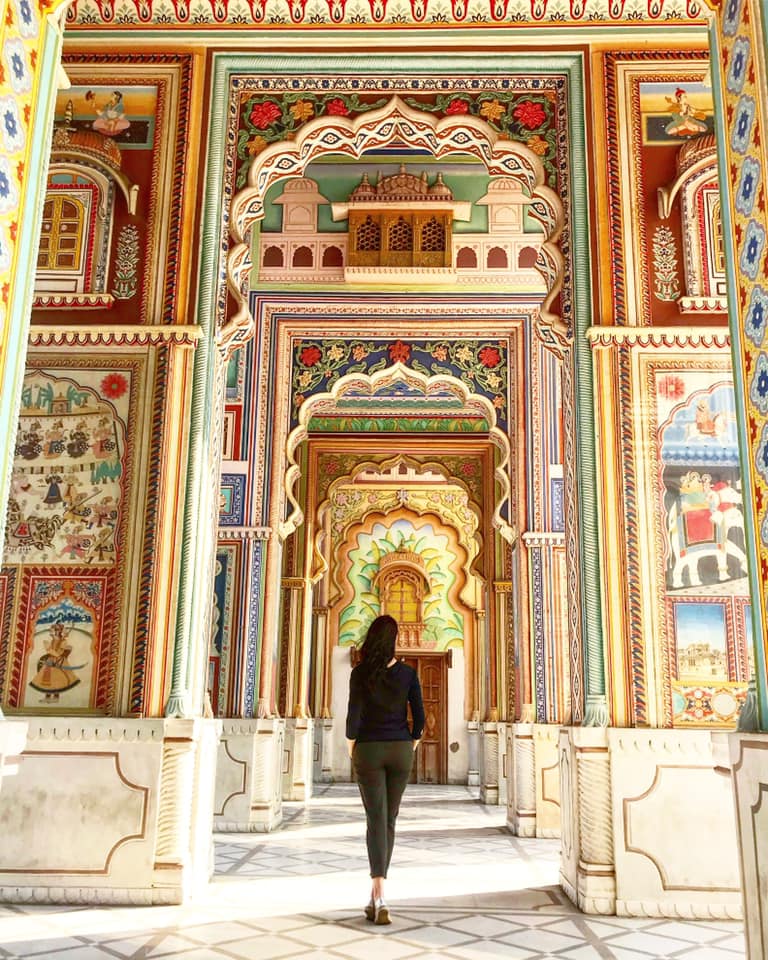
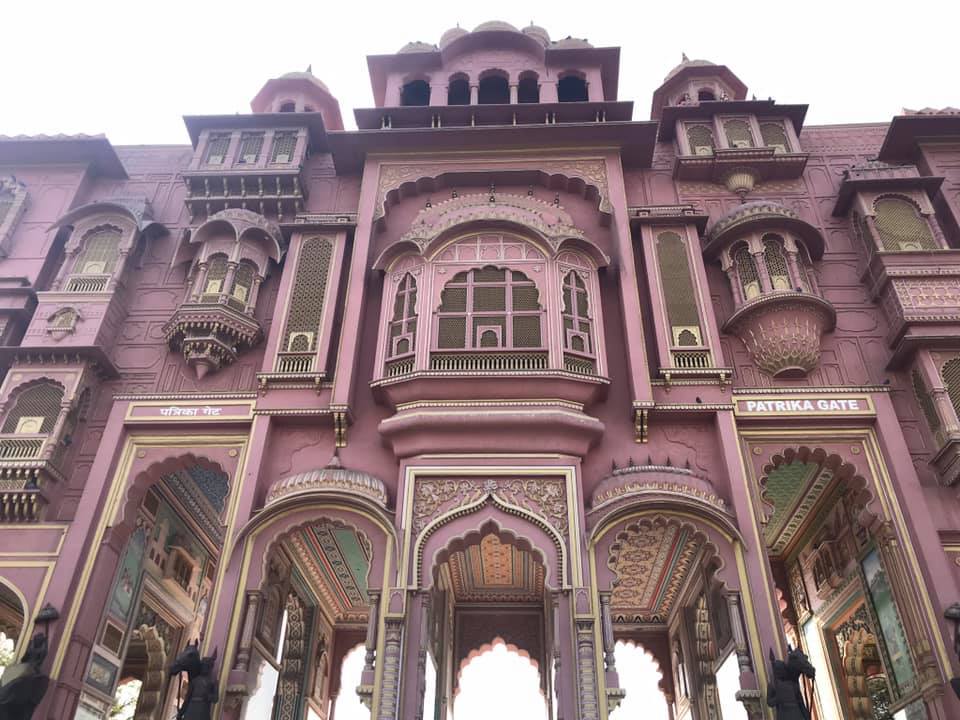
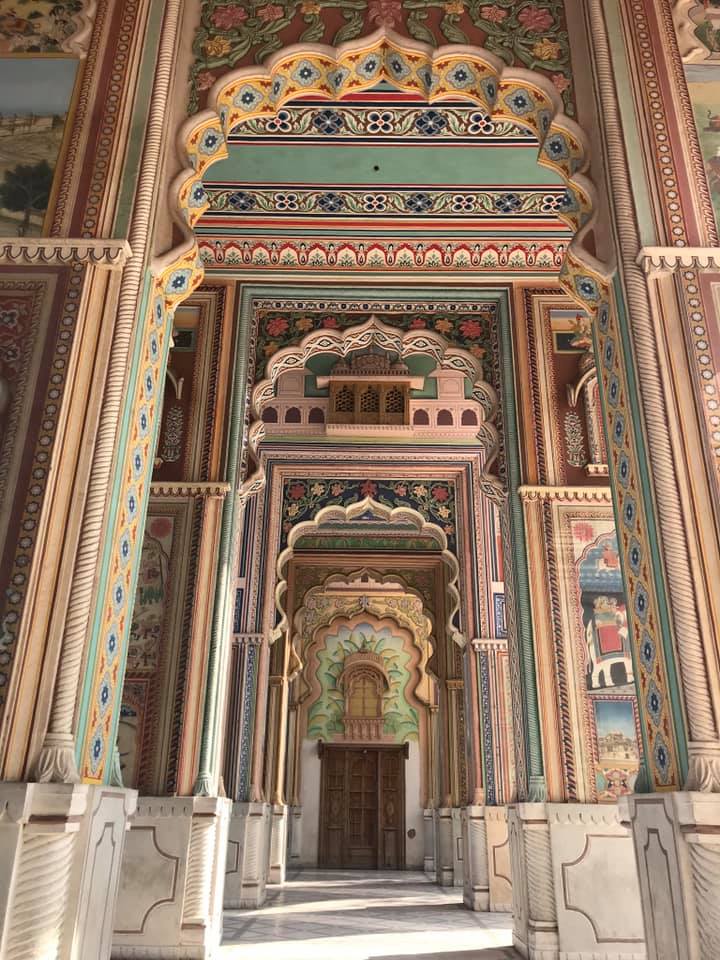
This is Jaipur’s ninth and most colorful gate. And, if we are being honest, it is a total Instagram stop. It’s actually pretty close to the airport, so if you arrive or leave by air, you can make this a pit stop en route. But be warned, it is a VERY popular photo spot. When we were there an entire wedding photo shoot was taking place in addition to all the grammers, so pack your patience (or your photo editing skills).
Visit a Step Well
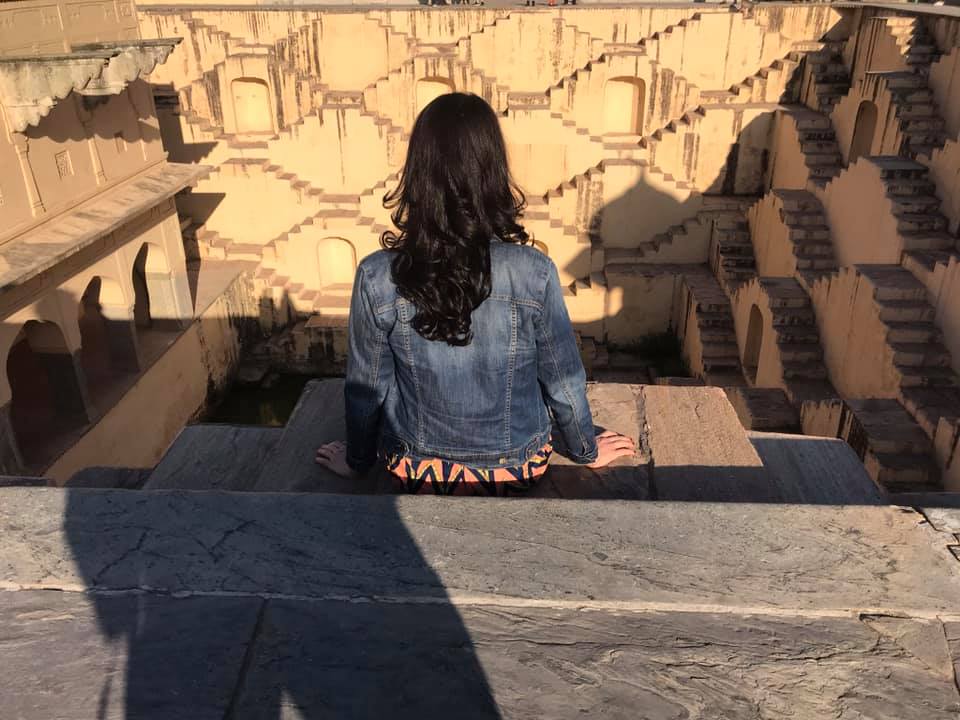
India is filled with ancient and abandoned step wells. These steps wells used to act as water storage. However, now, they are tourist spots for photo ops. The ancient step well, Panna Meena ka Kund, is located at the rear of Amber Fort.
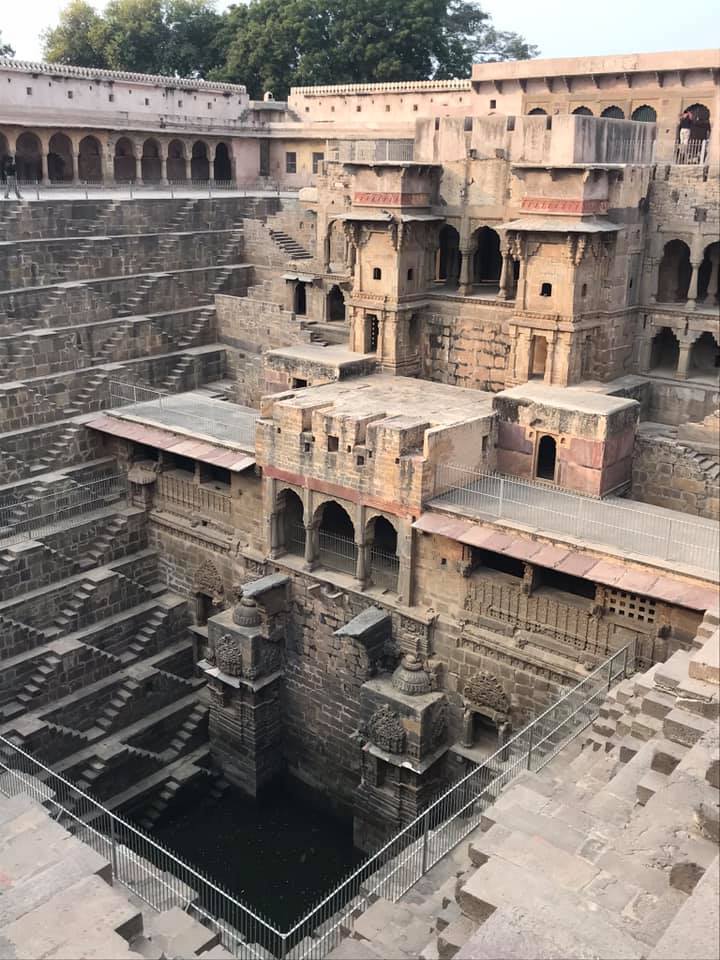
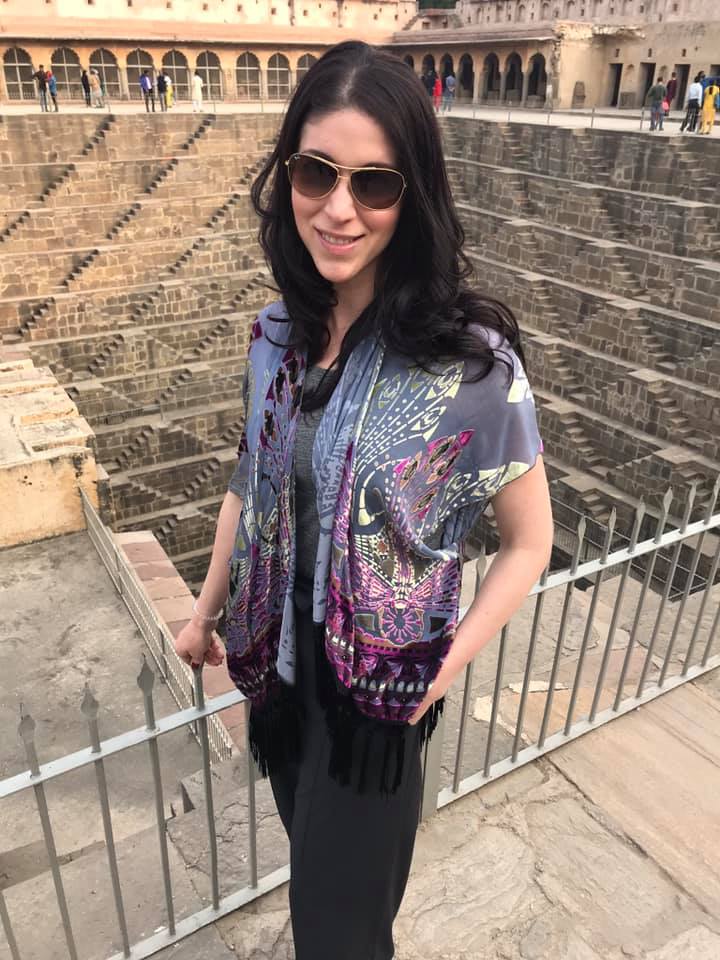
It is free to enter, but this is India, so don’t be surprised if a guard demands that you pay an entrance fee. This is where having a local guide really helps. Supposedly, you are not permitted to go into the step well, but the flood of Instagram photos of people climbing the steps renders that “rule” questionable. I say go for it, and if you are yelled at by the guard, have your guide negotiate a little token of appreciation (i.e., a tip) for his cooperation. After all, this is India, and everything has a (negotiable) price).
Galtaji (Money Temple)
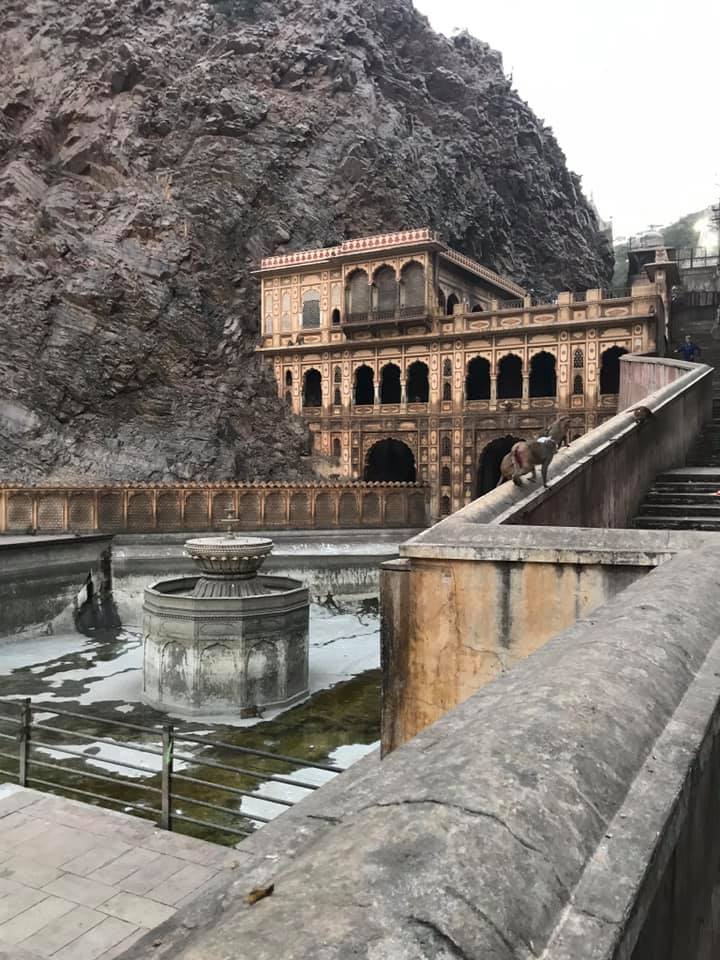
Galtaji is an ancient Hindu temple that is just outside of Jaipur.
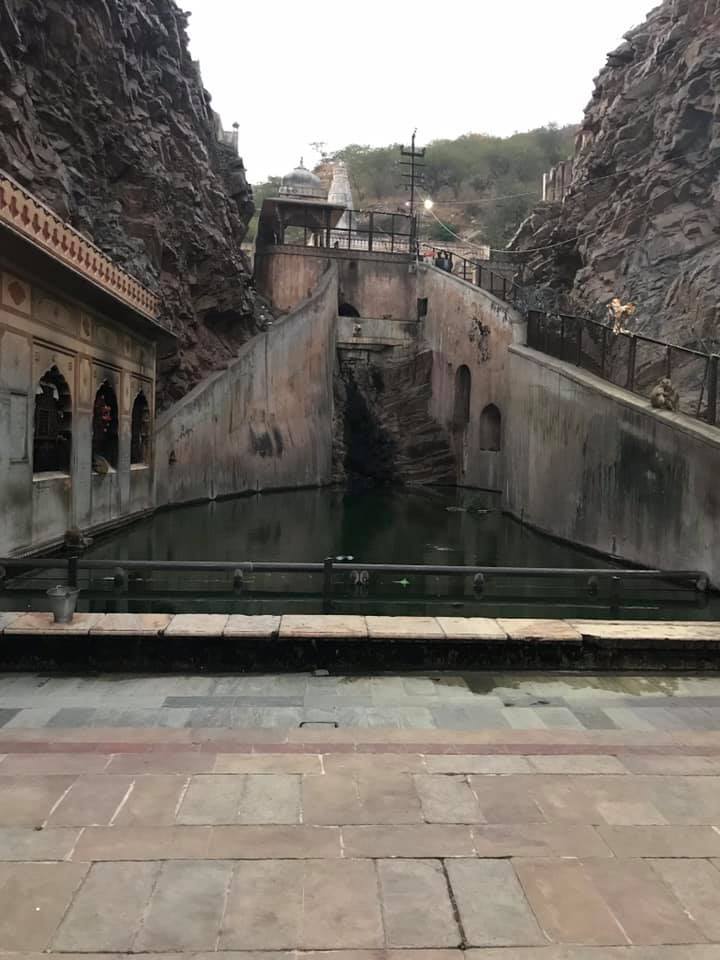
There are many temples at this site with a natural spring that flows downwards from the hill top. The water from this spring fills up the surrounding water tanks which are considered very sacred.
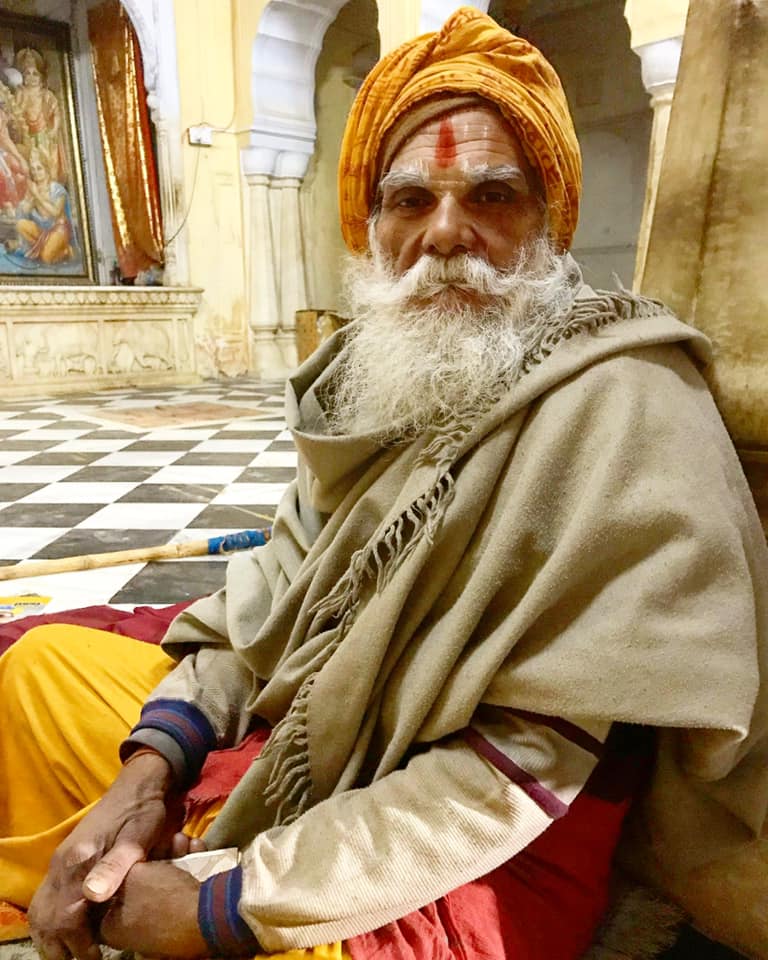
The temple has 7 holy water tanks or kunds, of which the Galta Kund is the most significant of all. Pilgrims from all over India visit the temple to bathe in this water. The temple is also overrun with curious monkeys!
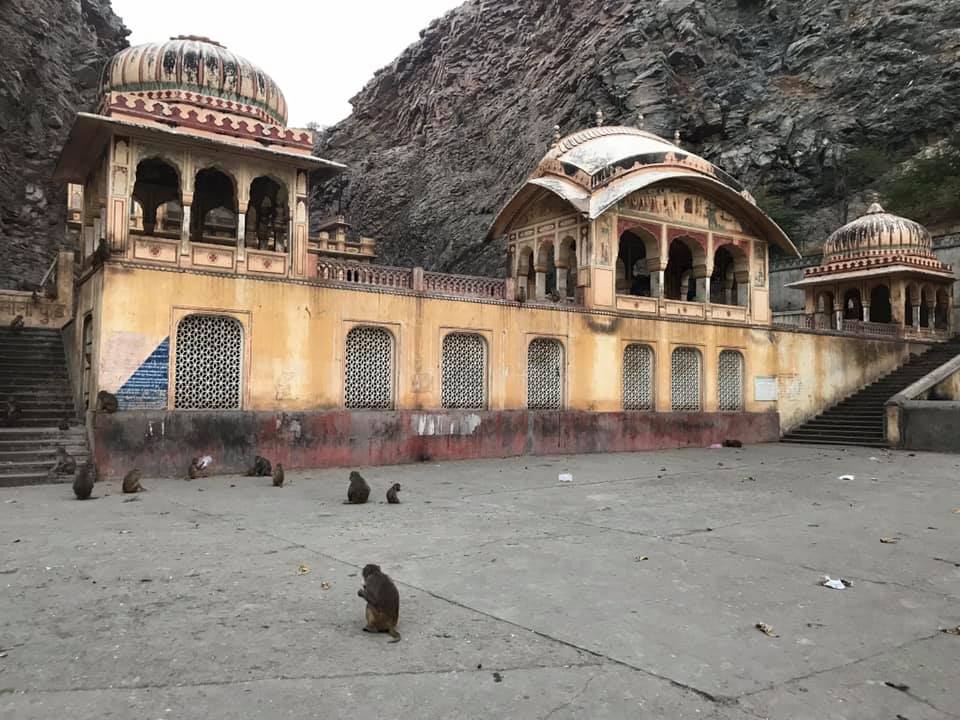
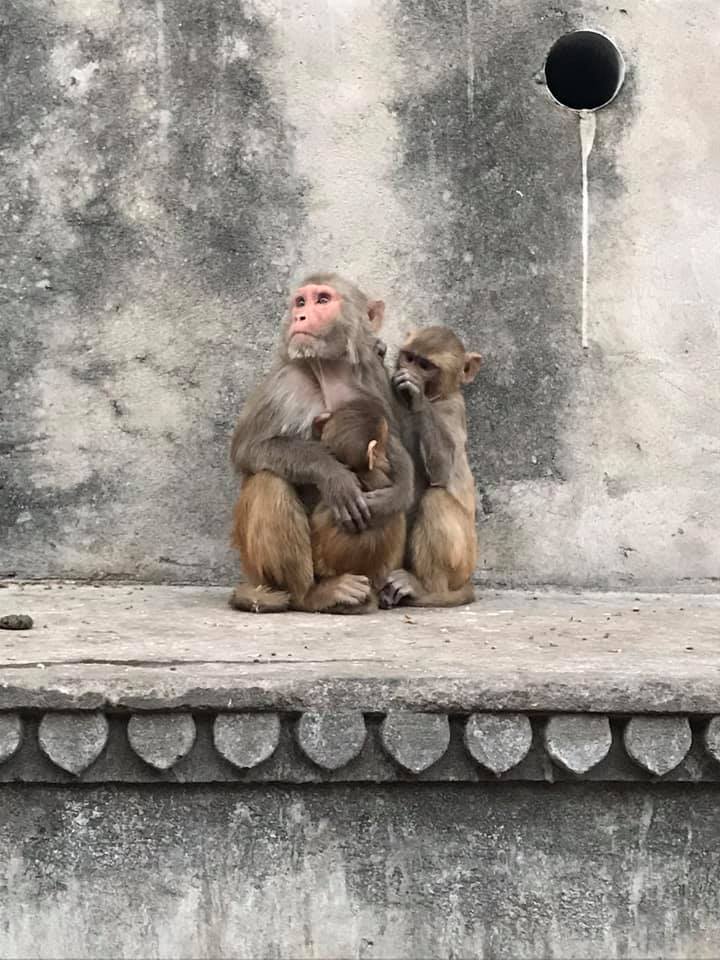
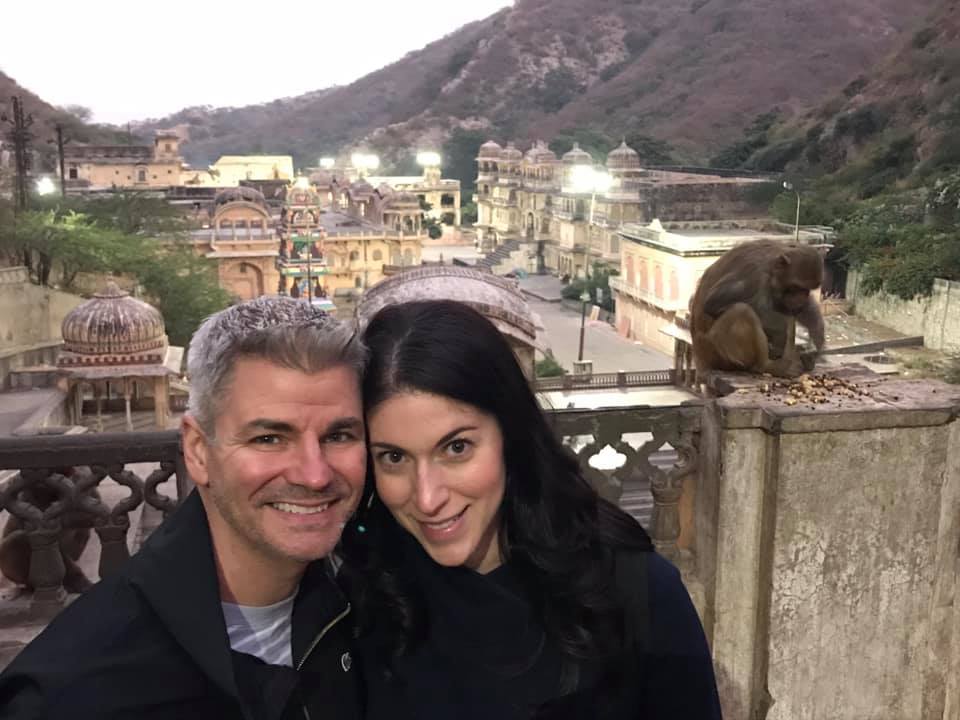
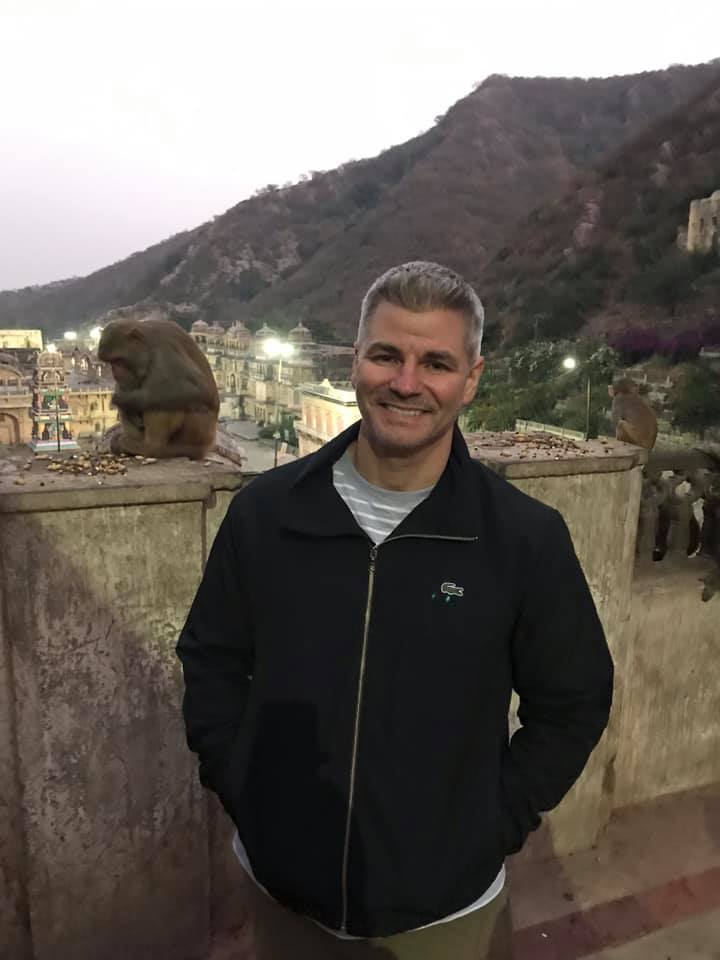
Shopper’s Paradise
If you like to shop, come to Jaipur. Whatever it is you are looking for, you can find here. Especially if textiles and jewelry is on your list. In fact, you can have things handmade just for you and delivered to your hotel by end of day. I had a custom made silk table cloth made and delivered to my hotel in an afternoon from Heritage Textiles. I’d say reserve an entire day to just shop.
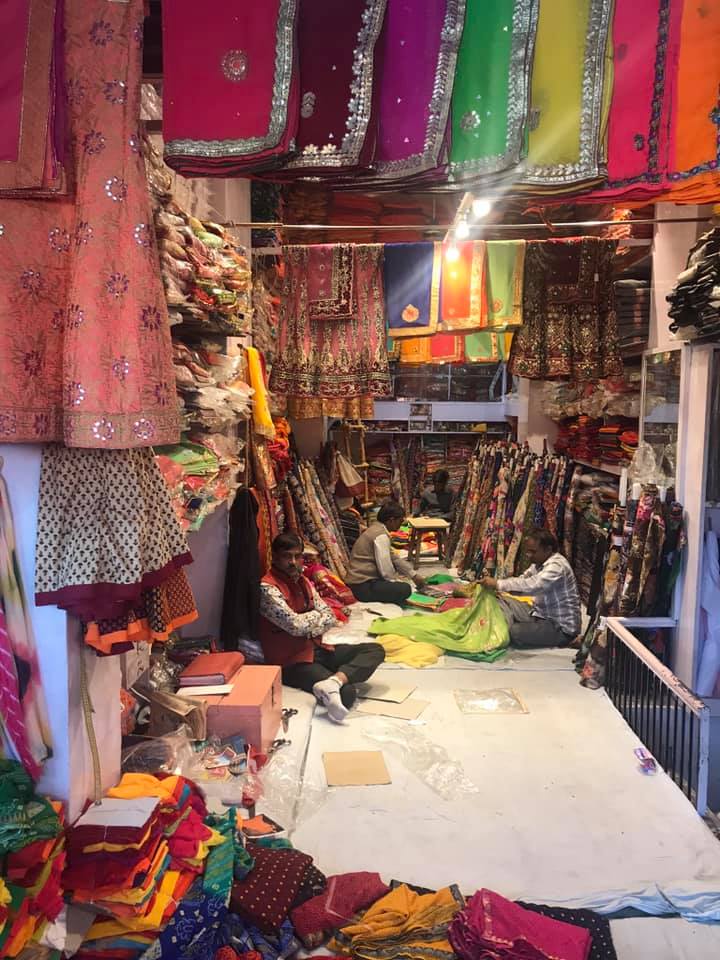
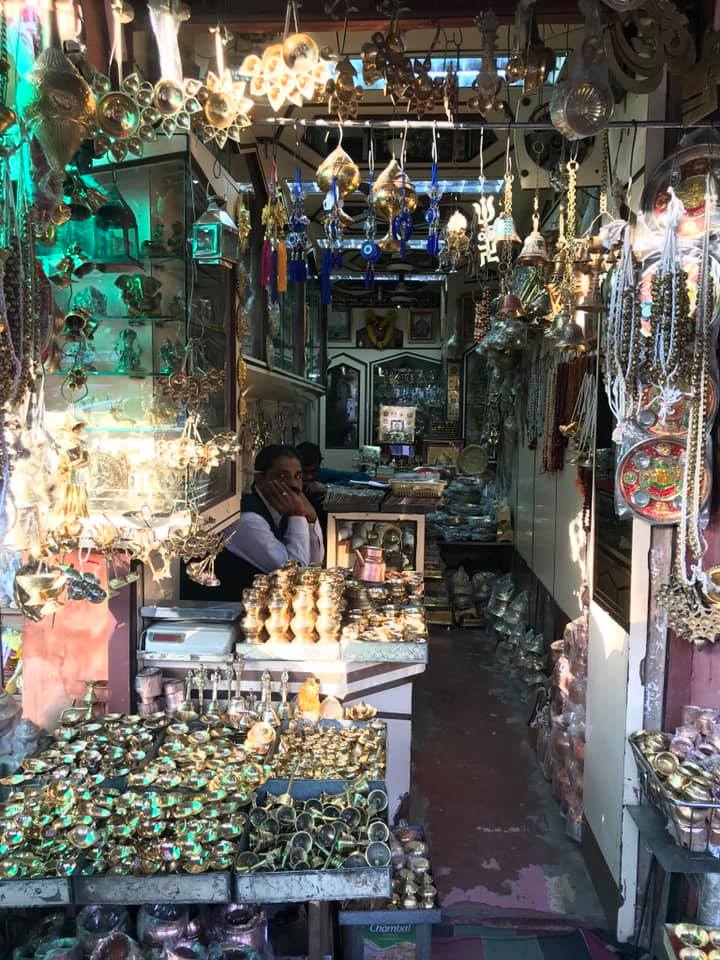
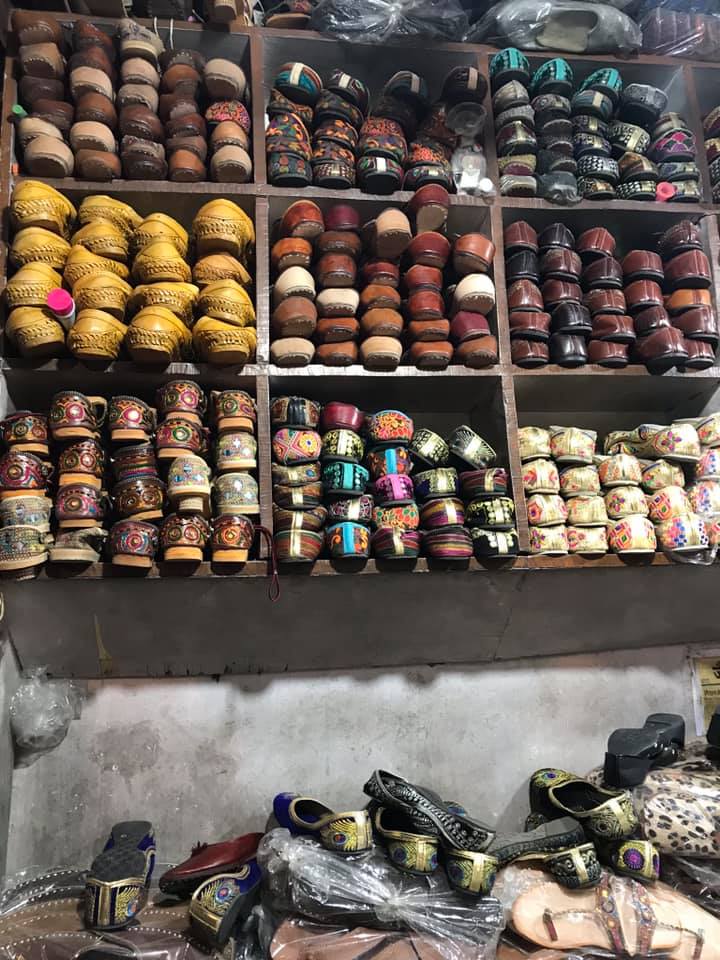
If bazaars are your thing, then you are in luck. Jaipur is full of them. The main bazaar is Bapu Bazaar. Here you can buy inexpensive textiles, clothes, juttis (the traditional Indian slip on), shawls, saris, and accessories. Johari Bazaar is famous for jewelry. In Tripolia Bazaar, Maniharon ka Rasta is the home of lacquer bangles. Here you can also find metal crafts and vintage pieces. Nehru Bazaar is where to go for traditional footwear.
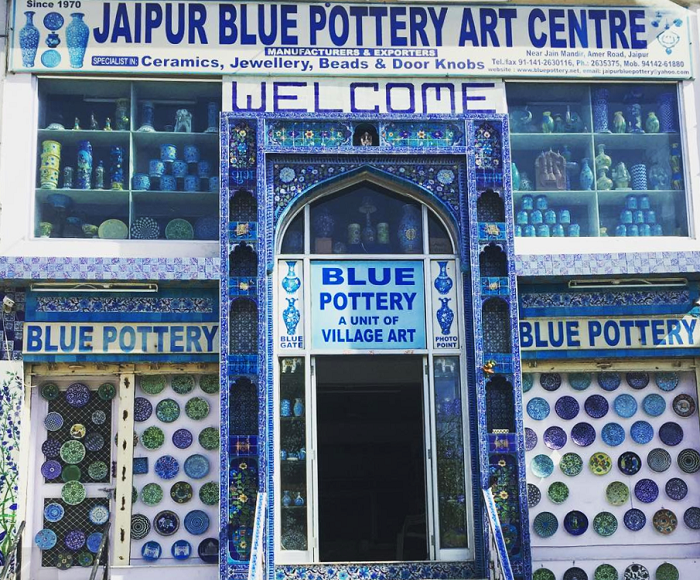
If it is the famous blue pottery that you are after, visit the Jaipur Blue Pottery Art Center.
If you are vising temples or just love flowers, stop by the flower market. This early morning market starts at 6:00 a.m. and is held inside the Old City’s Chandi ki Taksal Gate. You will find sacks of bright marigolds and roses. and as decorations for weddings. Combine your visit with the neighboring fruit and vegetable market as well. If it’s a Saturday, the Hatwara flea market pops up there too and is delightfully free of tourists
Stay and Dine
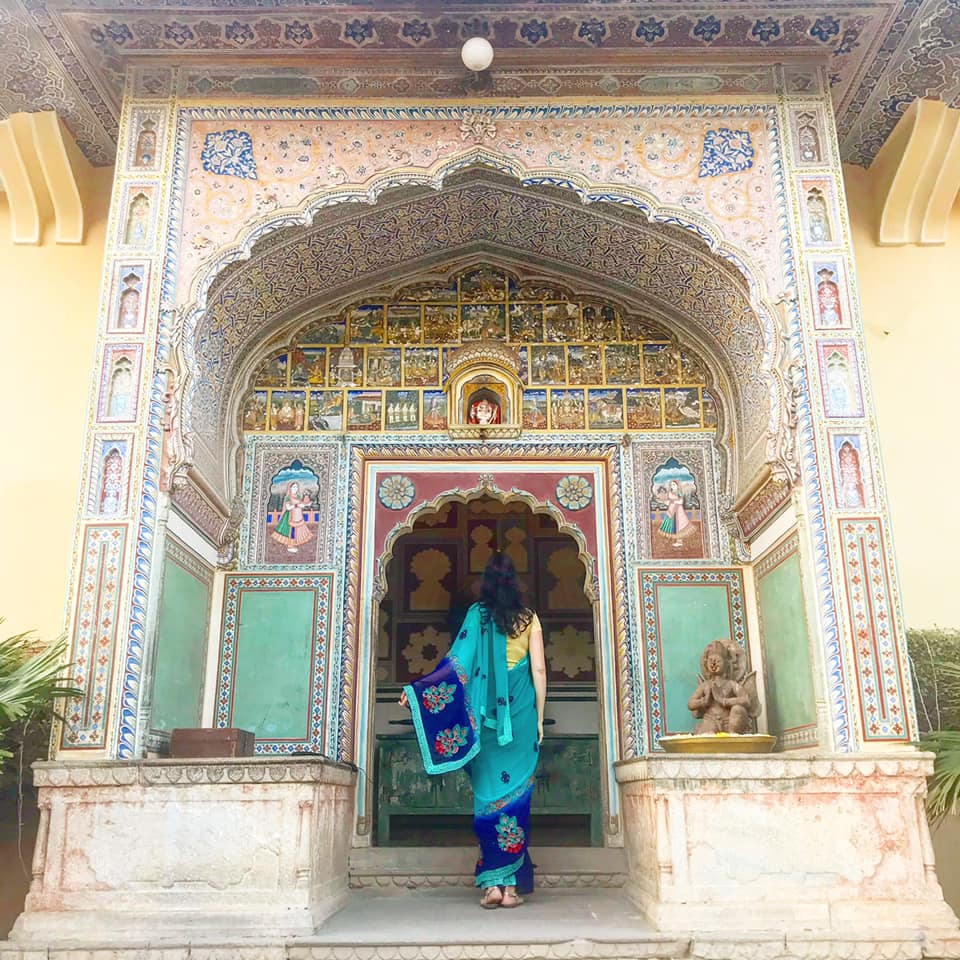
Jaipur is a huge city so the options for accommodations are plenty, from budget to luxury. But, I think it is a nice unique experience to book a palace Hotel or a heritage hotel. I mean, who doesn’t want to stay in a palace? So that is what we did. We chose a suite at the beautiful Samode Haveli. The grounds are immaculate and beautiful. The common areas are truly spectacular. And, breakfast was fantastic!
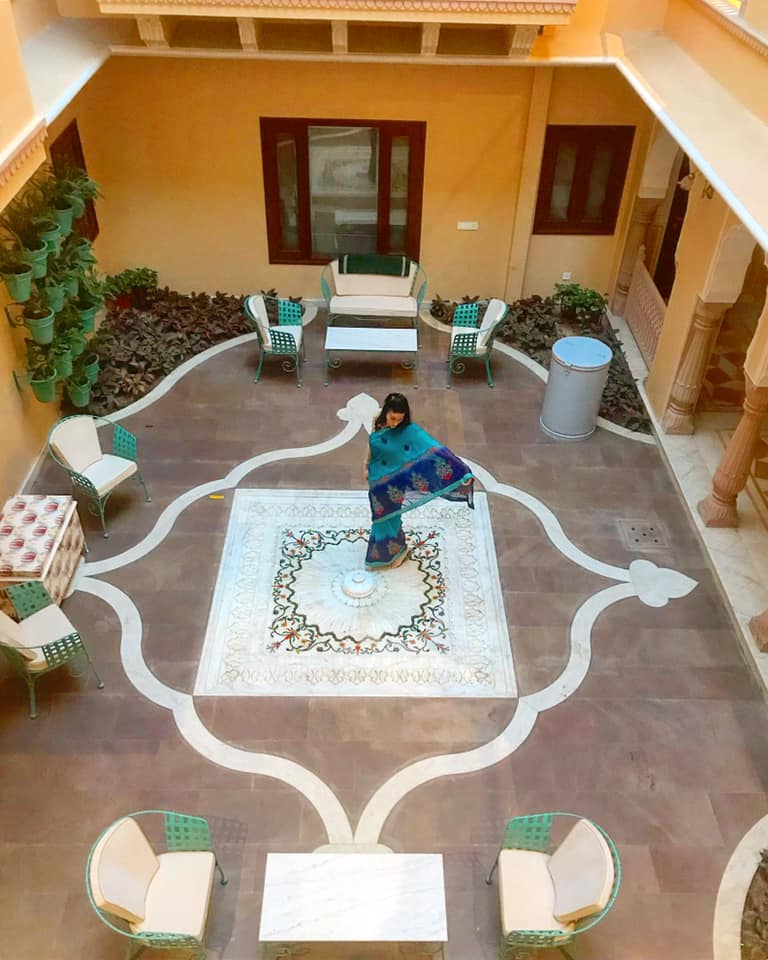

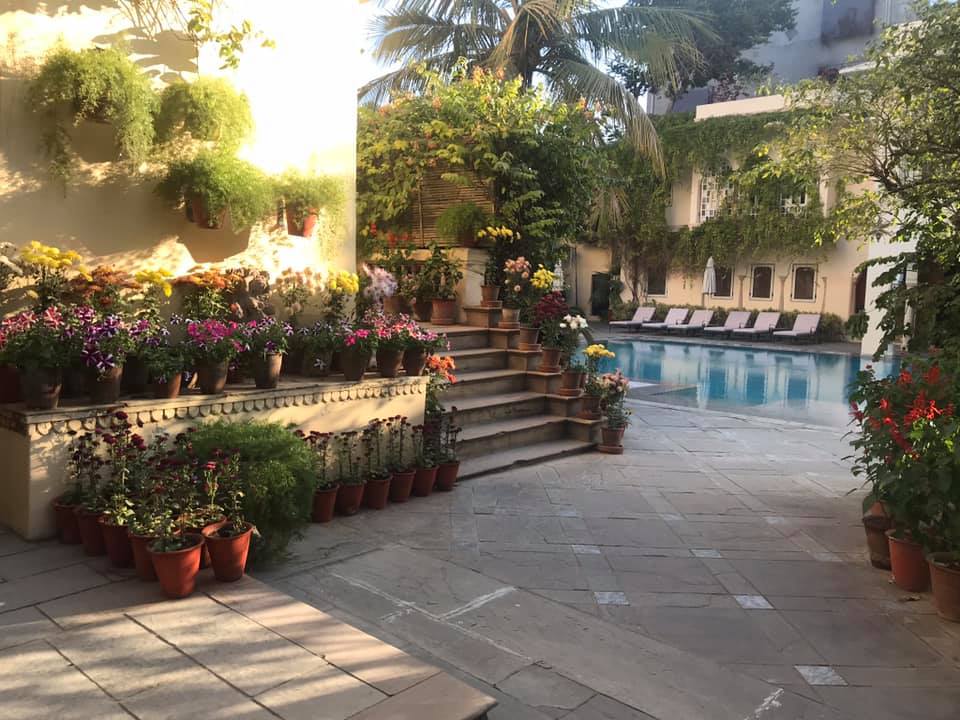
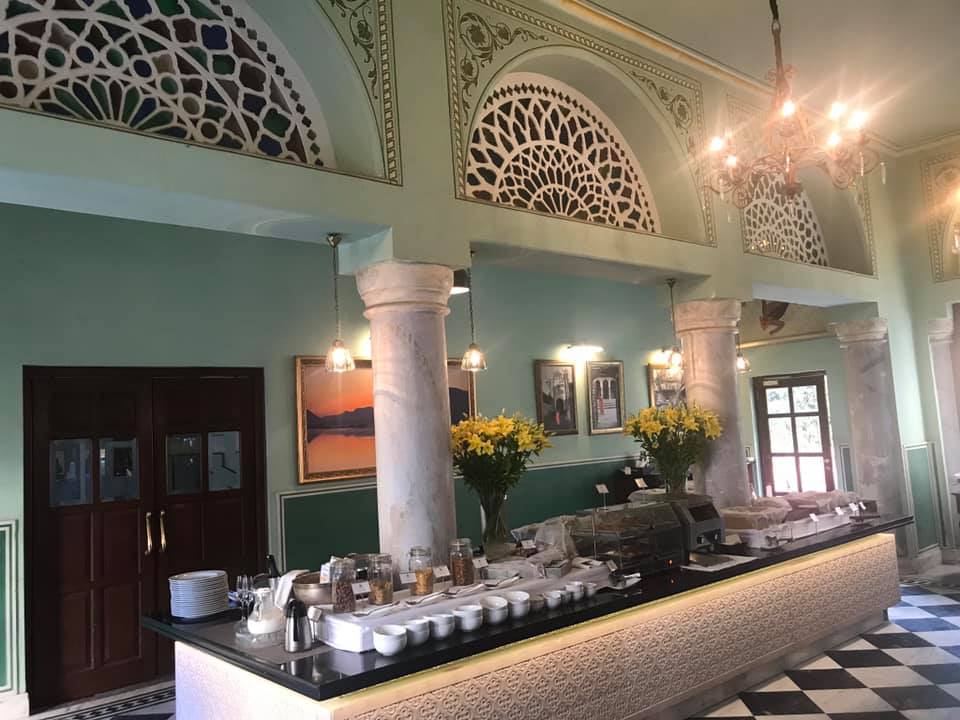
Another cool experience we had in Jaipur was a cooking class. We prepared and ate a beautiful meal with a lovely Indian family. Also, while in India, you must try Indian chai masala tea, and Jaipur is as good a place as any to give this sweet, spicy, creamy tea a try.
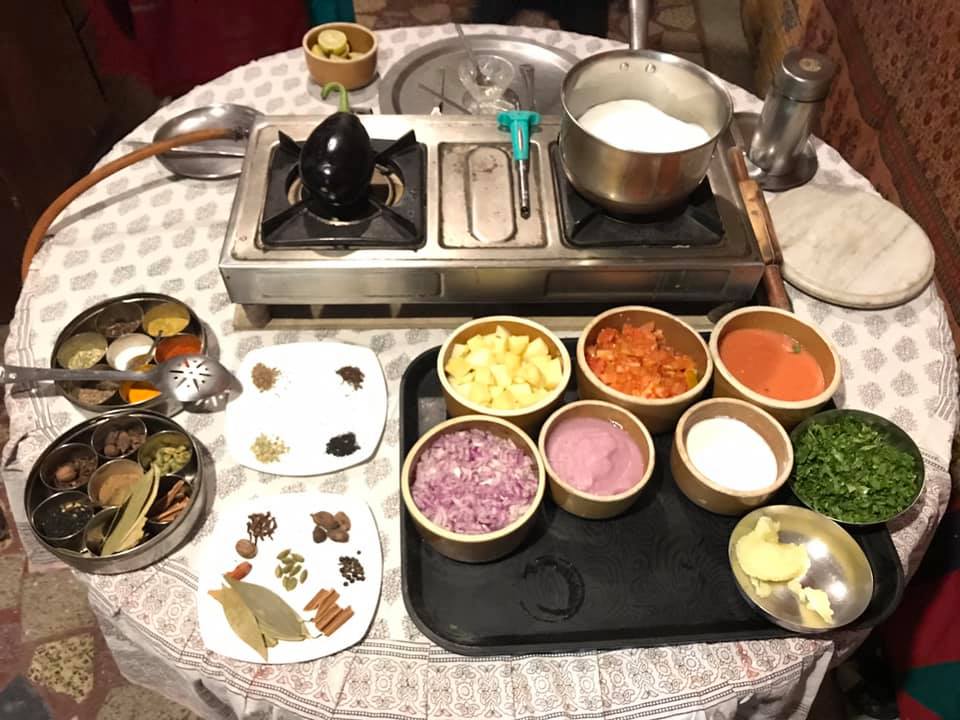
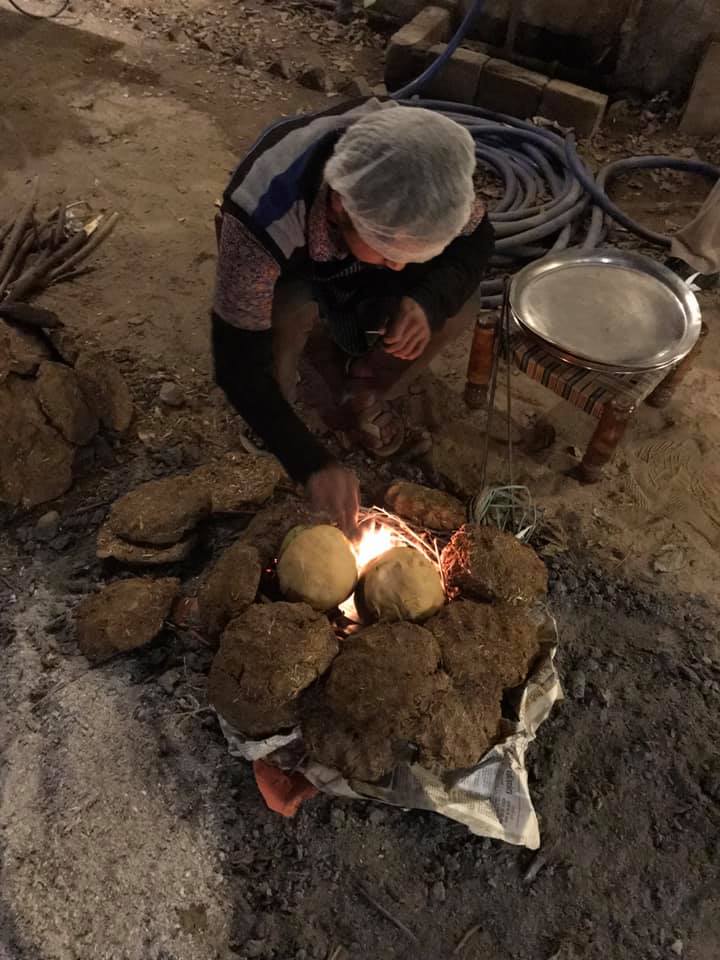
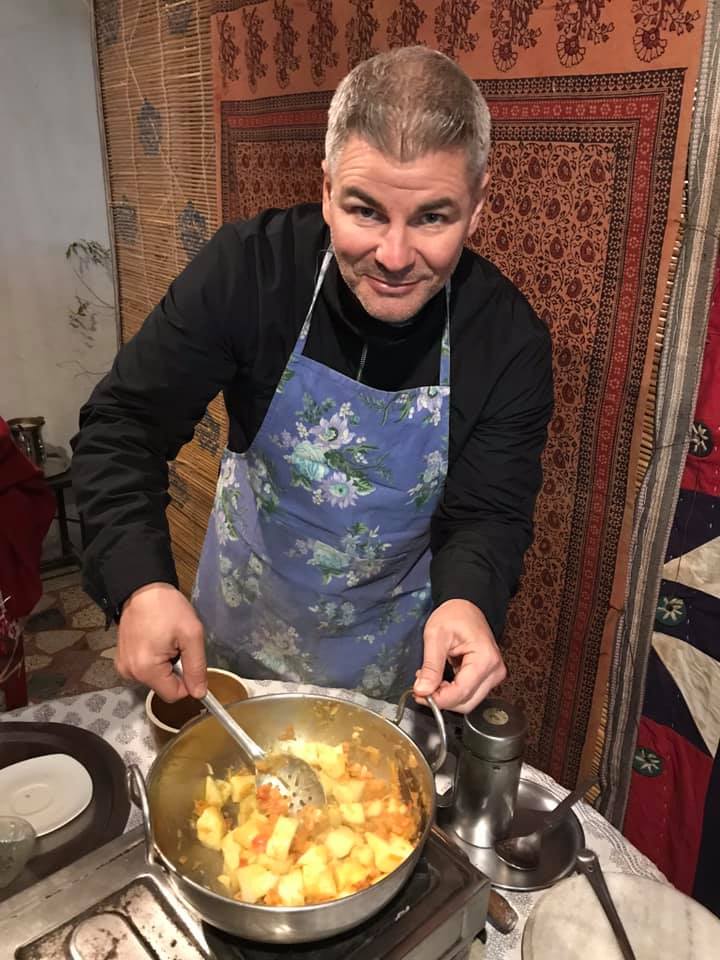
If you are brave, and Chad was, there is a street food tour that we took. It was actually pretty interesting. I stuck to the fried foods. Chad just ate everything. Neither of us got sick. The nice thing about this tour is that all the vendors that they visit are vetted, so that makes you feel a little better. However, I will say that one vendor had an interesting way of serving his samples. He had a stack of books, and he would just tear pages out of the book, drop your food sample on it, and hand it over.
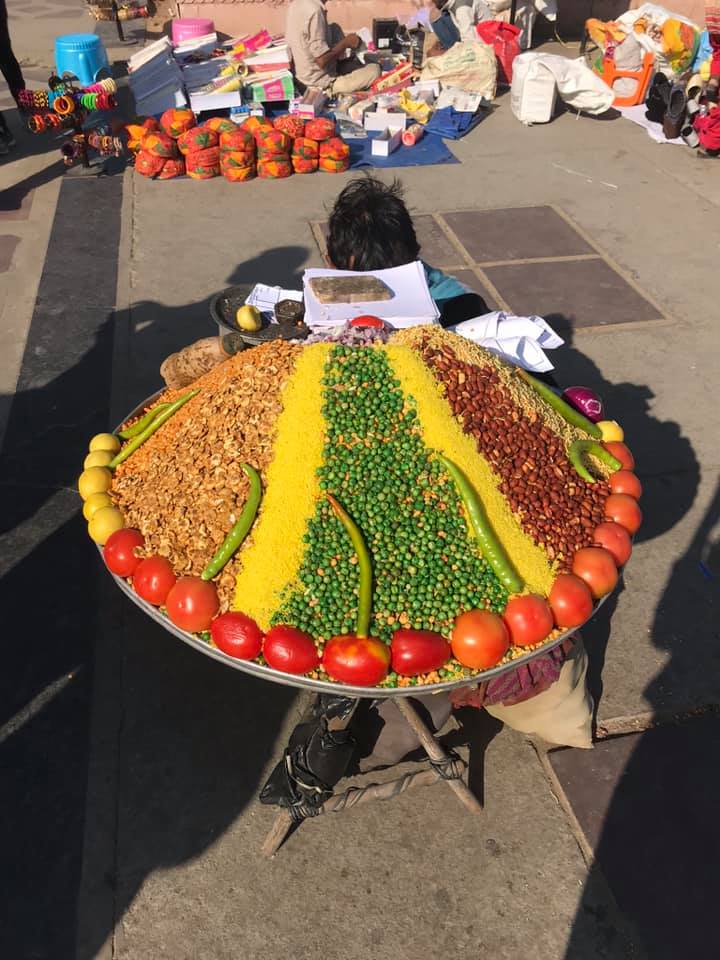
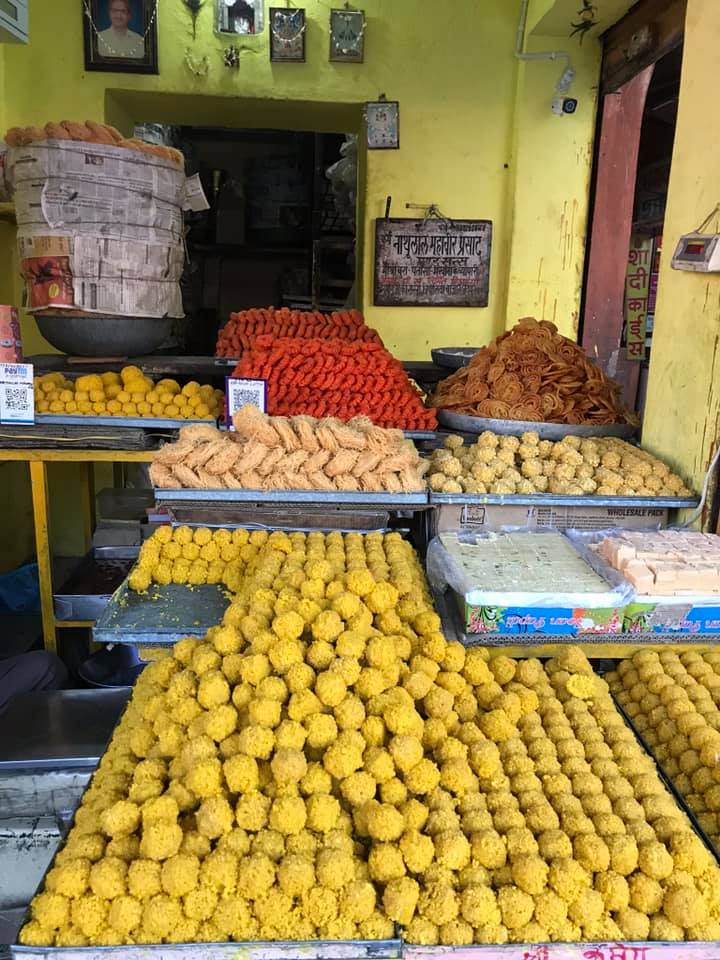
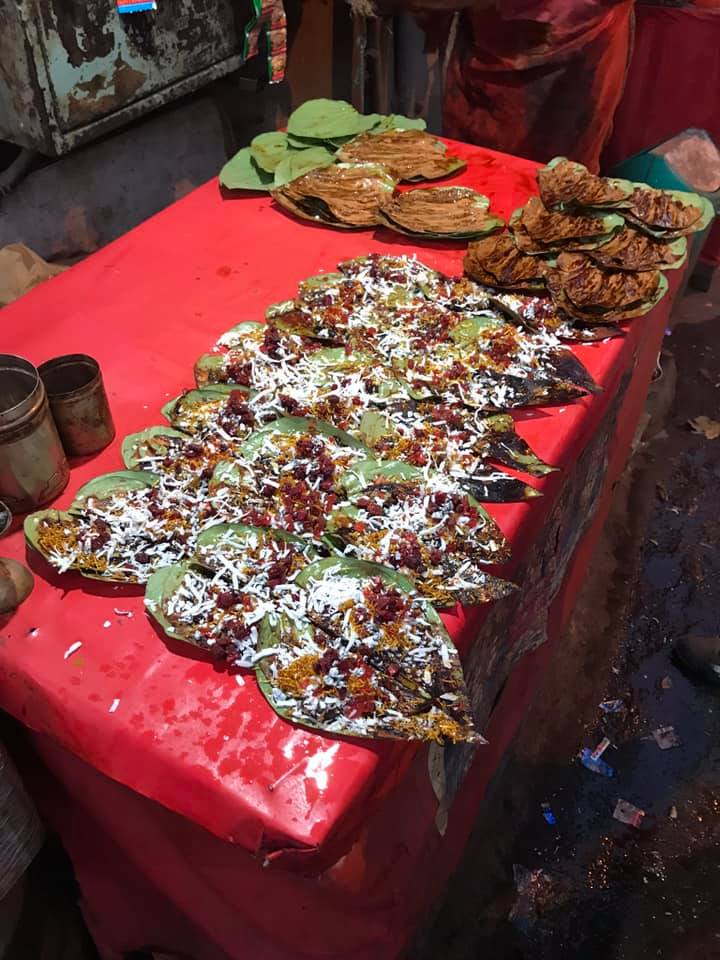
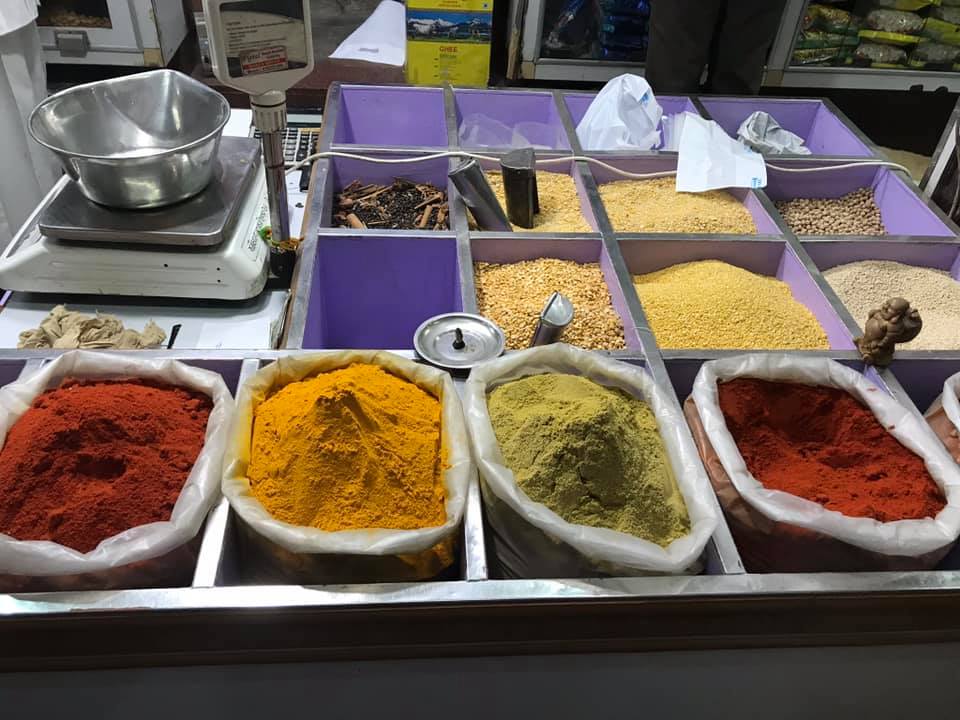
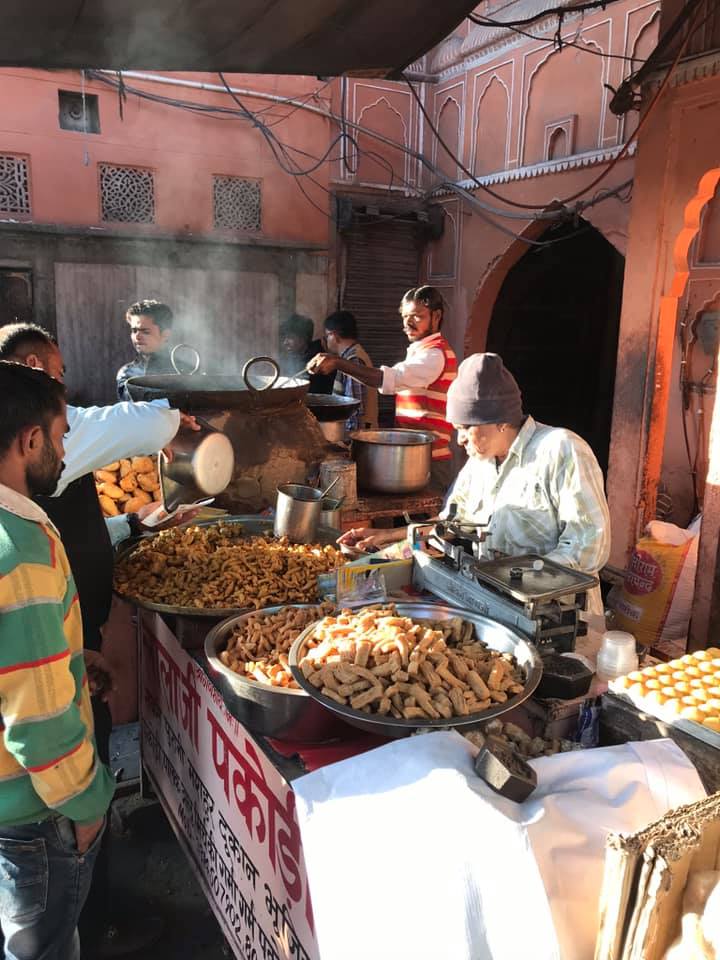
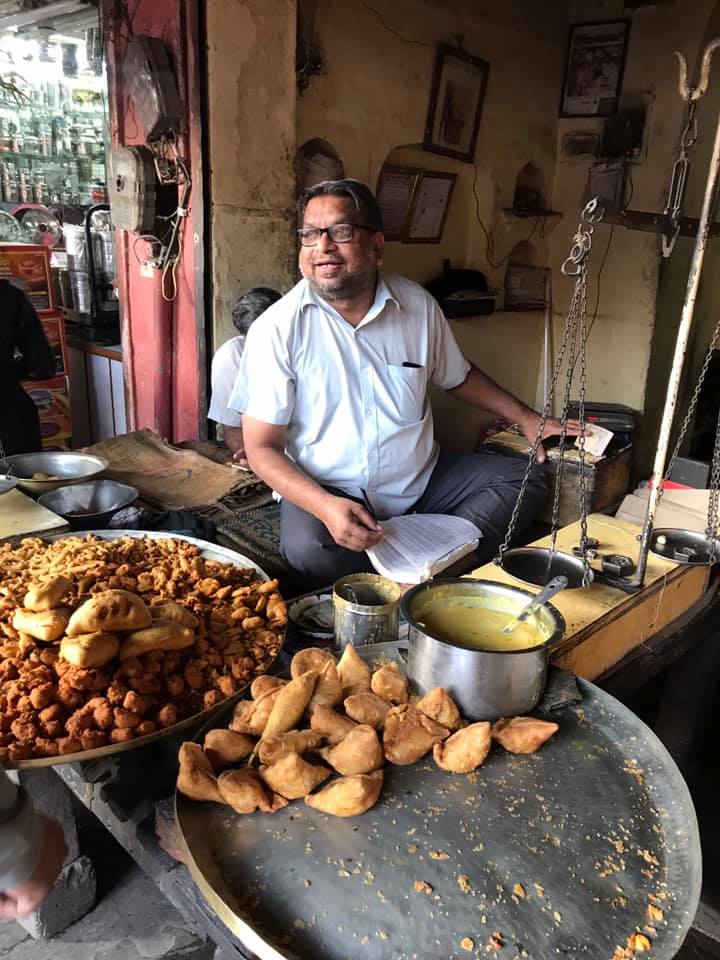
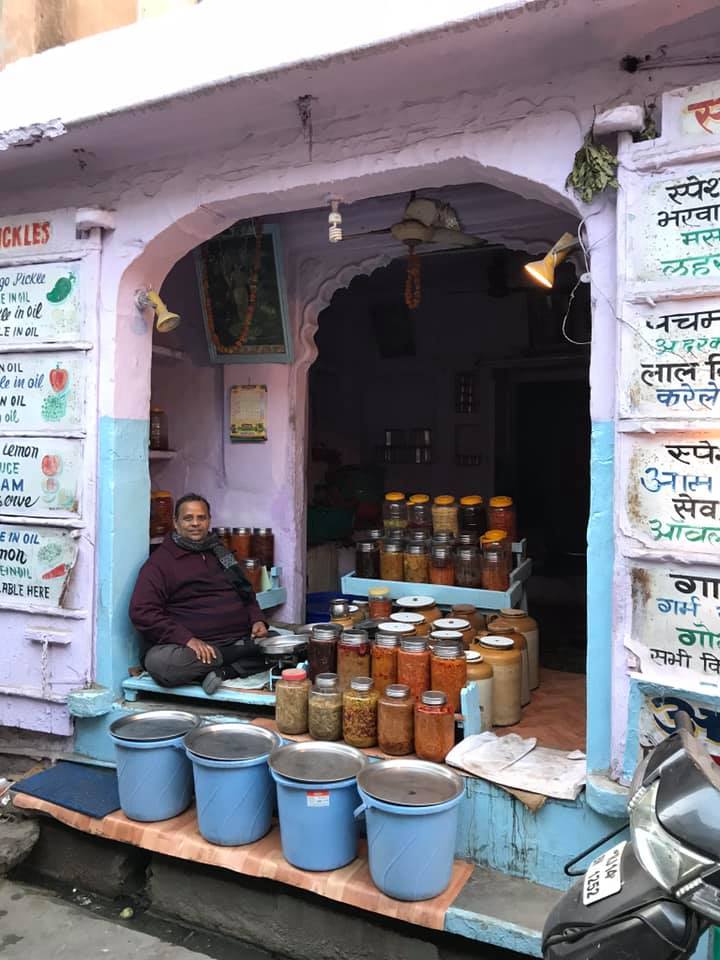
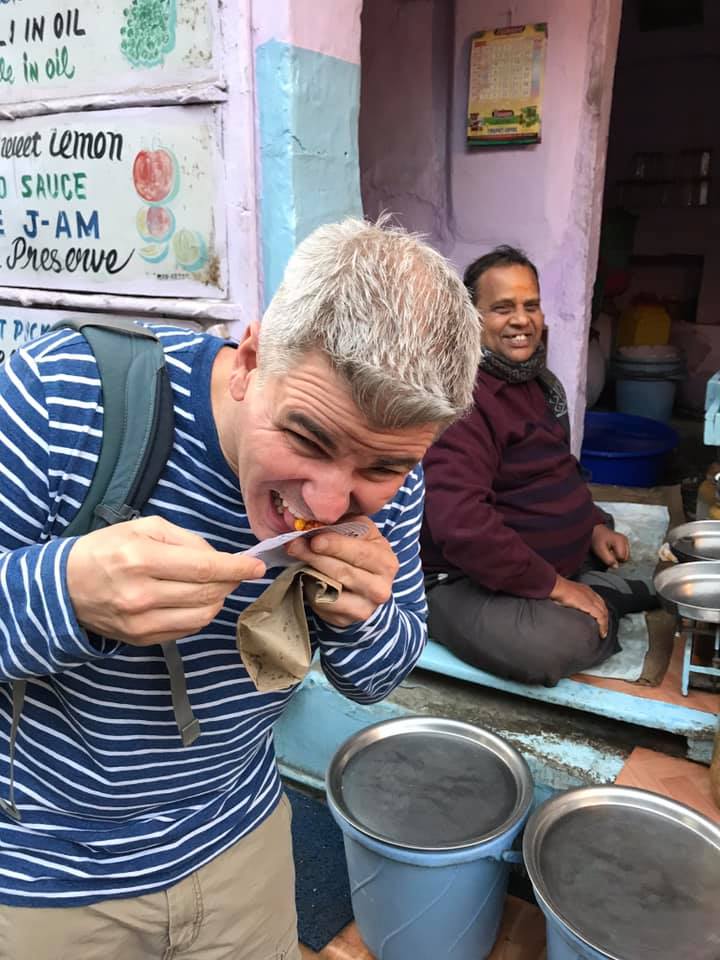
If you want to take a break from Indian cuisine, try Bar Palladio. It is Jaipur’s most photogenic bar. It serves Italian fare in a beautiful indoor/outdoor setting. The food is actually fantastic, and I had a cool rose tea there that was to die for!
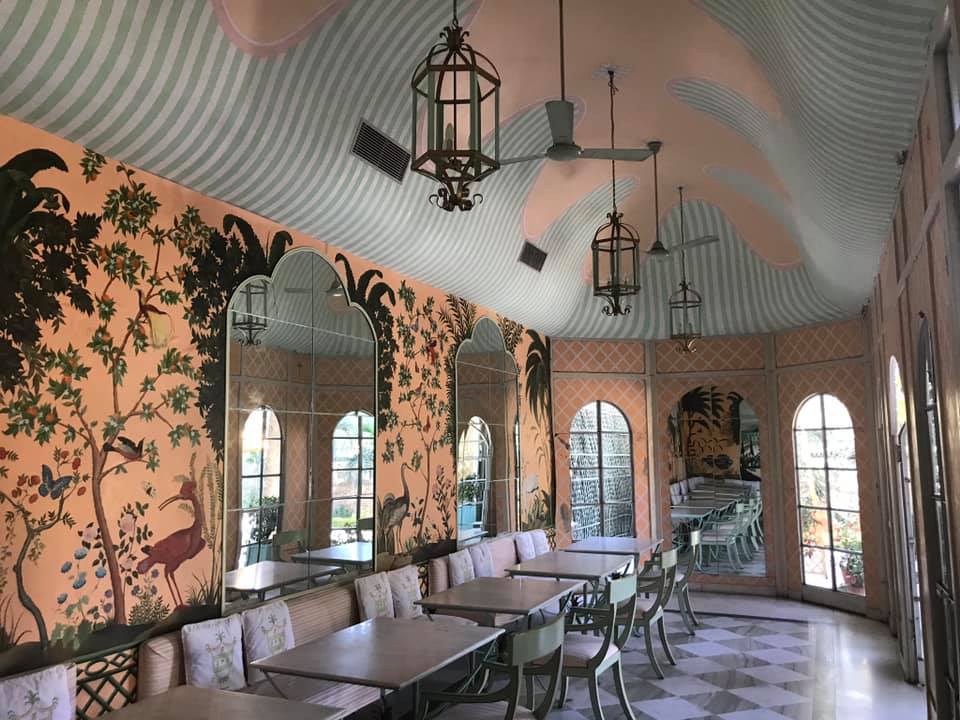
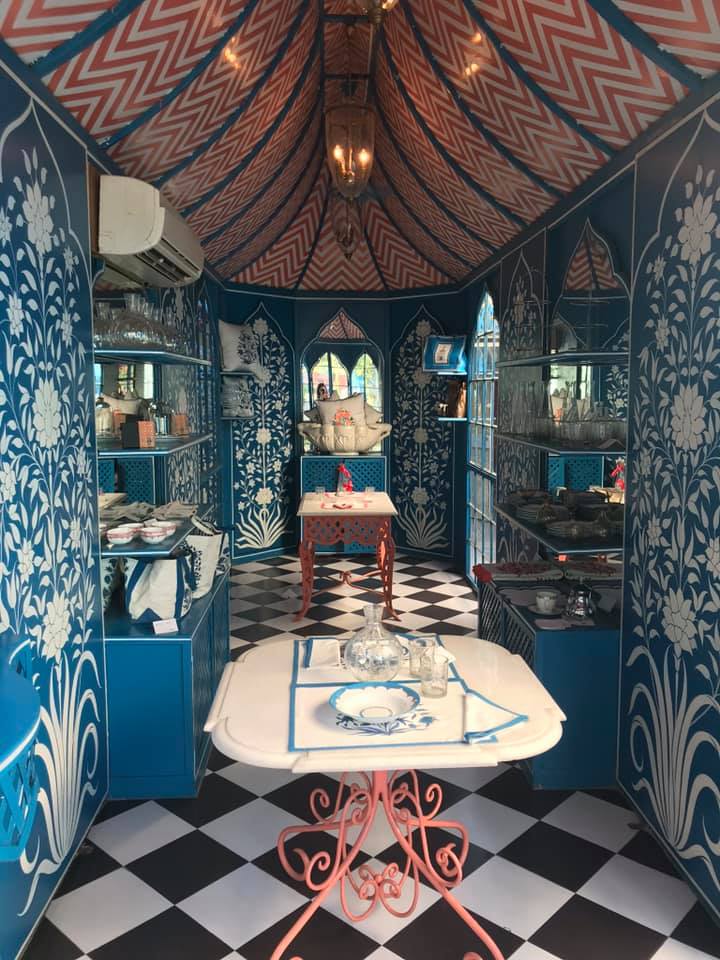
India as a whole is an assault on the senses, and Jaipur is the perfect place to dip into the culture. There are historical sites to visit, tons of things to buy, and some great little gastronomic treats as well. I don’t think any itinerary to Northern India would be complete without a stop in Jaipur!
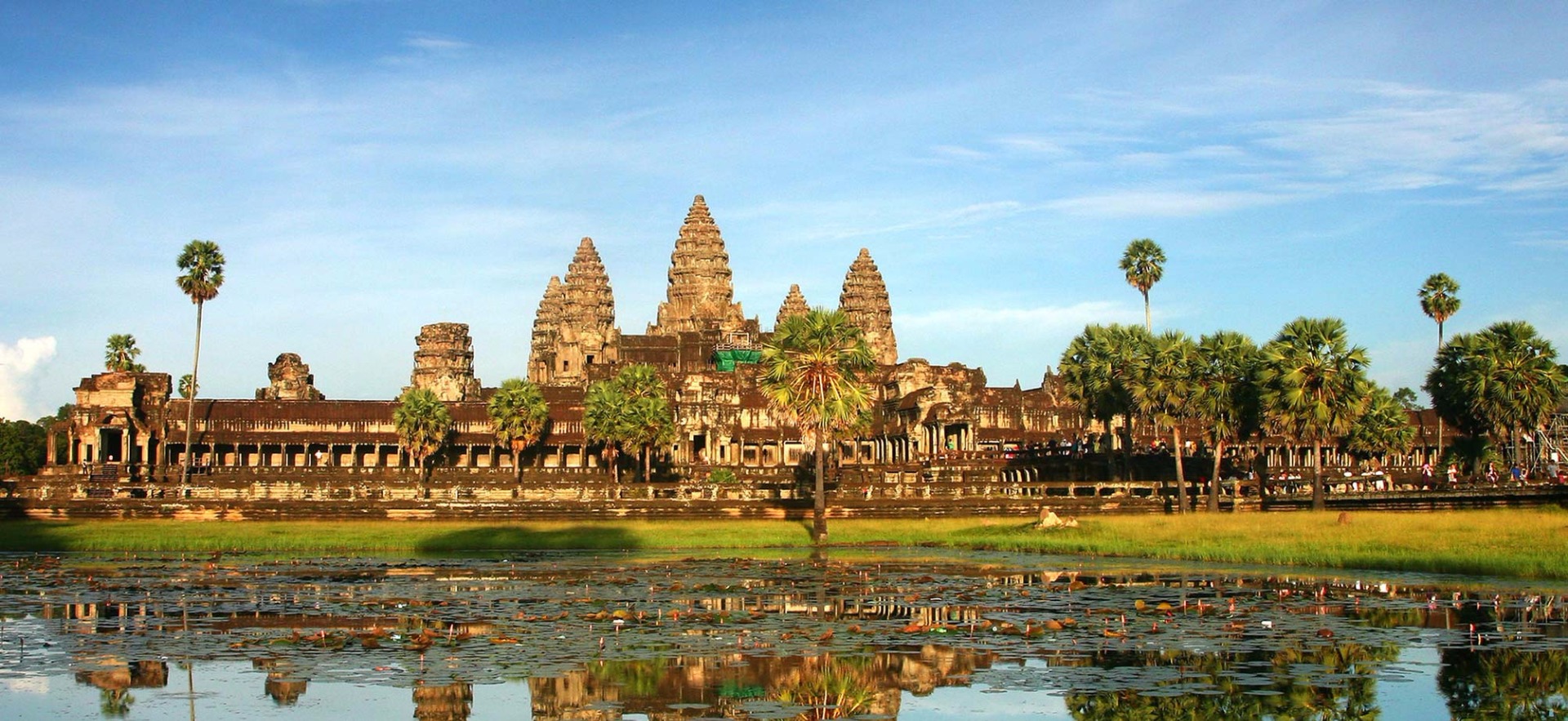
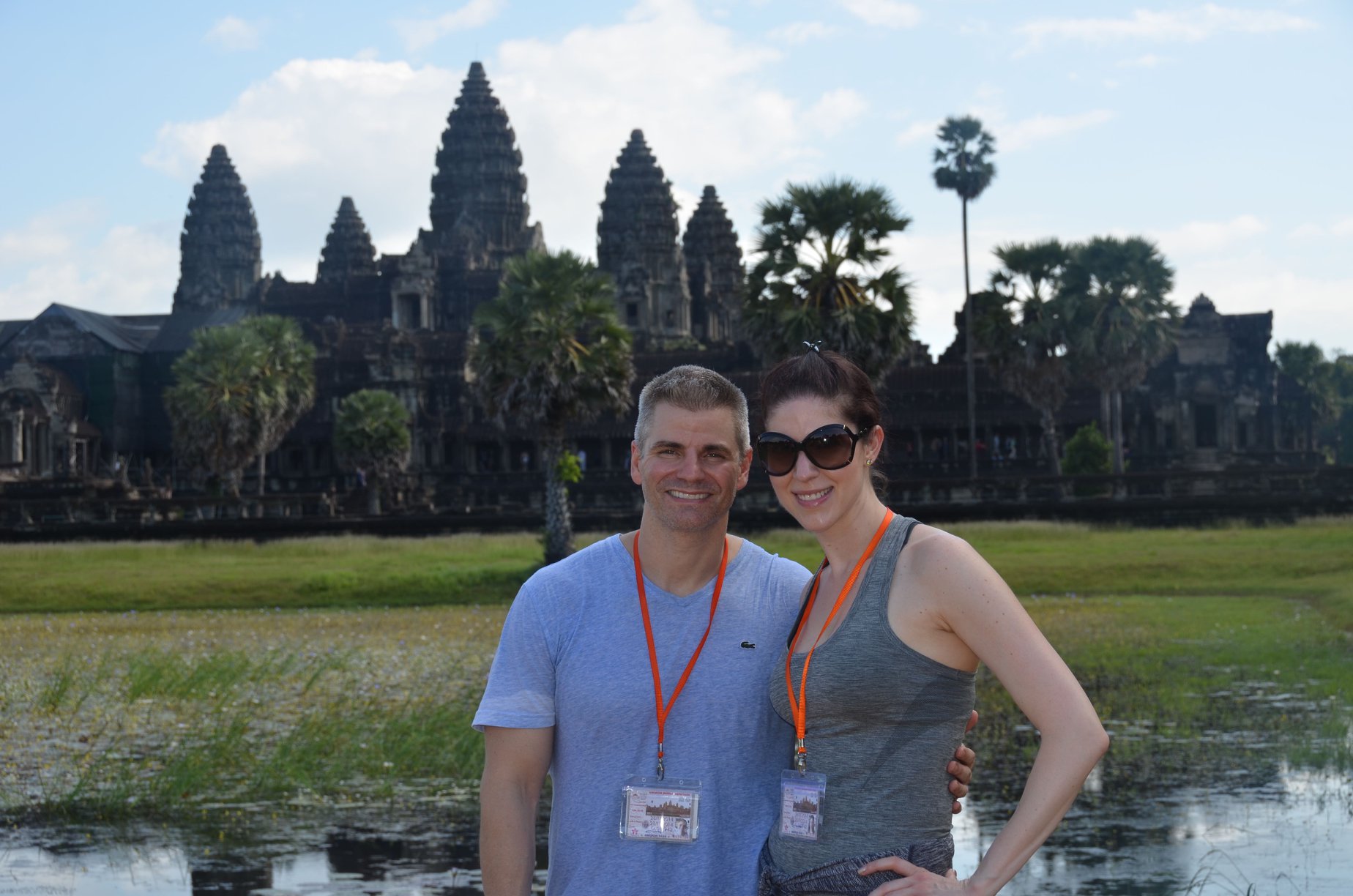
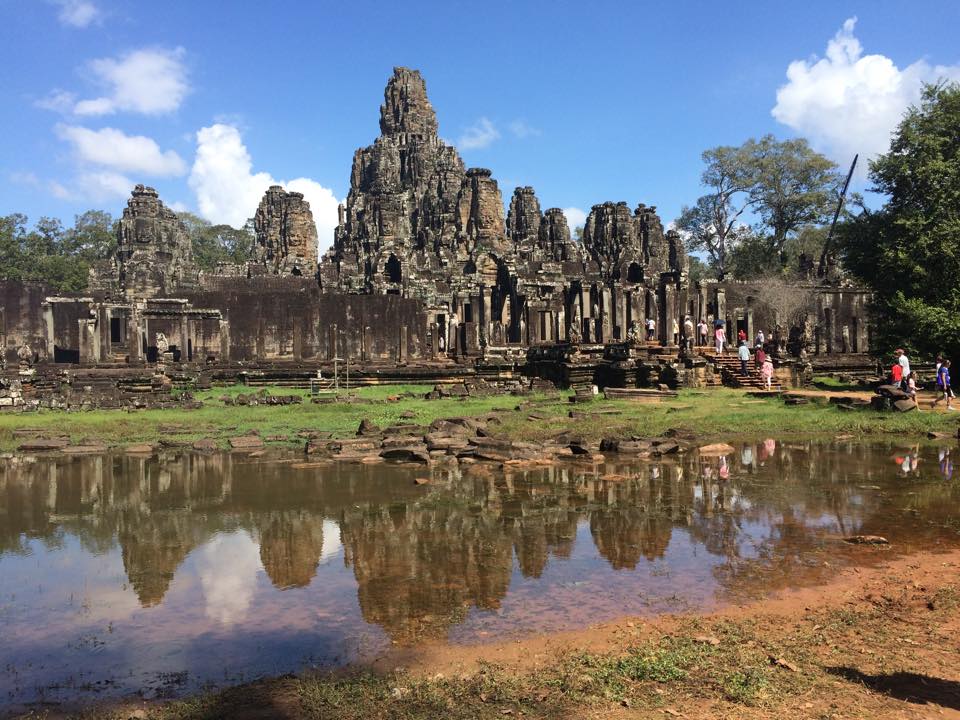
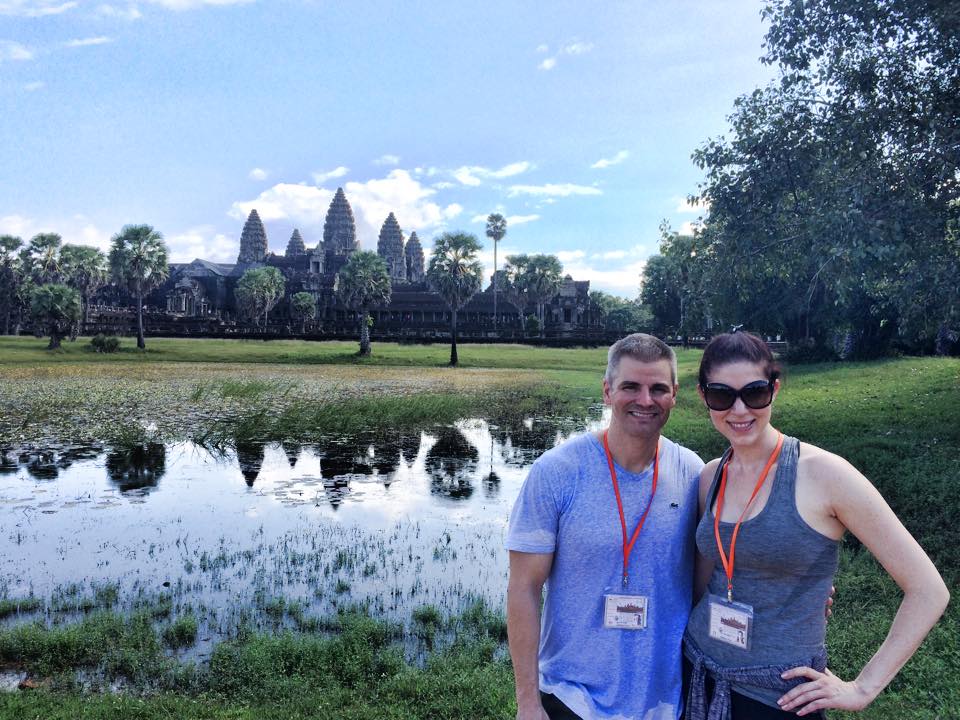
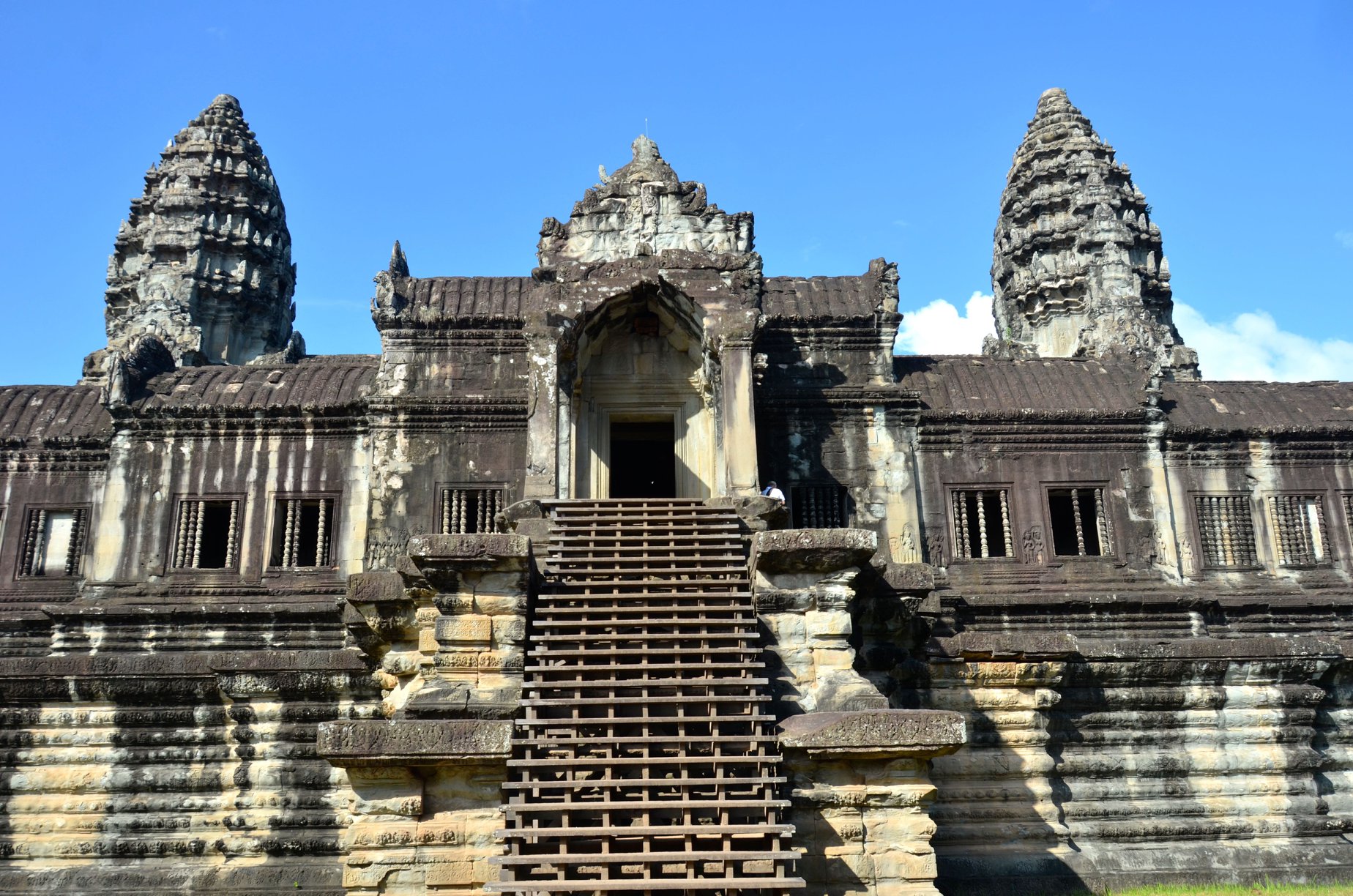
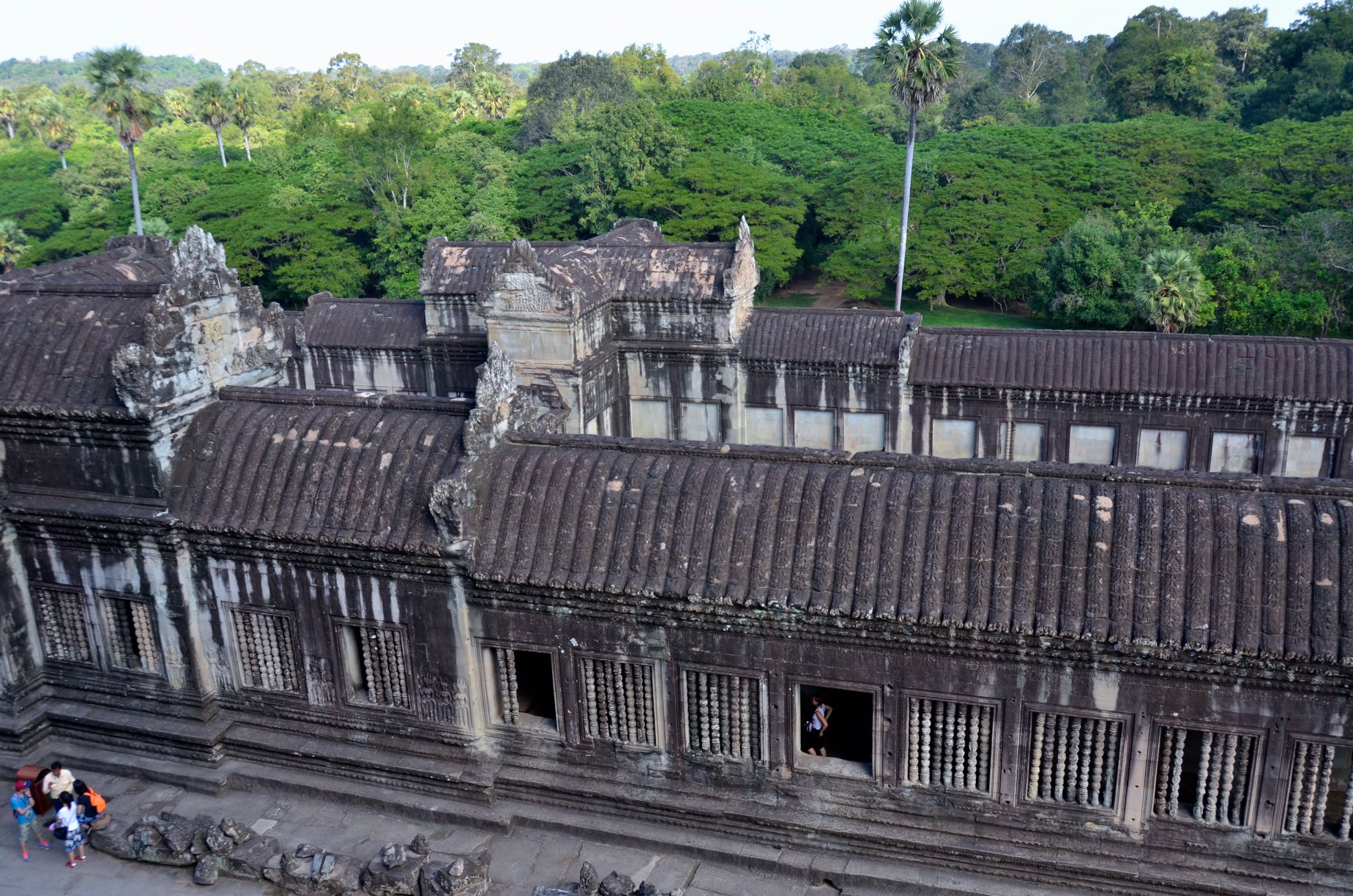
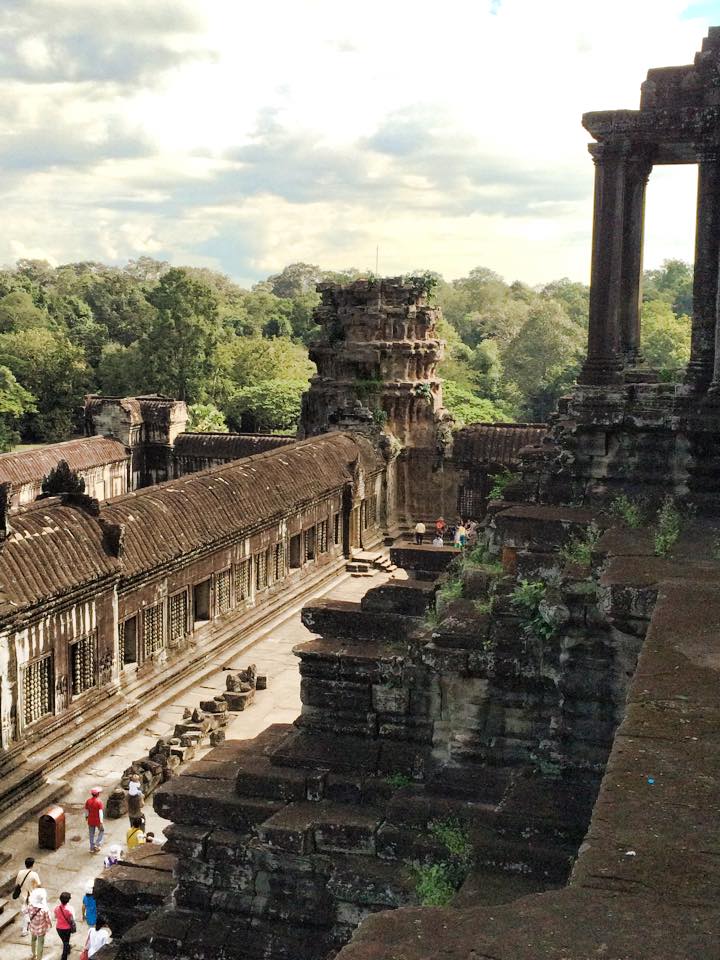
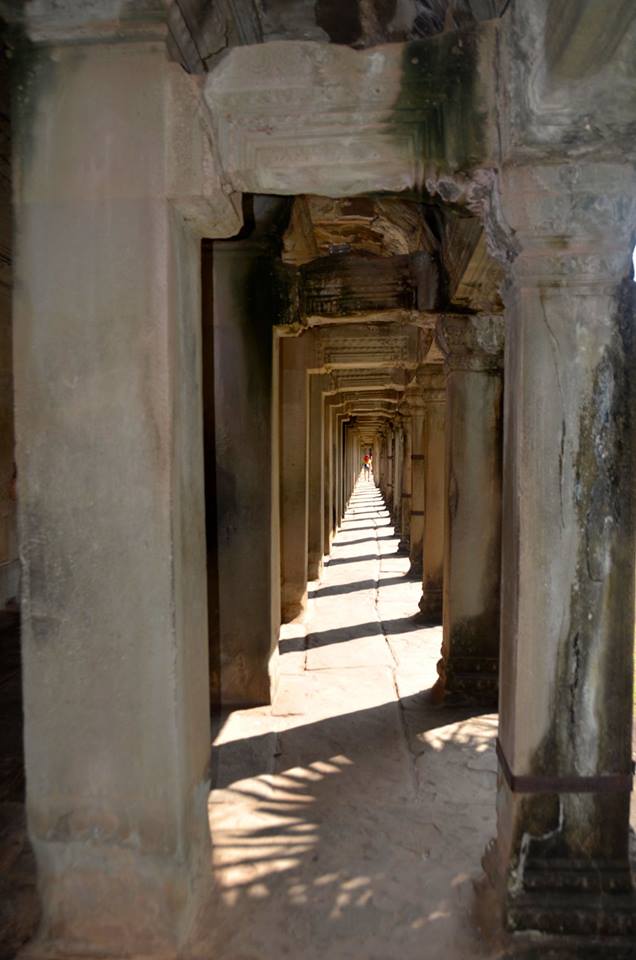
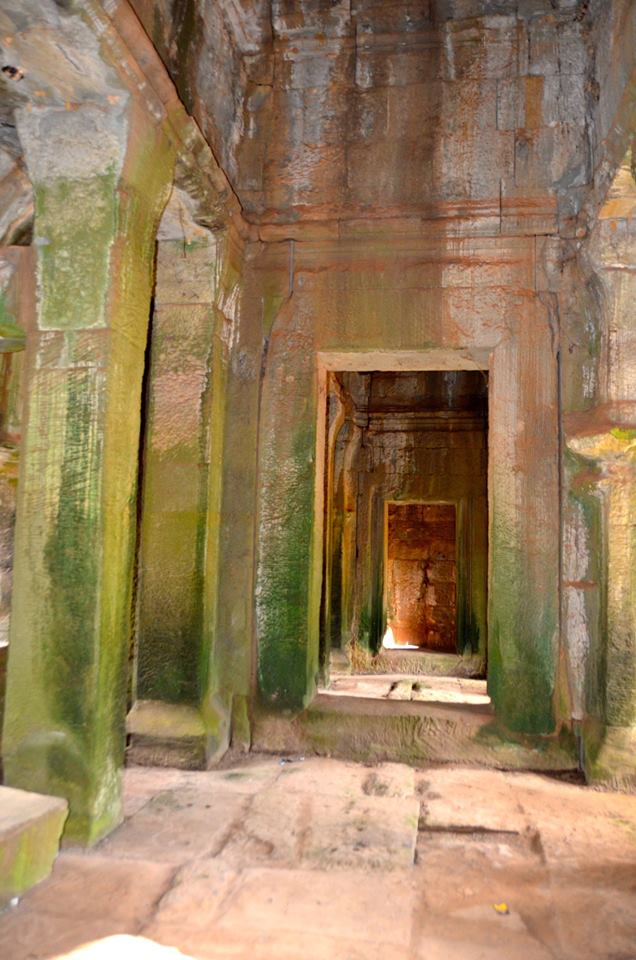
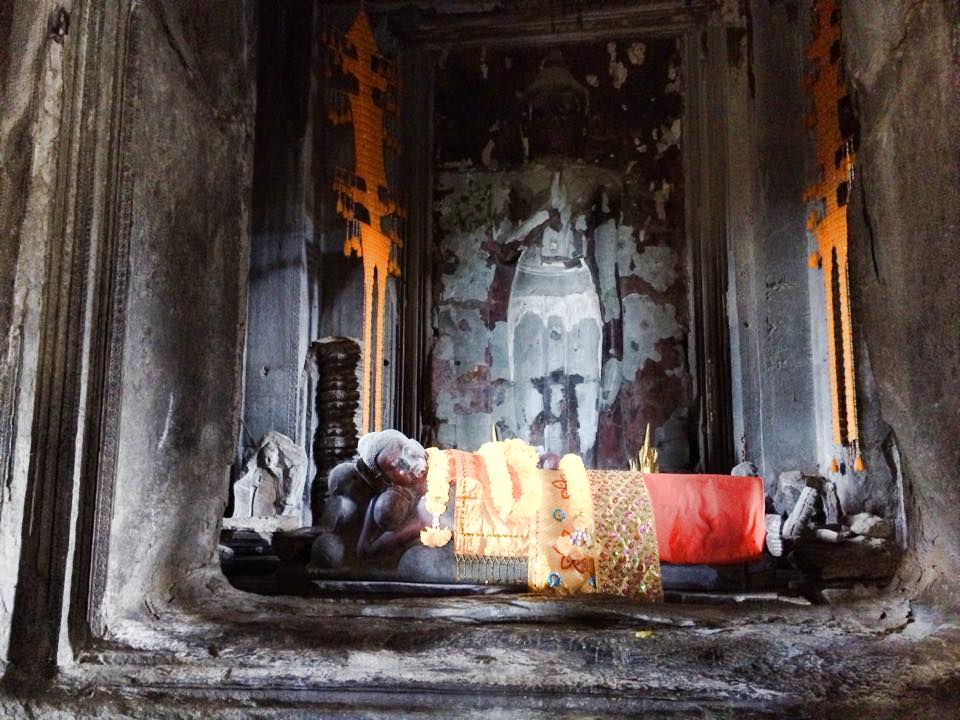
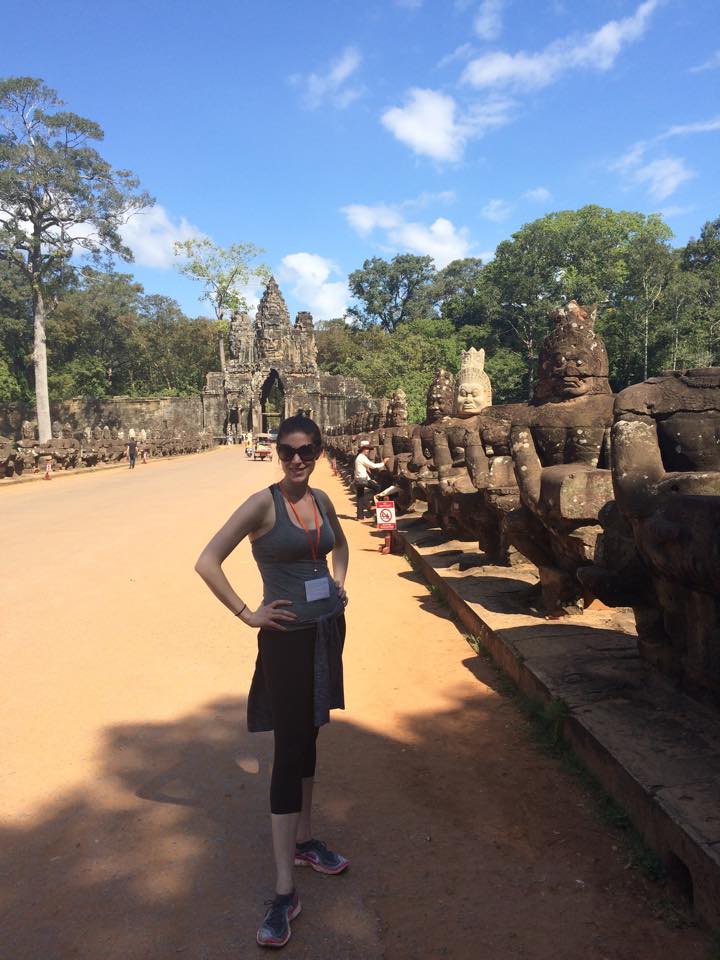
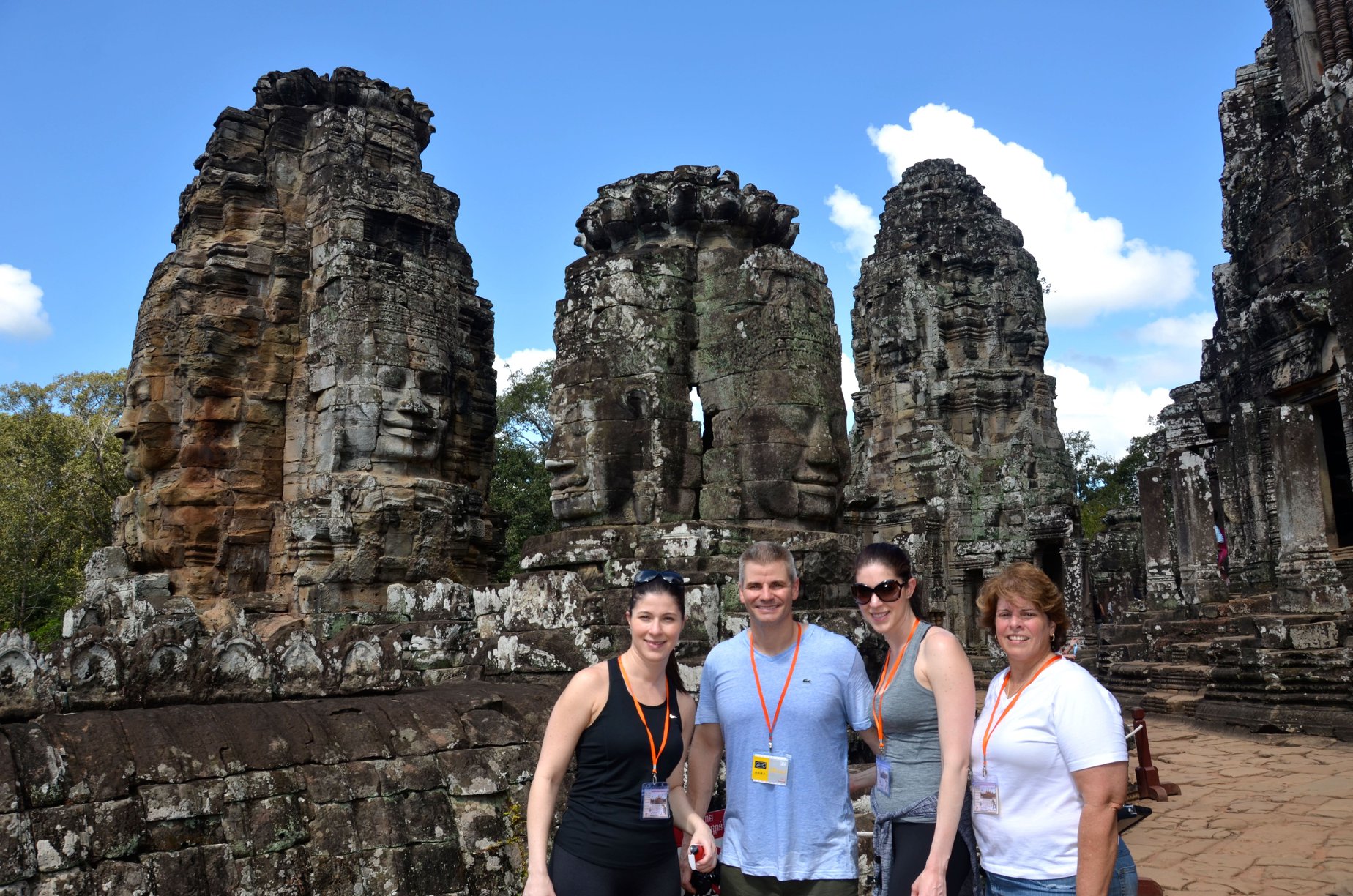
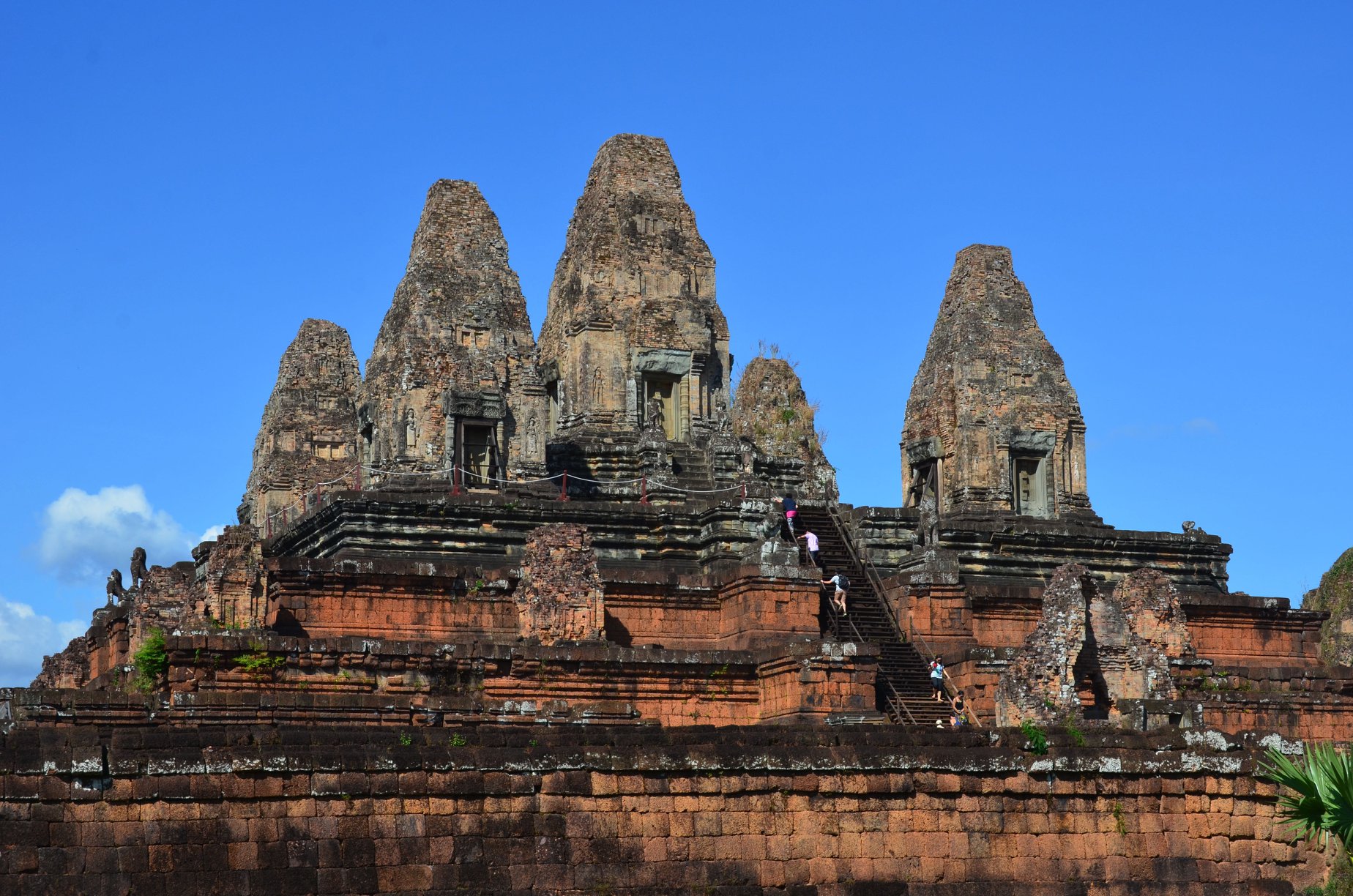
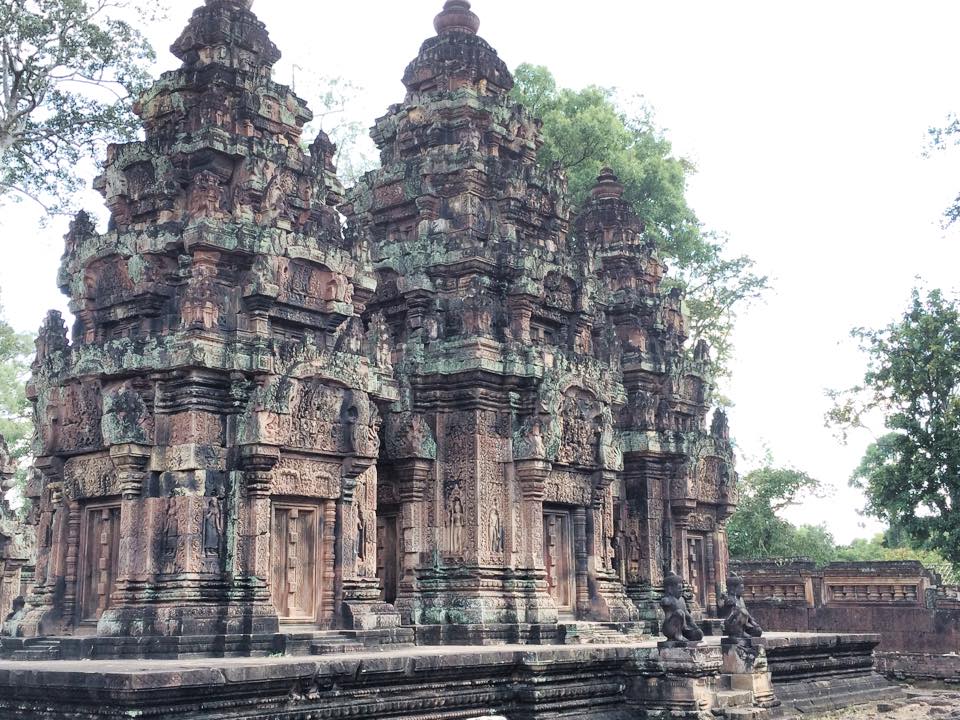
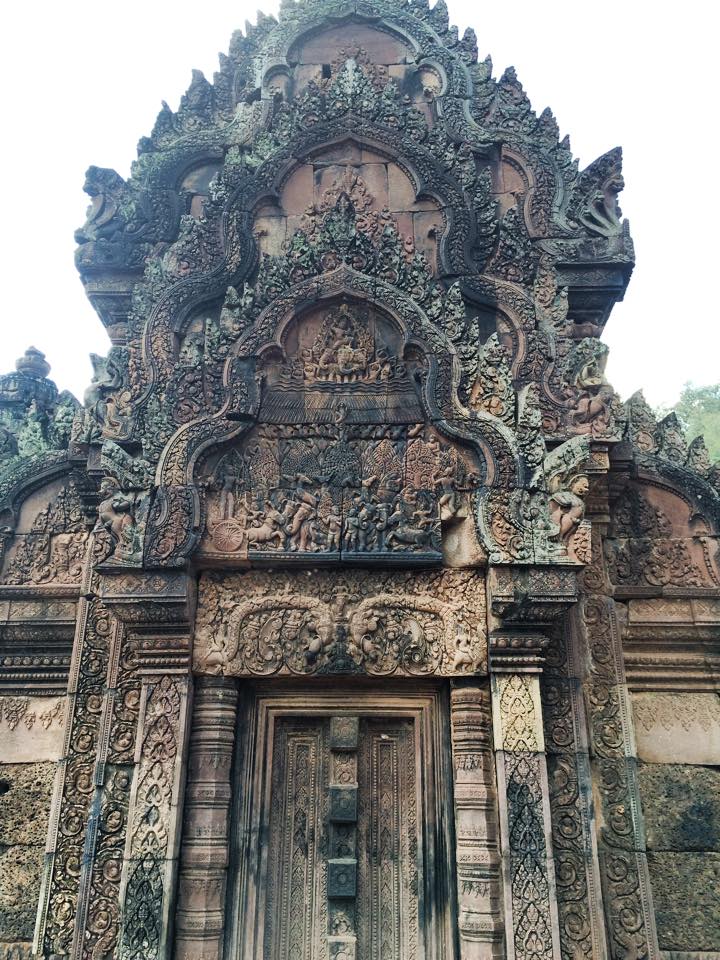
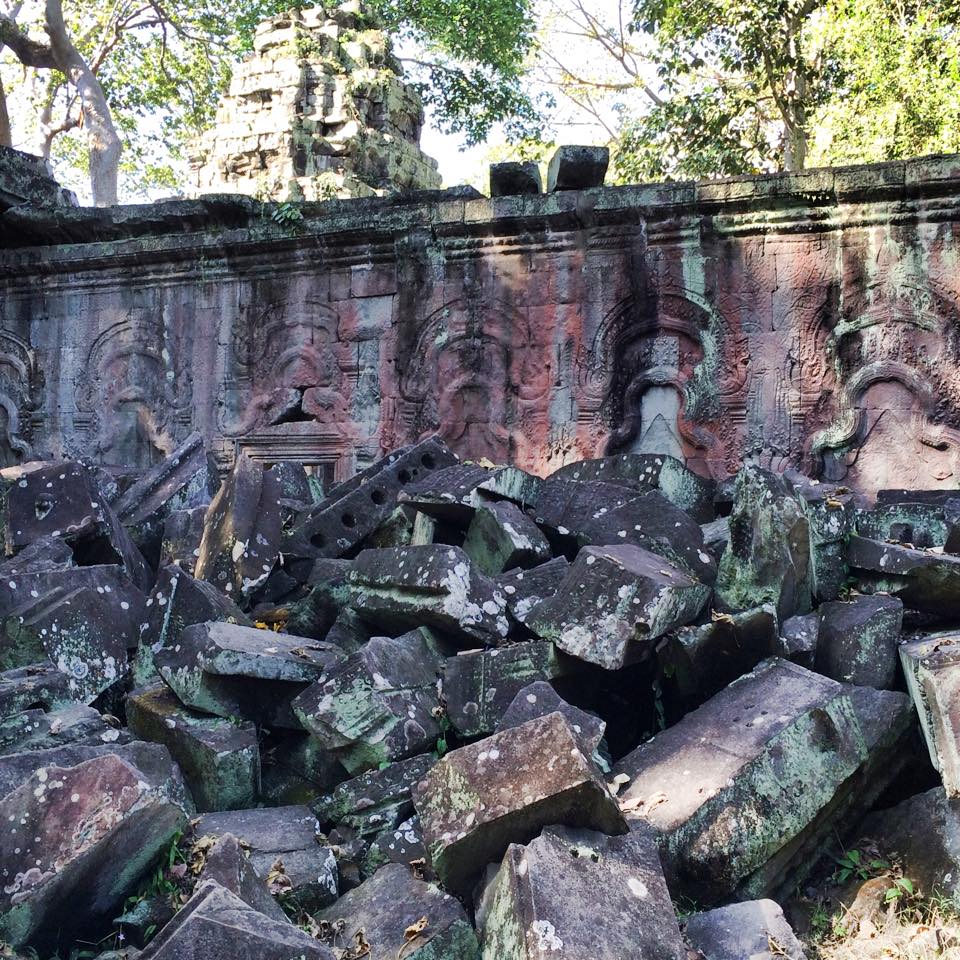
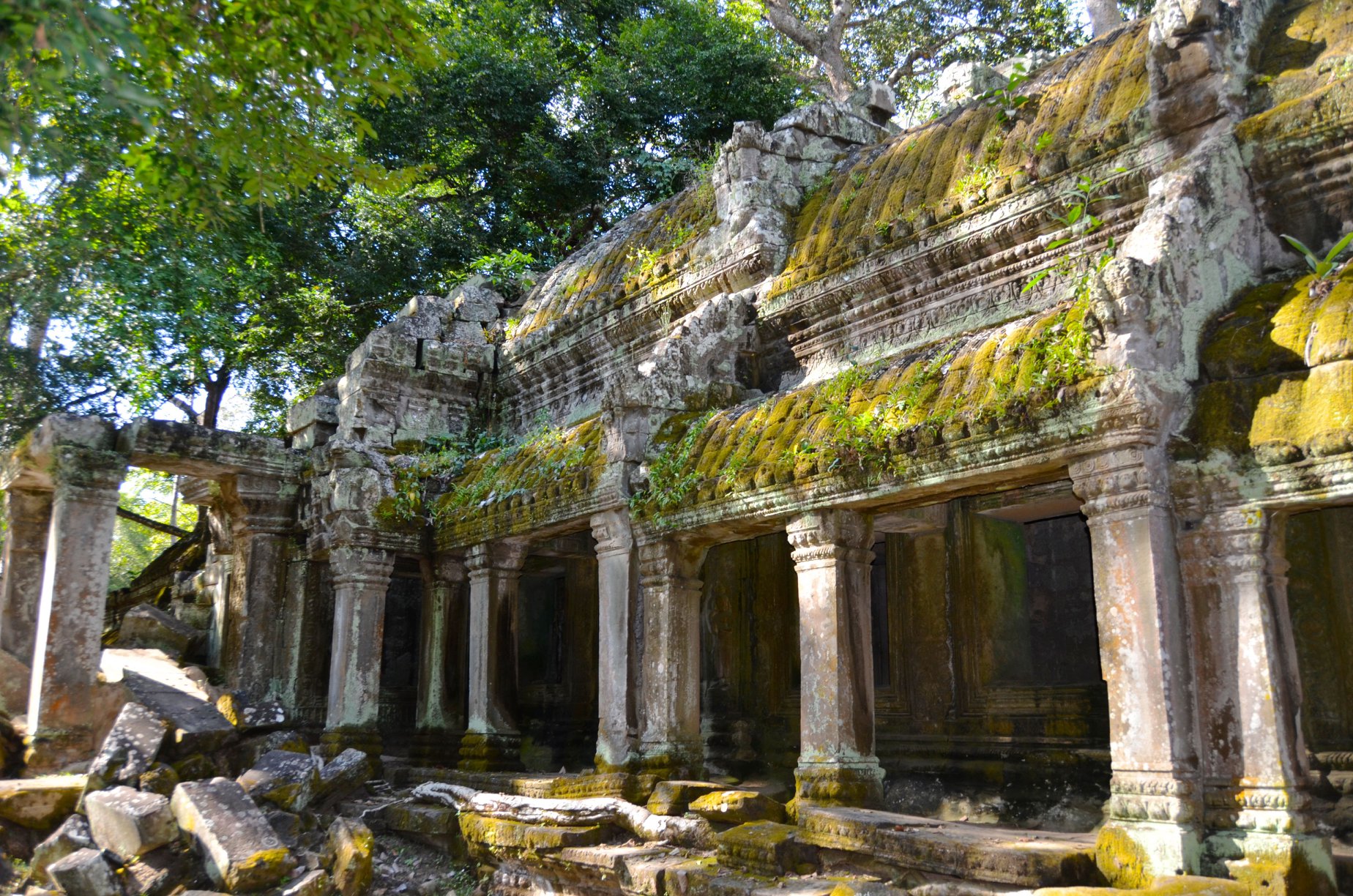
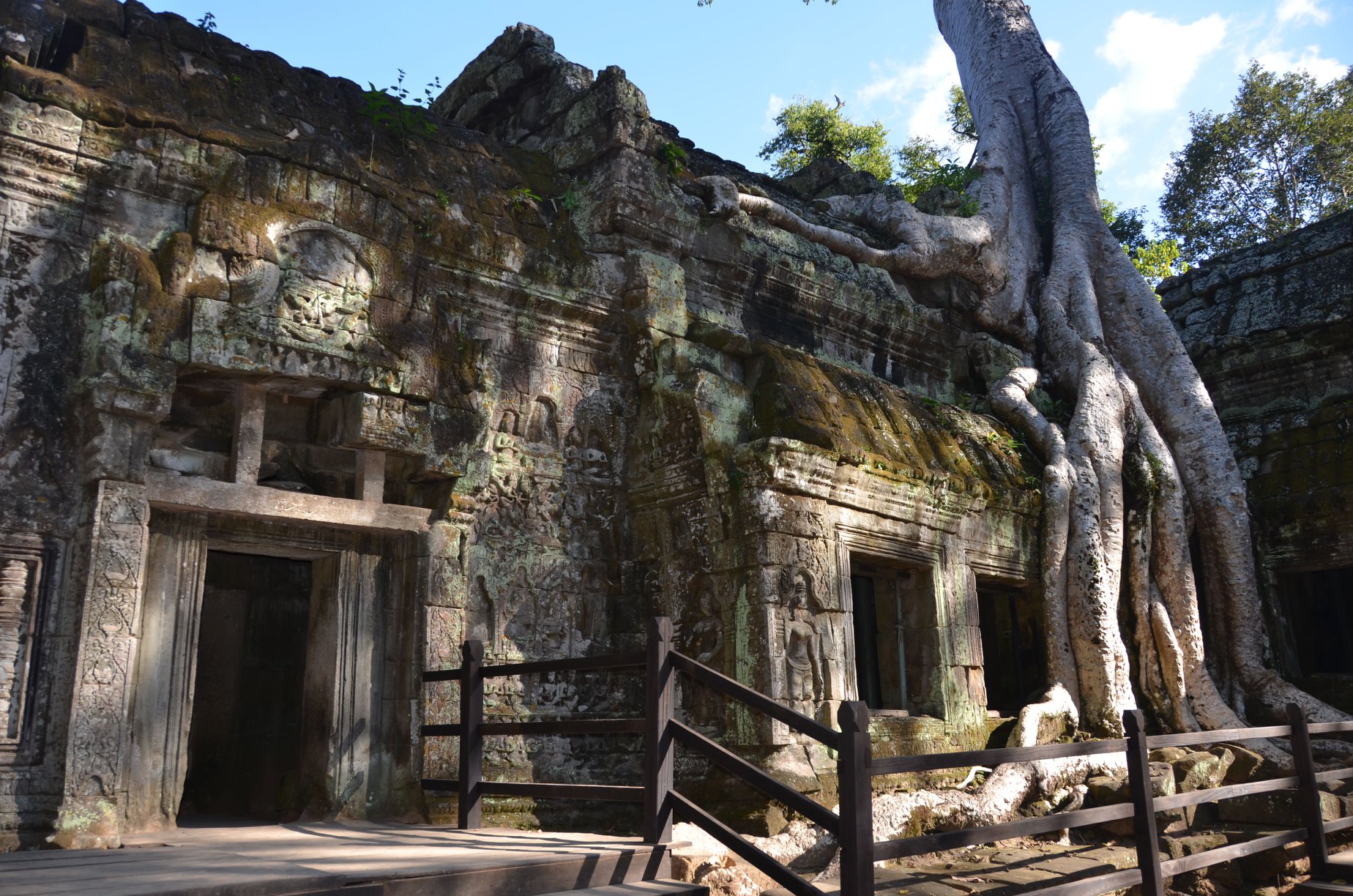
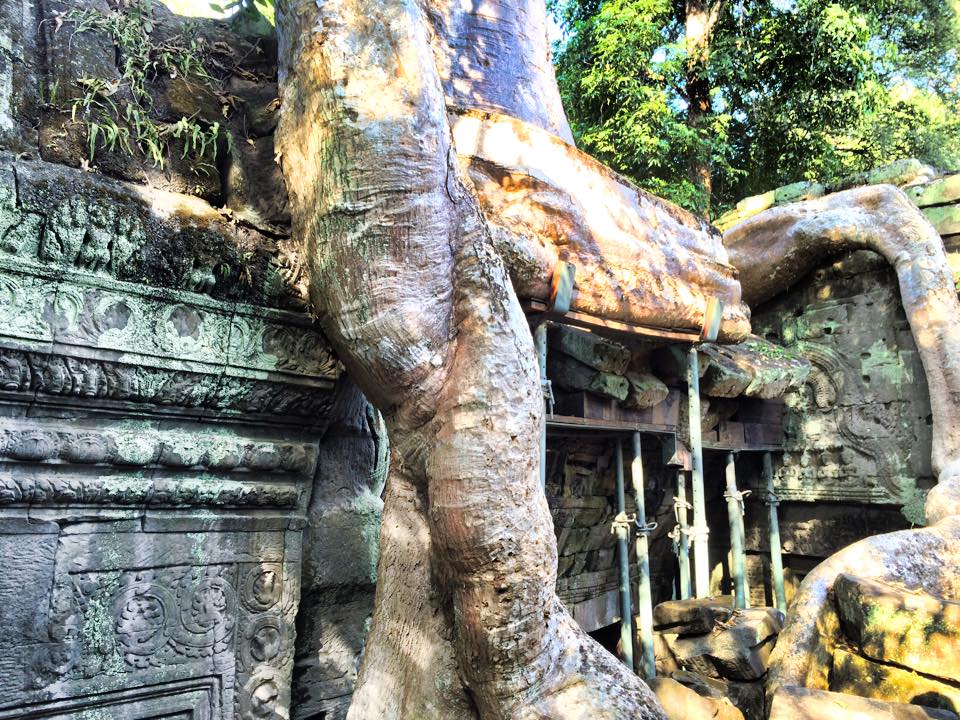
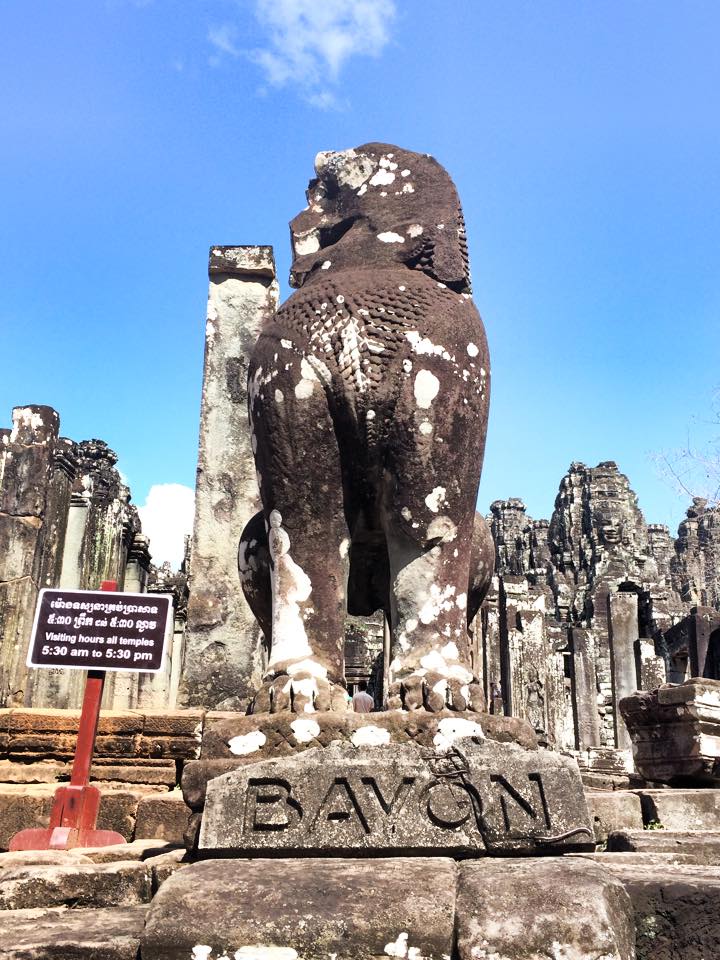
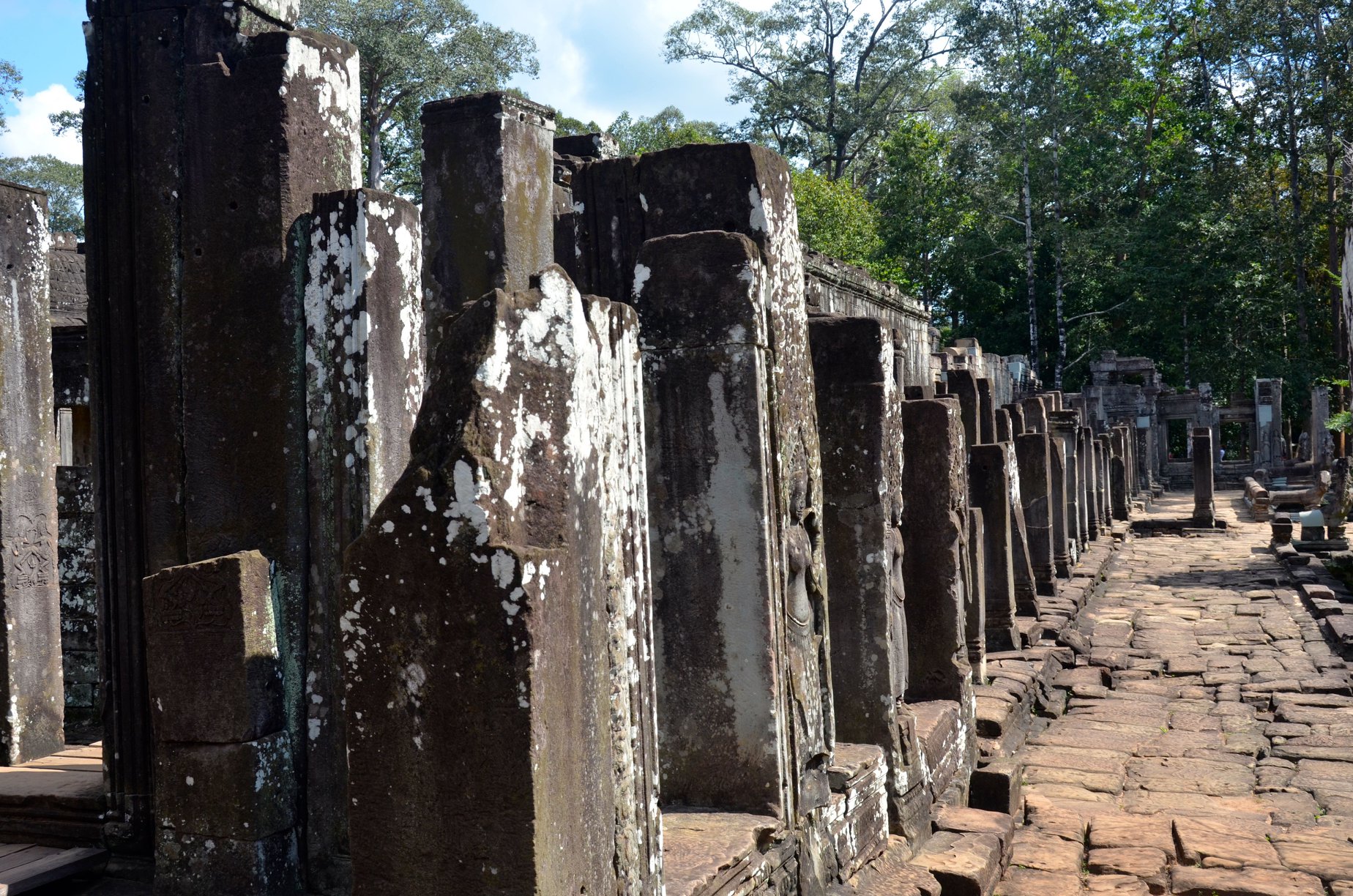
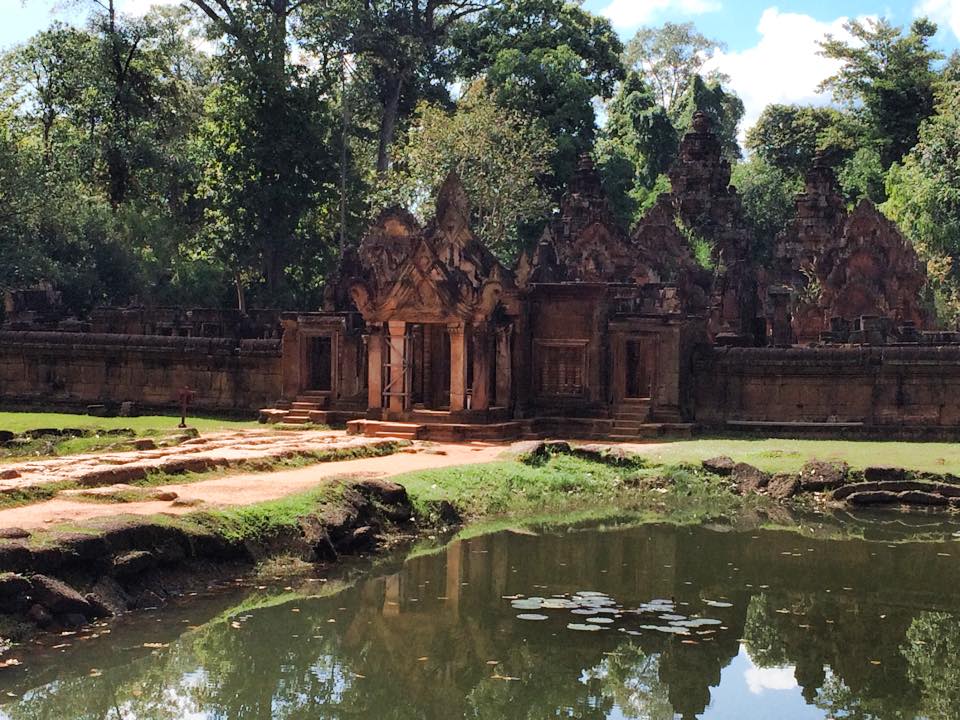
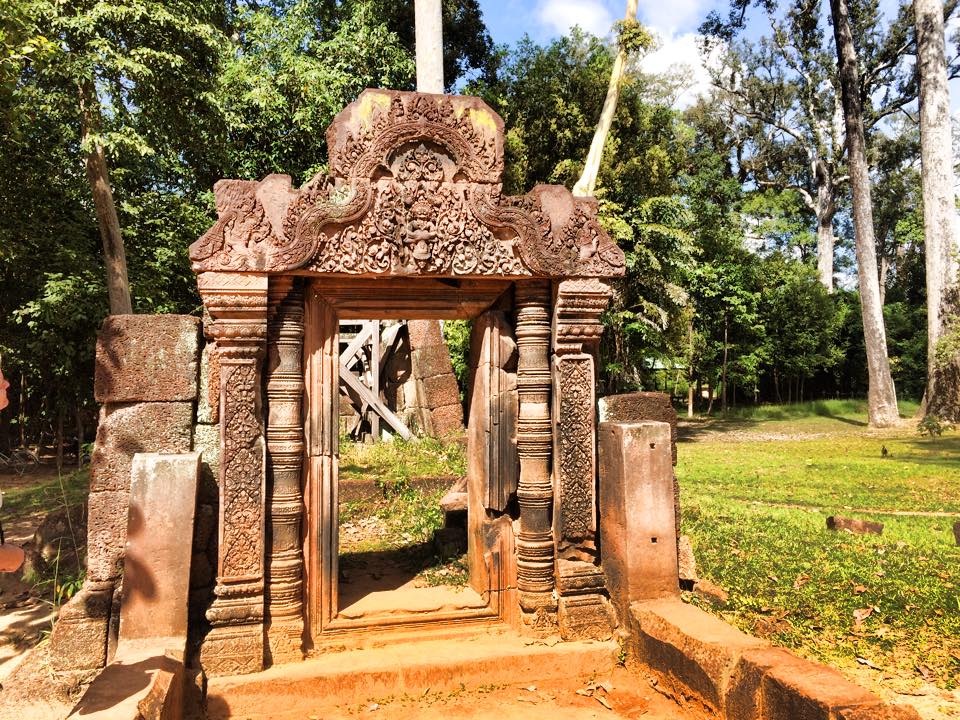
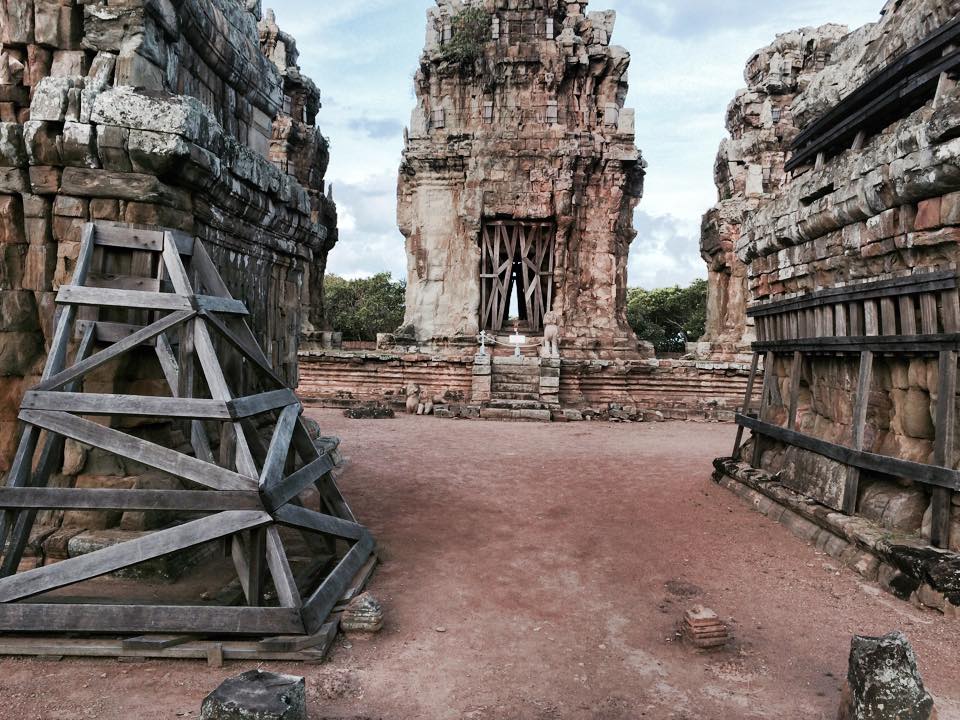
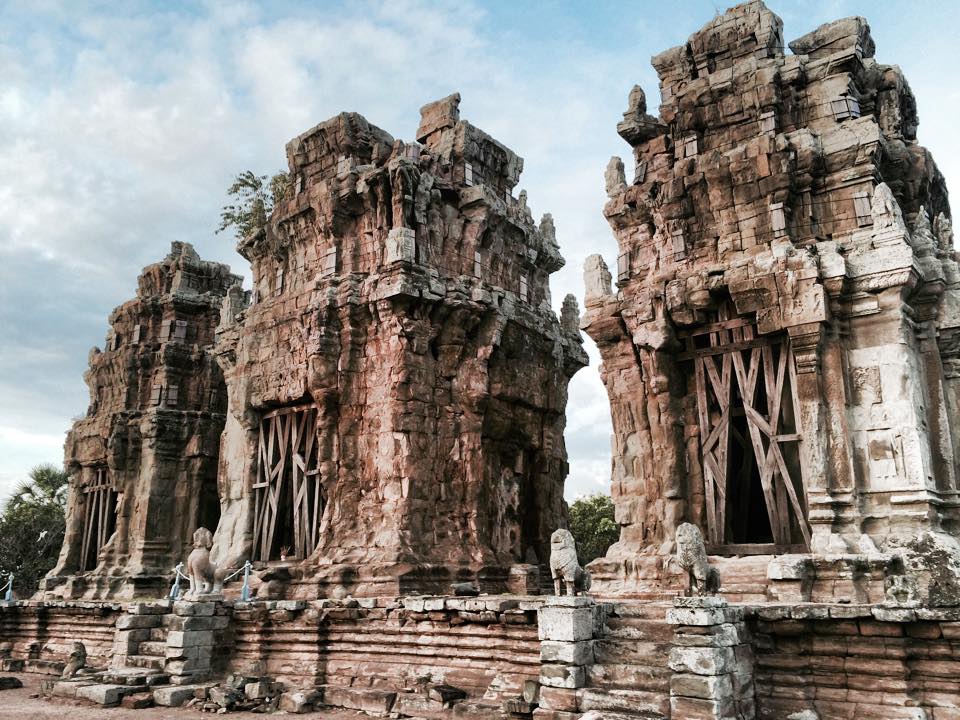
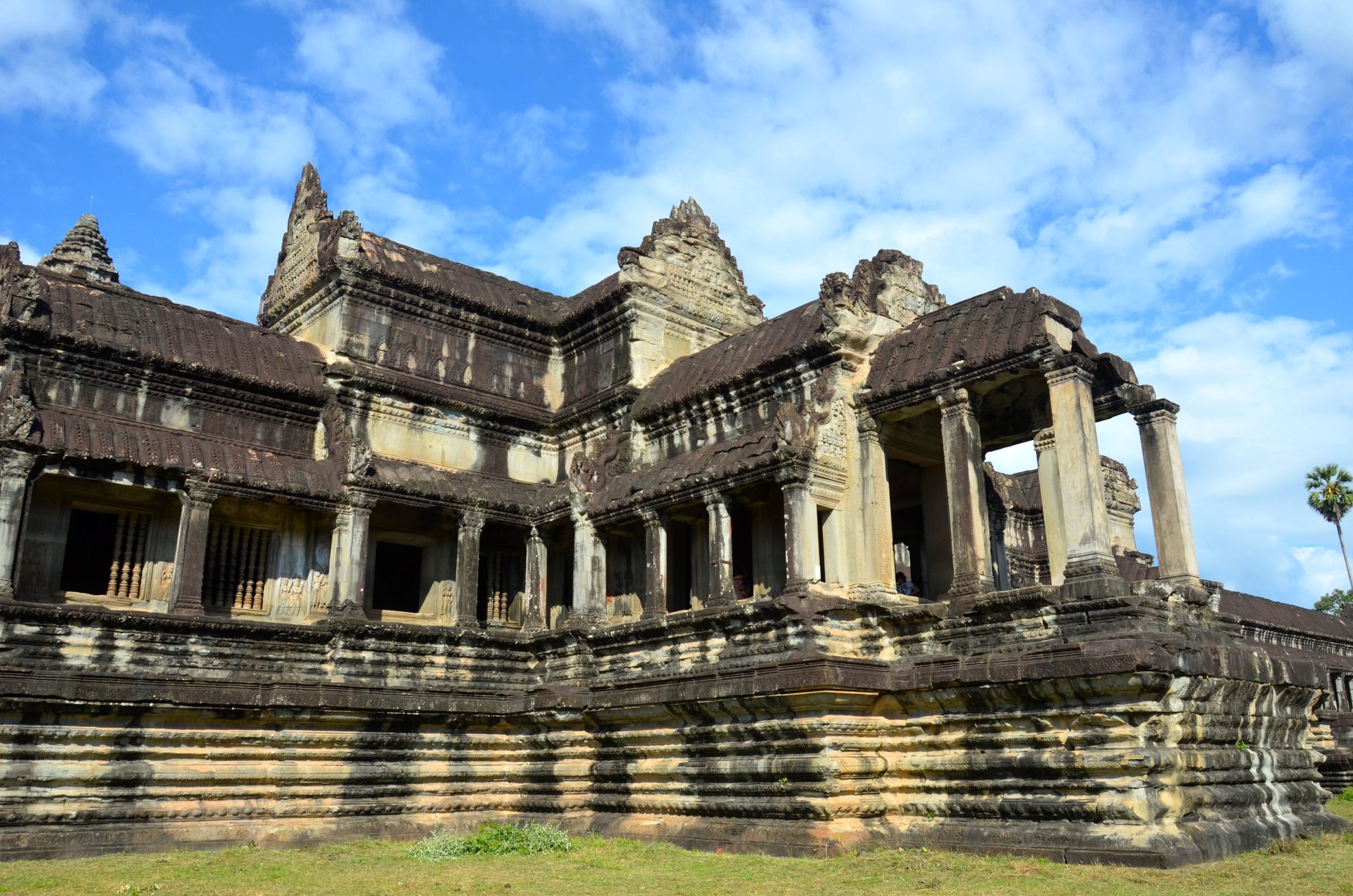
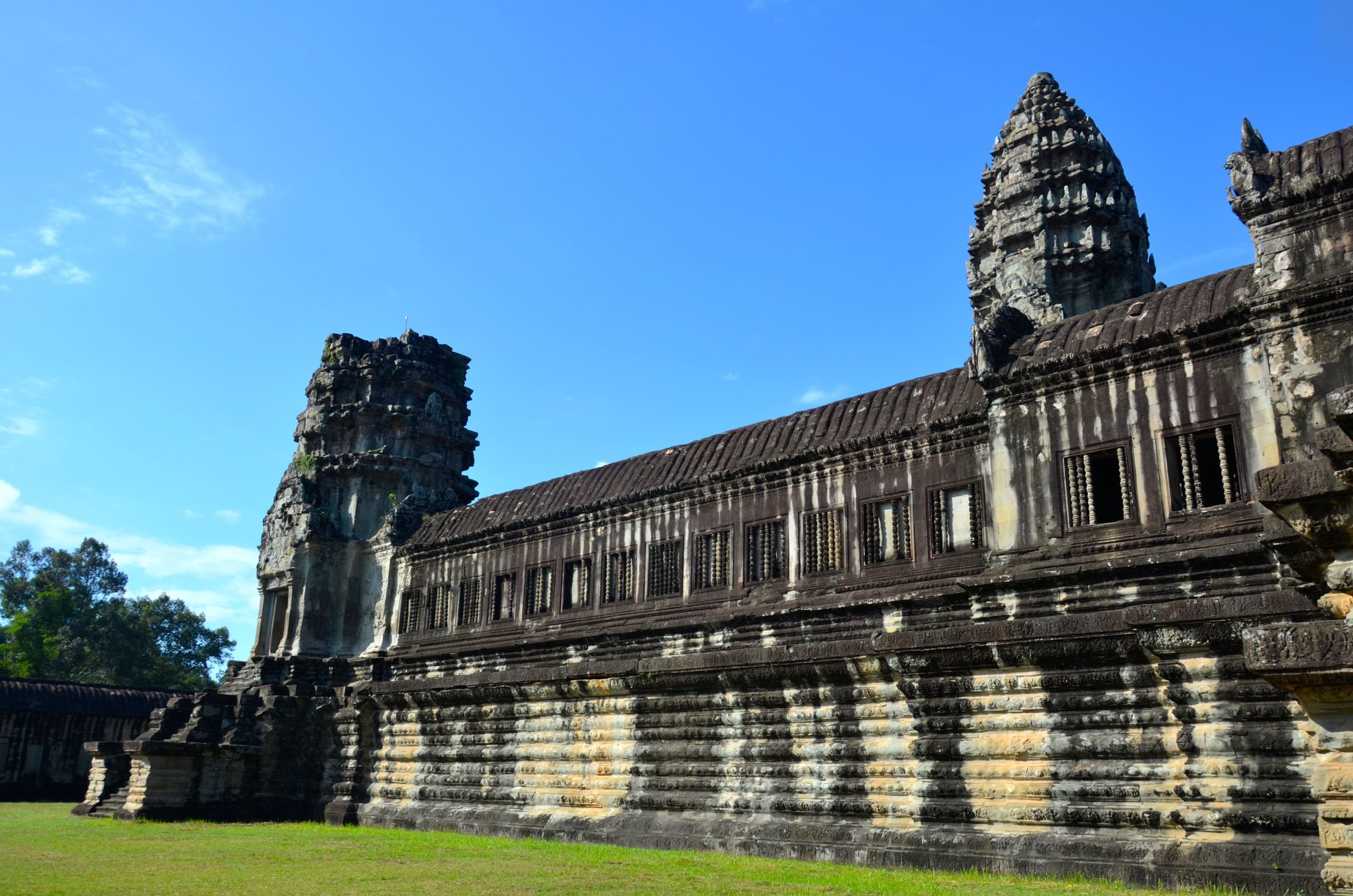
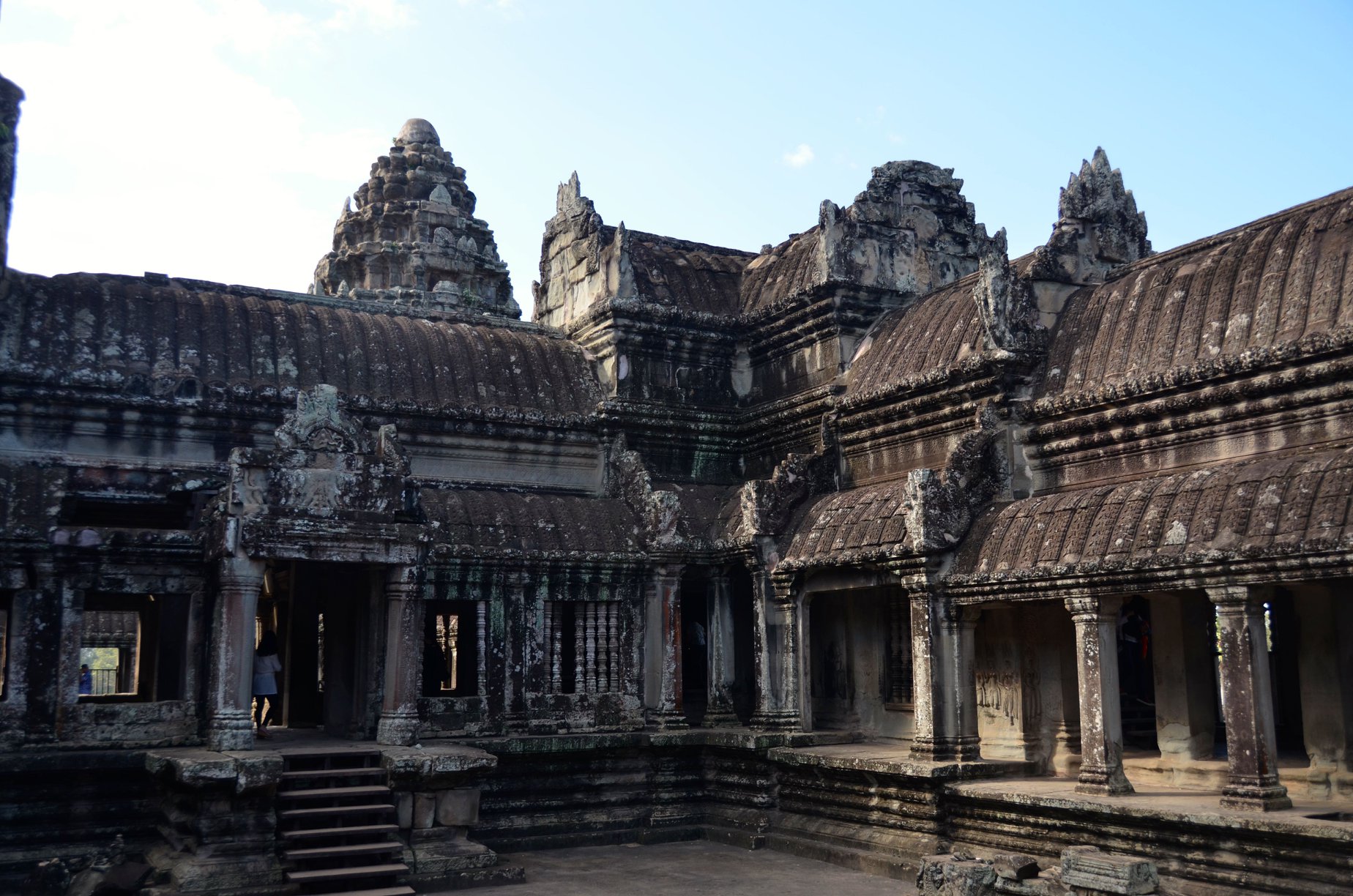
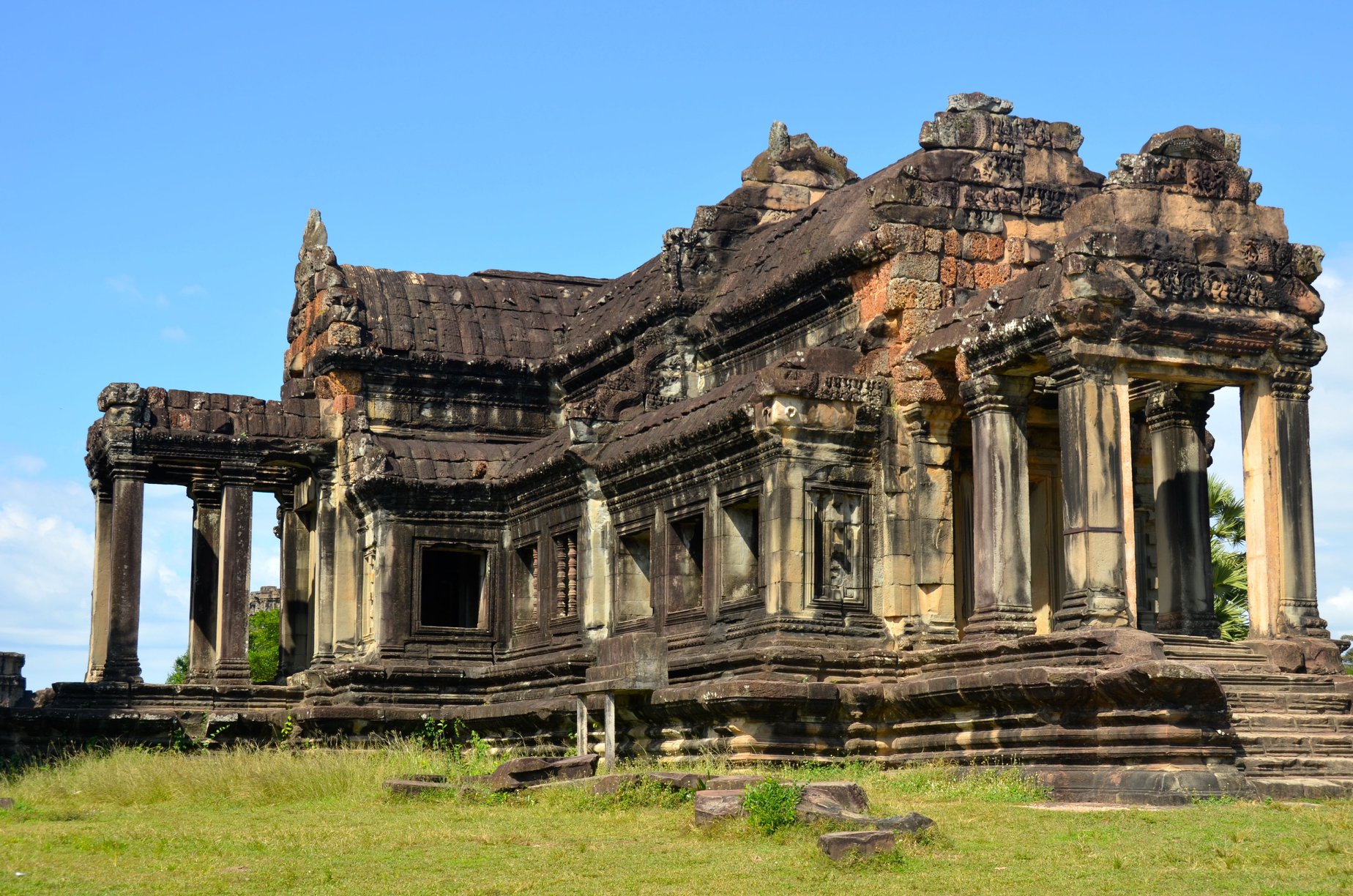
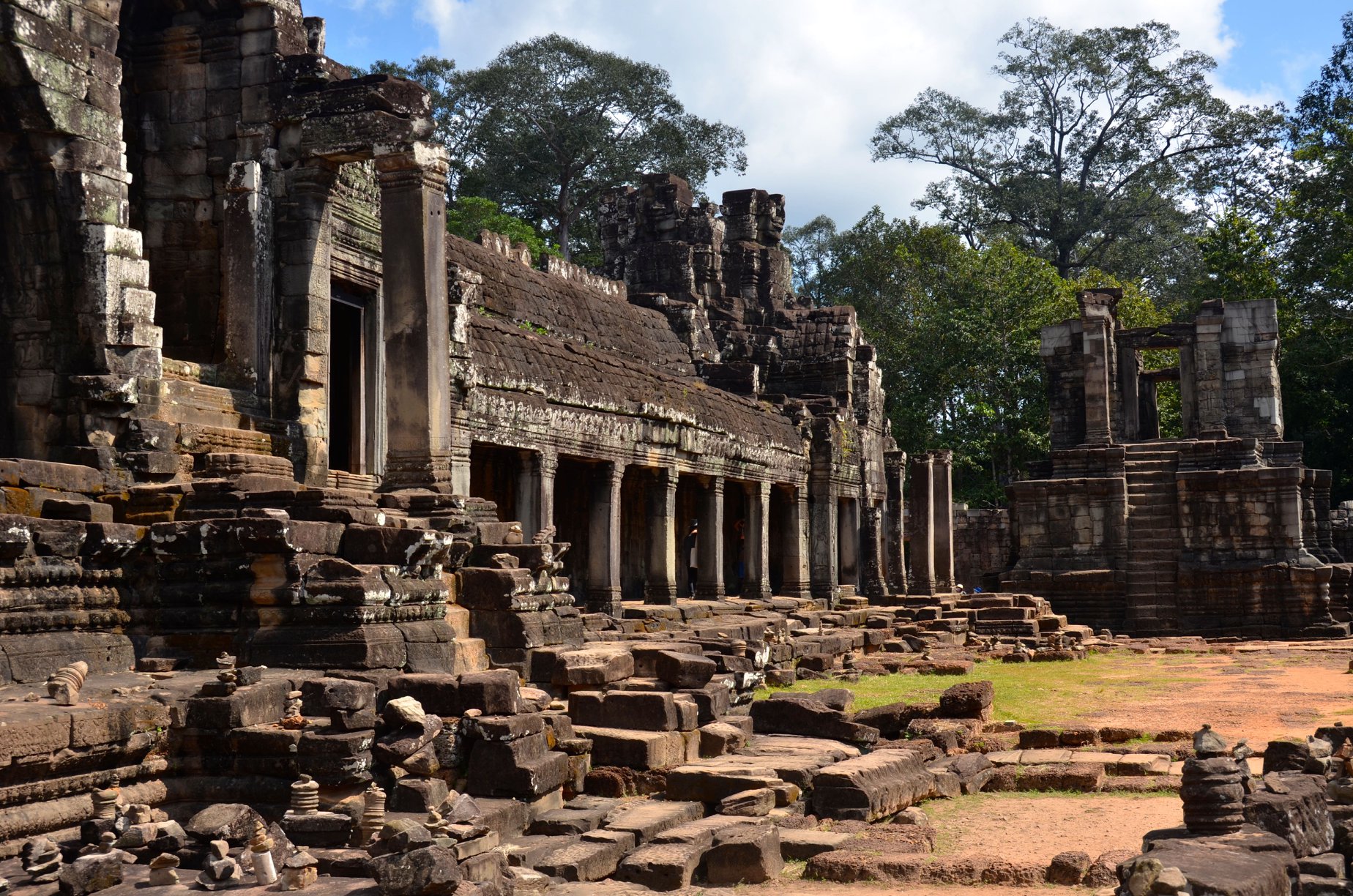
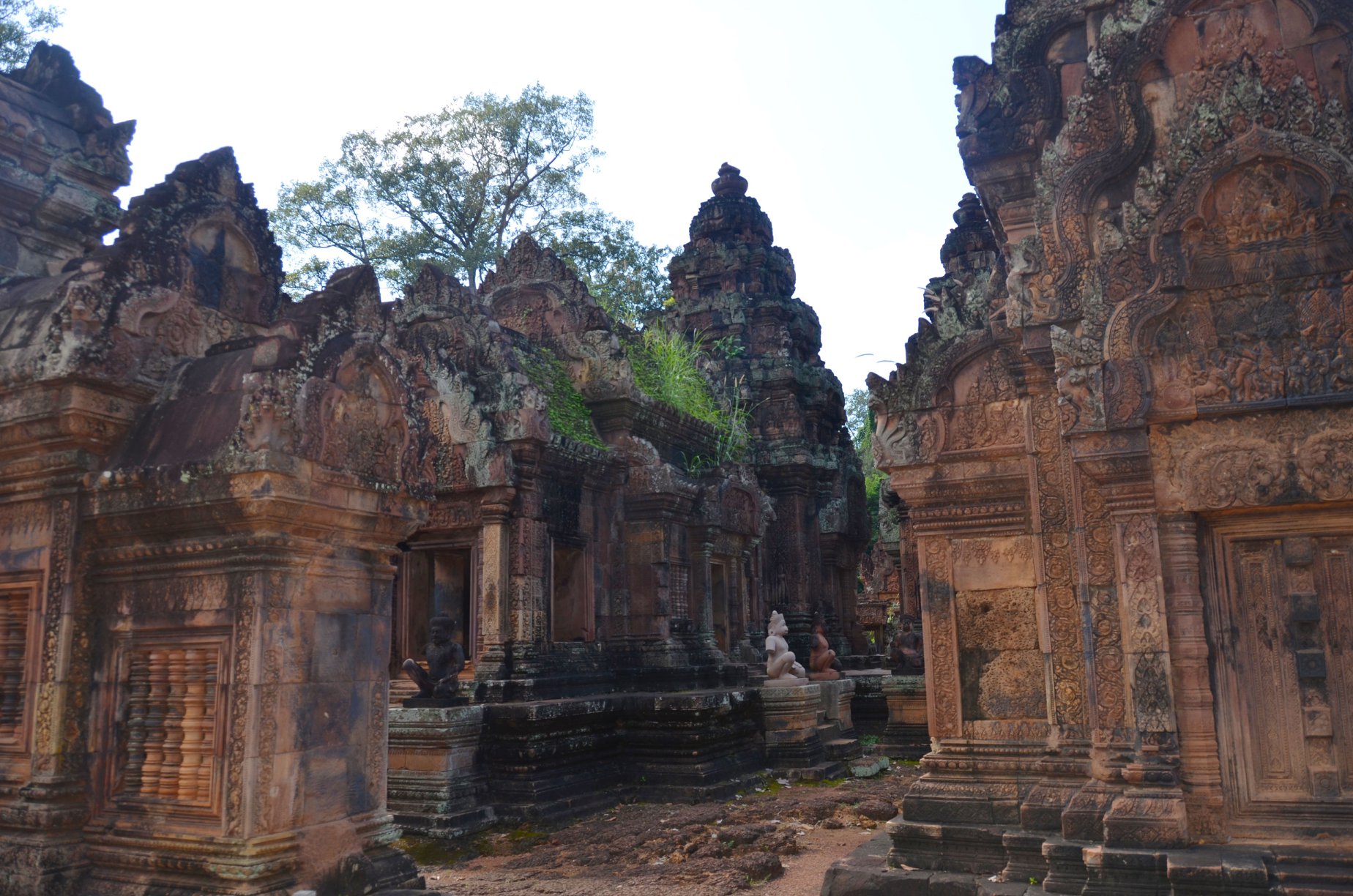
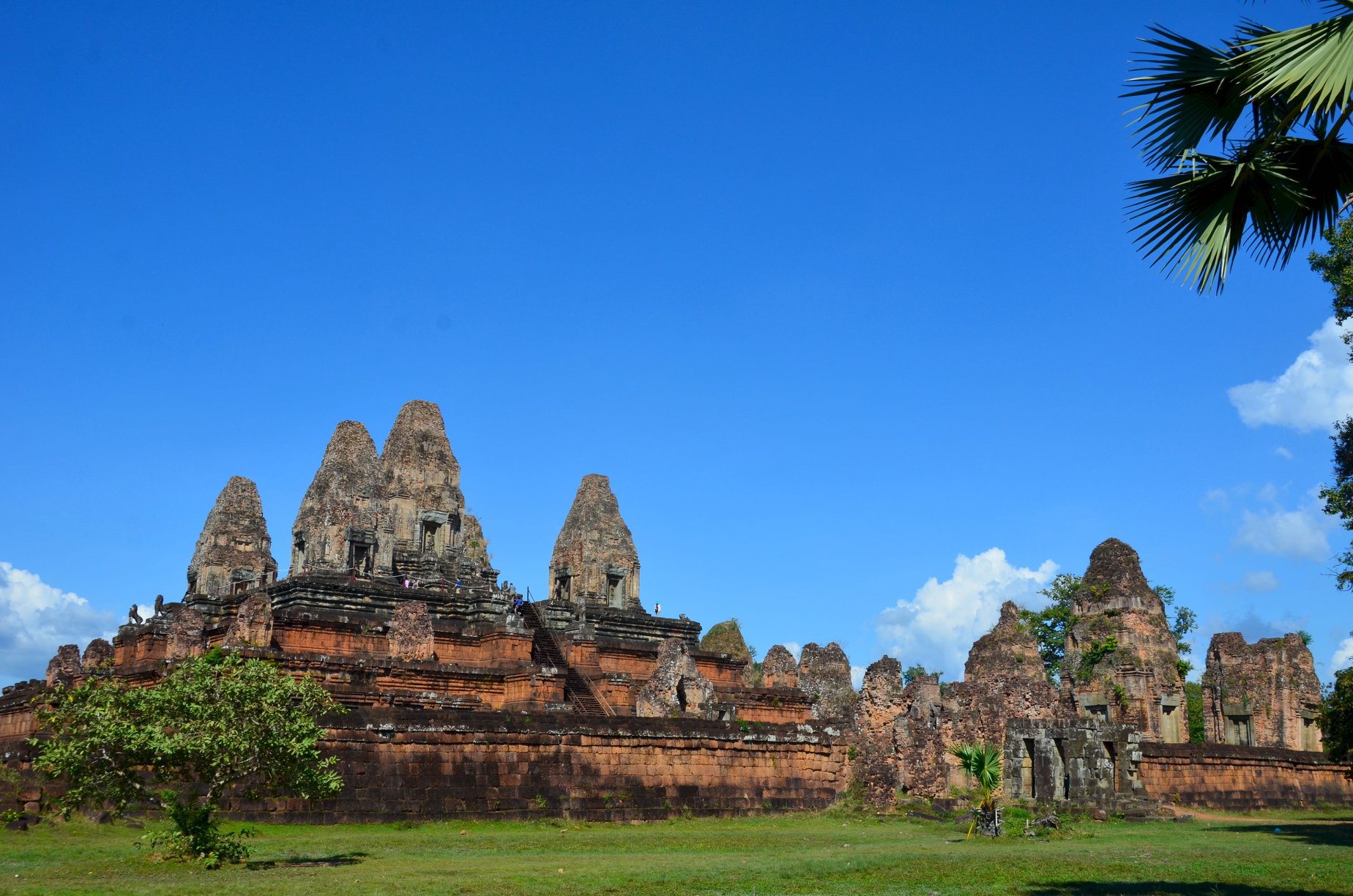
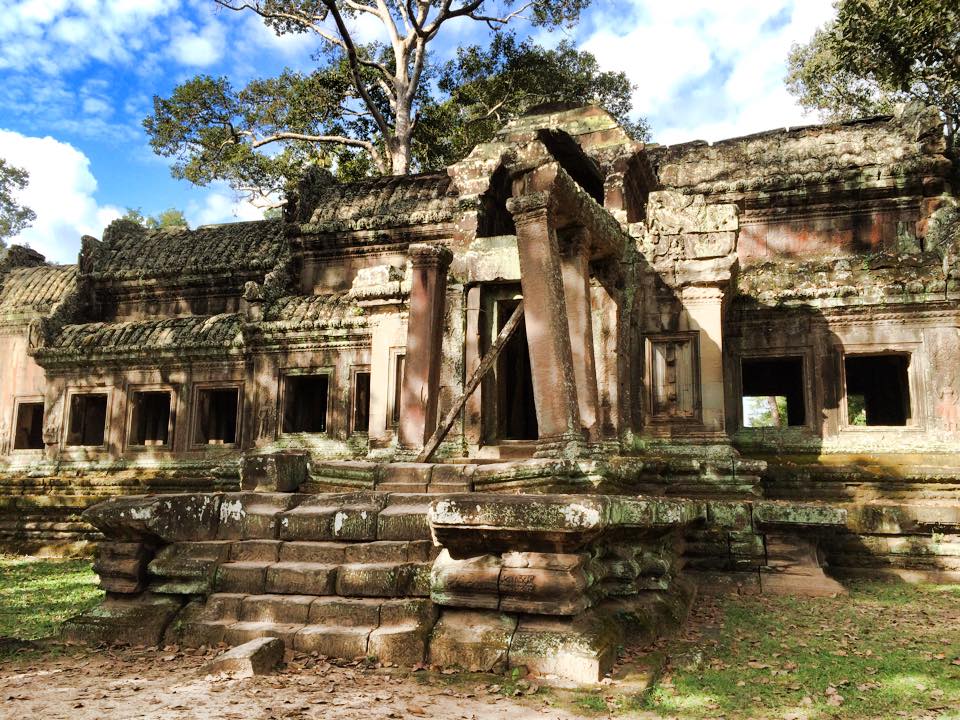
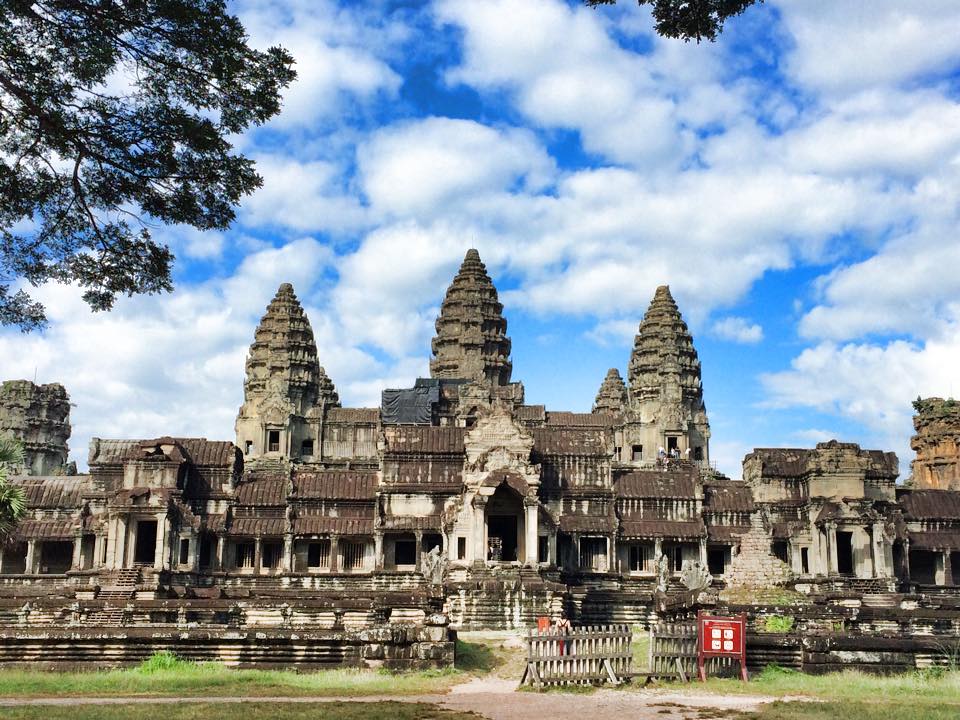
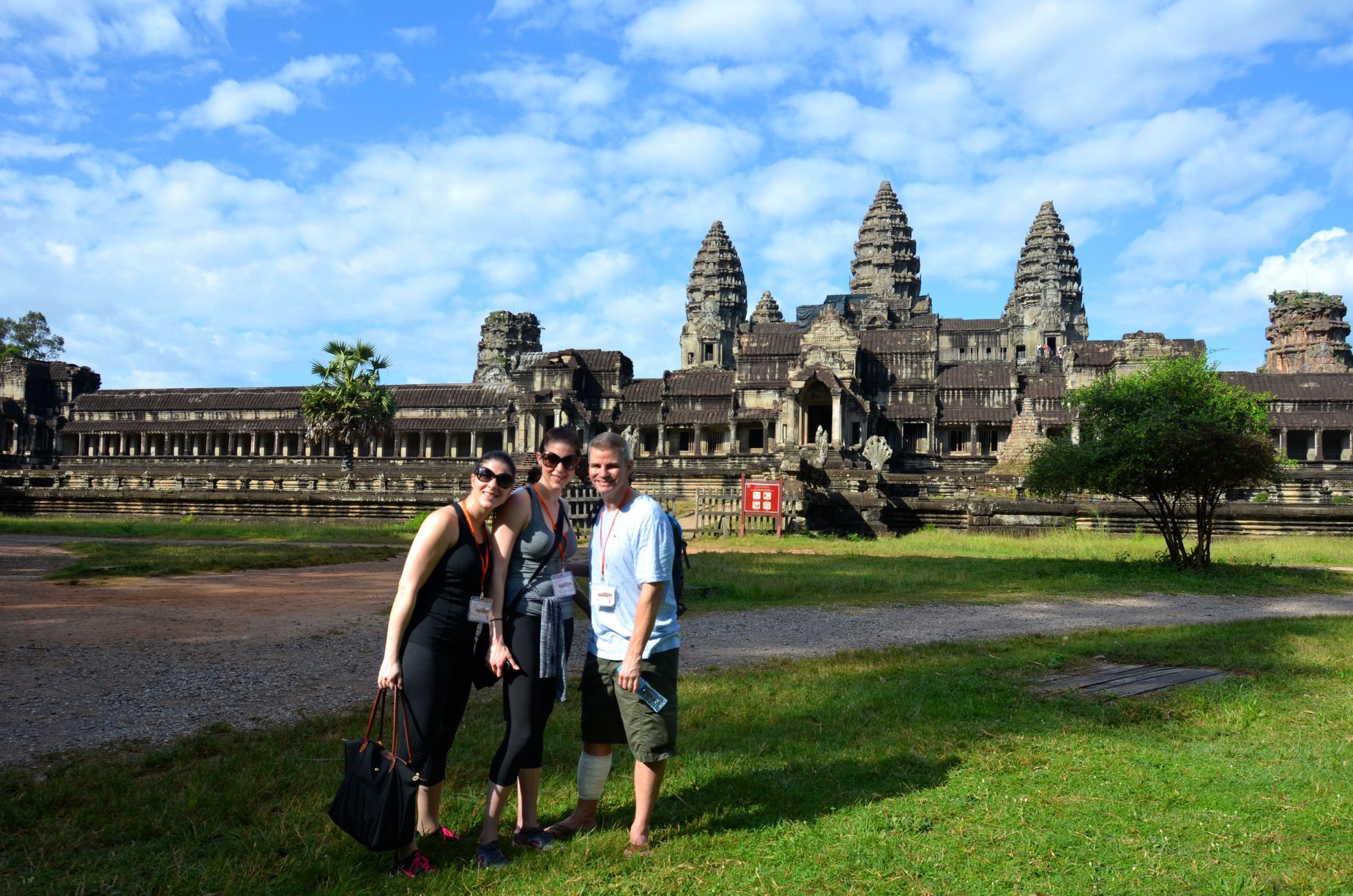
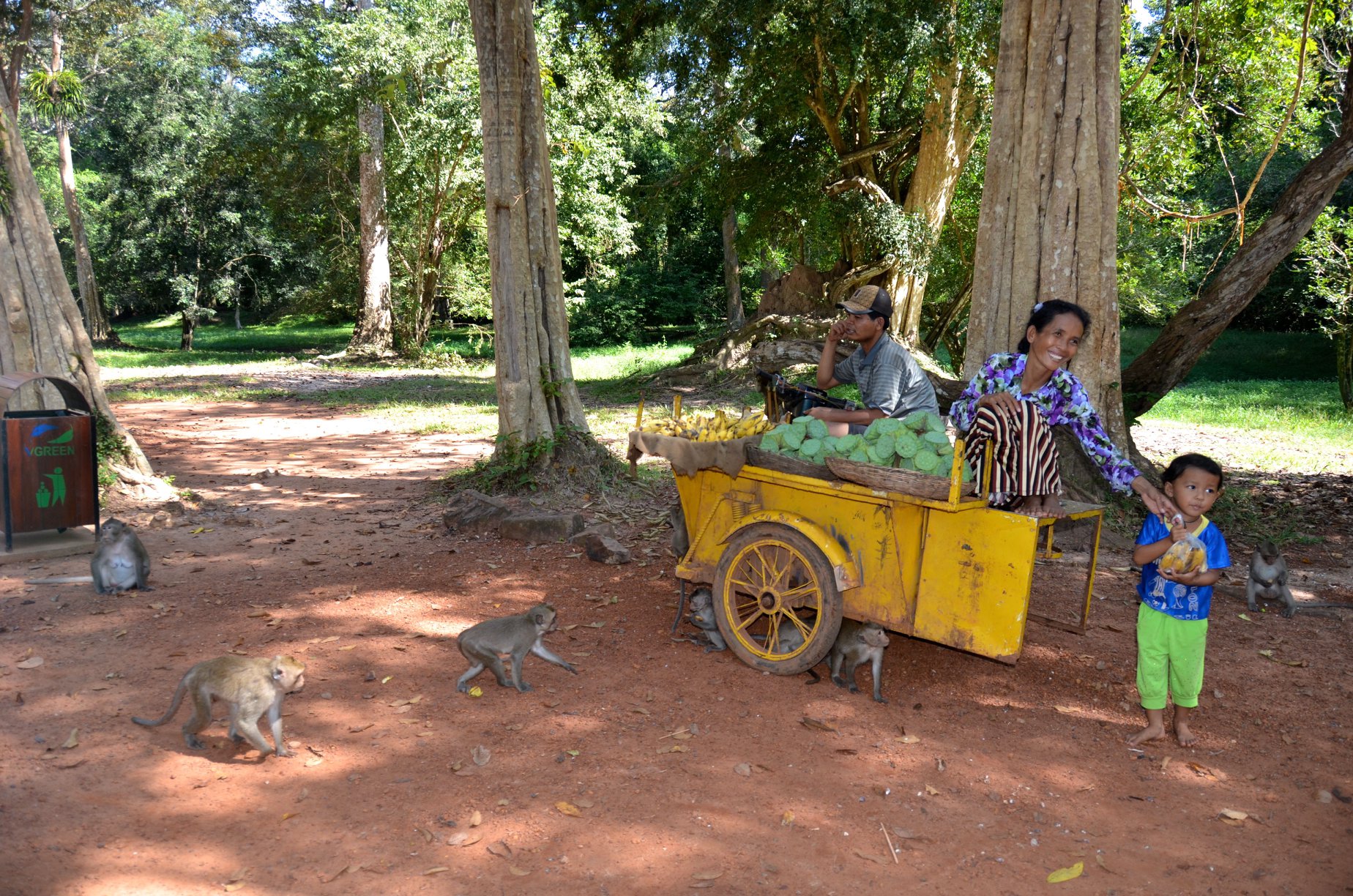
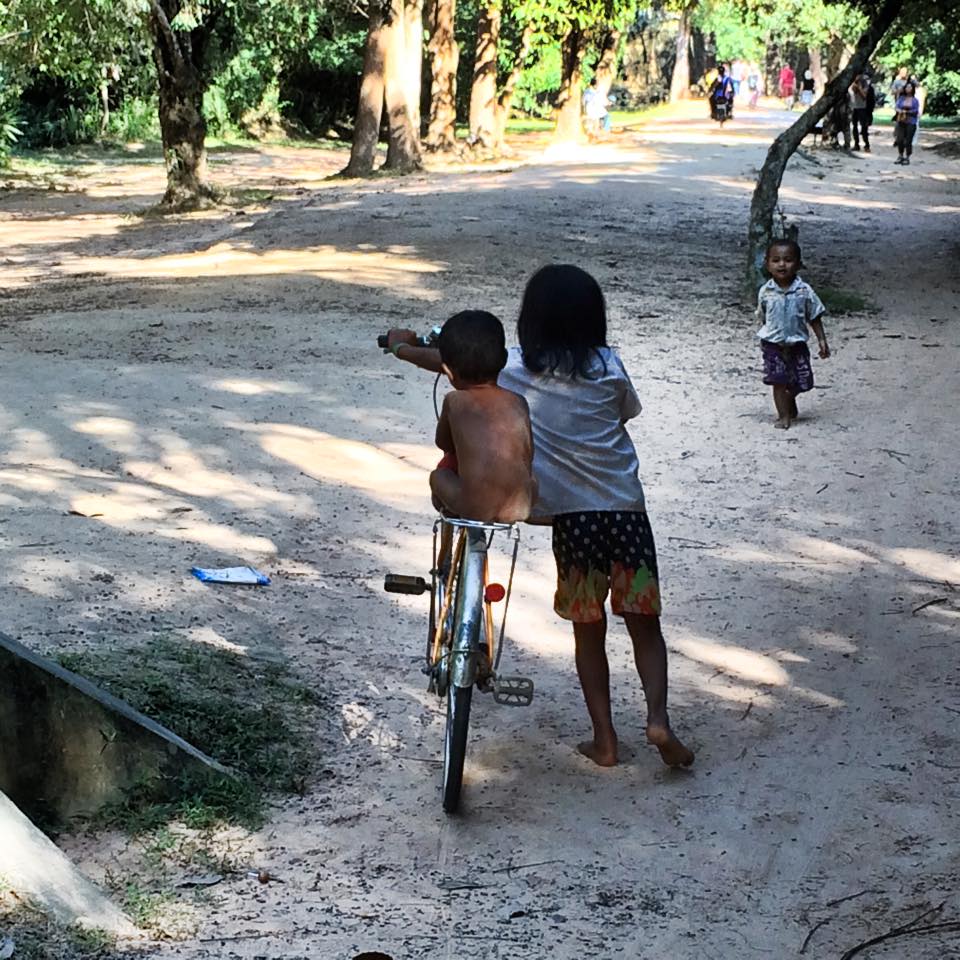
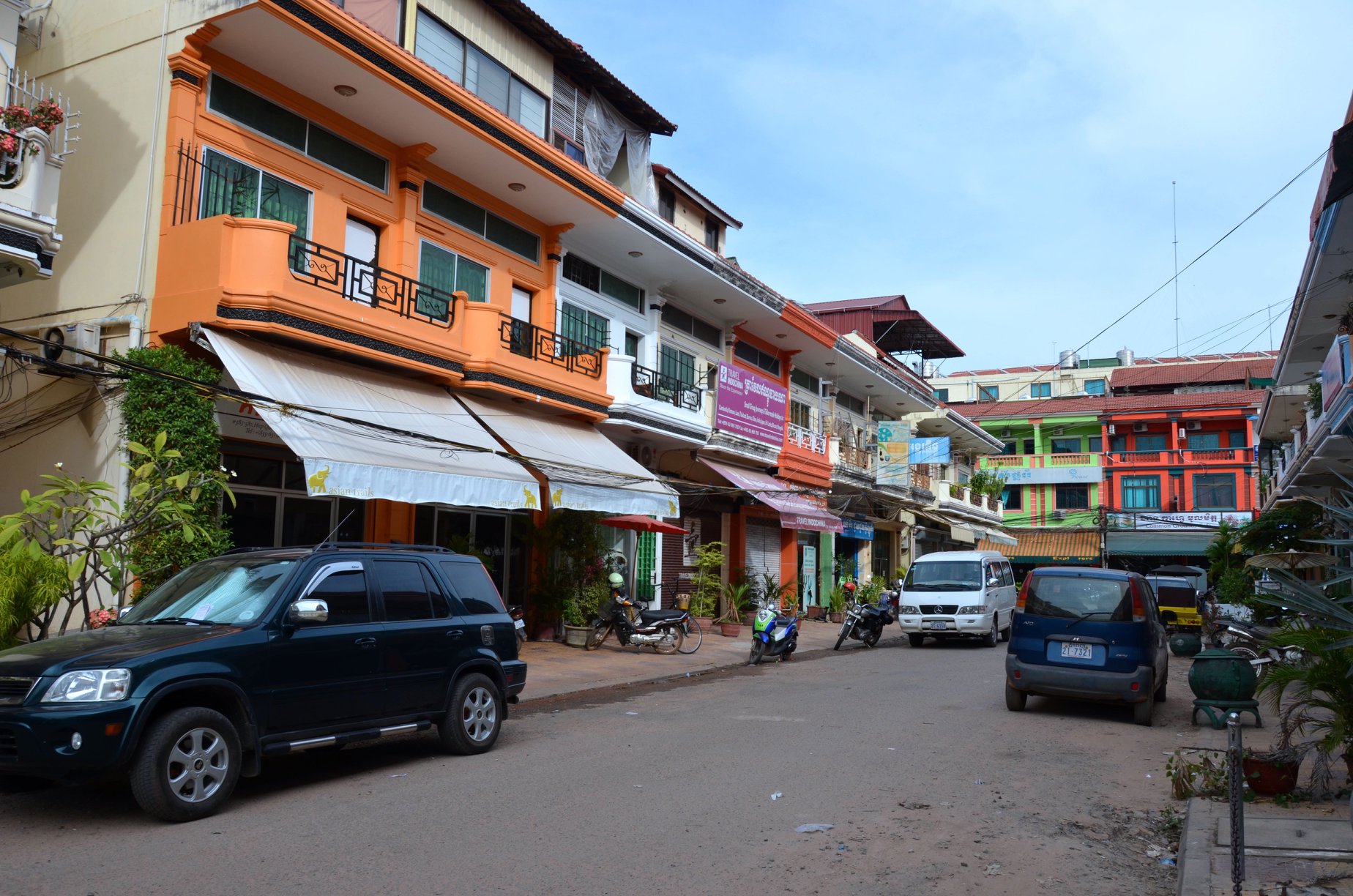
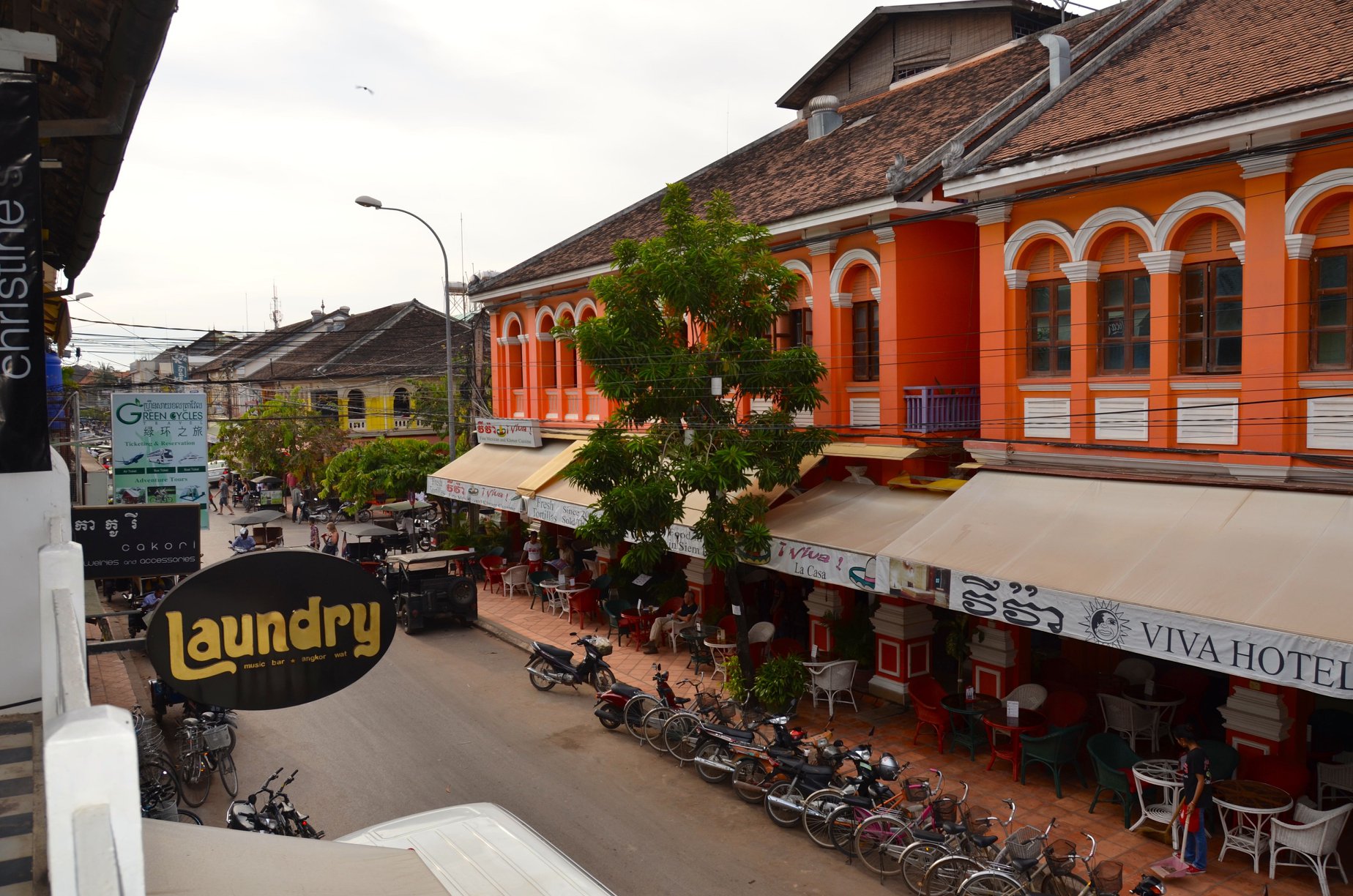
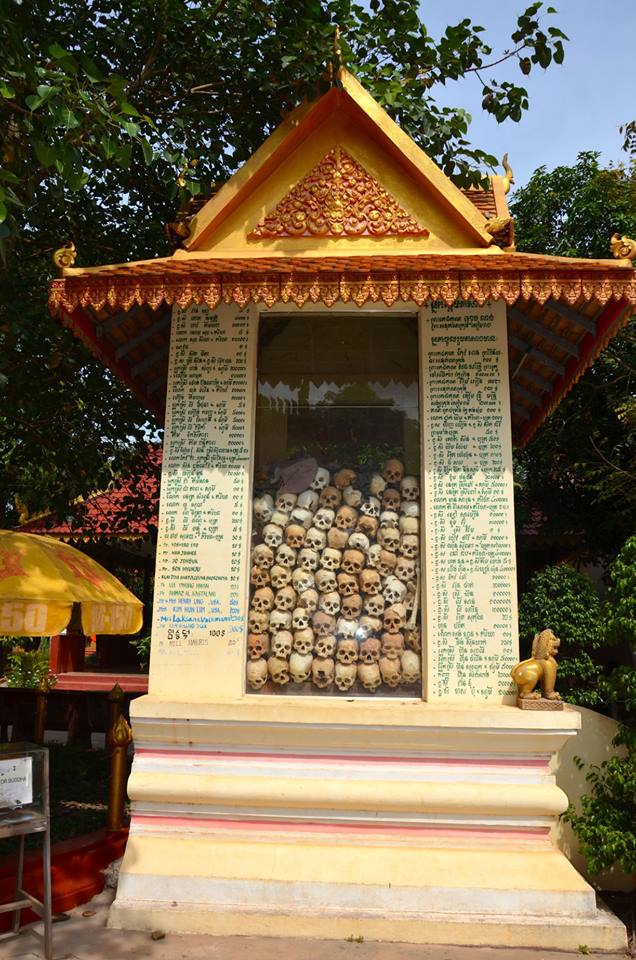
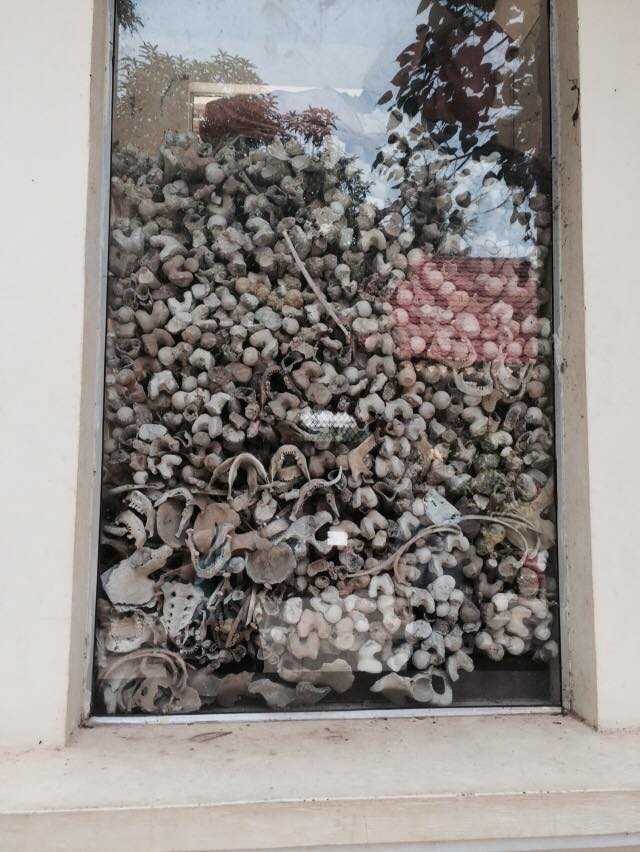
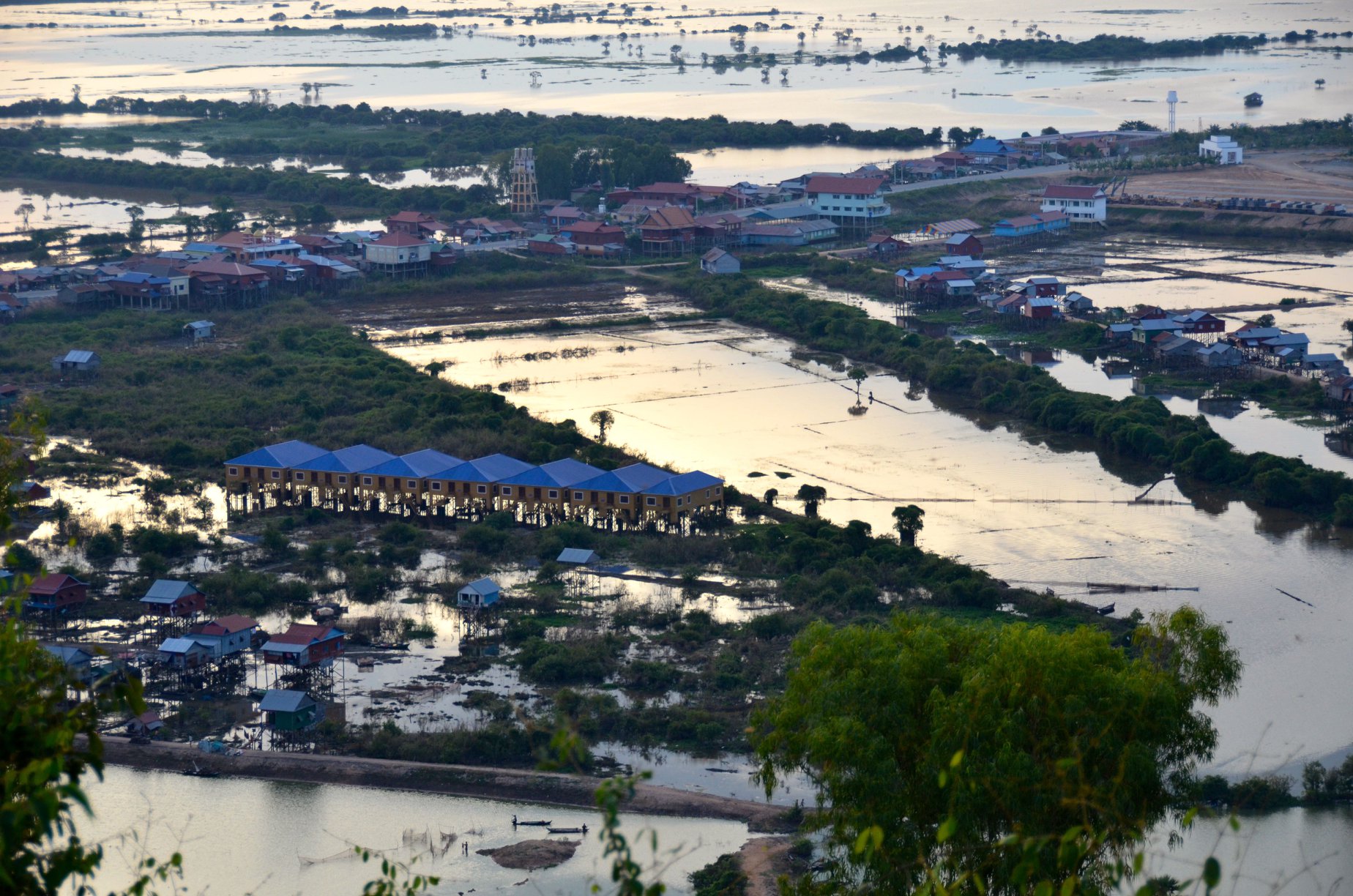
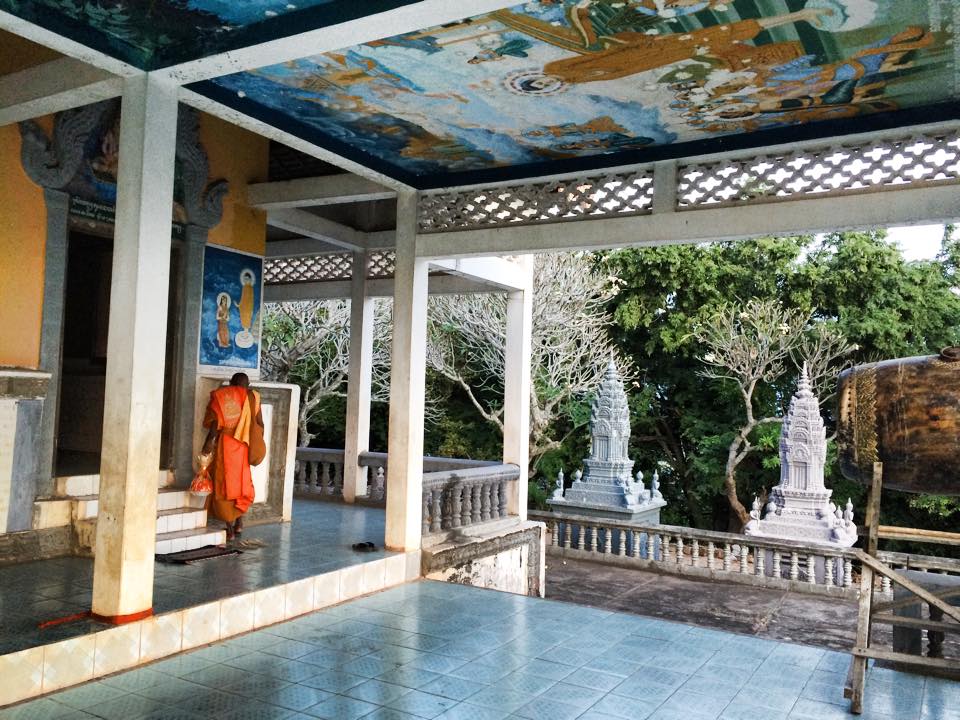
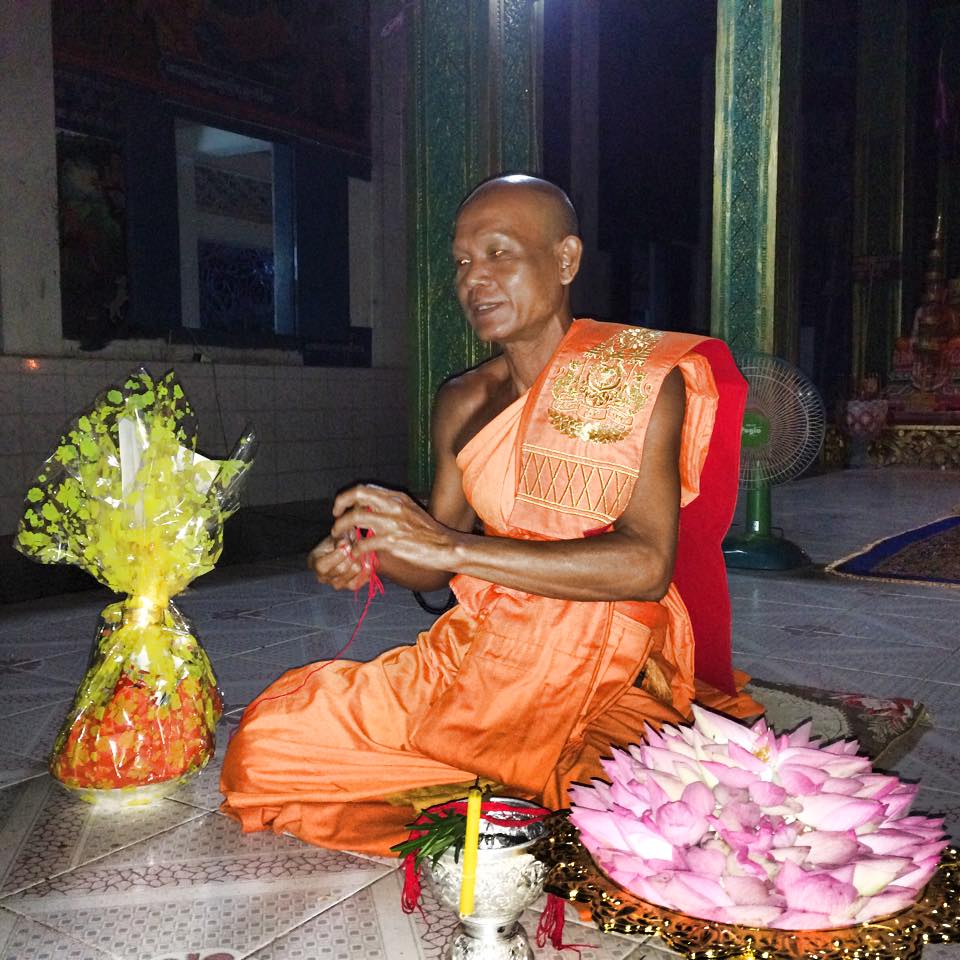
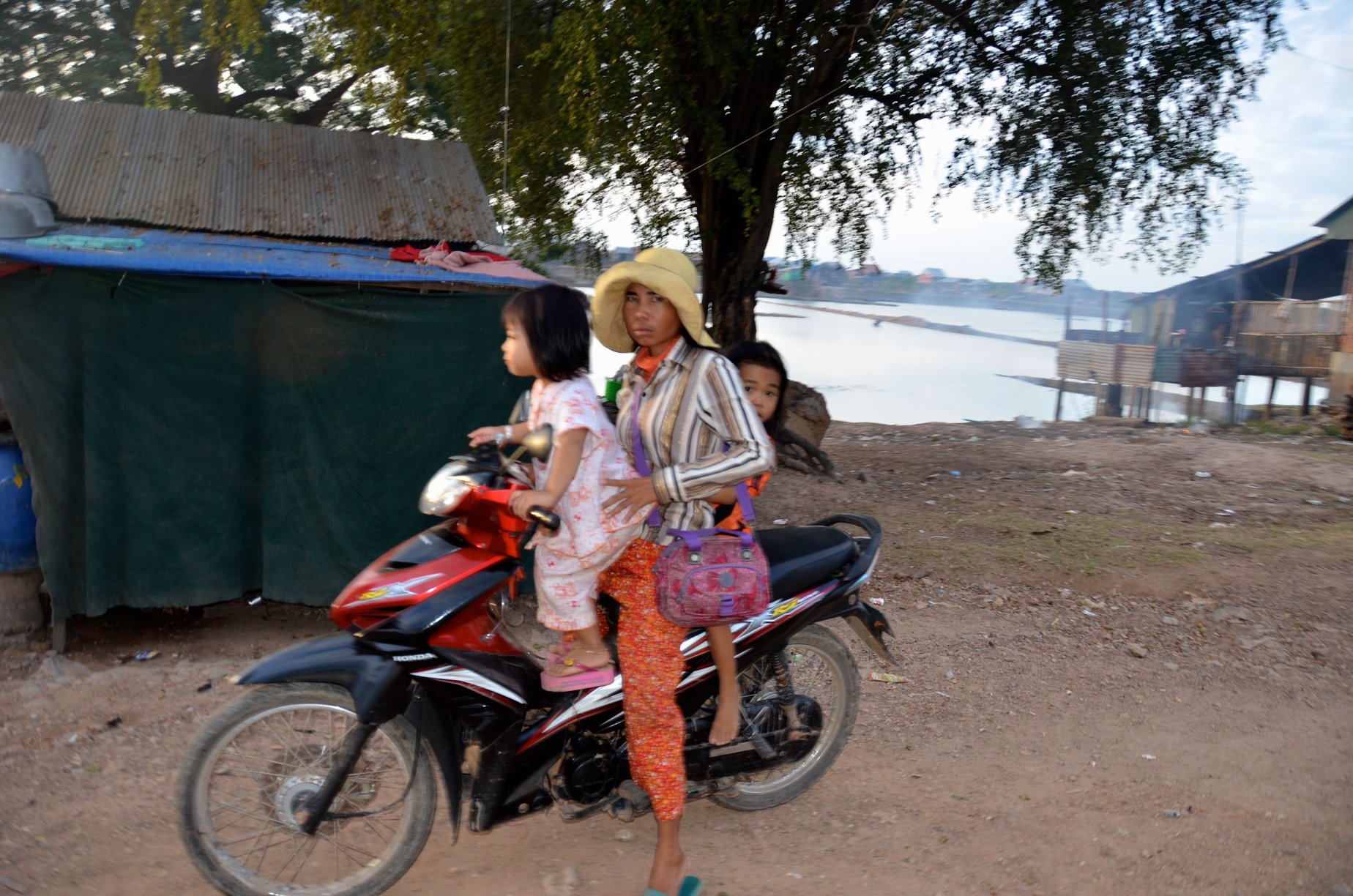
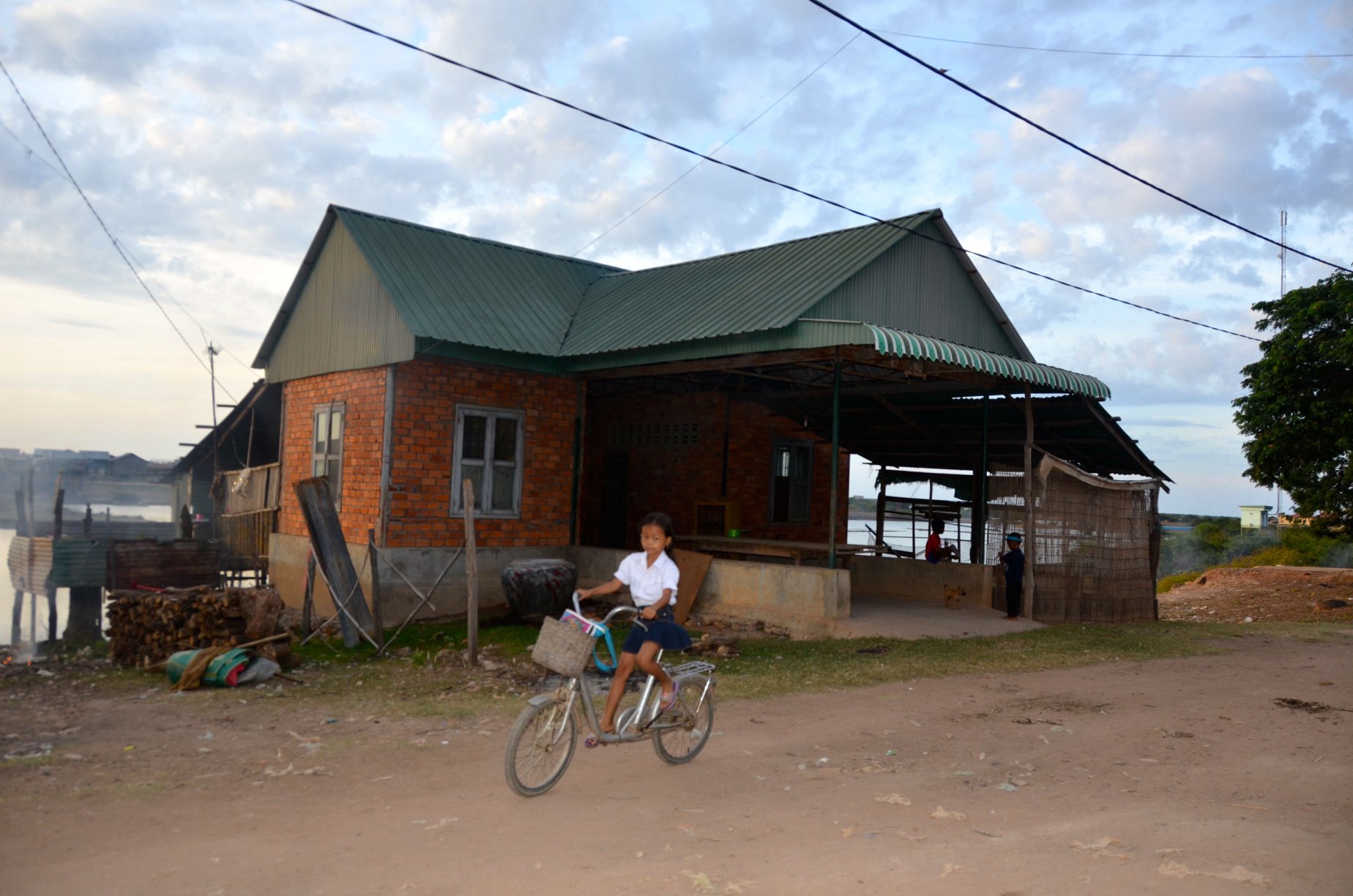
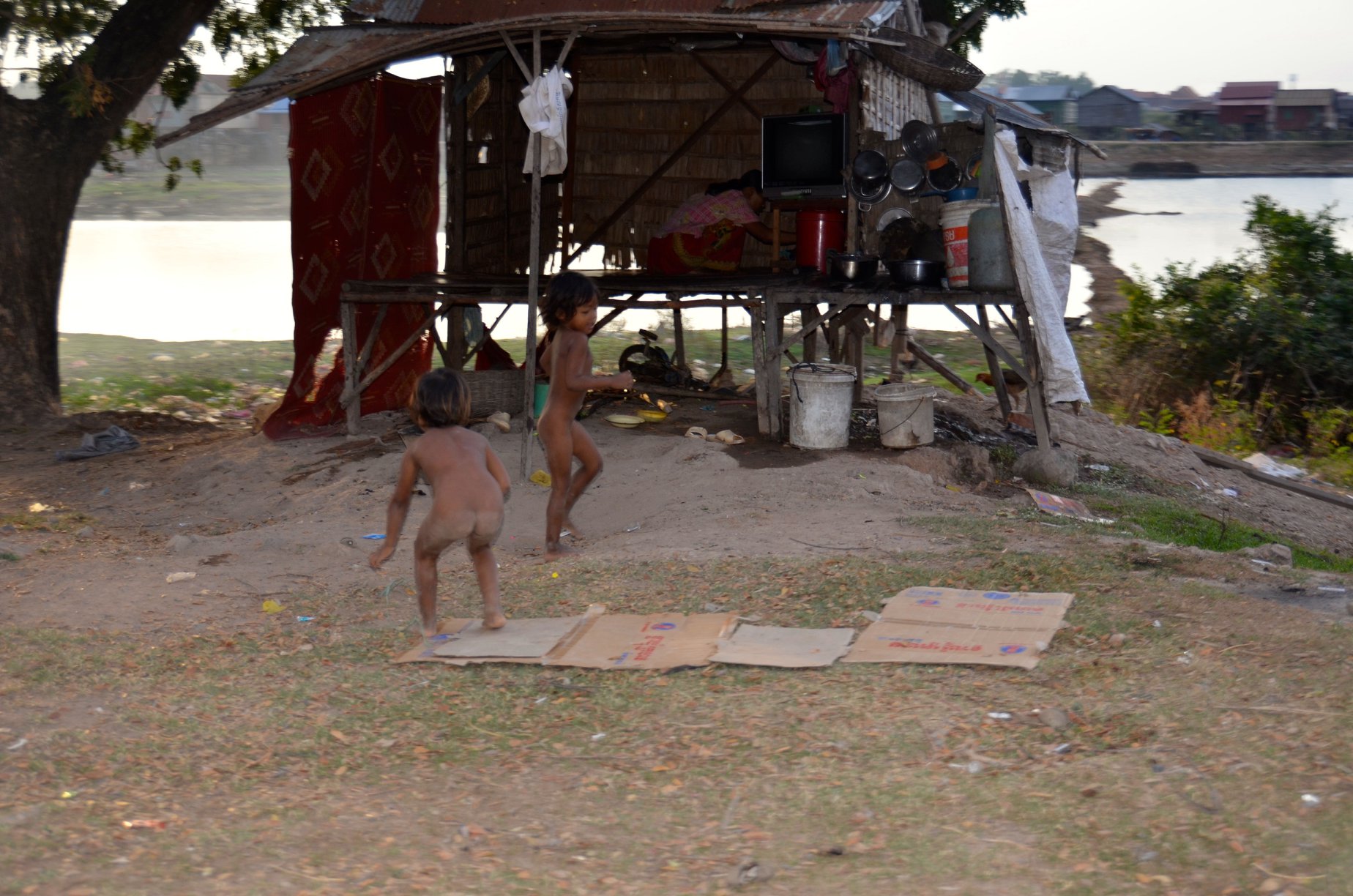
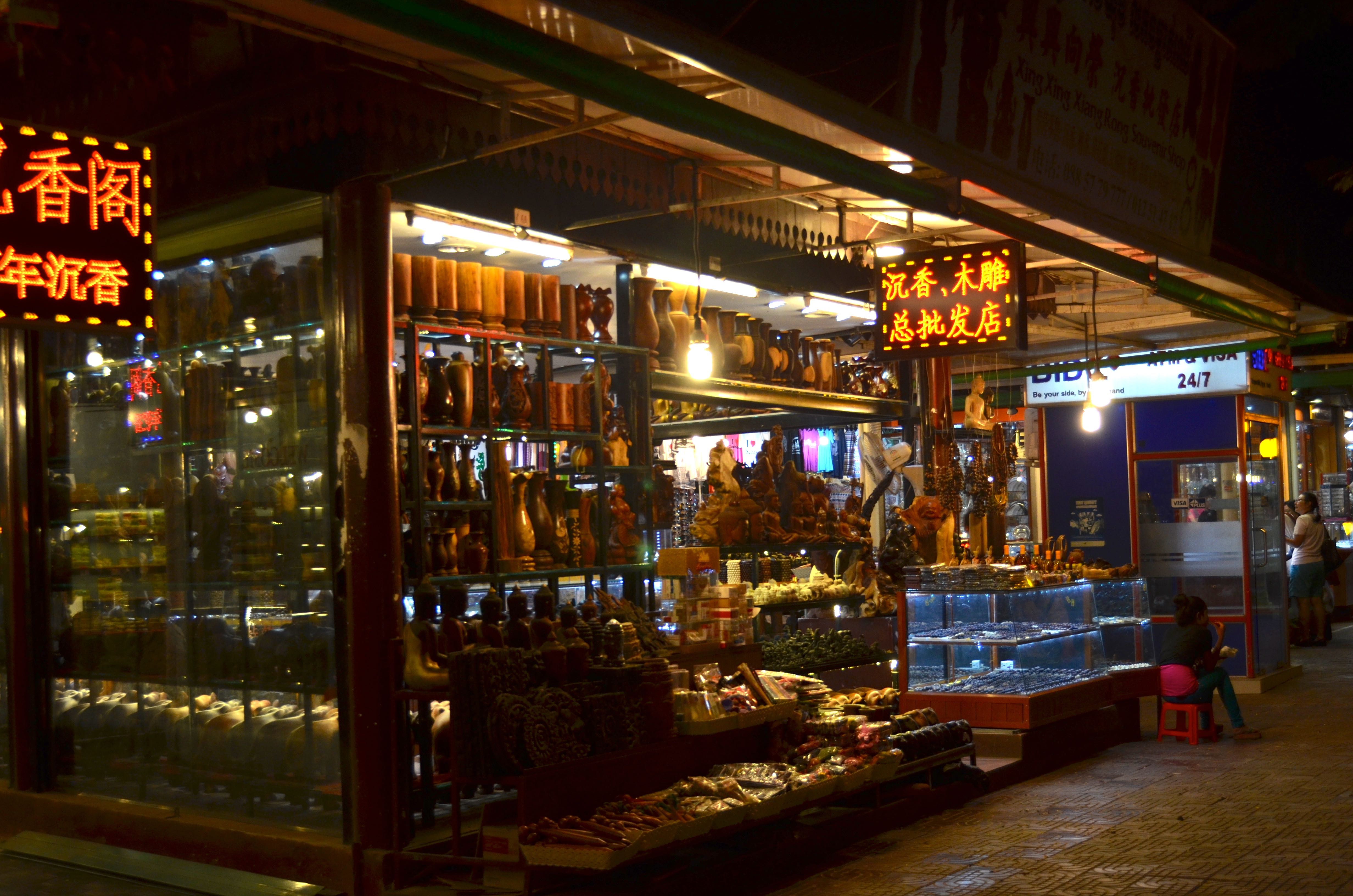
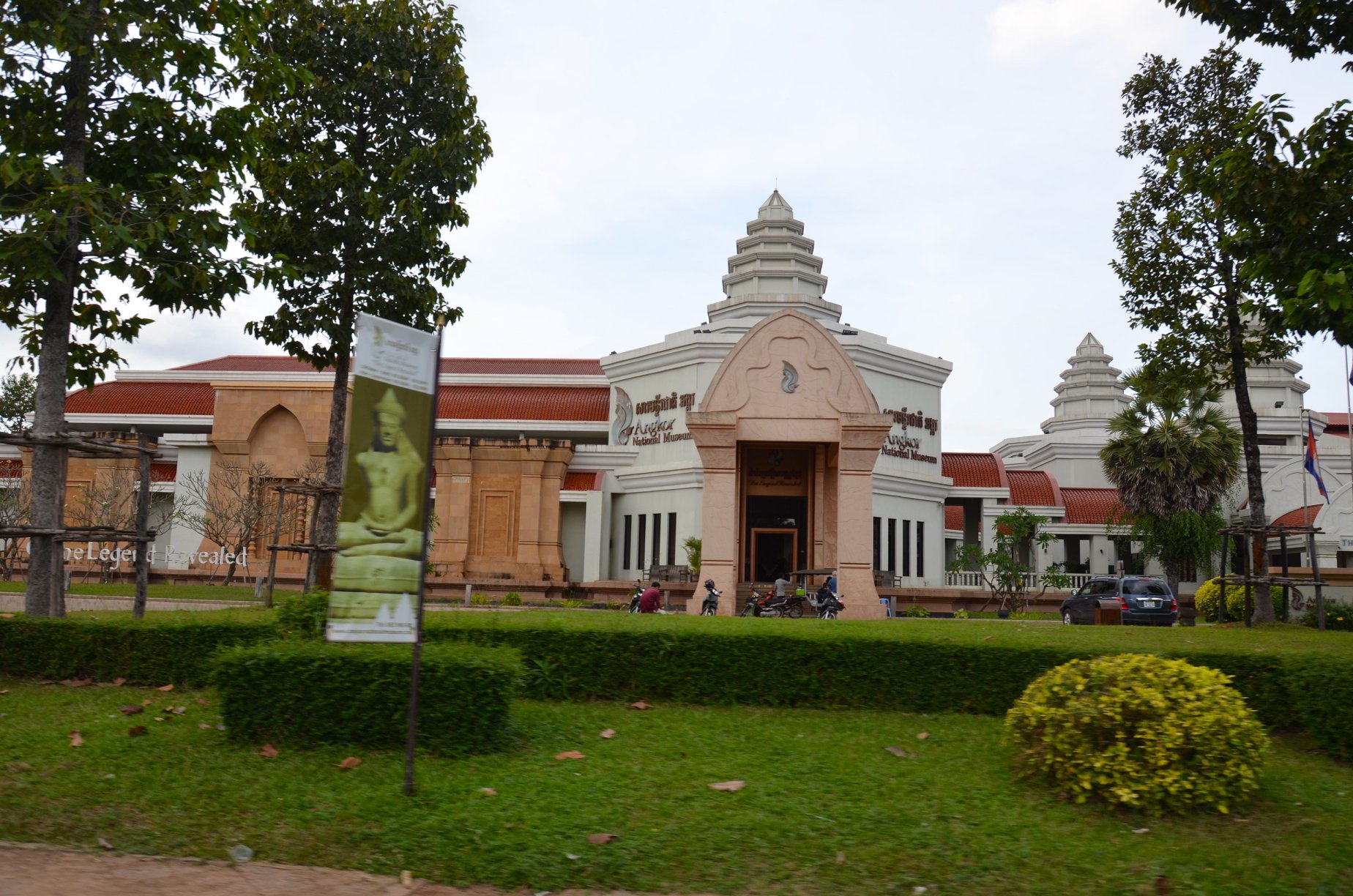
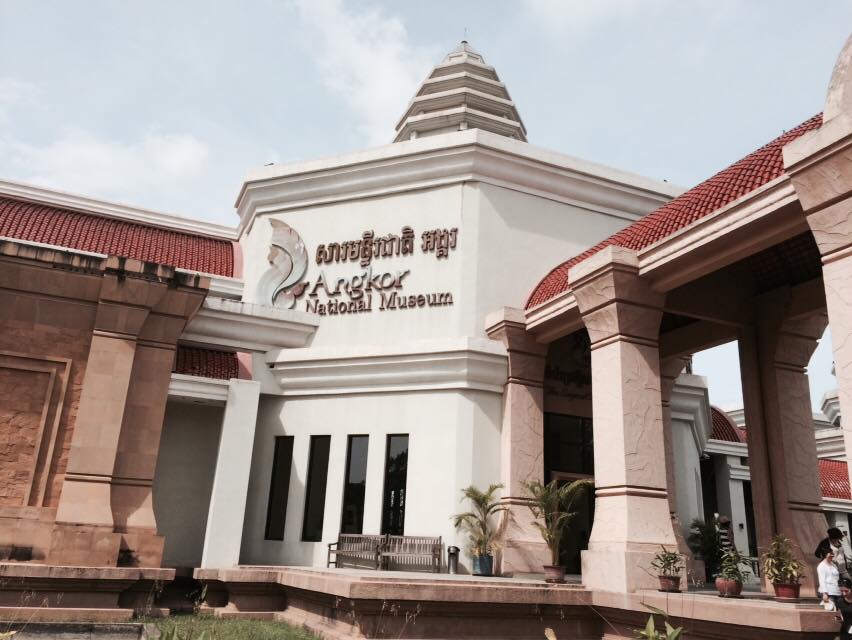
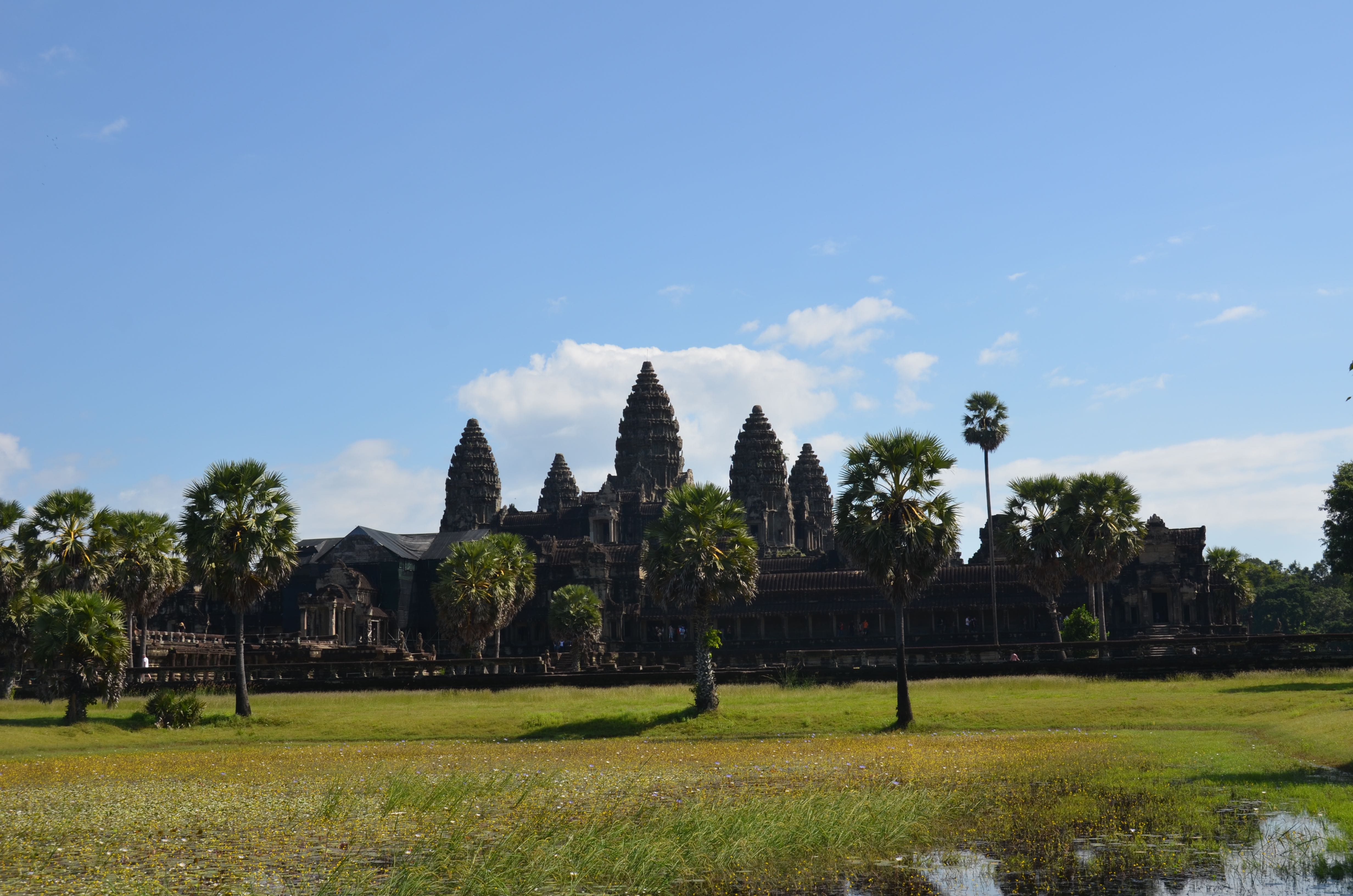
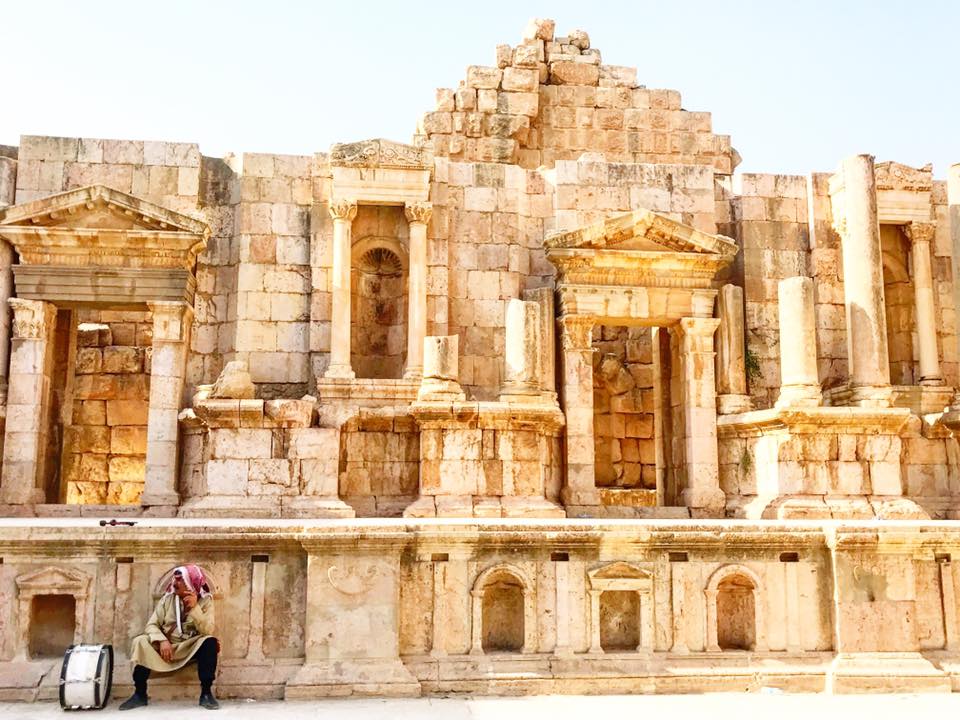
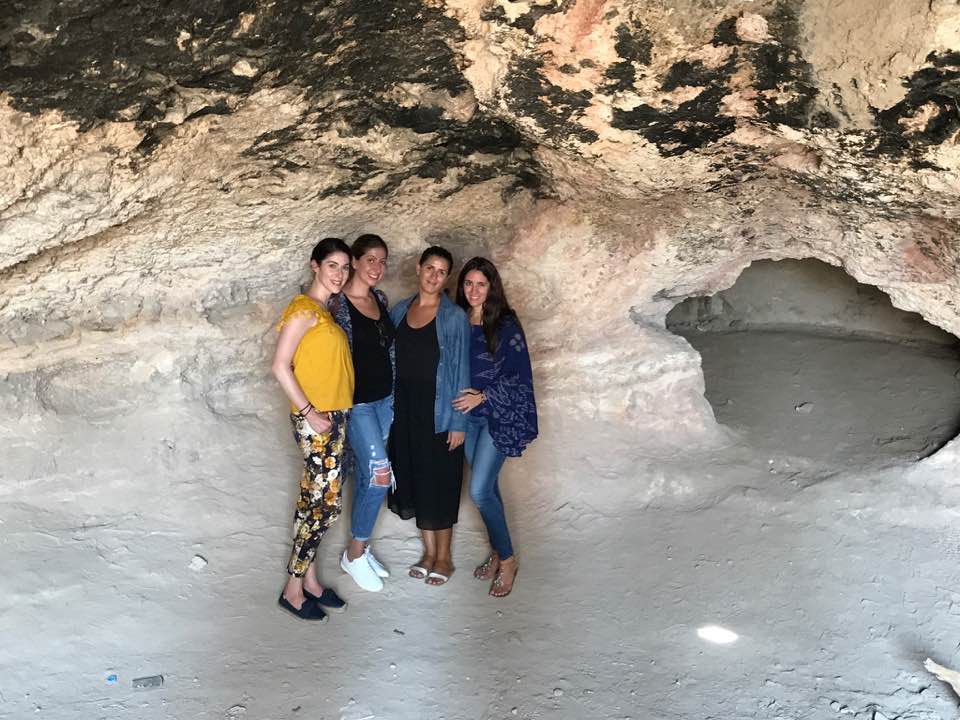
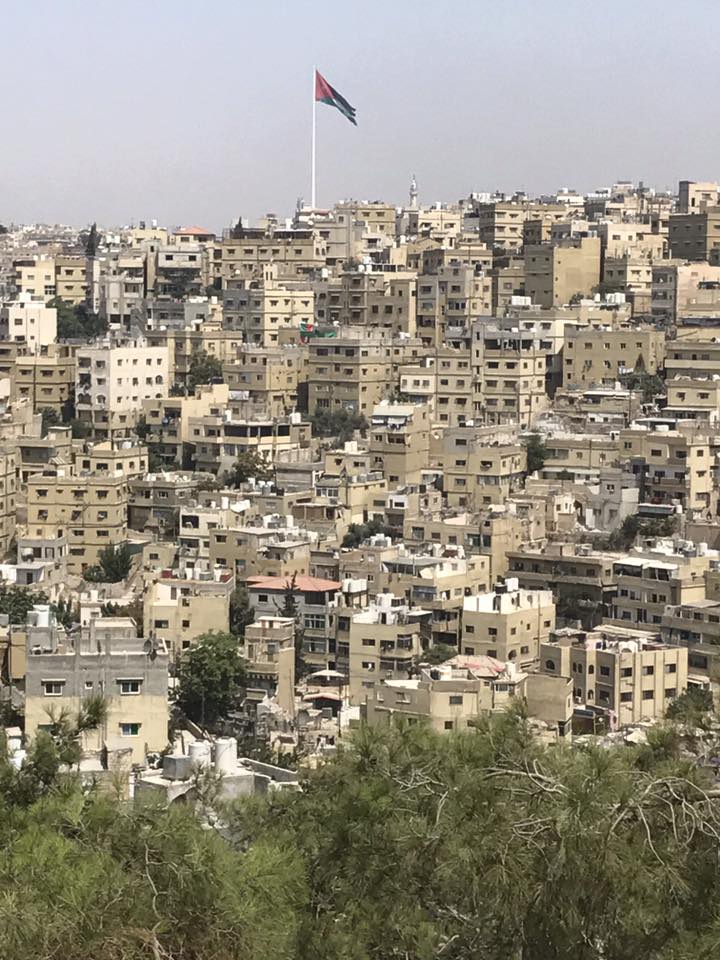
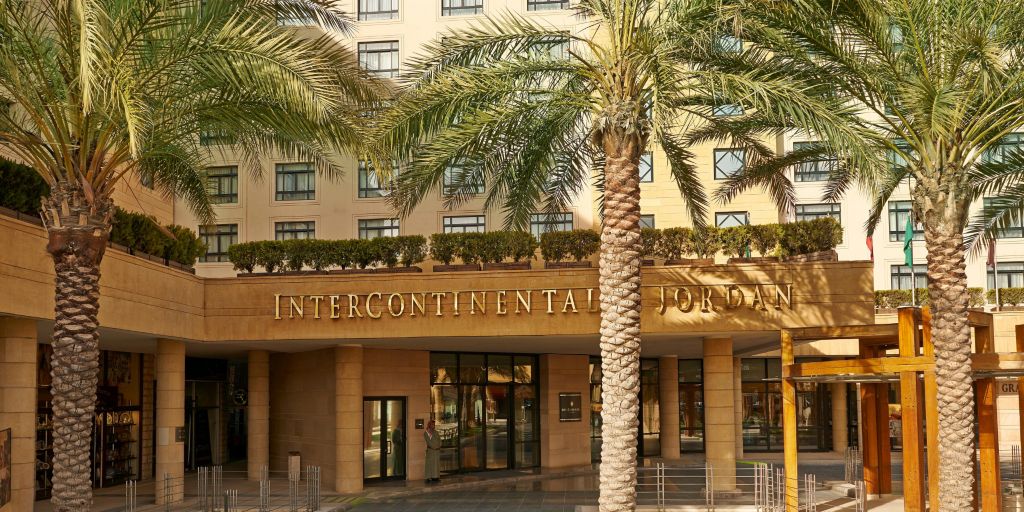
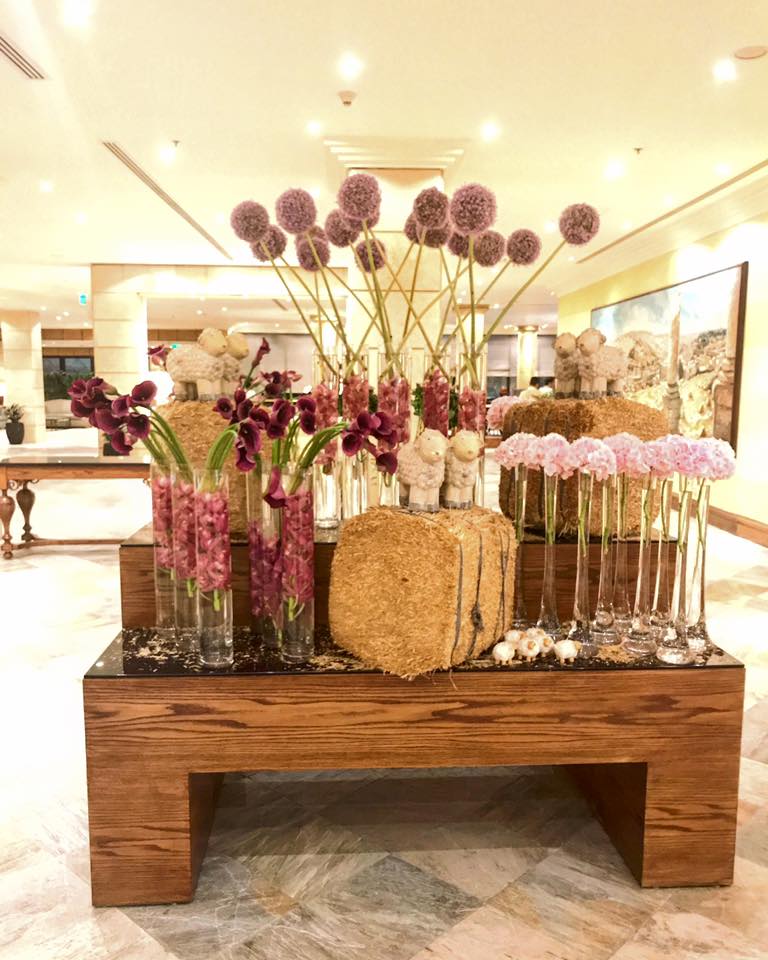
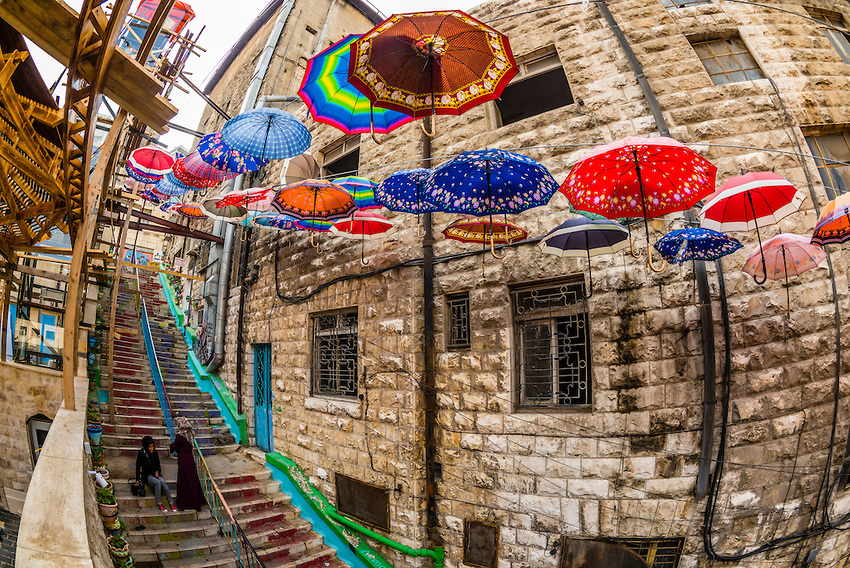
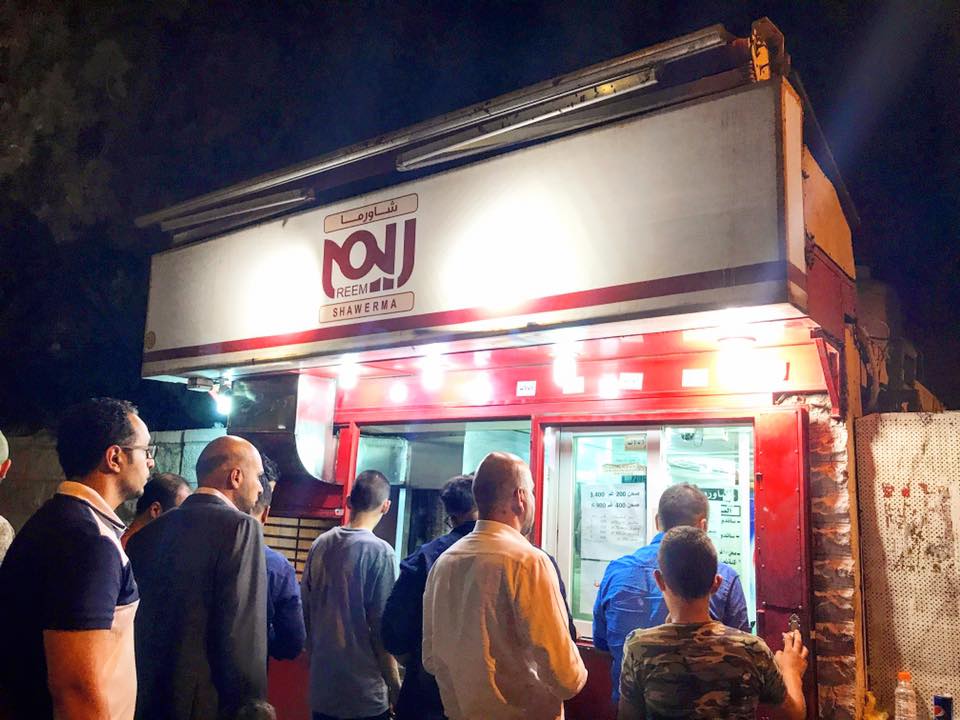
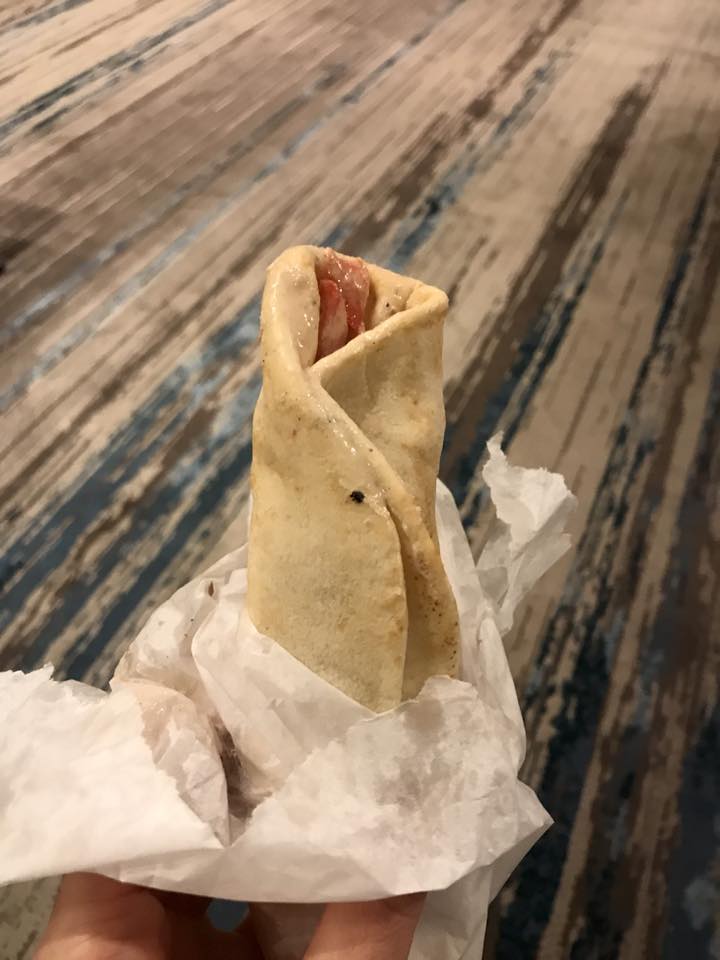
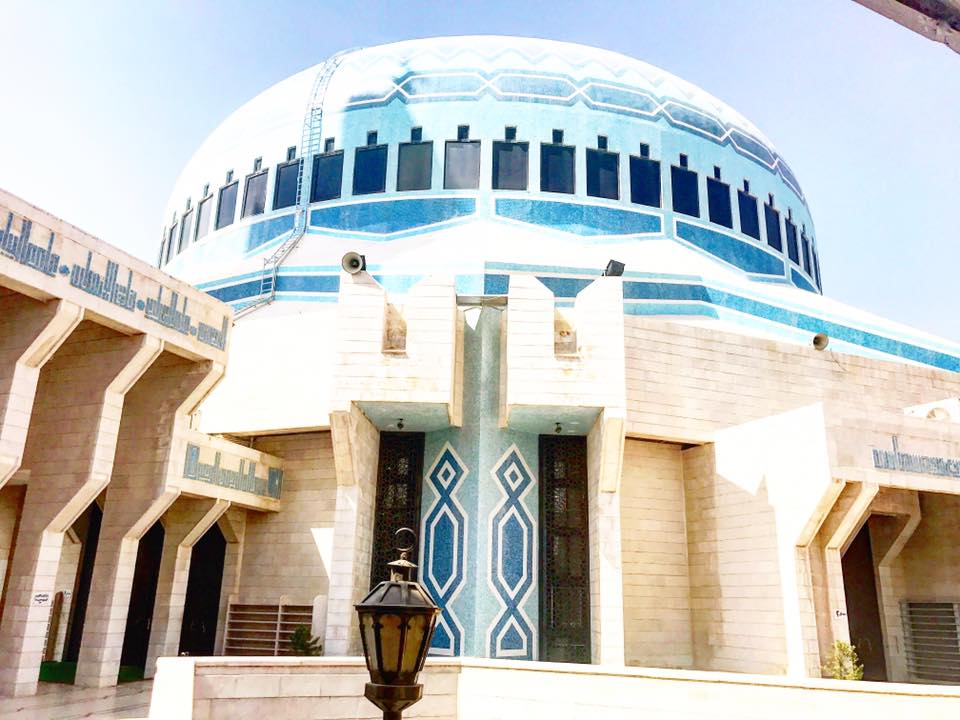
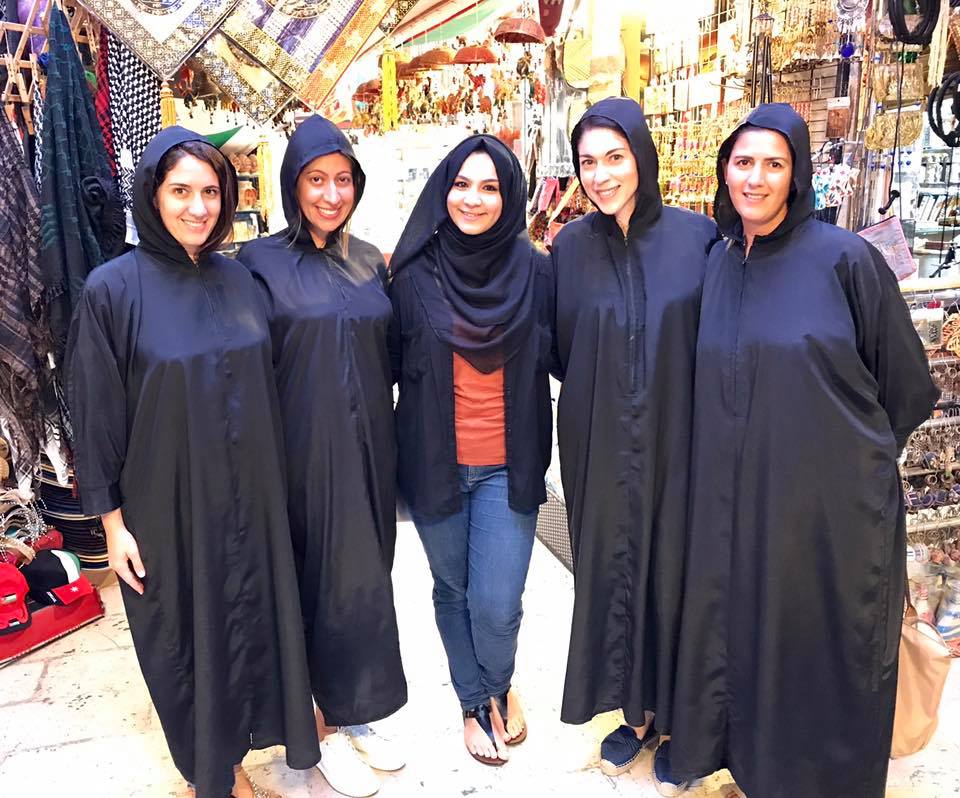
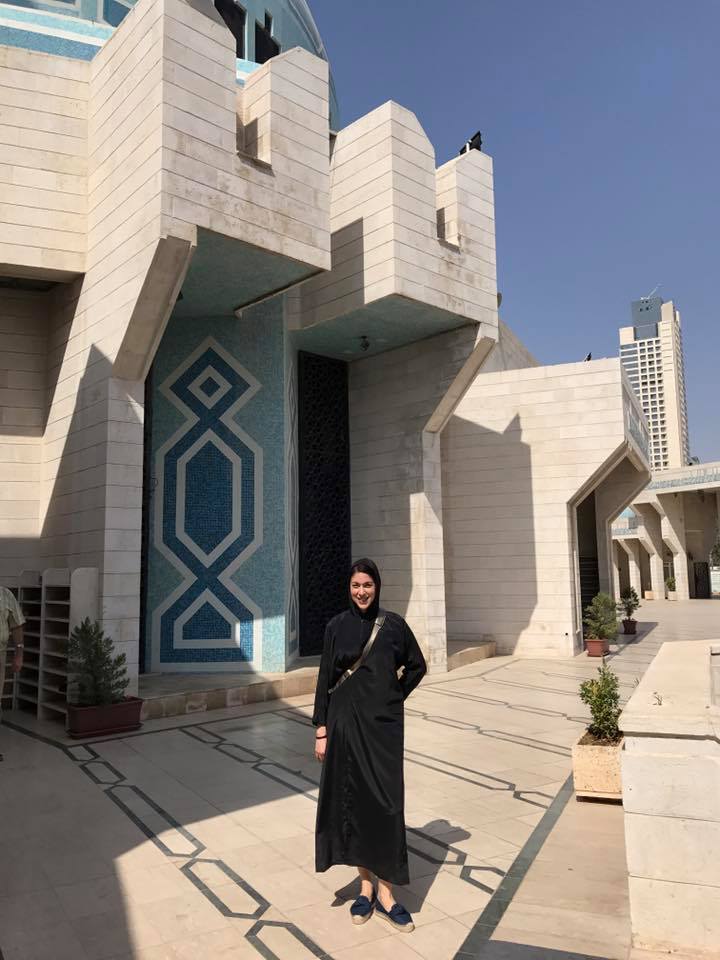
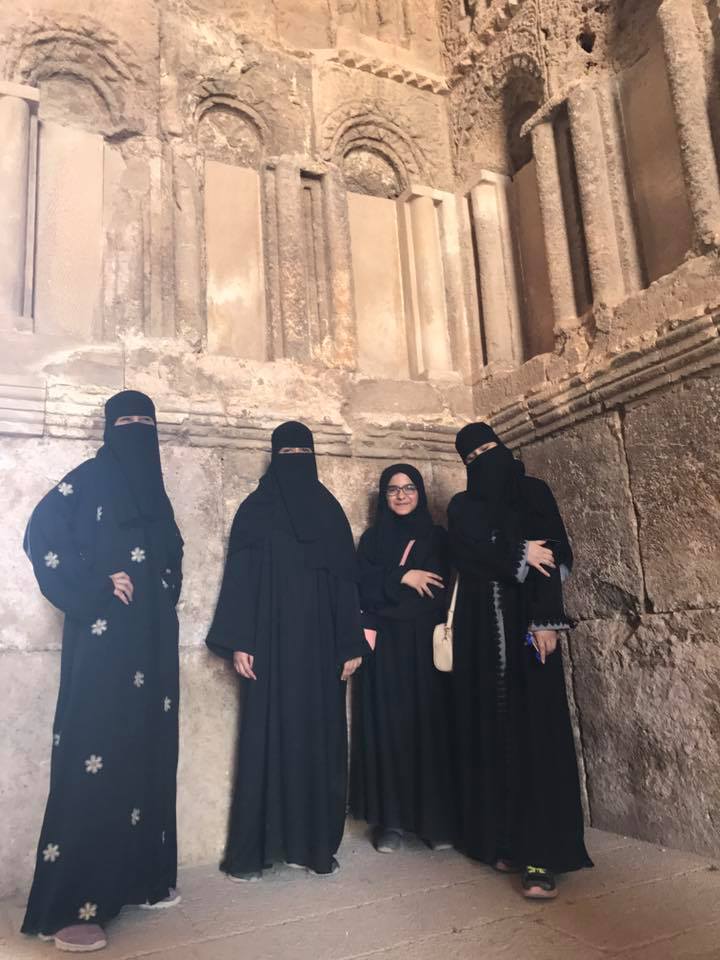
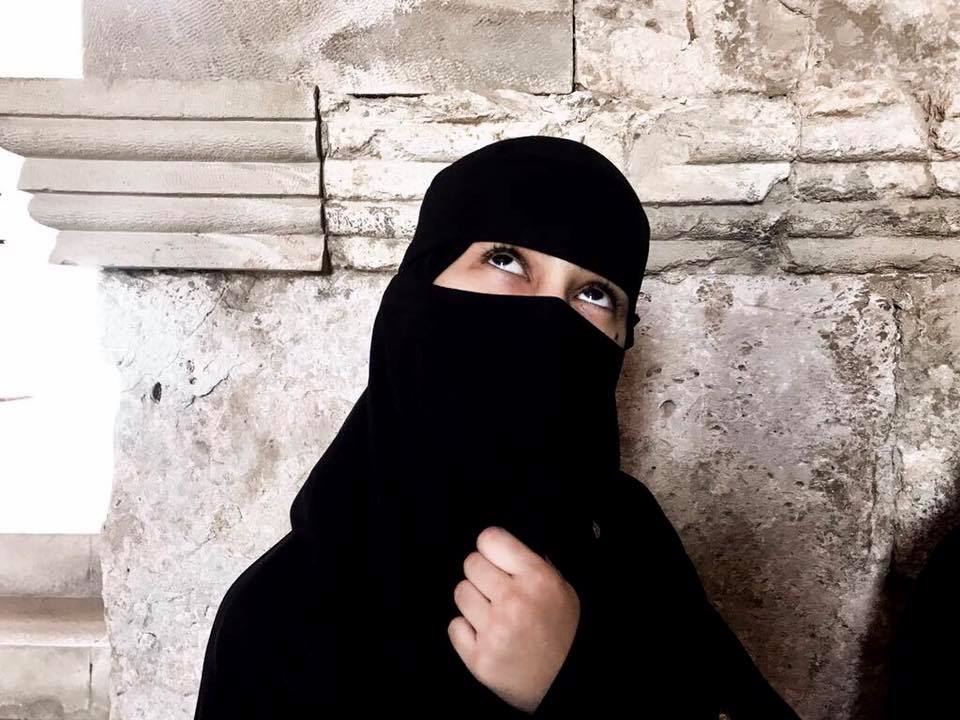
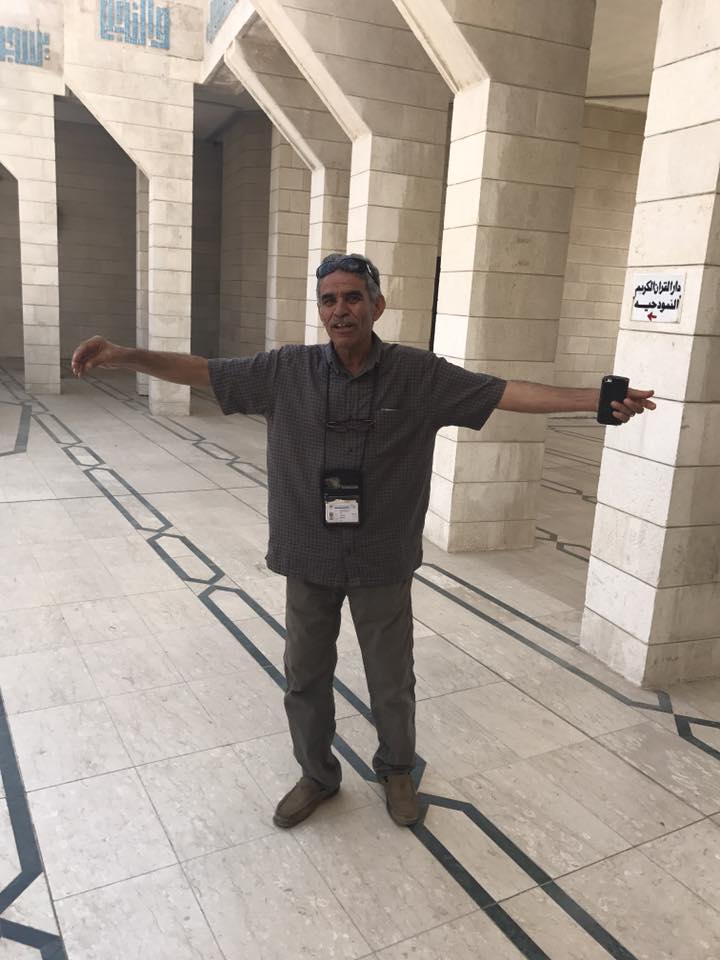
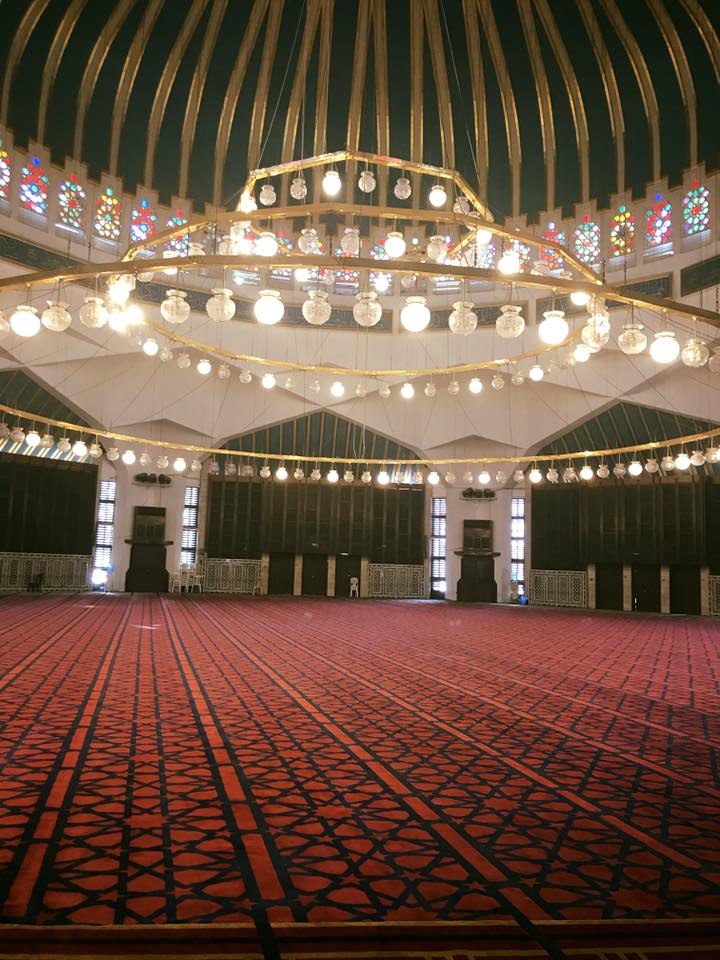
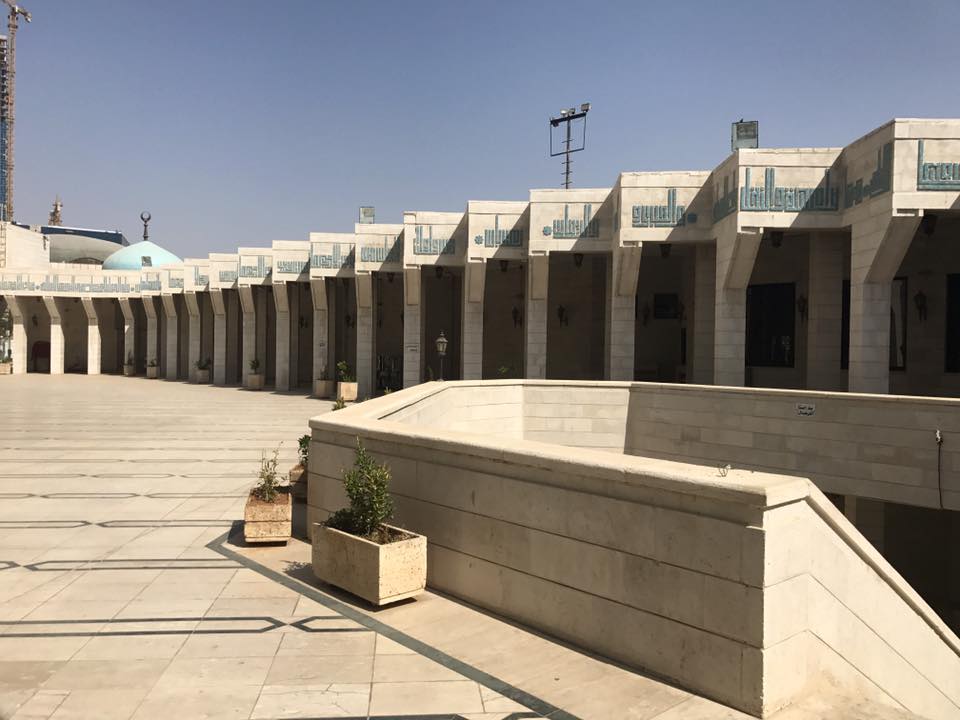
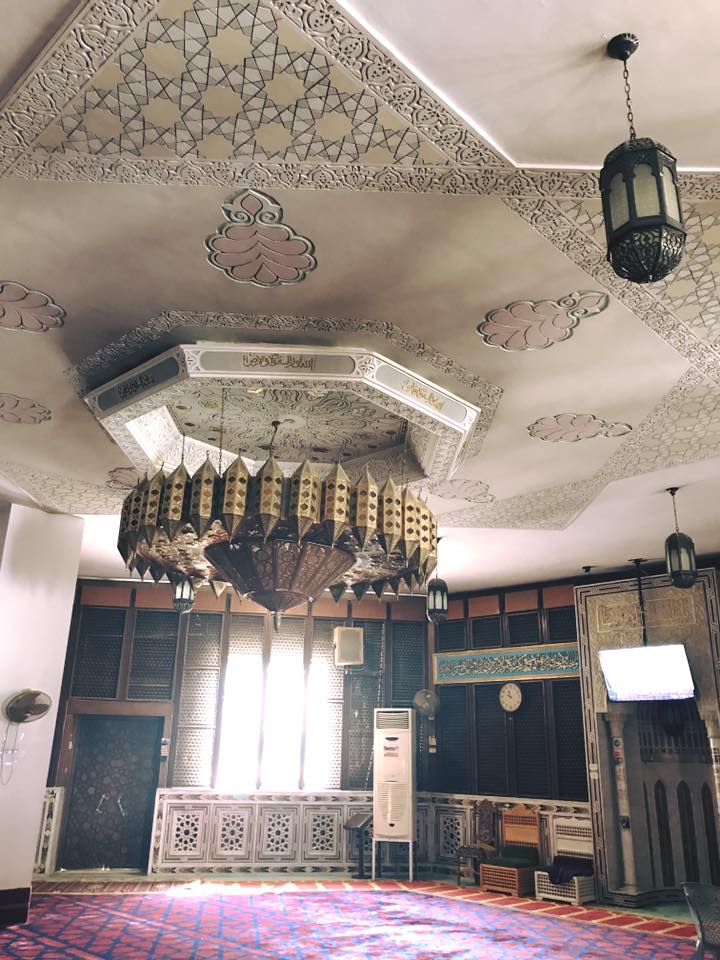
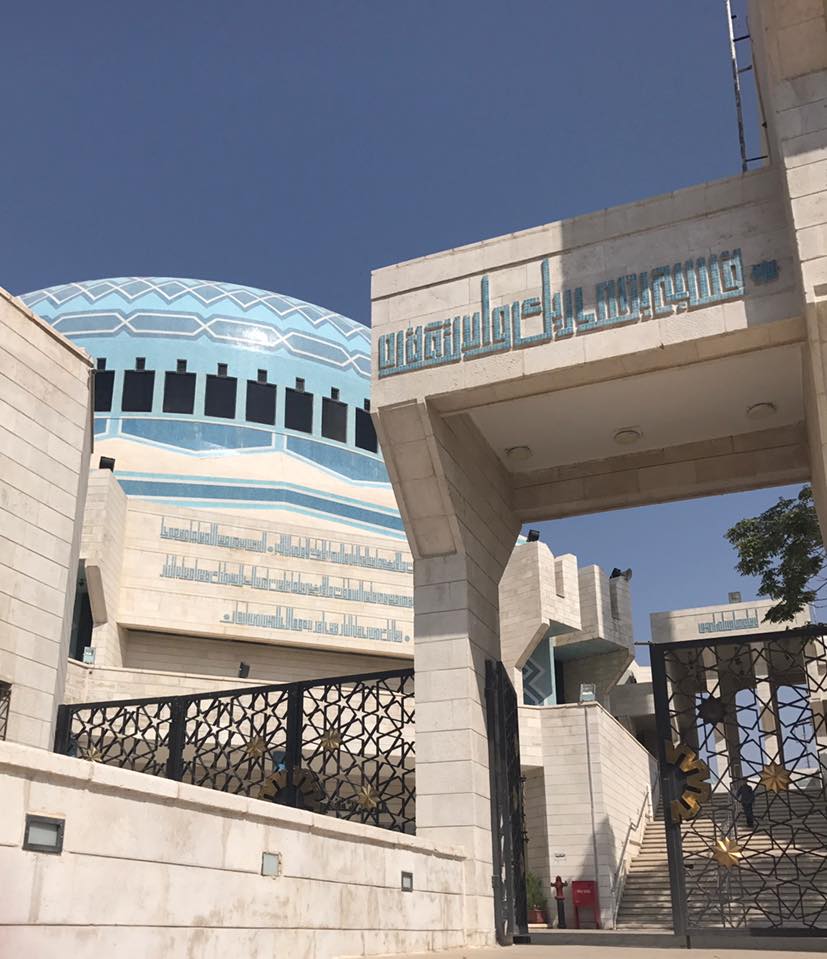
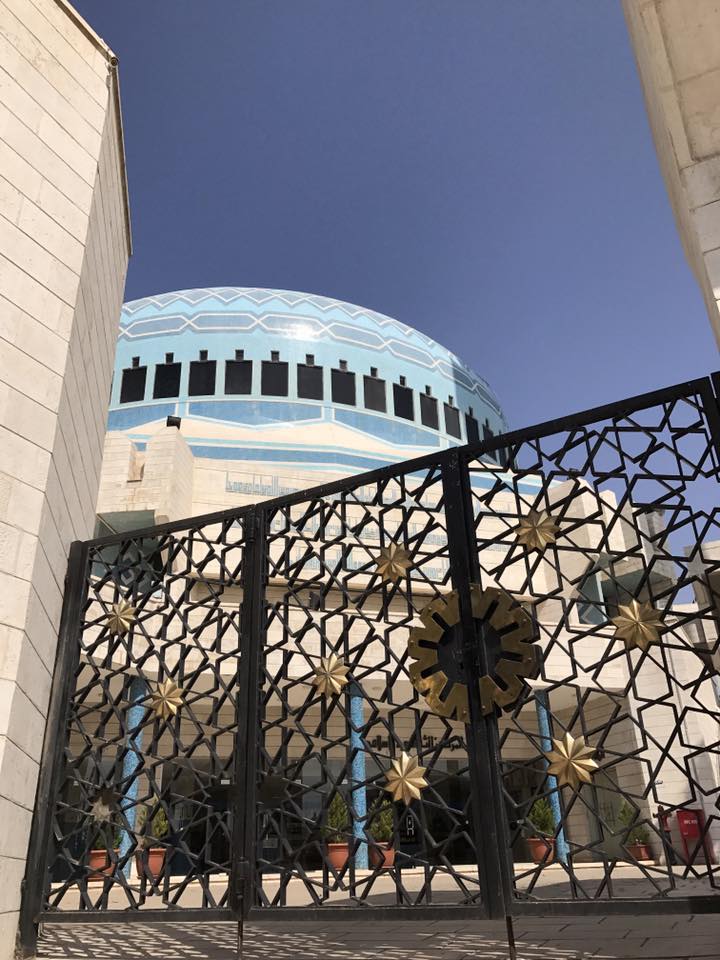
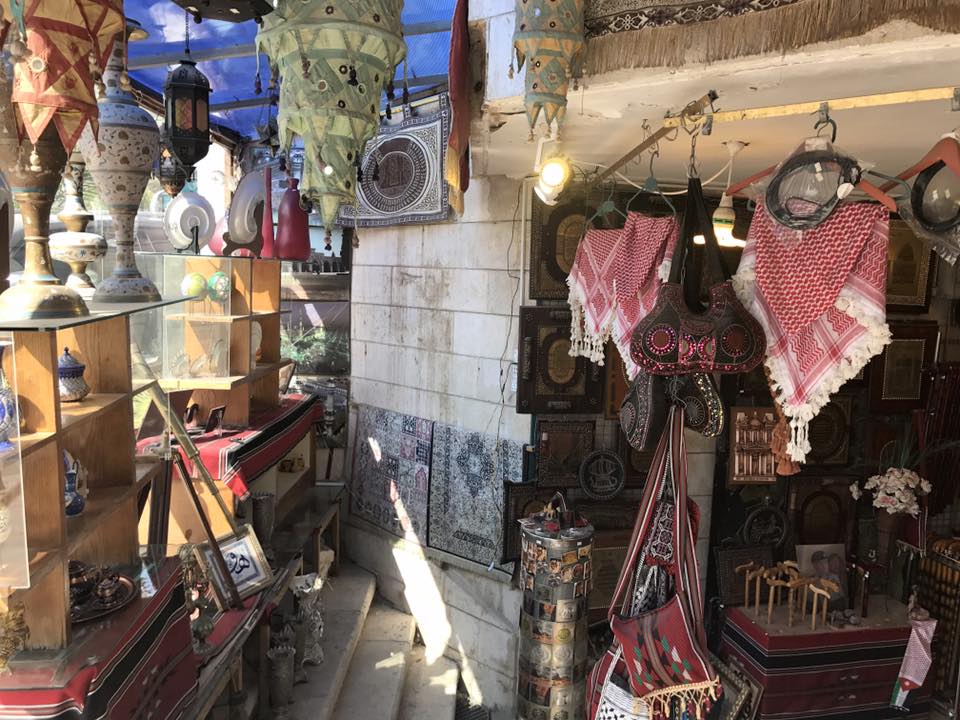
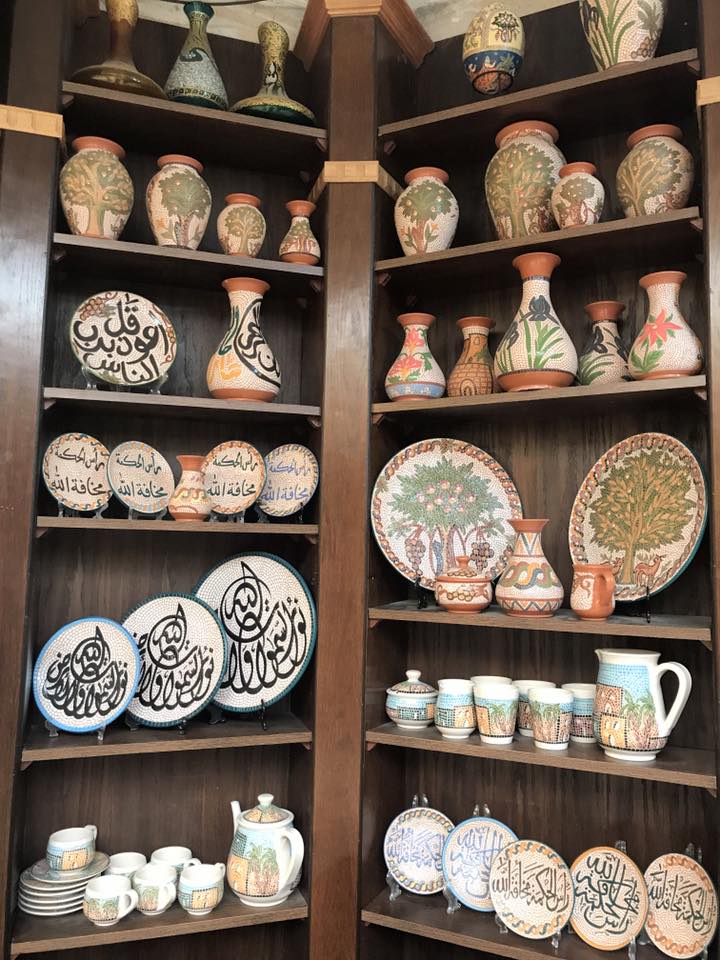
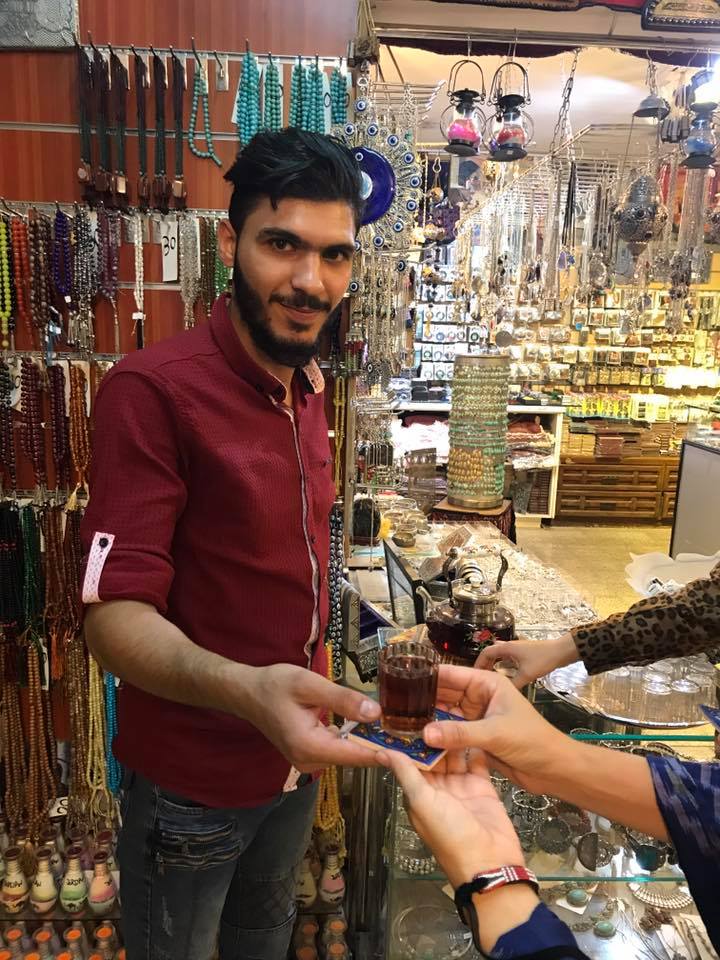
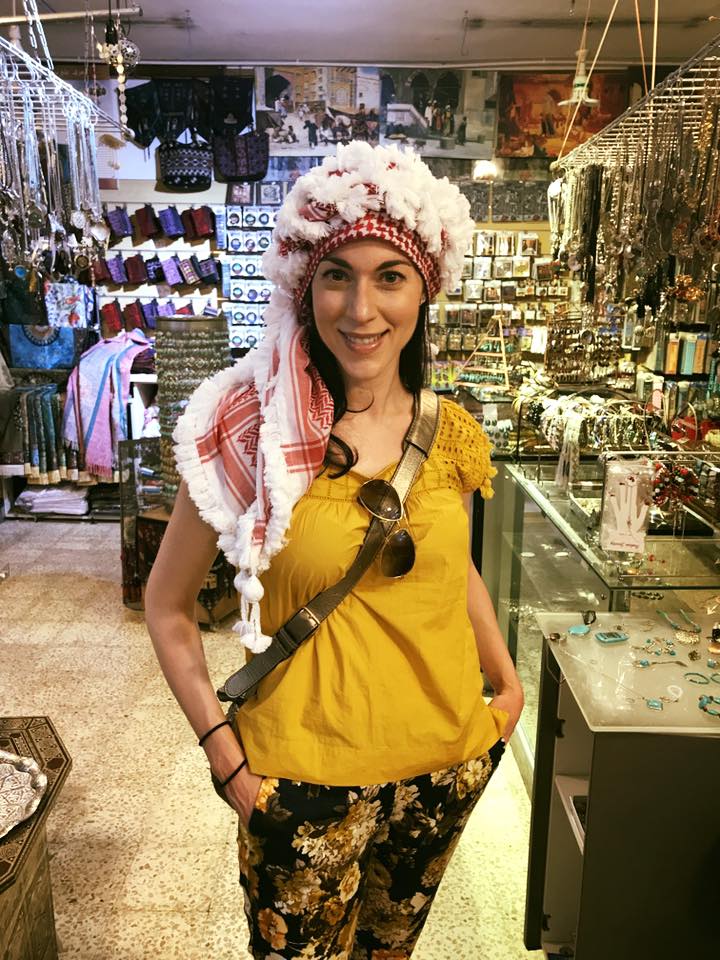
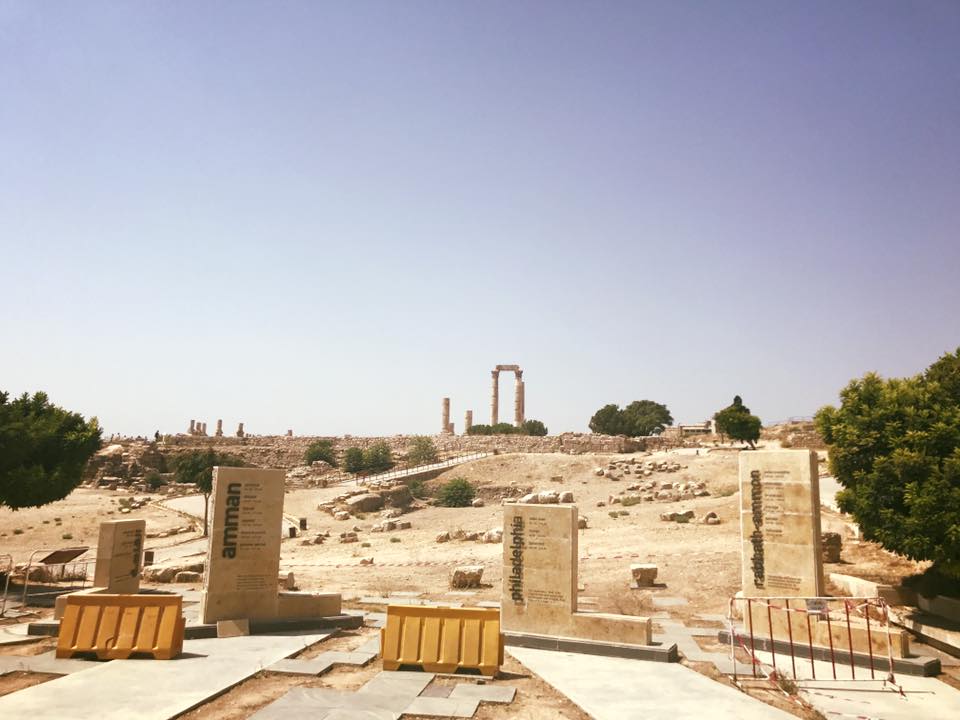
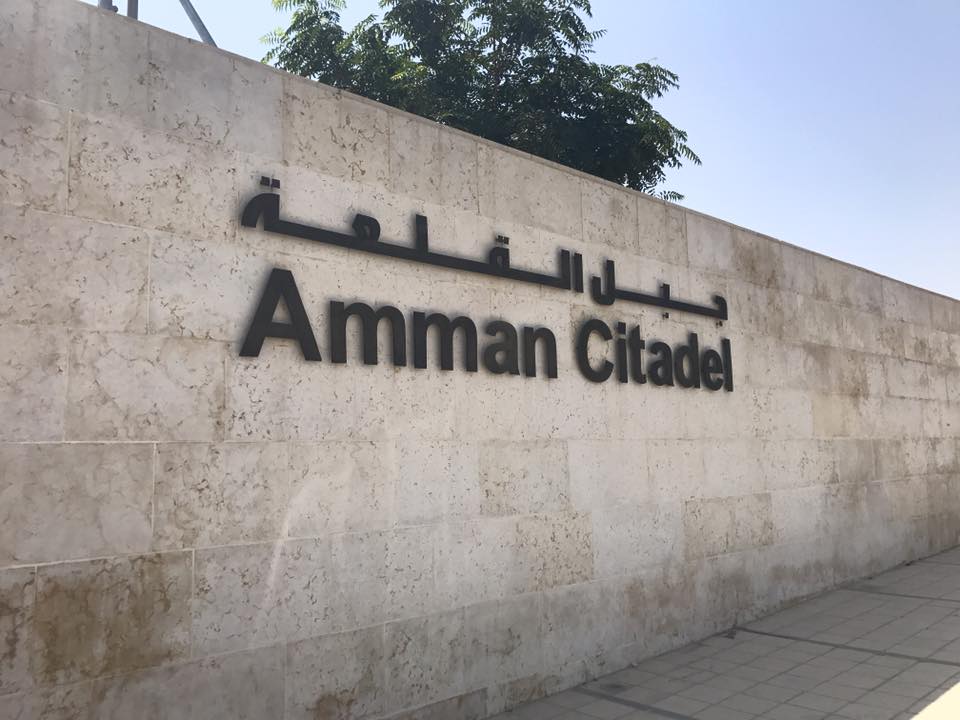
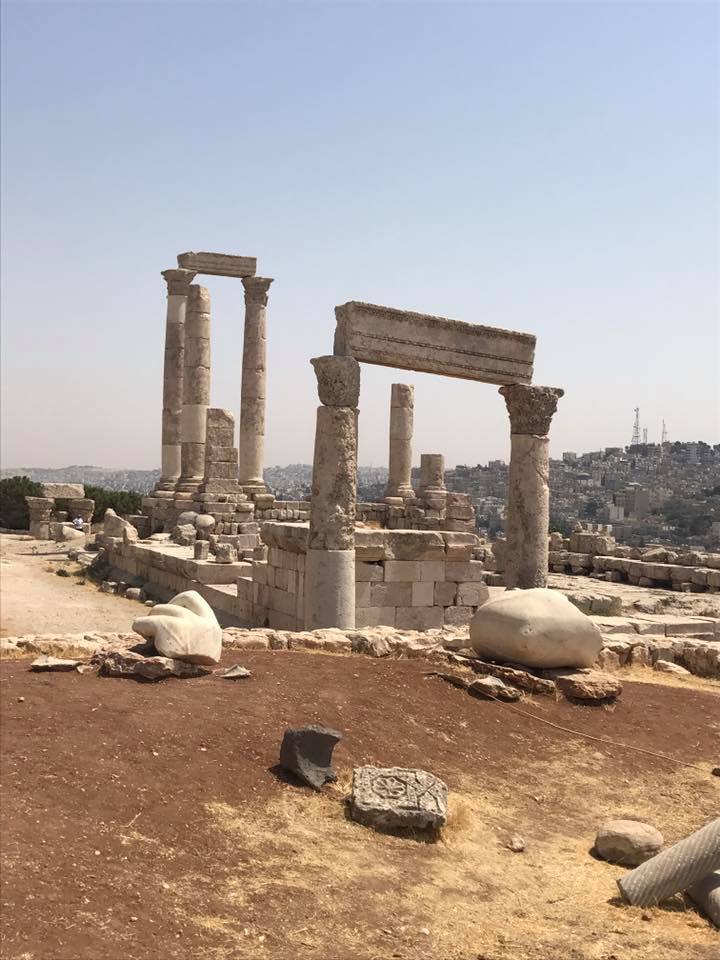
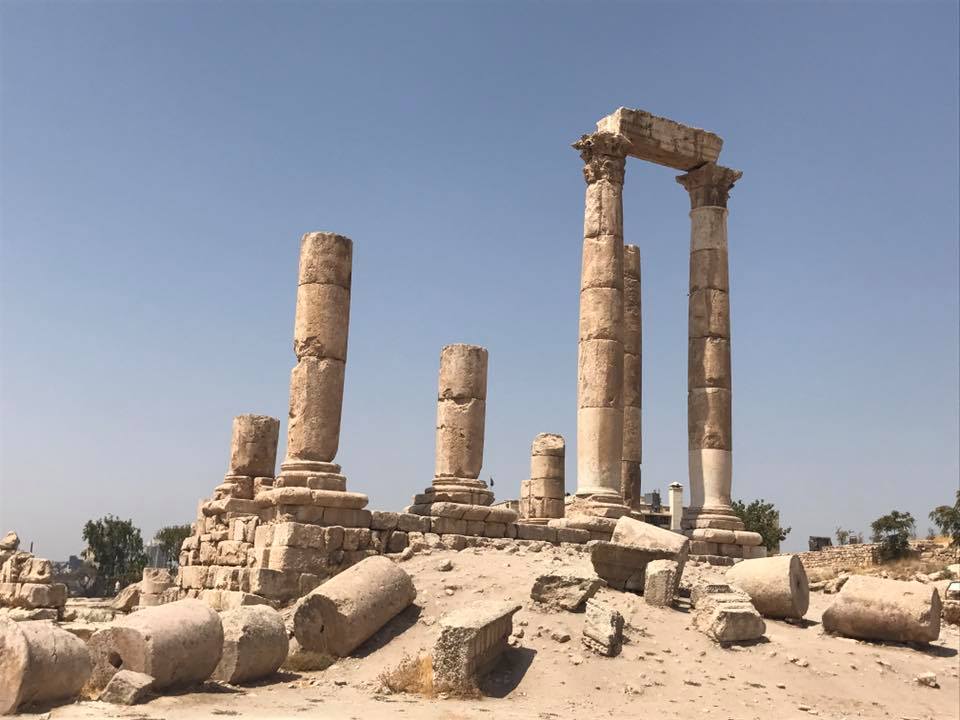
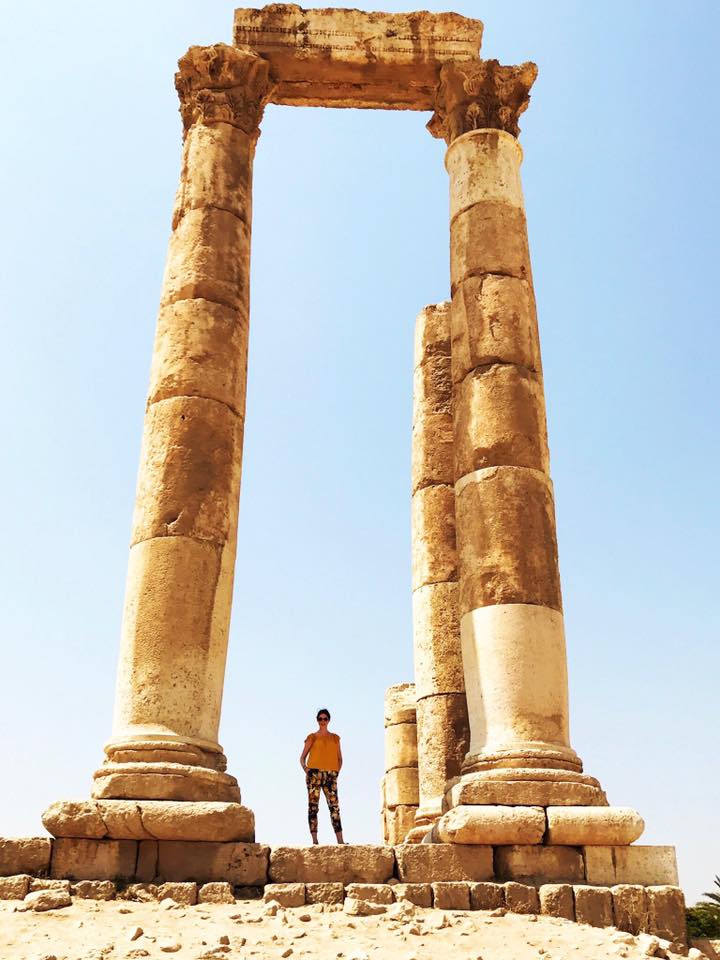
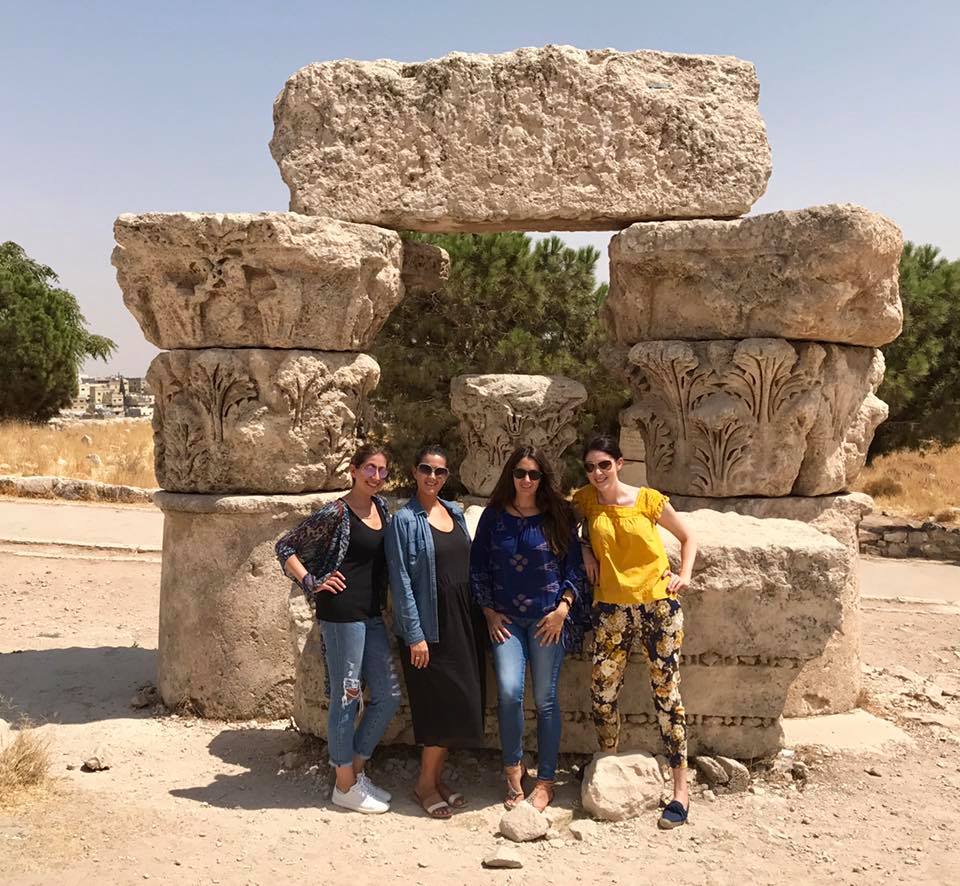
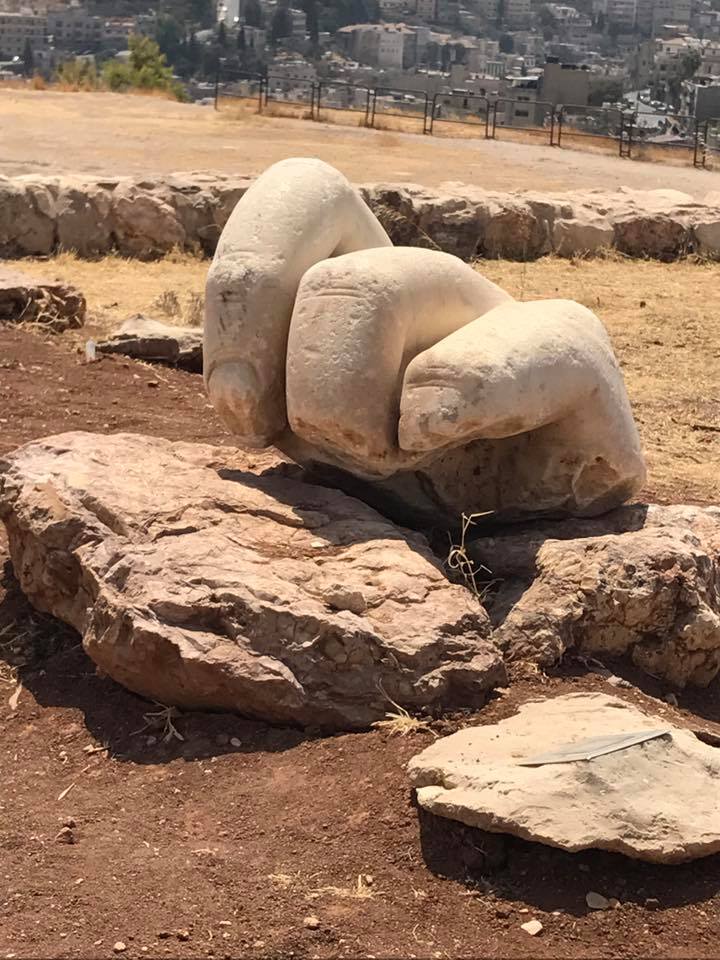
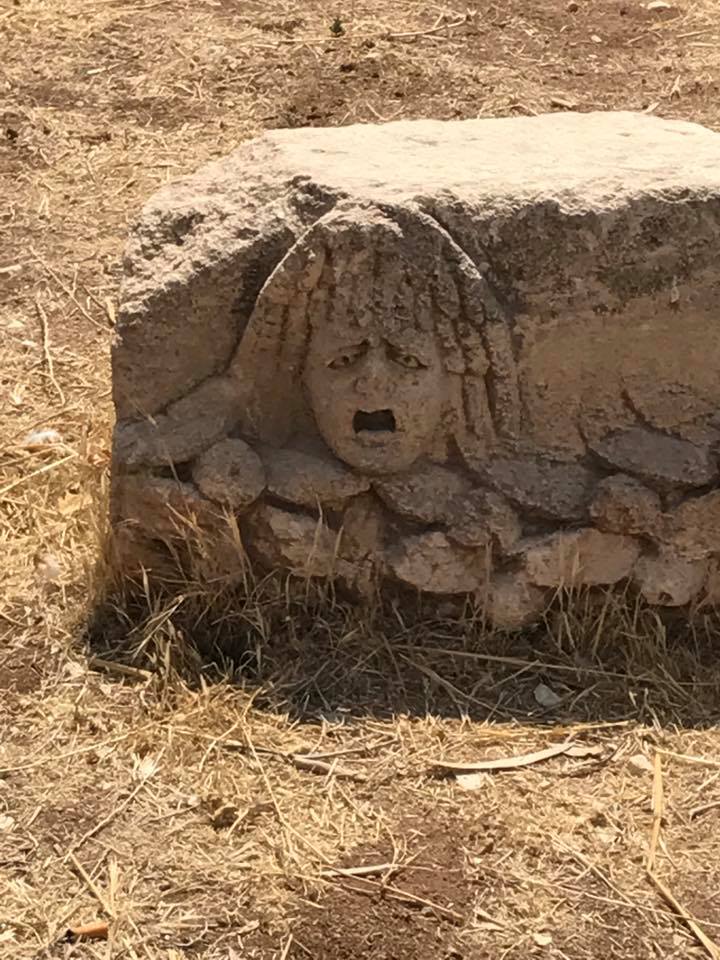
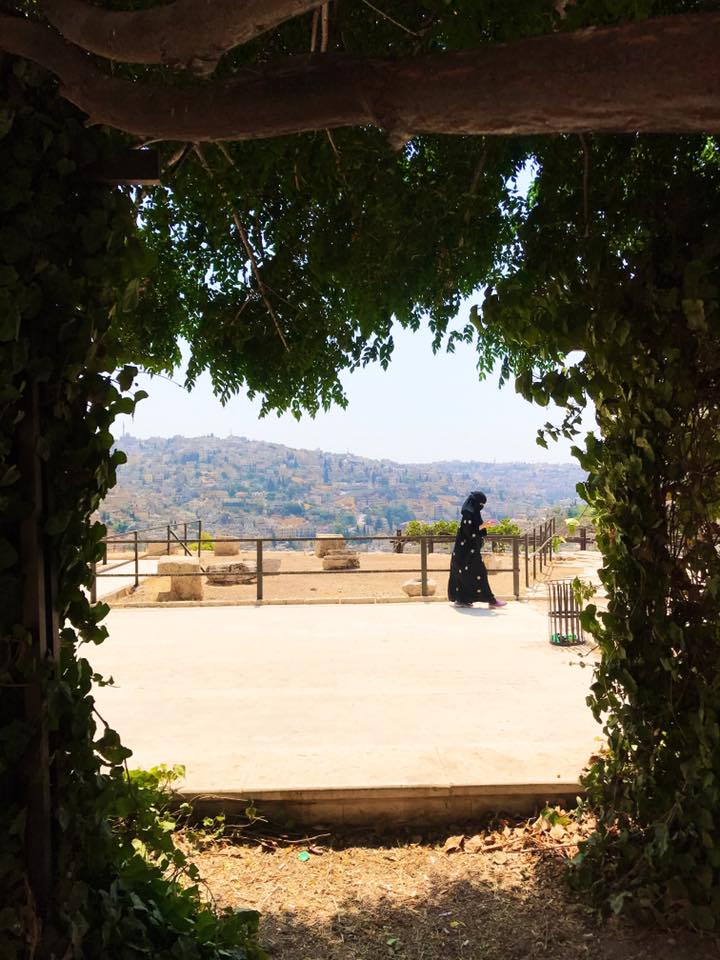
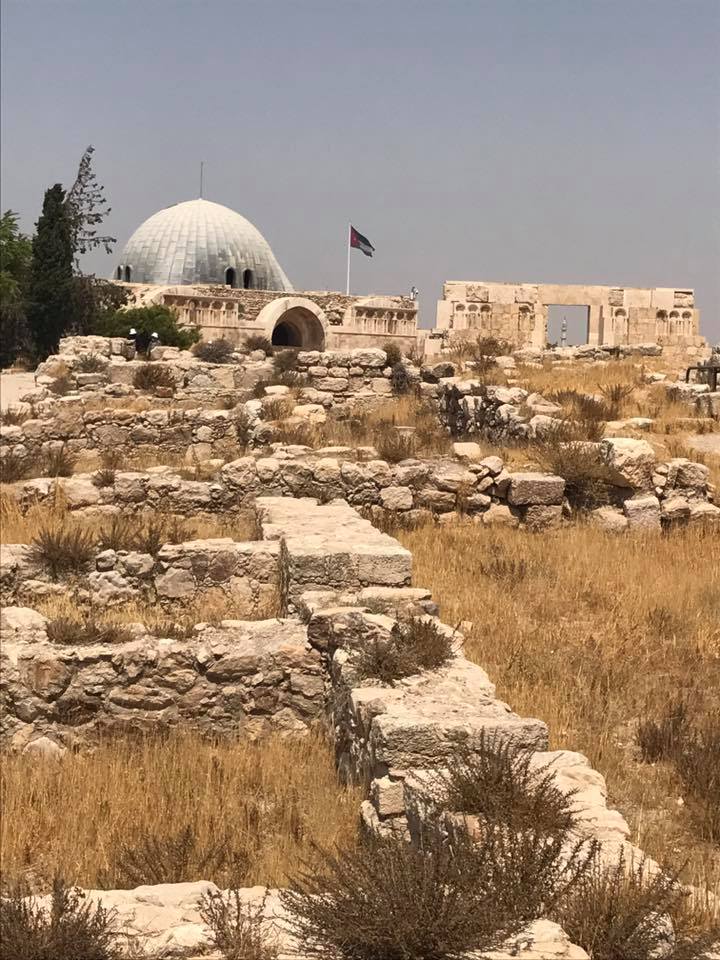
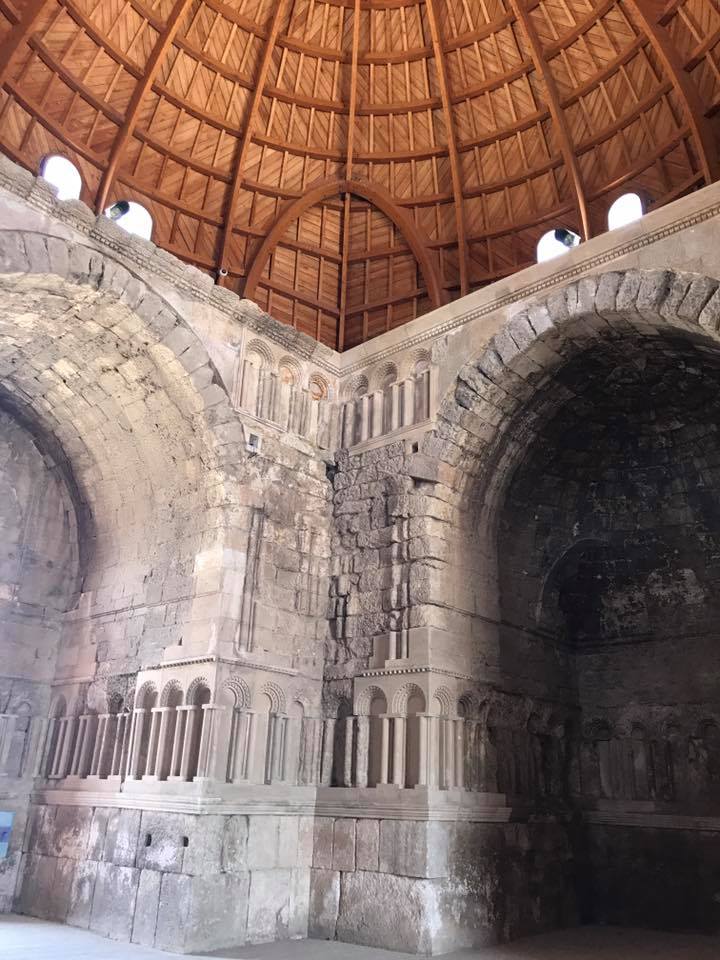
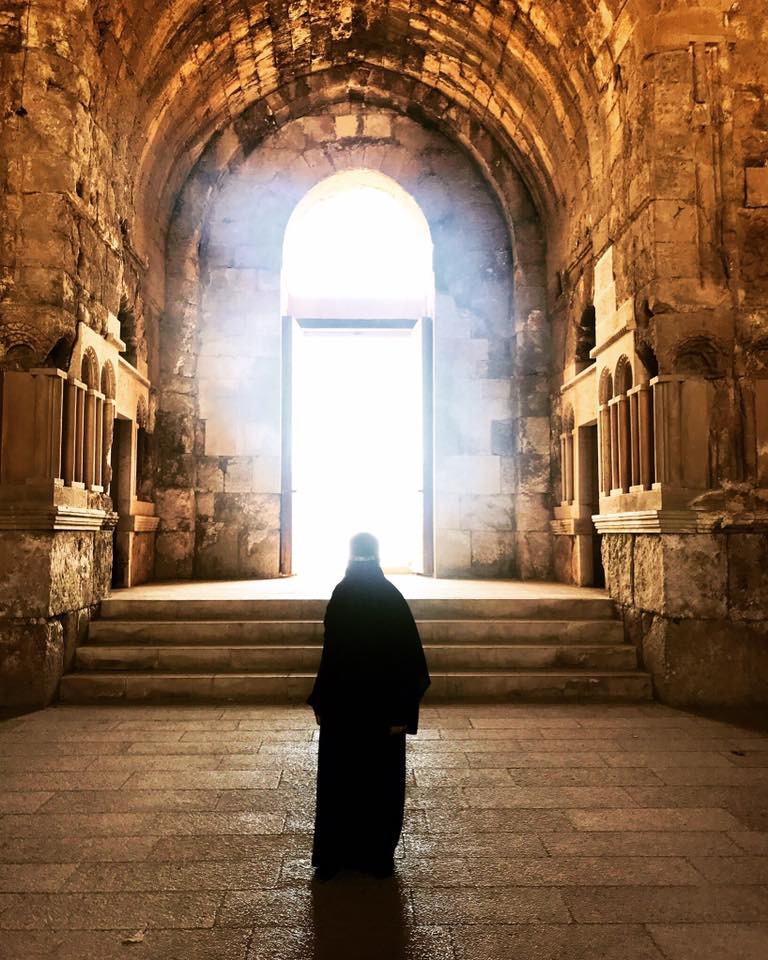
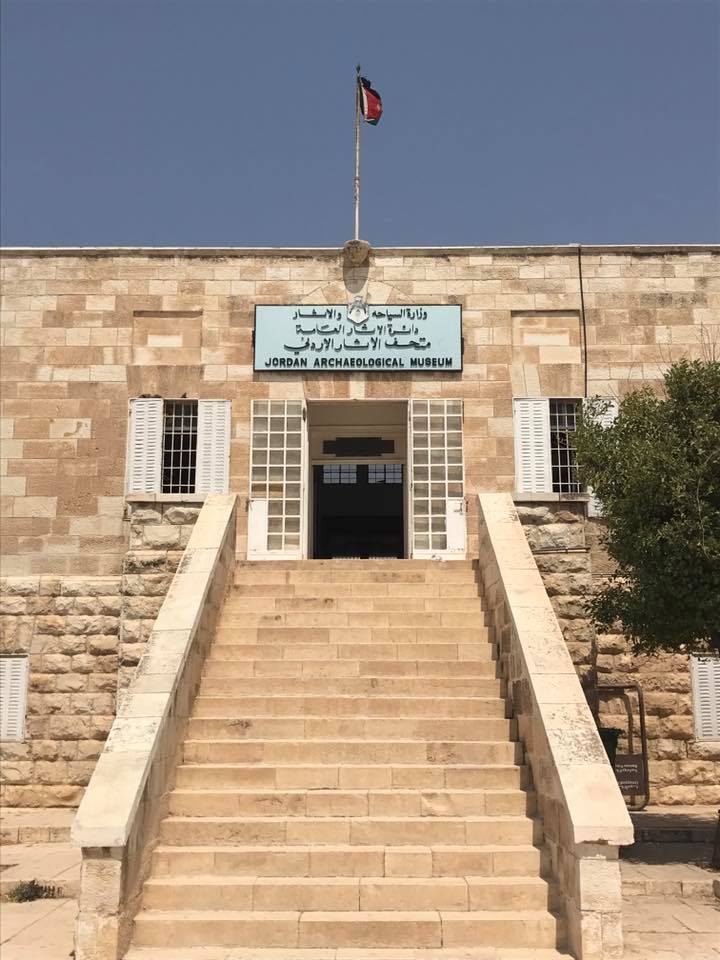
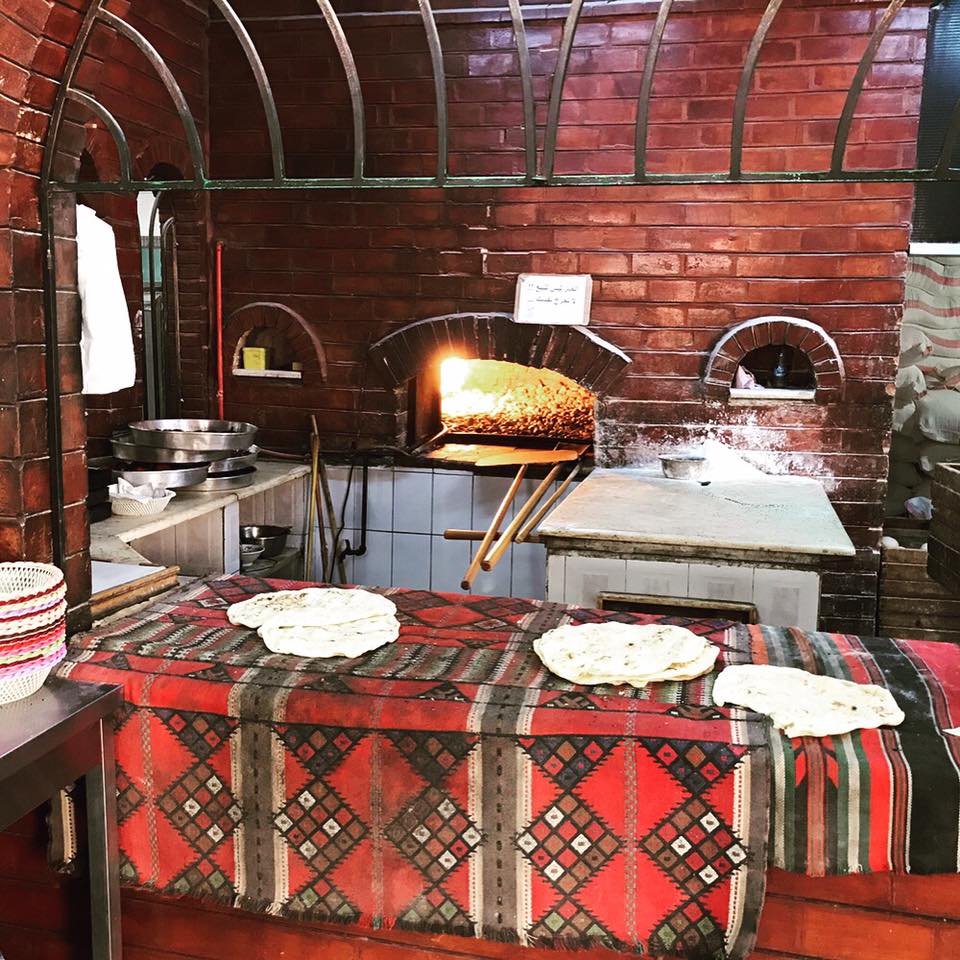
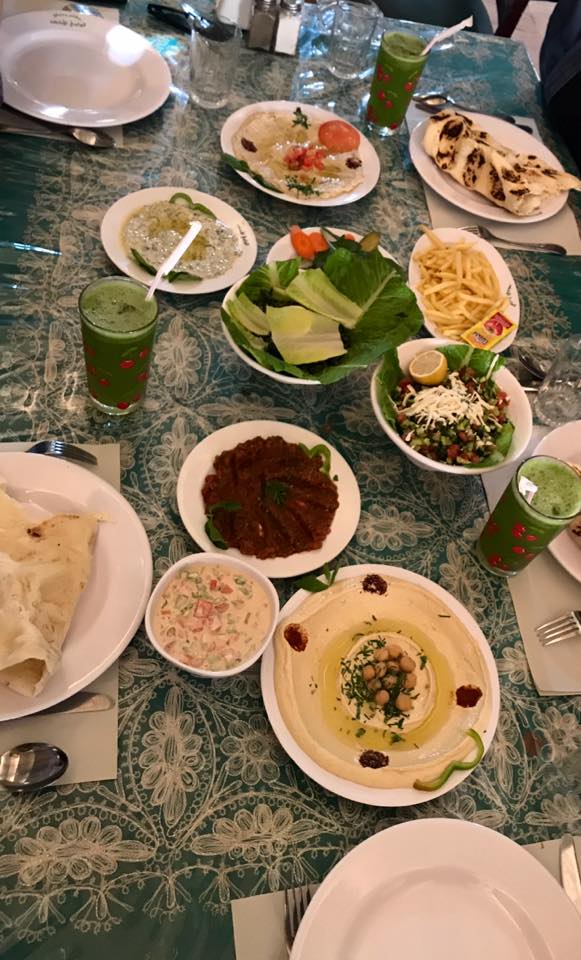
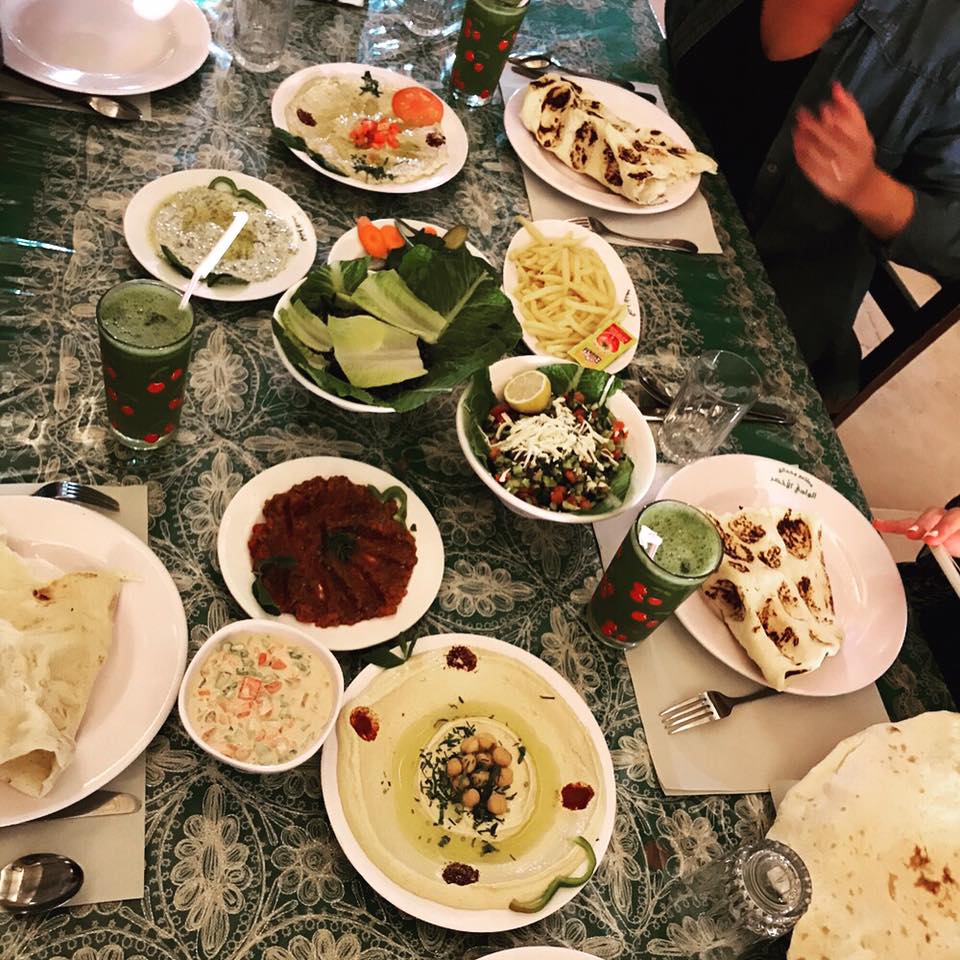
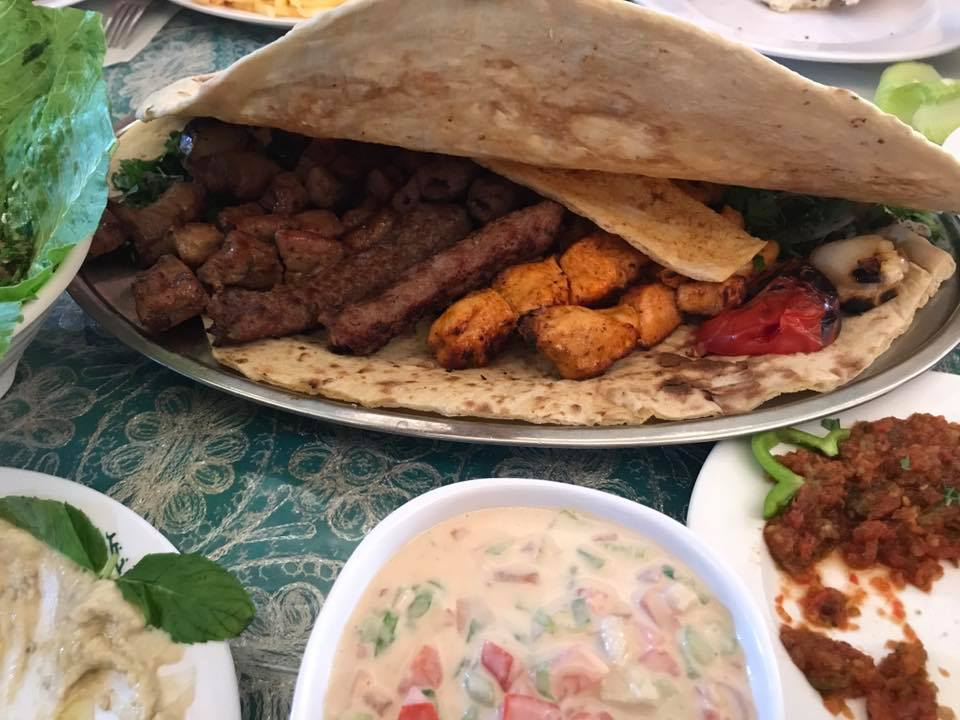
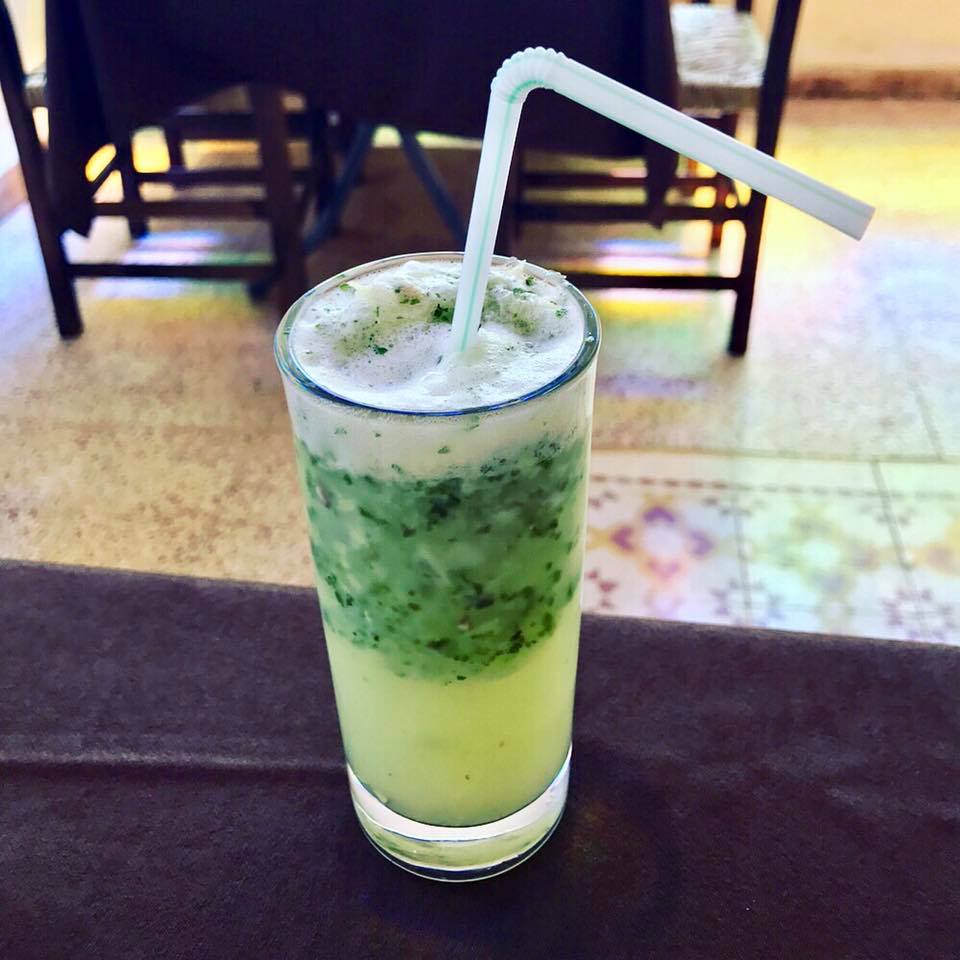
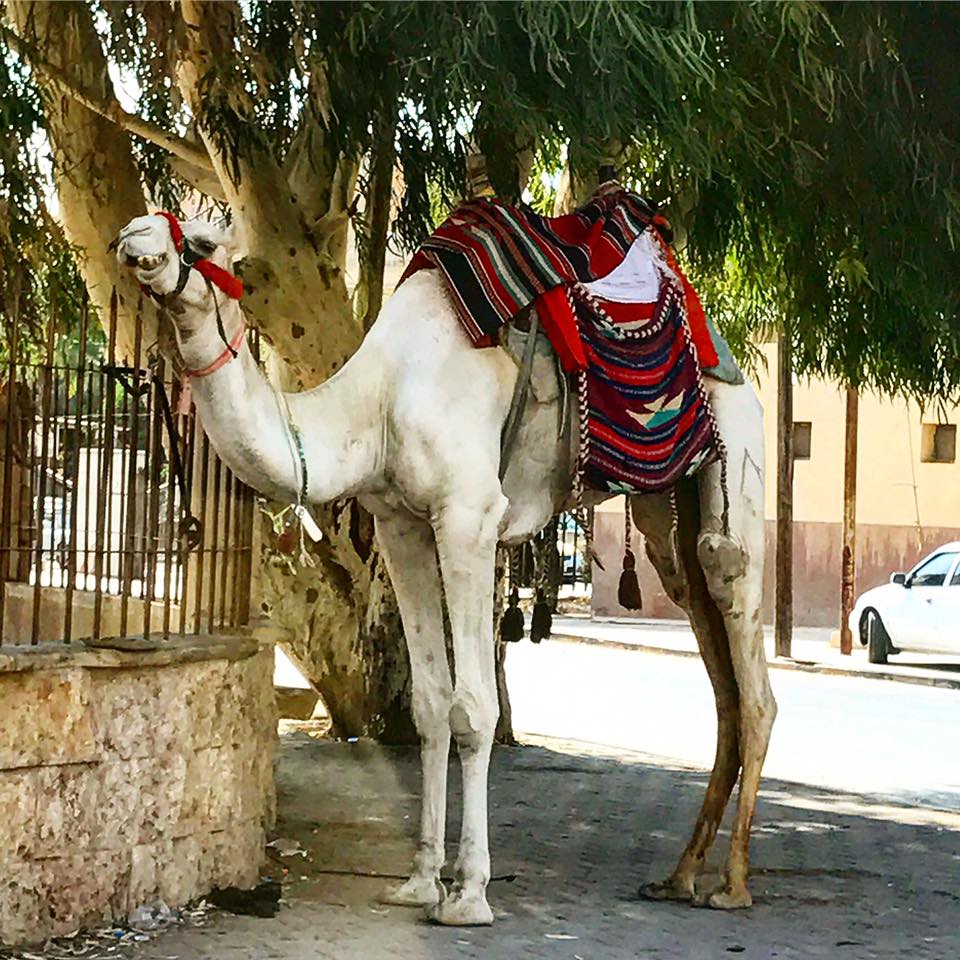
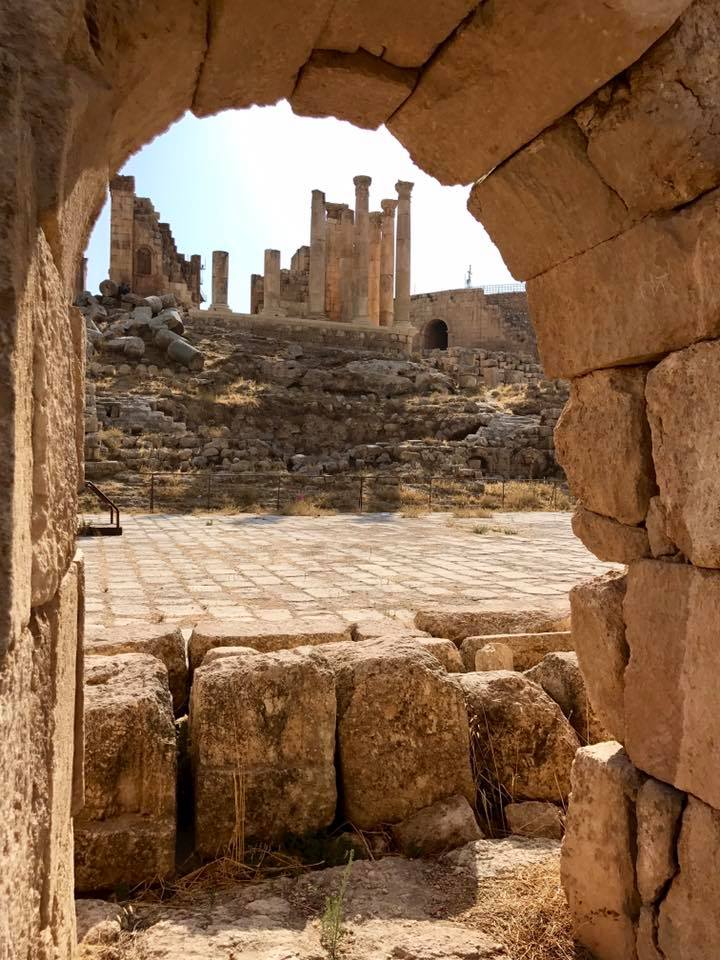
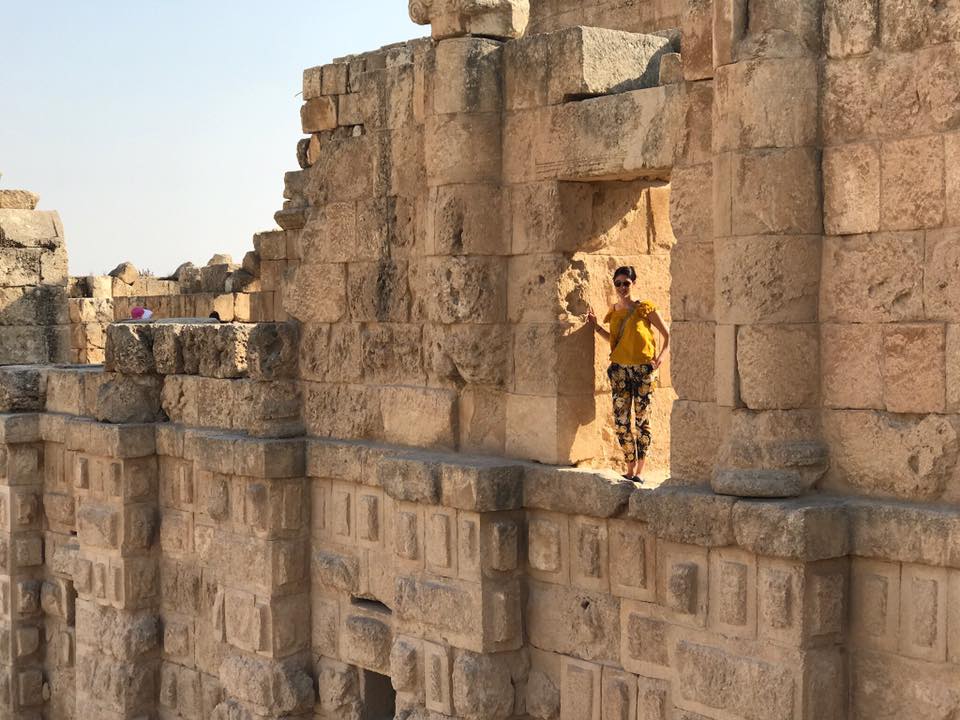
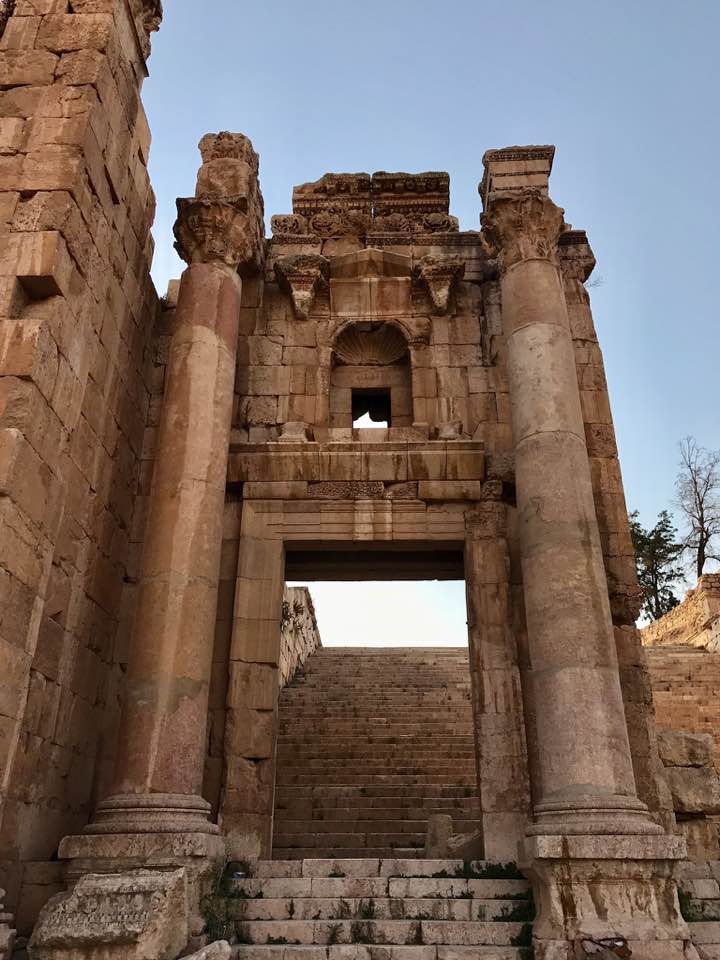
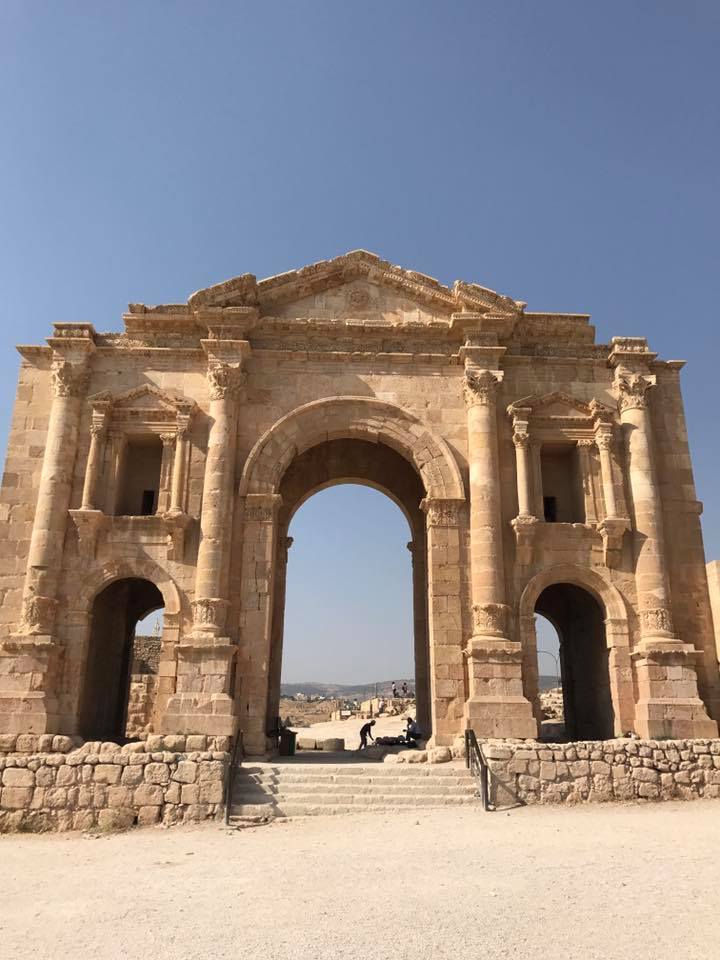
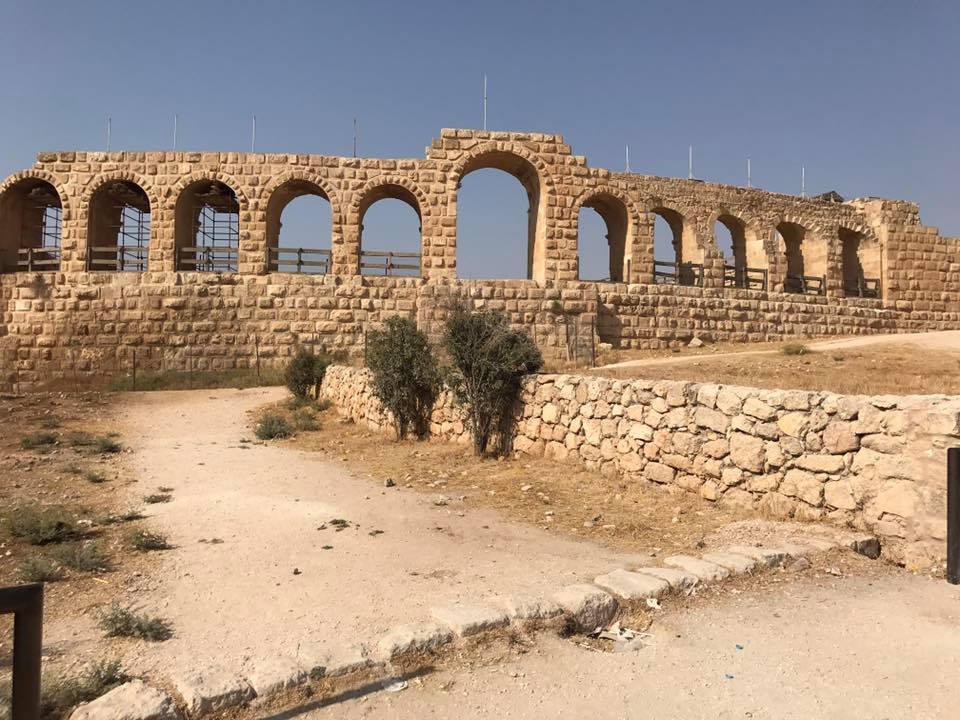
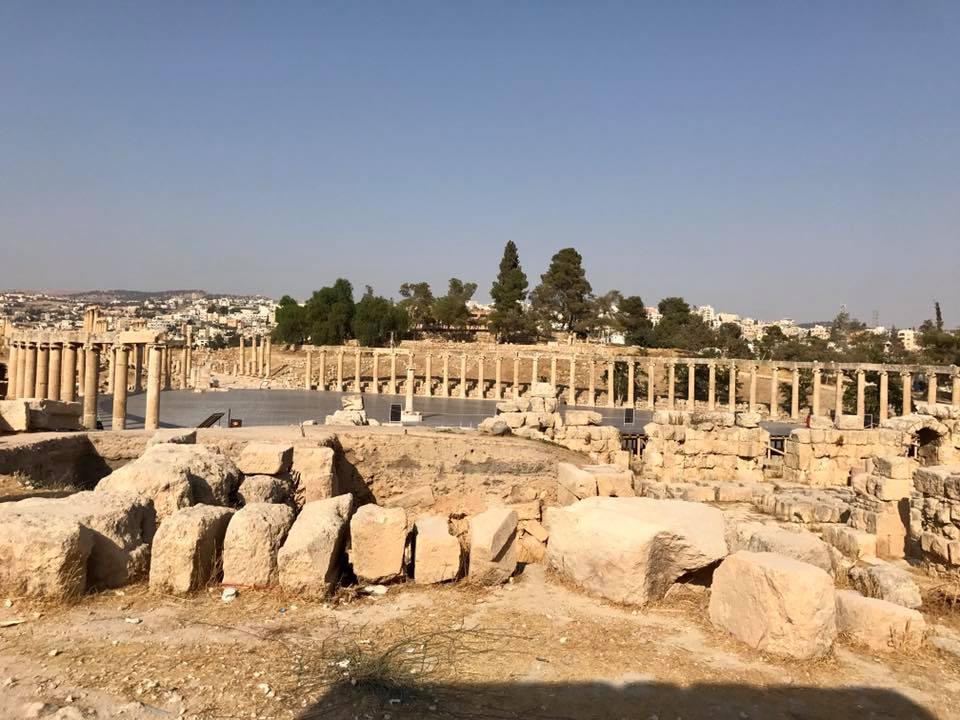
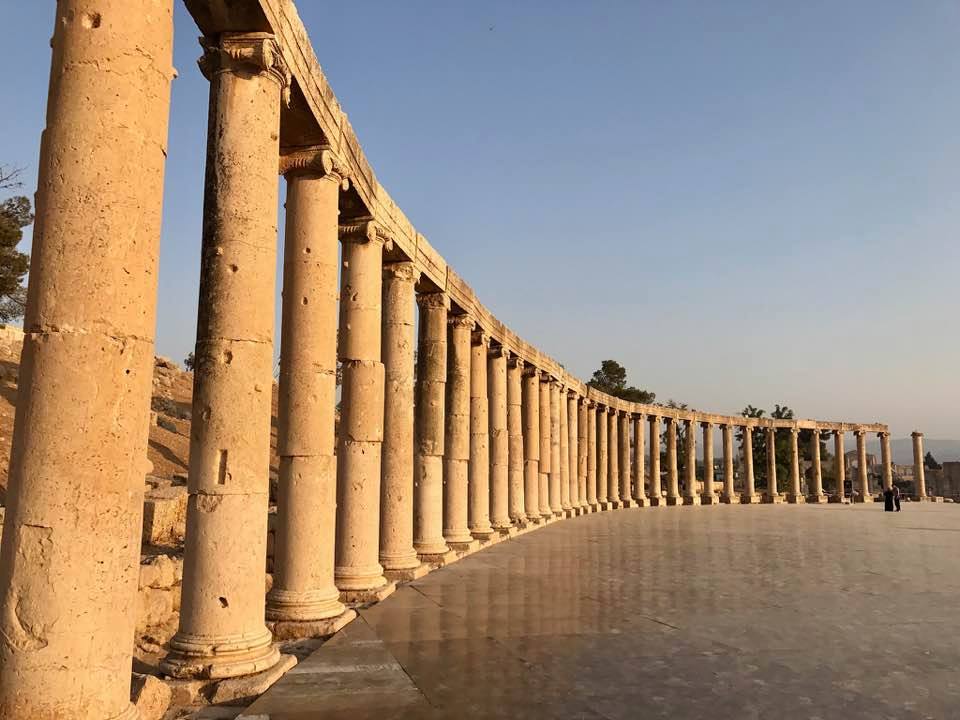
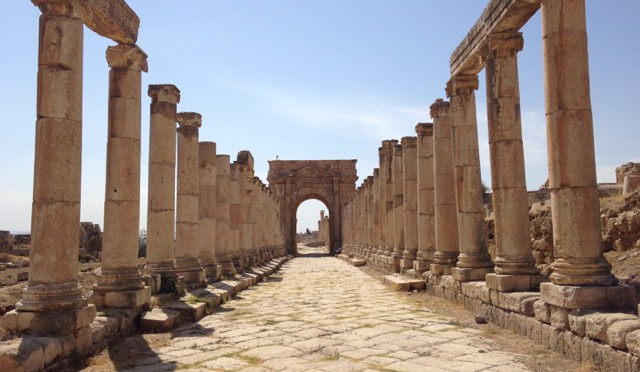
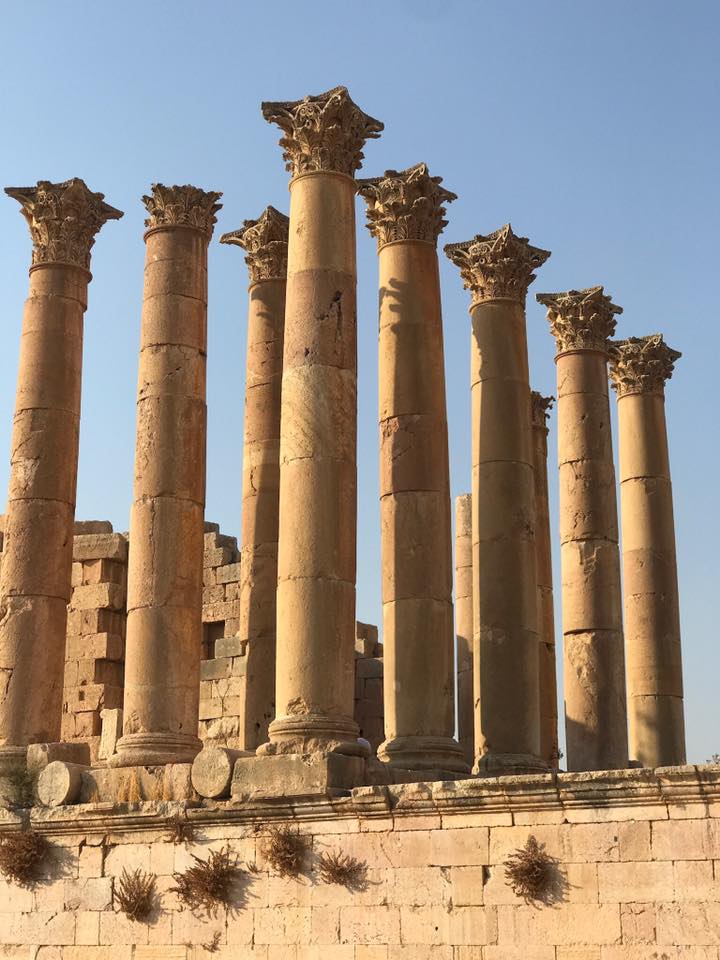
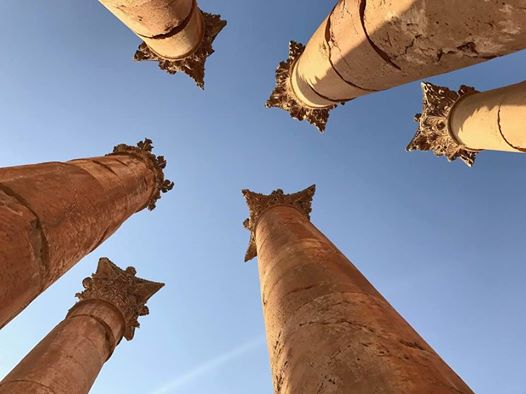
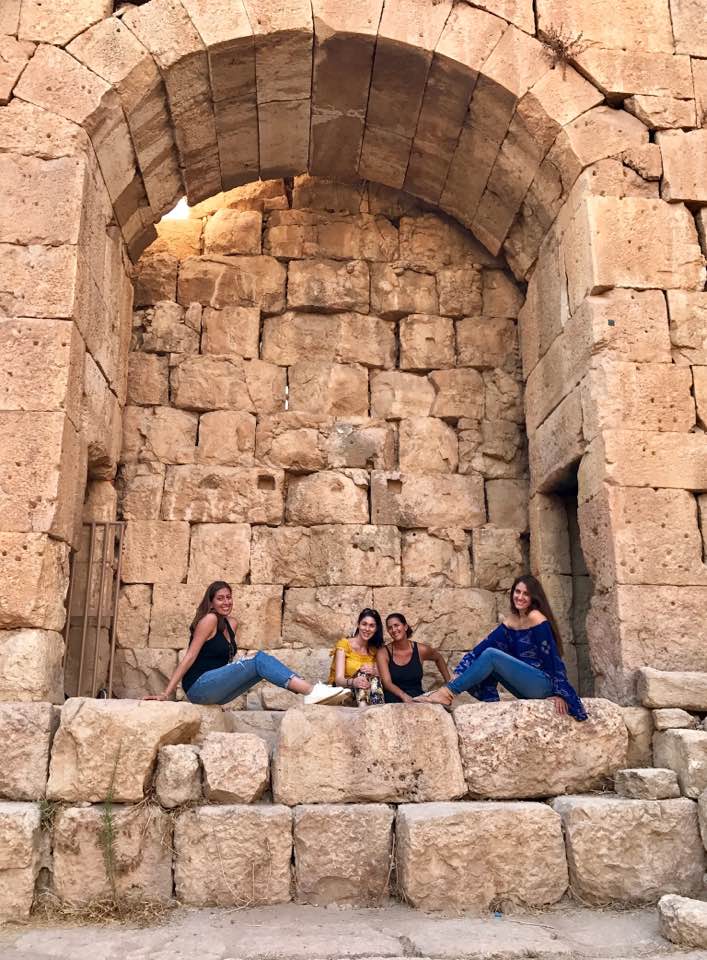
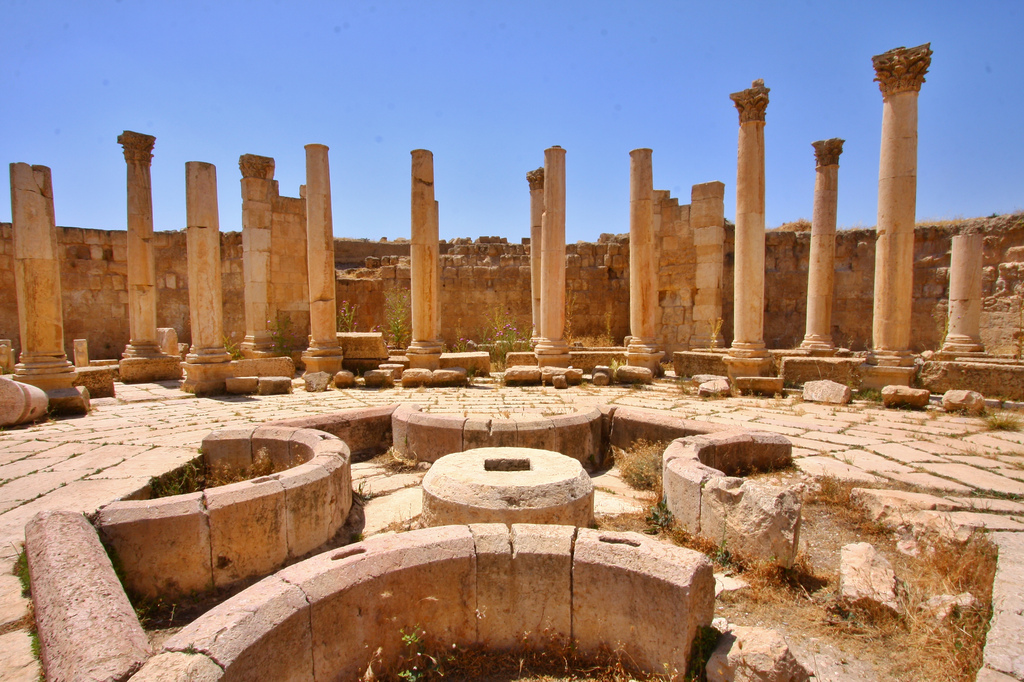
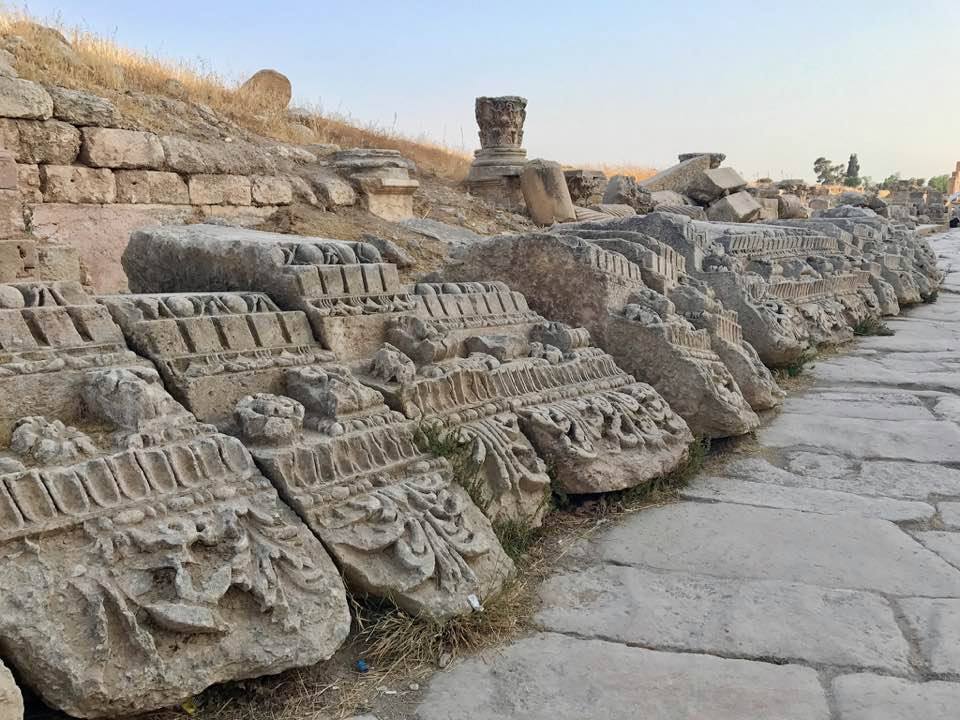
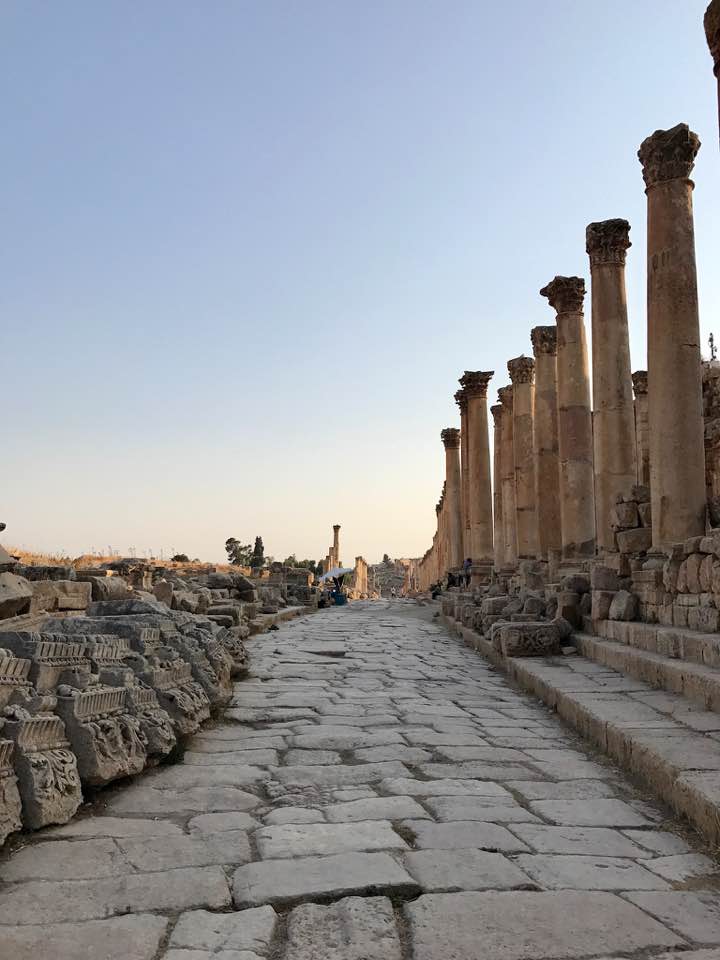
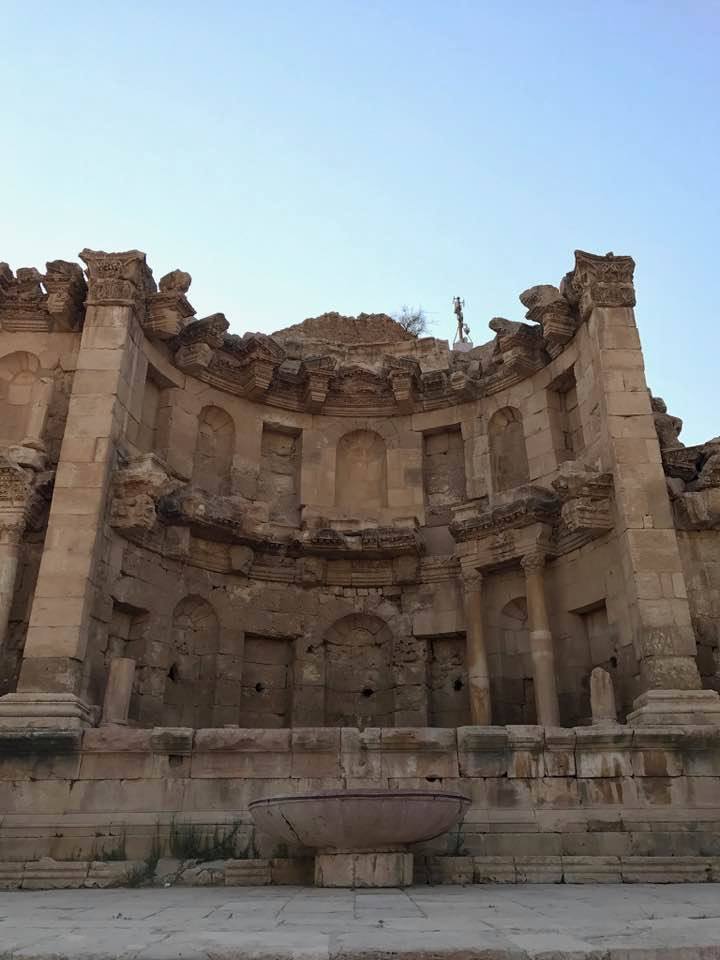
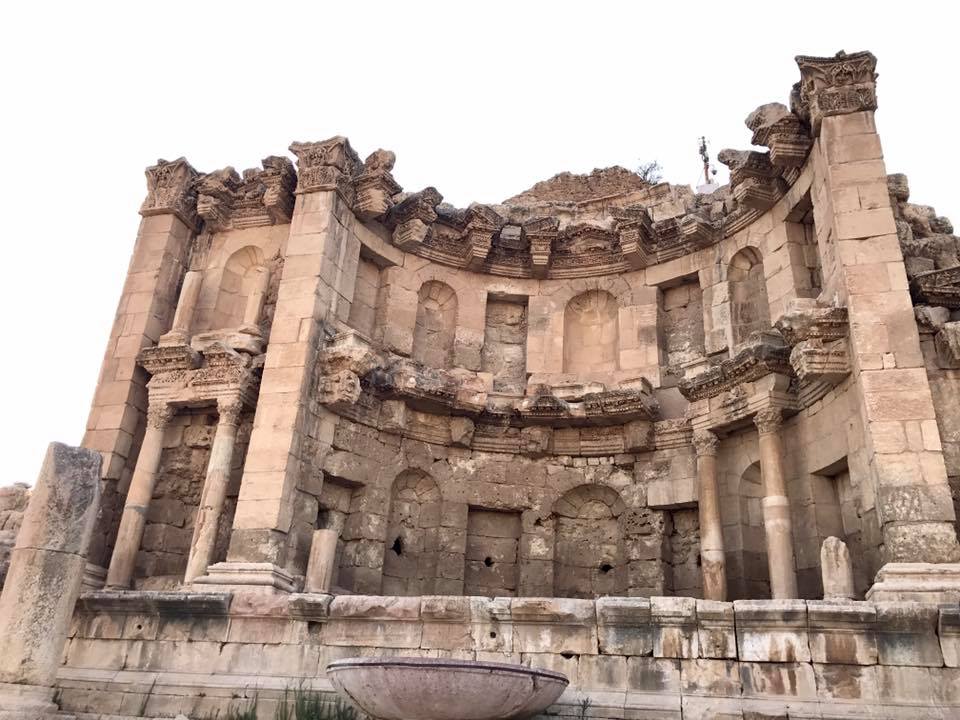
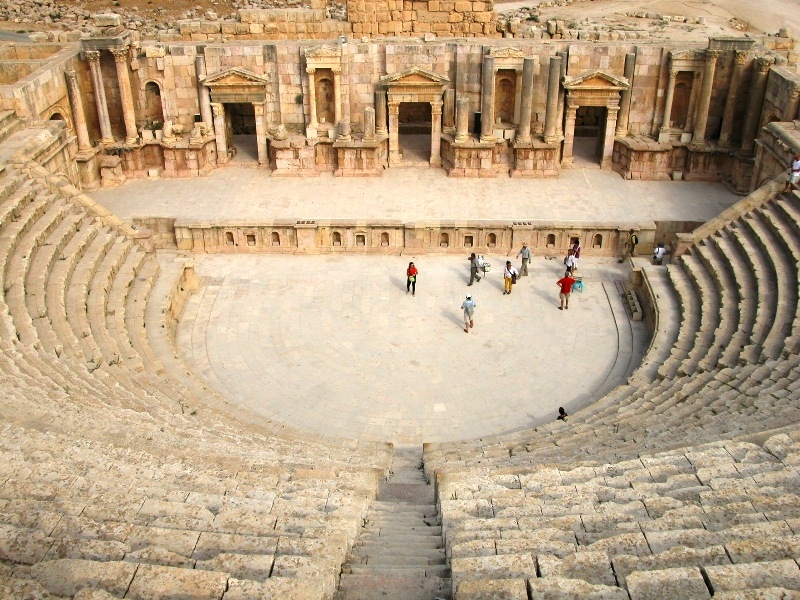
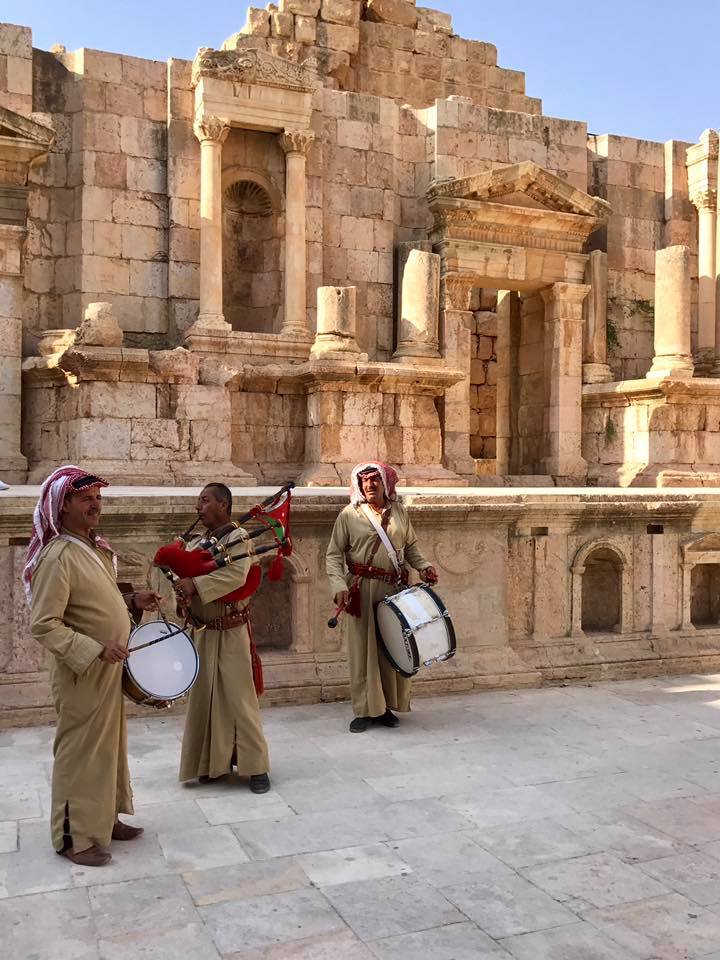
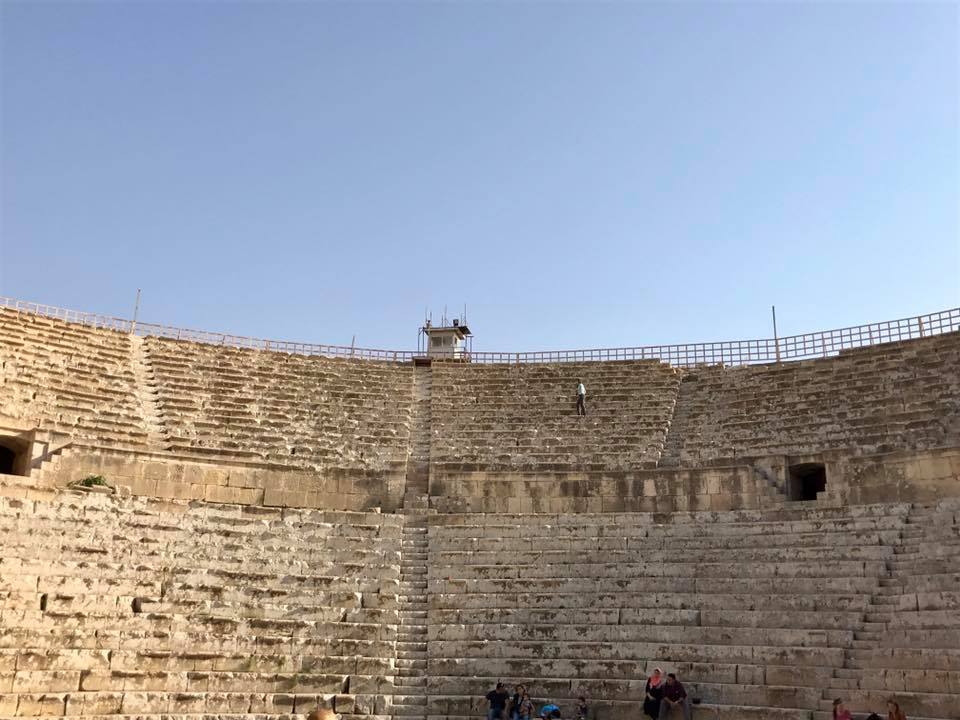
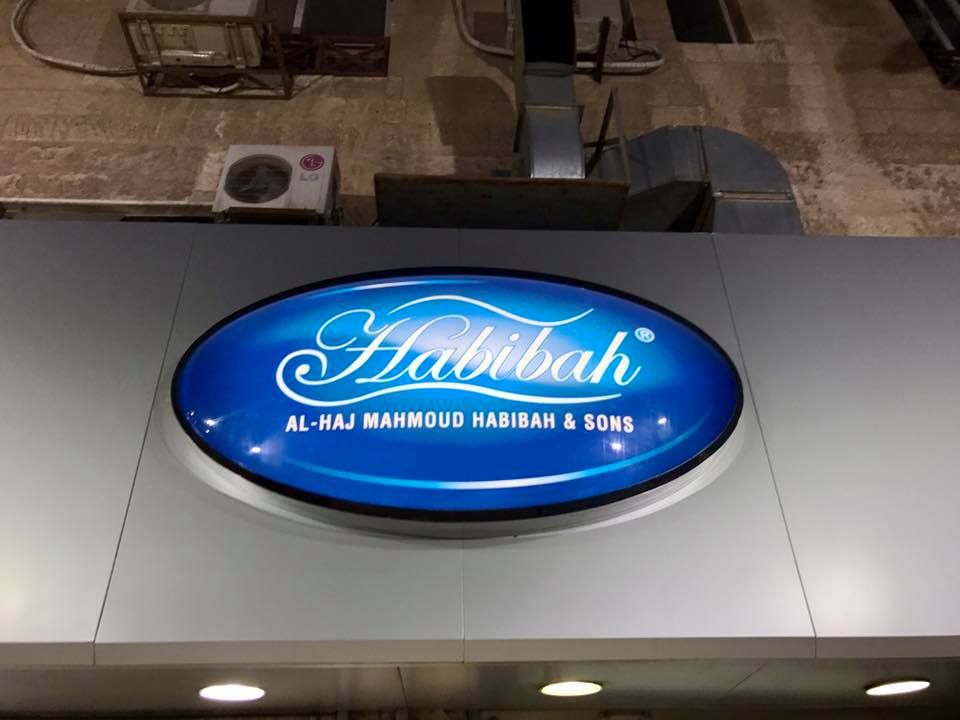
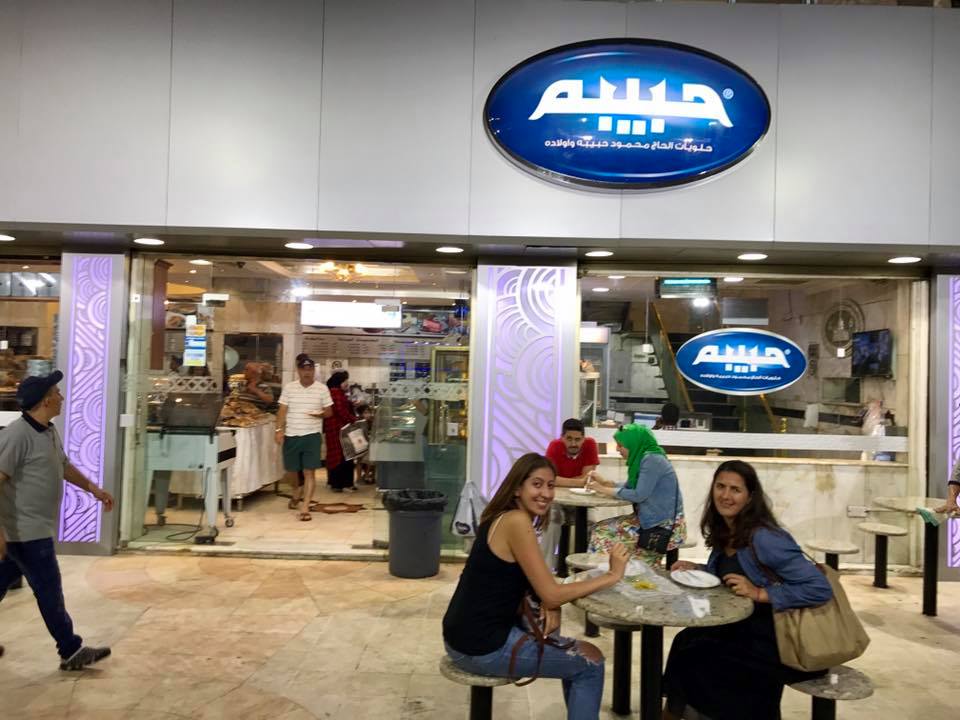
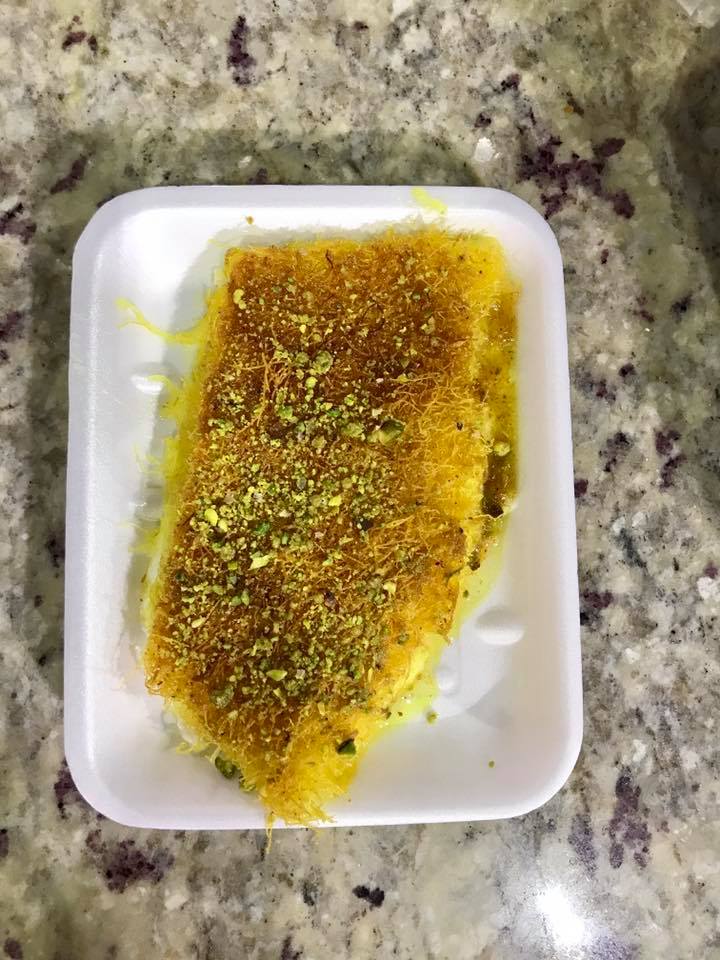
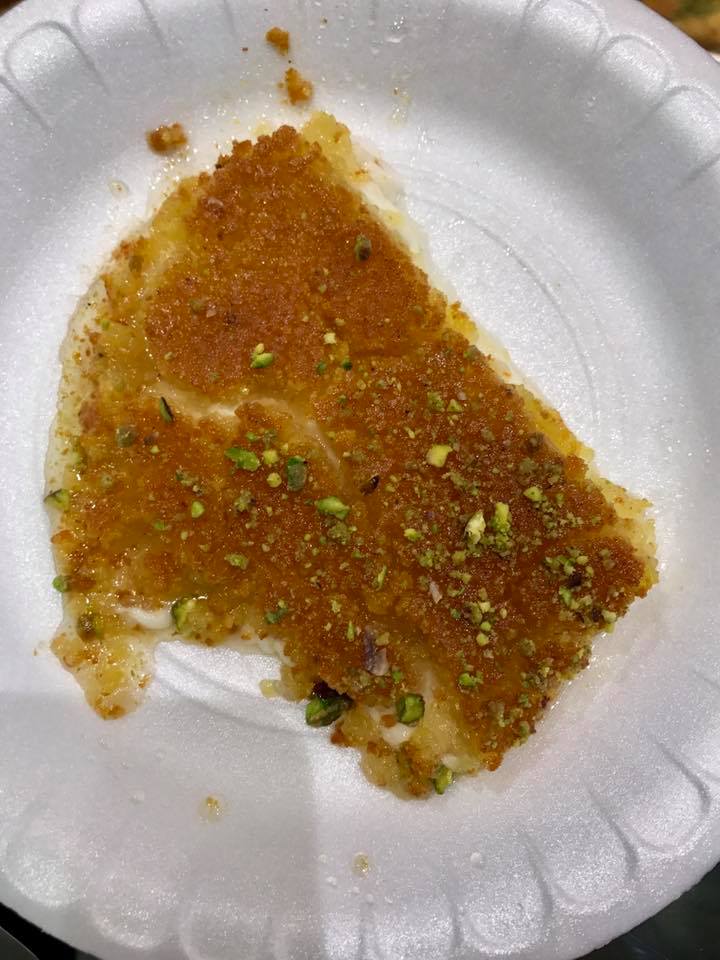
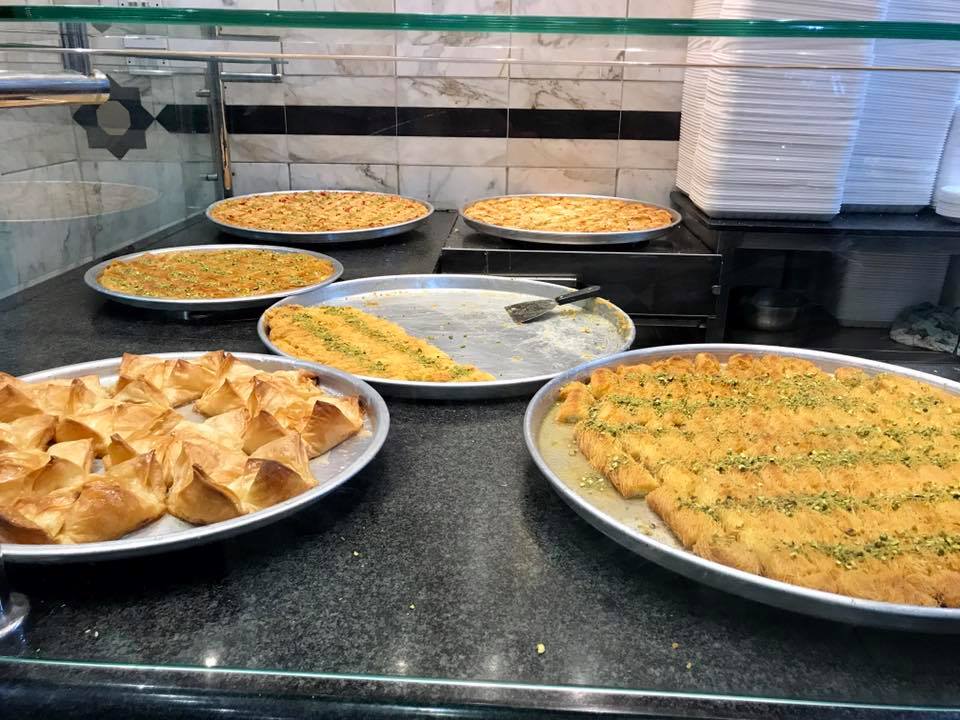
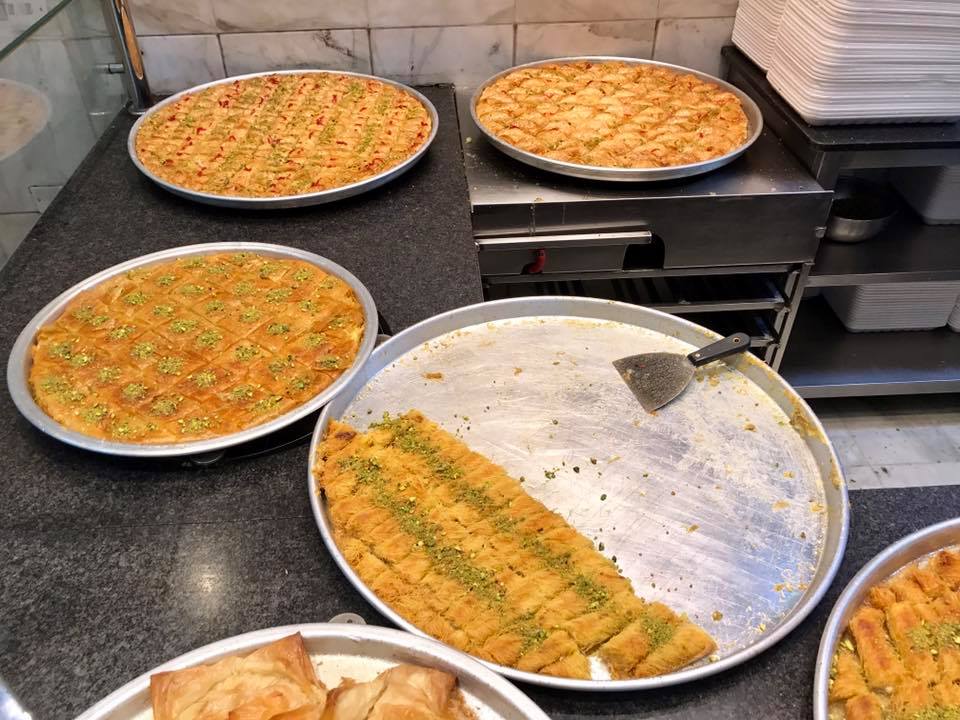
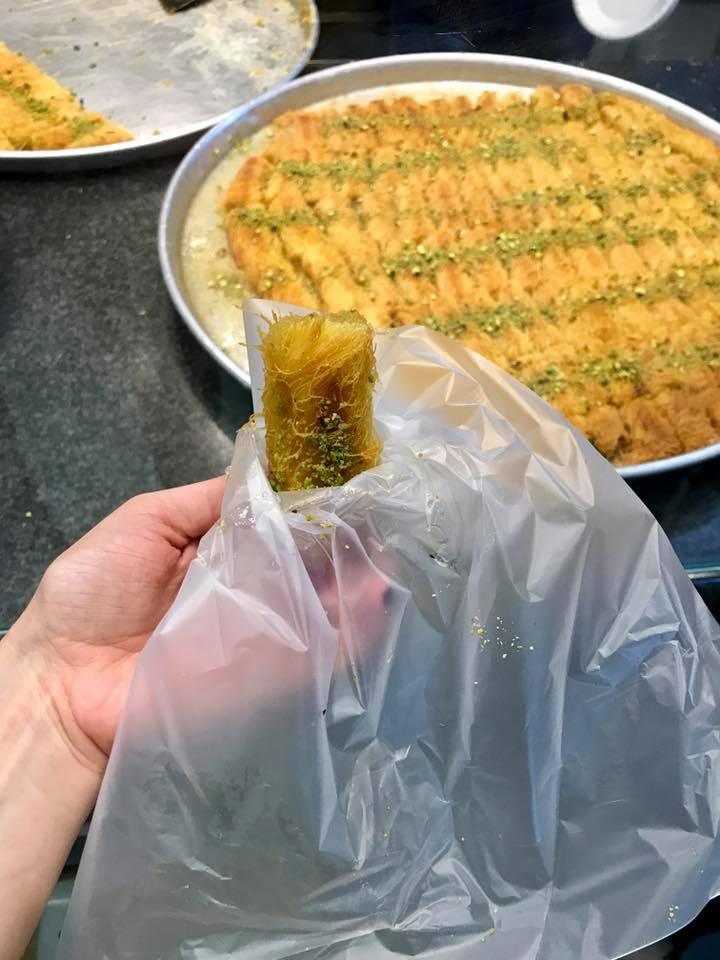
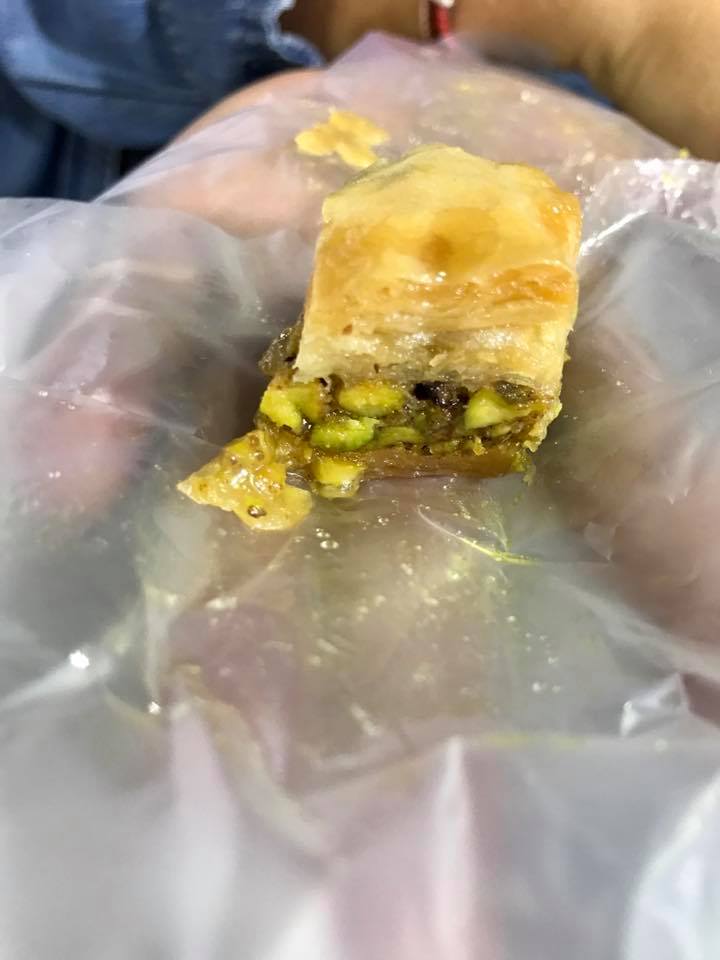
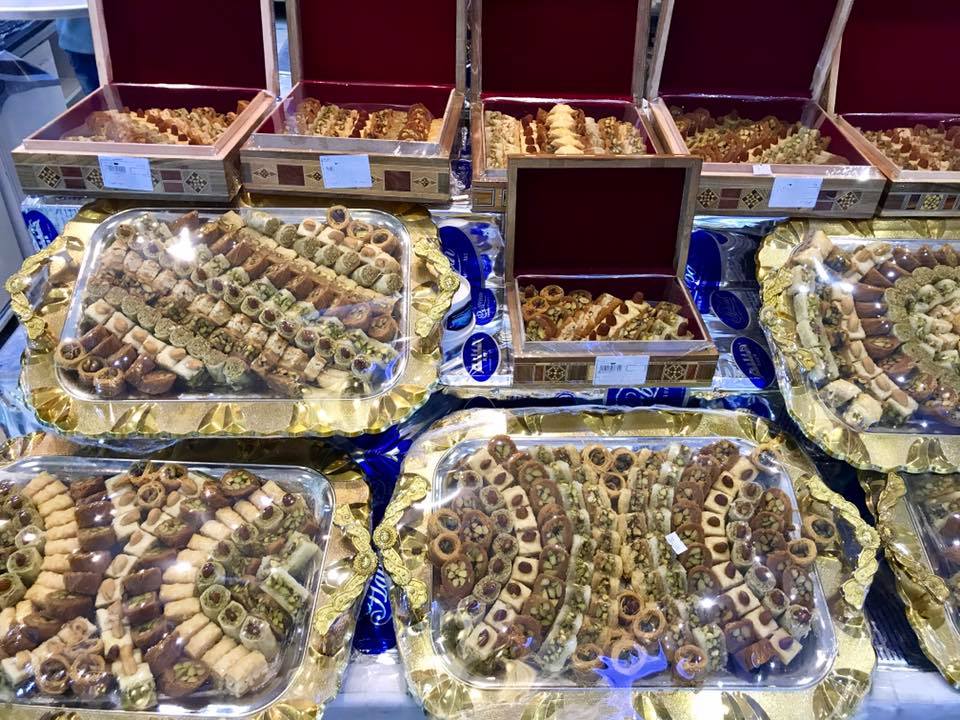
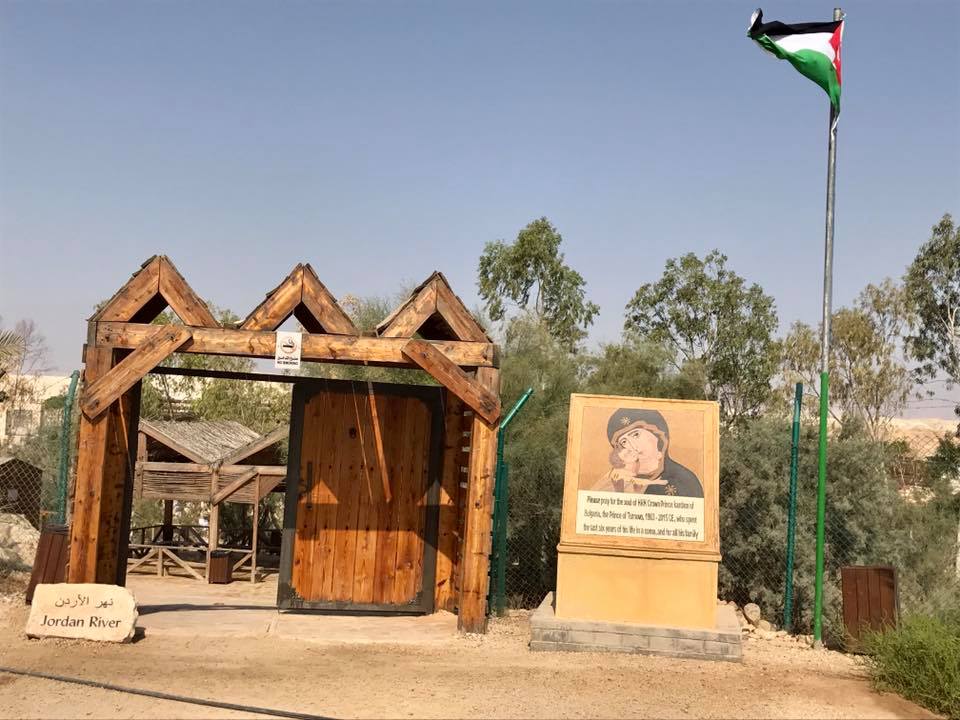
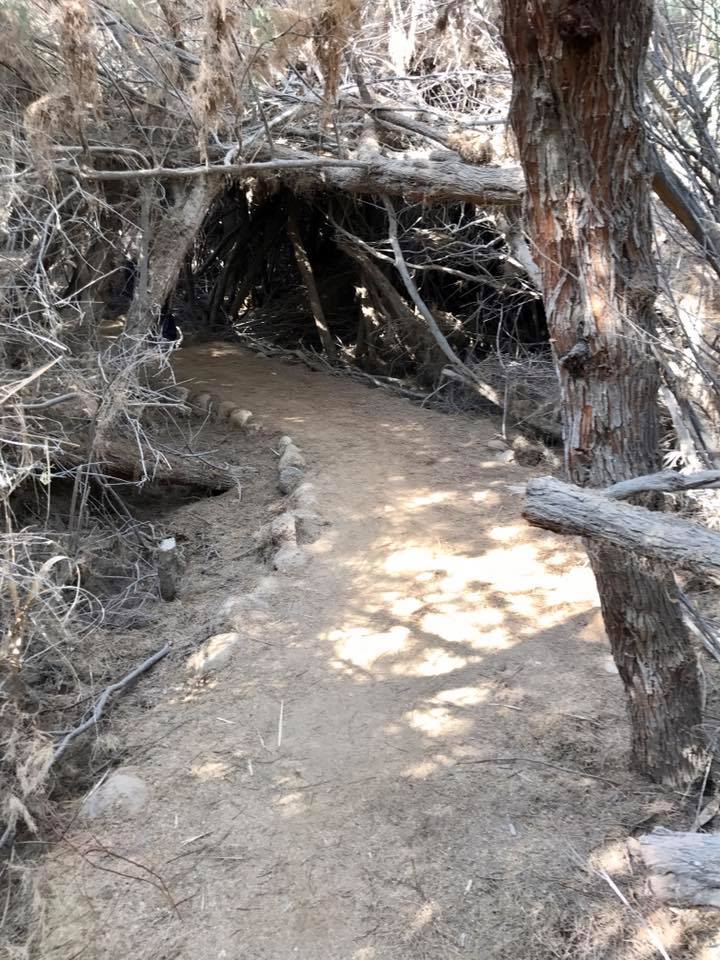
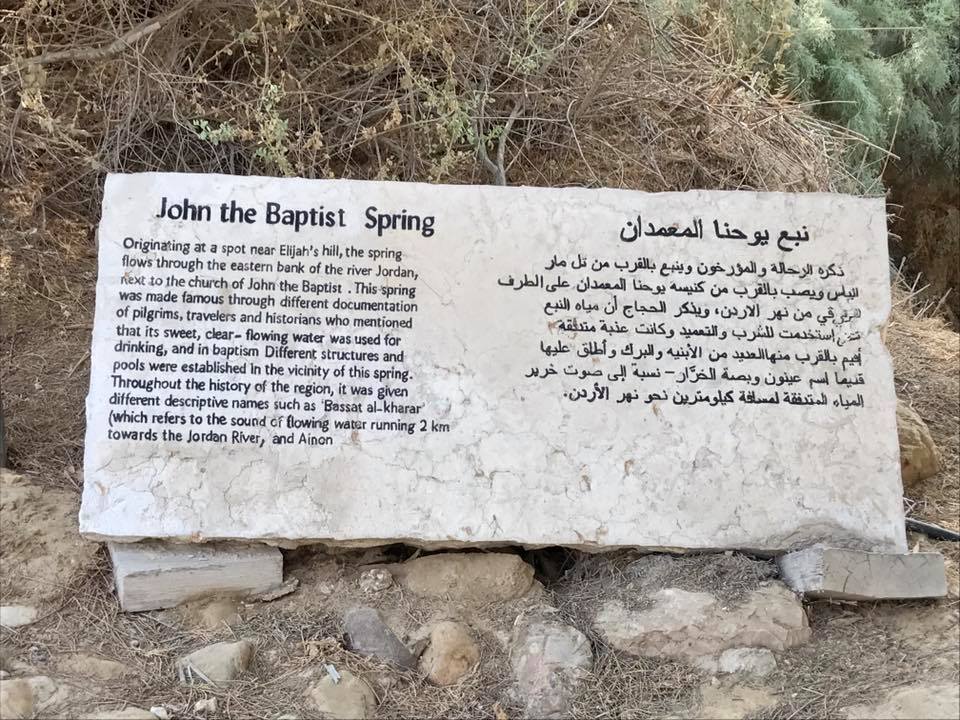
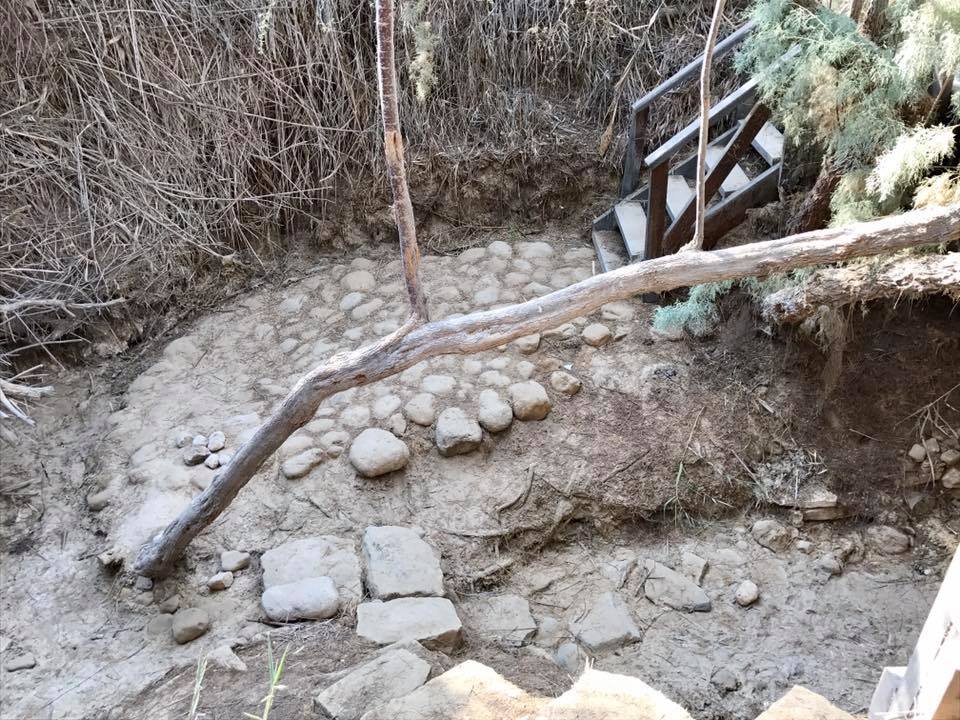
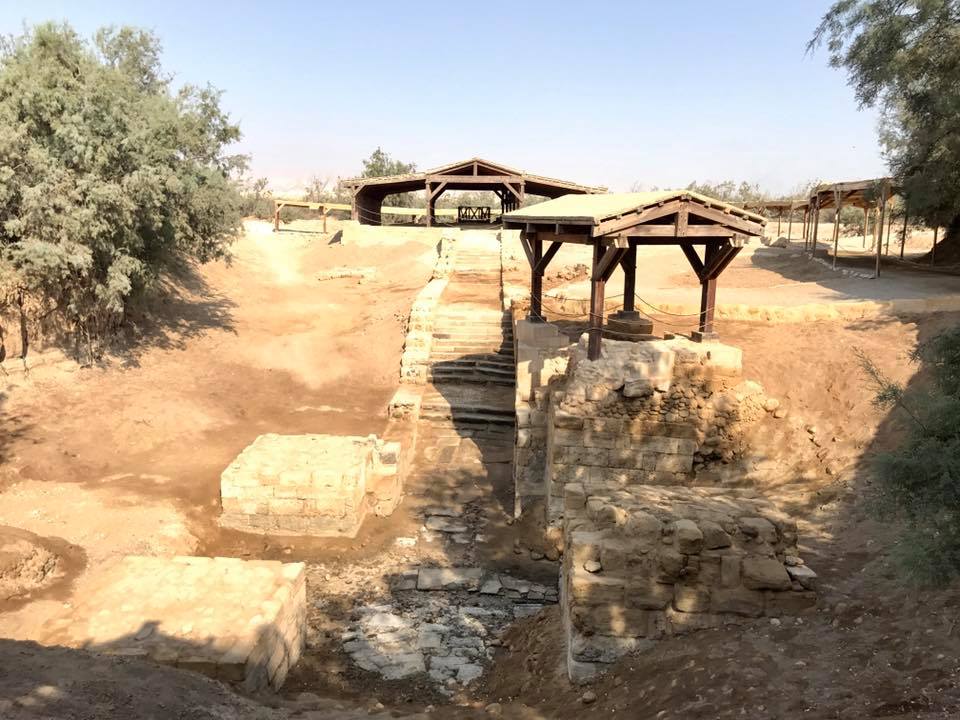
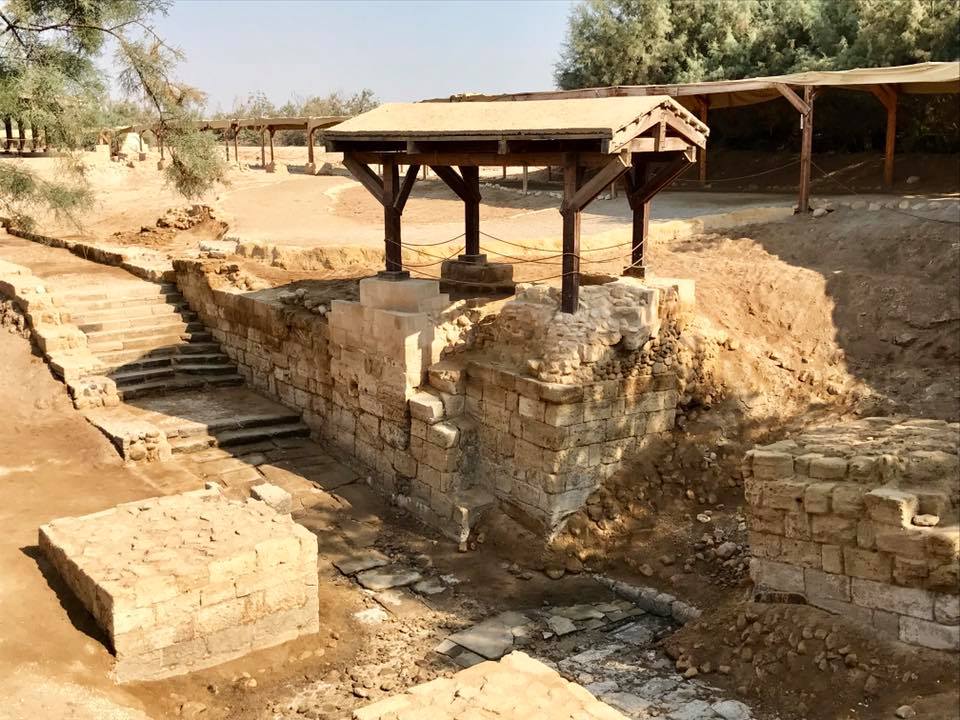
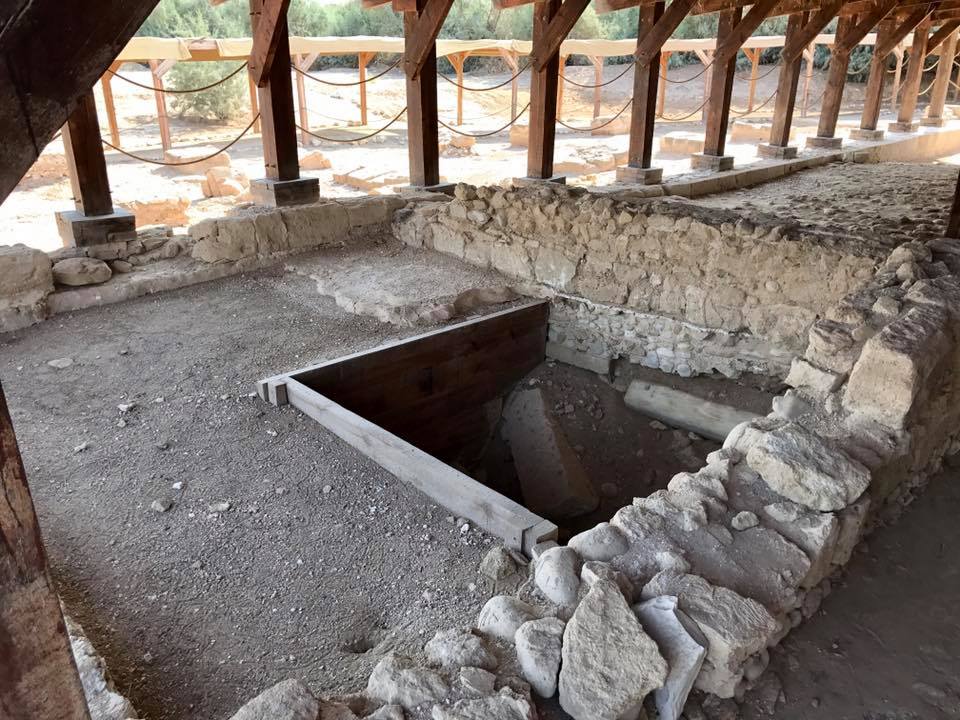
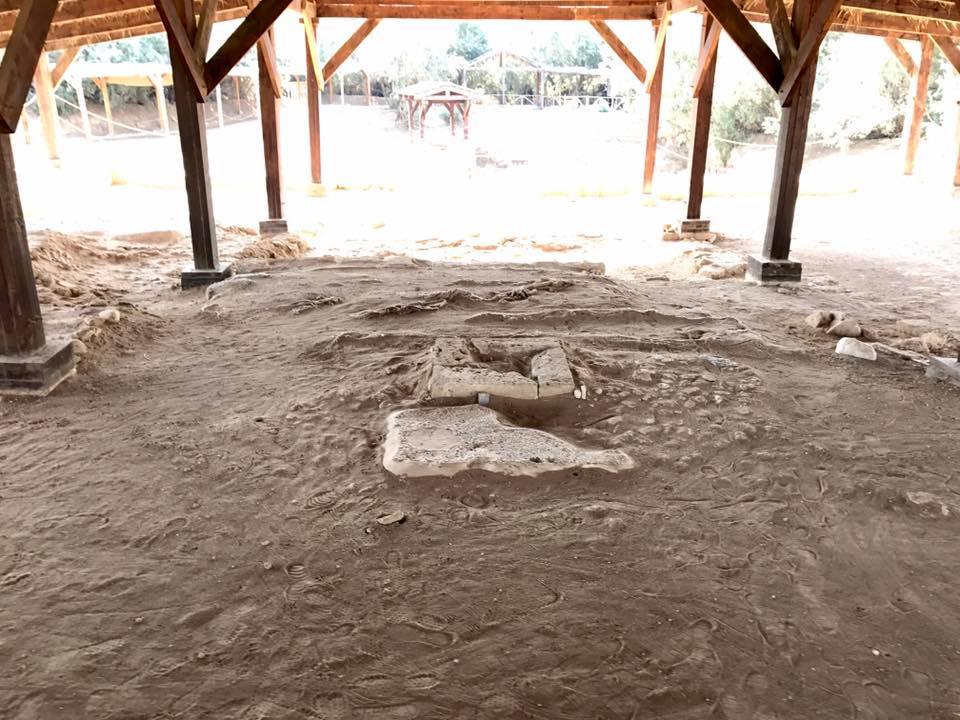
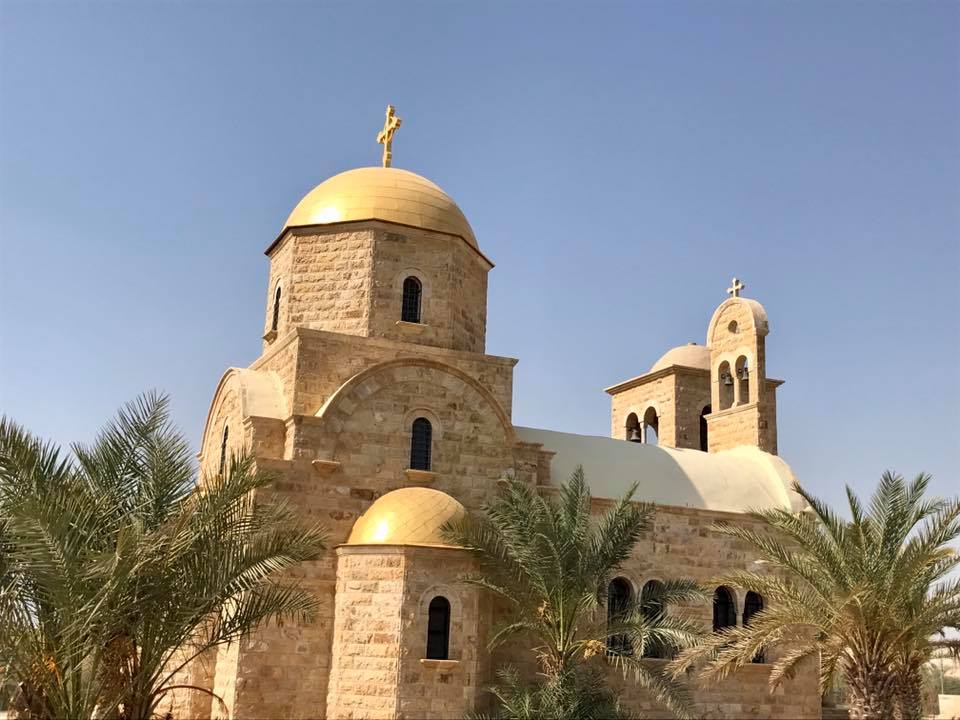
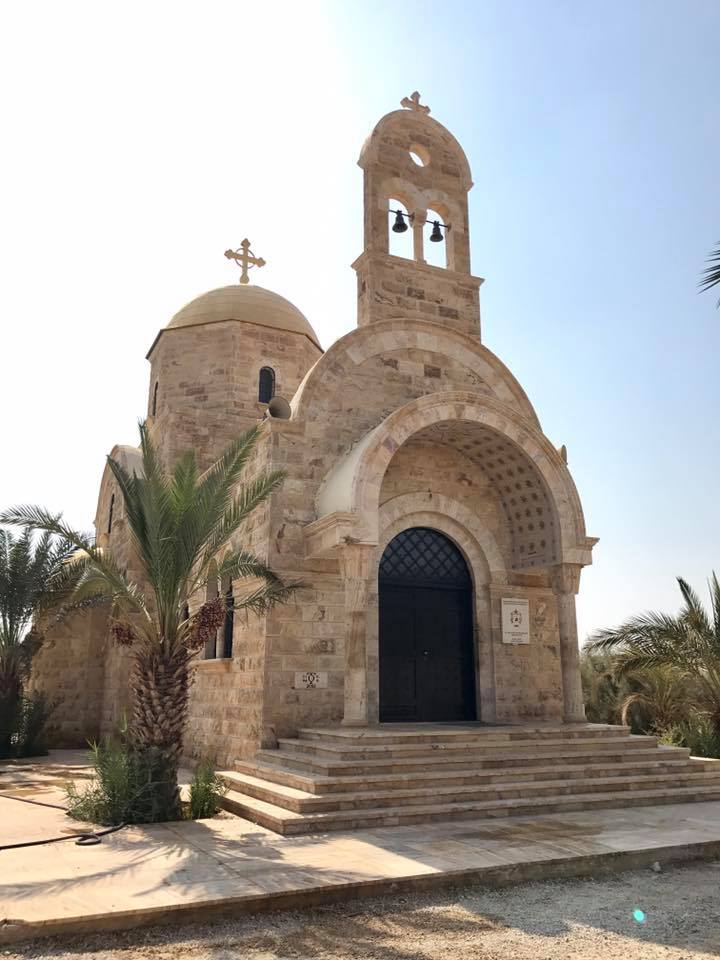
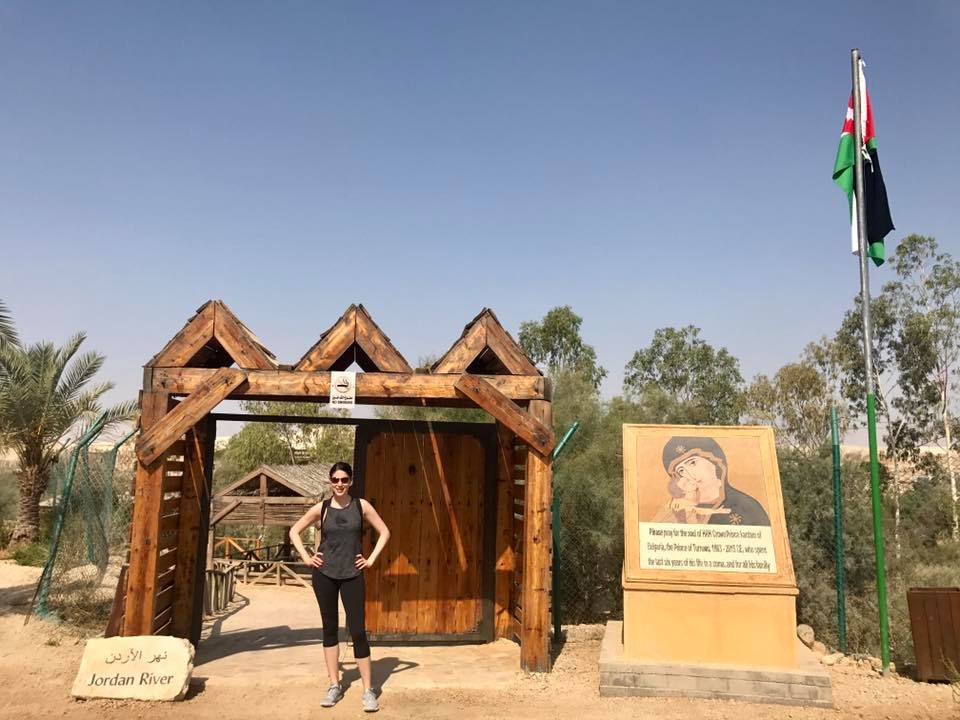
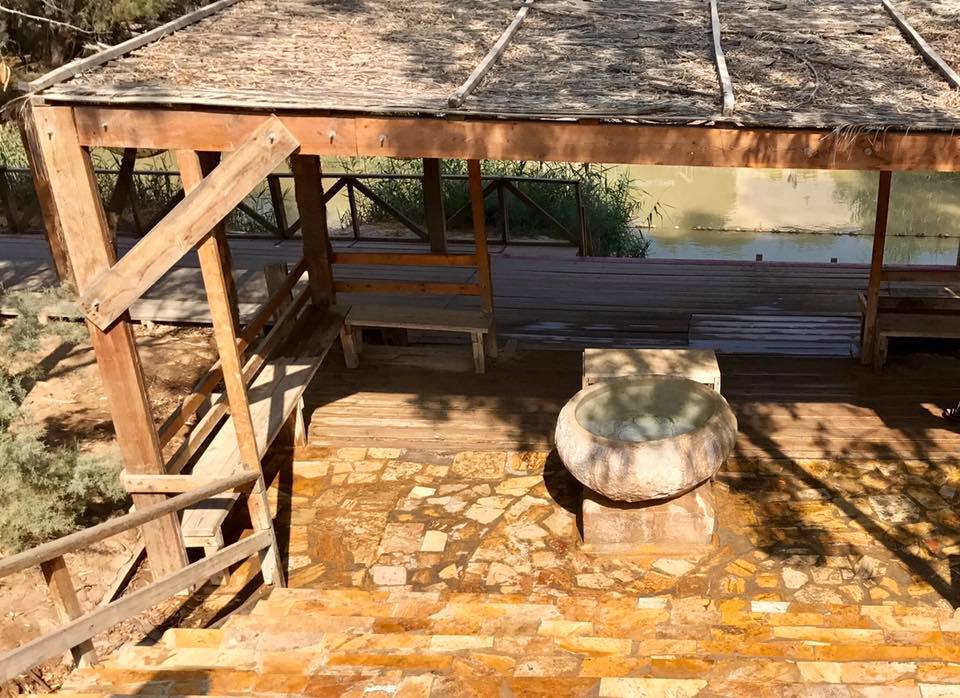
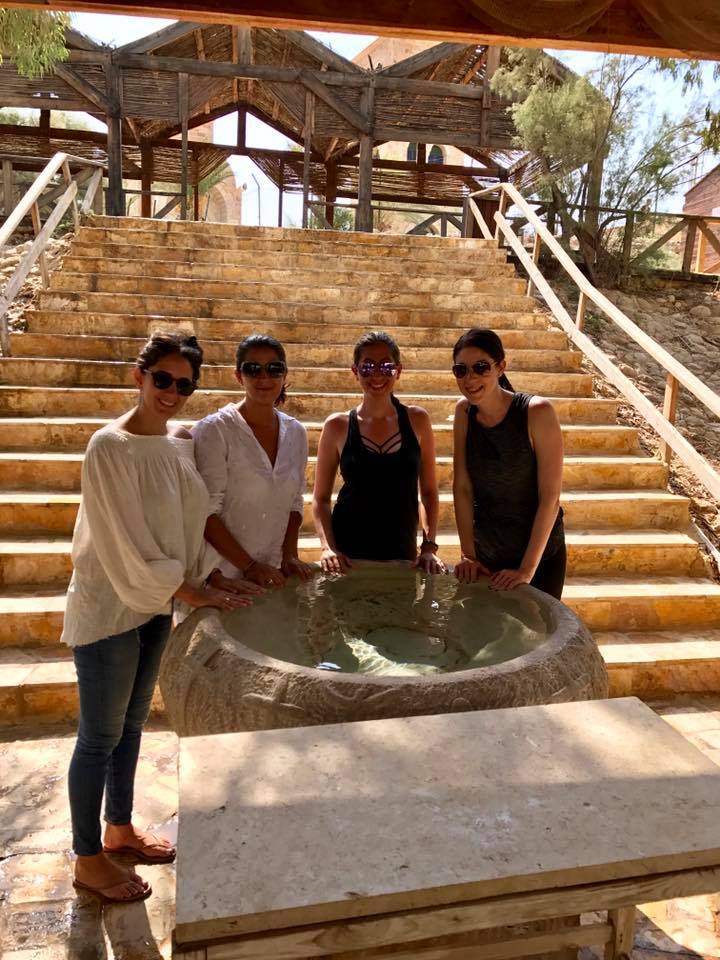
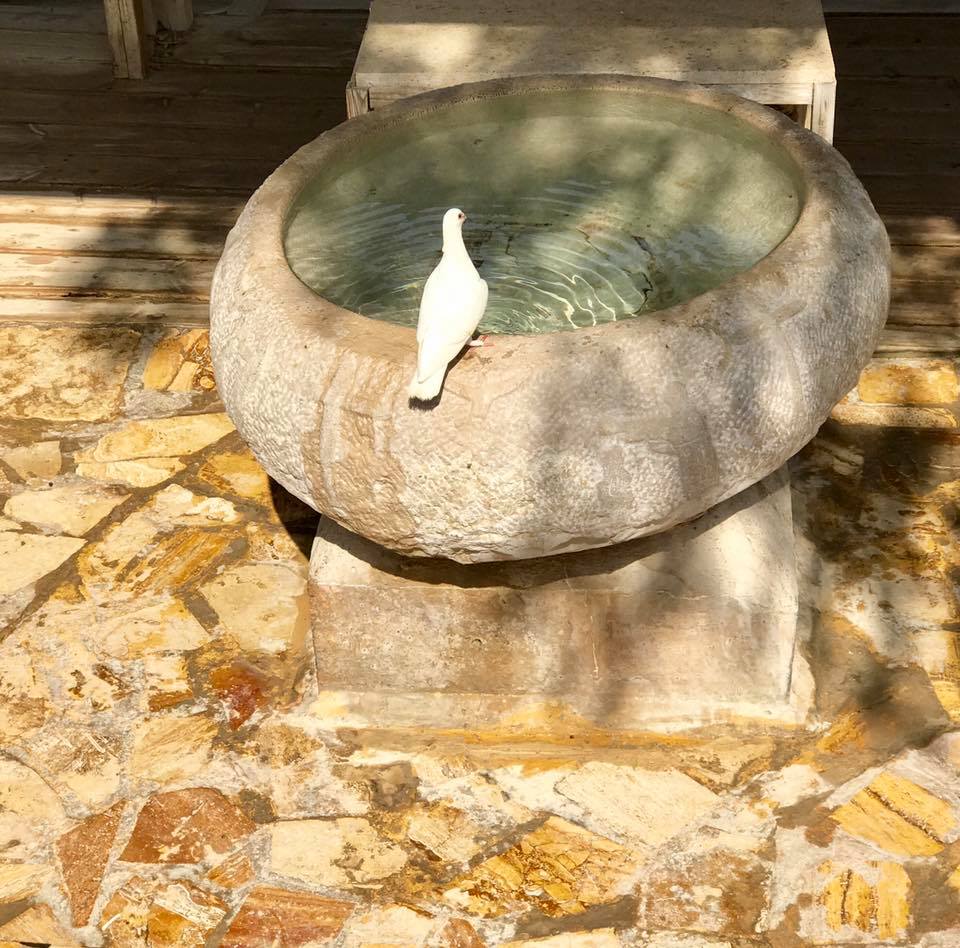
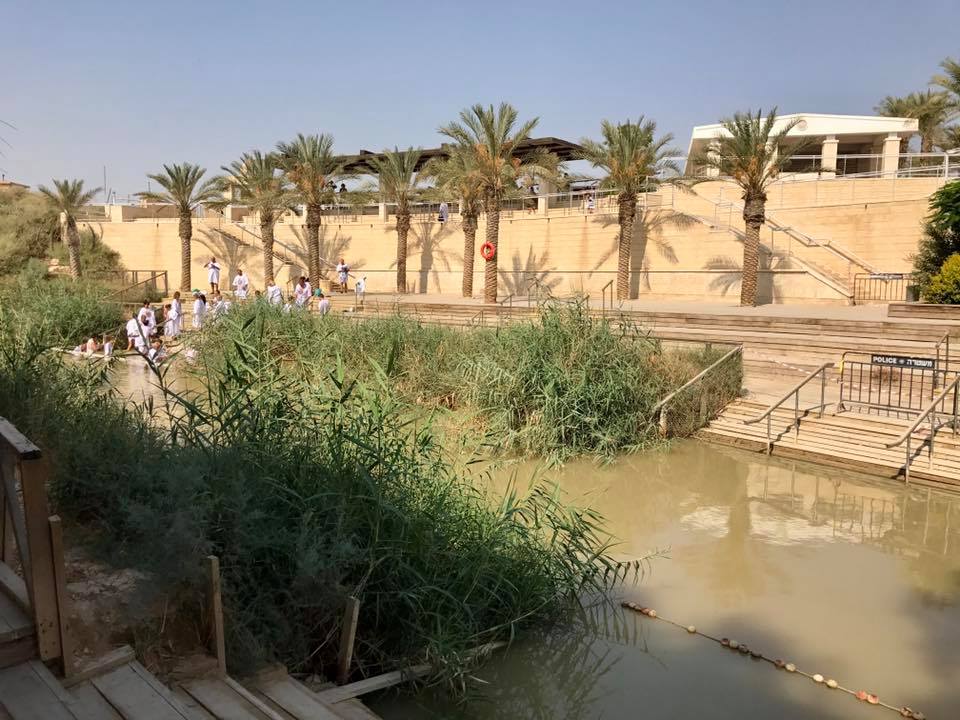
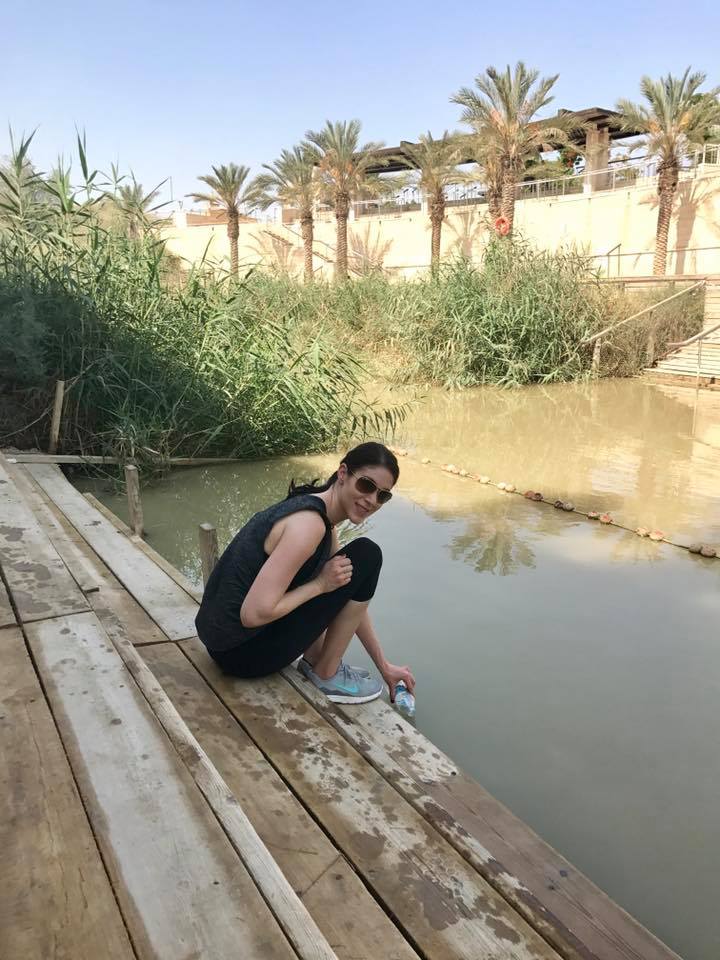
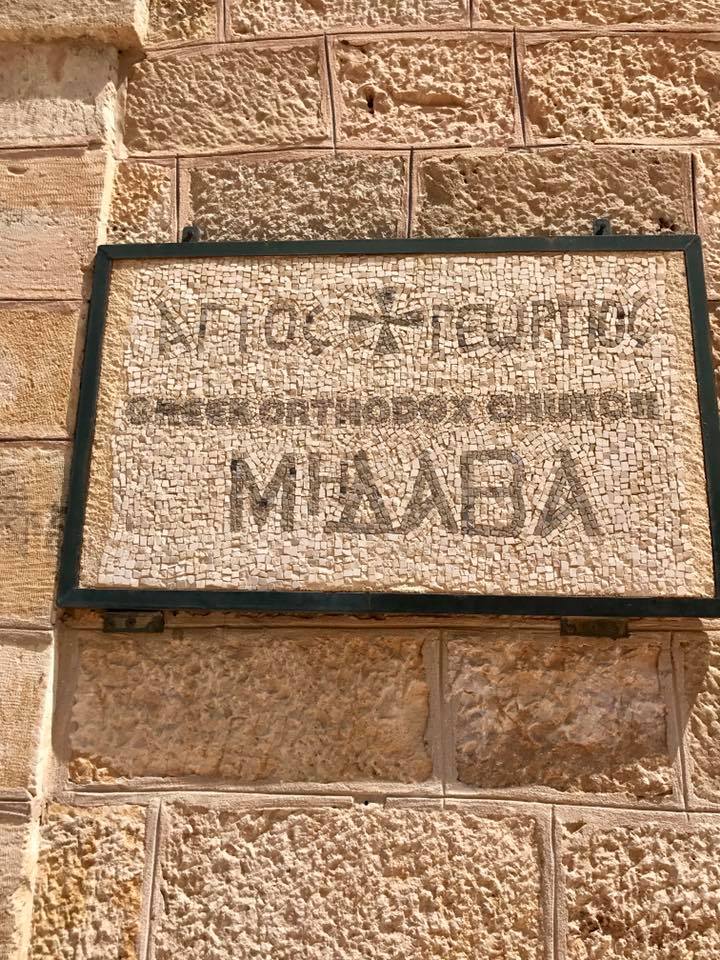
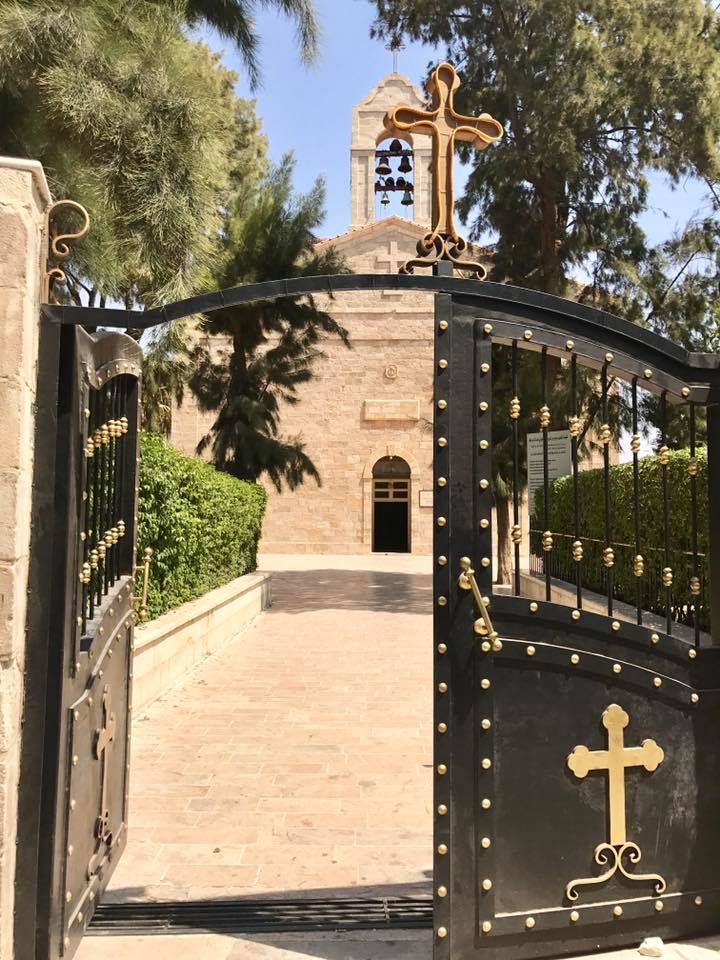
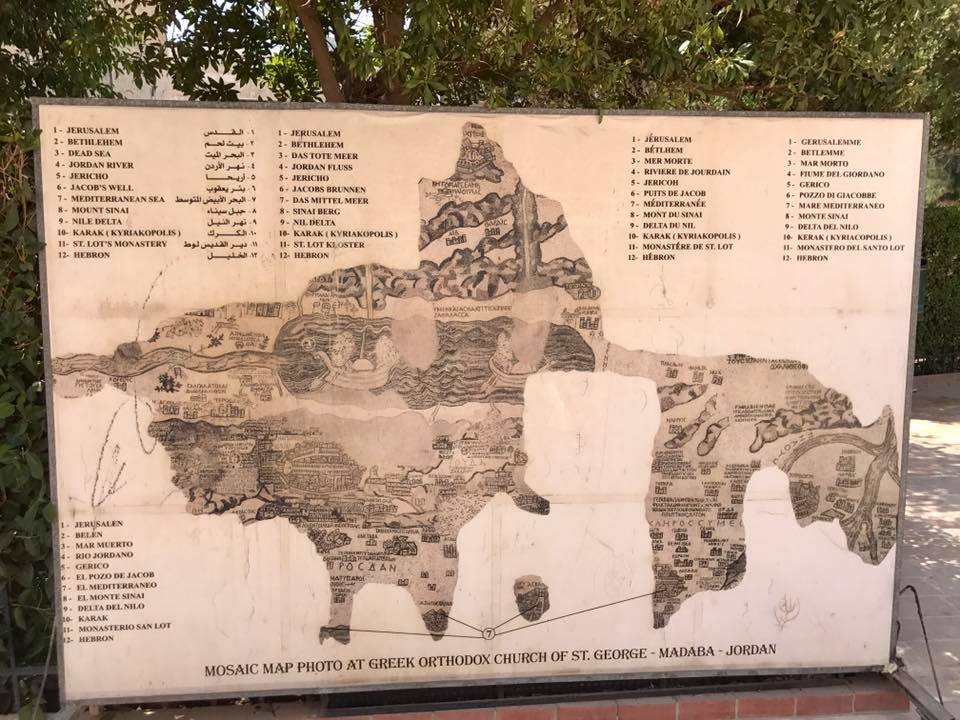
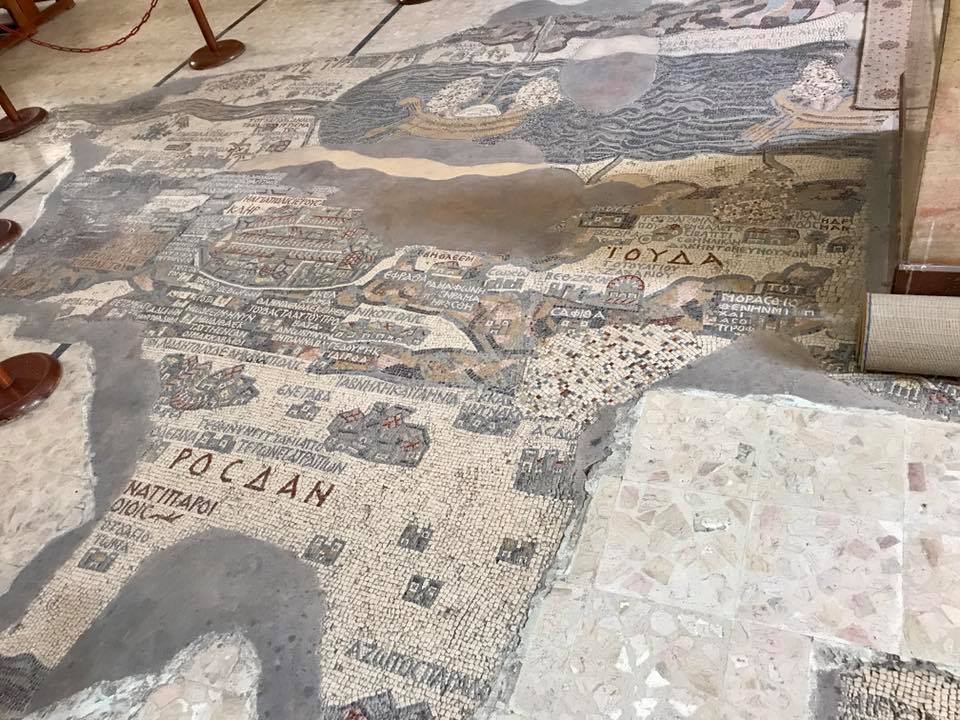
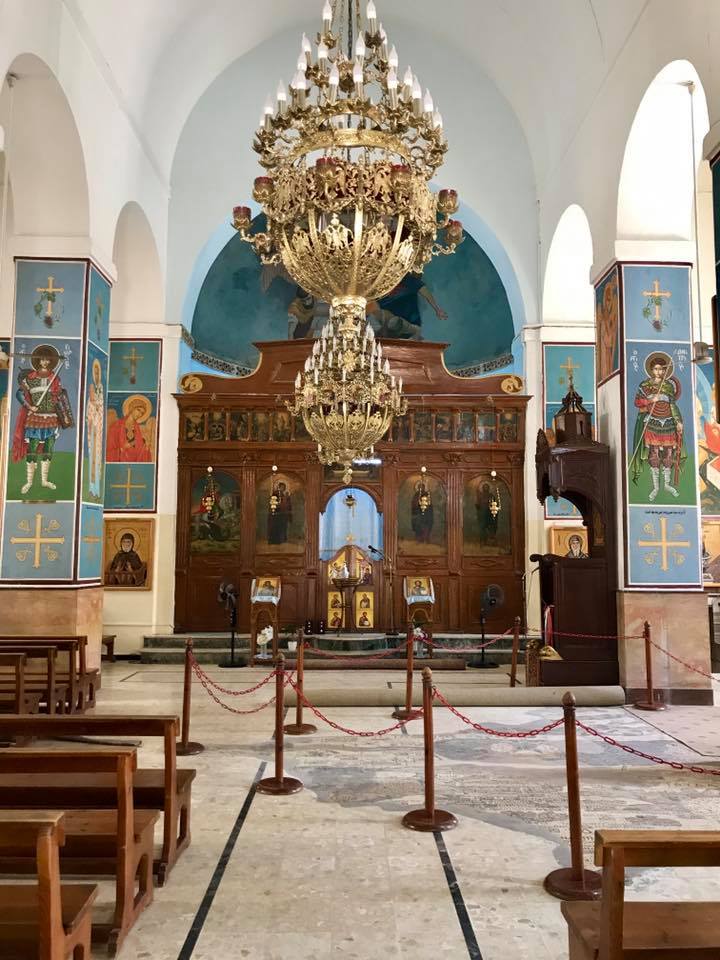
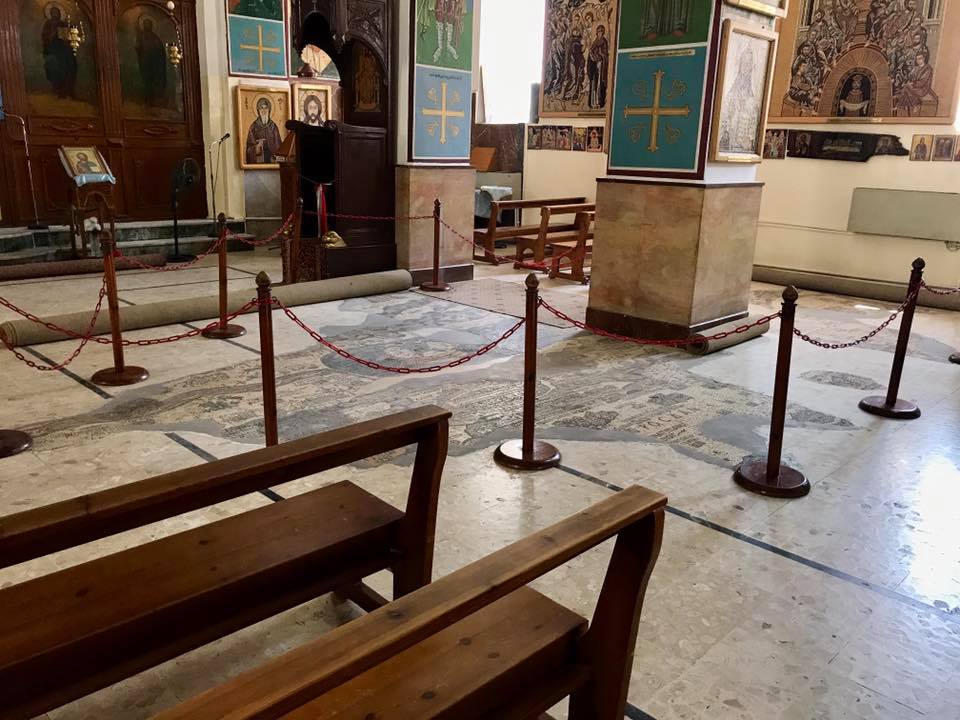
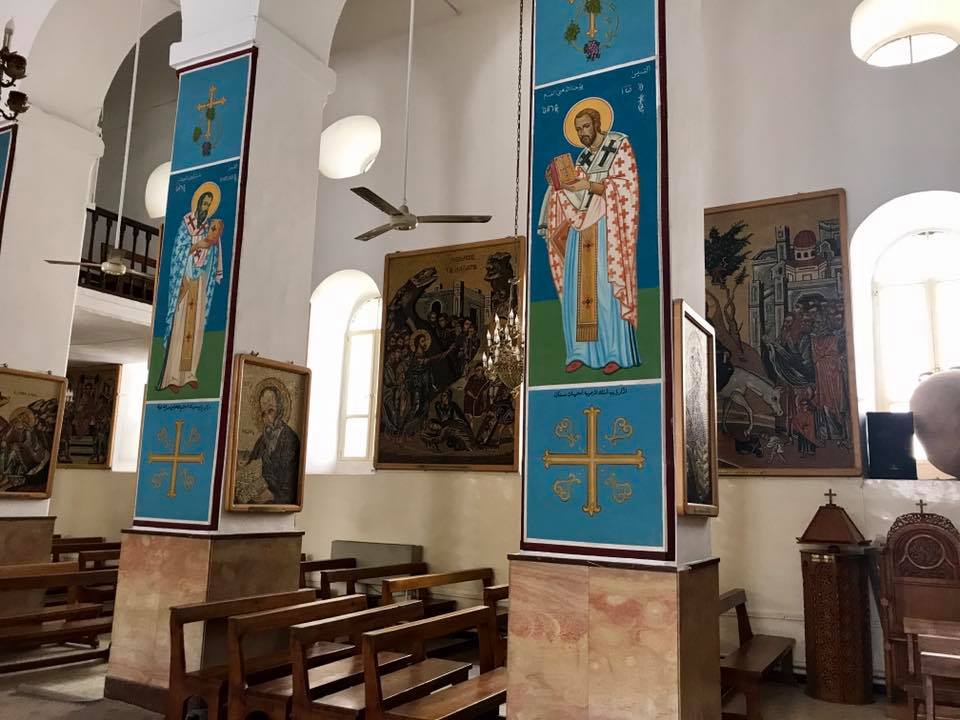
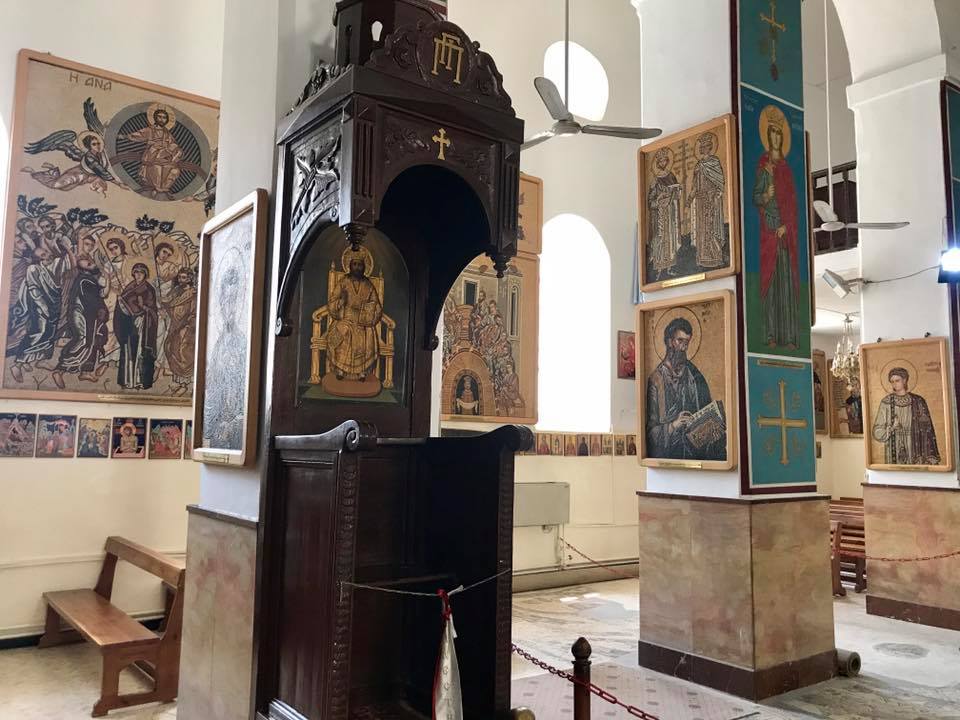
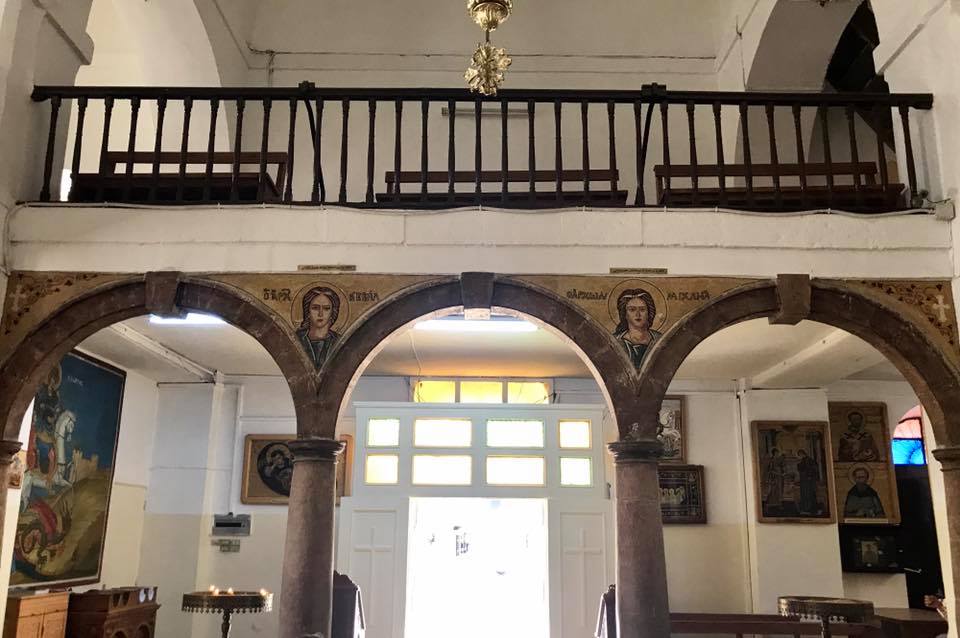
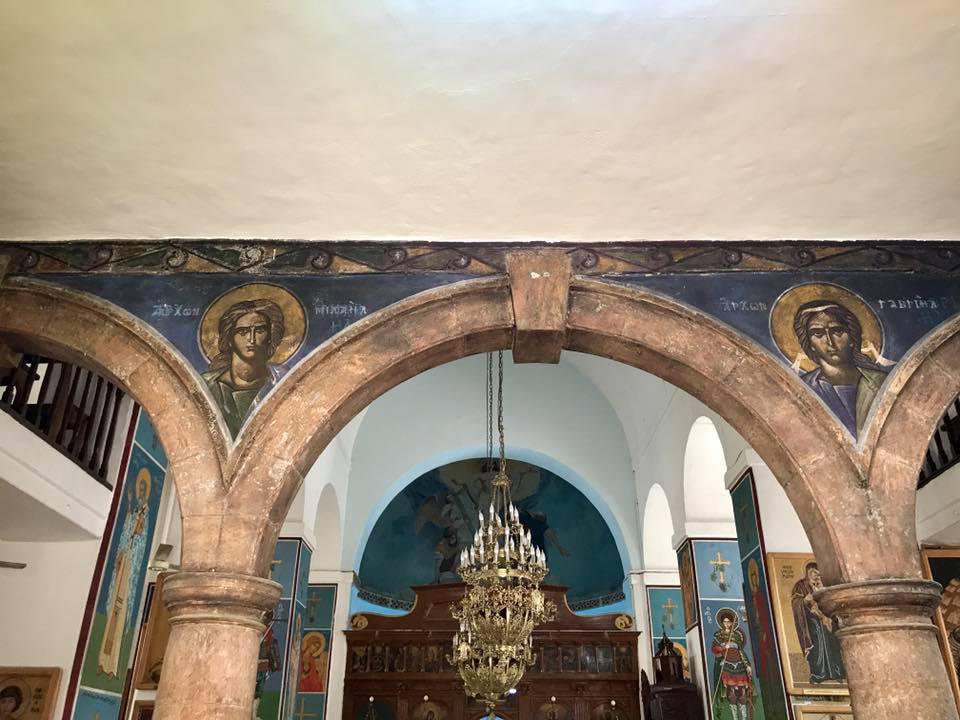
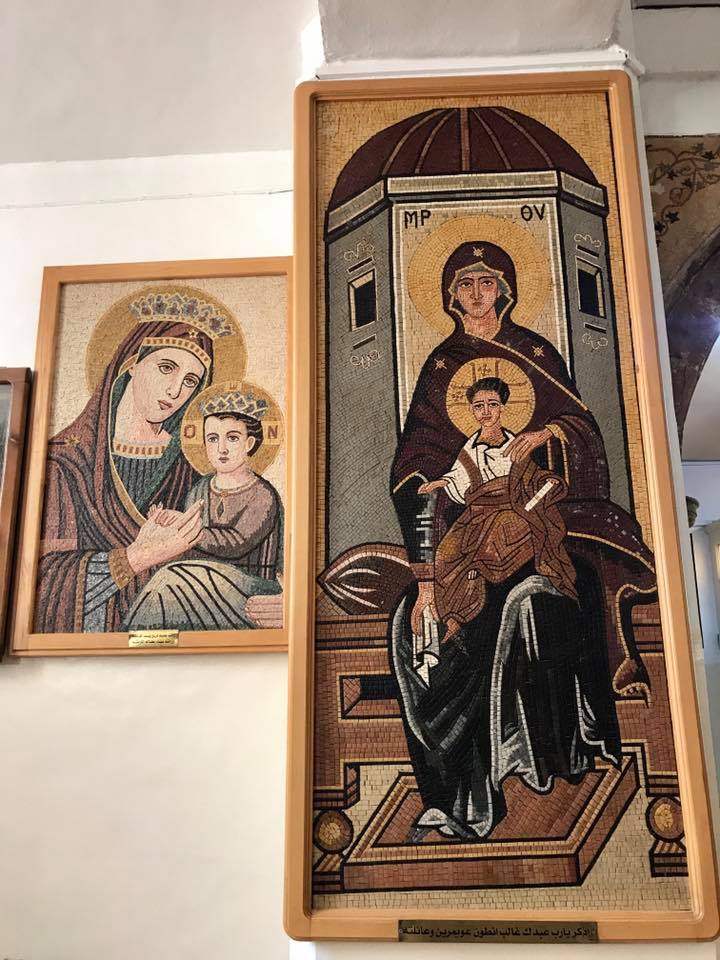
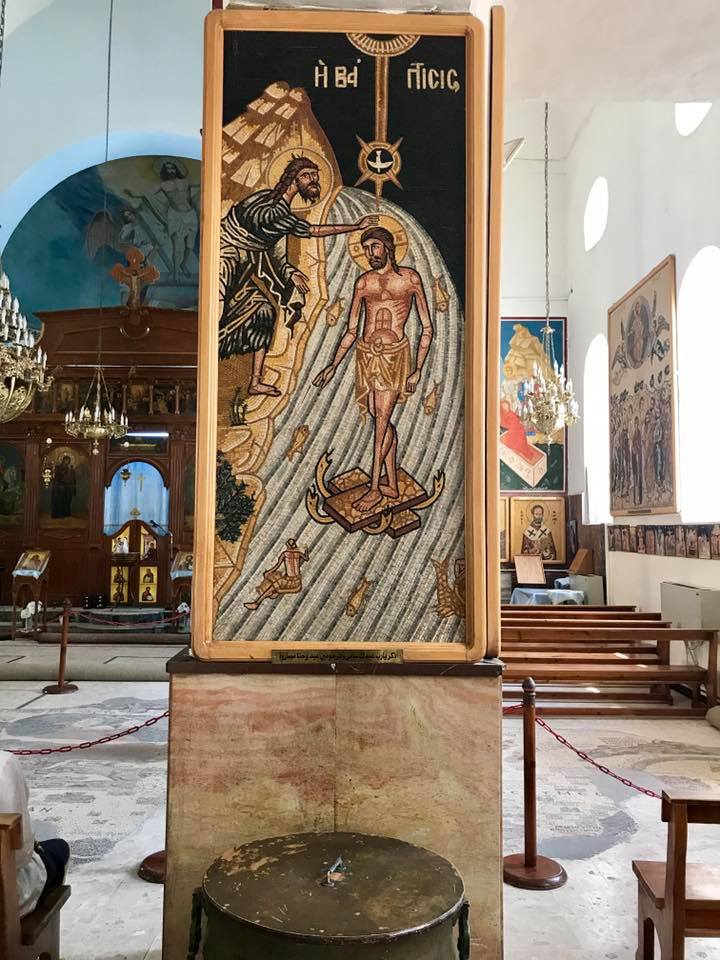
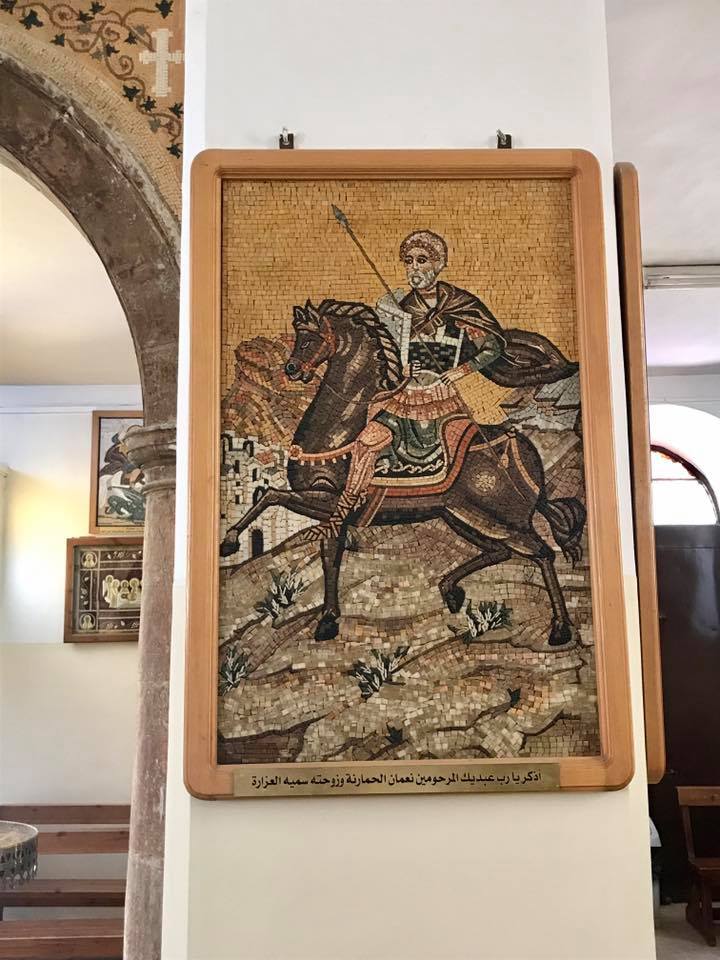
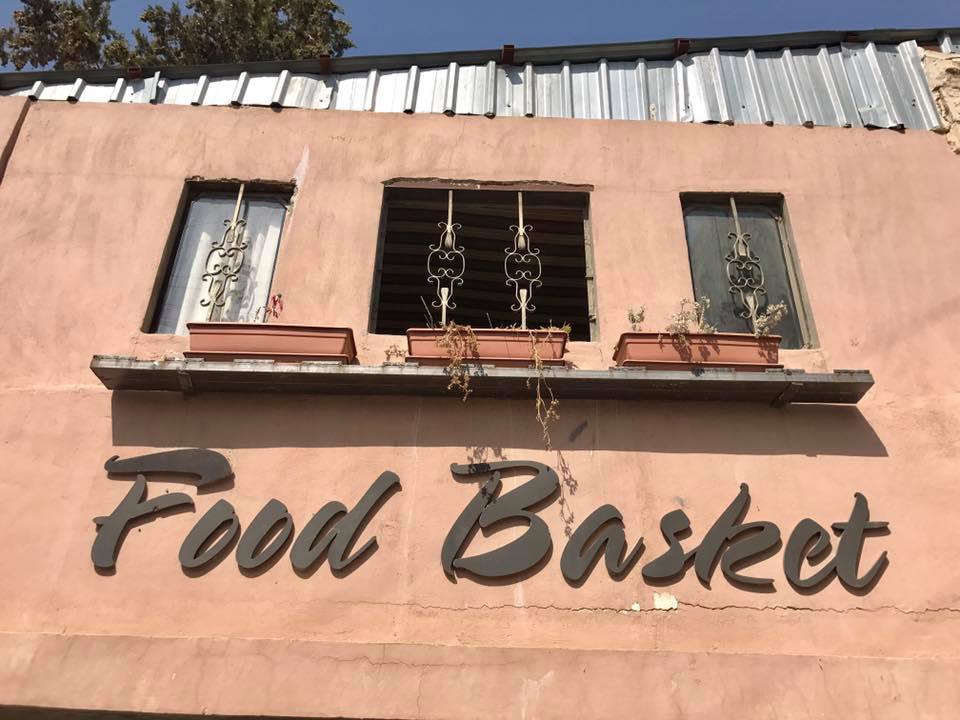
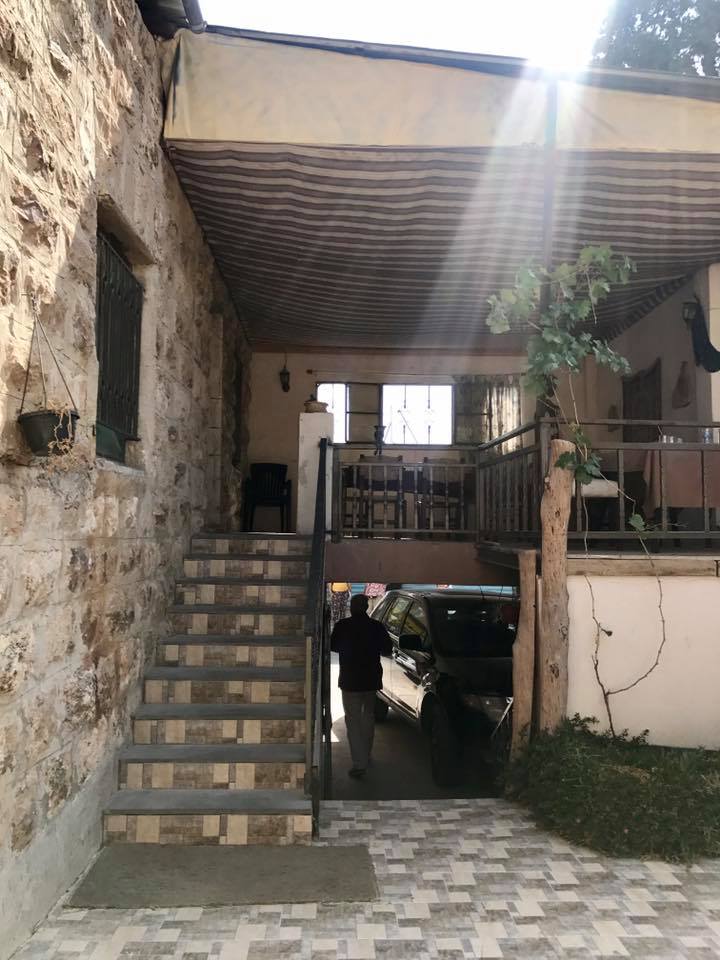
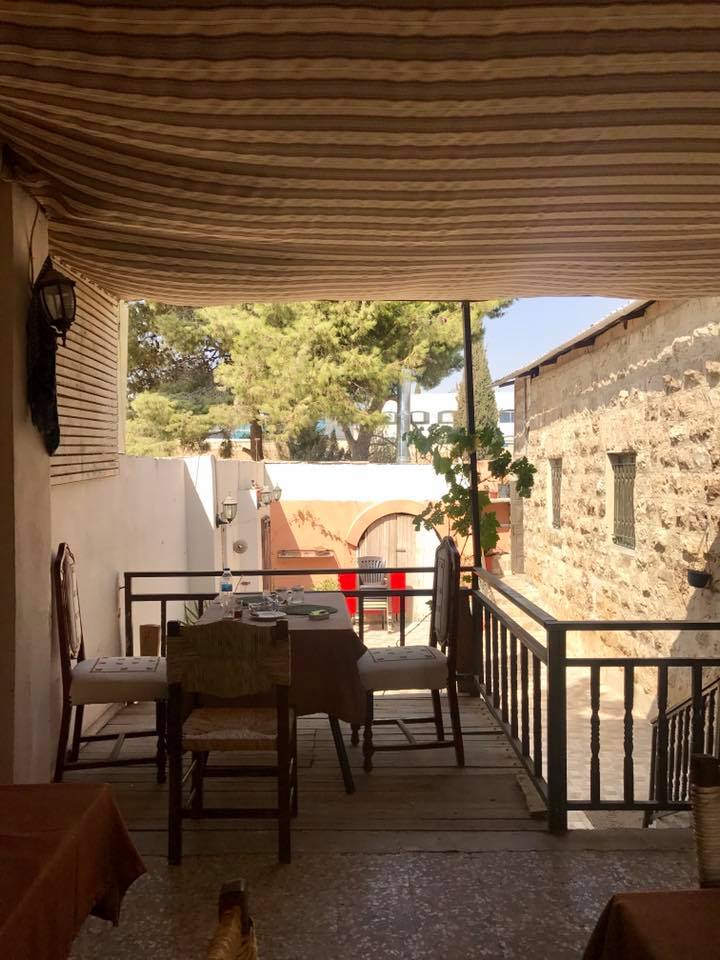
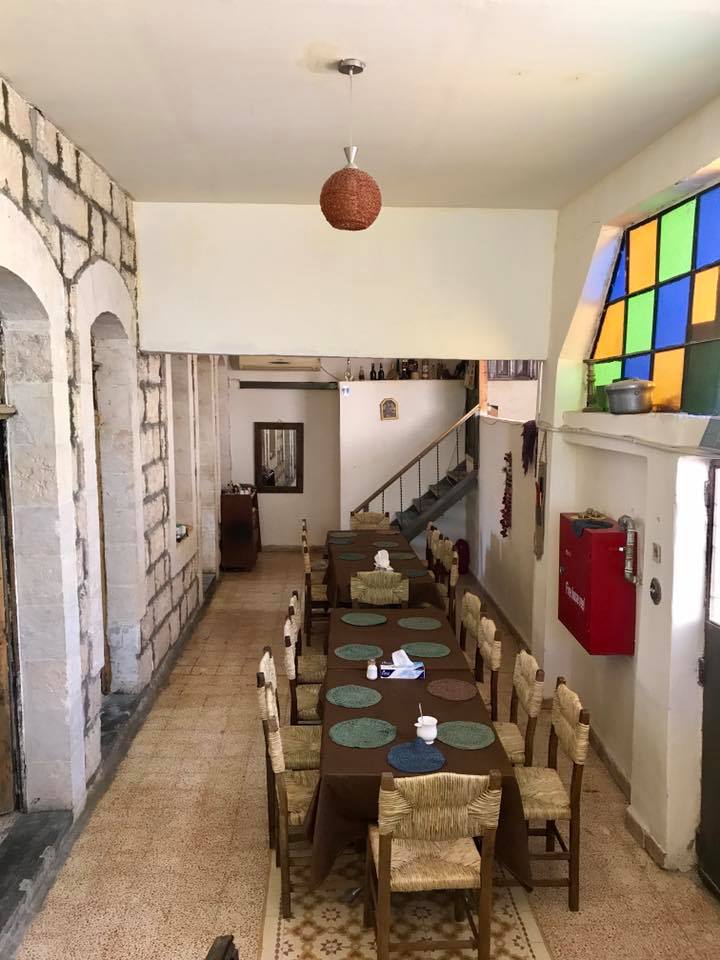
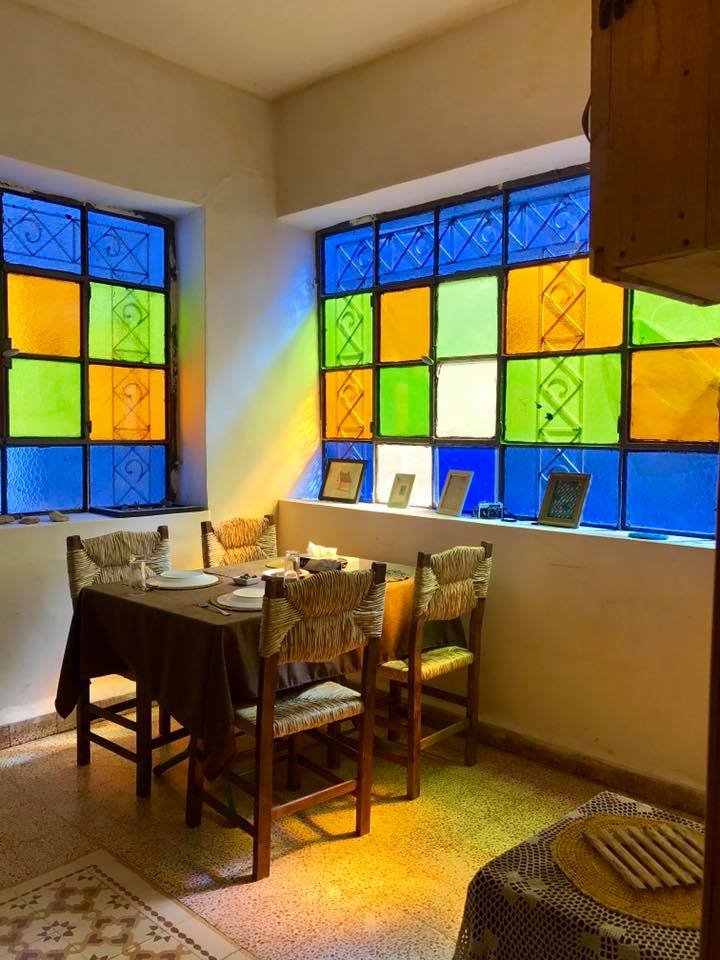
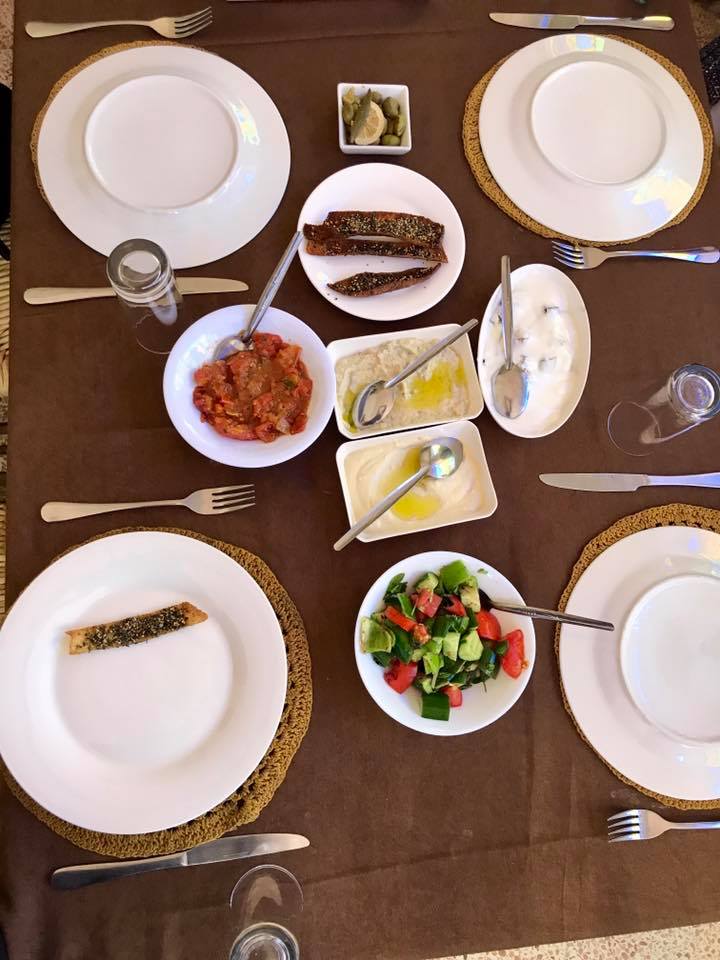
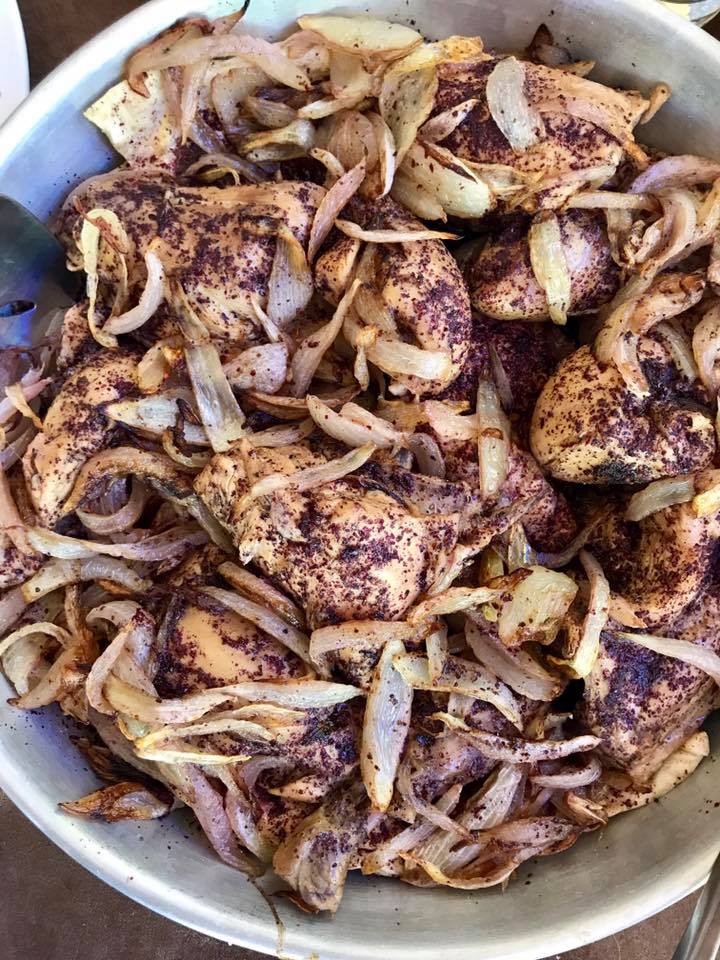
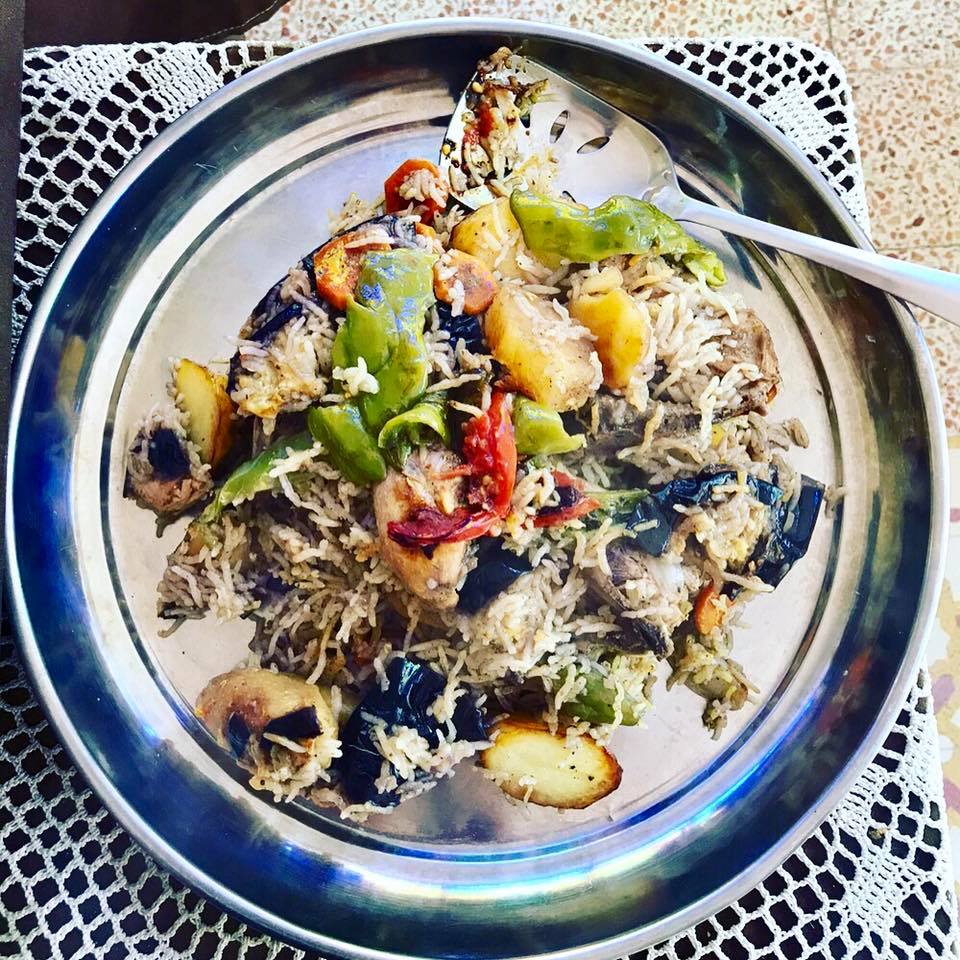
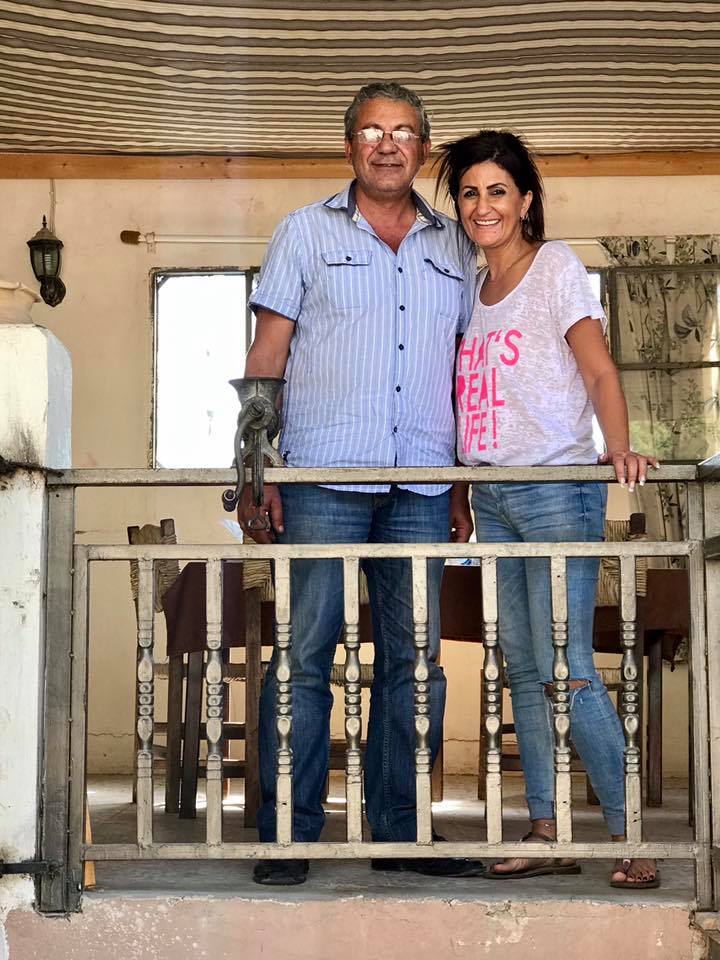
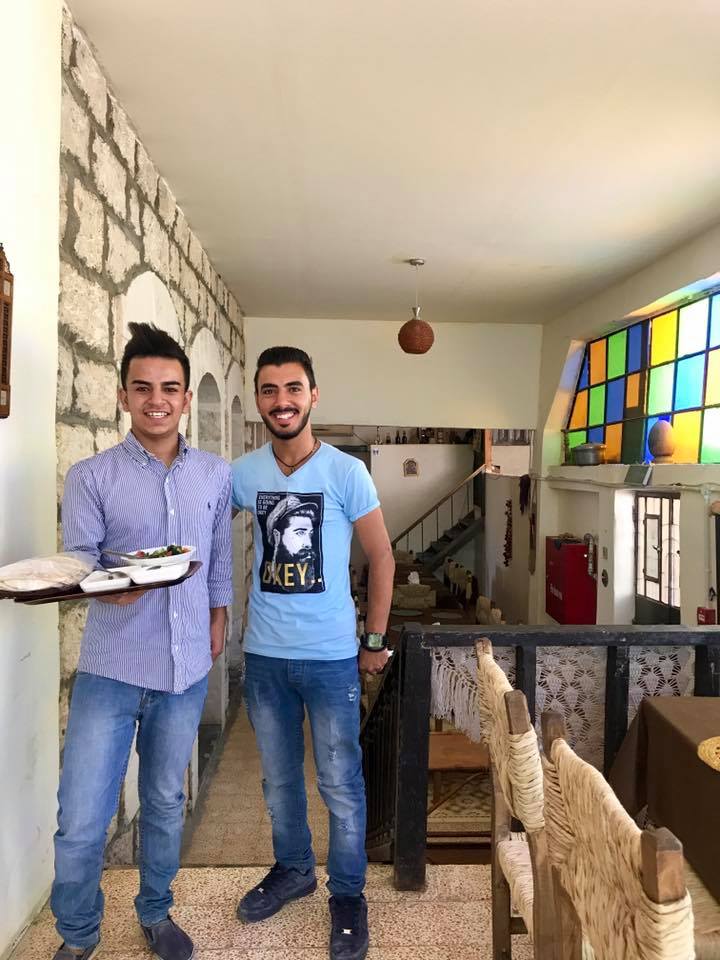
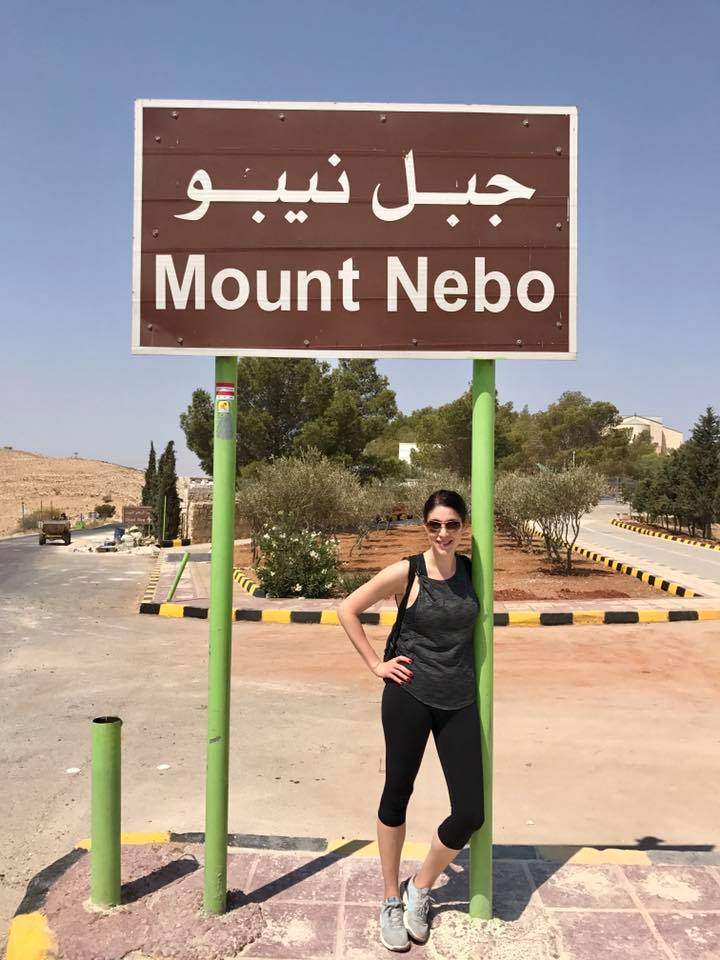
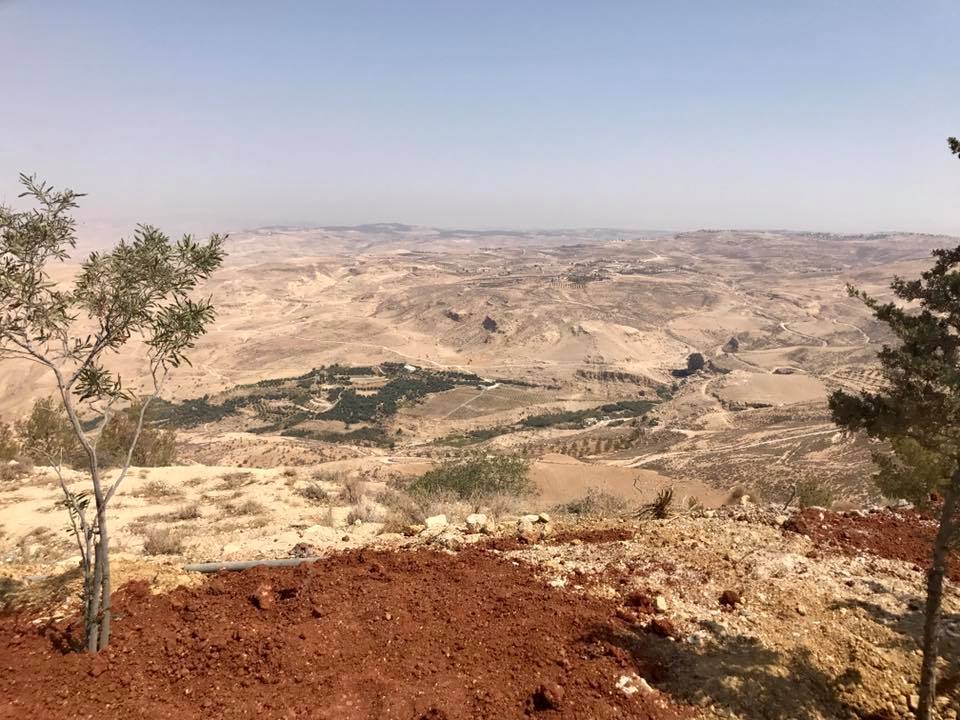
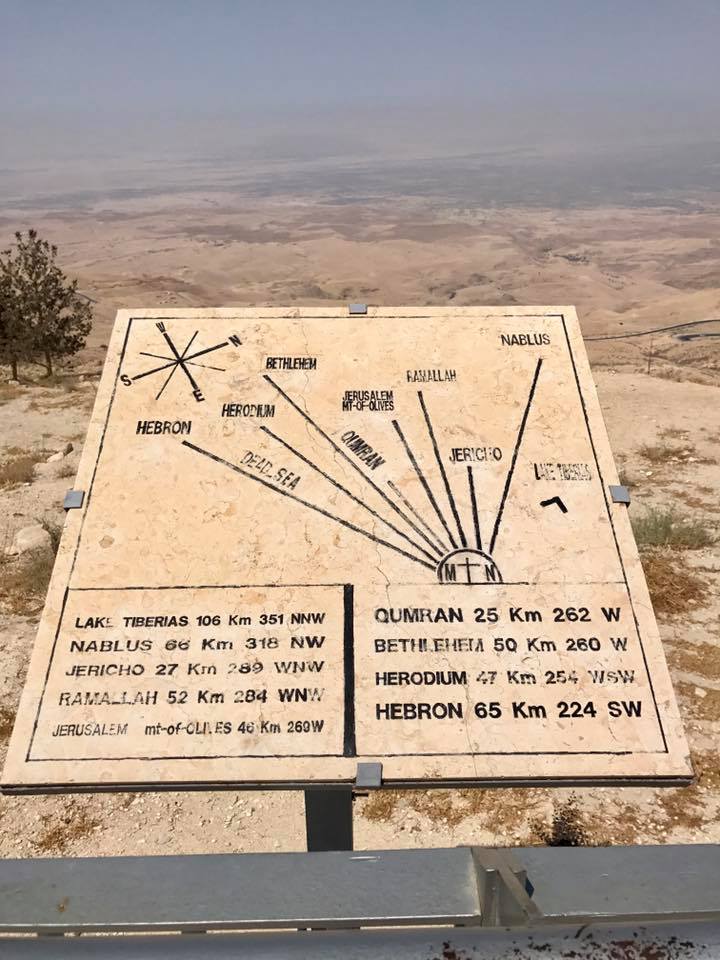
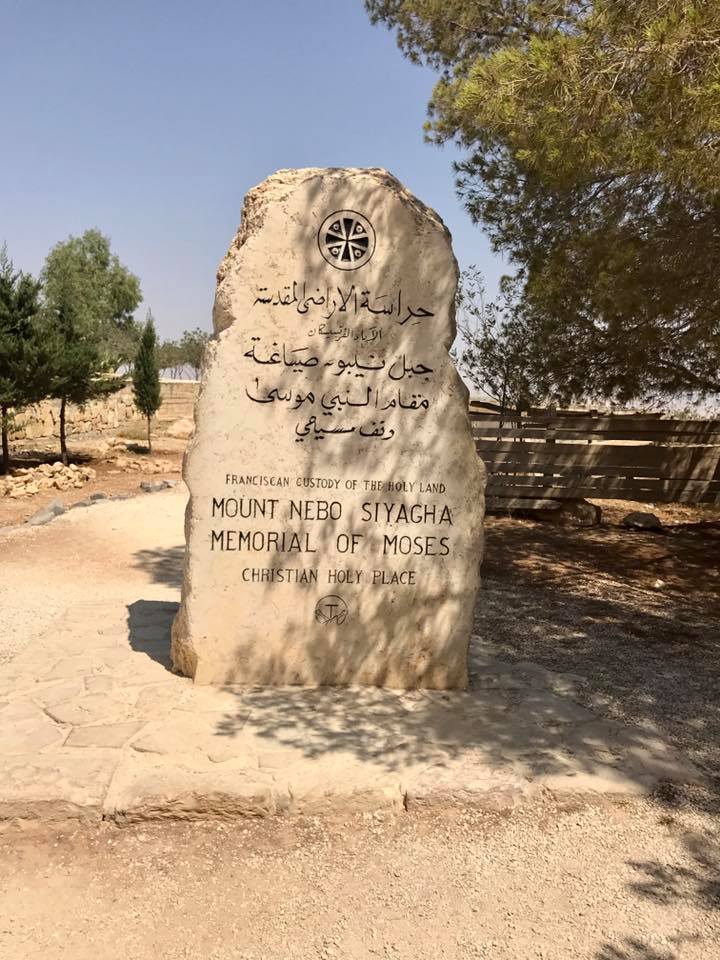
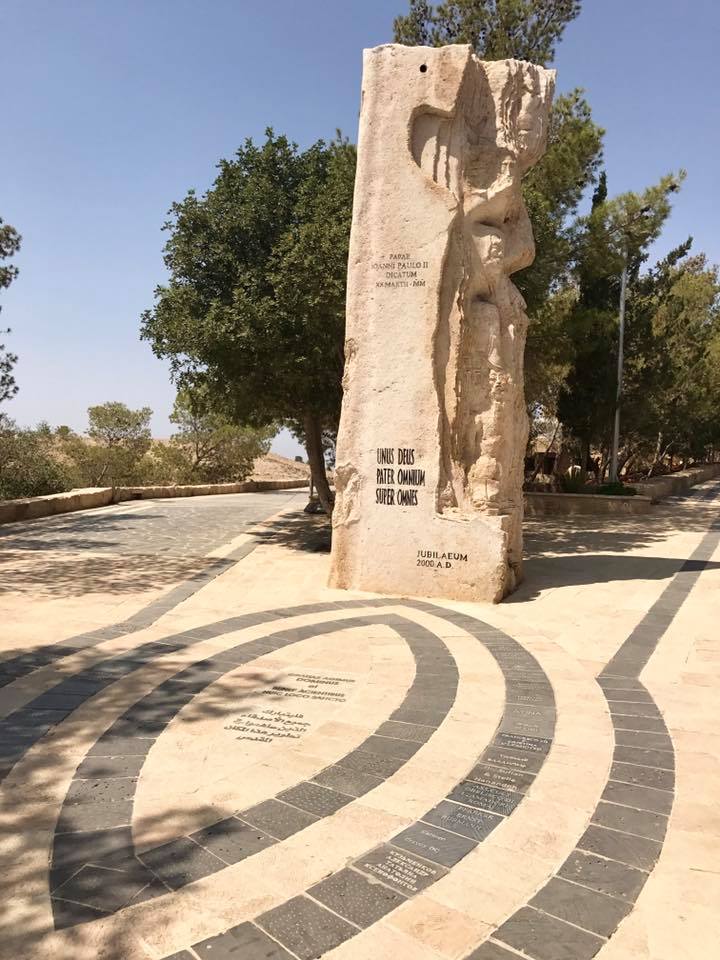
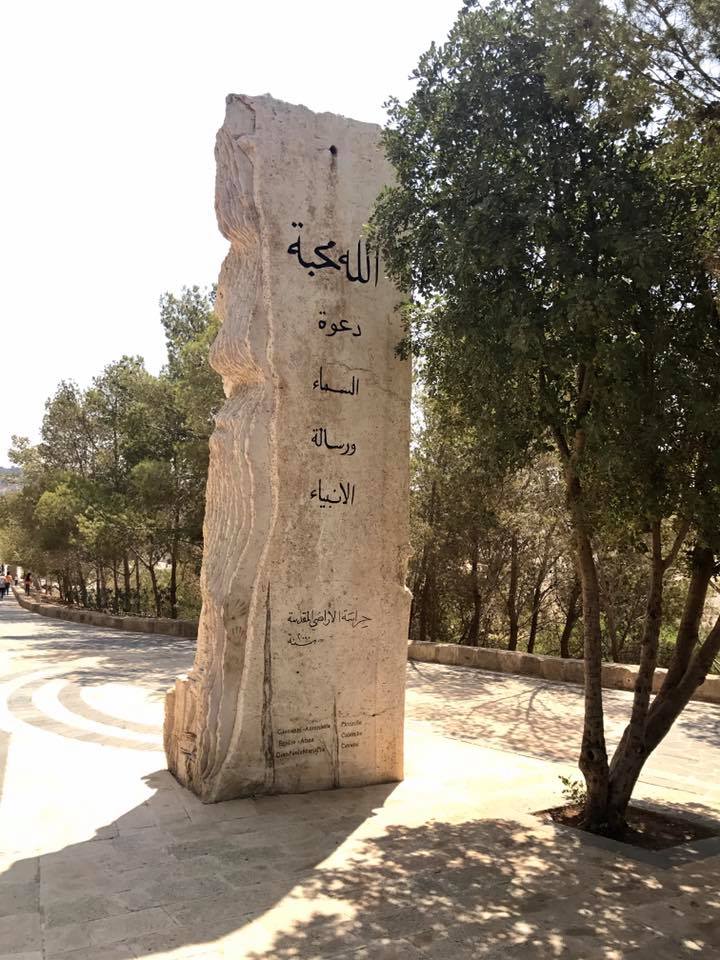
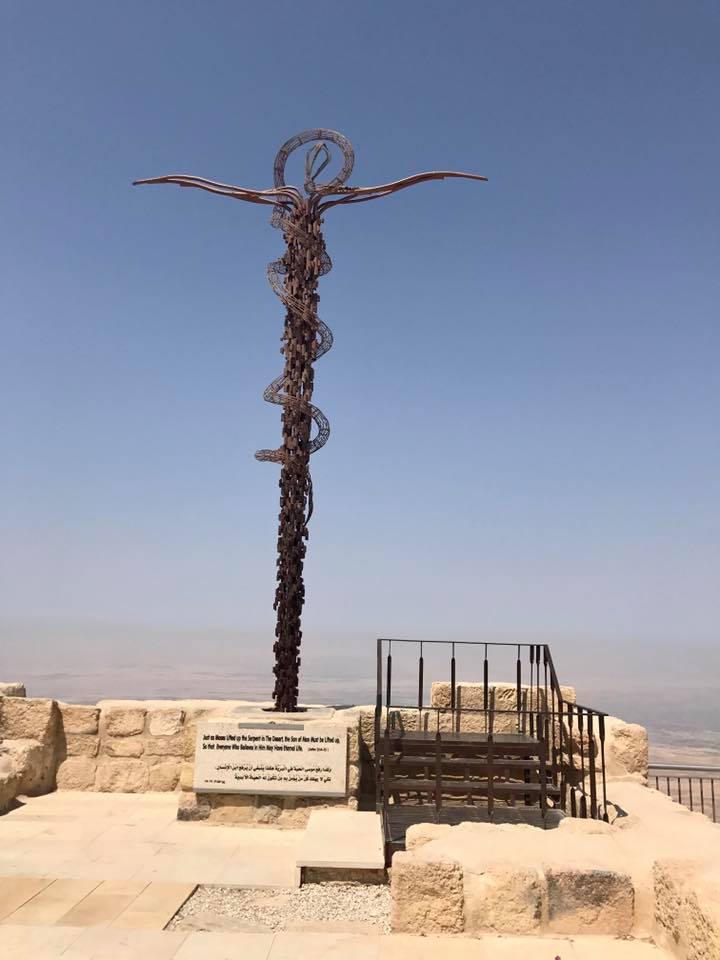
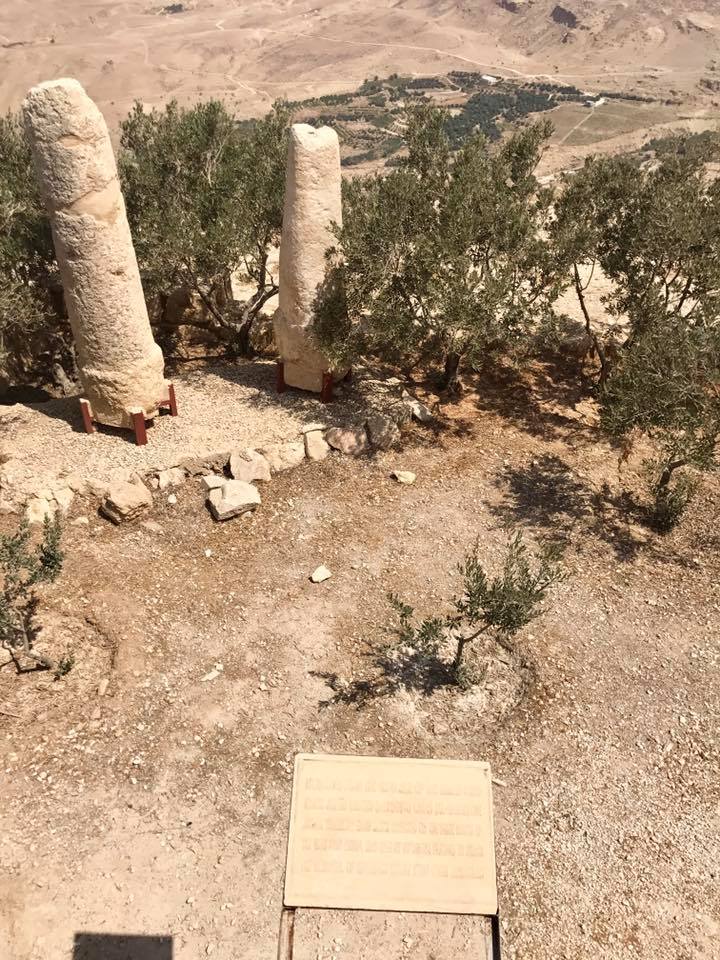
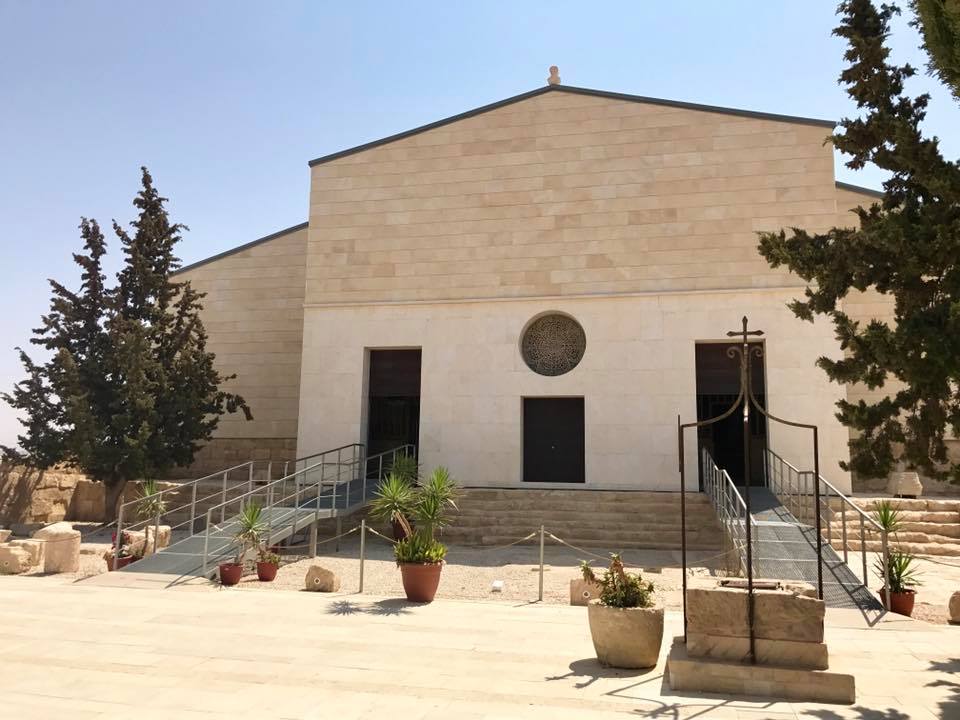
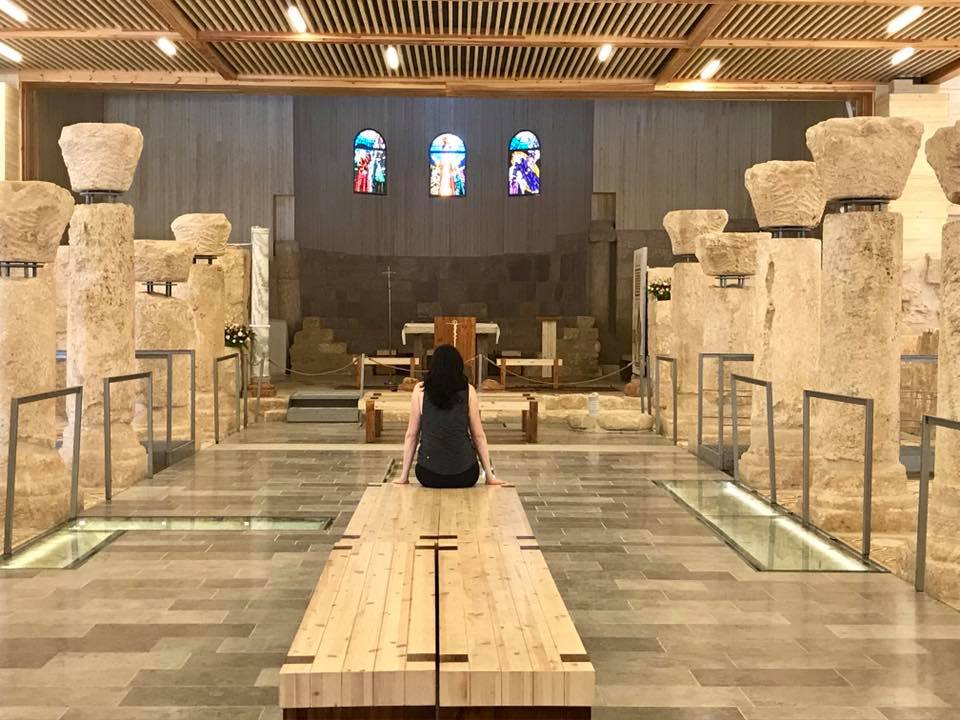
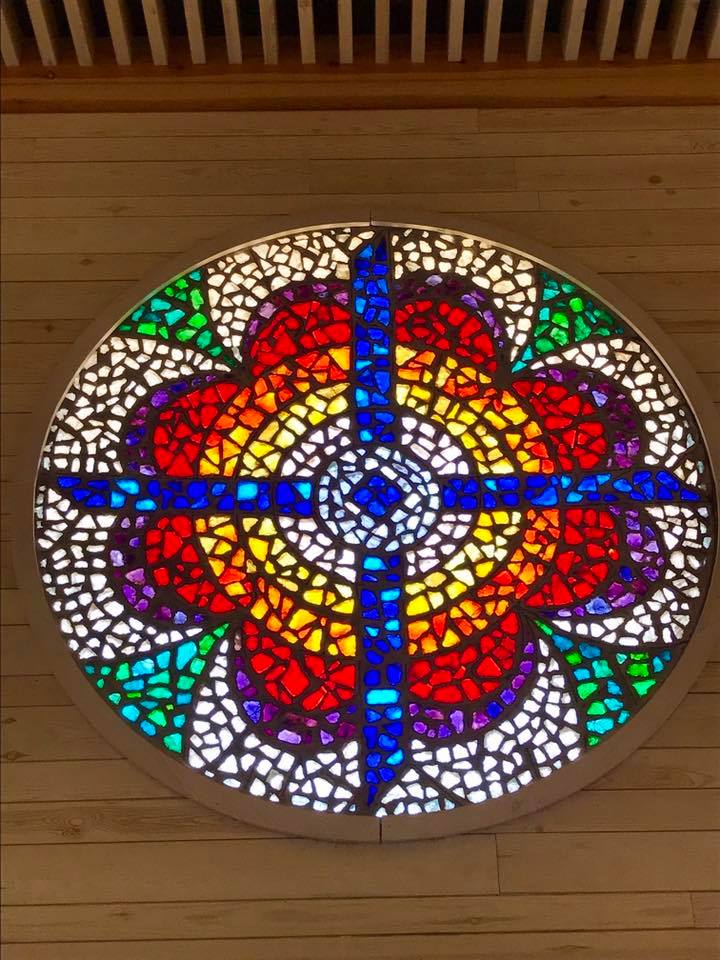
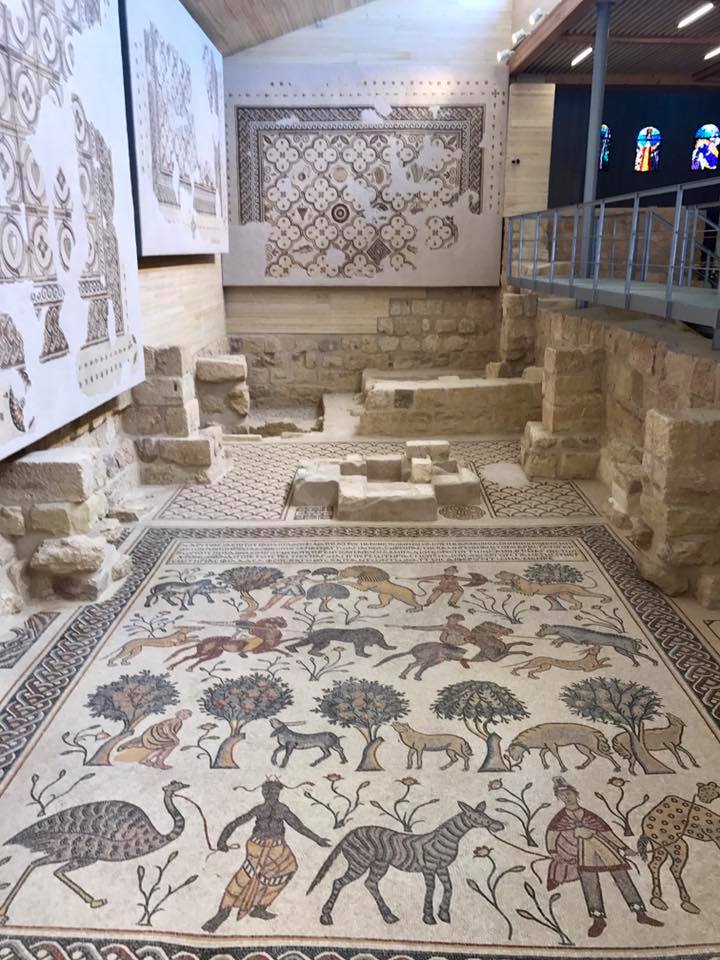
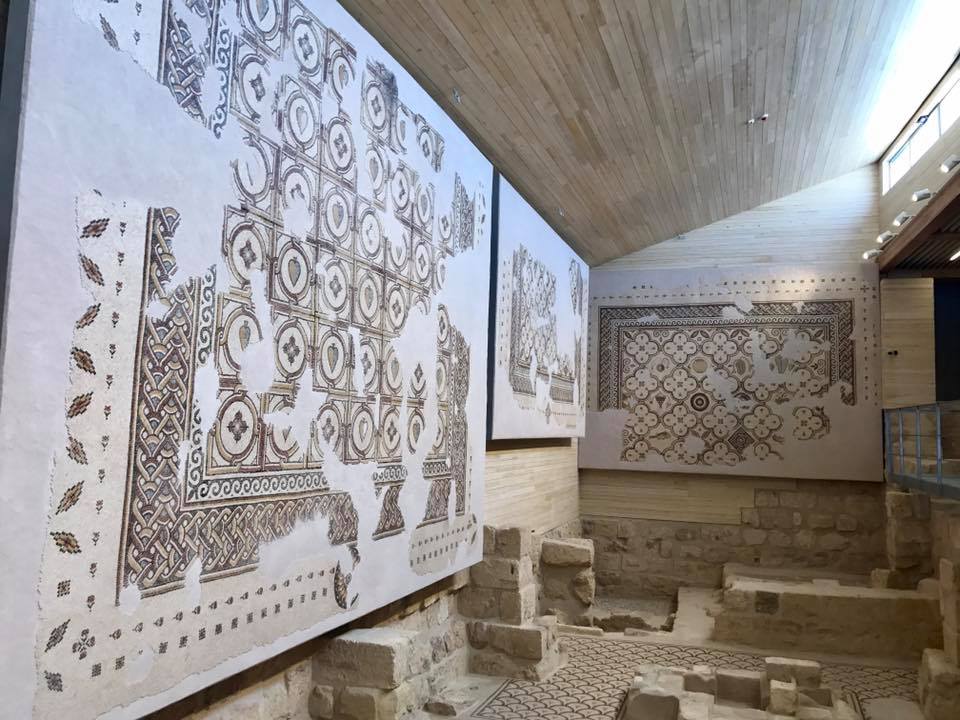
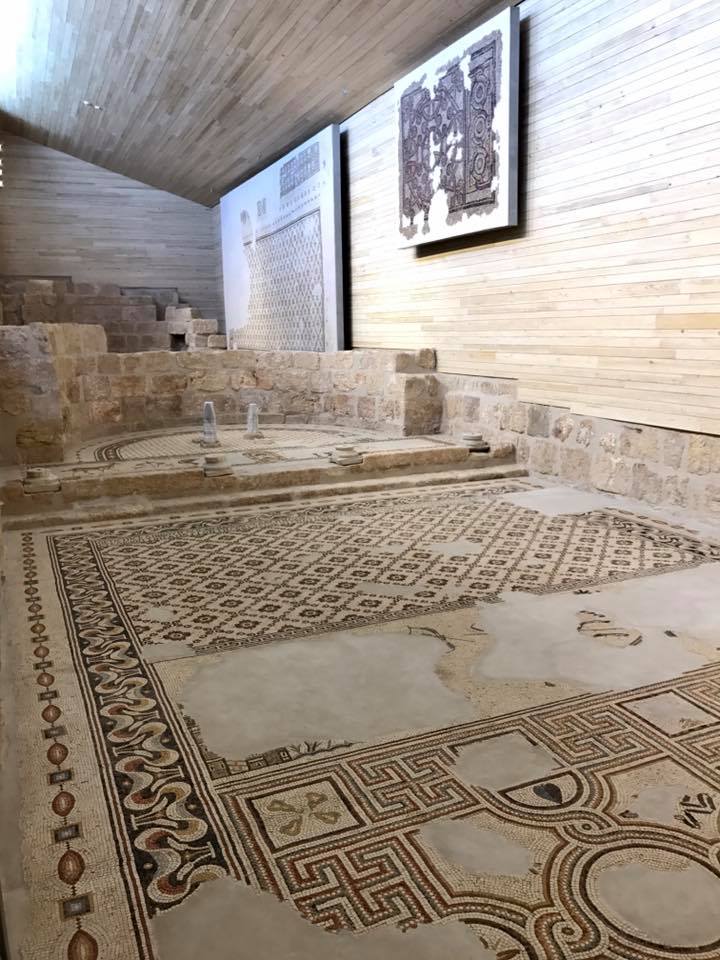
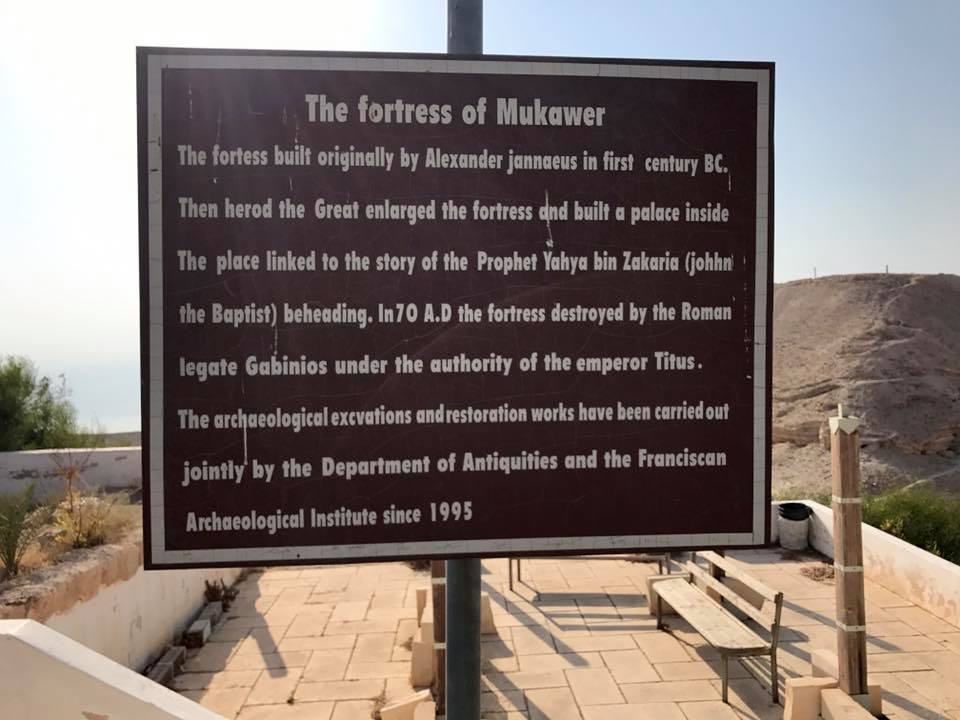
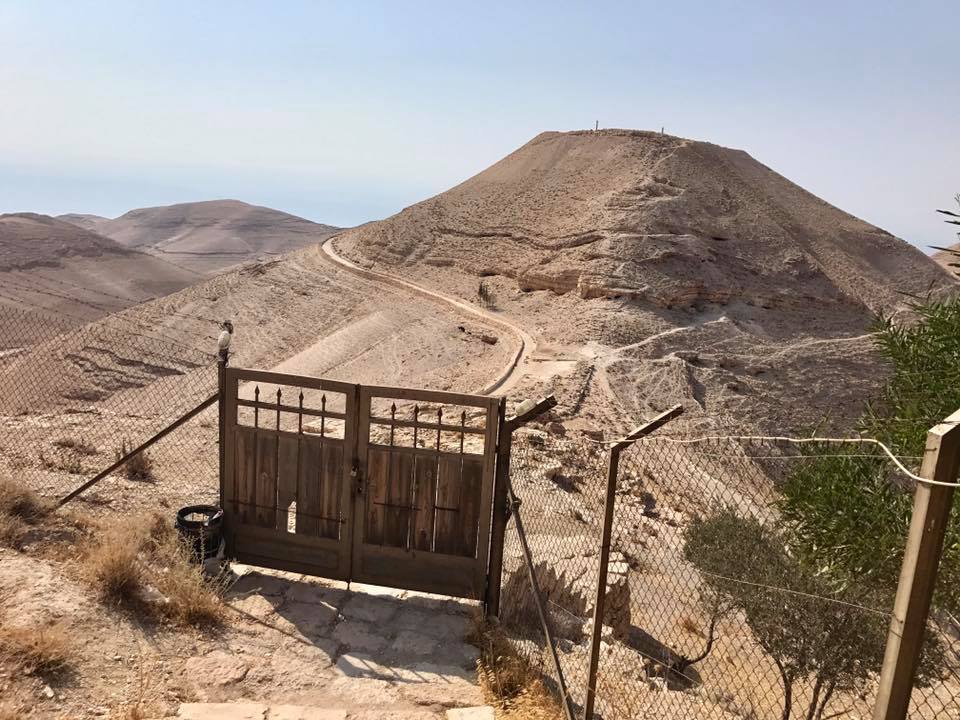
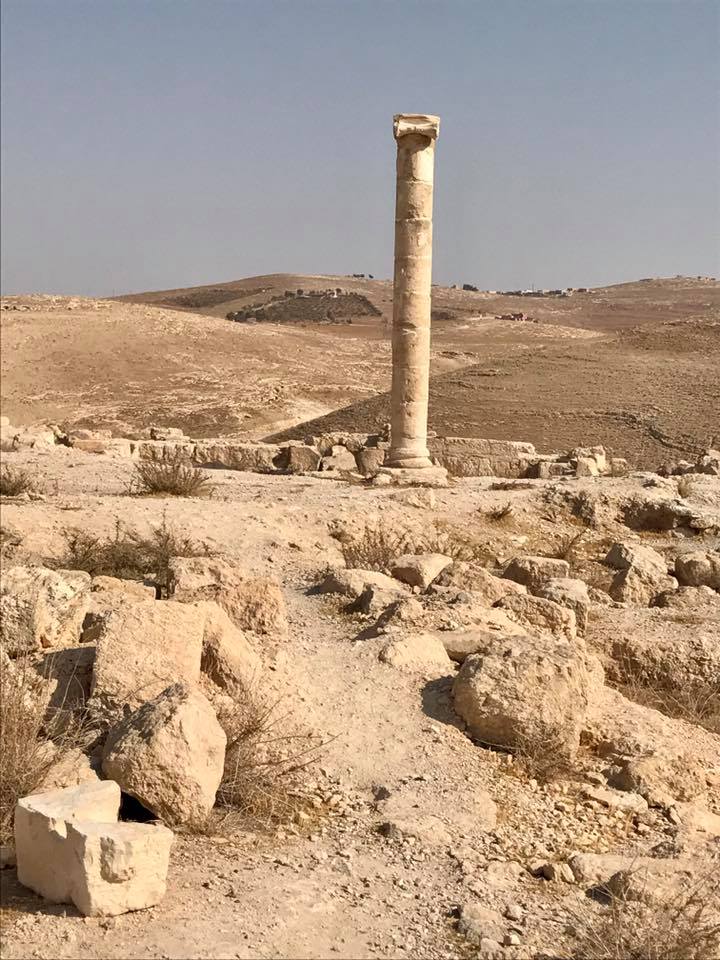
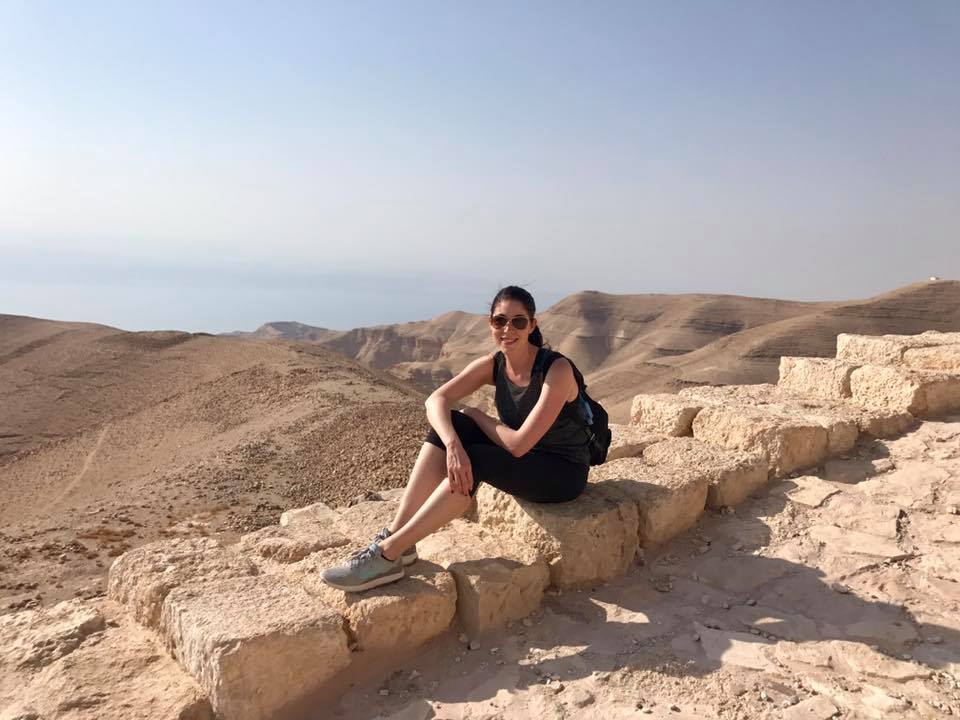
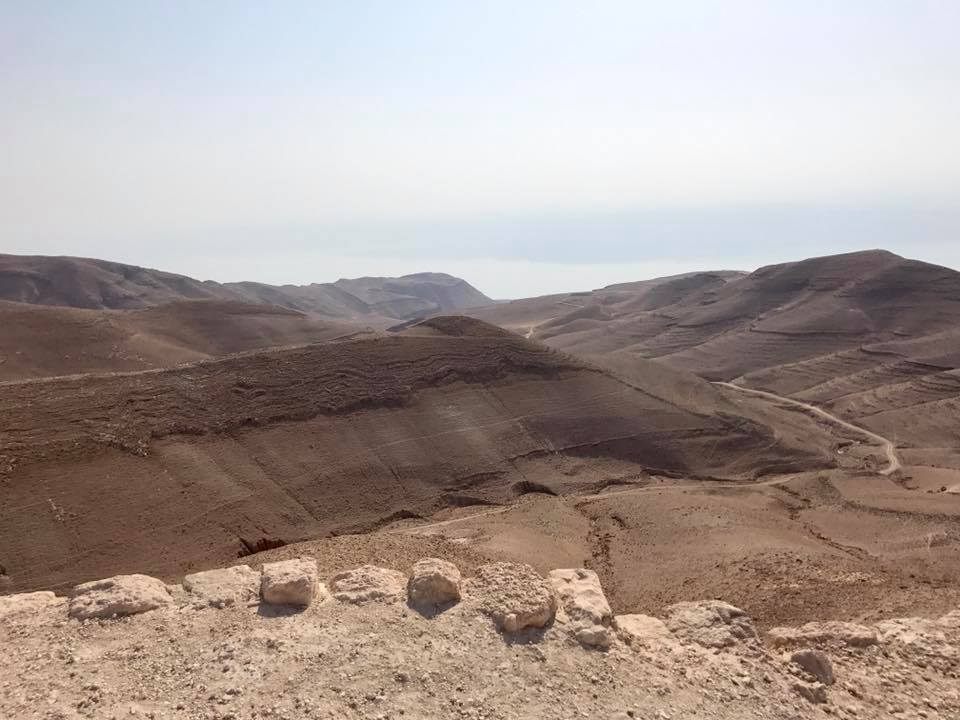
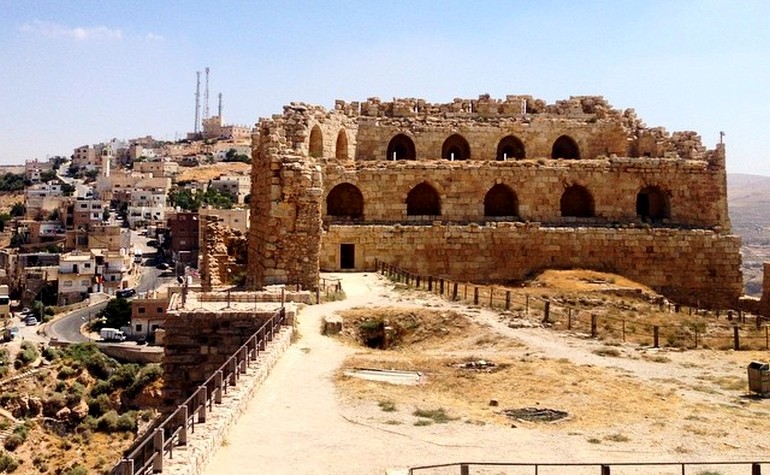
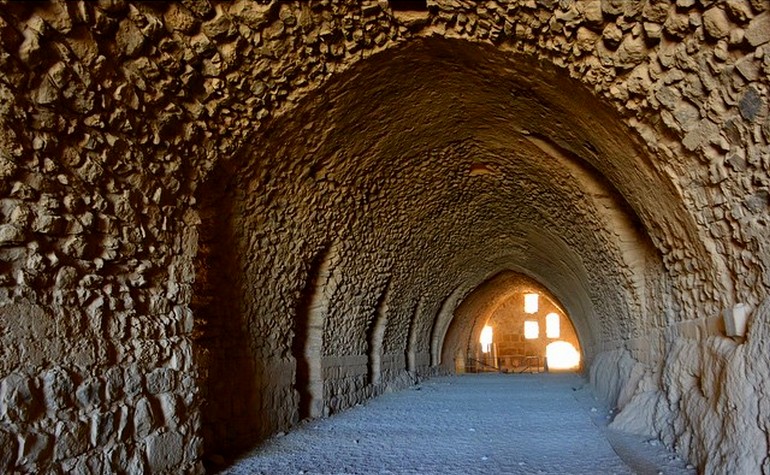
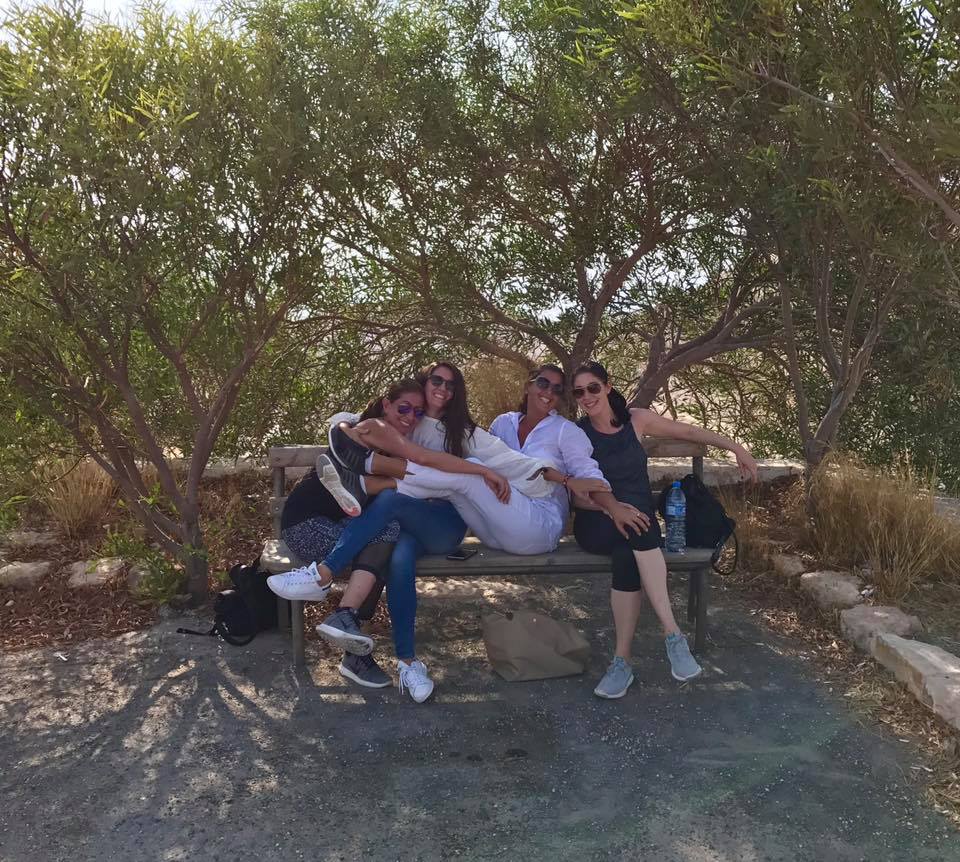
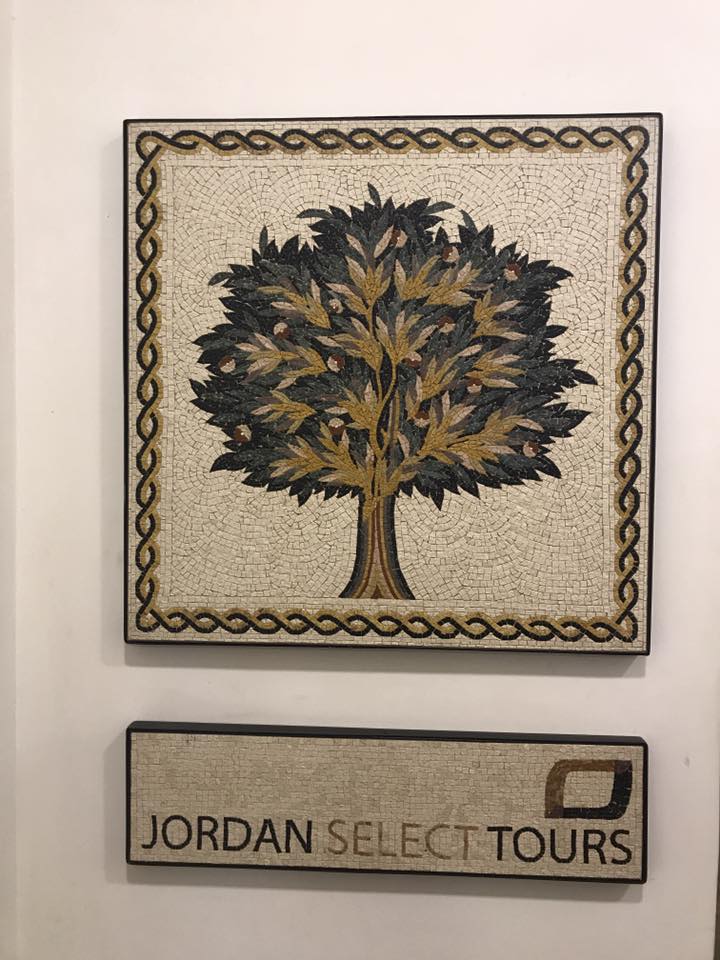
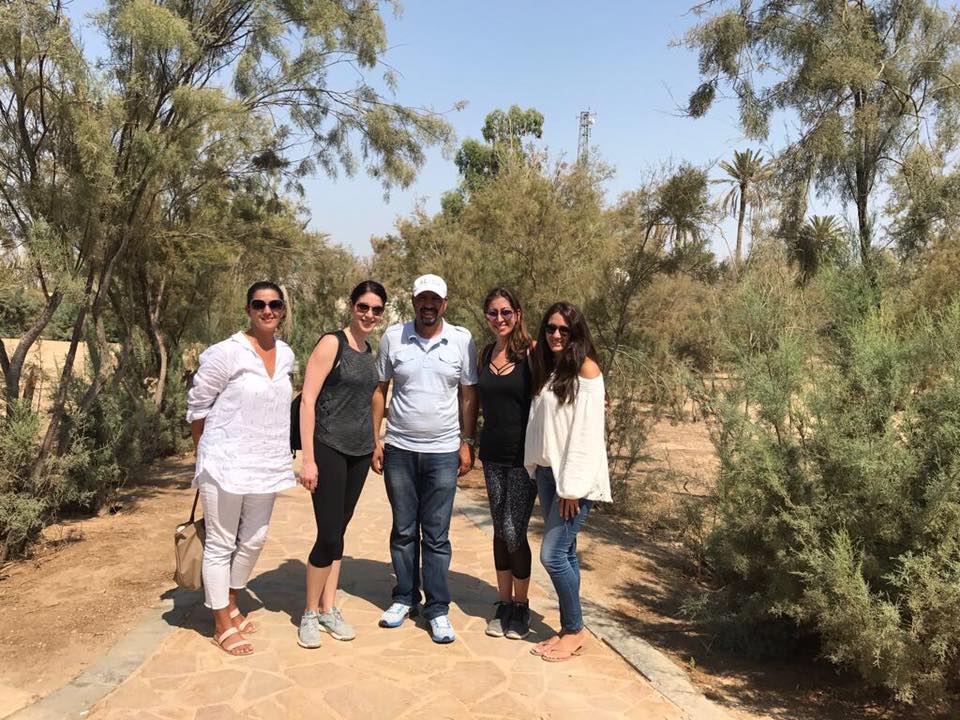
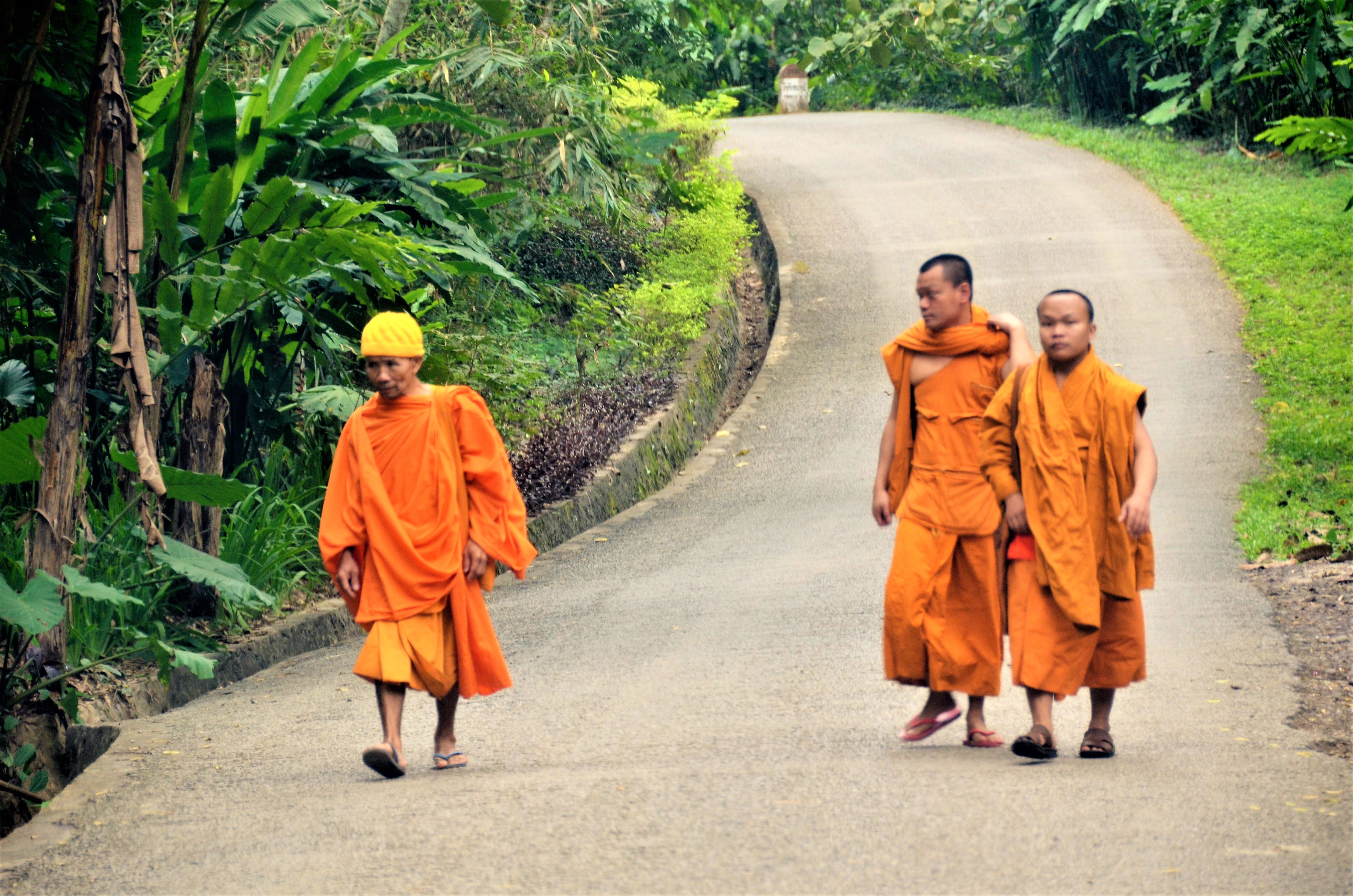 Chances are that
Chances are that 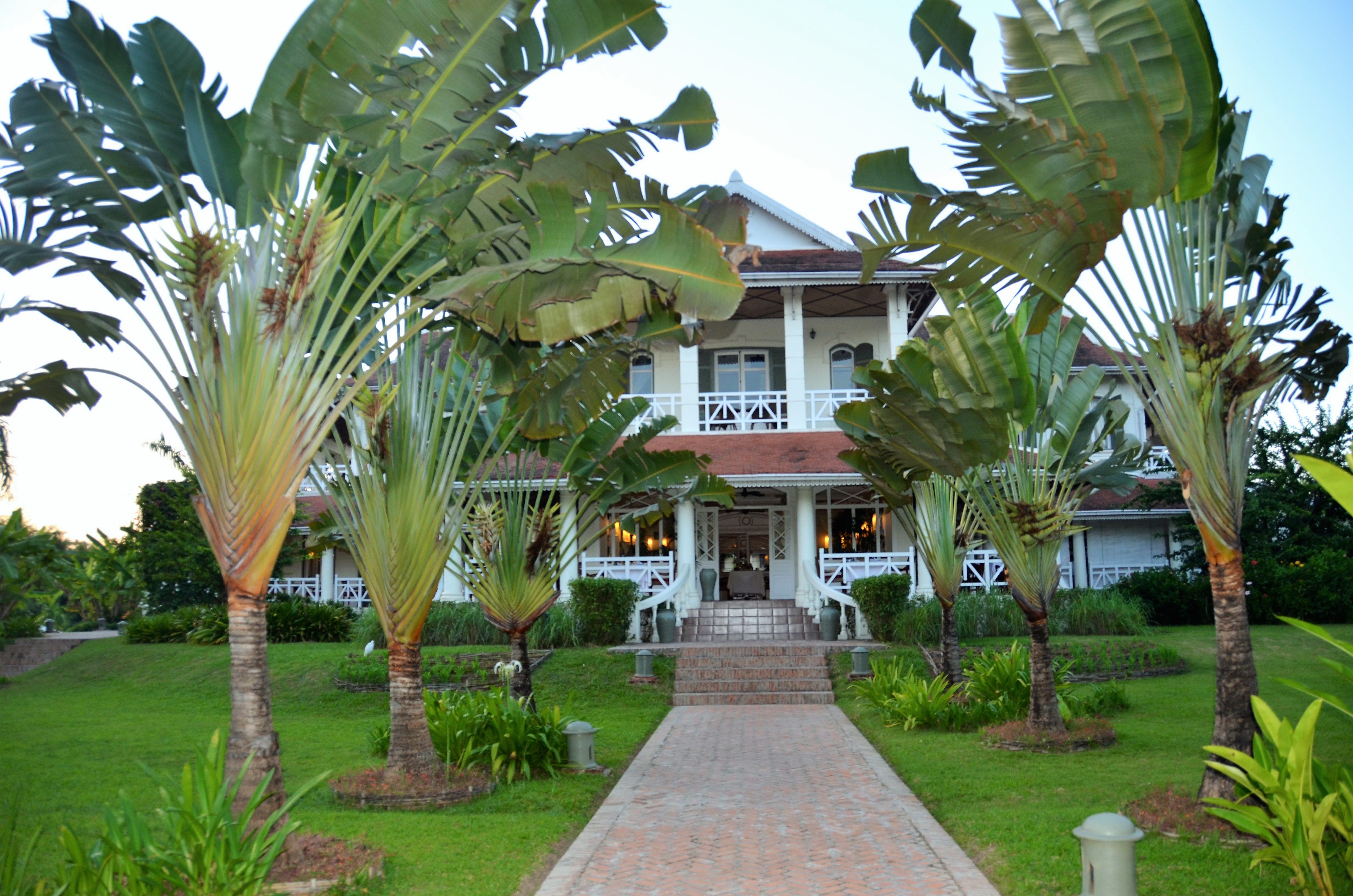
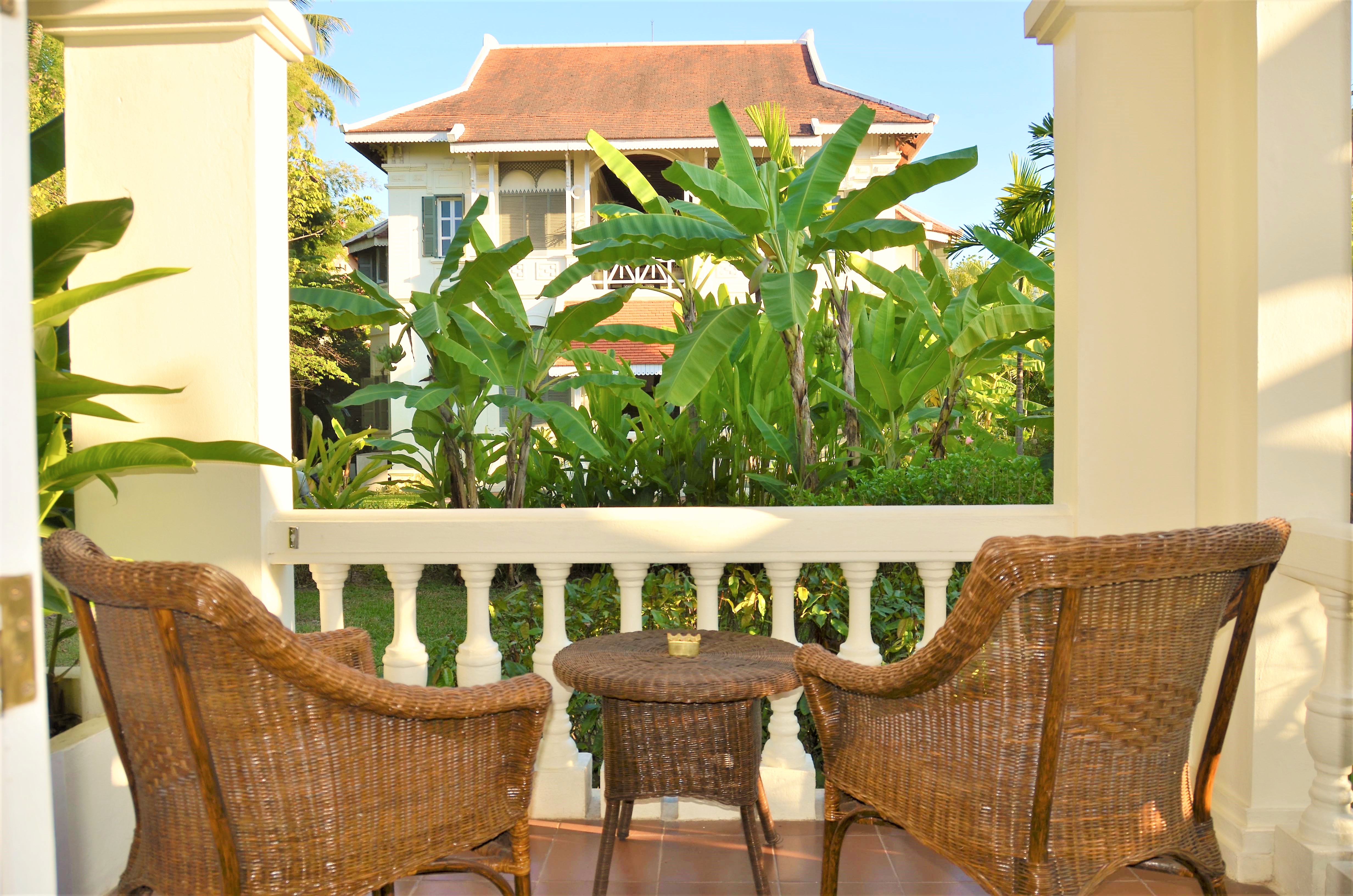
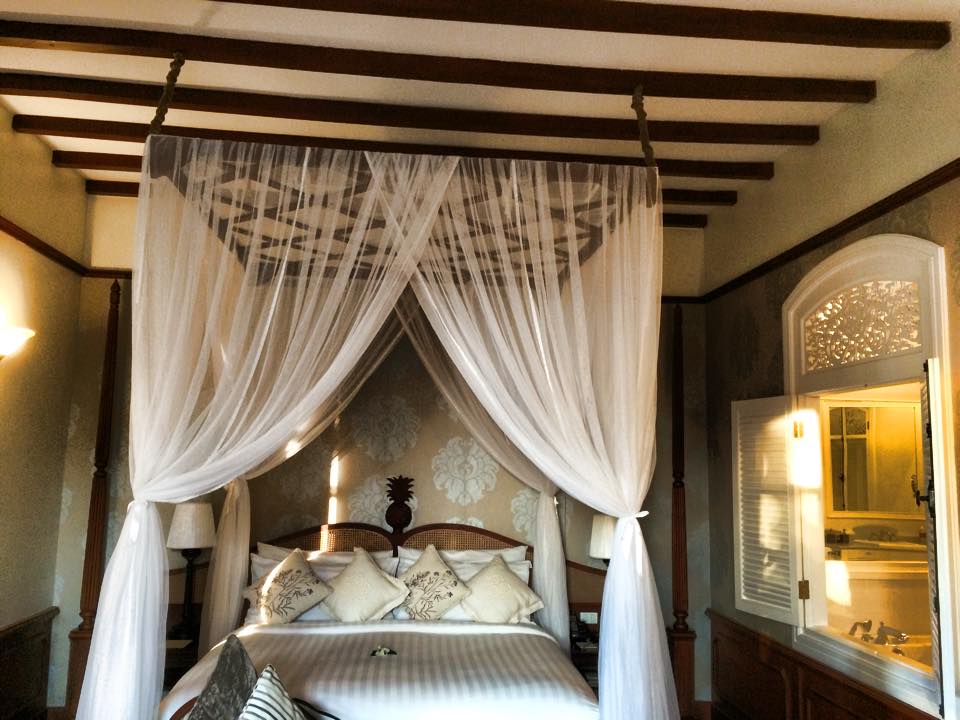 We arrived in Luang Prabang just in time to visit the night market. Apparently, there are a lot of unexploded ammunition left over from the Indochina and Vietnam wars. The locals take these wartime leftovers, turn them into keepsakes and jewelry, and sell them at the local markets.
We arrived in Luang Prabang just in time to visit the night market. Apparently, there are a lot of unexploded ammunition left over from the Indochina and Vietnam wars. The locals take these wartime leftovers, turn them into keepsakes and jewelry, and sell them at the local markets. 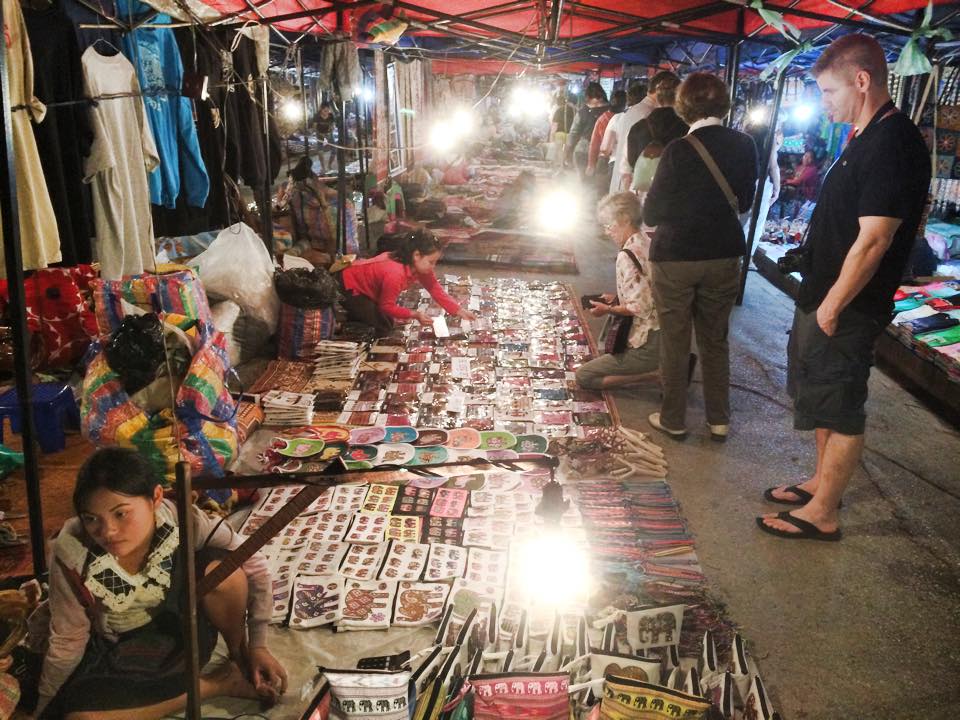
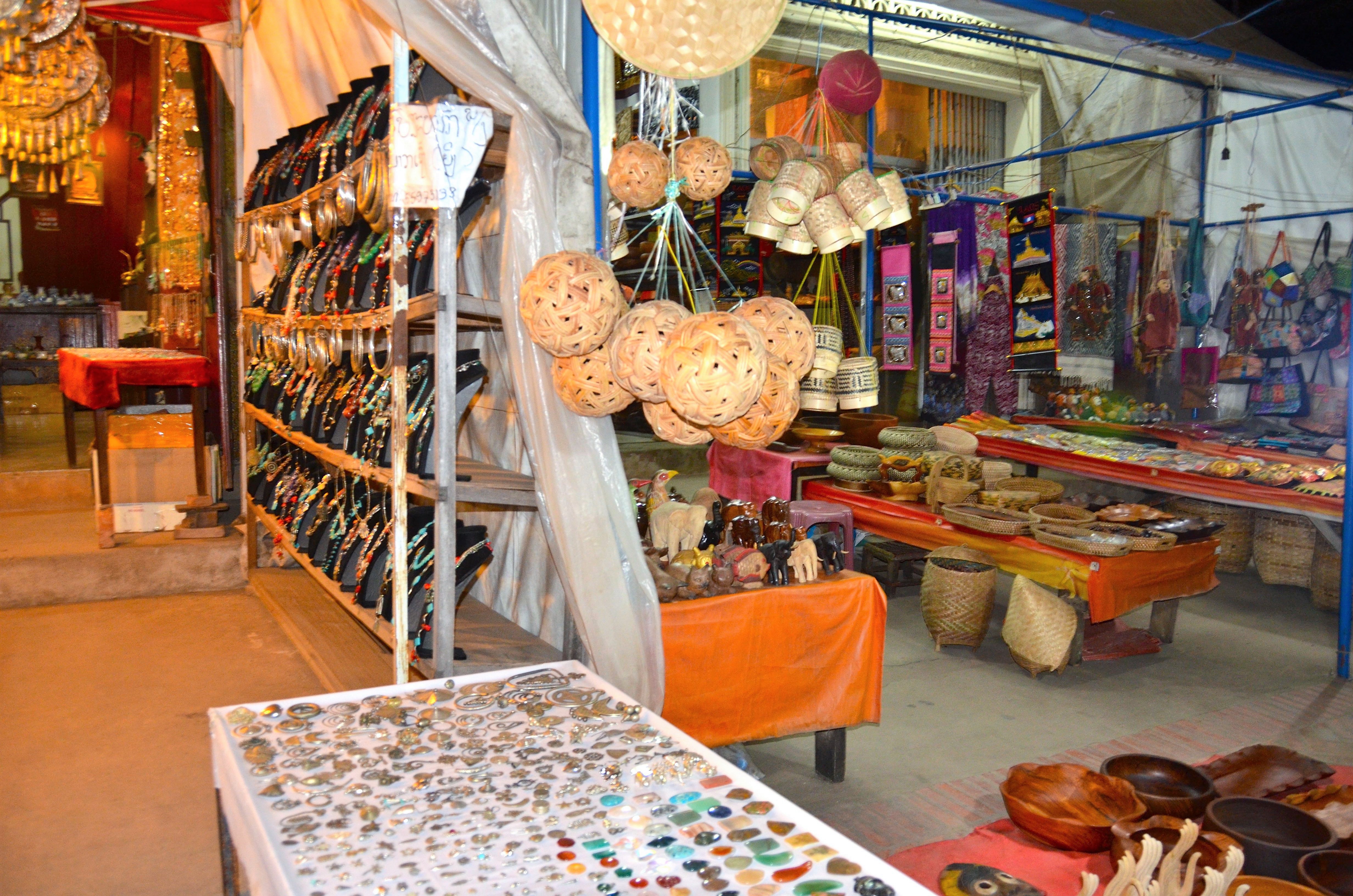 We had some action packed days in Luang Prabang! Along the way, during our all-too-short time in this magical little place, we had some very meaningful experiences and encounters with locals.
We had some action packed days in Luang Prabang! Along the way, during our all-too-short time in this magical little place, we had some very meaningful experiences and encounters with locals.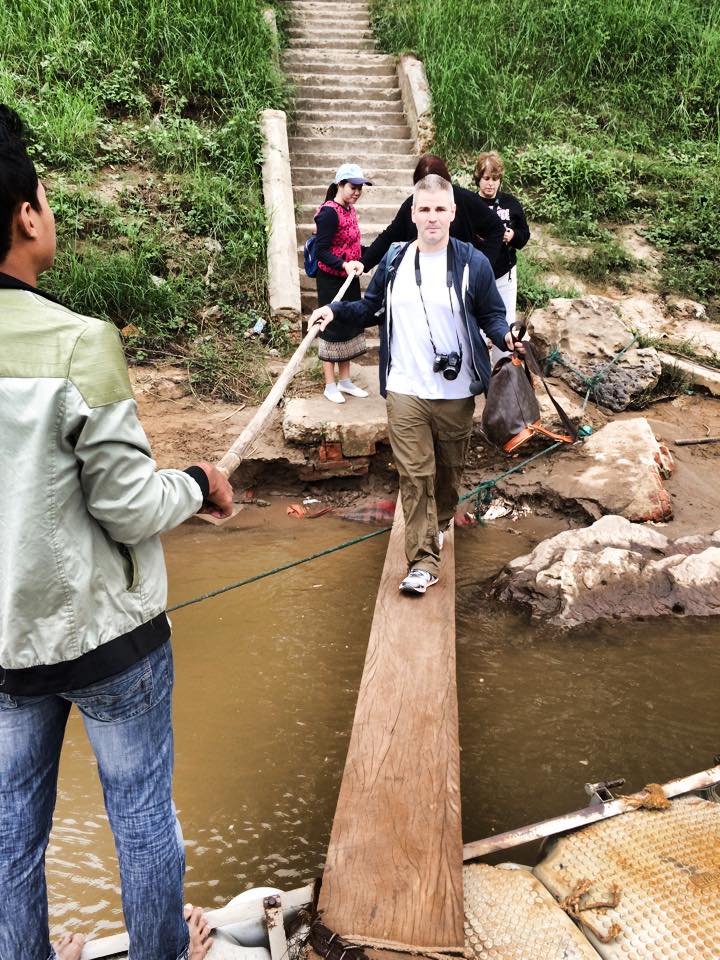
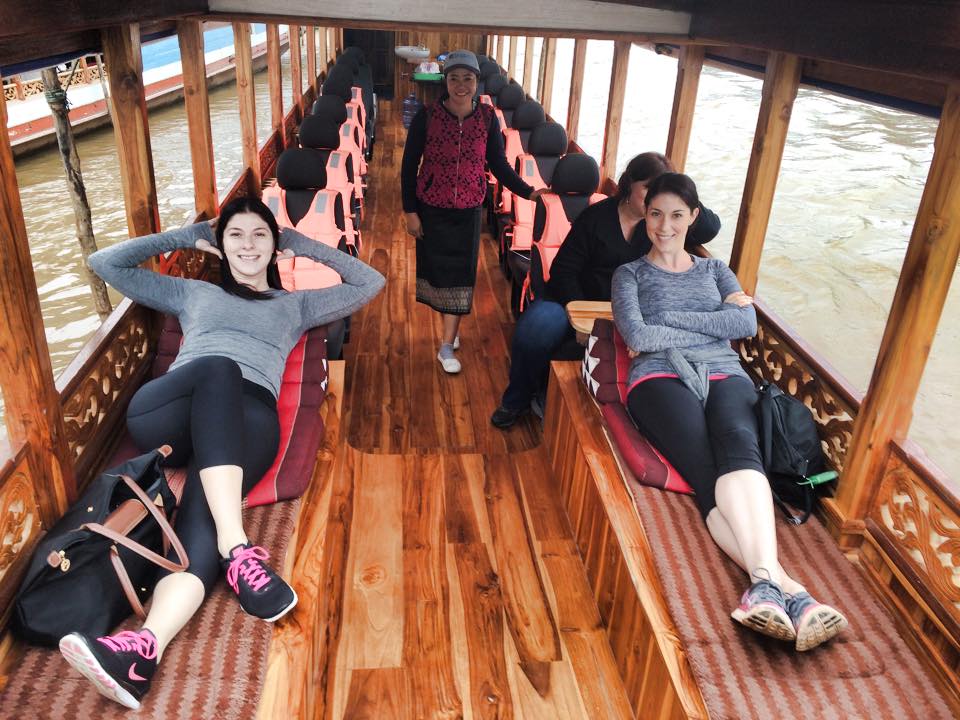 On the two hour journey down the peaceful Mekong River, we got to see a lot of rural everyday life along its banks.
On the two hour journey down the peaceful Mekong River, we got to see a lot of rural everyday life along its banks.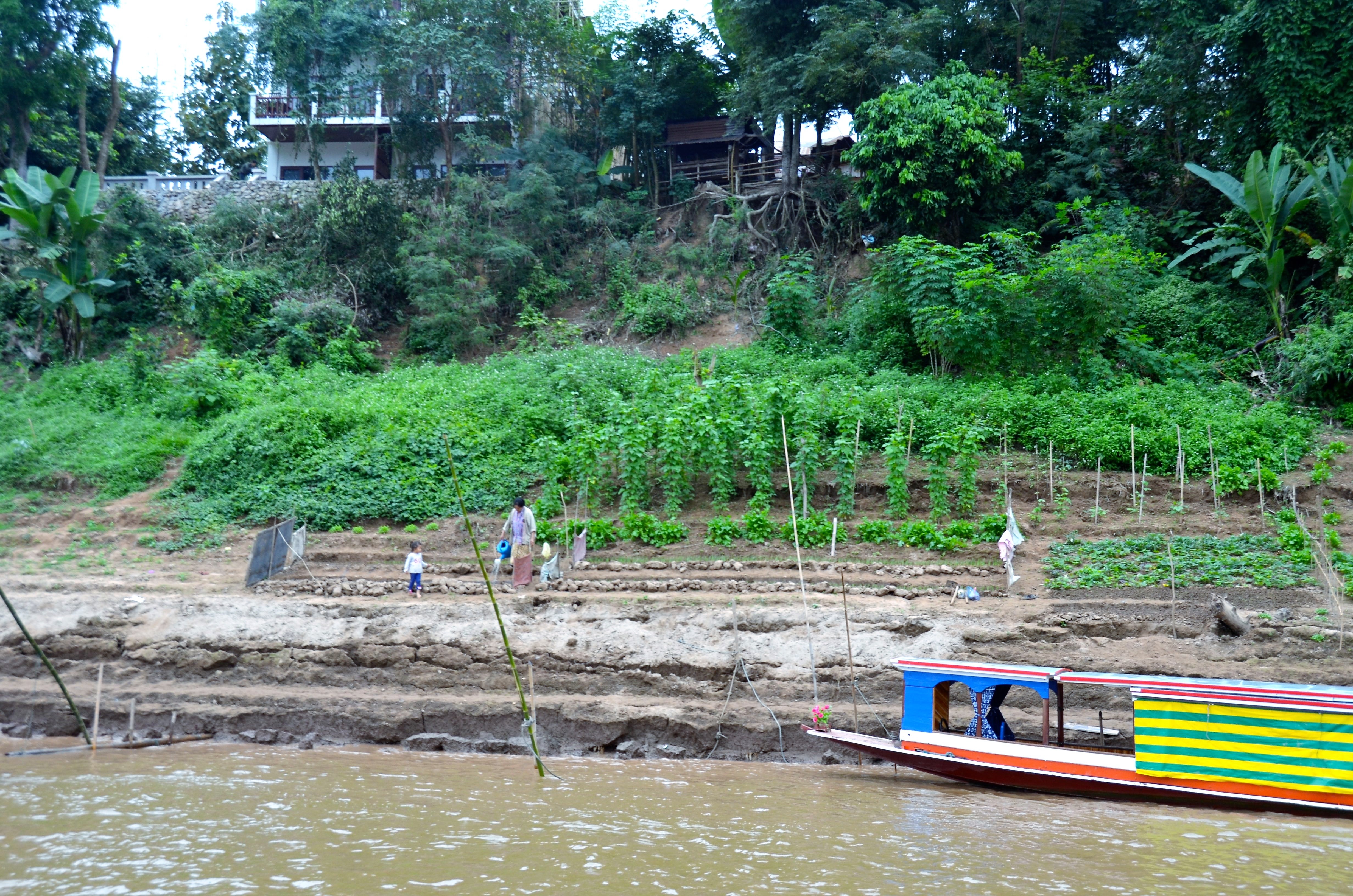
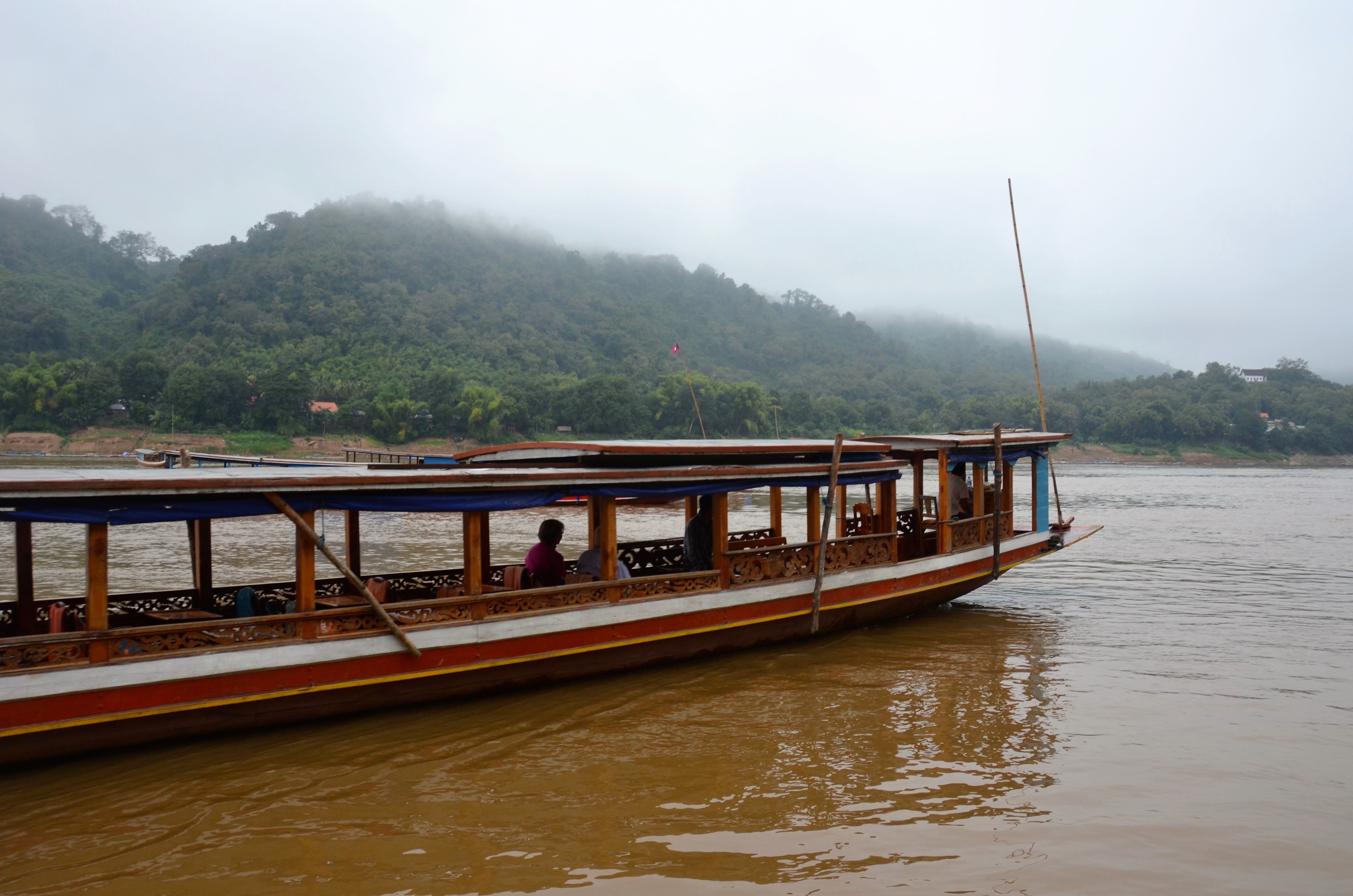
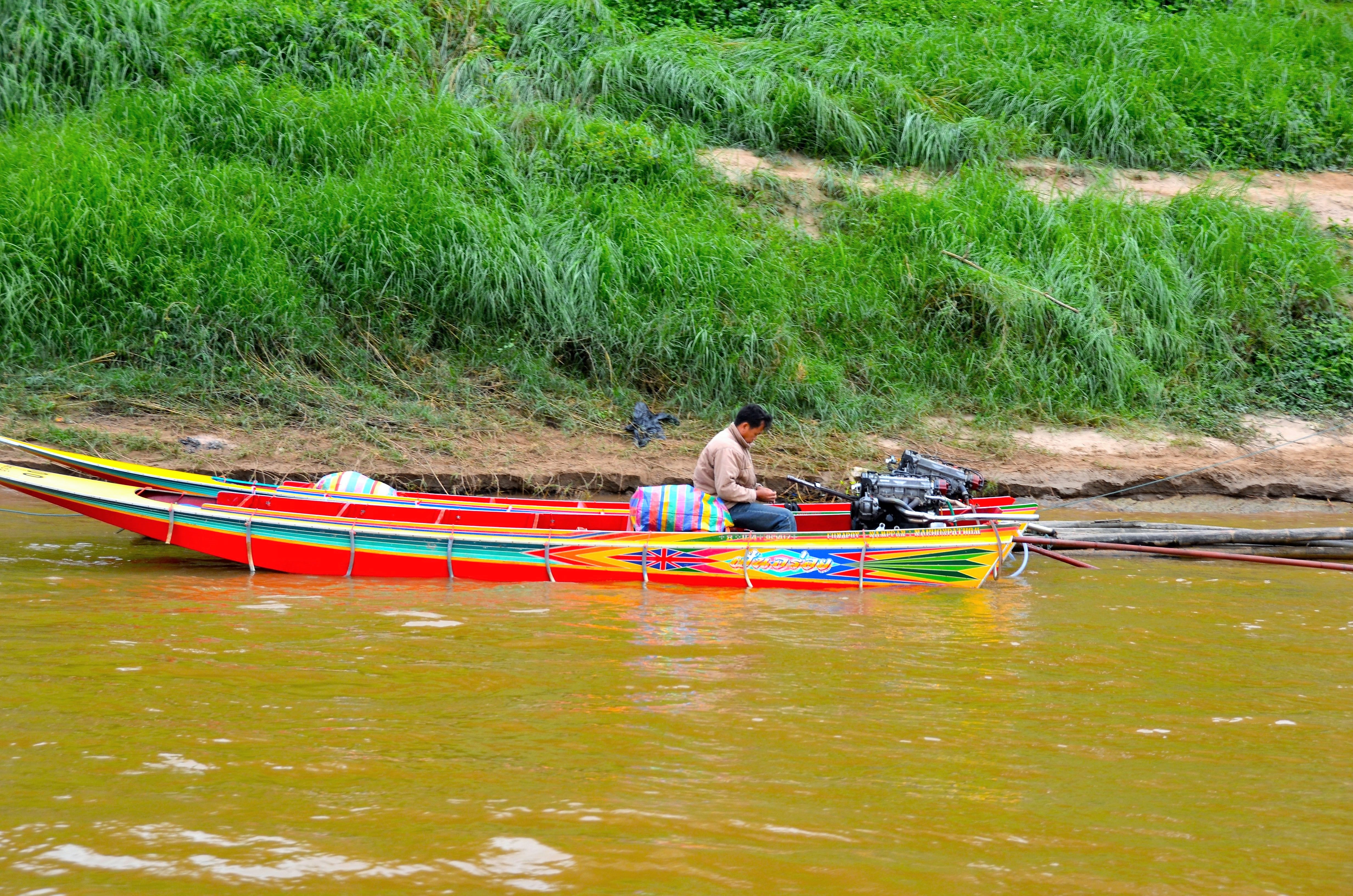
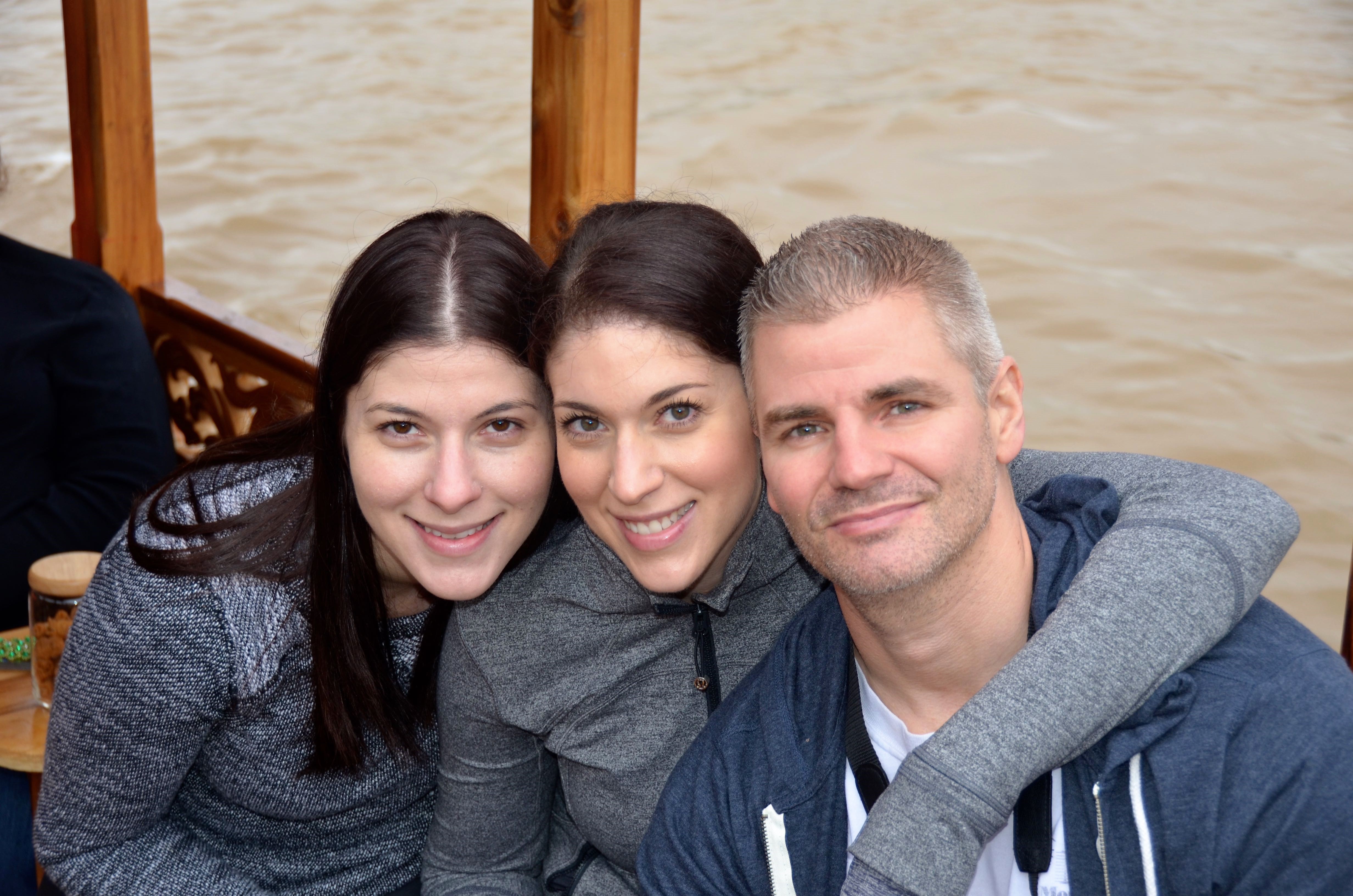
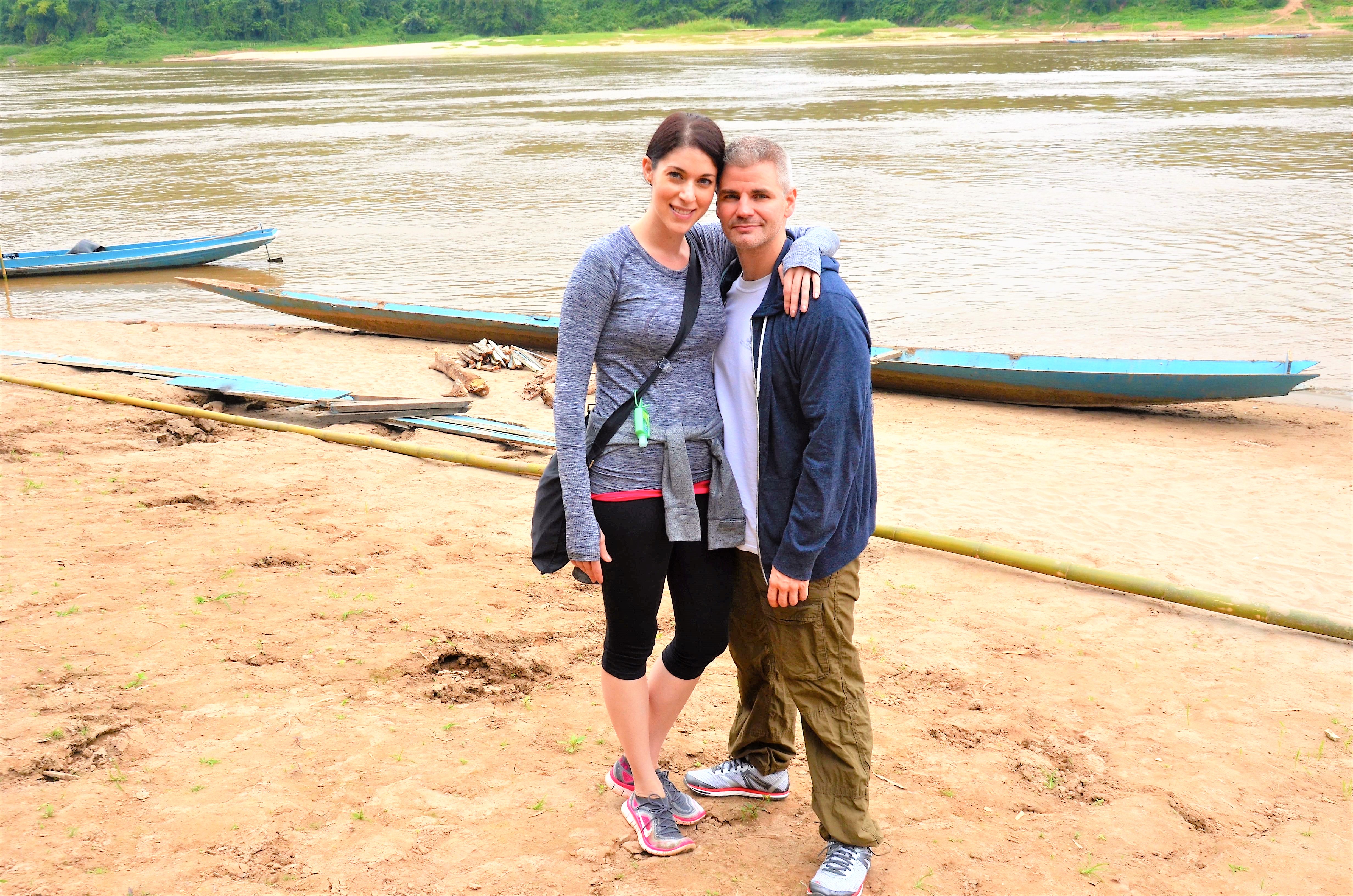 After a couple hours, we arrived at the caves!
After a couple hours, we arrived at the caves!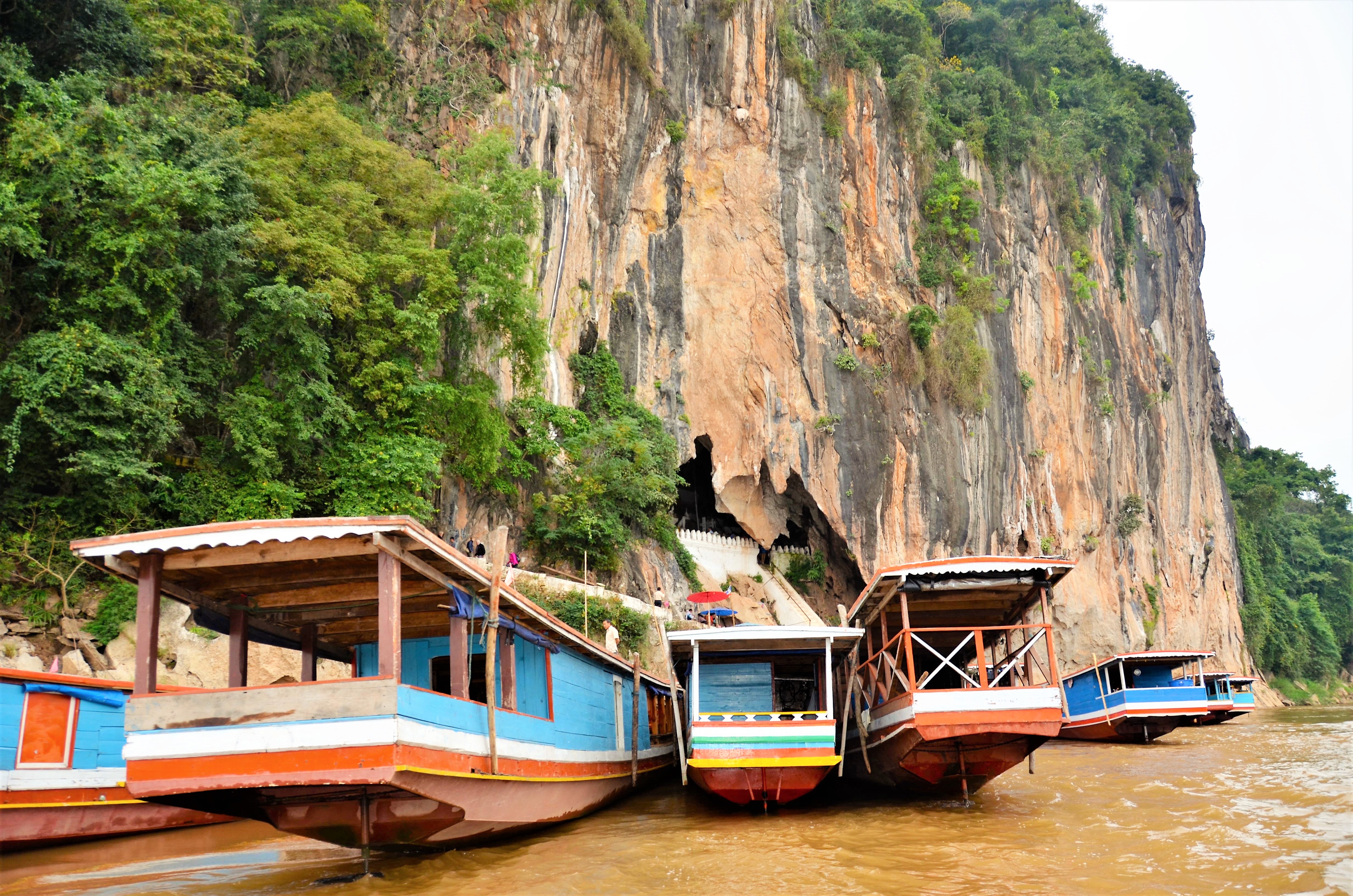
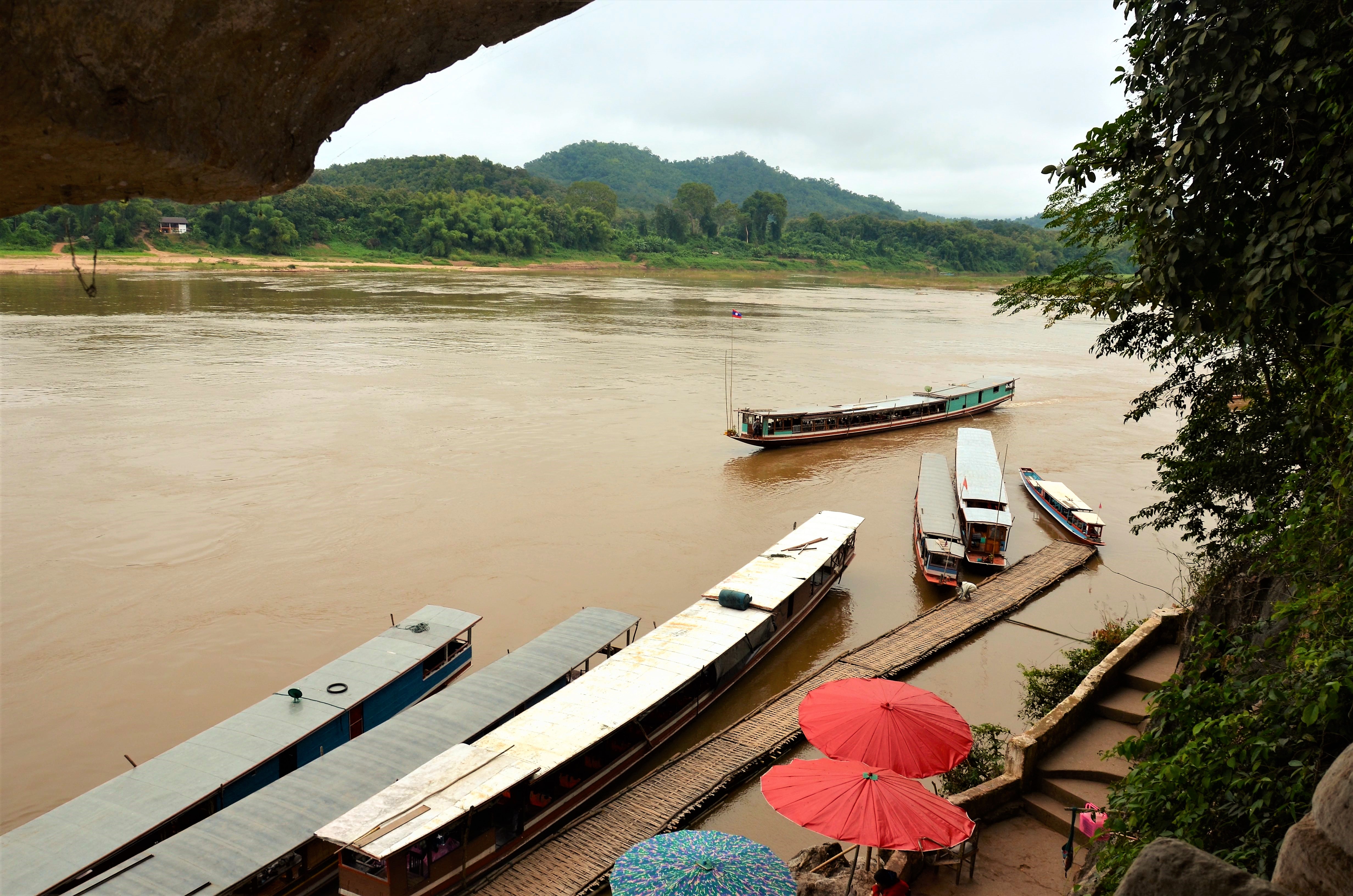
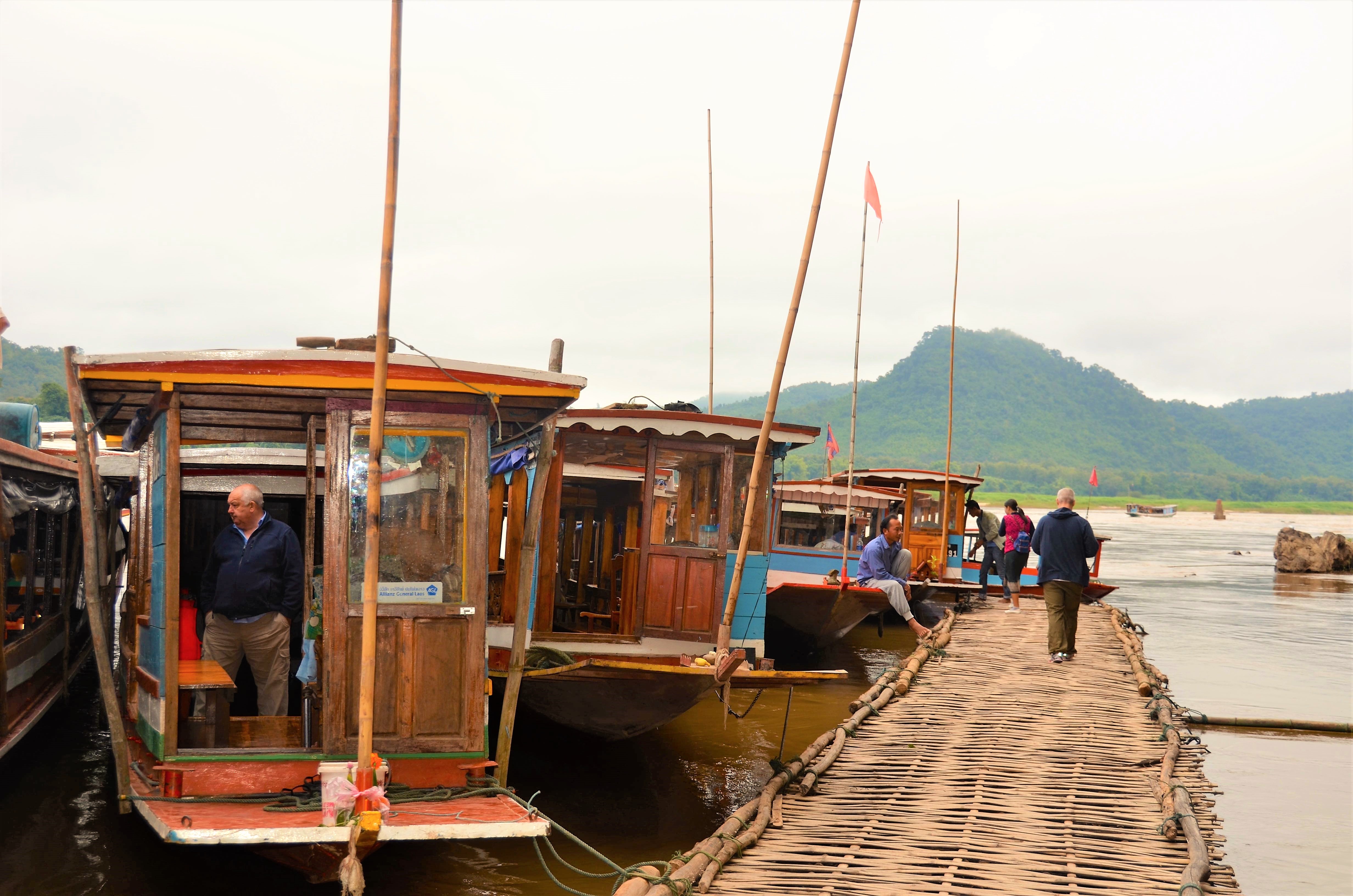
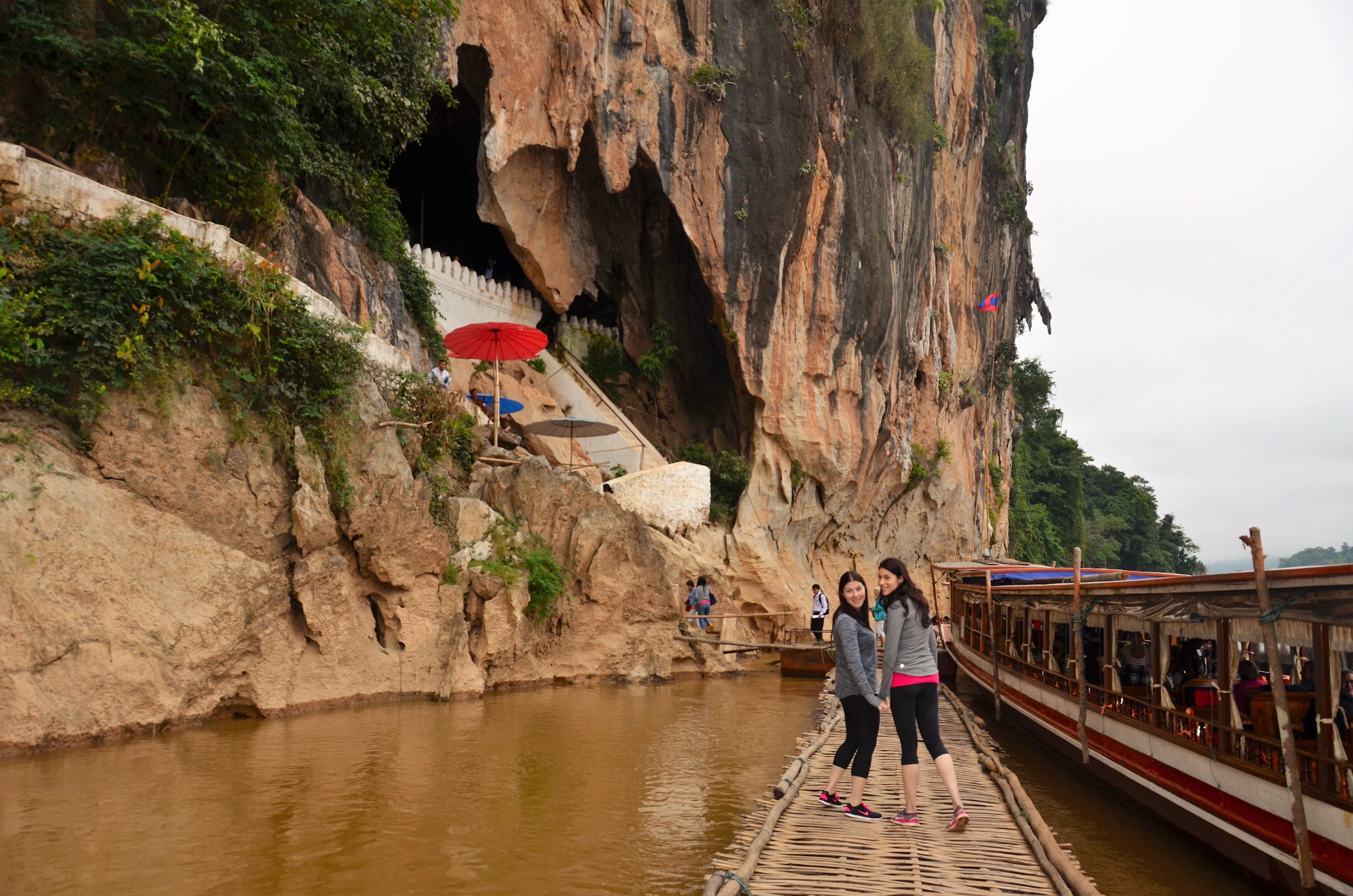
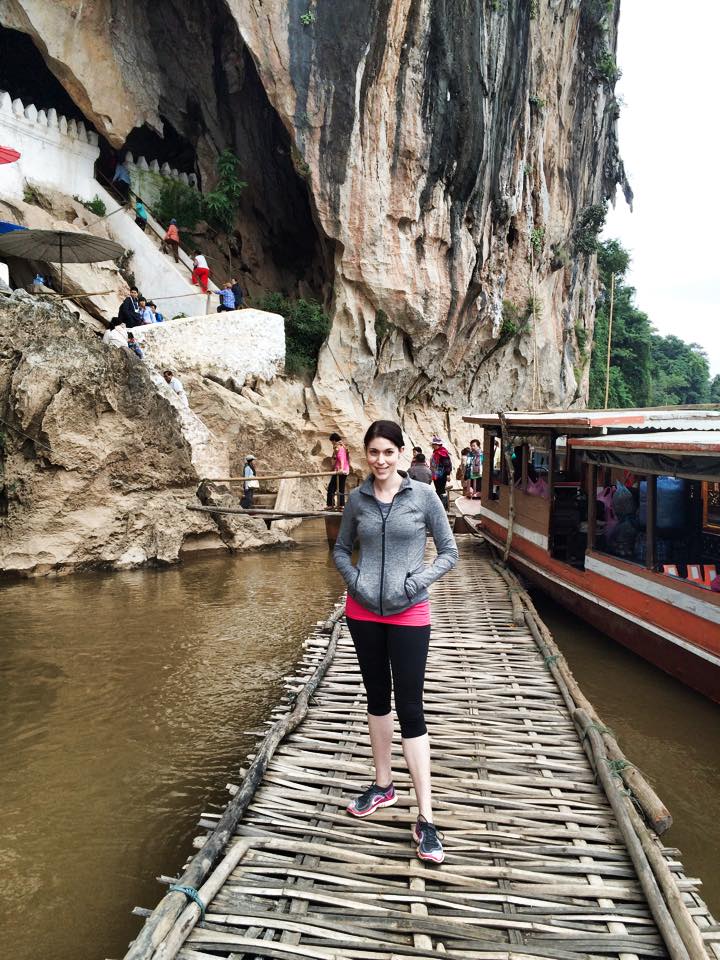 The caves overlook the Mekong River and are hidden in a mountain side. Inside the caves are hundreds of old Buddha statues. There is something very spiritual and peaceful about climbing into a cave full of treasure! Little golden Buddhas glittered from every corner.
The caves overlook the Mekong River and are hidden in a mountain side. Inside the caves are hundreds of old Buddha statues. There is something very spiritual and peaceful about climbing into a cave full of treasure! Little golden Buddhas glittered from every corner. 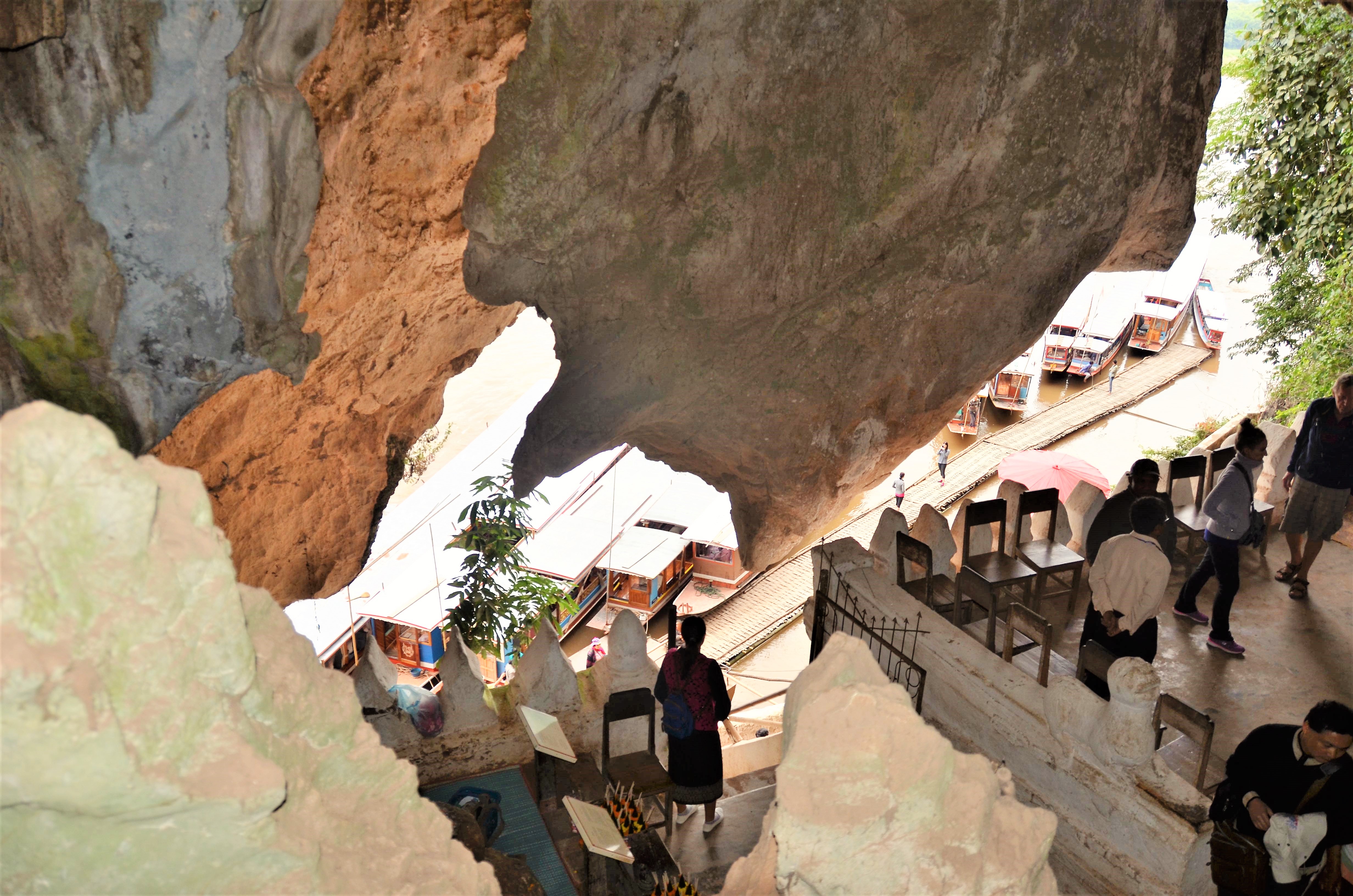
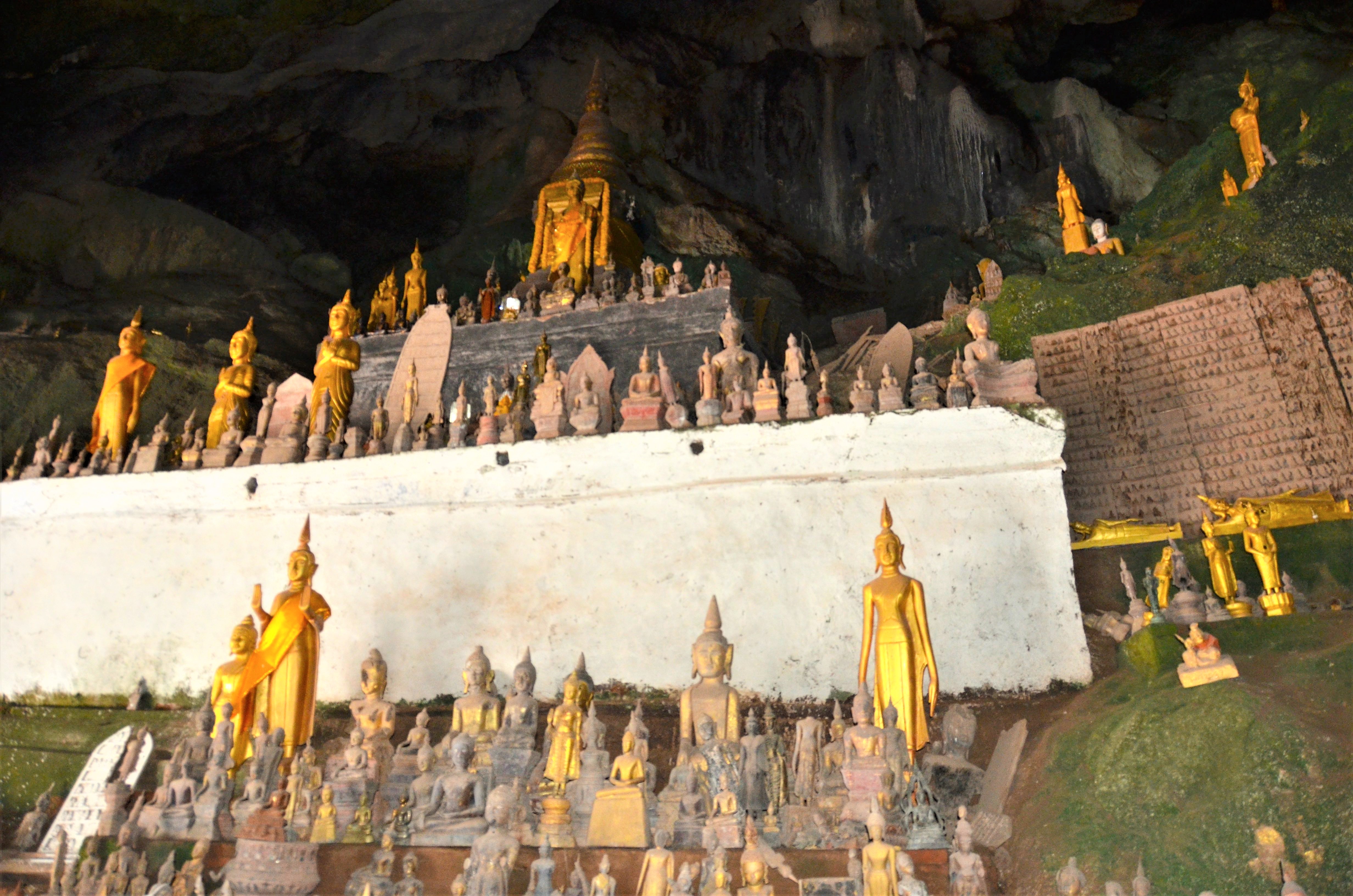
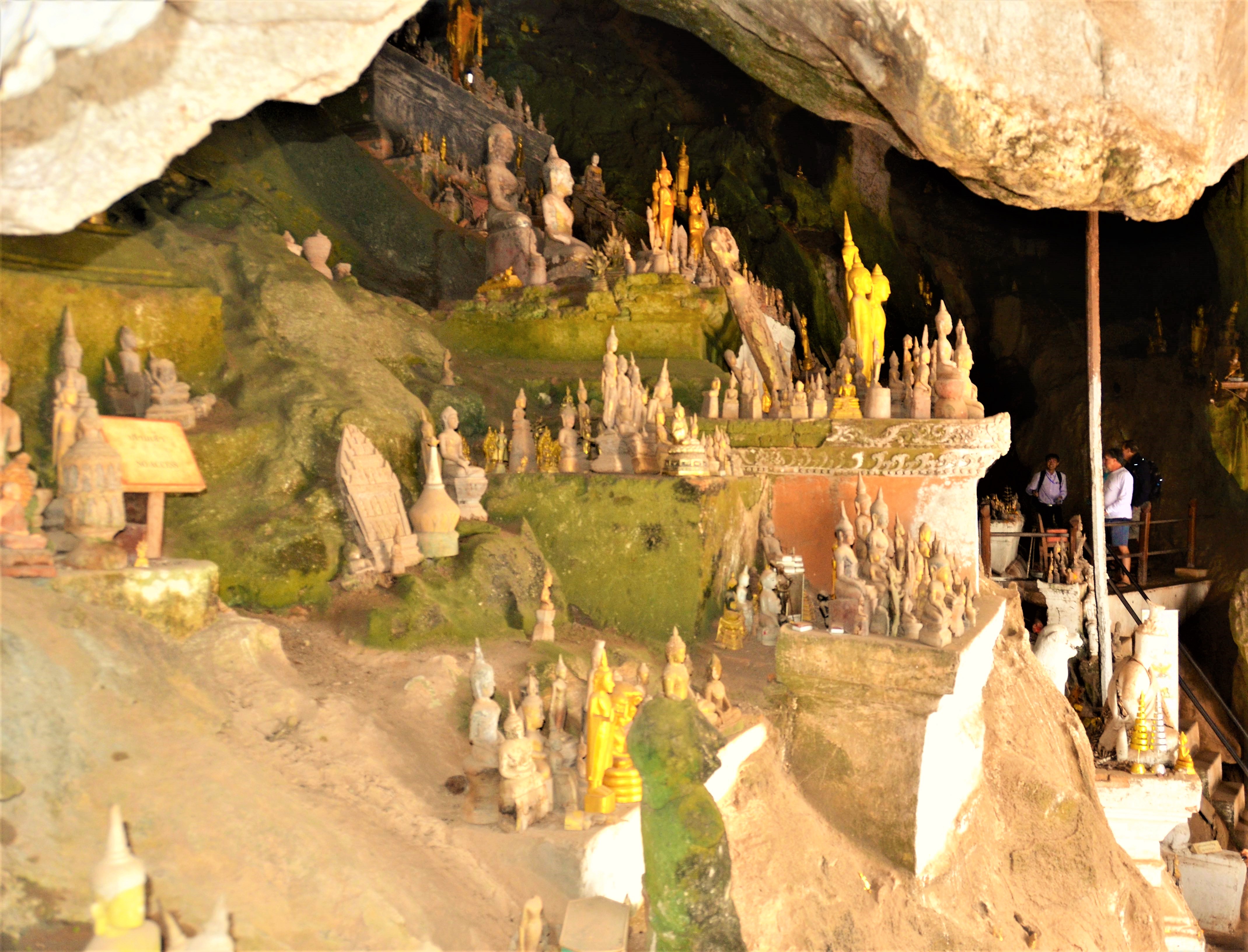
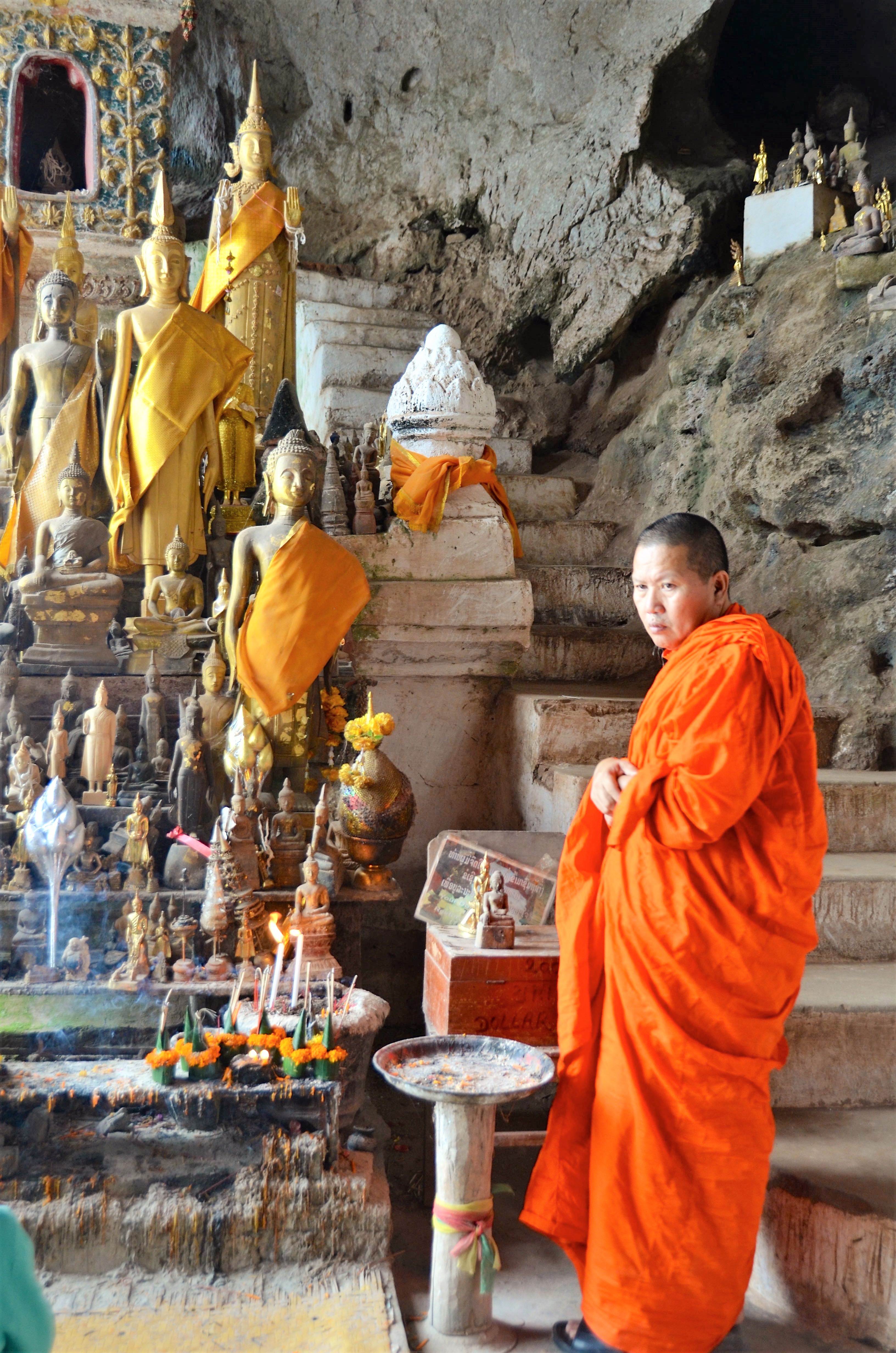
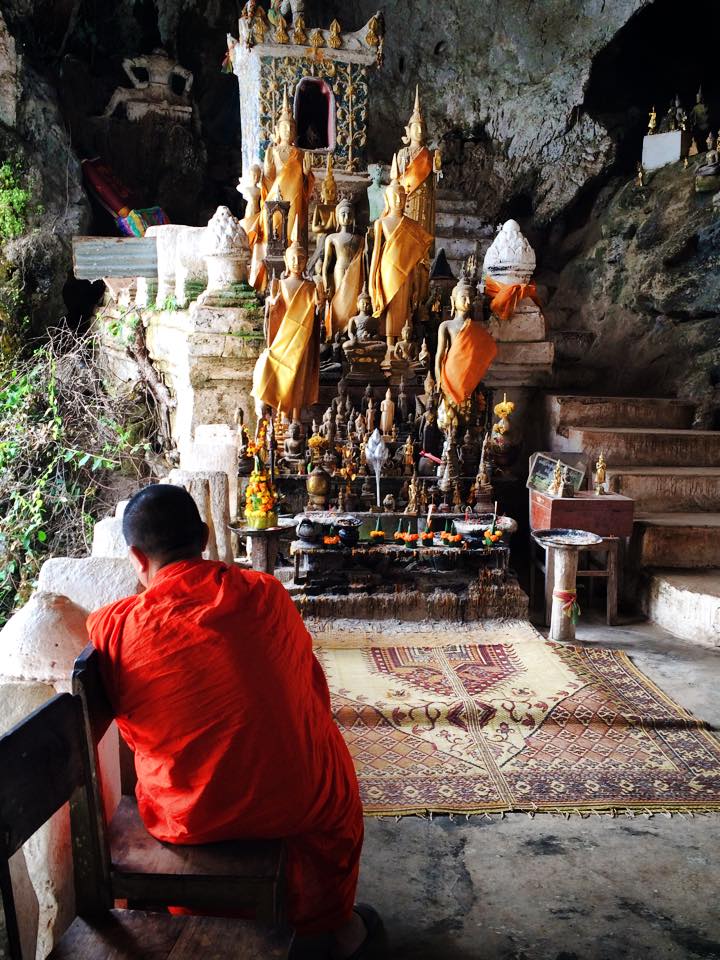 The caves are guarded by monks…
The caves are guarded by monks… 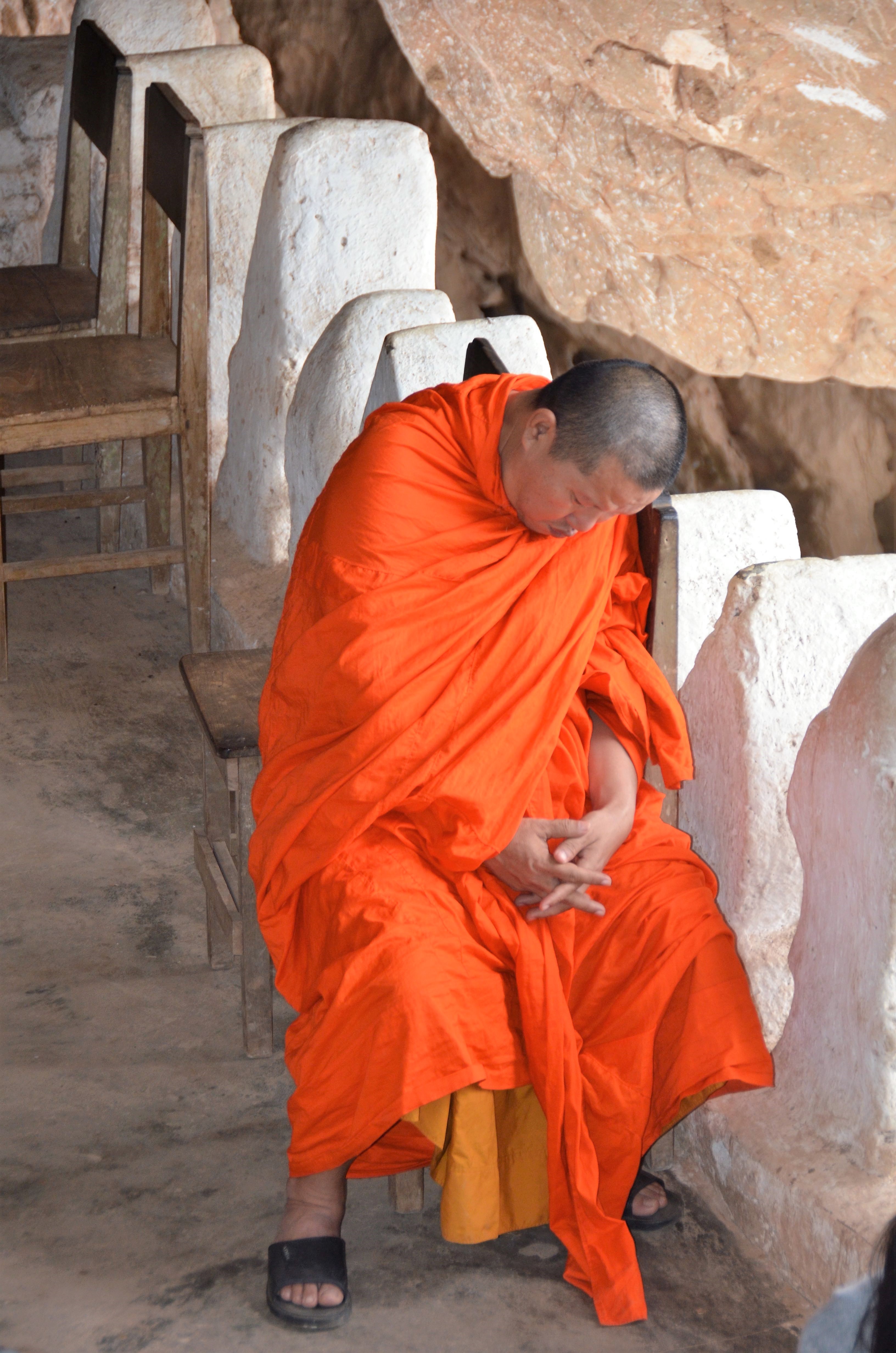
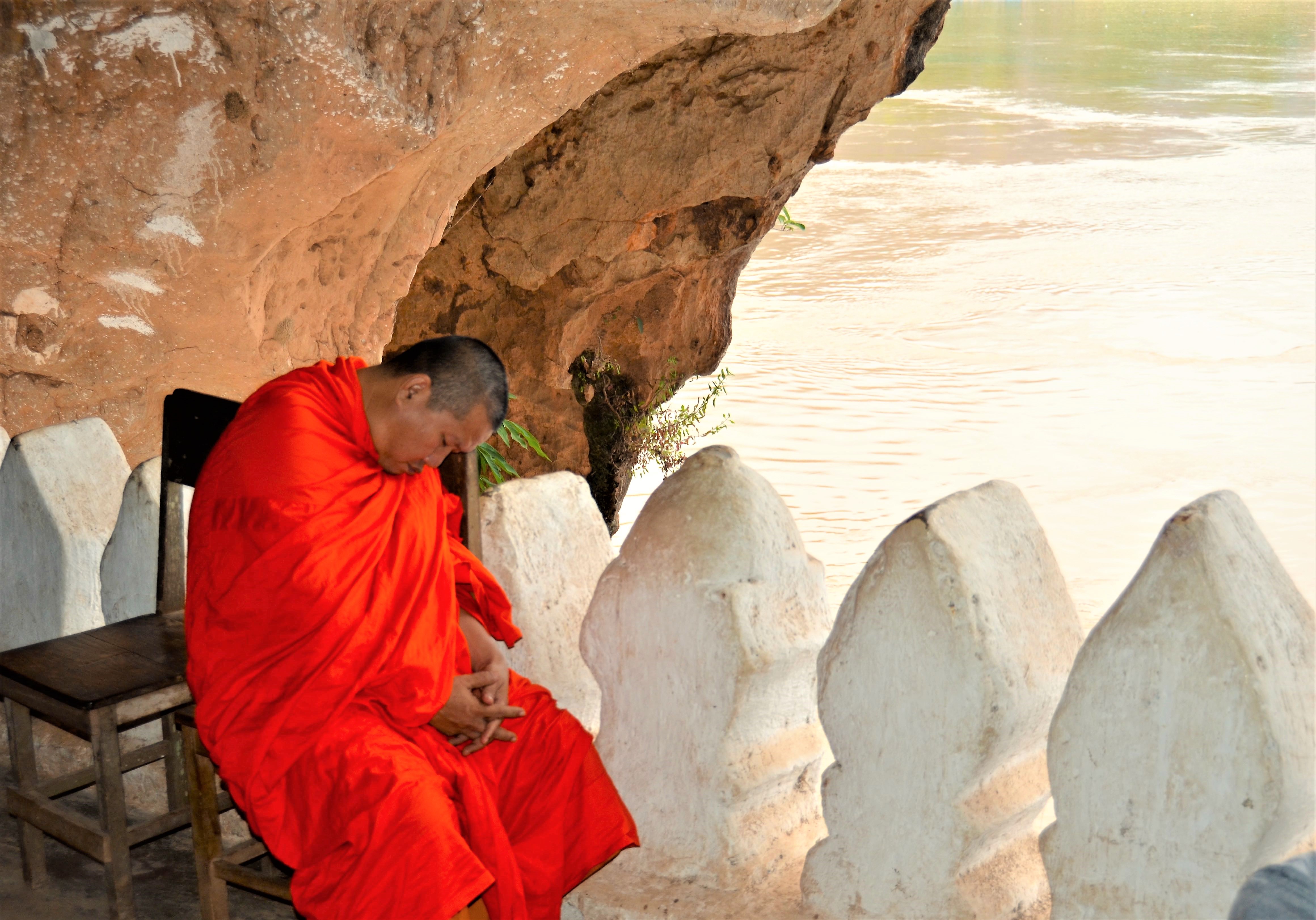 After our visit to the caves, we stopped at a local village, the Muangkeo Village, to try rice whiskey. We came to a village where we were greeted by an older woman who makes the rice whiskey at her home.
After our visit to the caves, we stopped at a local village, the Muangkeo Village, to try rice whiskey. We came to a village where we were greeted by an older woman who makes the rice whiskey at her home.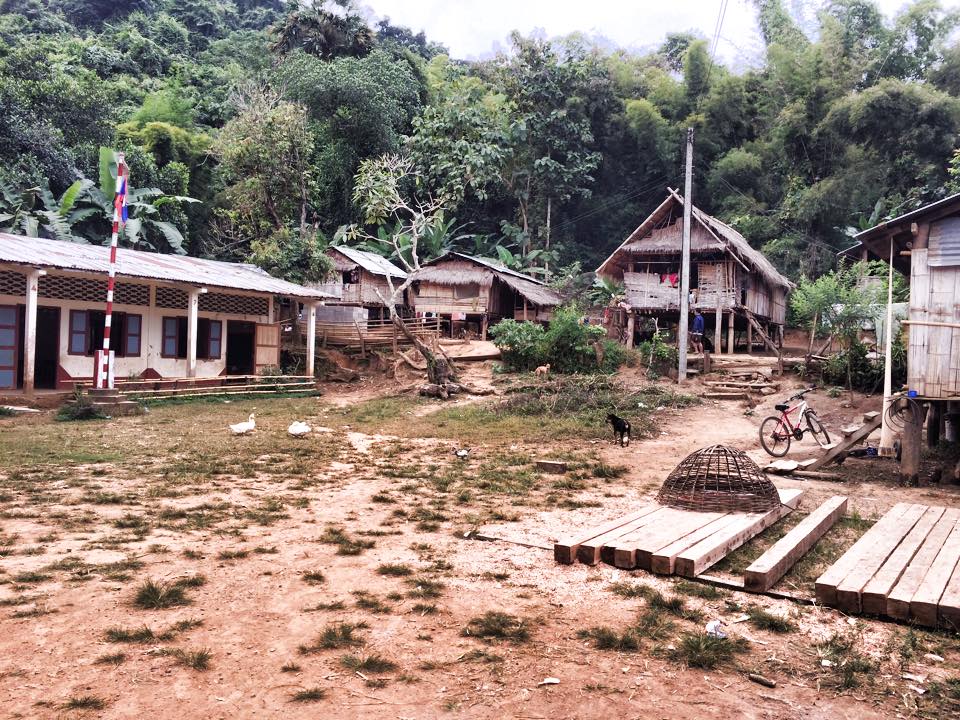
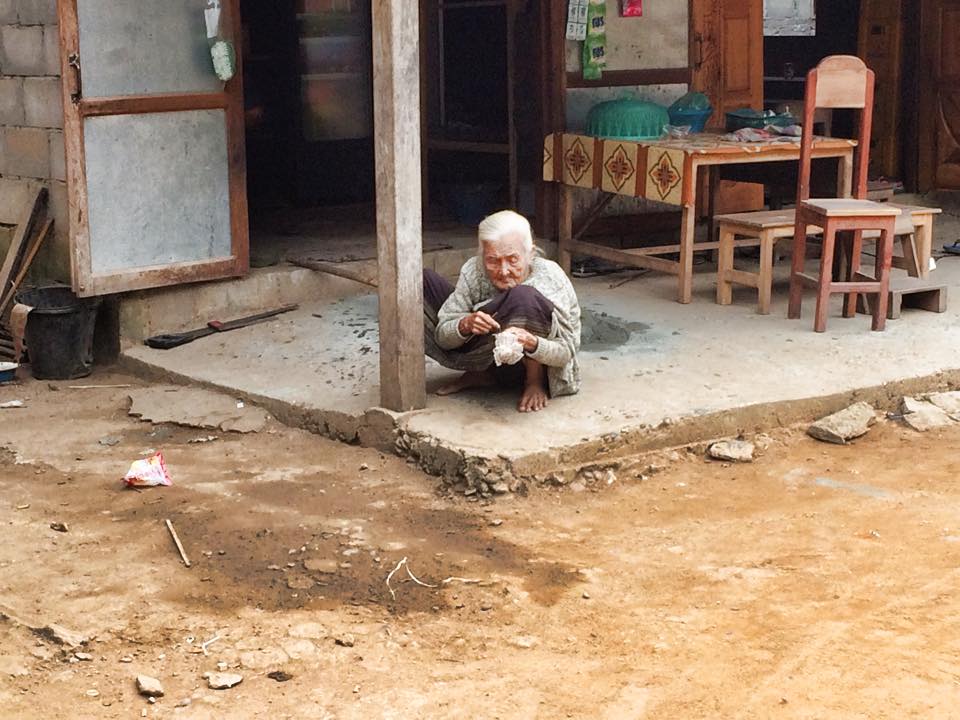 Rice whiskey in clay barrels:
Rice whiskey in clay barrels: 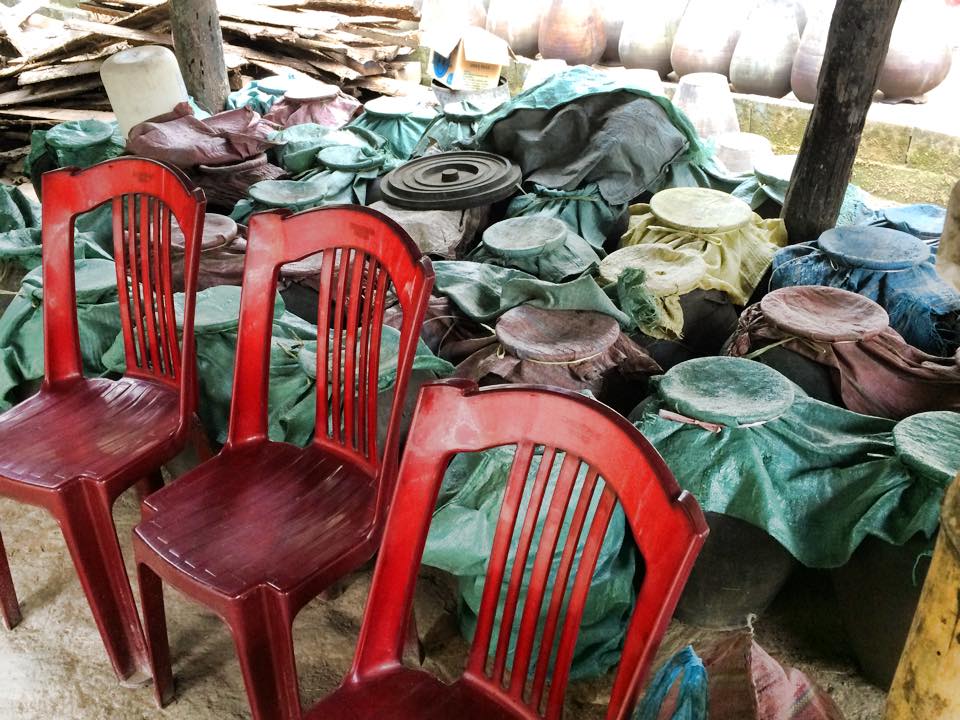
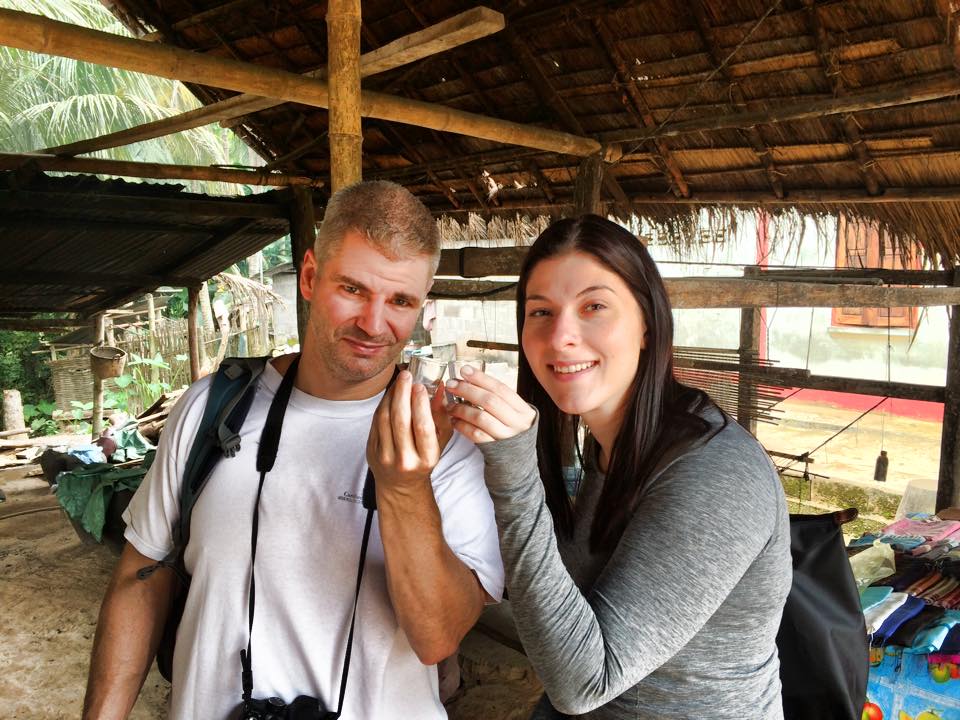
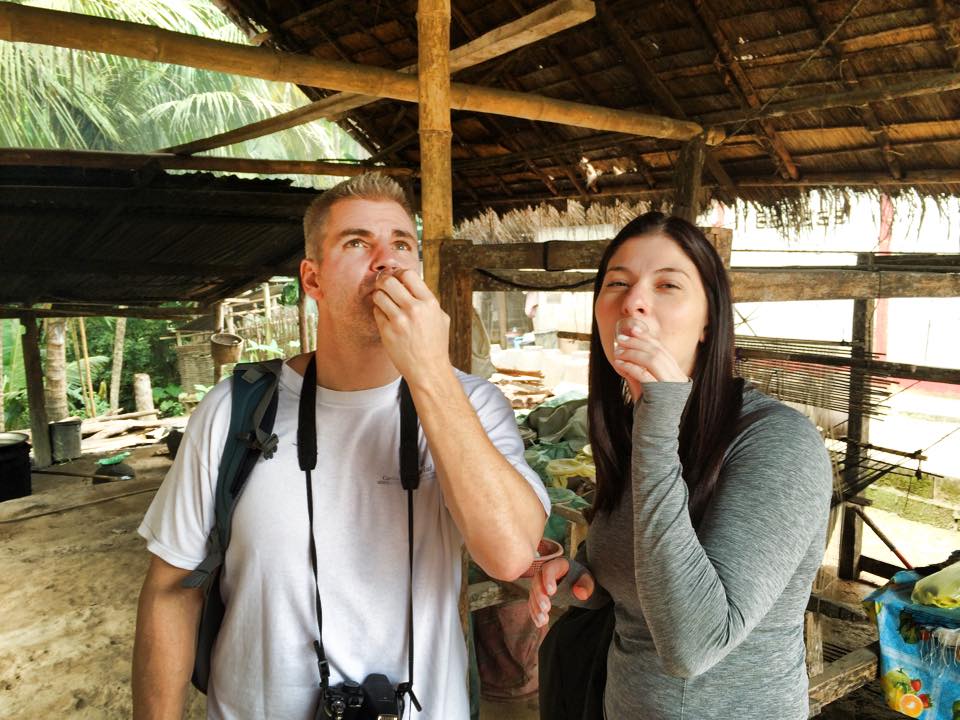 I’m not gonna sugarcoat this part– the village rice whiskey is not smooth. It is unlikely to ever win any tasting awards. It tastes like liquid fire. But it’s all part of the experience, so, by all means, drink up!
I’m not gonna sugarcoat this part– the village rice whiskey is not smooth. It is unlikely to ever win any tasting awards. It tastes like liquid fire. But it’s all part of the experience, so, by all means, drink up!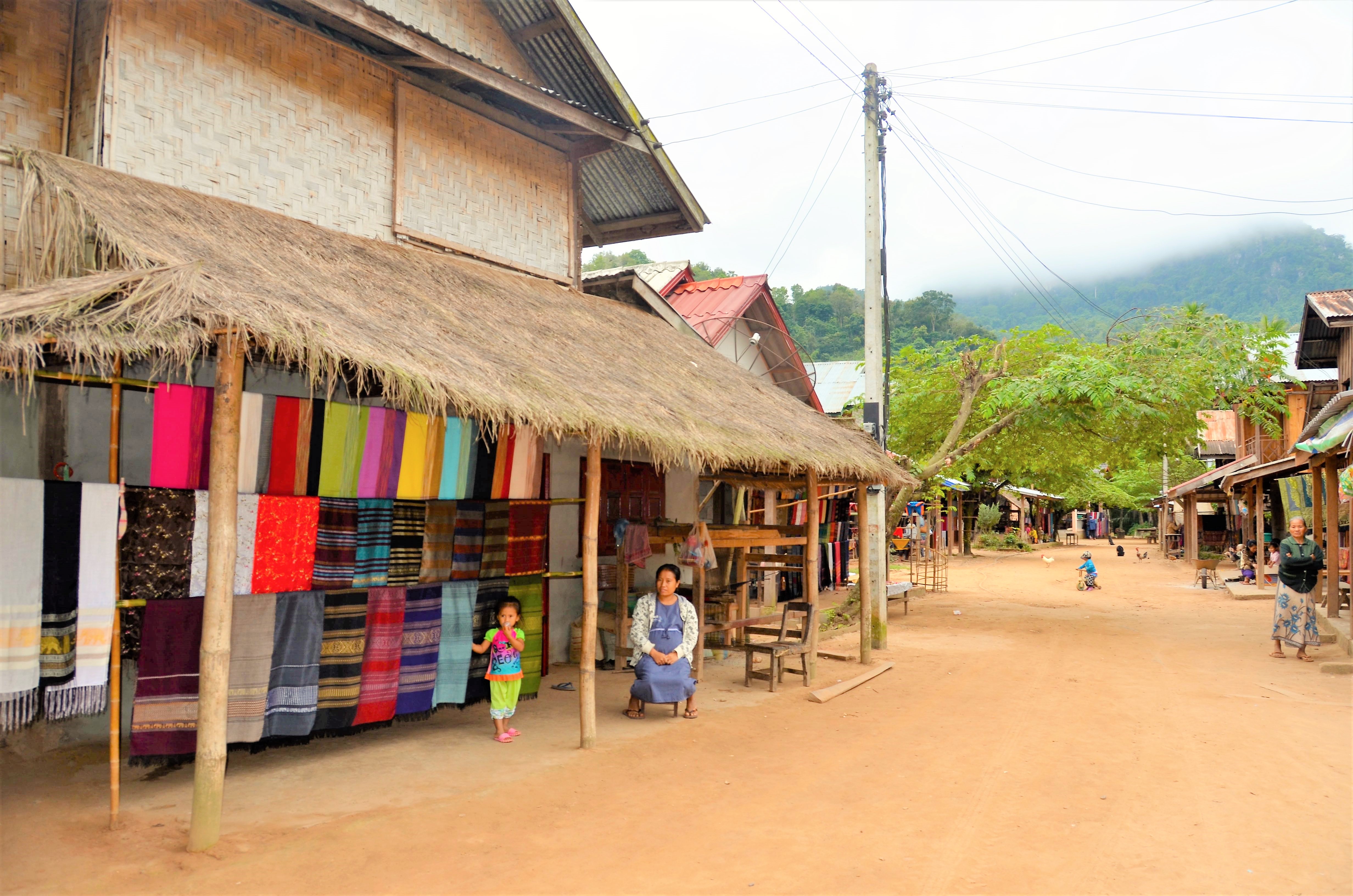
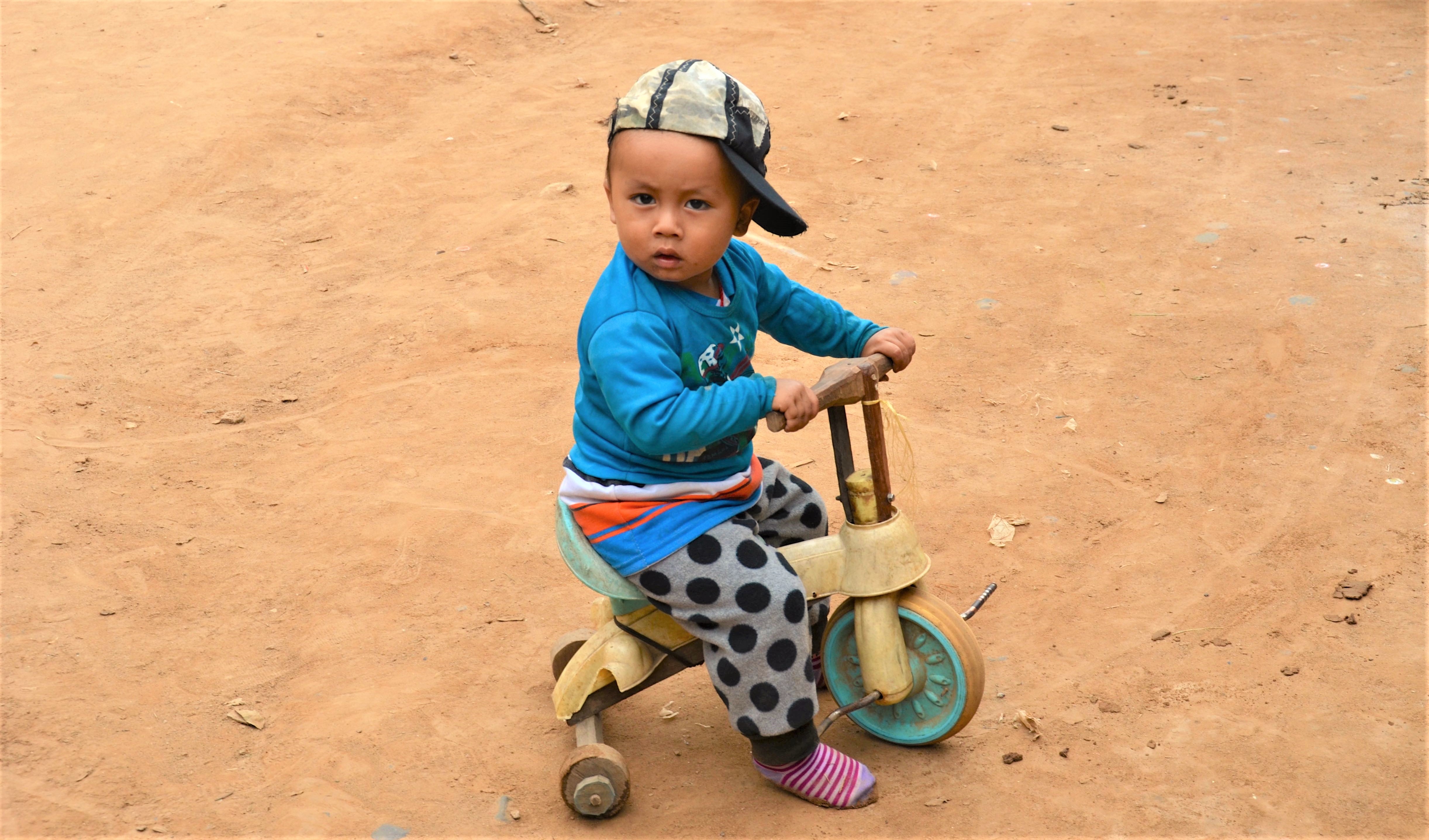
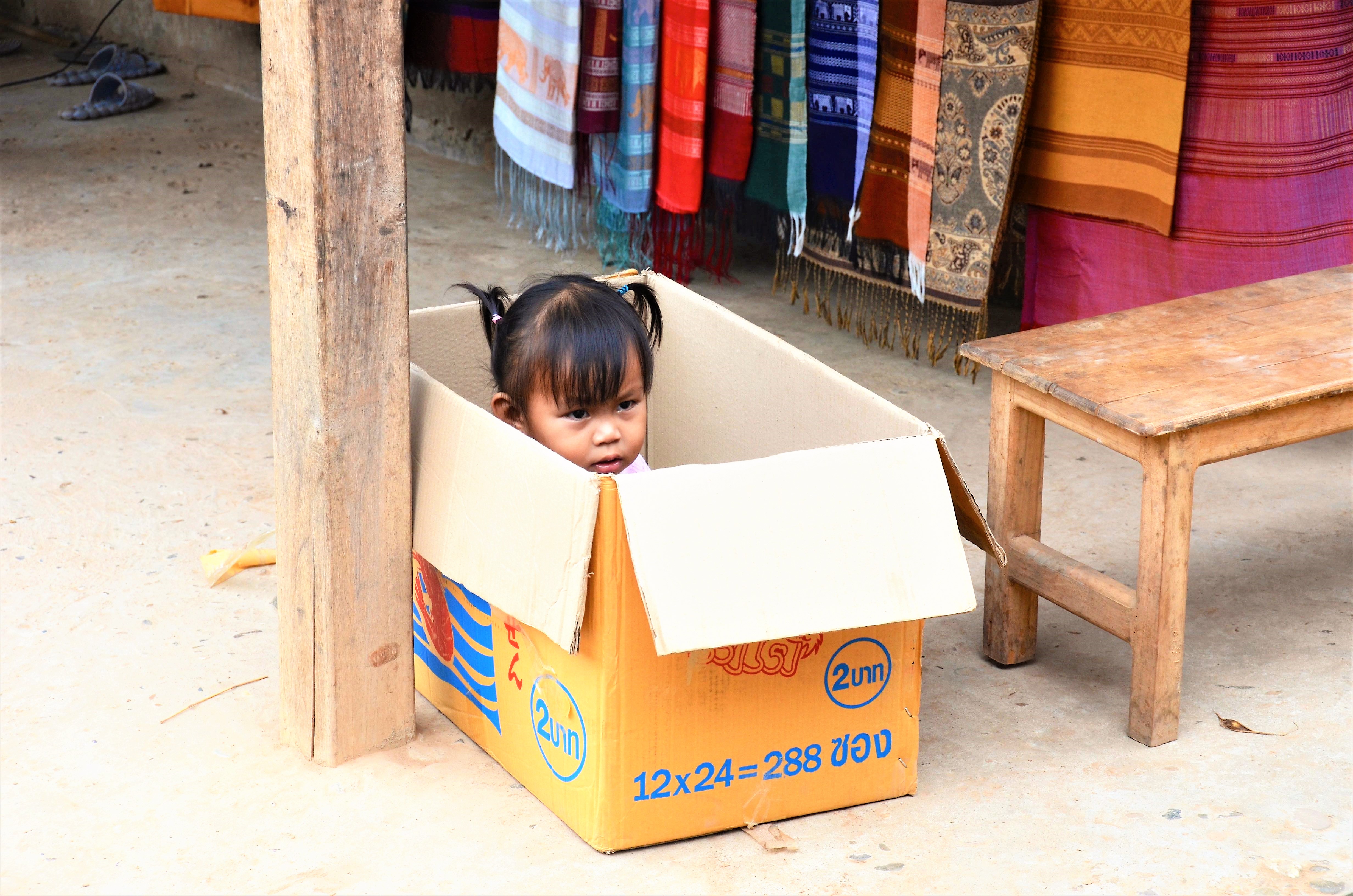
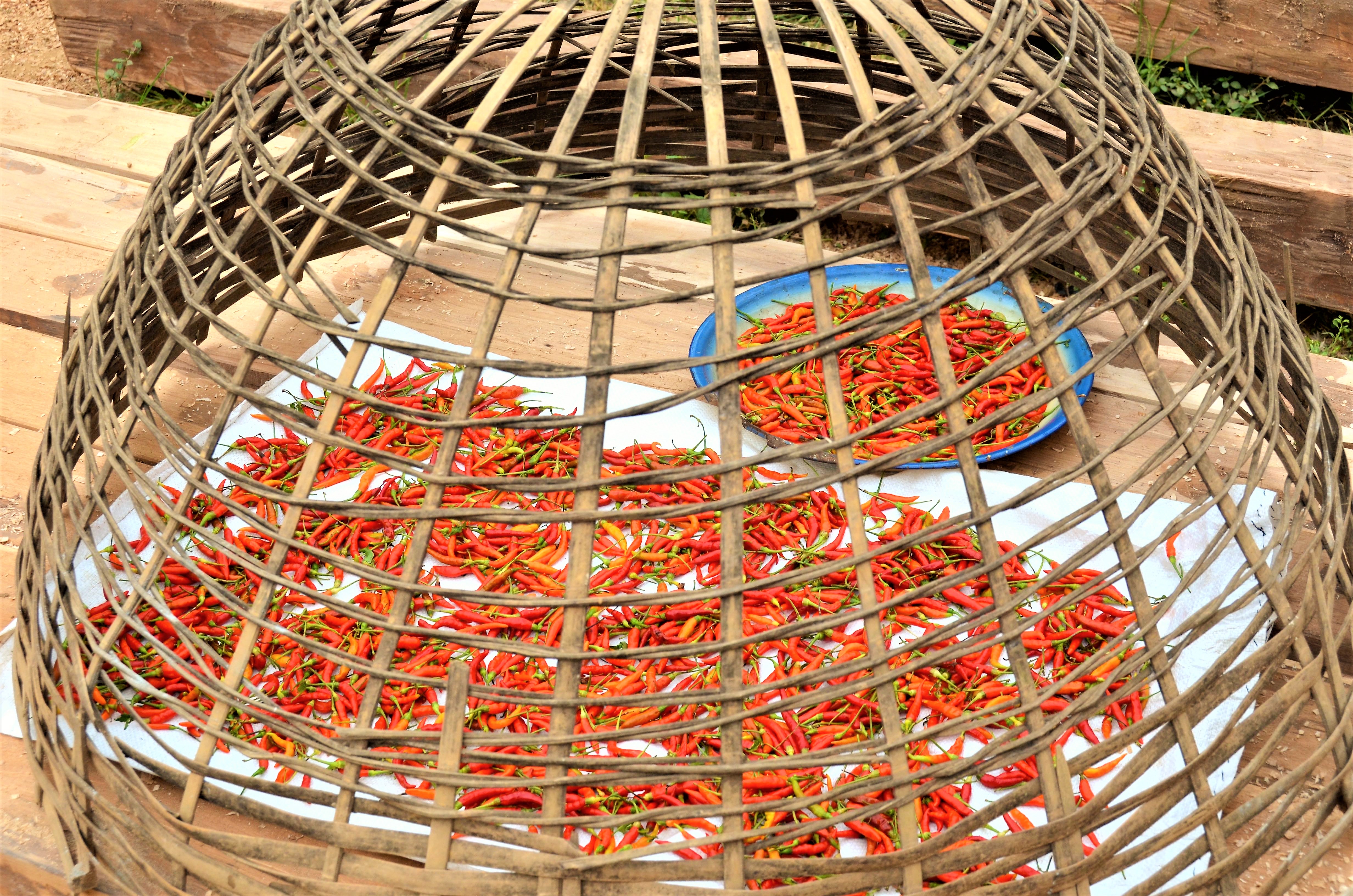 The best part about this visit was stopping in at the local school house, where we got a chance to visit the local children at school.
The best part about this visit was stopping in at the local school house, where we got a chance to visit the local children at school.  They were so cute that we ran out into the market and bought them all snacks. Word gets around fast in this little village because the next thing you know, little kids were coming out of everywhere lining up for their snack! It was like Christmas came early for these little kids! They were so happy and appreciative that they sang us songs as they ran around eating their treats!
They were so cute that we ran out into the market and bought them all snacks. Word gets around fast in this little village because the next thing you know, little kids were coming out of everywhere lining up for their snack! It was like Christmas came early for these little kids! They were so happy and appreciative that they sang us songs as they ran around eating their treats! 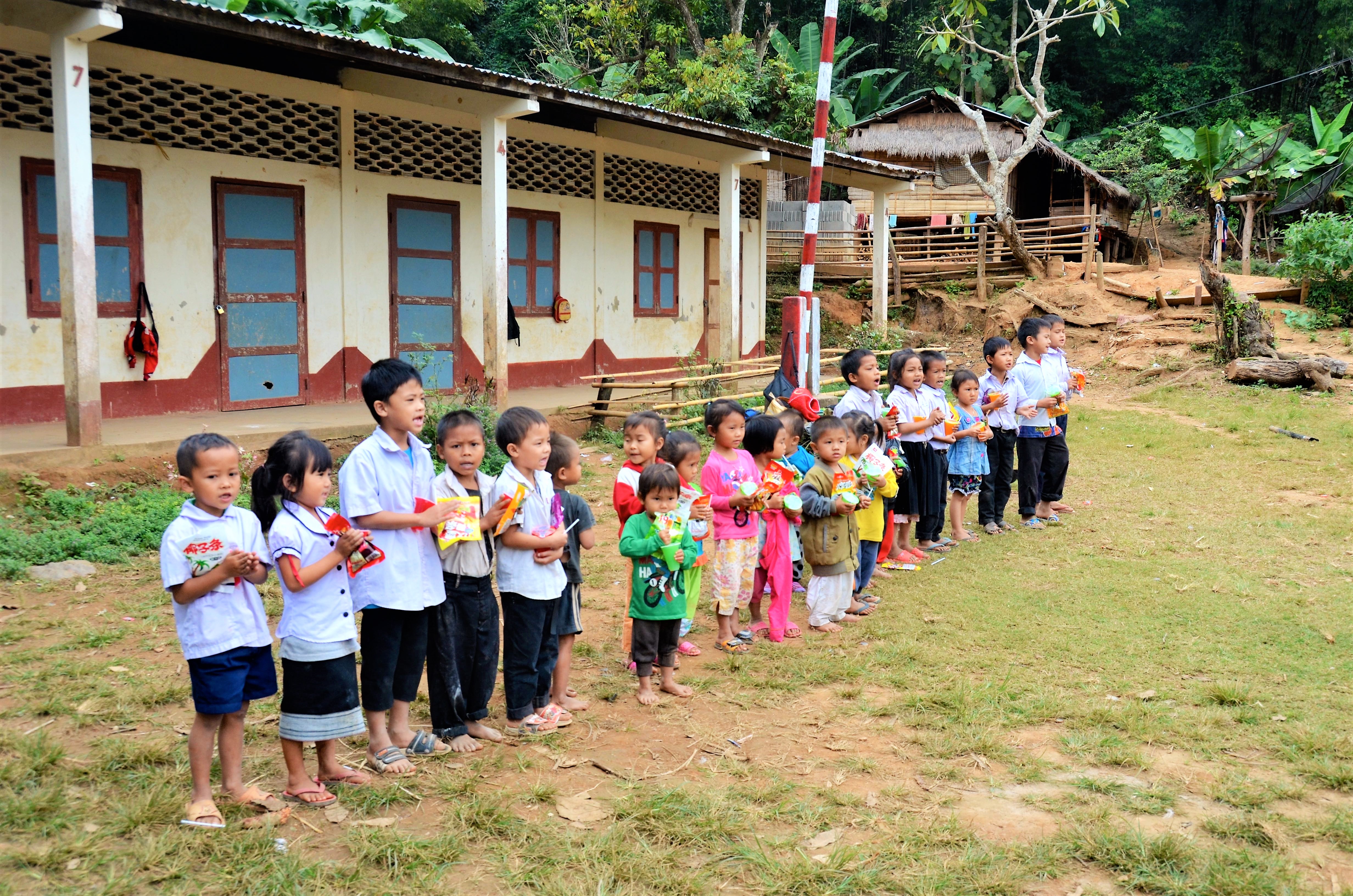 At last it was time to bid adieu to our new village friends and get back into town. After a long day on the Mekong, we came back into Luang Prabang to visit the museum and have some lunch.
At last it was time to bid adieu to our new village friends and get back into town. After a long day on the Mekong, we came back into Luang Prabang to visit the museum and have some lunch.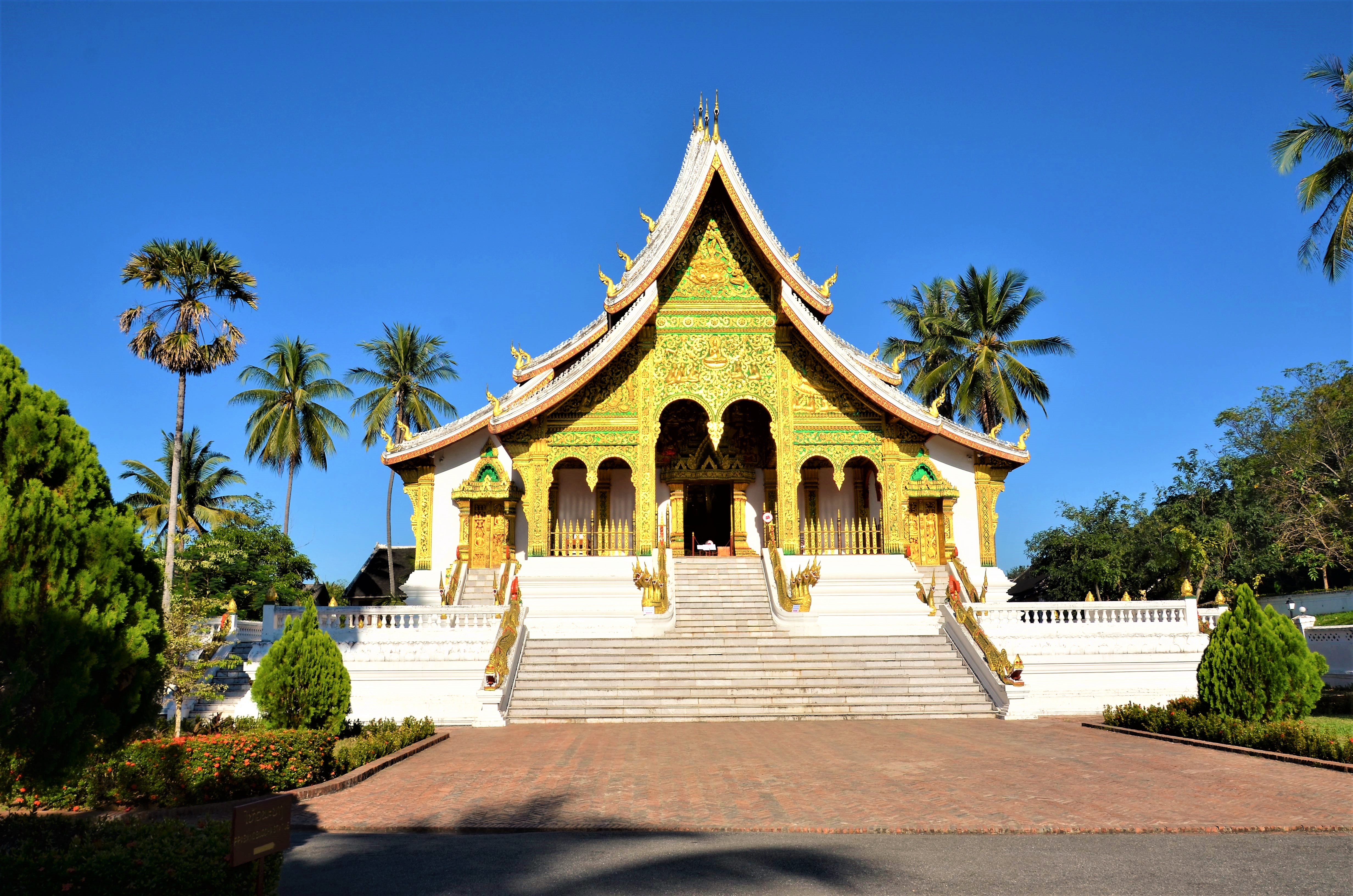 During lunch, we saw a group of monks crossing a make-shift bridge. We decided to follow them and explore the temple on the other side. By the way, the reason why this bridge seems so ill-constructed is because it only exists for several months. Every rainy season it is destroyed by flooding, so, every year, they construct a new ramshackle bridge to replace the one destroyed the year before.
During lunch, we saw a group of monks crossing a make-shift bridge. We decided to follow them and explore the temple on the other side. By the way, the reason why this bridge seems so ill-constructed is because it only exists for several months. Every rainy season it is destroyed by flooding, so, every year, they construct a new ramshackle bridge to replace the one destroyed the year before.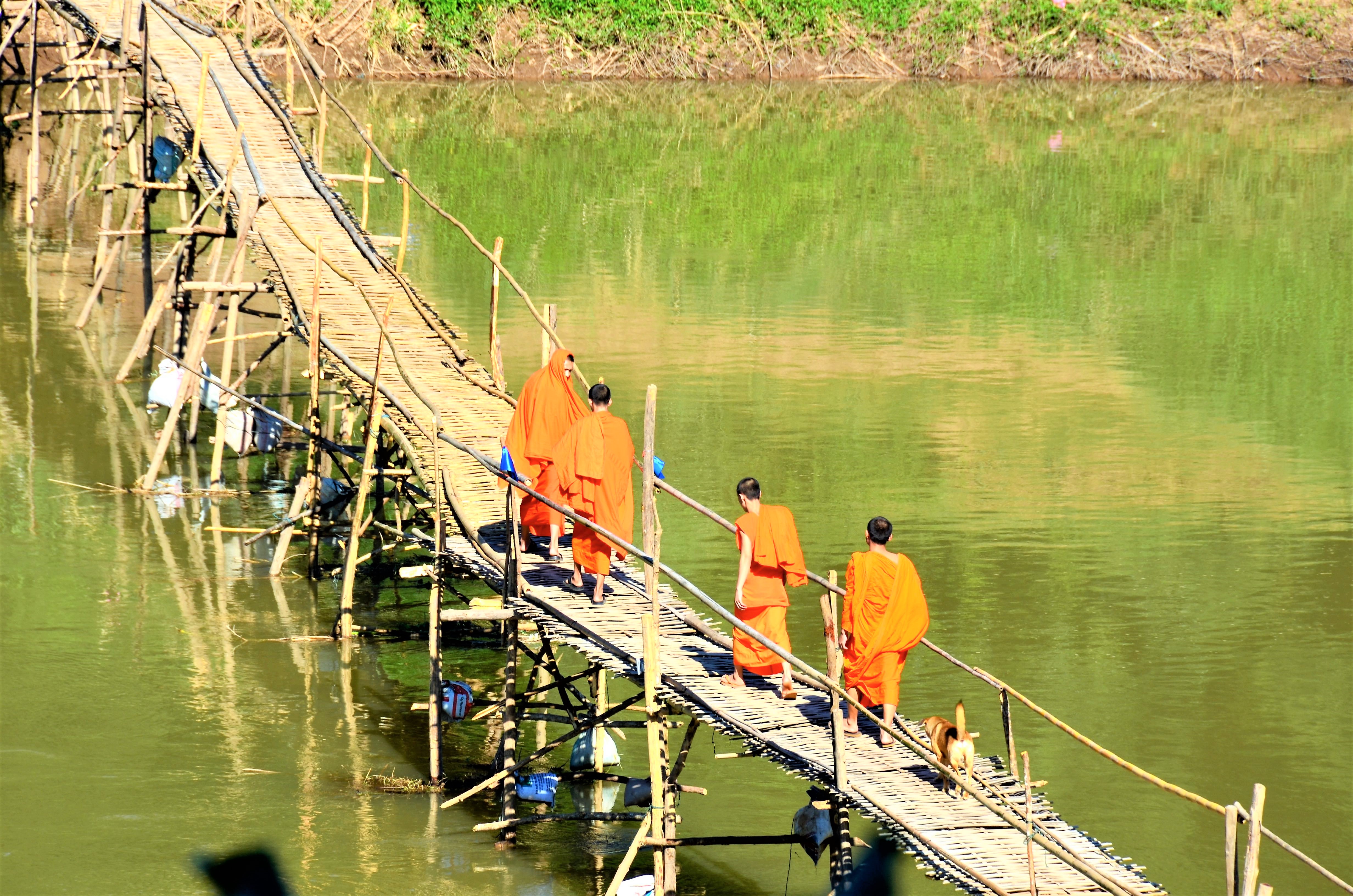
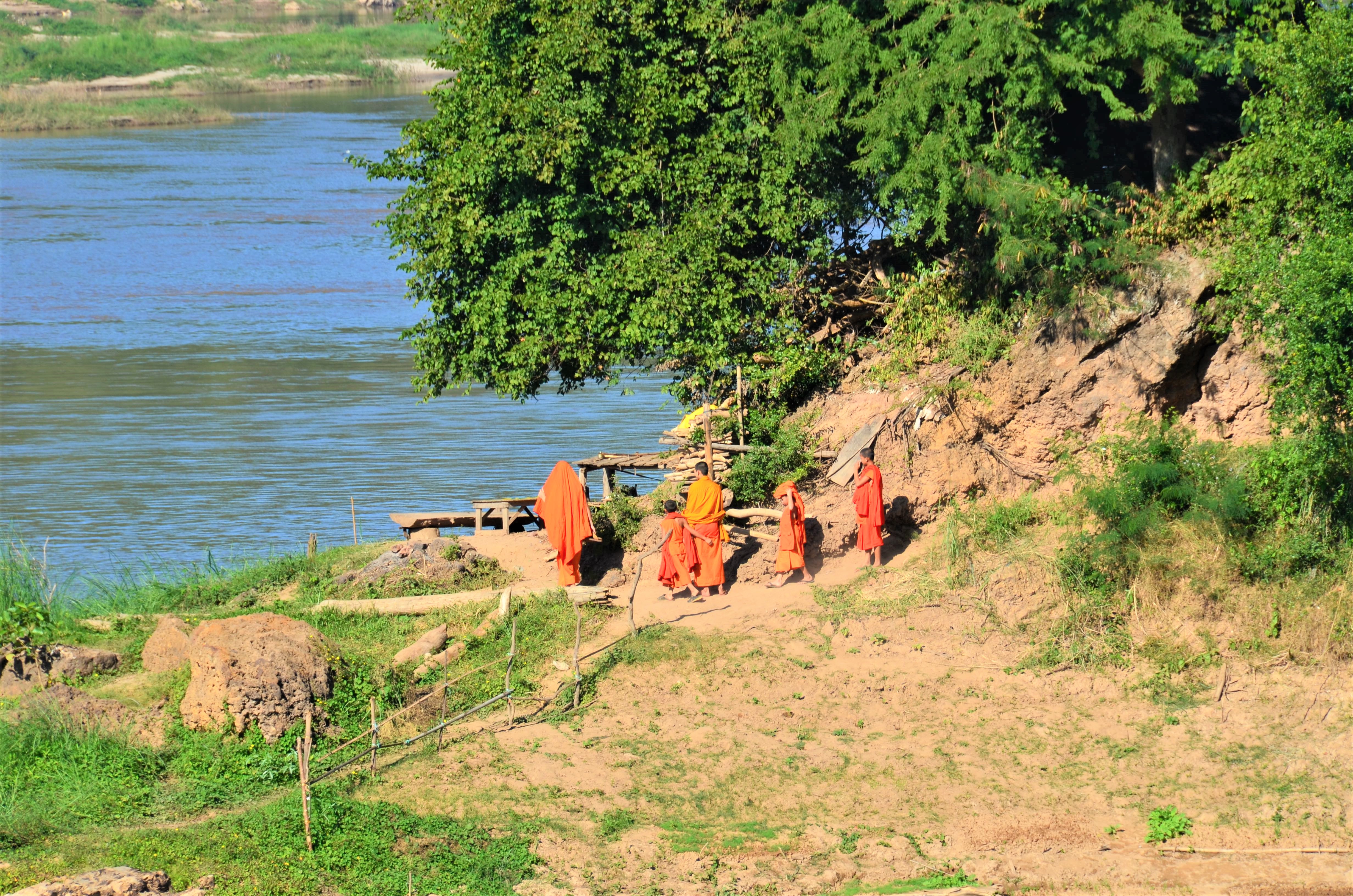
 The next day started way before dawn! This was probably my favorite day because we got to do three very cool things that gave us a more authentic experience. The first, and probably my favorite, is that we got to participate in the daily ritual of
The next day started way before dawn! This was probably my favorite day because we got to do three very cool things that gave us a more authentic experience. The first, and probably my favorite, is that we got to participate in the daily ritual of 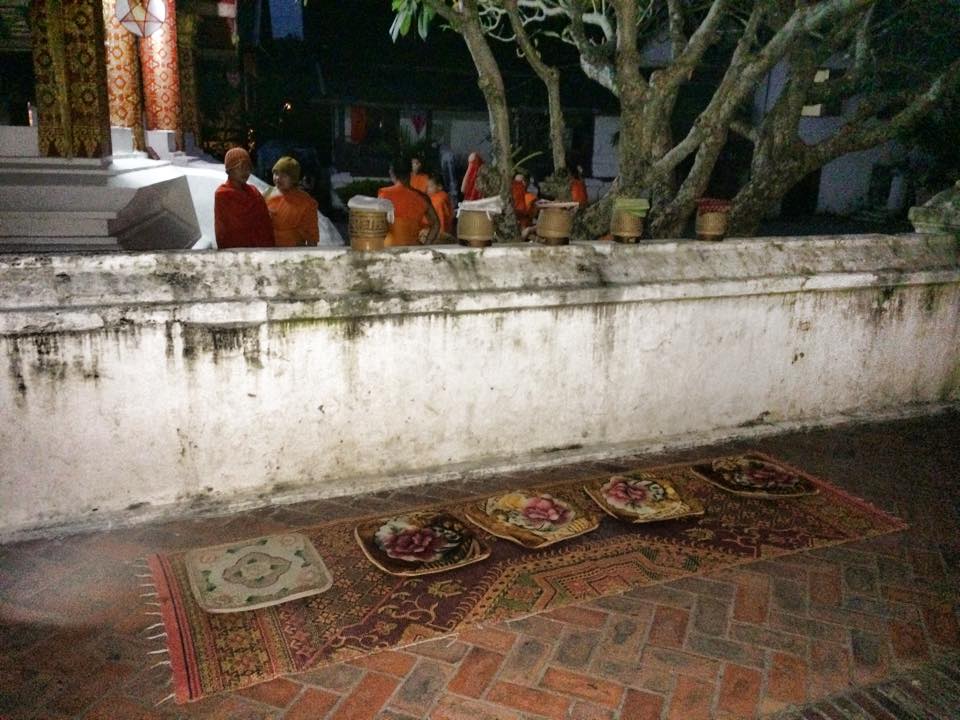 As the sun rises in Luang Prabang, around 200 Buddhist monks depart from their various temples to gather their daily meal (as monks only eat once per day). All the food that is collected is shared by the monks of each temple.
As the sun rises in Luang Prabang, around 200 Buddhist monks depart from their various temples to gather their daily meal (as monks only eat once per day). All the food that is collected is shared by the monks of each temple.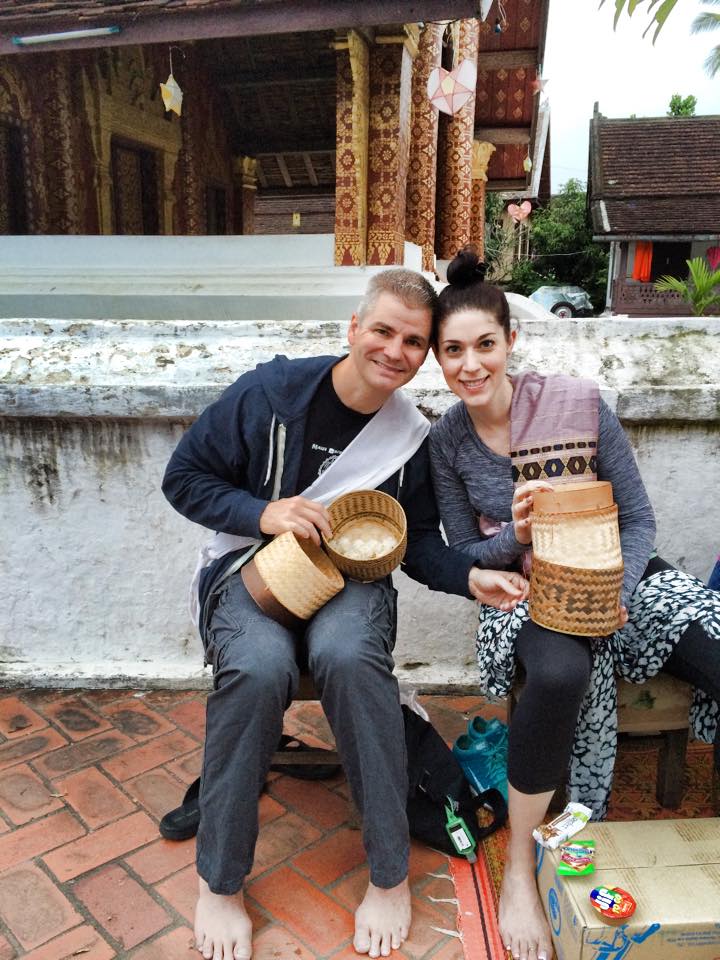 Offerings are typically rice and fruits. We had traditional offerings, but we also brought along some American treats, like peanut butter, almonds, and snack bars, which the monks were very excited to receive.
Offerings are typically rice and fruits. We had traditional offerings, but we also brought along some American treats, like peanut butter, almonds, and snack bars, which the monks were very excited to receive. 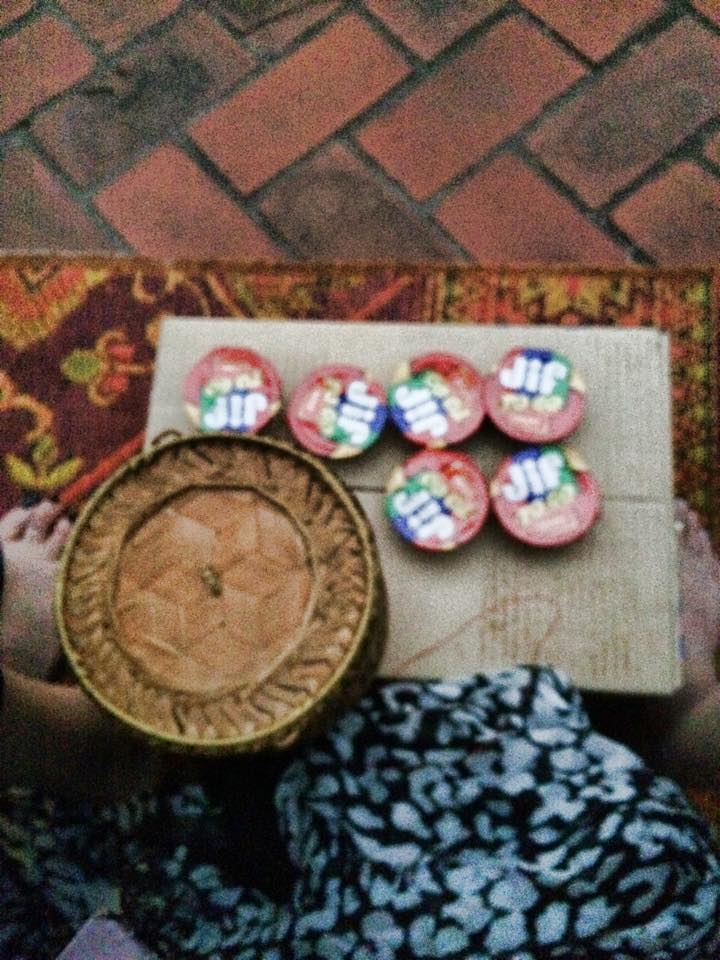
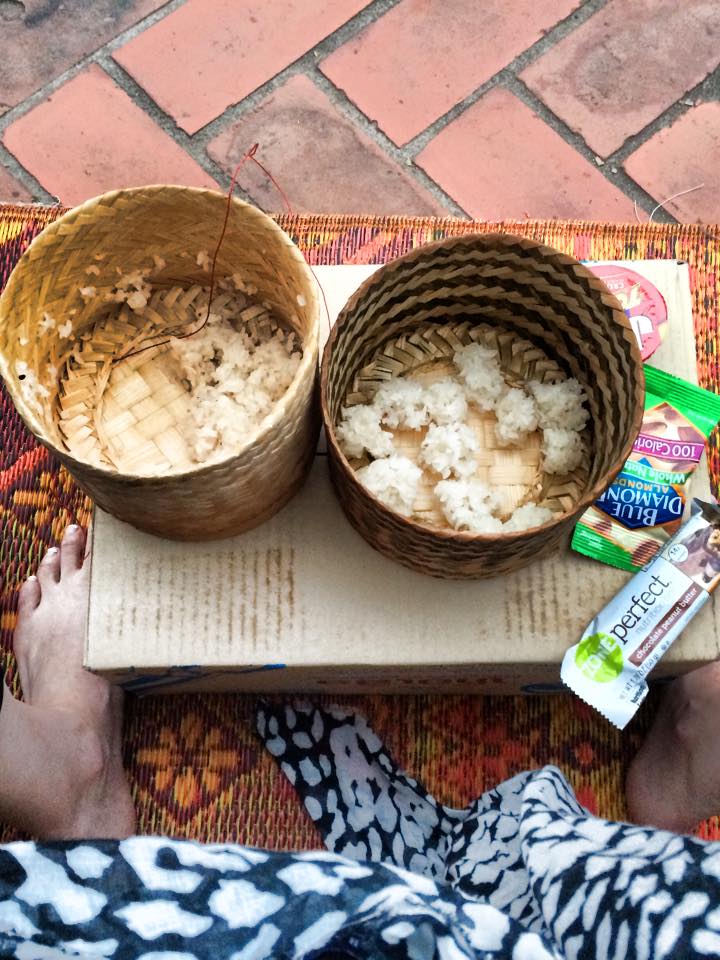 The monks carry a large bowl which they keep open, and you place your offering in their bowl as they pass by. This processional goes quickly and there are a lot of monks, so you need to be on your game, as they will not stop and wait for you. Here’s a pro tip: when you get your big bowl of sticky rice, roll it into balls so you are ready make an offering at lightning speed!
The monks carry a large bowl which they keep open, and you place your offering in their bowl as they pass by. This processional goes quickly and there are a lot of monks, so you need to be on your game, as they will not stop and wait for you. Here’s a pro tip: when you get your big bowl of sticky rice, roll it into balls so you are ready make an offering at lightning speed! 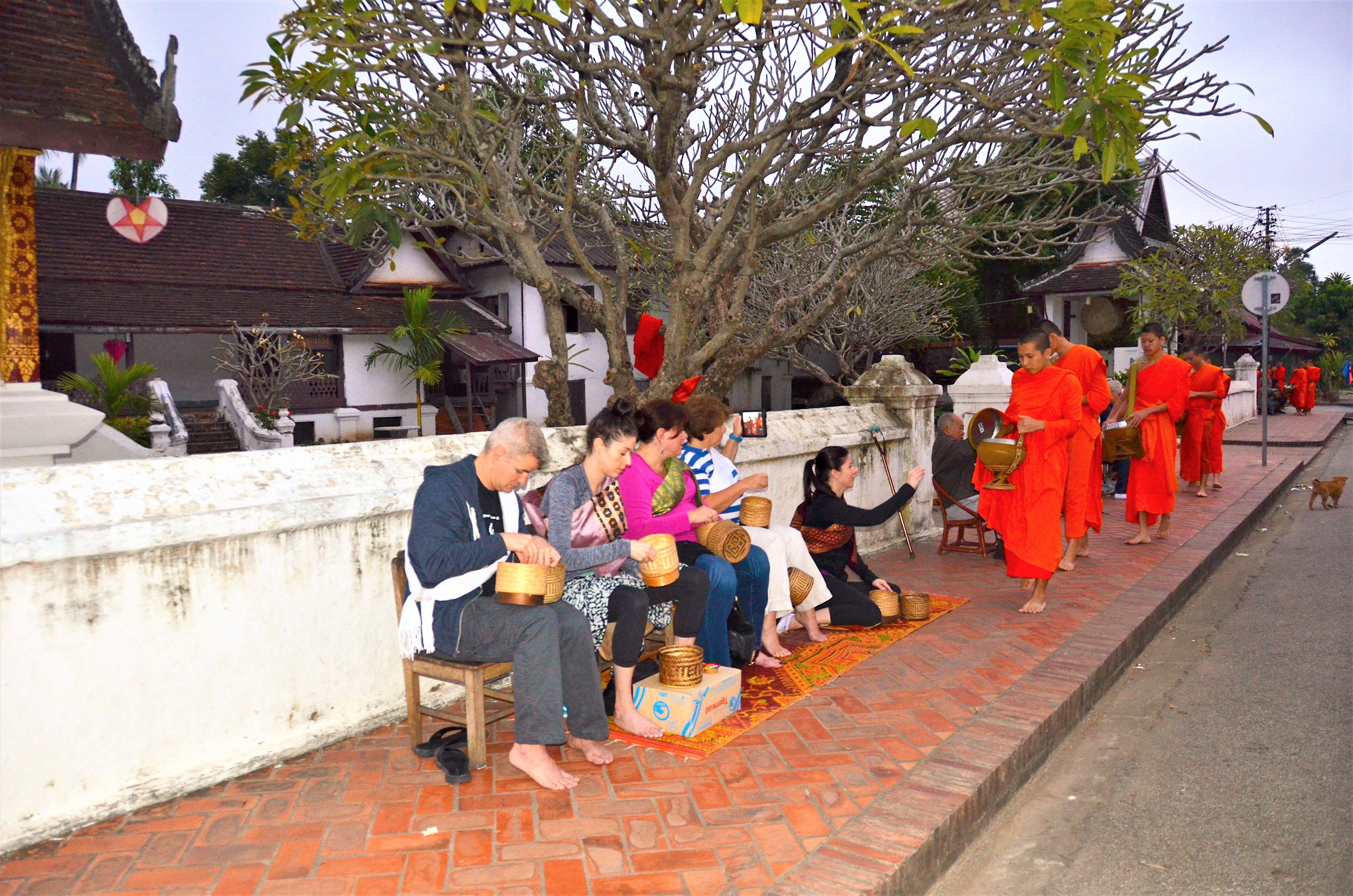
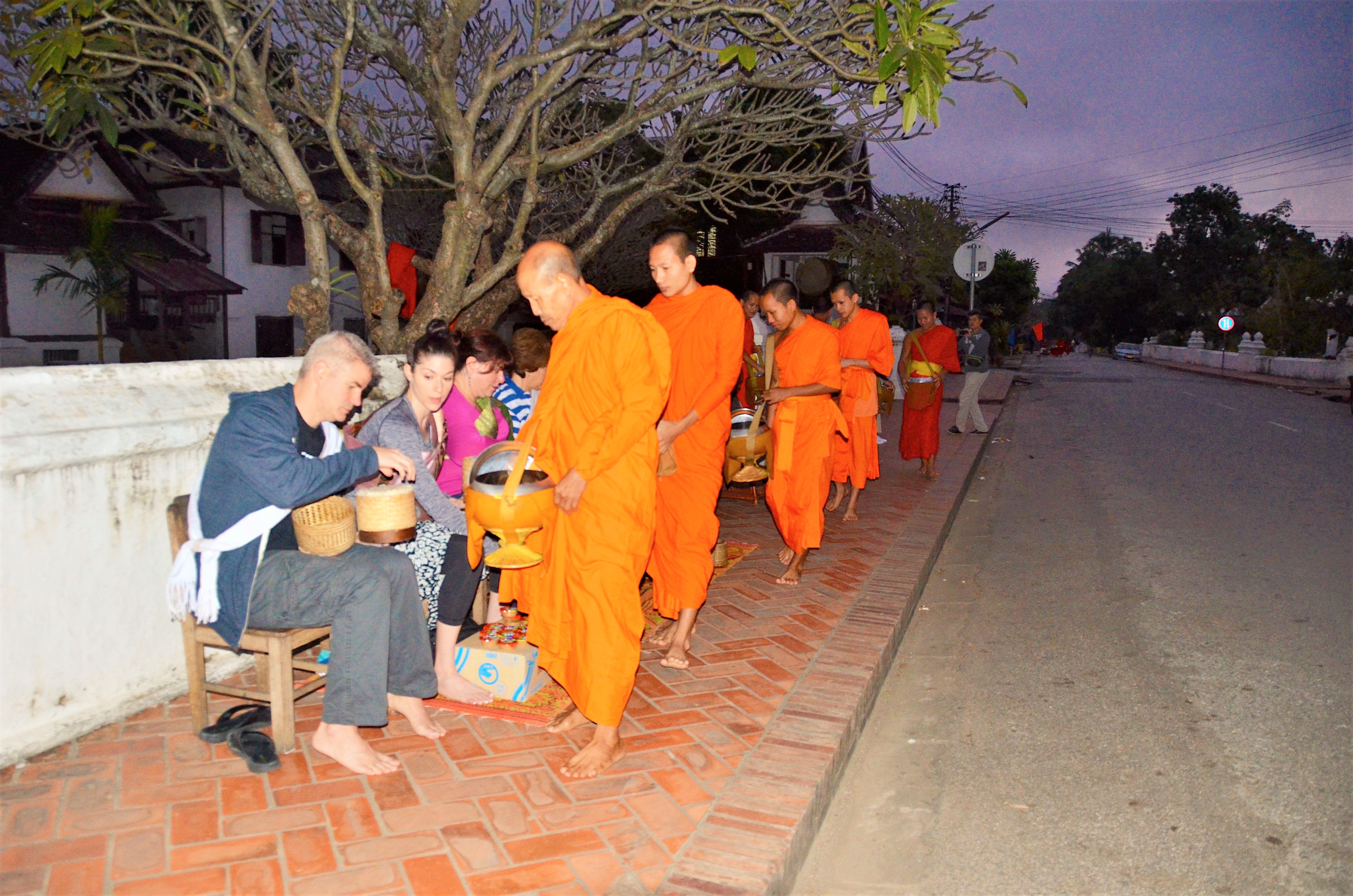
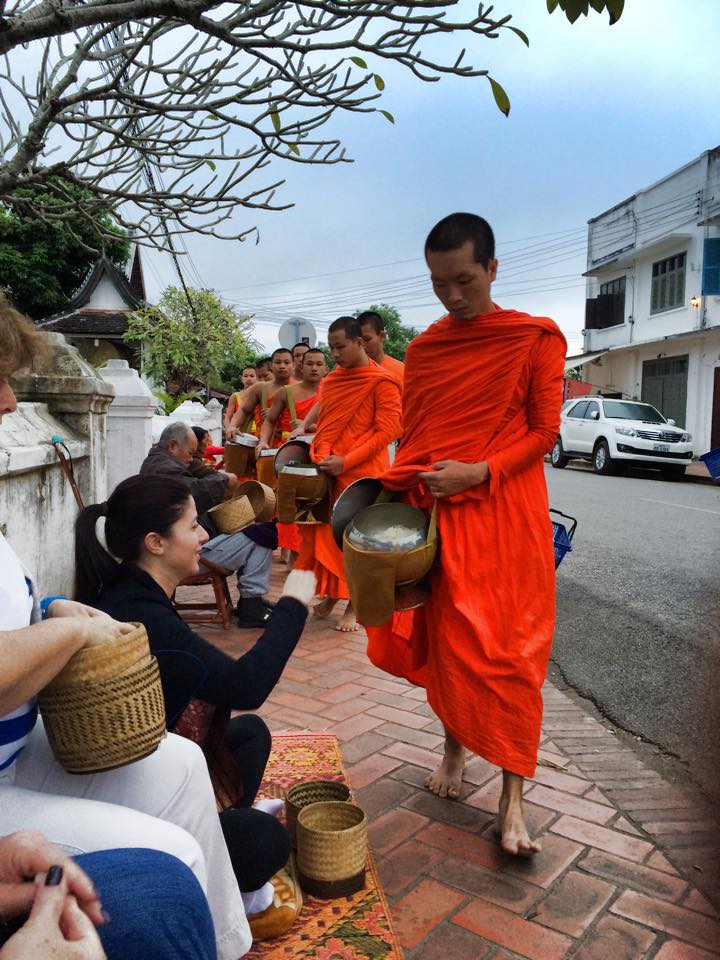
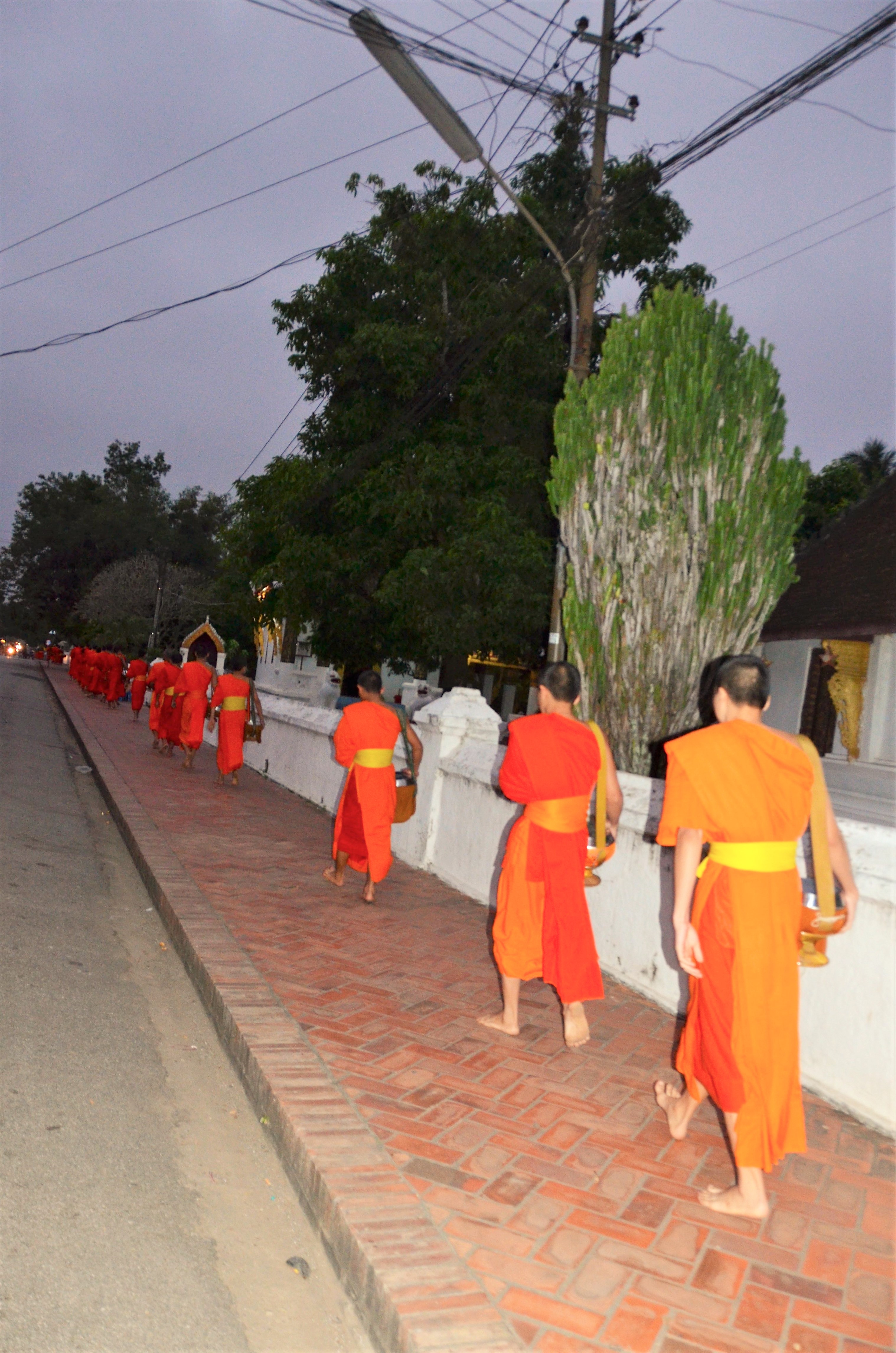
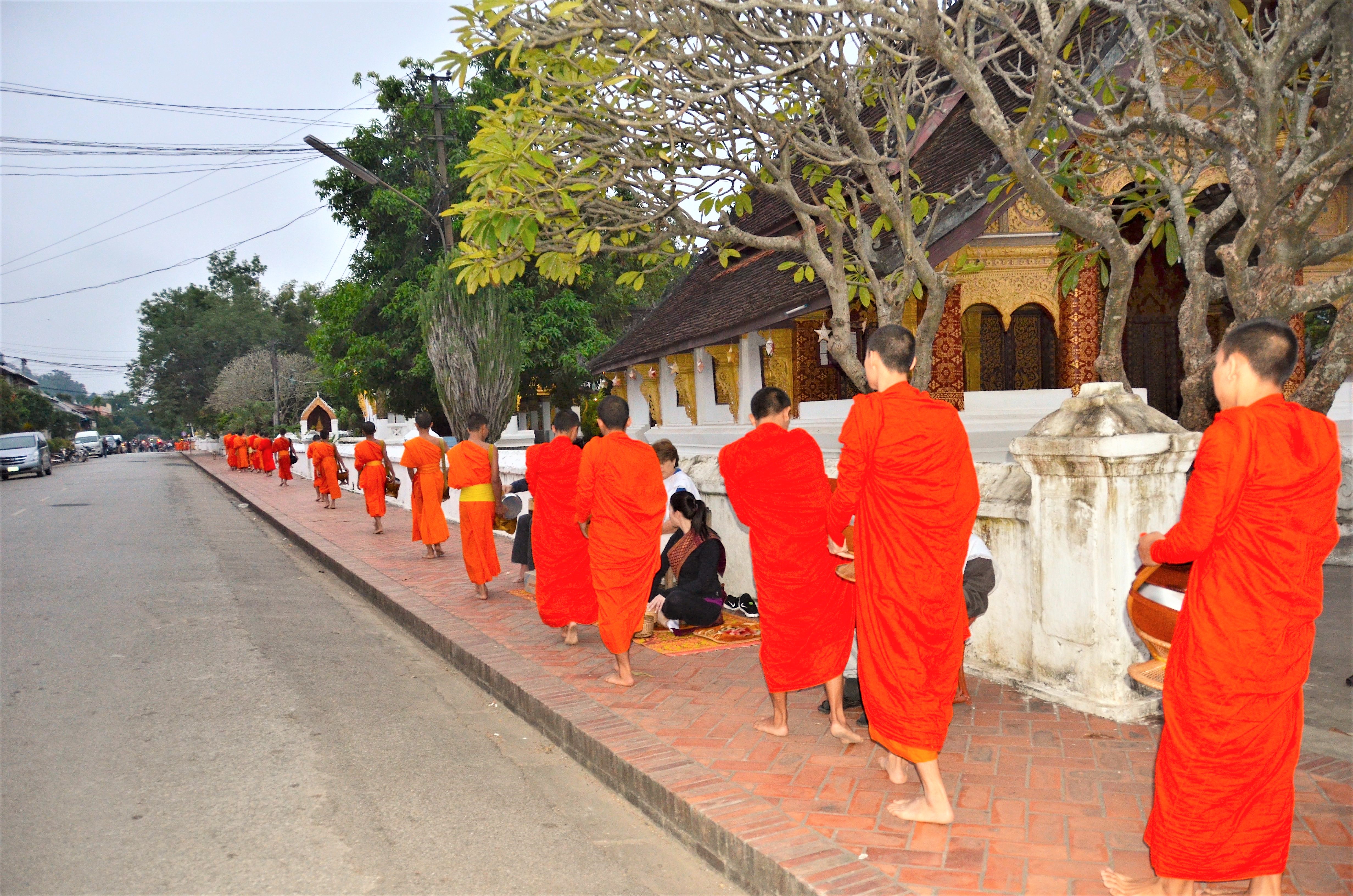 At the end of the processional, the monks line up in front of their temple and chant a prayer before heading into their temple to share their food and eat their daily meal.
At the end of the processional, the monks line up in front of their temple and chant a prayer before heading into their temple to share their food and eat their daily meal.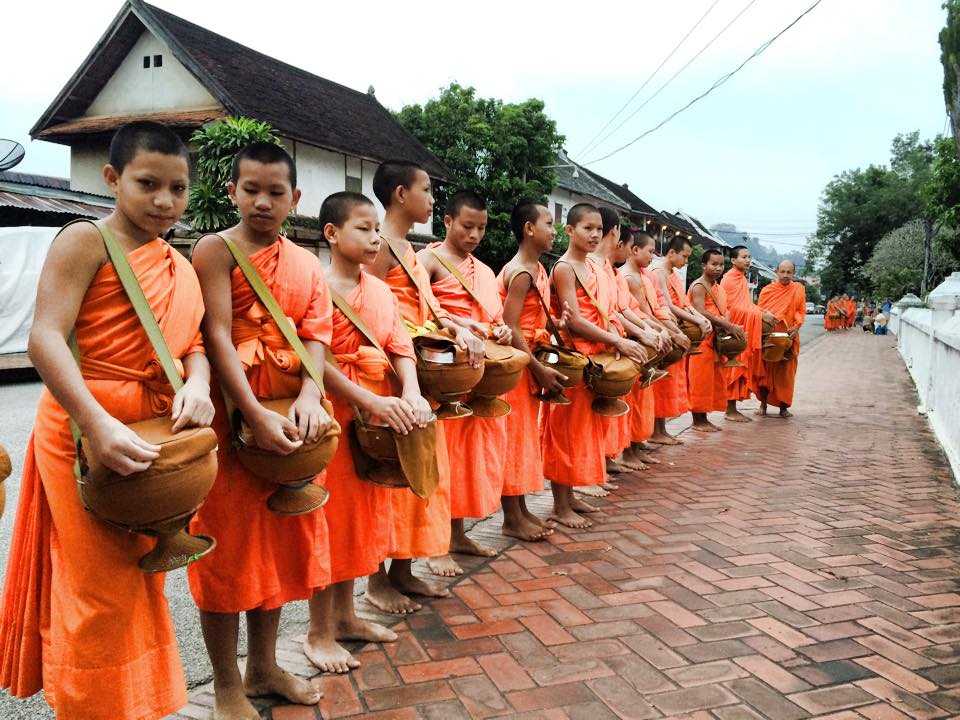
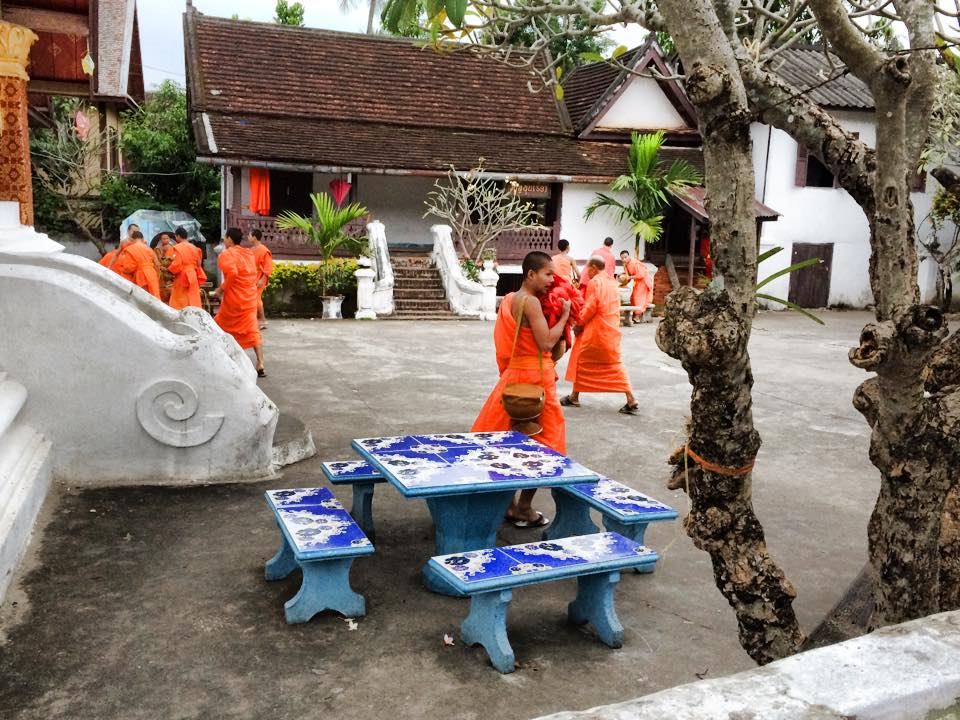 After the ceremony was over, we were invited to explore the inside of one of the temples.
After the ceremony was over, we were invited to explore the inside of one of the temples.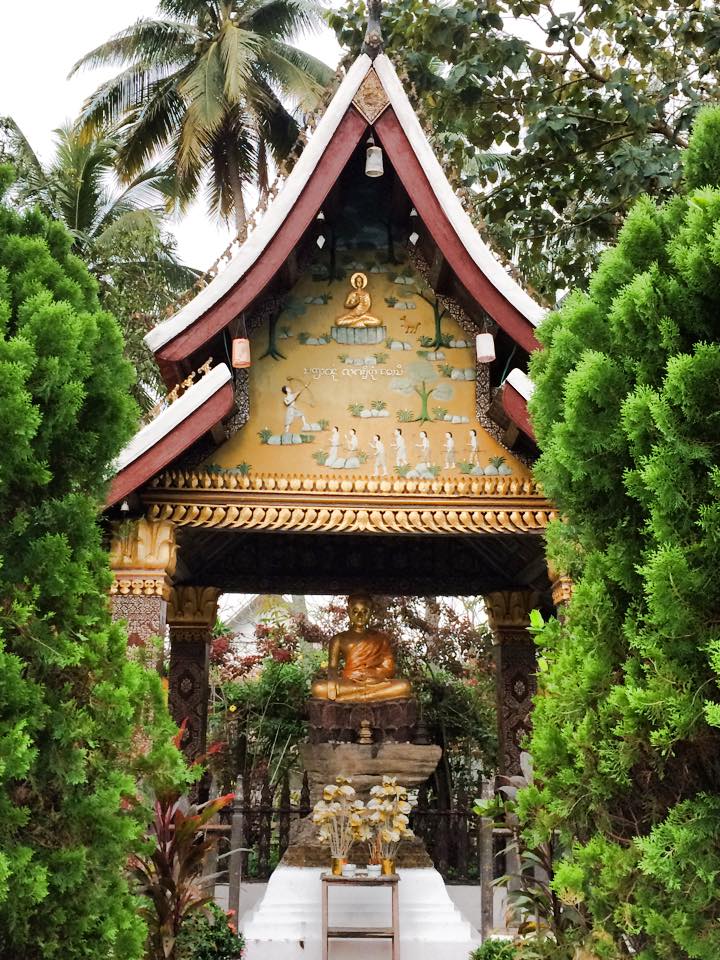
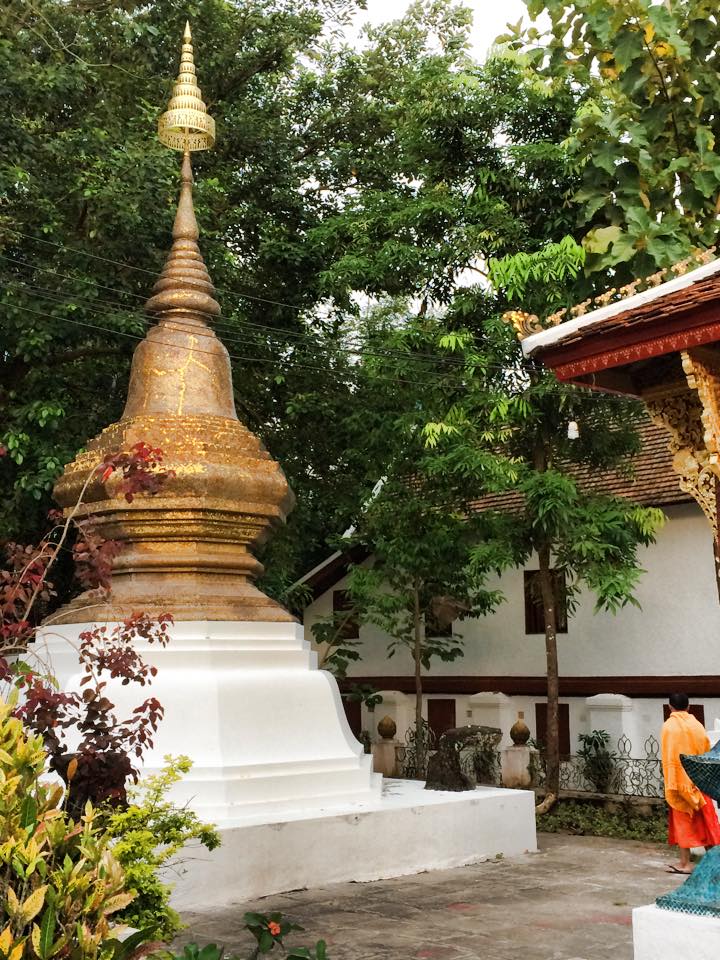 First, we left an offering of sticky rice in the tree.
First, we left an offering of sticky rice in the tree.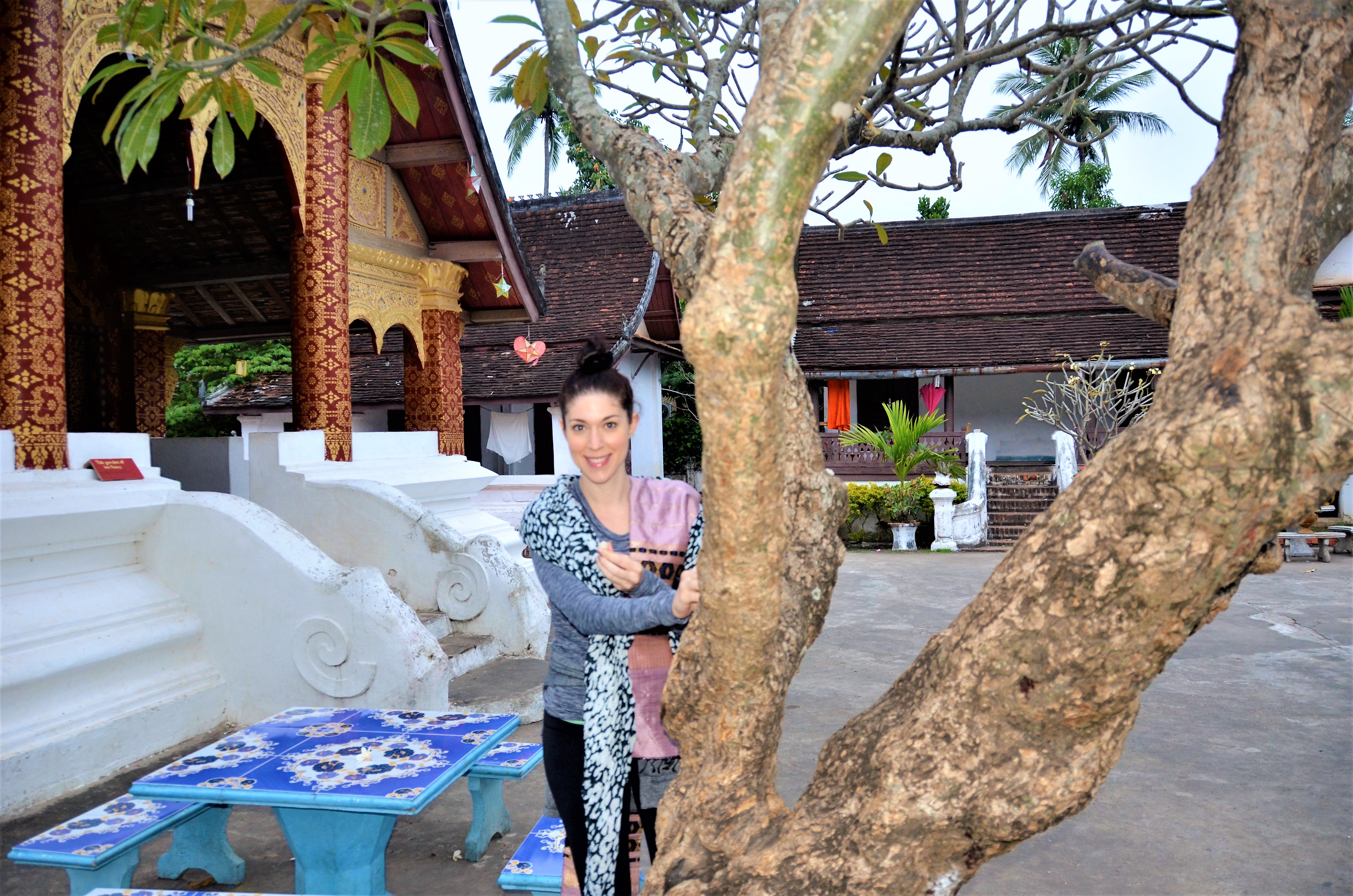 When the locals visit the temples, they typically bring an offering of marigolds, and our guide came prepared. She gave us this beautiful cone of marigolds that we offered to the temple.
When the locals visit the temples, they typically bring an offering of marigolds, and our guide came prepared. She gave us this beautiful cone of marigolds that we offered to the temple.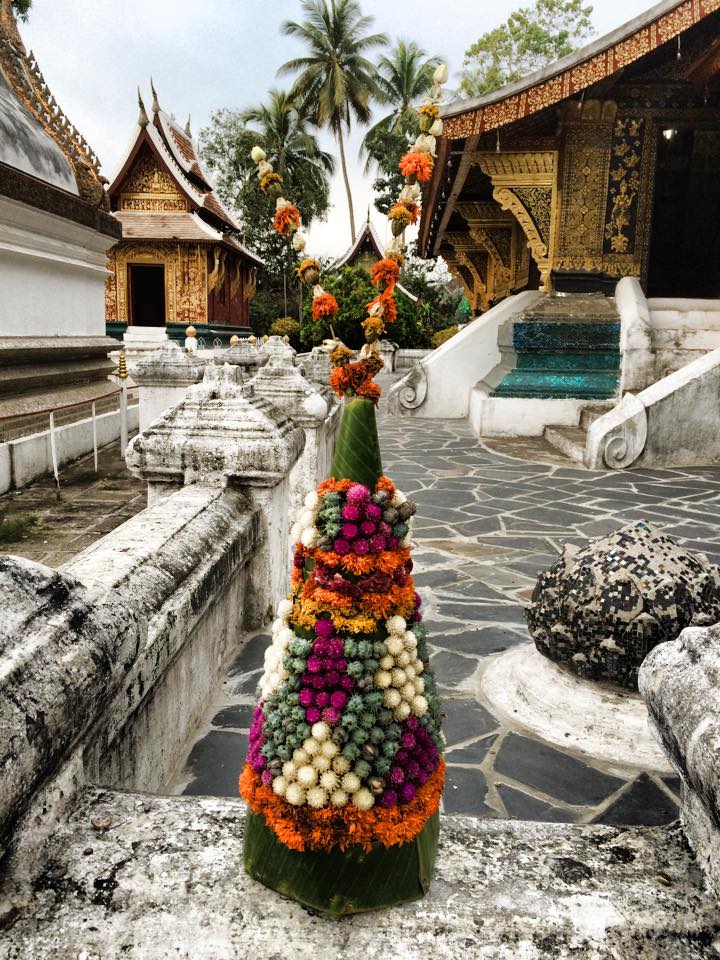
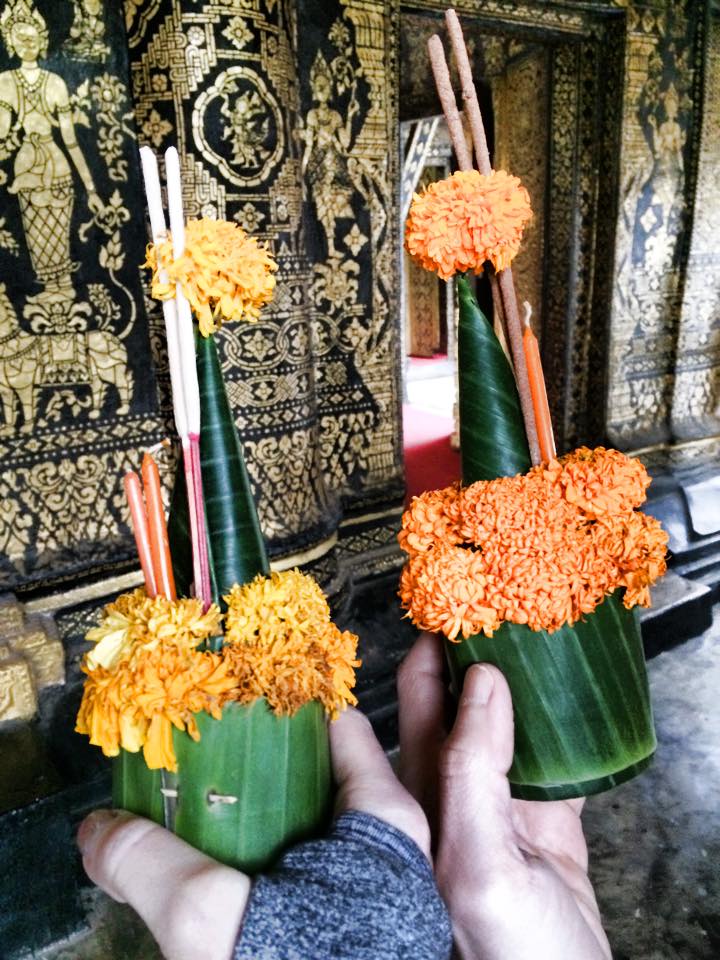
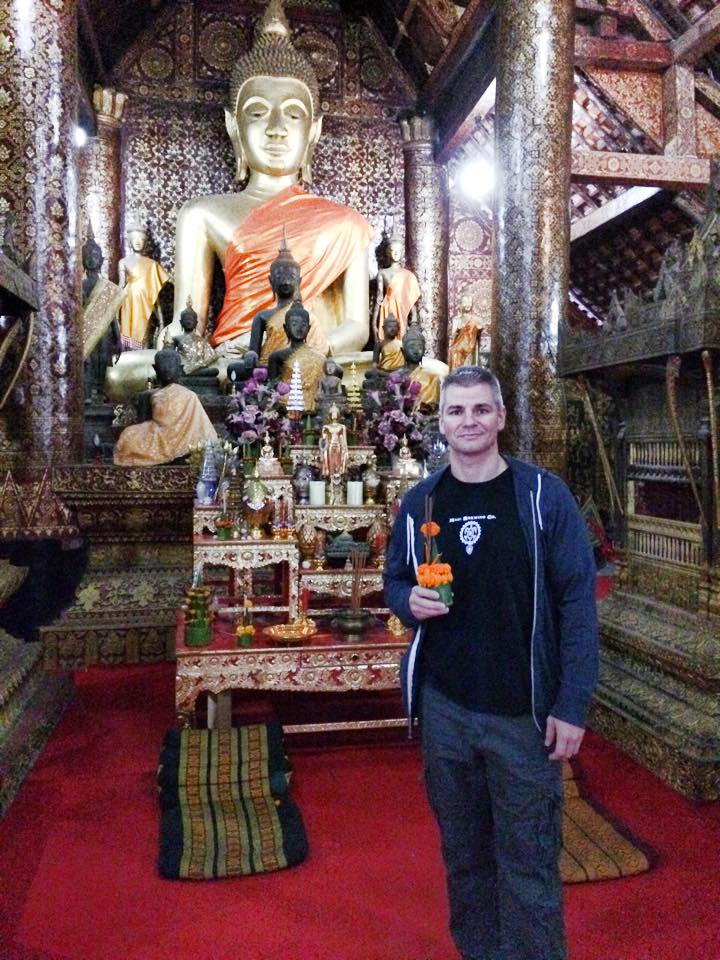
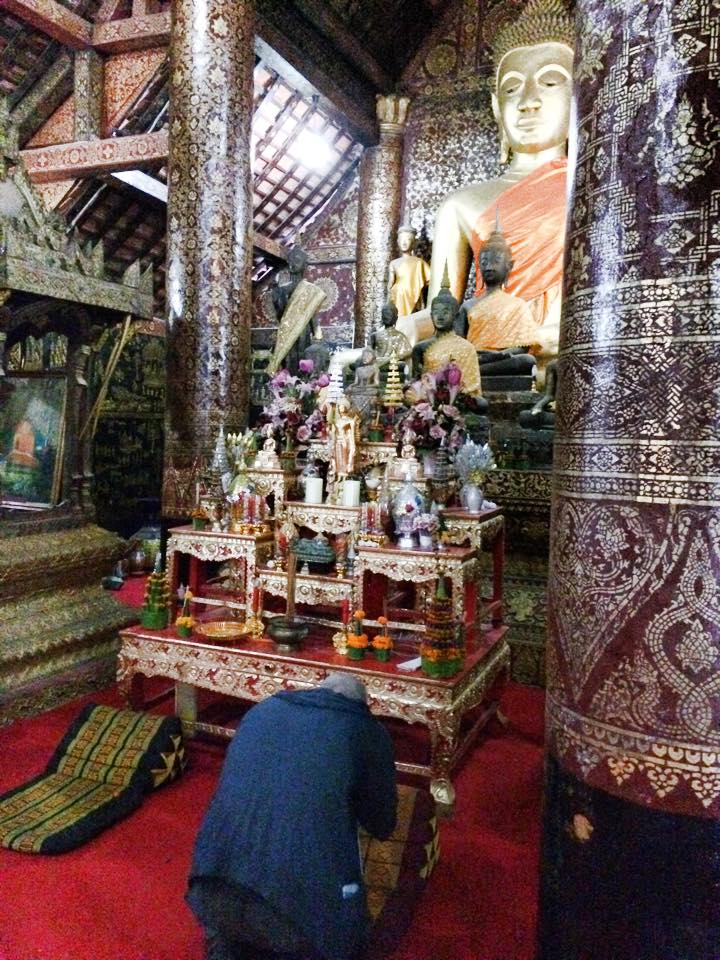
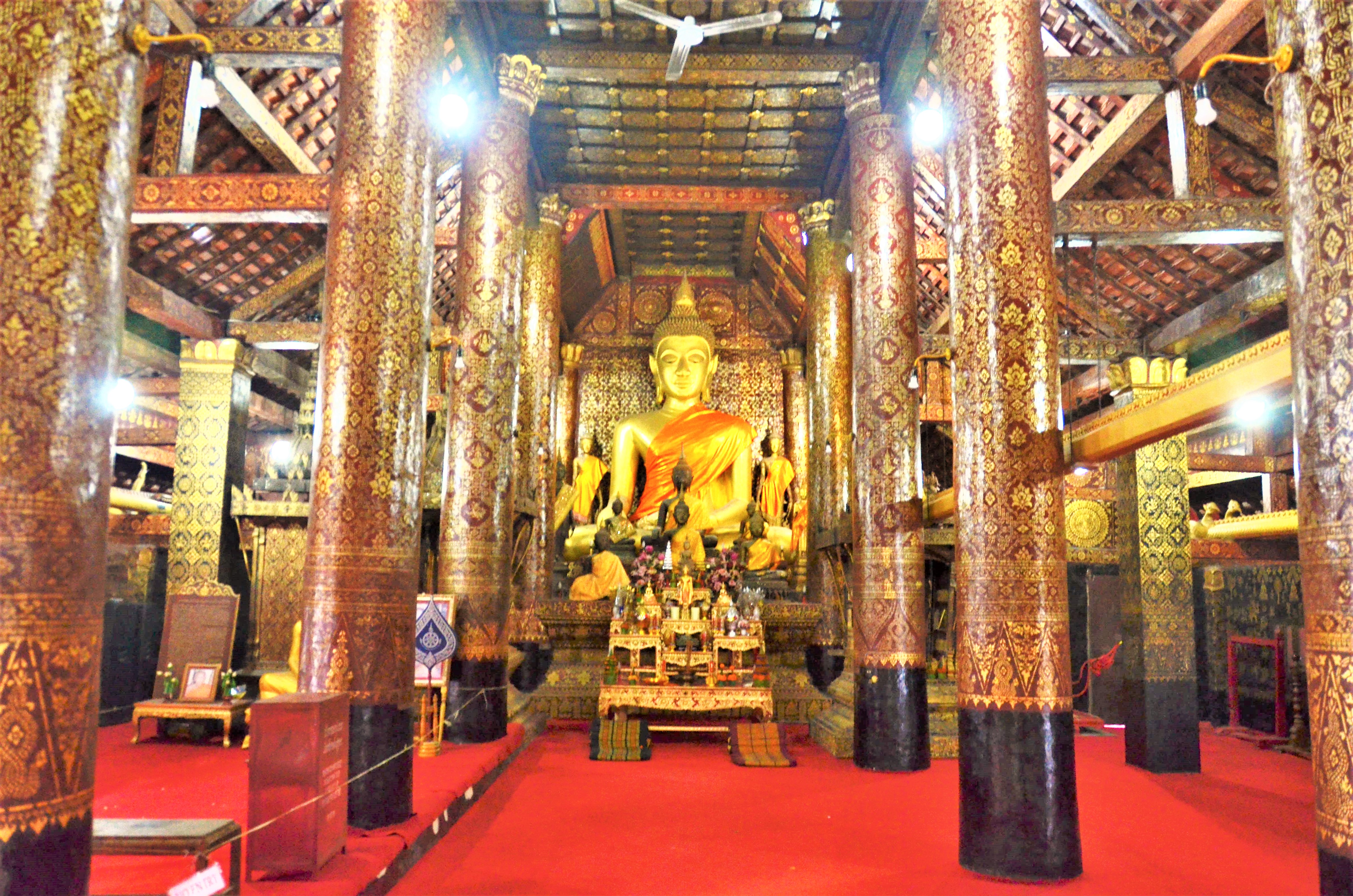 Our next order of business was to go to the morning market and buy all the ingredients we would need in order to cook a traditional meal at our guide’s home which we would share with her family. She gave us our lists and our money, and we were on our way.
Our next order of business was to go to the morning market and buy all the ingredients we would need in order to cook a traditional meal at our guide’s home which we would share with her family. She gave us our lists and our money, and we were on our way.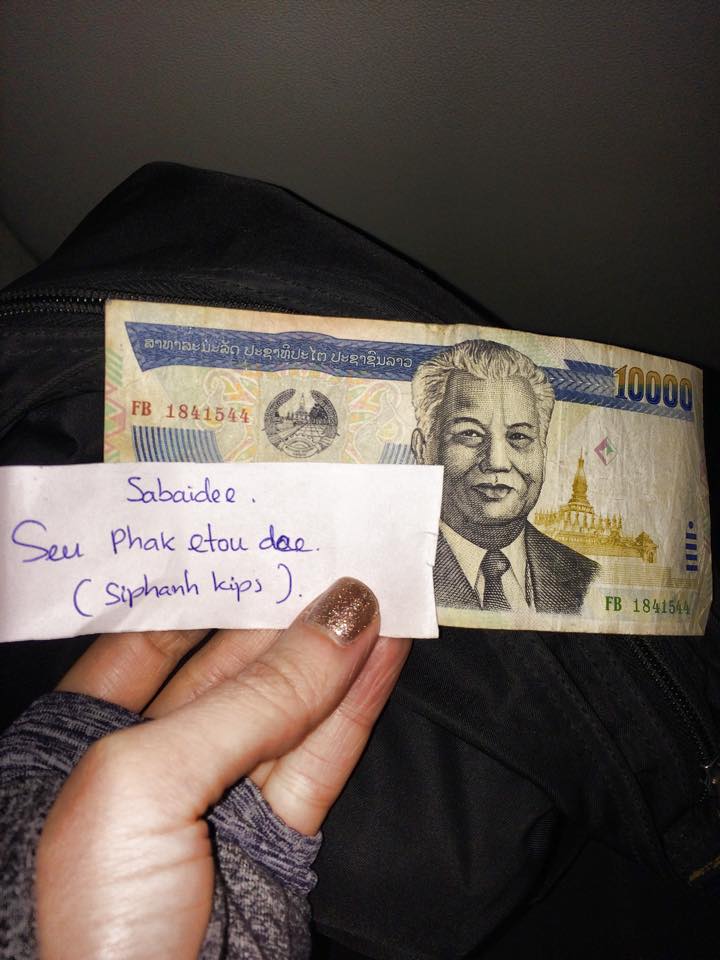 The morning markets are fascinating. They are a great way to get a glimpse of everyday life and interact with the locals.
The morning markets are fascinating. They are a great way to get a glimpse of everyday life and interact with the locals. 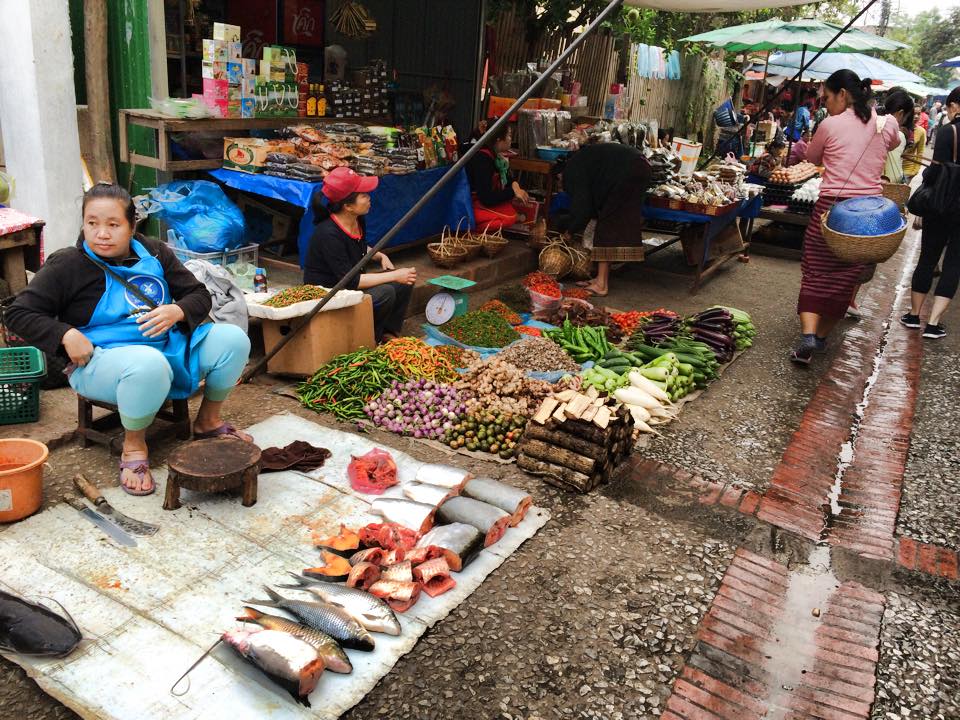
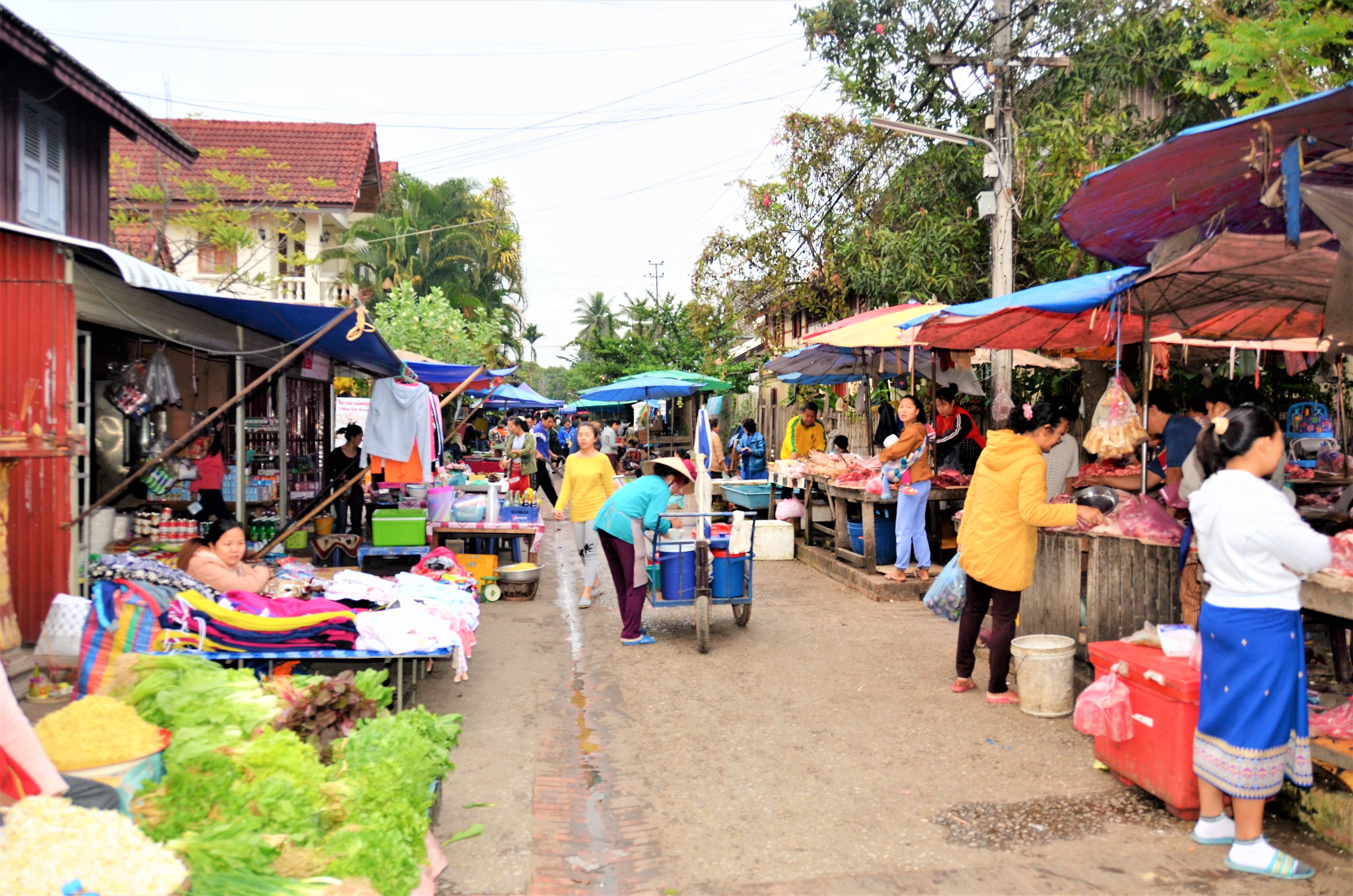 There is an array of fresh vegetables, fruits, and fish on display.
There is an array of fresh vegetables, fruits, and fish on display.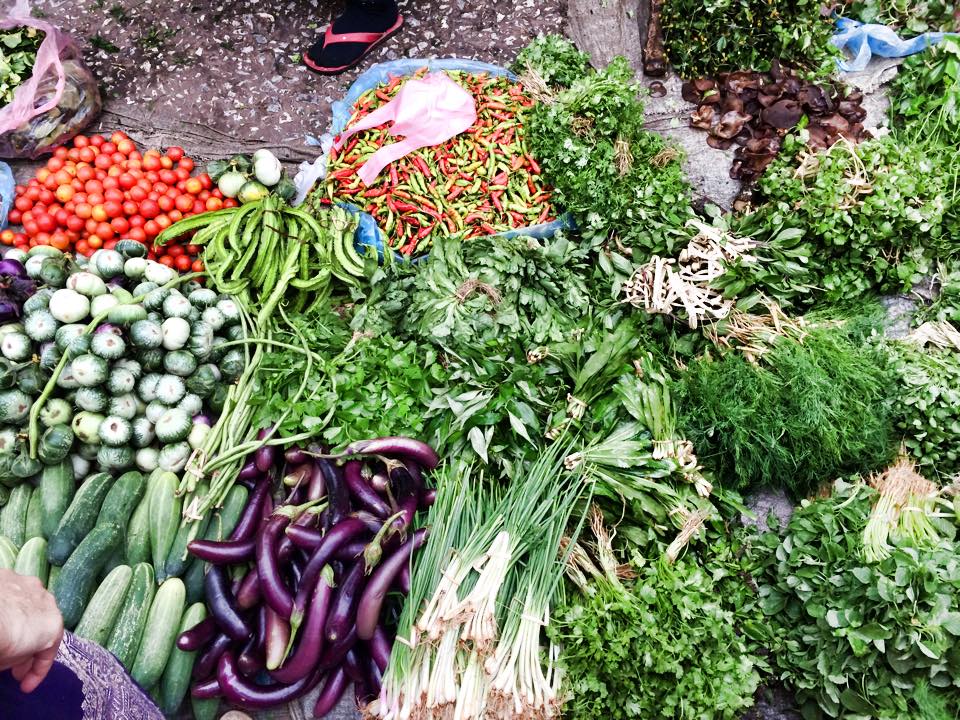
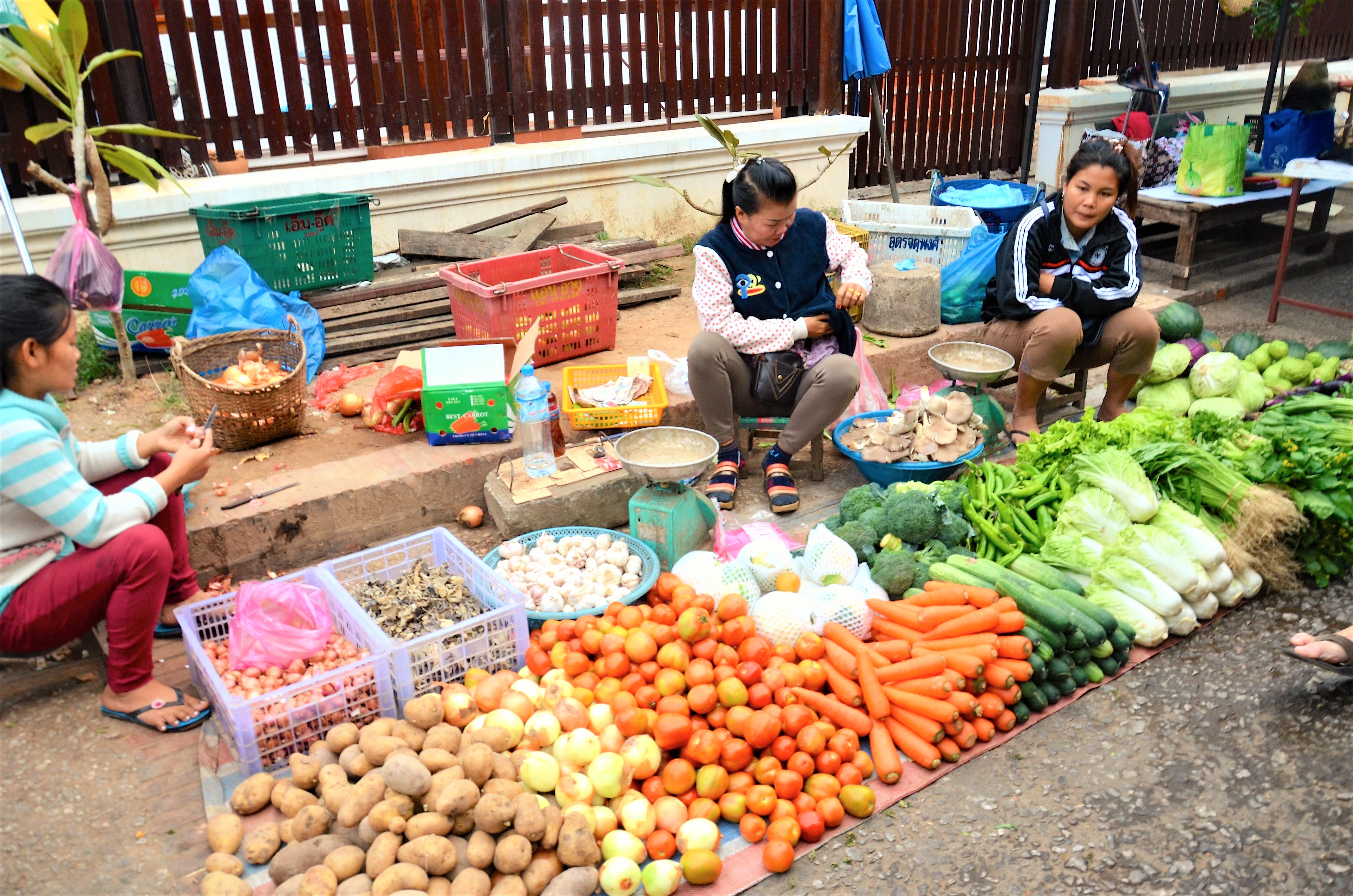
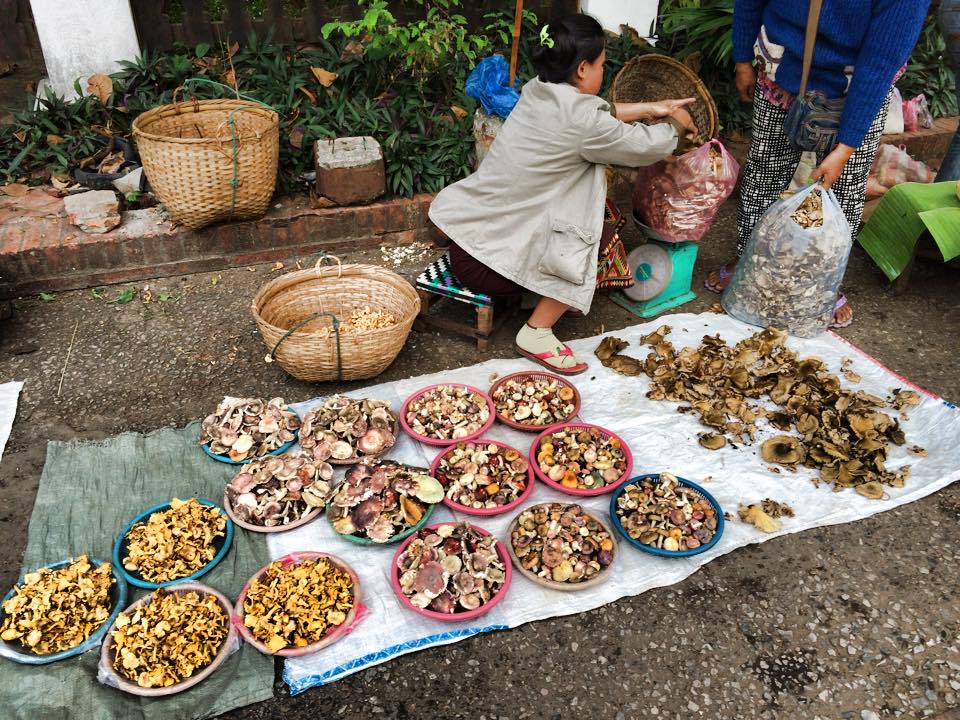
 And then there are these:
And then there are these: 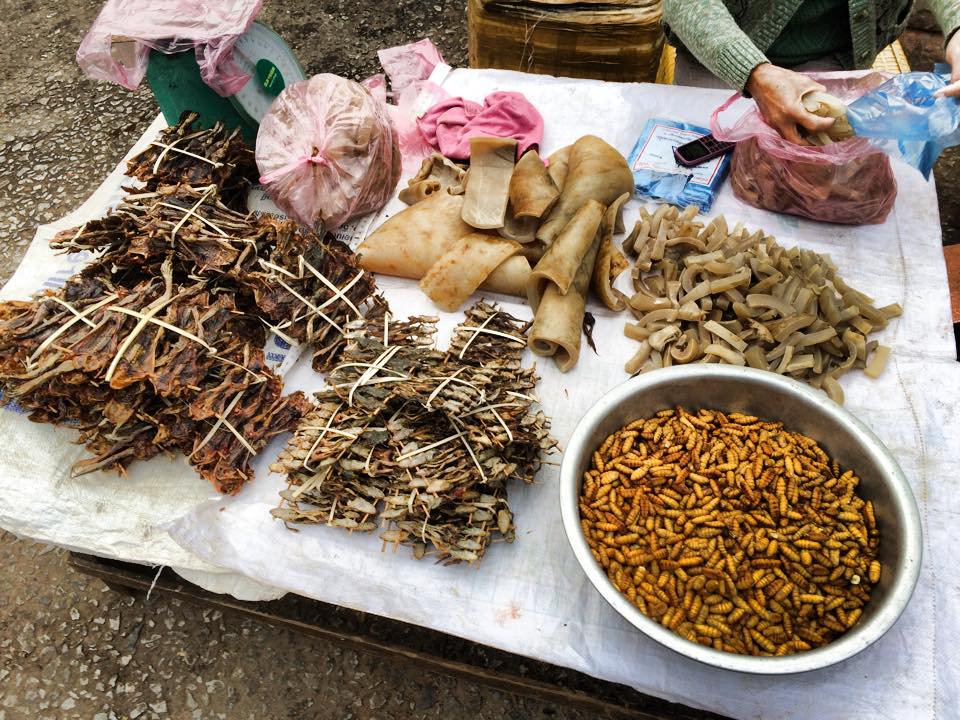
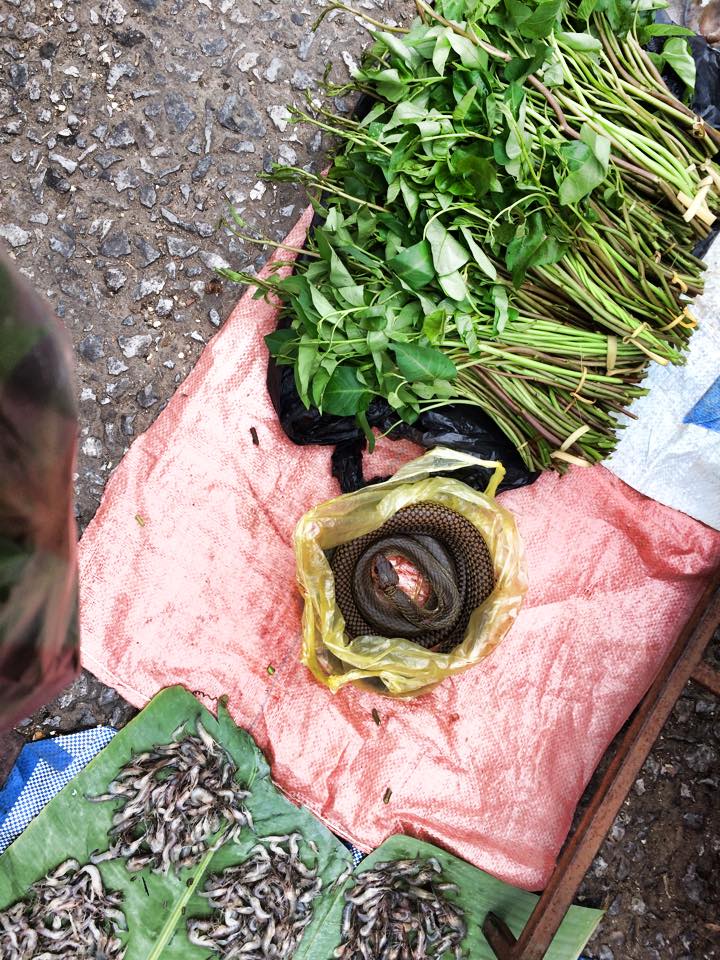 Insects and snakes?? My adventurous spirit only goes so far… No thanks!
Insects and snakes?? My adventurous spirit only goes so far… No thanks!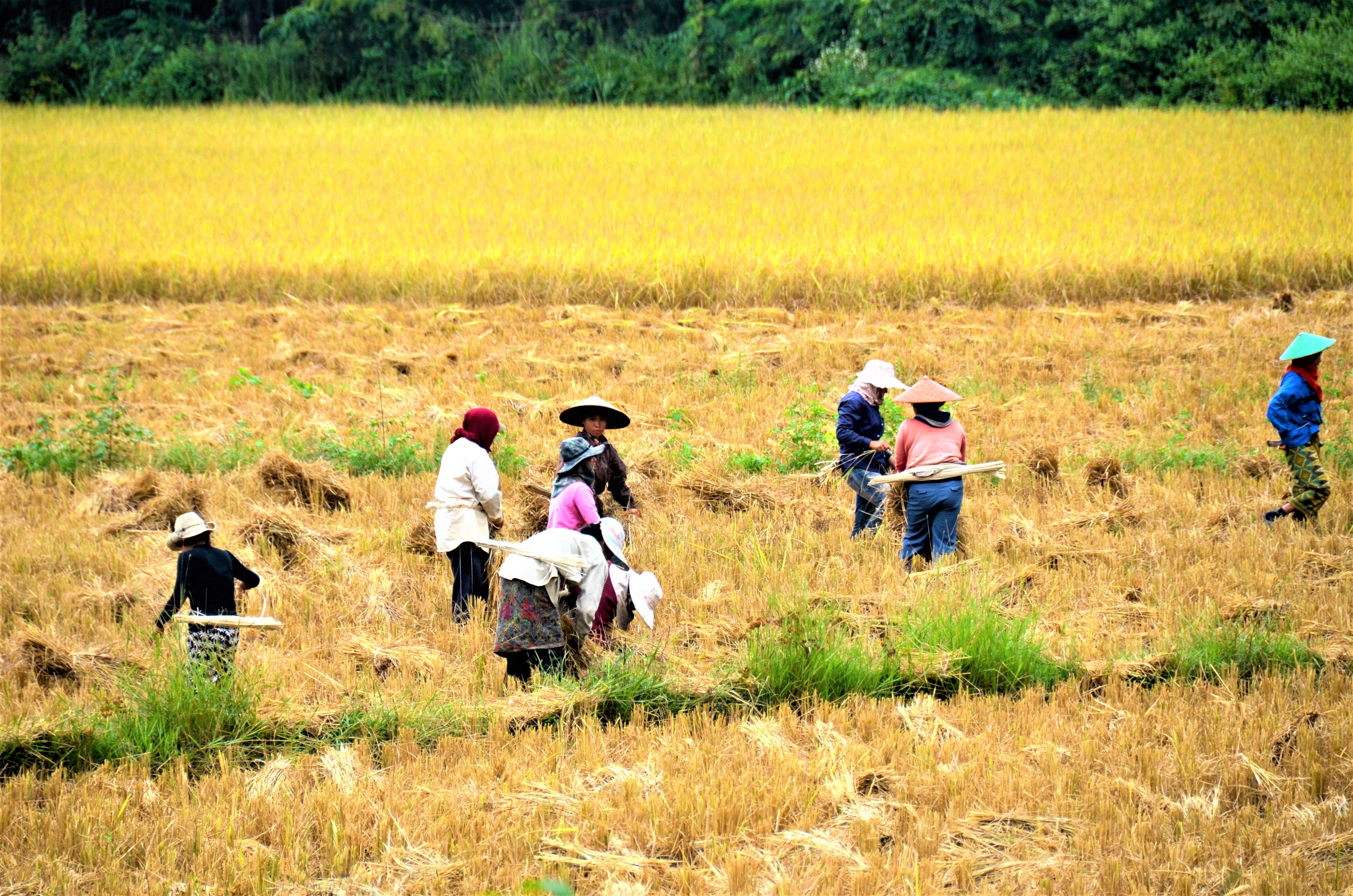 We arrived at the village with our goodies in tow!
We arrived at the village with our goodies in tow!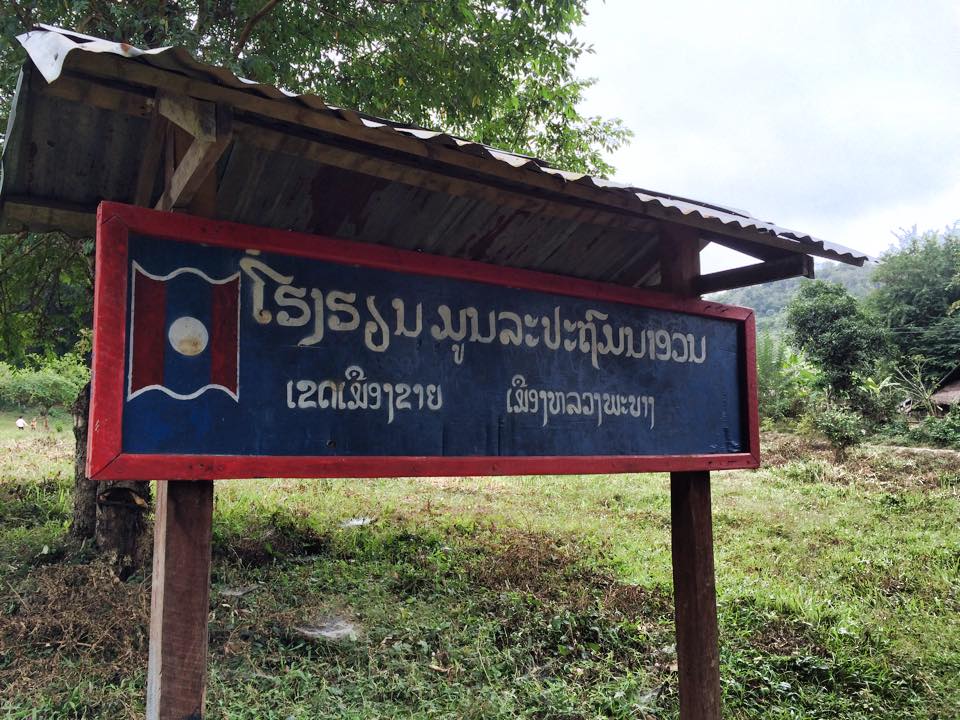
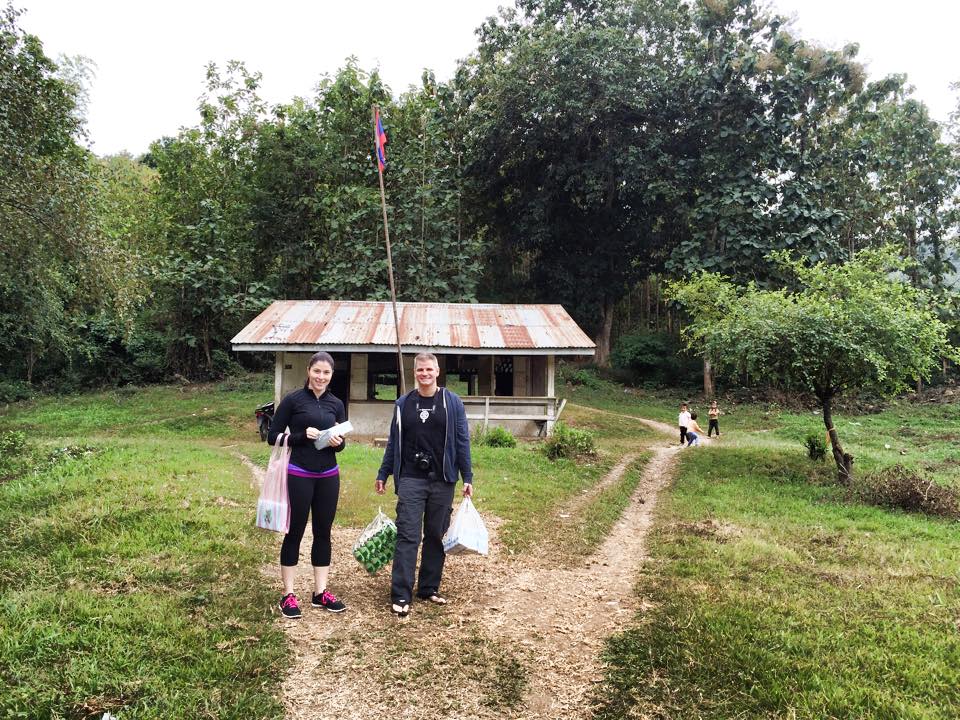 The
The 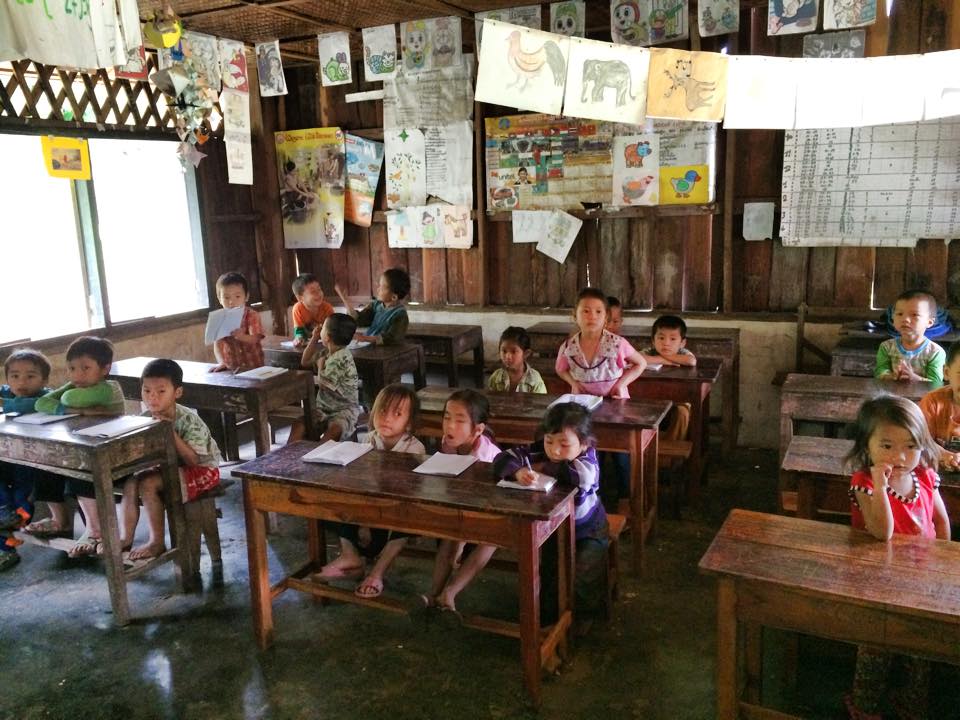 The children were so excited to receive their treats and clapped along as we sang the English ABCs. They were very curious and excited to see Western tourists in their village.
The children were so excited to receive their treats and clapped along as we sang the English ABCs. They were very curious and excited to see Western tourists in their village.  We happened to visit when
We happened to visit when  On the way back from the village, we stopped at the famed
On the way back from the village, we stopped at the famed 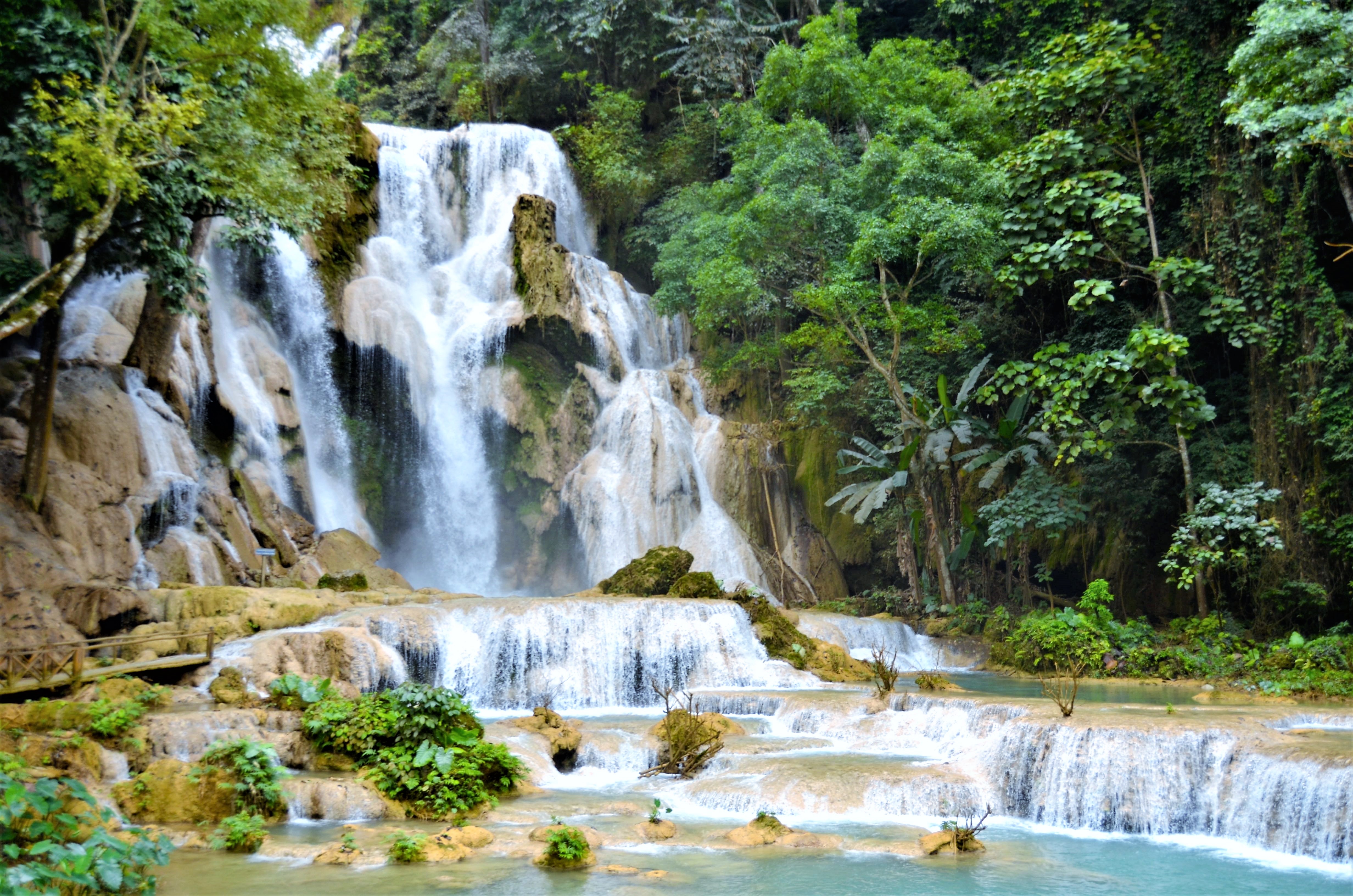
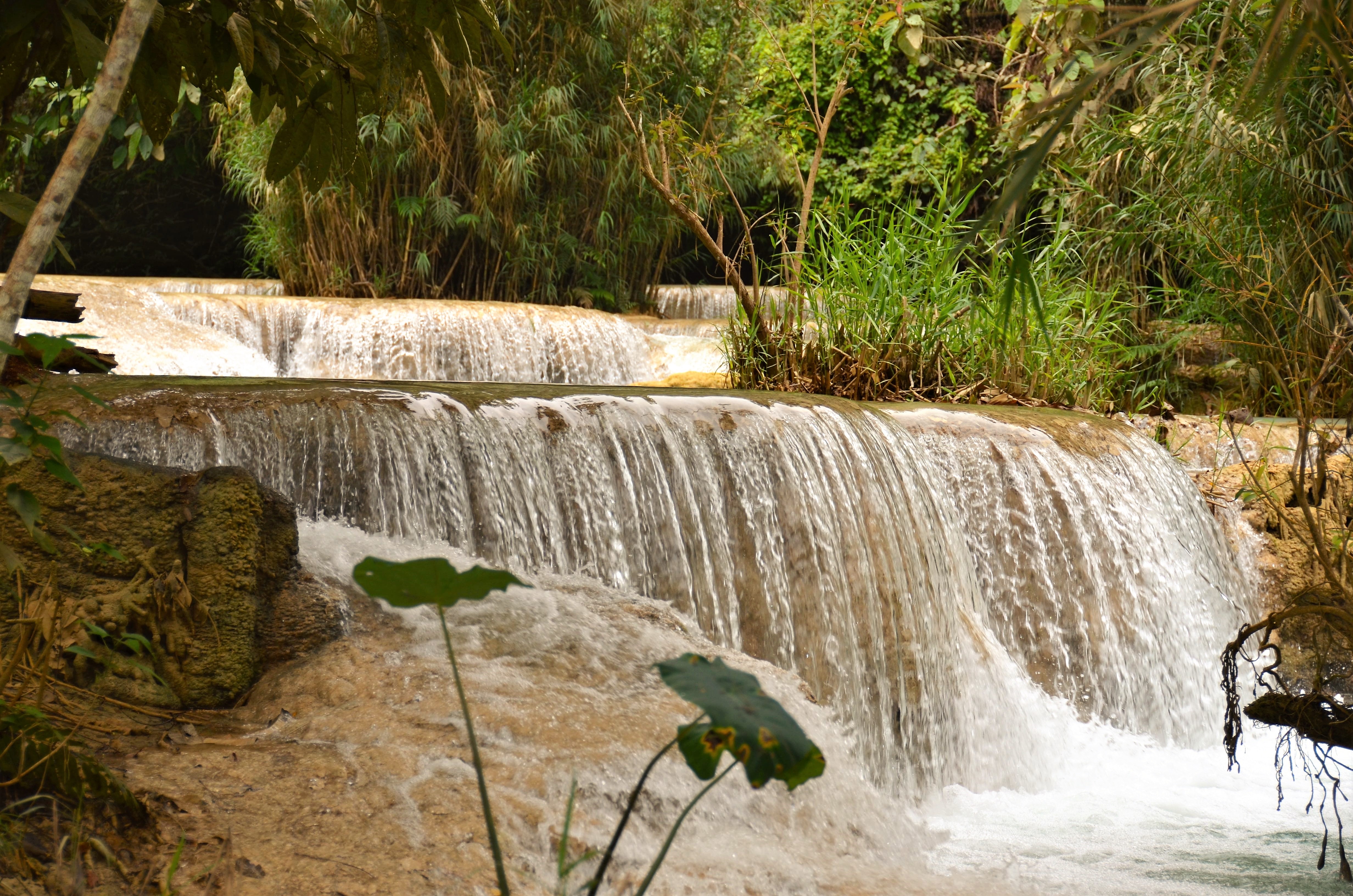
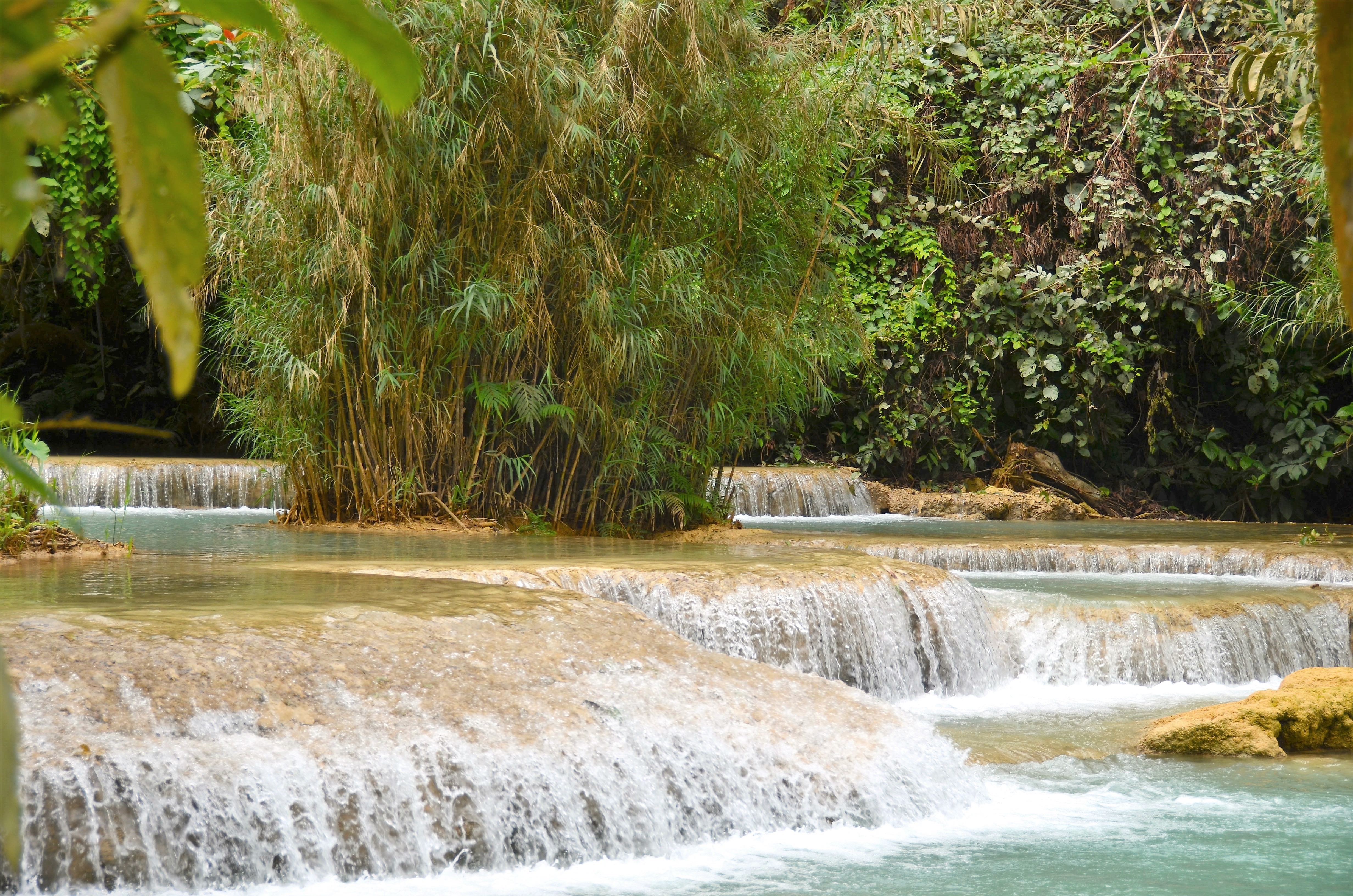
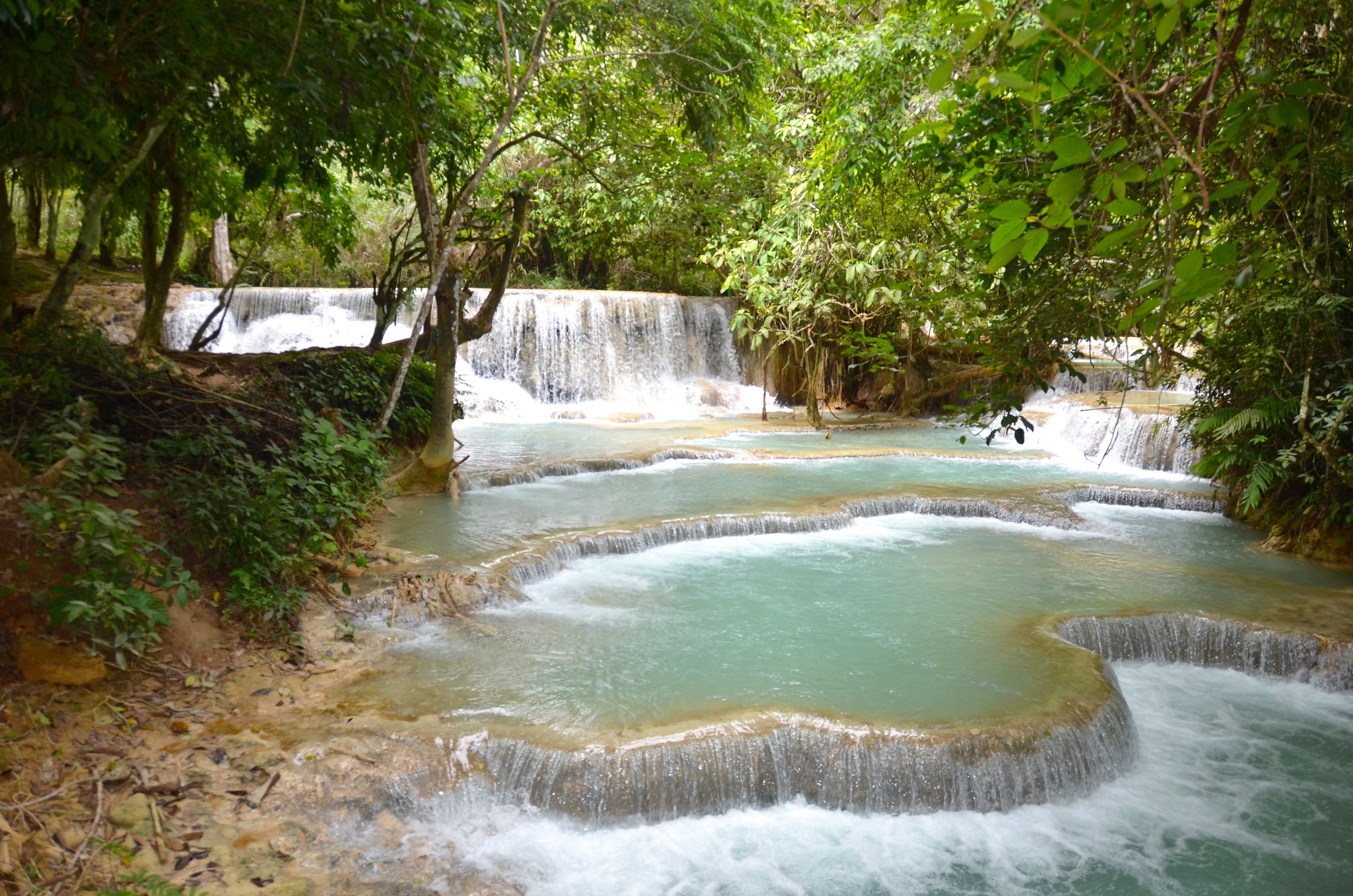
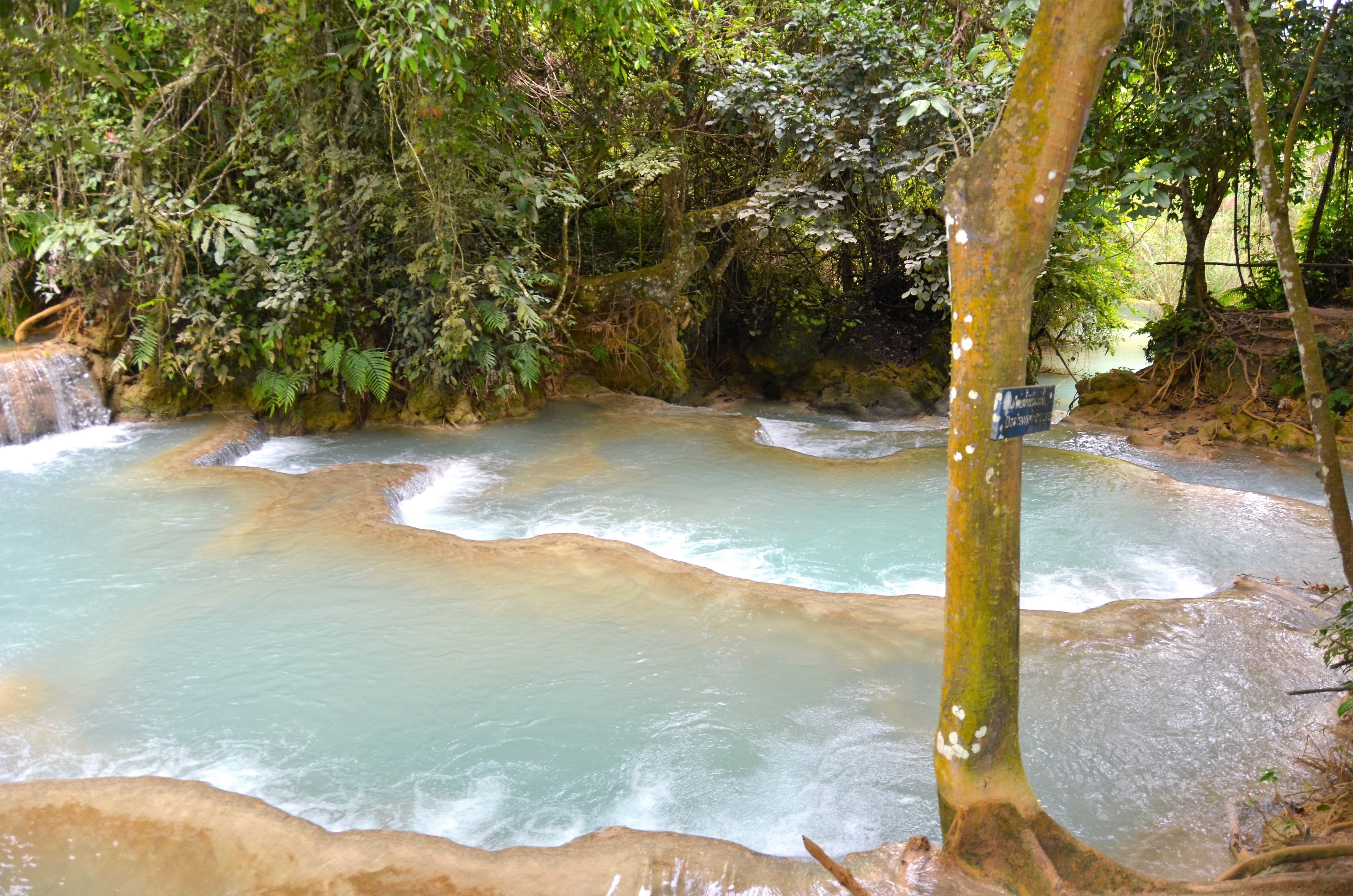
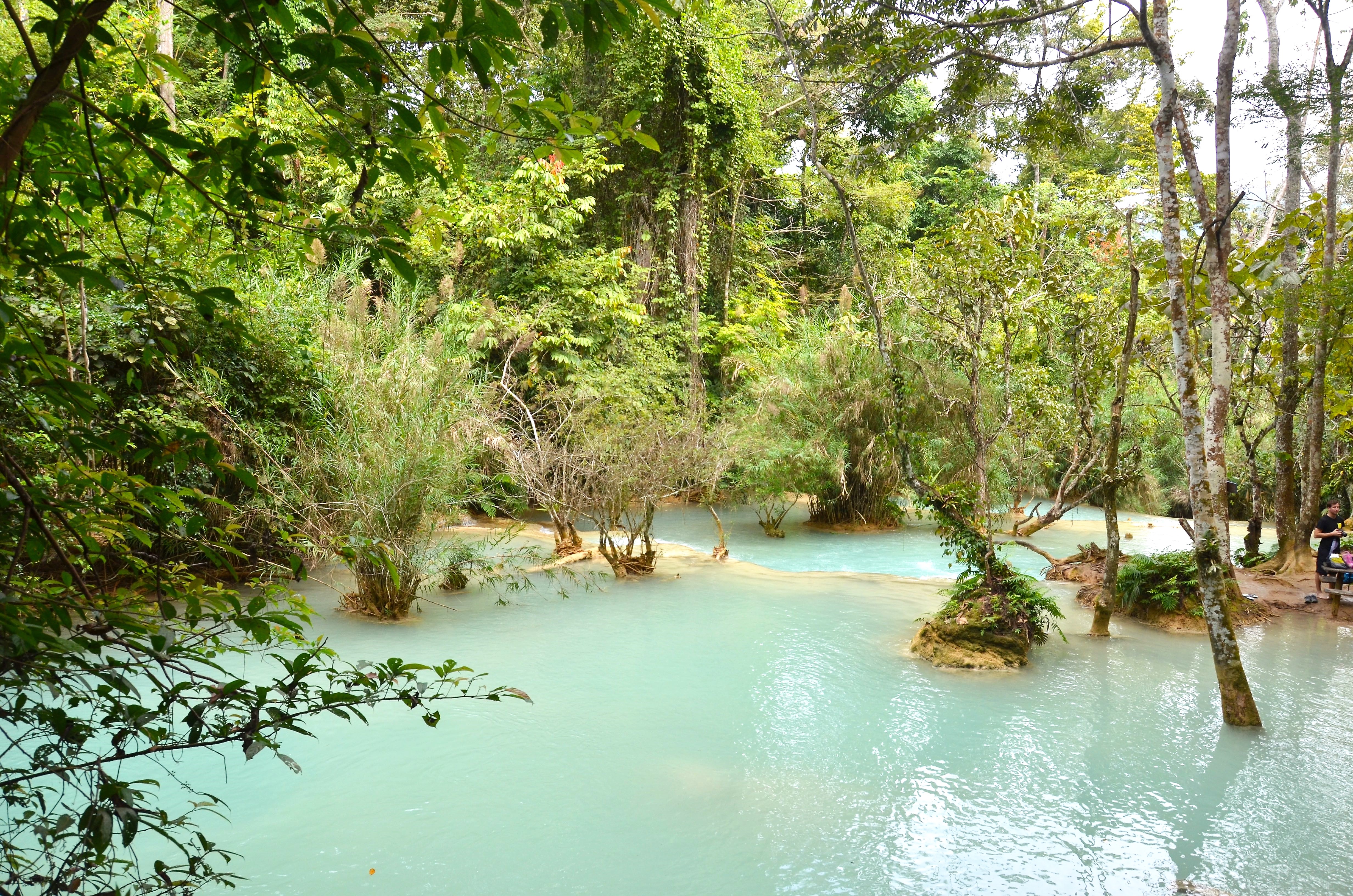
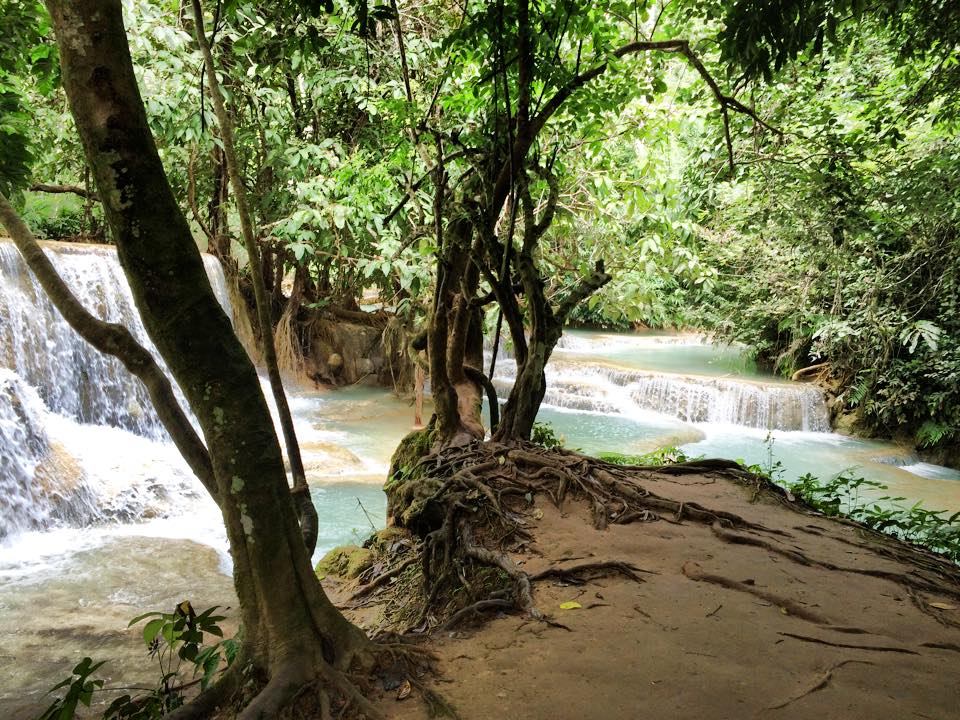 The cost to get into the park is about $2.50 per person. There are a series of trails and bridges that you can use to walk among the falls. You can even swim in them, although when we were there in late November, the water was cold; but that didn’t stop this spectacle. Allow me to introduce you to the Amazing Asian Man, with whom I fell in love. Not only was he wearing a magnificently small Speedo, but he would climb up to a tree or rock, strike a pose, and demand that his friends photograph him before he jumped into the water. I was mesmerized by this creature, and he has inspired in me a book idea!
The cost to get into the park is about $2.50 per person. There are a series of trails and bridges that you can use to walk among the falls. You can even swim in them, although when we were there in late November, the water was cold; but that didn’t stop this spectacle. Allow me to introduce you to the Amazing Asian Man, with whom I fell in love. Not only was he wearing a magnificently small Speedo, but he would climb up to a tree or rock, strike a pose, and demand that his friends photograph him before he jumped into the water. I was mesmerized by this creature, and he has inspired in me a book idea!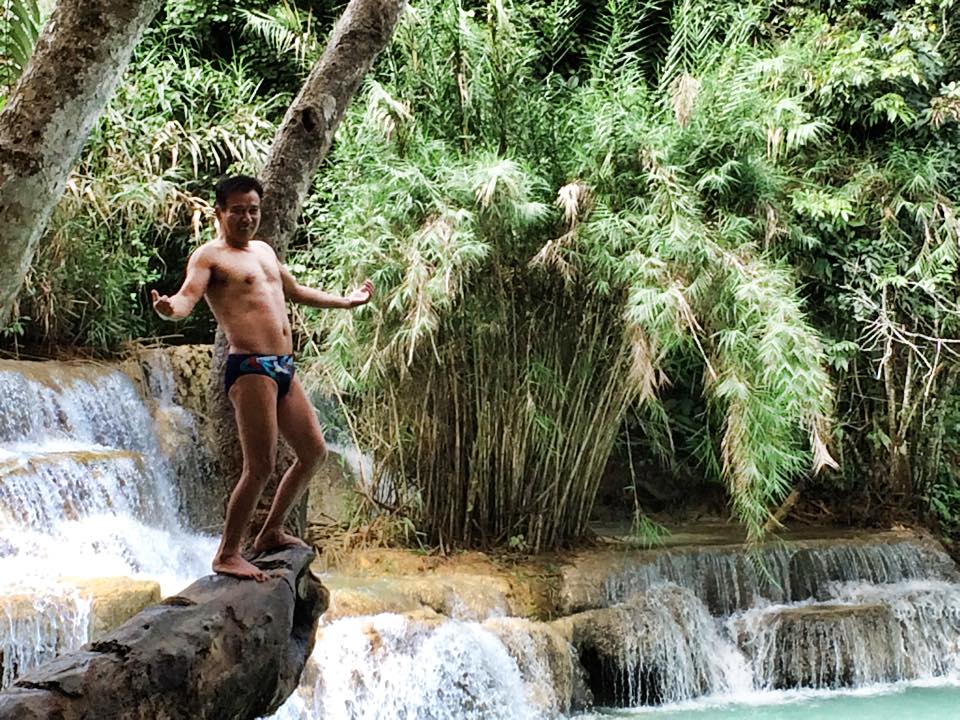
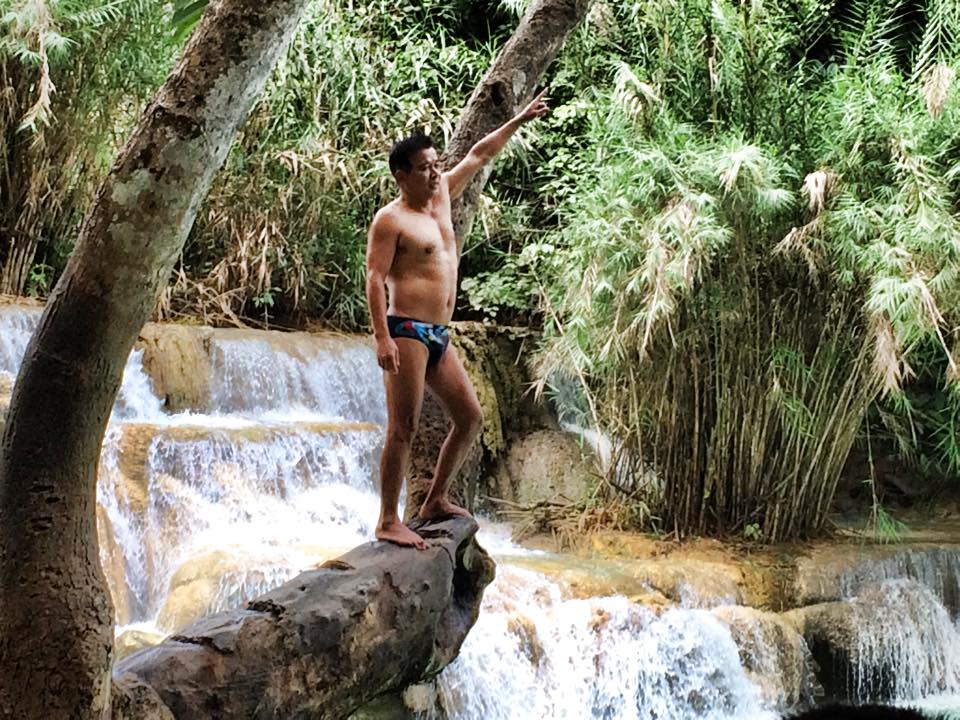
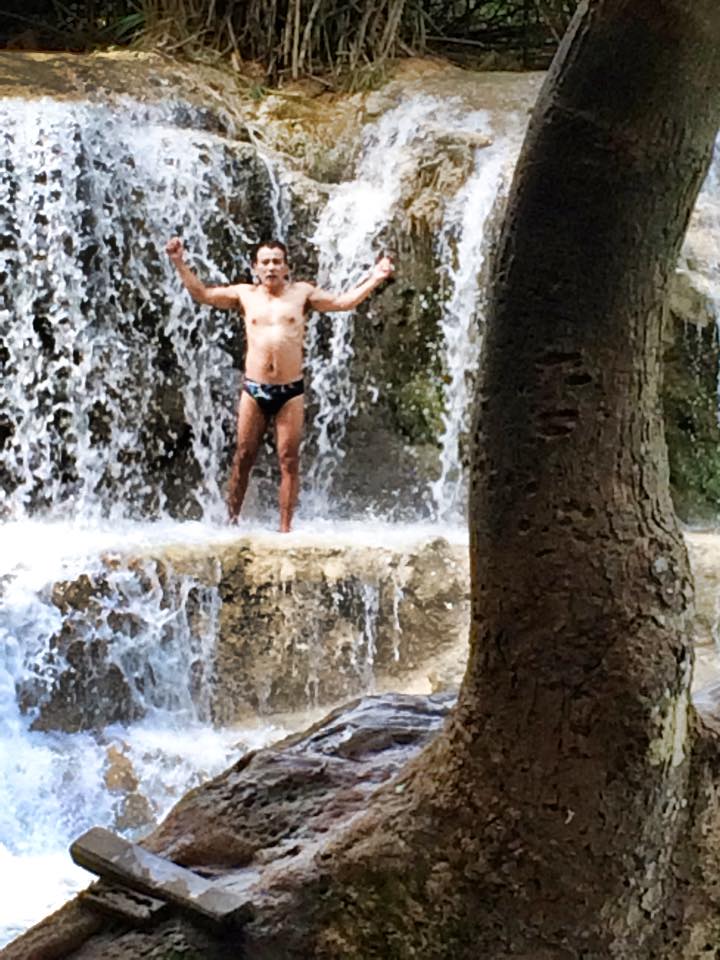 After studying this jewel for a very long time, we made our way over to the bear sanctuary on property. These black bears are an endangered species because their bile is used by the Chinese for medicinal purposes. This sanctuary rescues them and houses 23 bears. I love animals, so I just loved watching these bears roam and play.
After studying this jewel for a very long time, we made our way over to the bear sanctuary on property. These black bears are an endangered species because their bile is used by the Chinese for medicinal purposes. This sanctuary rescues them and houses 23 bears. I love animals, so I just loved watching these bears roam and play.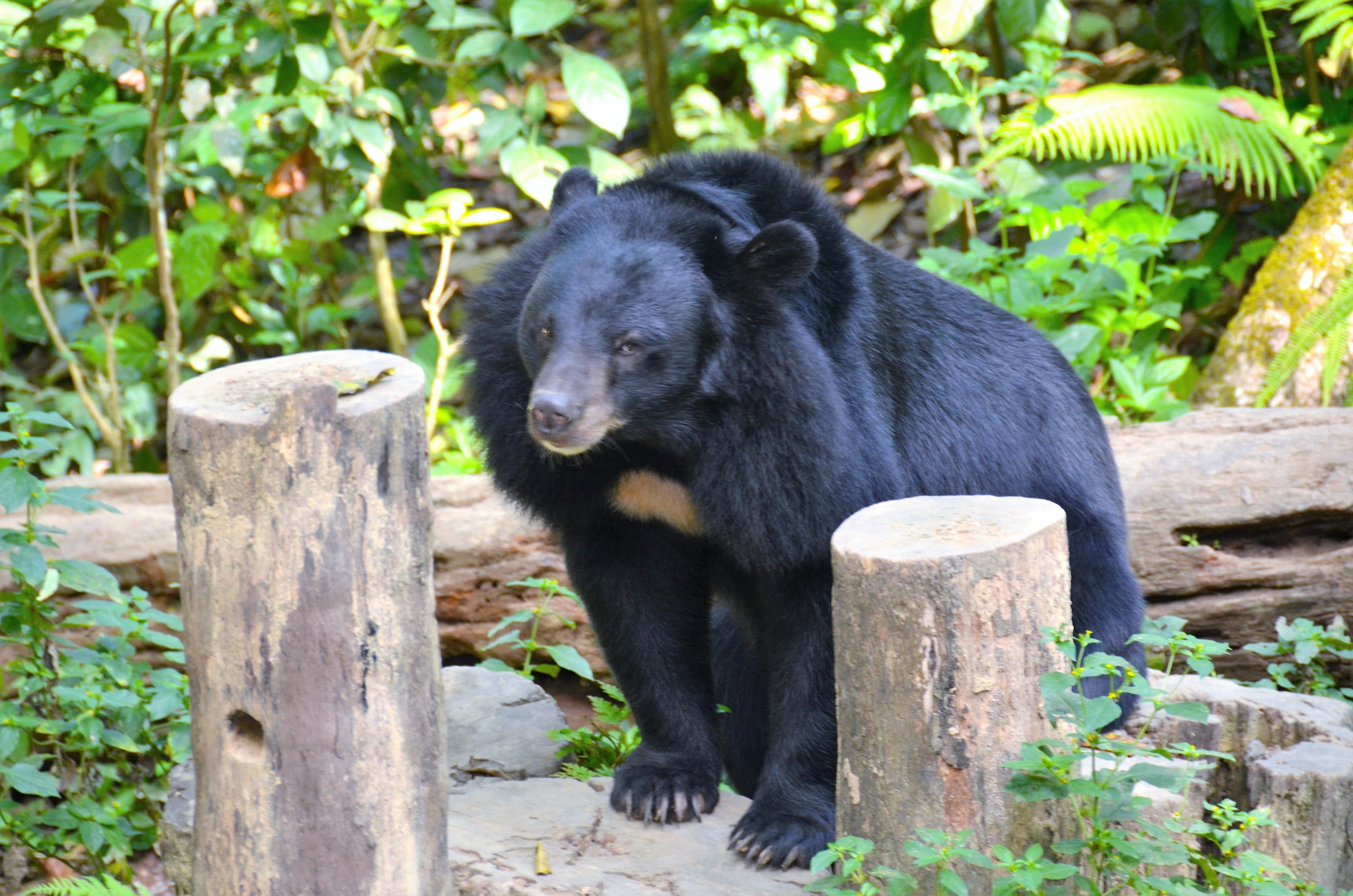 Our next stop was to
Our next stop was to 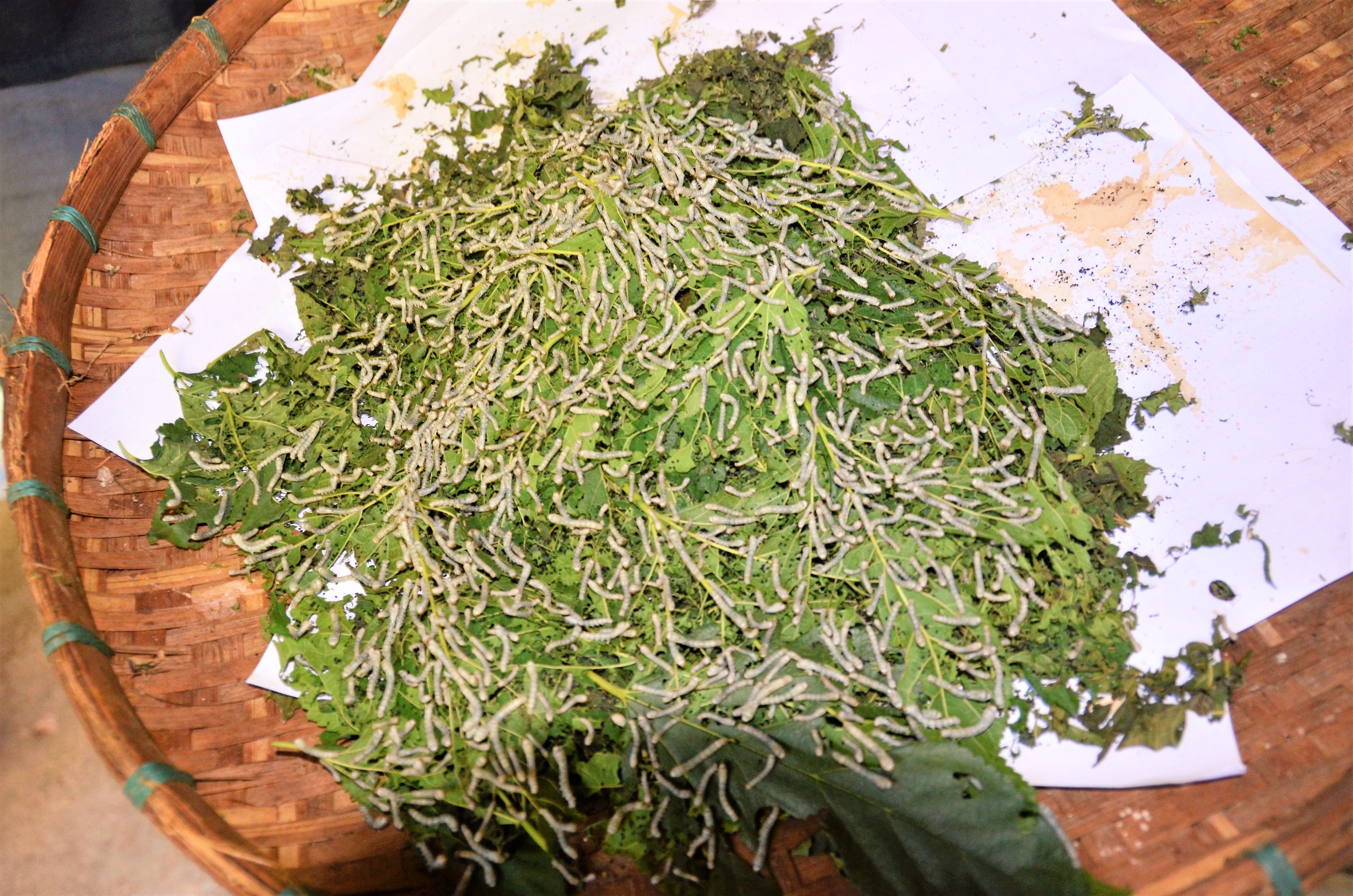
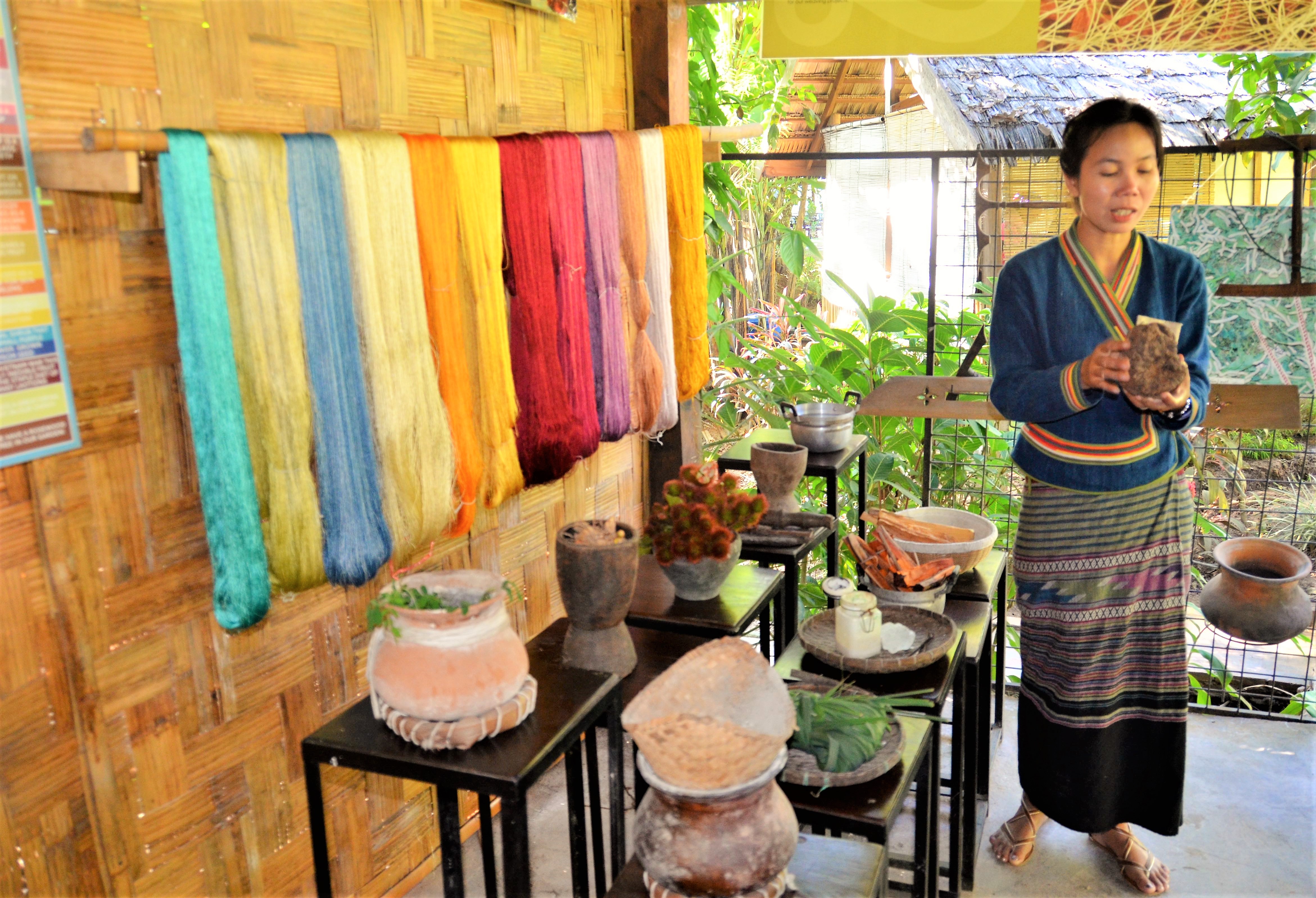
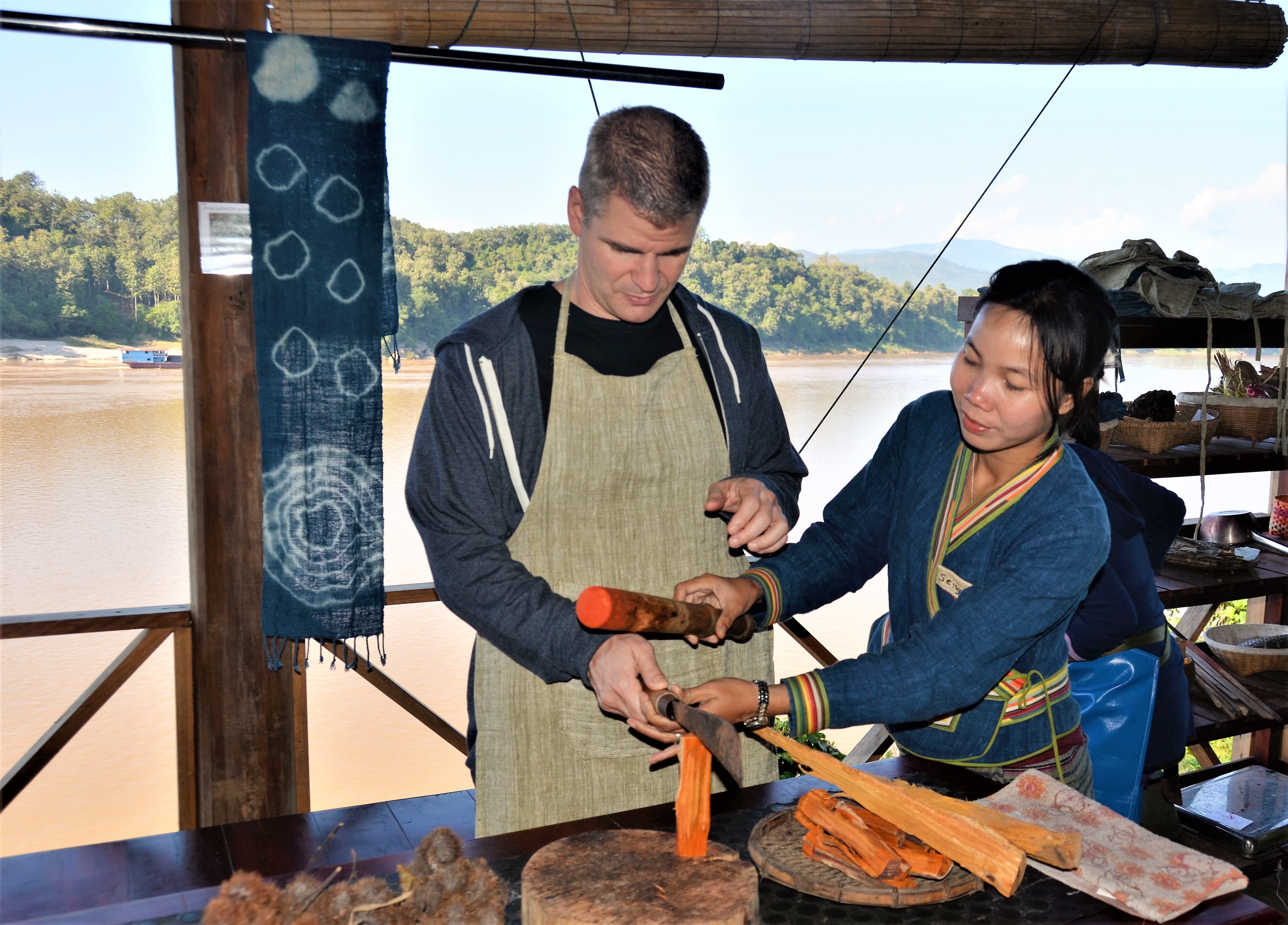
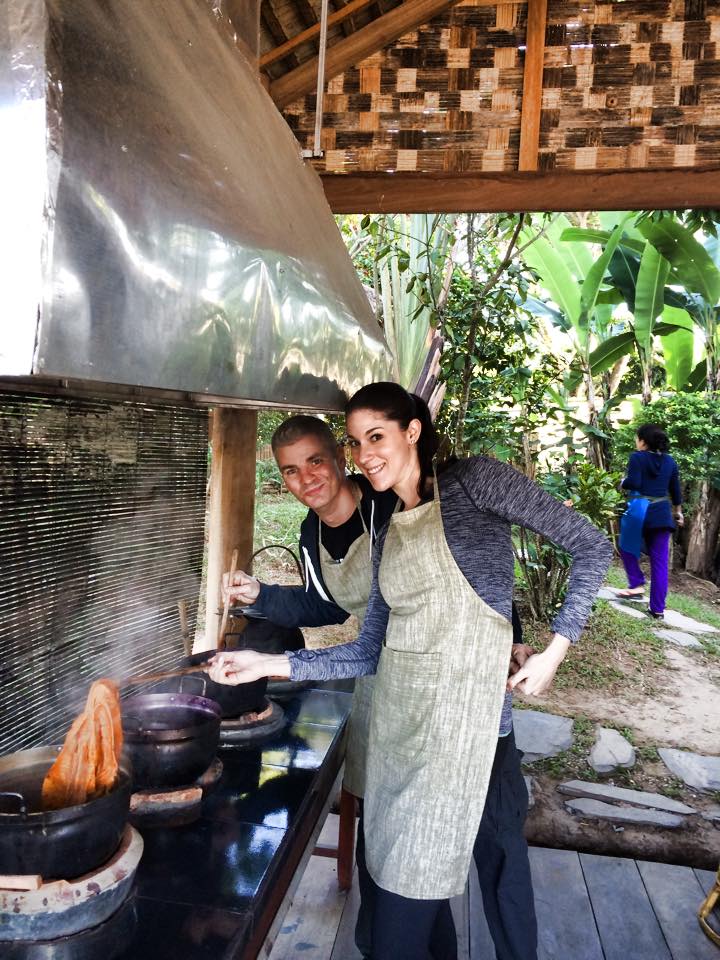
 But, our day of learning was not over. It was time to go to our guide’s home and learn to cook a traditional meal that we would share with her family, which is where we had the third coolest experience!
But, our day of learning was not over. It was time to go to our guide’s home and learn to cook a traditional meal that we would share with her family, which is where we had the third coolest experience!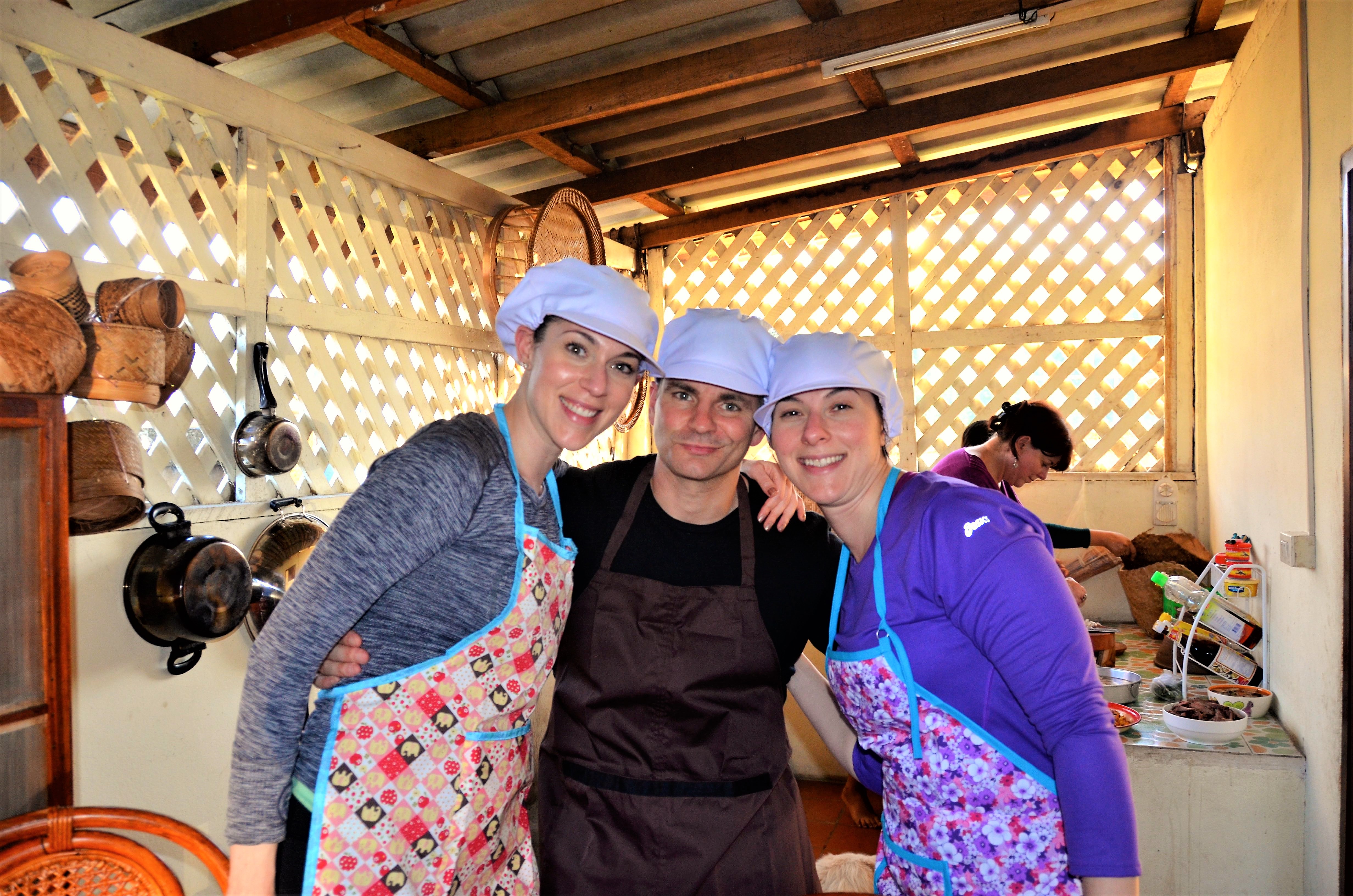 Then we got to work cleaning, chopping, mincing, and cooking.
Then we got to work cleaning, chopping, mincing, and cooking. 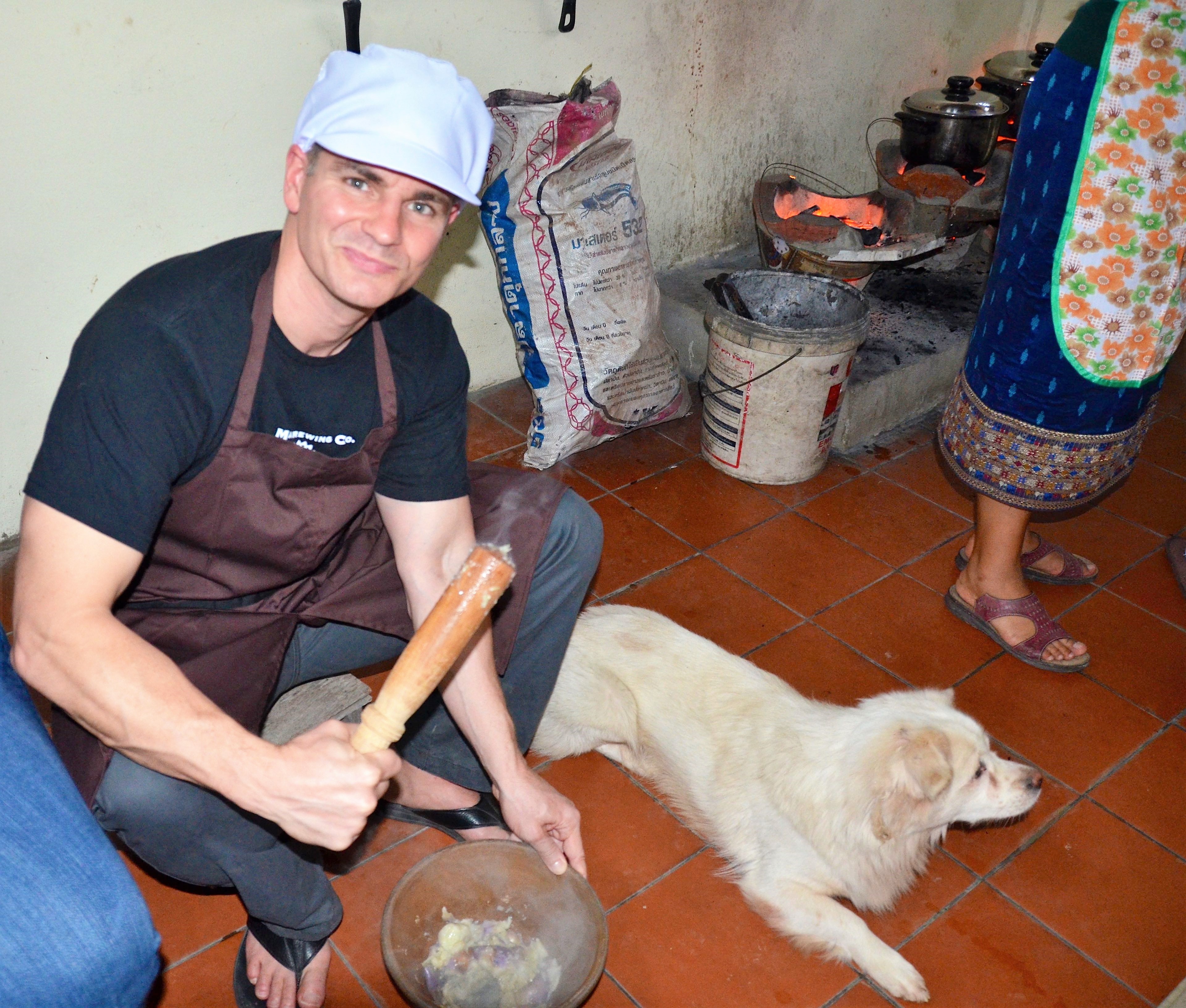
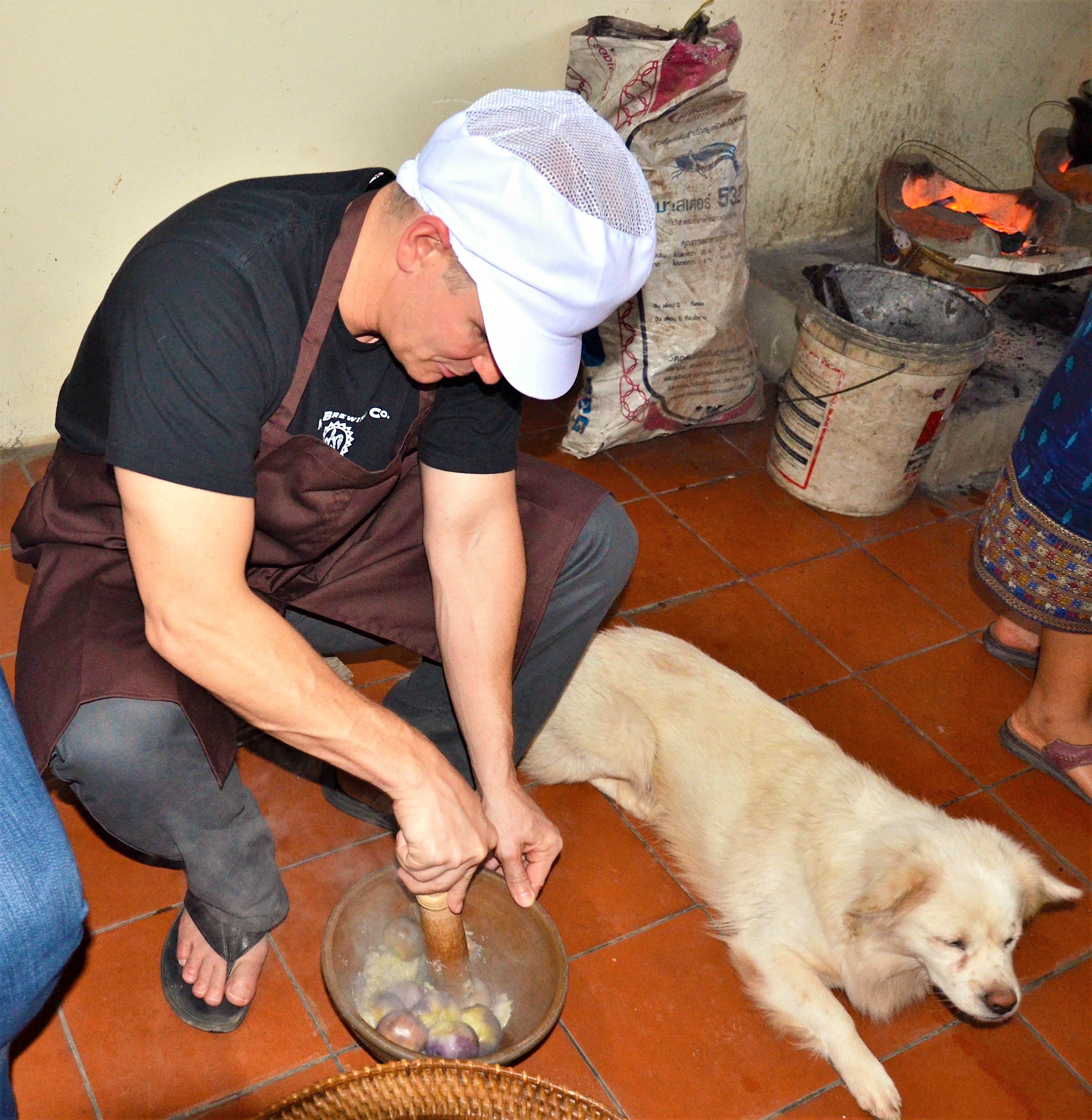
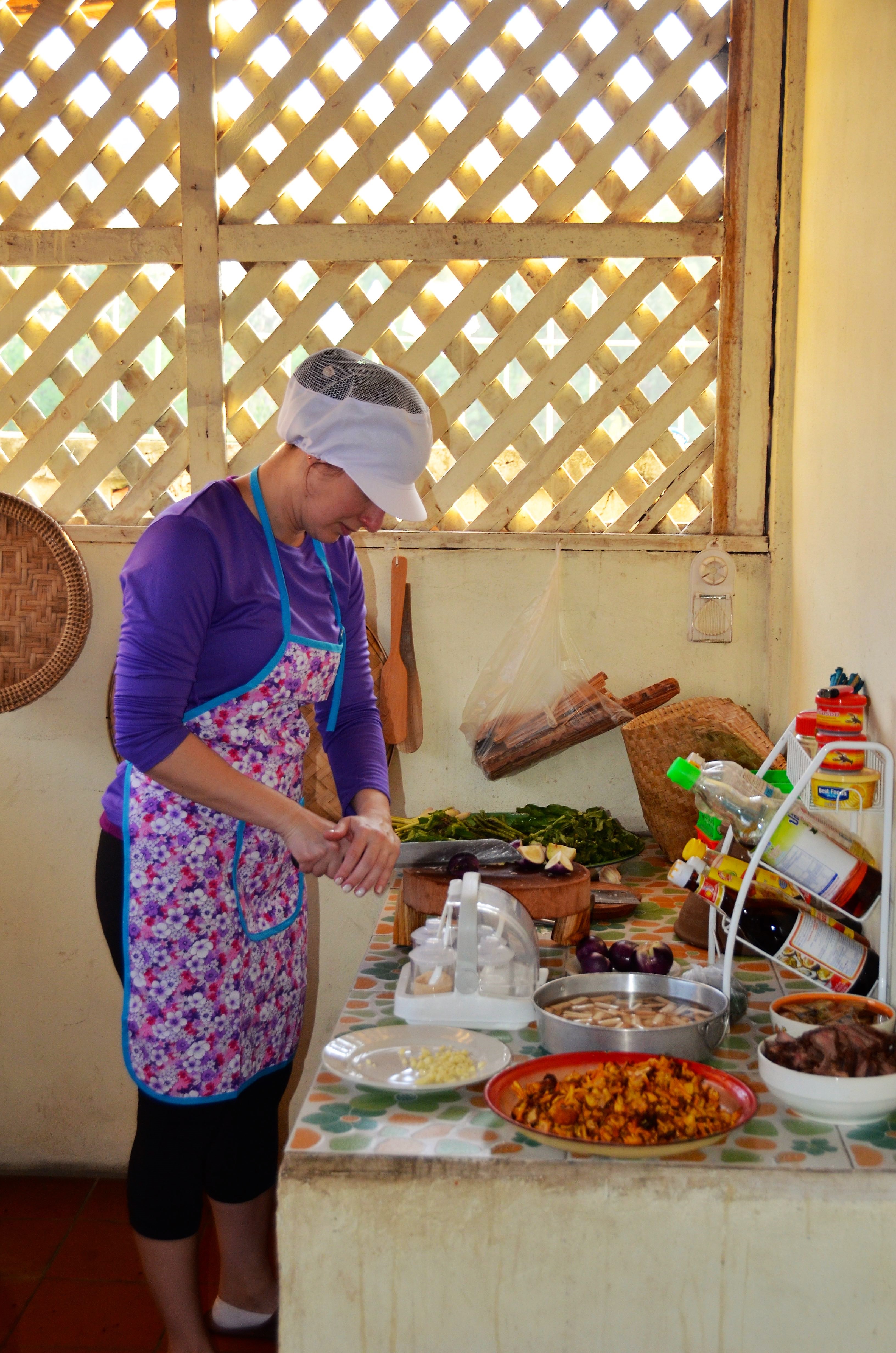
 While we worked in an outdoor kitchen, inside, the elders prepared the centerpiece that they would use to offer a blessing to us.
While we worked in an outdoor kitchen, inside, the elders prepared the centerpiece that they would use to offer a blessing to us. 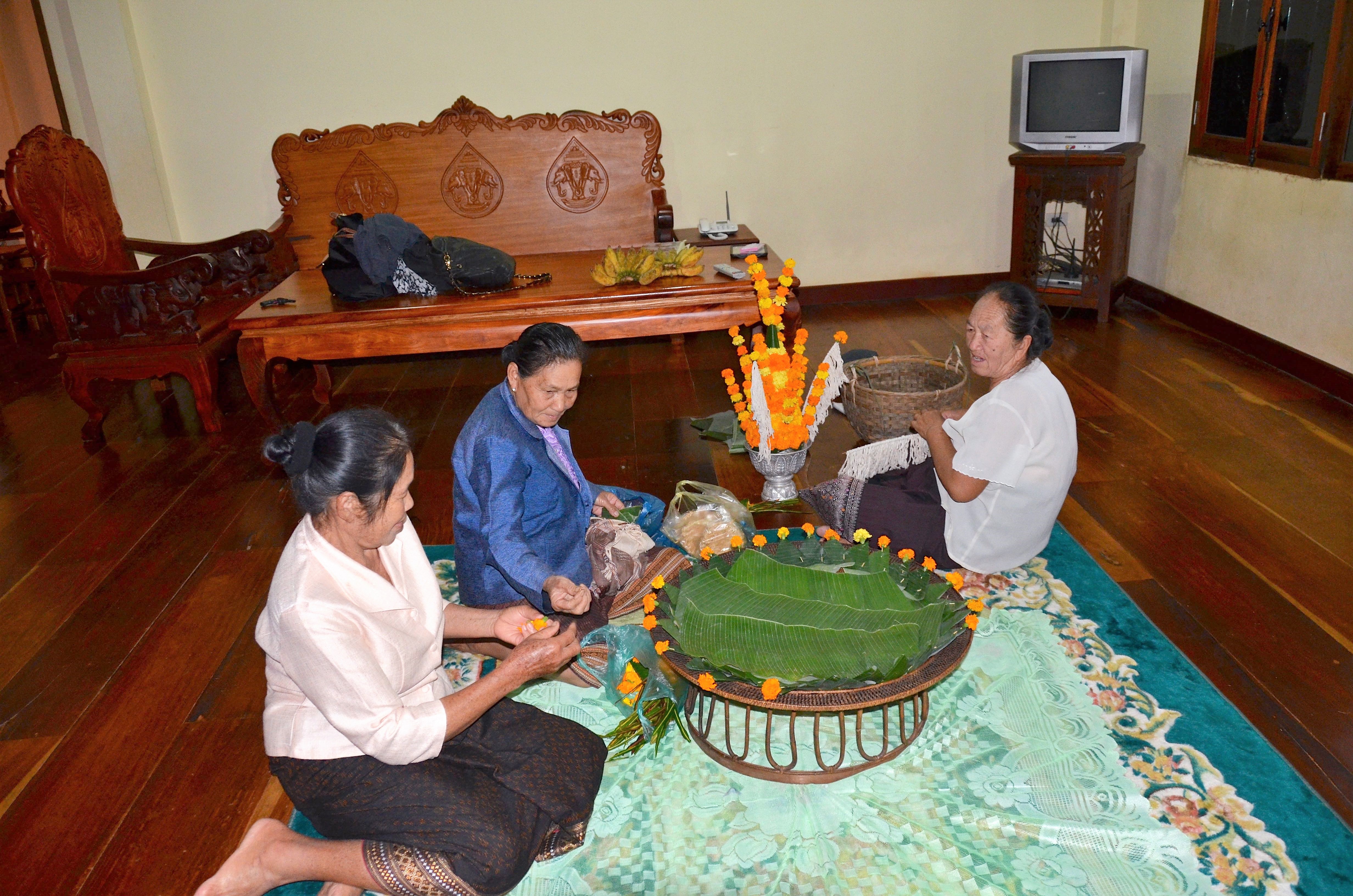 They used banana leaves, marigolds, and sweets for the offerings. Candles were placed in the center and poles of white string were placed in the center. Our guide’s uncle, a former monk, led the blessing ceremony as the elders sang.
They used banana leaves, marigolds, and sweets for the offerings. Candles were placed in the center and poles of white string were placed in the center. Our guide’s uncle, a former monk, led the blessing ceremony as the elders sang.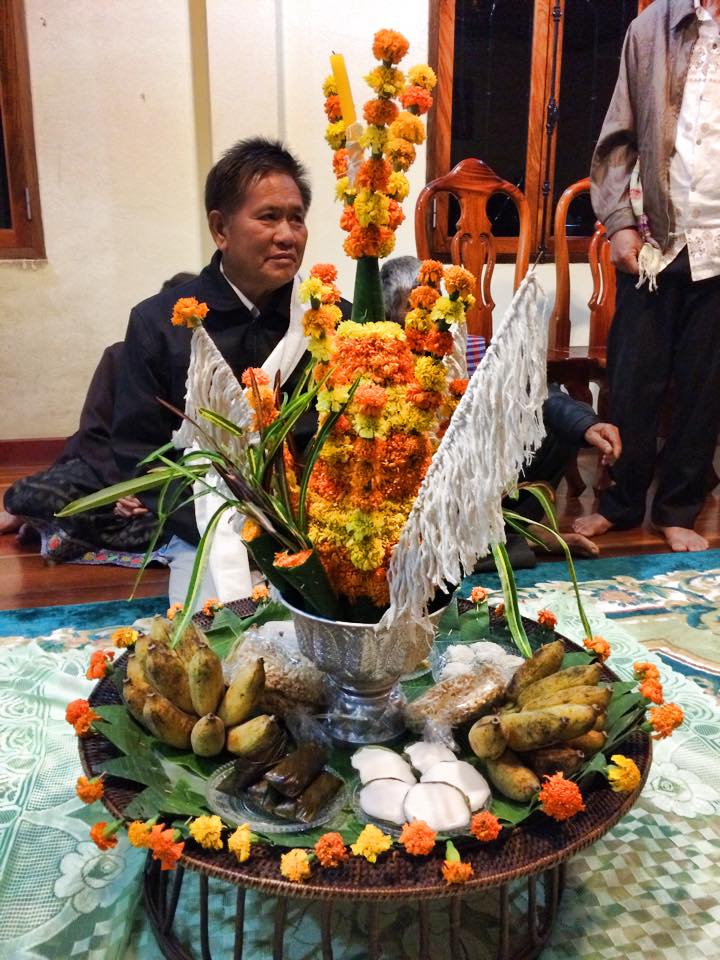 One by one, each elder removed a set of white strings and came around in a circle placing one string on each of our wrists as they gave us a blessing.
One by one, each elder removed a set of white strings and came around in a circle placing one string on each of our wrists as they gave us a blessing. 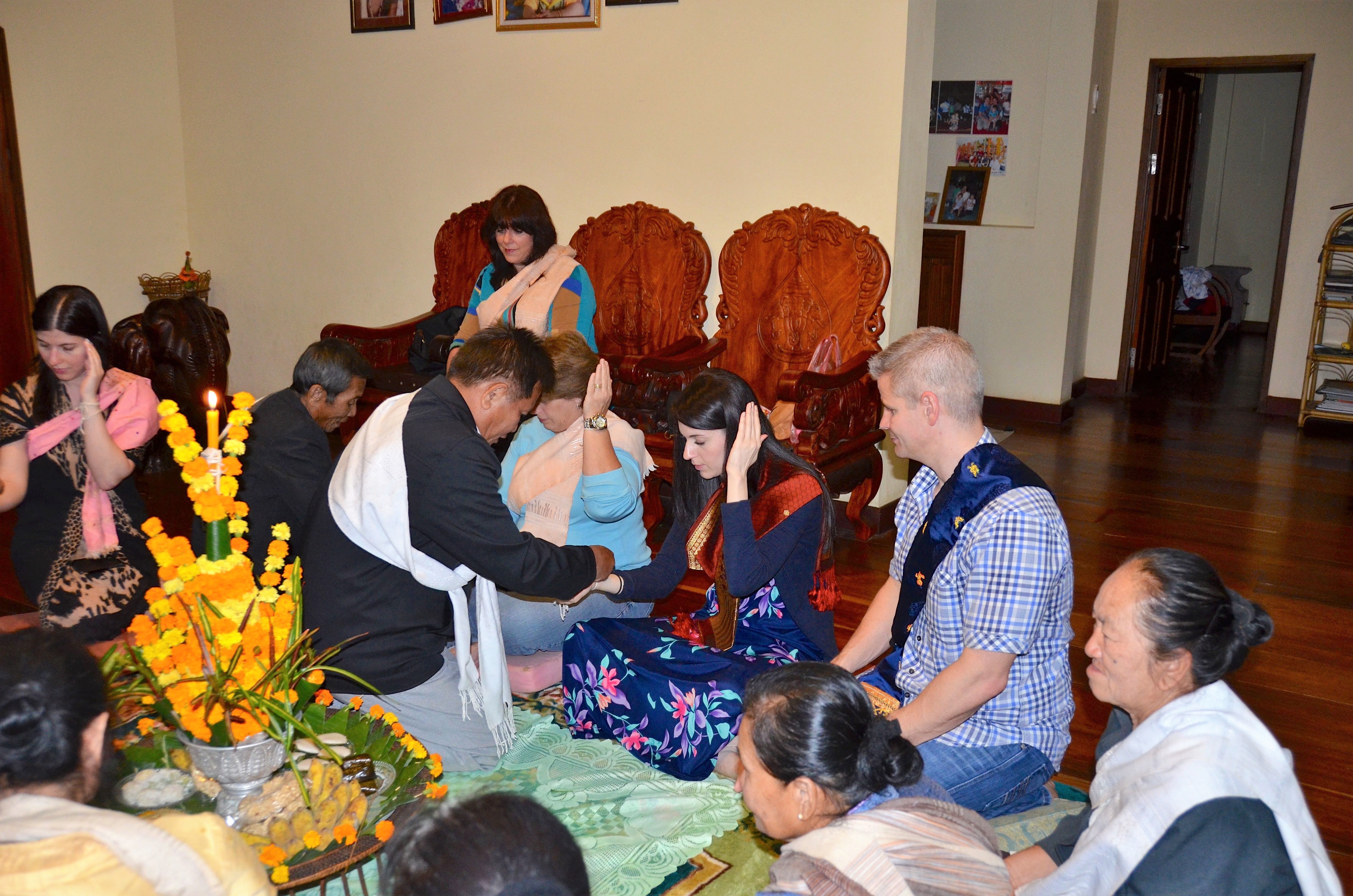
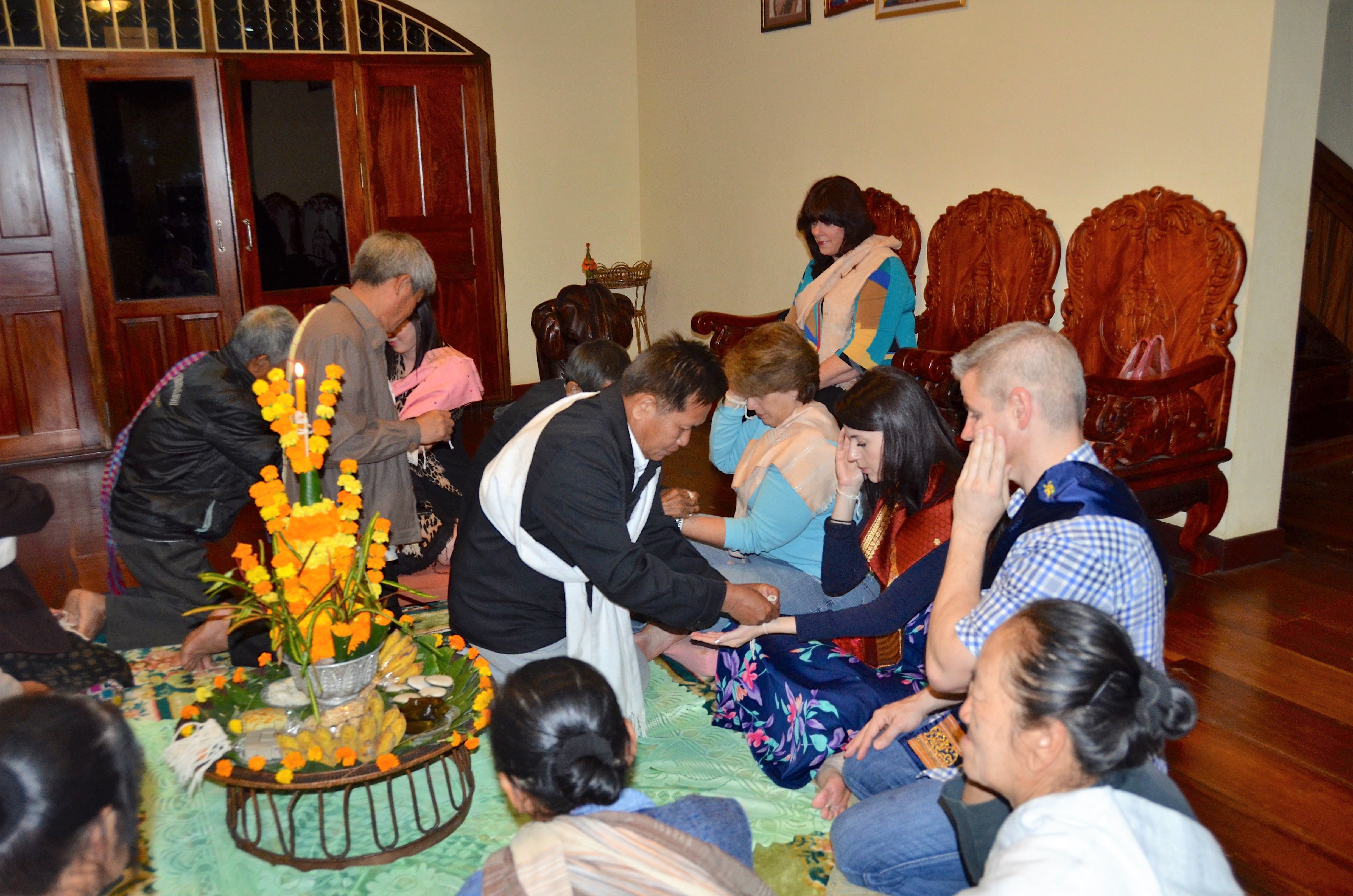
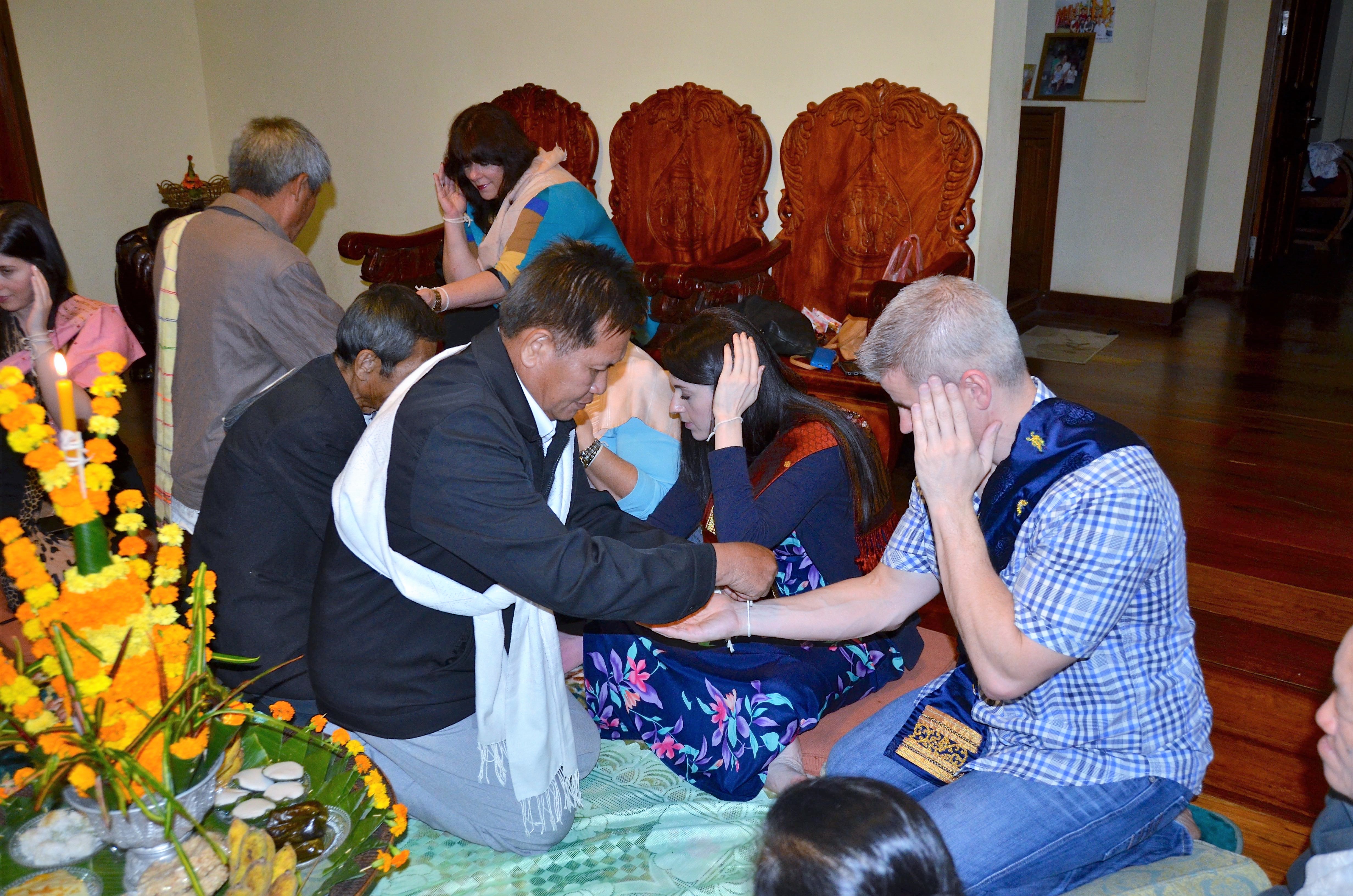
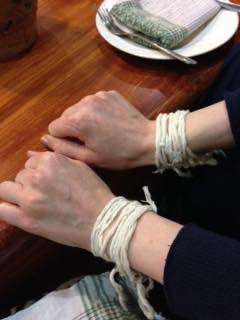 At the end of the ceremony, they offered us the marigolds.
At the end of the ceremony, they offered us the marigolds. 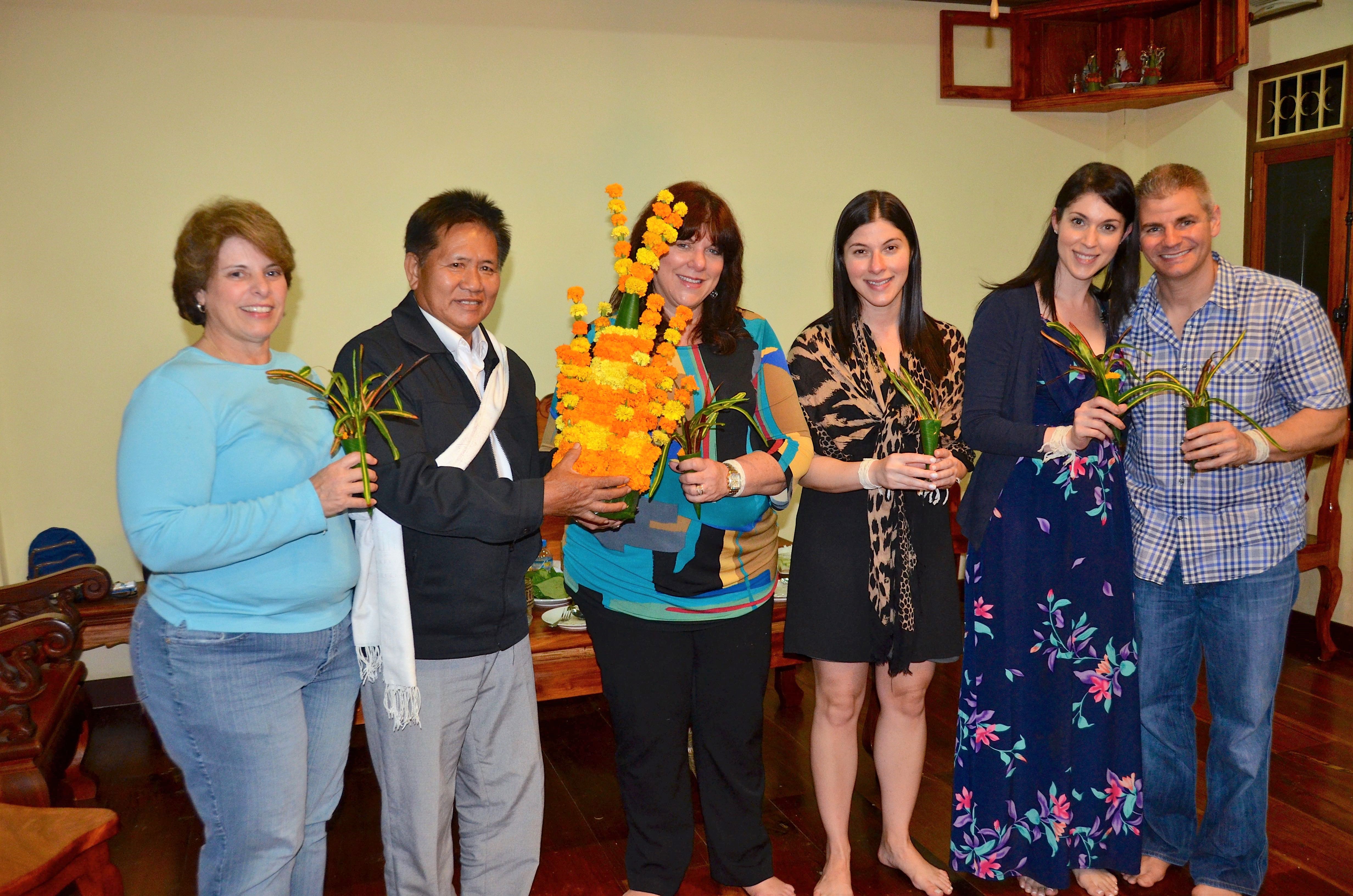
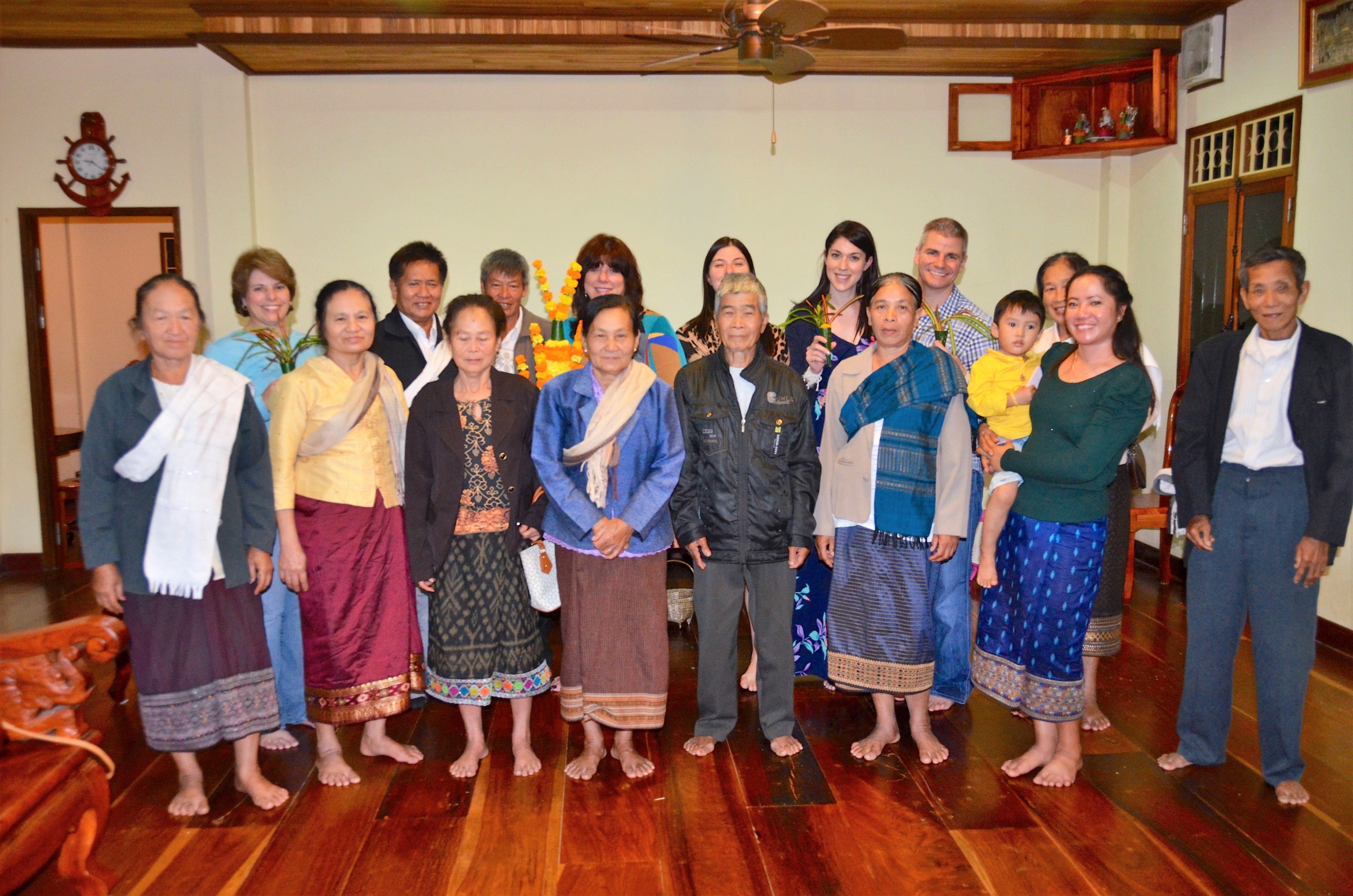 After the ceremony, it was time to eat and party! We shared the lovely meal we prepared with her family.
After the ceremony, it was time to eat and party! We shared the lovely meal we prepared with her family.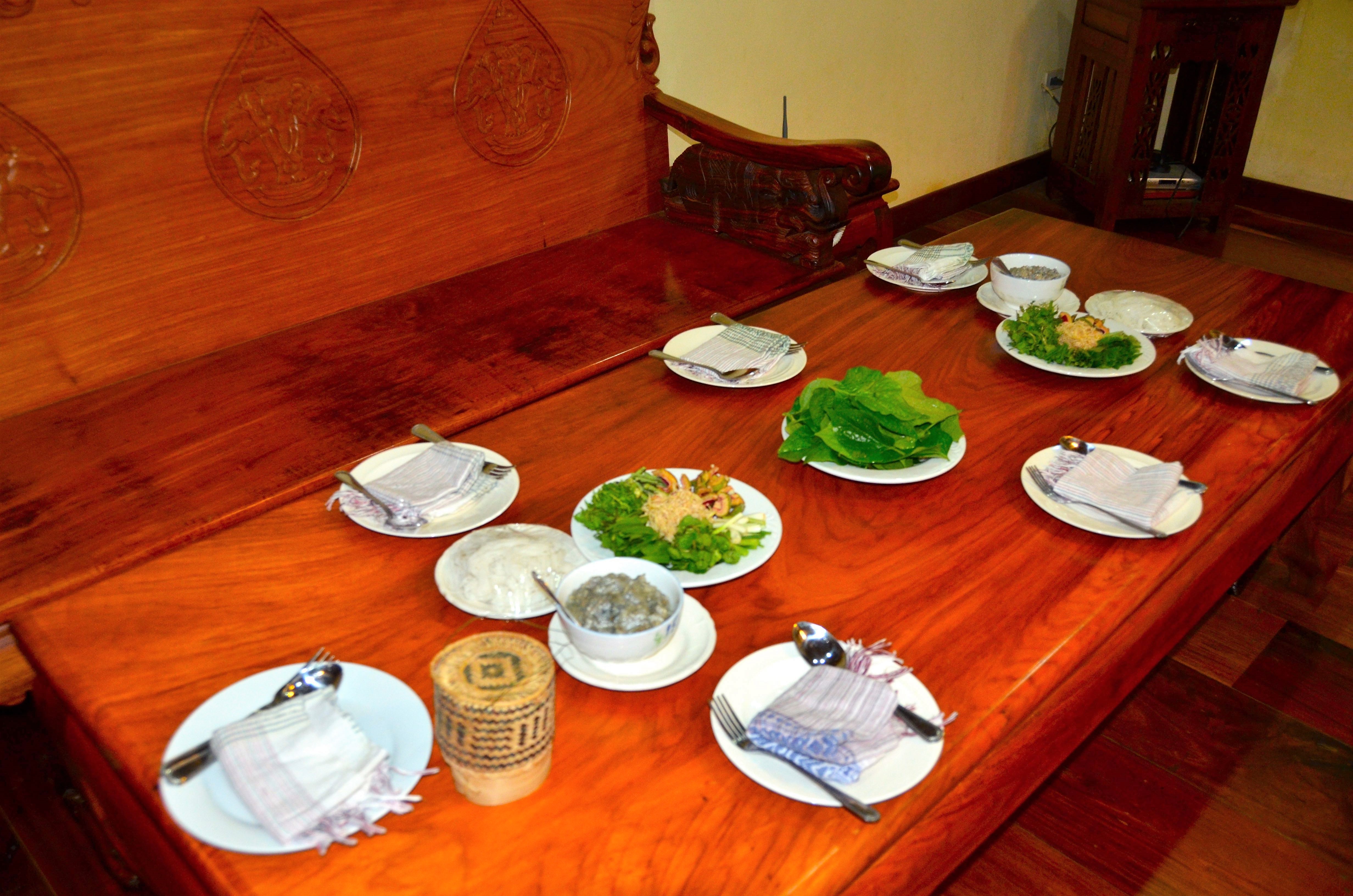 You see the guy in the back row, third from the left? We nicknamed him “Uncle Crunk”! He kept coming around with a growler of Beerlao (the main, locally brewed beer in Laos, which Chad says is actually a pretty good lager) and doing the ‘ol “one for me and one for you!” It wasn’t long until Uncle Crunk, was well, Crunk! He turned on the tunes and then it was time to dance; and, let me tell you, Uncle Crunk LOVES to dance, especially with his new American lady friends. Here is also where my sister, whose name is Haroula, solidified her nickname: Colorado, Asian Temptress. If you are wondering what I am talking about, then you need to read
You see the guy in the back row, third from the left? We nicknamed him “Uncle Crunk”! He kept coming around with a growler of Beerlao (the main, locally brewed beer in Laos, which Chad says is actually a pretty good lager) and doing the ‘ol “one for me and one for you!” It wasn’t long until Uncle Crunk, was well, Crunk! He turned on the tunes and then it was time to dance; and, let me tell you, Uncle Crunk LOVES to dance, especially with his new American lady friends. Here is also where my sister, whose name is Haroula, solidified her nickname: Colorado, Asian Temptress. If you are wondering what I am talking about, then you need to read 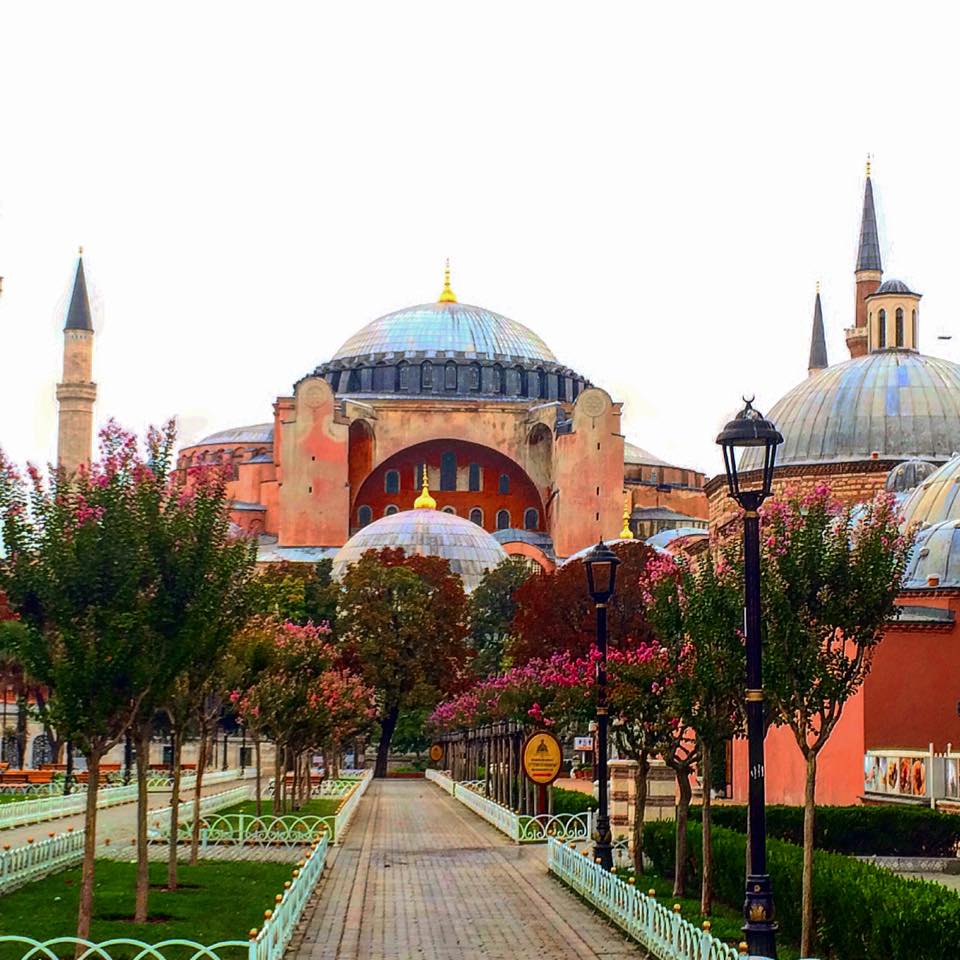 Most people dread a long layover between flights. Not me. In fact, I sometimes purposefully plan a long layover, especially in a cool new city. For me, a layover presents an opportunity for a mini adventure.
Most people dread a long layover between flights. Not me. In fact, I sometimes purposefully plan a long layover, especially in a cool new city. For me, a layover presents an opportunity for a mini adventure.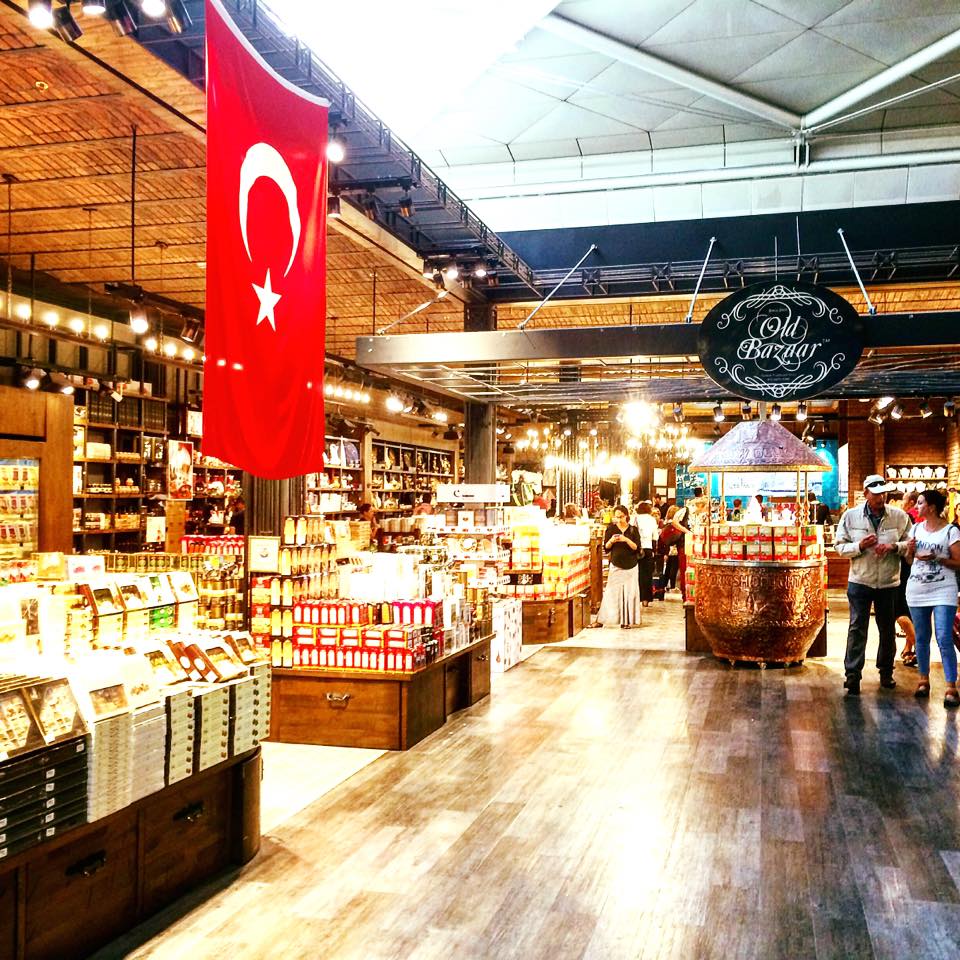 Our flight from Athens arrived in Istanbul at 11: 30 p.m. With just our pre-planned and pre-packed carry-on bags in tow, we quickly made our way to the visa office to purchase our Turkish visas. That’s right U.S. citizens, as of 2014, you now need a visa to visit Turkey. It costs $30.00 per person and can be purchased right in the airport before leaving the secure area (you can also obtain an e-visa ahead of time for $20.00). After securing our visas, we exited the secure area of the airport and found the shuttle for the land-side of the airport’s hotel. This airport has a hotel within the airport that has two sides: the “air side,” which is inside the secure area of the airport and requires a boarding pass for check in and the “land side,” which is outside of the secure area of the airport but still attached to the airport. We checked in for the night, had a hot shower, and got right to bed.
Our flight from Athens arrived in Istanbul at 11: 30 p.m. With just our pre-planned and pre-packed carry-on bags in tow, we quickly made our way to the visa office to purchase our Turkish visas. That’s right U.S. citizens, as of 2014, you now need a visa to visit Turkey. It costs $30.00 per person and can be purchased right in the airport before leaving the secure area (you can also obtain an e-visa ahead of time for $20.00). After securing our visas, we exited the secure area of the airport and found the shuttle for the land-side of the airport’s hotel. This airport has a hotel within the airport that has two sides: the “air side,” which is inside the secure area of the airport and requires a boarding pass for check in and the “land side,” which is outside of the secure area of the airport but still attached to the airport. We checked in for the night, had a hot shower, and got right to bed.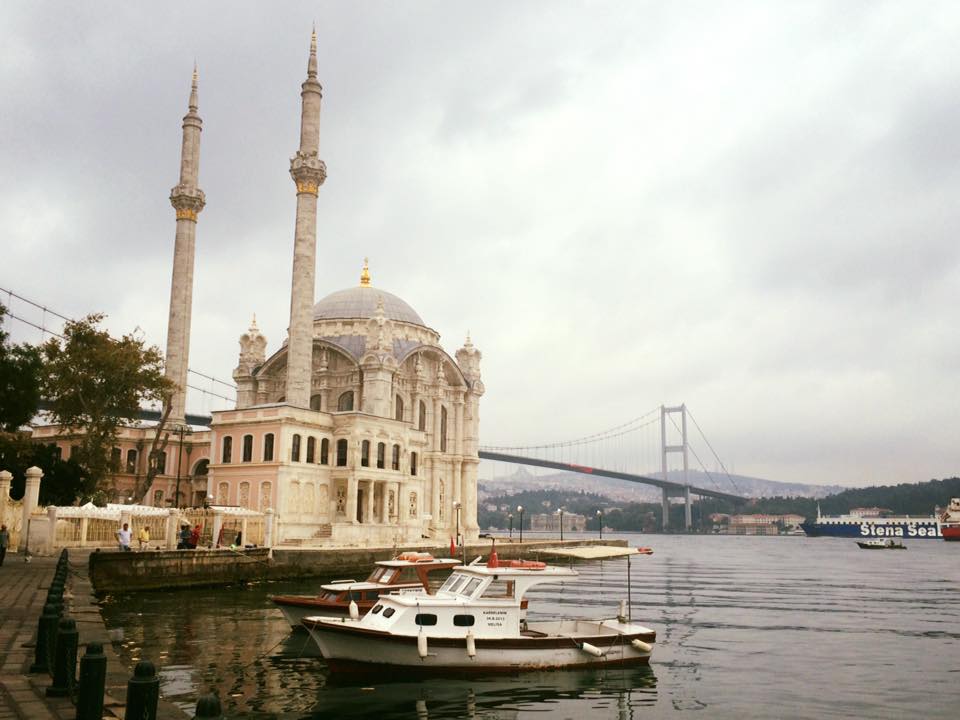
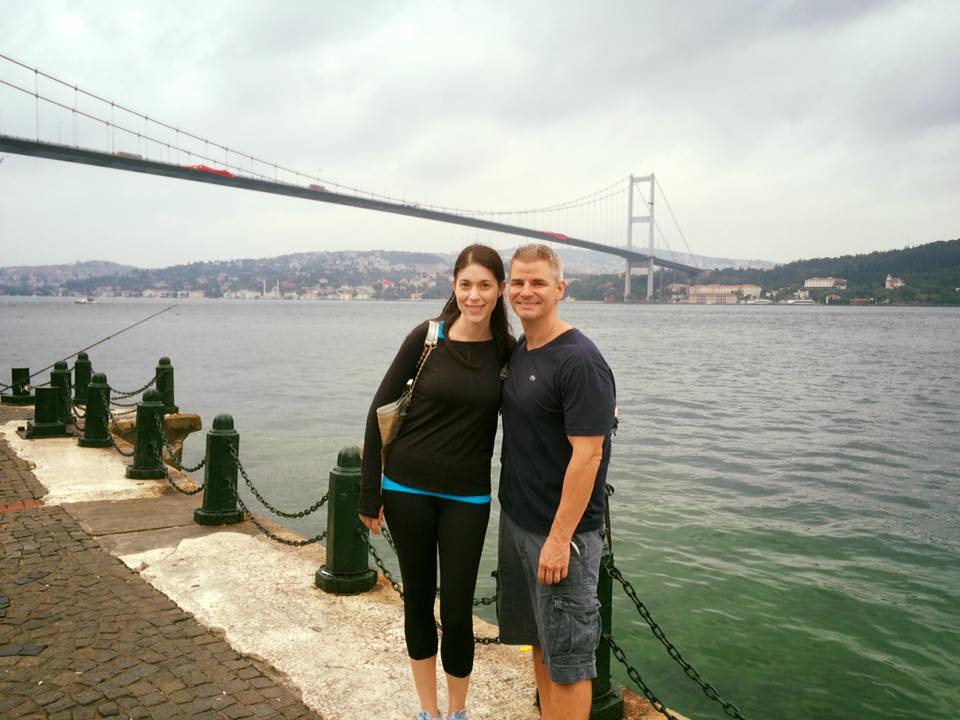 After a few quick picture stops, we made our way back over to the European side to visit the Old Town. We walked through Sultanahmet Square to visit the historic
After a few quick picture stops, we made our way back over to the European side to visit the Old Town. We walked through Sultanahmet Square to visit the historic 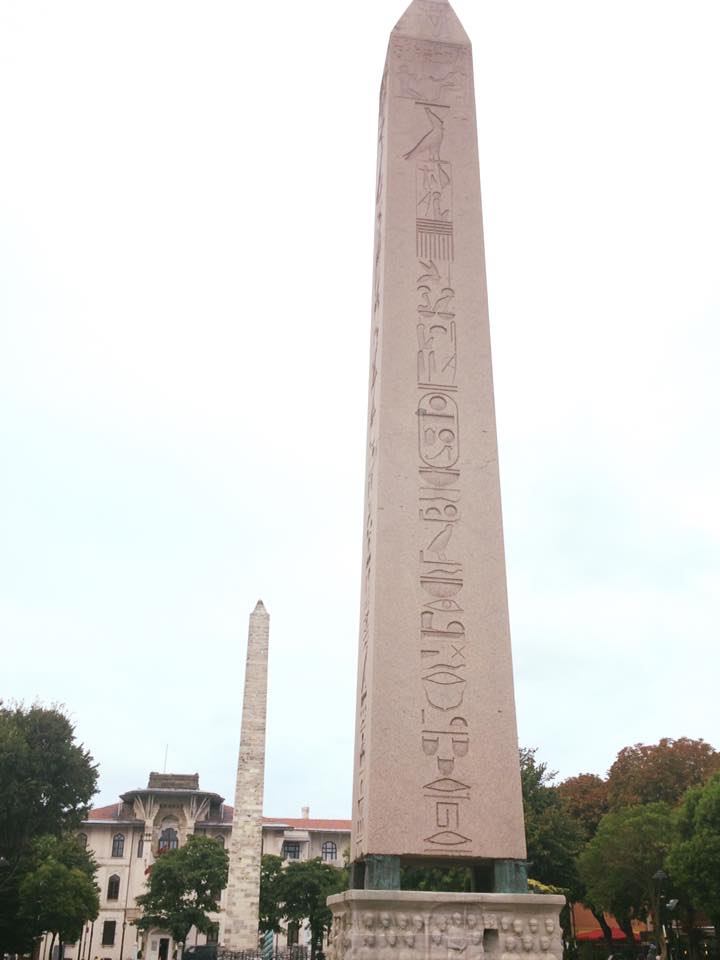 In the same plaza, you will find the German Fountain. This is a classic example of looks being deceiving. As you stroll through the Hippodrome, you pass a beautiful, but inoperative fountain. The fact that it is inoperative is by choice. This fountain was given as a gift from Germany to the Turkish people around 1900, which lead to an alliance between Turkey and German. Fast forward 20 years, Turkey ended up on the losing side of World War I, which sent Turkey spiraling into depression for decades to come. As a result, the Turks are no longer fond of the fountain; but it’s huge and immovable, so, as a tourist, enjoy its beauty.
In the same plaza, you will find the German Fountain. This is a classic example of looks being deceiving. As you stroll through the Hippodrome, you pass a beautiful, but inoperative fountain. The fact that it is inoperative is by choice. This fountain was given as a gift from Germany to the Turkish people around 1900, which lead to an alliance between Turkey and German. Fast forward 20 years, Turkey ended up on the losing side of World War I, which sent Turkey spiraling into depression for decades to come. As a result, the Turks are no longer fond of the fountain; but it’s huge and immovable, so, as a tourist, enjoy its beauty. Our next stop was to the Sultanahmet Mosque (
Our next stop was to the Sultanahmet Mosque (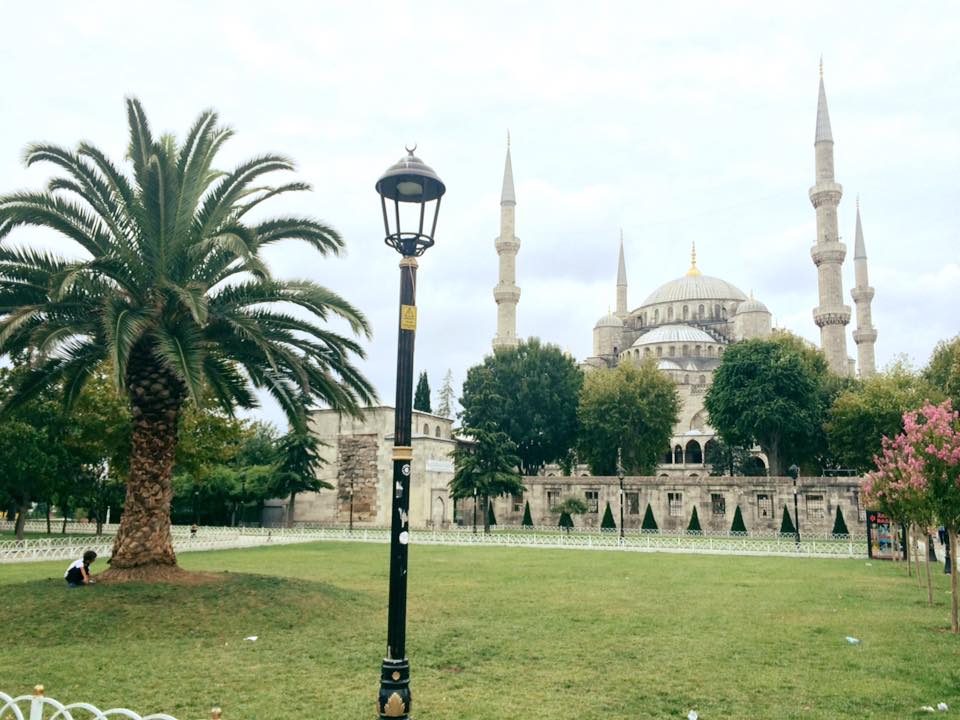


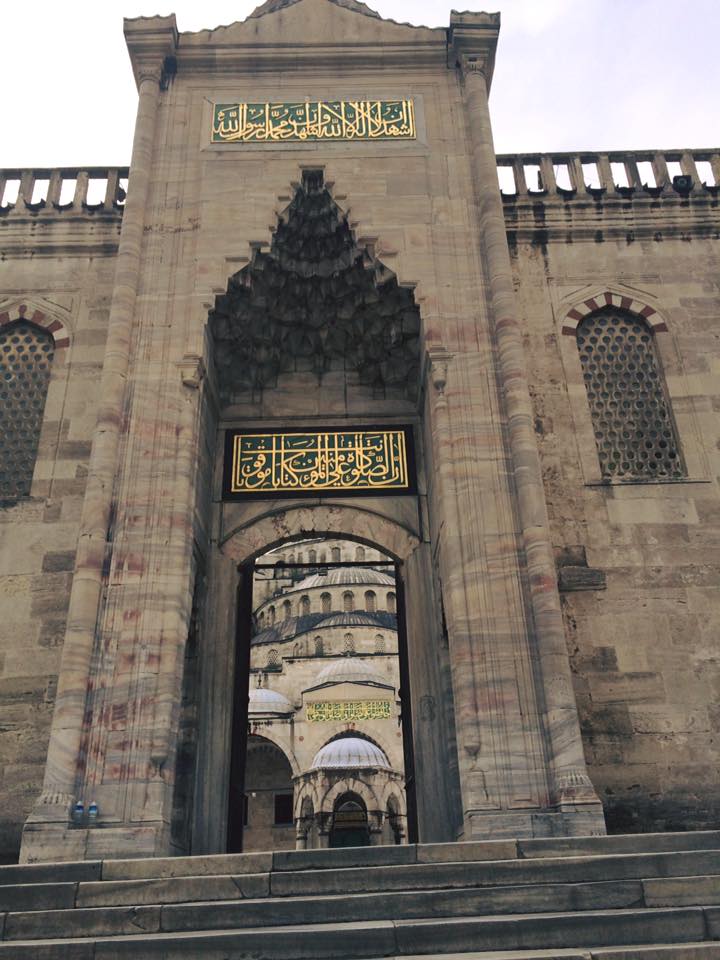 This is an active mosque where people come to pray. All visitors are required to remove their shoes before entering, and the mosque provides plastic bags for you to put your shoes into and carry inside with you. Also, women must cover their heads and wear a long skirt to enter. I anticipated this, and brought along a scarf, but the mosque also provides you with loaner scarves and skirts. By the way, as Chad found out, men are not excluded from this rule. Men must wear long pants. If they are wearing shorts, like Chad was, the mosque will happily provide the man with a skirt to wear, and this will double as entertainment for me, and, now, for you!
This is an active mosque where people come to pray. All visitors are required to remove their shoes before entering, and the mosque provides plastic bags for you to put your shoes into and carry inside with you. Also, women must cover their heads and wear a long skirt to enter. I anticipated this, and brought along a scarf, but the mosque also provides you with loaner scarves and skirts. By the way, as Chad found out, men are not excluded from this rule. Men must wear long pants. If they are wearing shorts, like Chad was, the mosque will happily provide the man with a skirt to wear, and this will double as entertainment for me, and, now, for you! 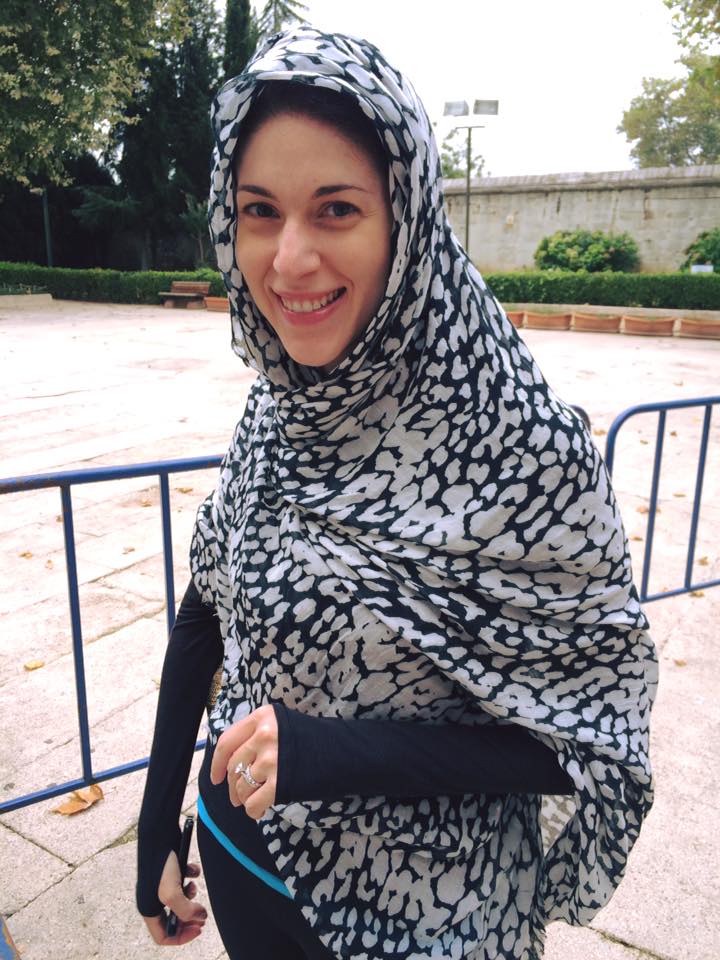
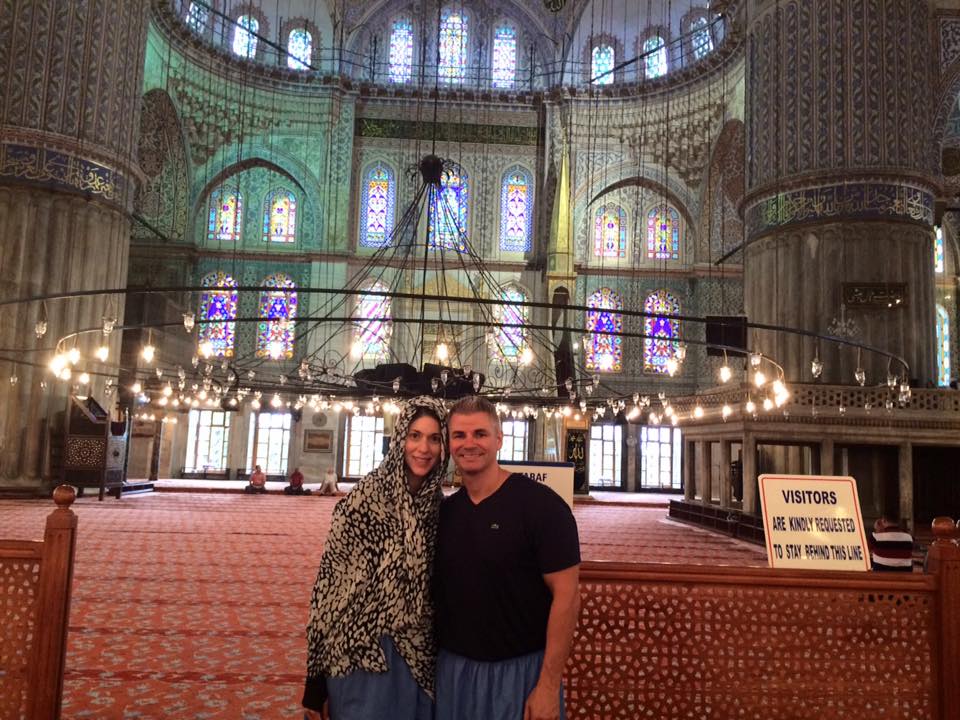 Also, women are NOT allowed pass these wooden gates. Men, however, are, but only if they are passing through to pray. Please, please, please be respectful of the mosque’s and the religion’s rules. While we were there, an English woman and her child walked into the prayer area, and it caused a bit of a scene.
Also, women are NOT allowed pass these wooden gates. Men, however, are, but only if they are passing through to pray. Please, please, please be respectful of the mosque’s and the religion’s rules. While we were there, an English woman and her child walked into the prayer area, and it caused a bit of a scene.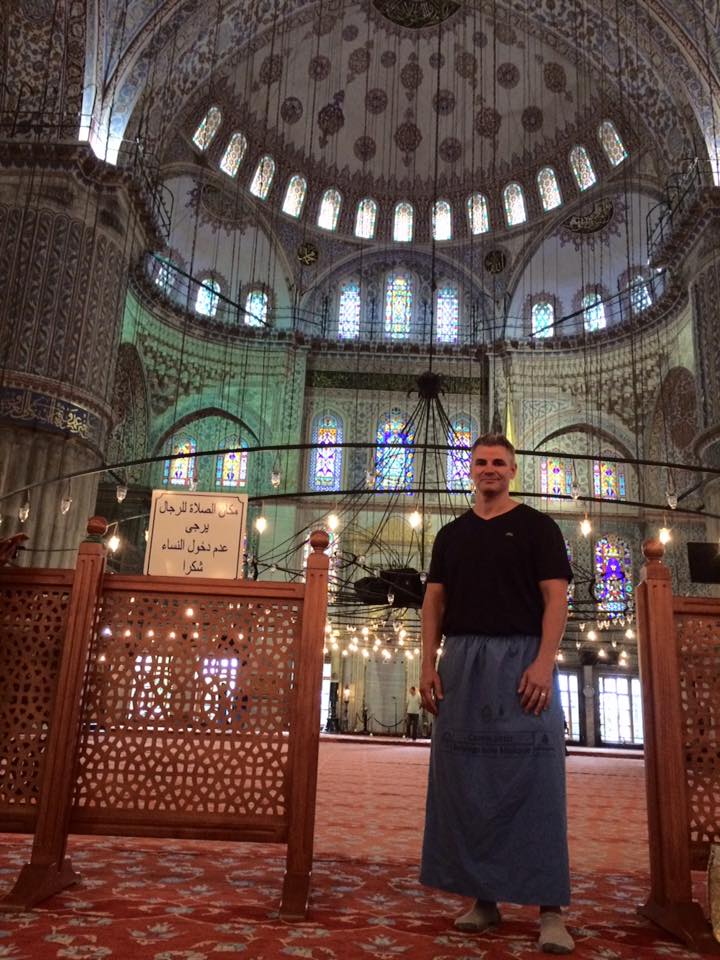 Inside, the mosque is literally stunning. There is so much incredible color and intricate tile and stained glass work. Even on a cloudy day (which was the case the morning these photos were taken), you get a sense of the awesome illuminated beauty that natural light provides in the mosque.
Inside, the mosque is literally stunning. There is so much incredible color and intricate tile and stained glass work. Even on a cloudy day (which was the case the morning these photos were taken), you get a sense of the awesome illuminated beauty that natural light provides in the mosque. 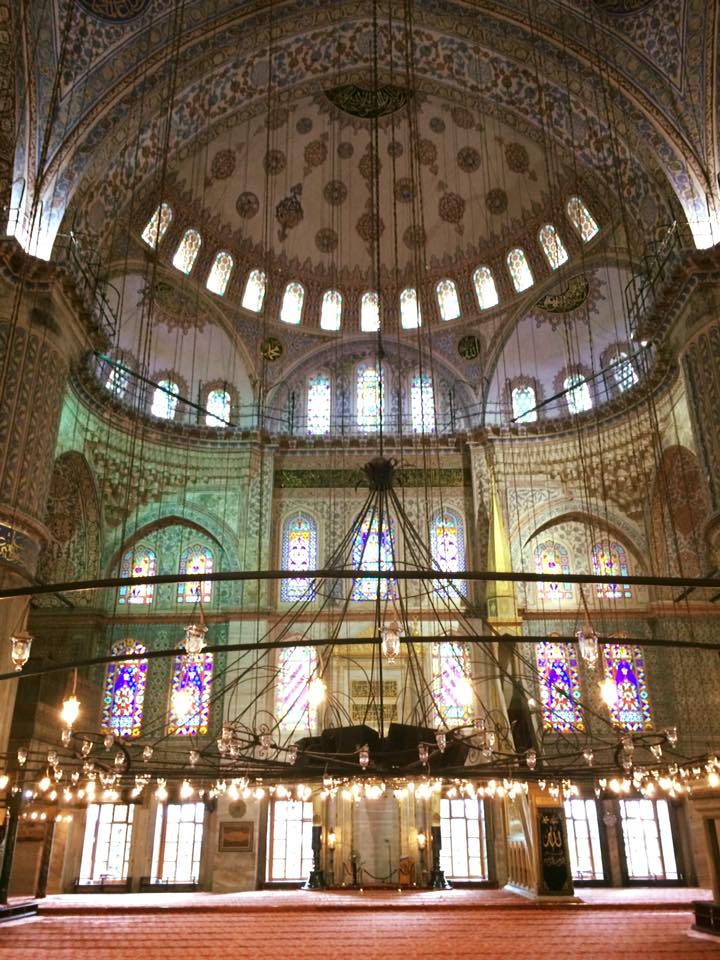
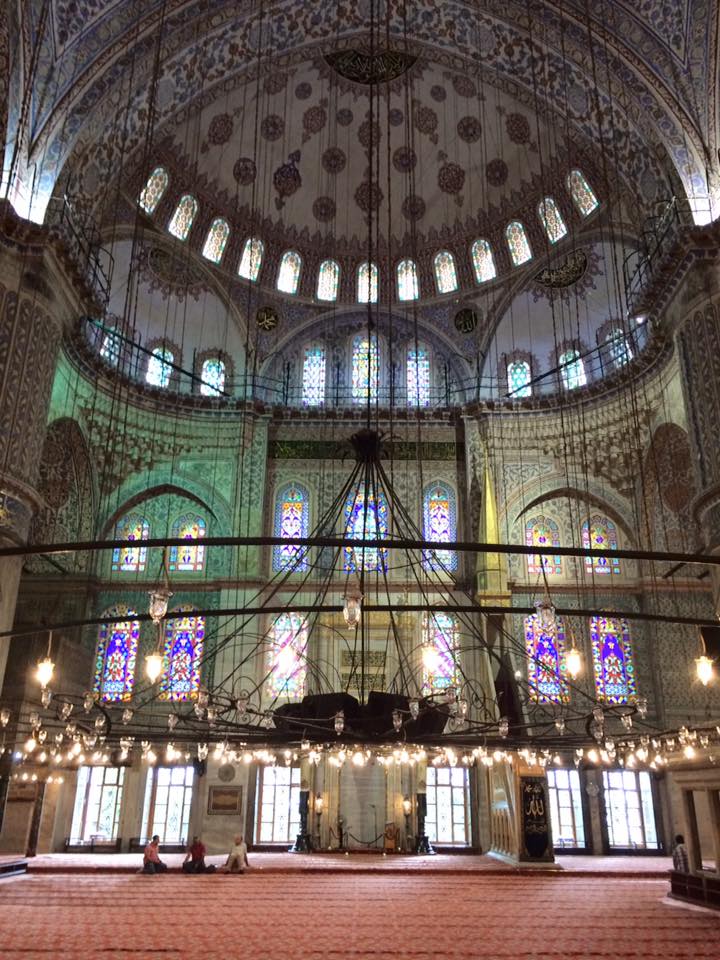
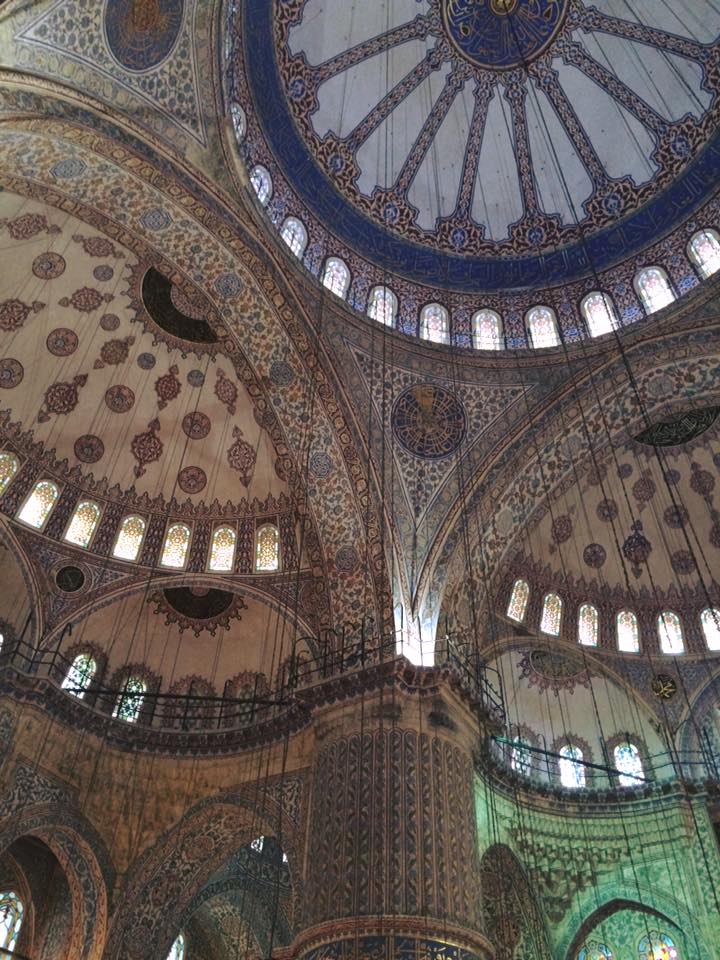

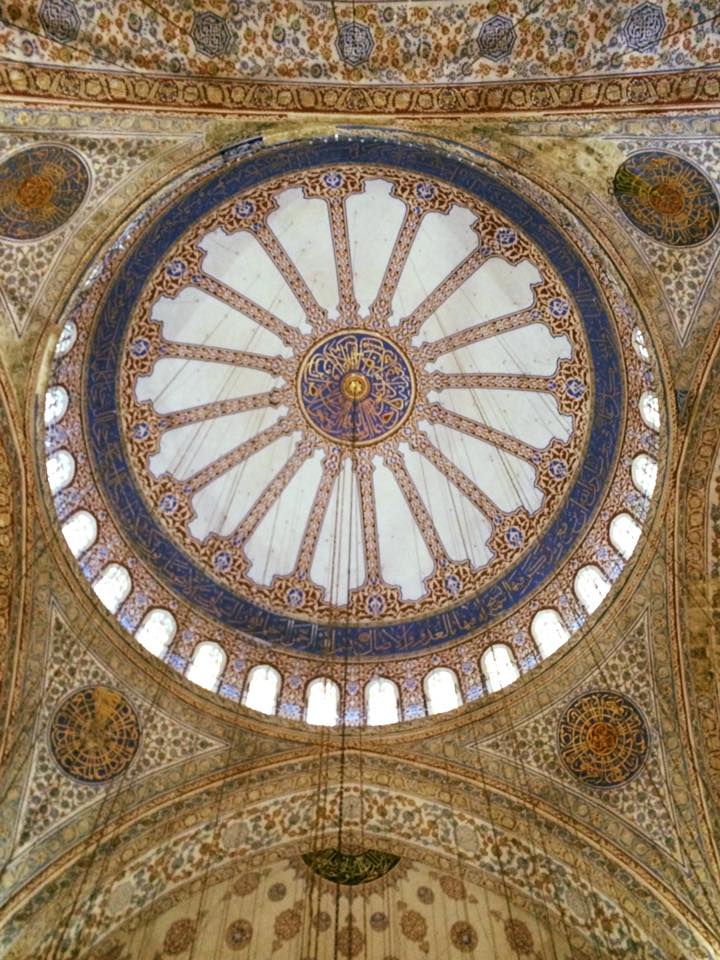 After the Blue Mosque, we made our way to
After the Blue Mosque, we made our way to 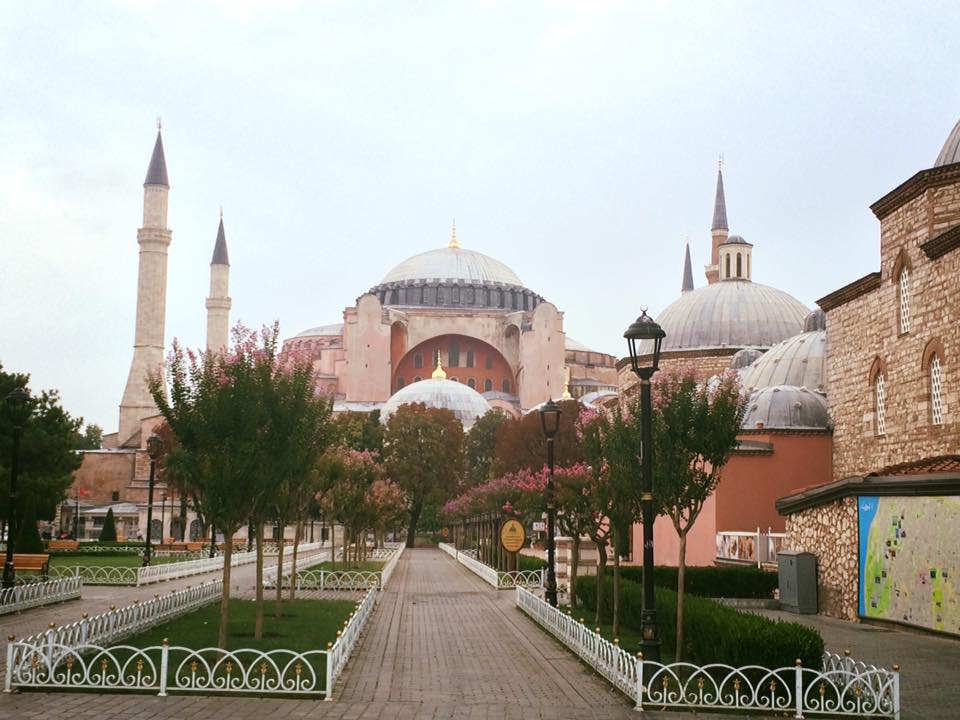
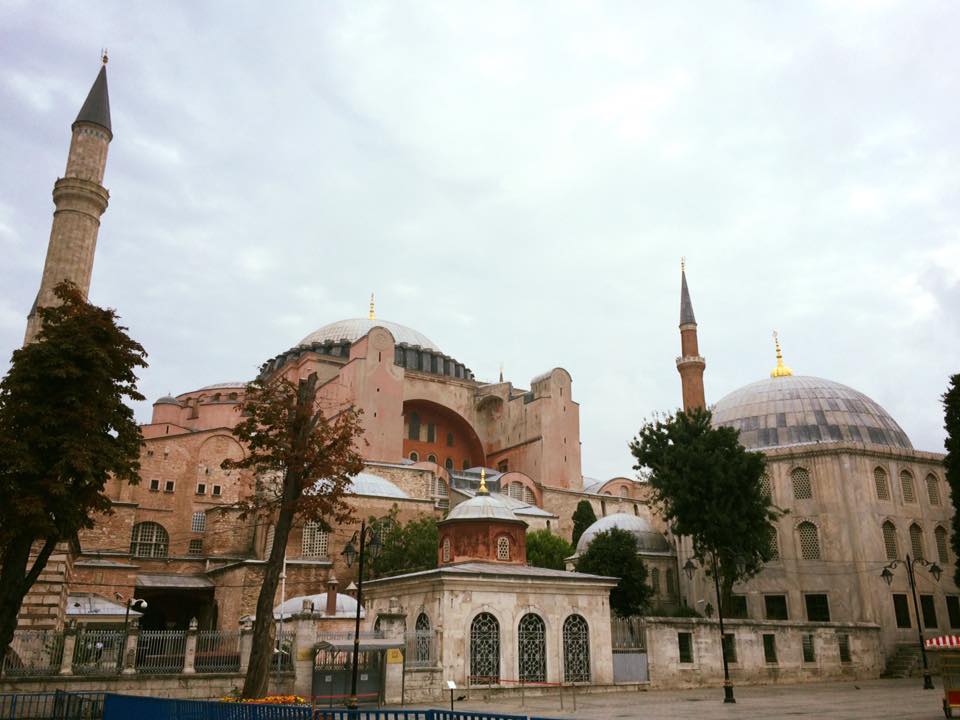 To give you some perspective, the photo below was taken at the gates of the Blue Mosque looking towards Hagia Sophia.
To give you some perspective, the photo below was taken at the gates of the Blue Mosque looking towards Hagia Sophia.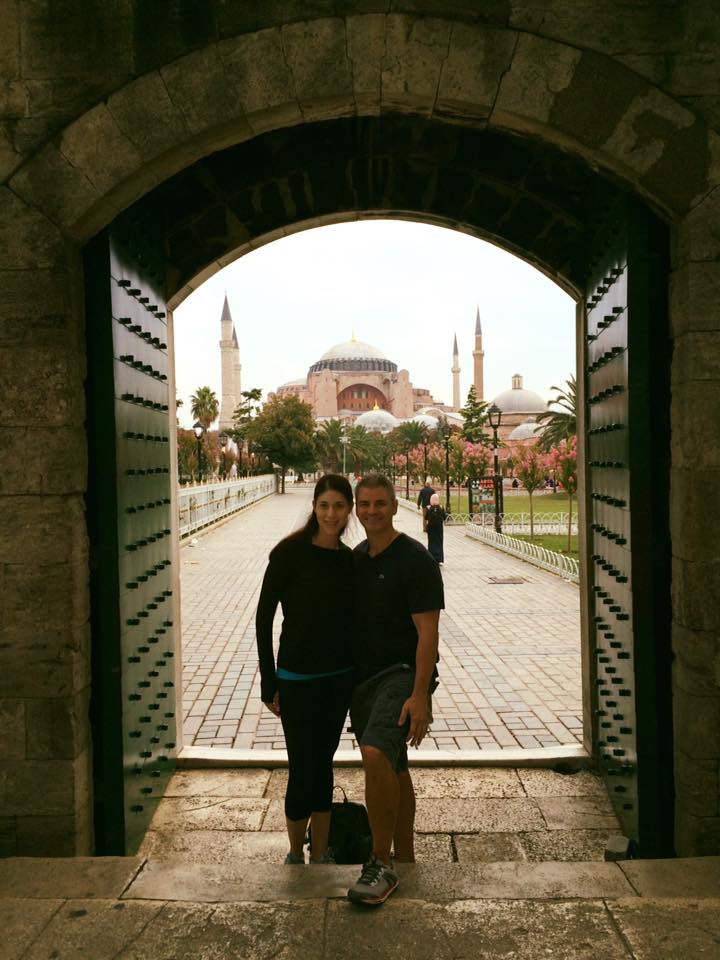
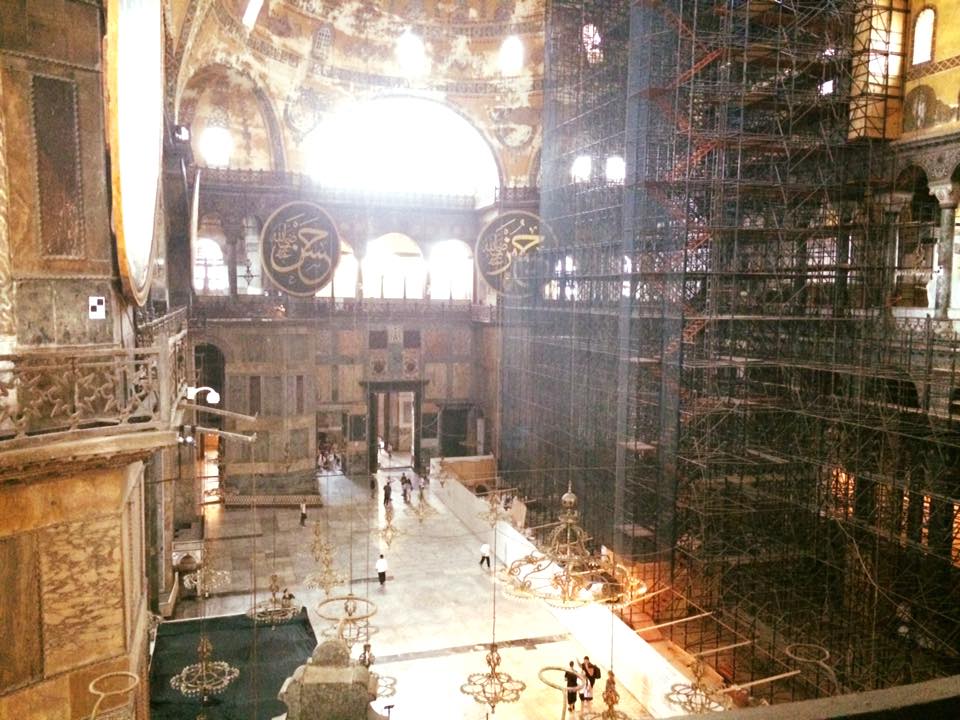
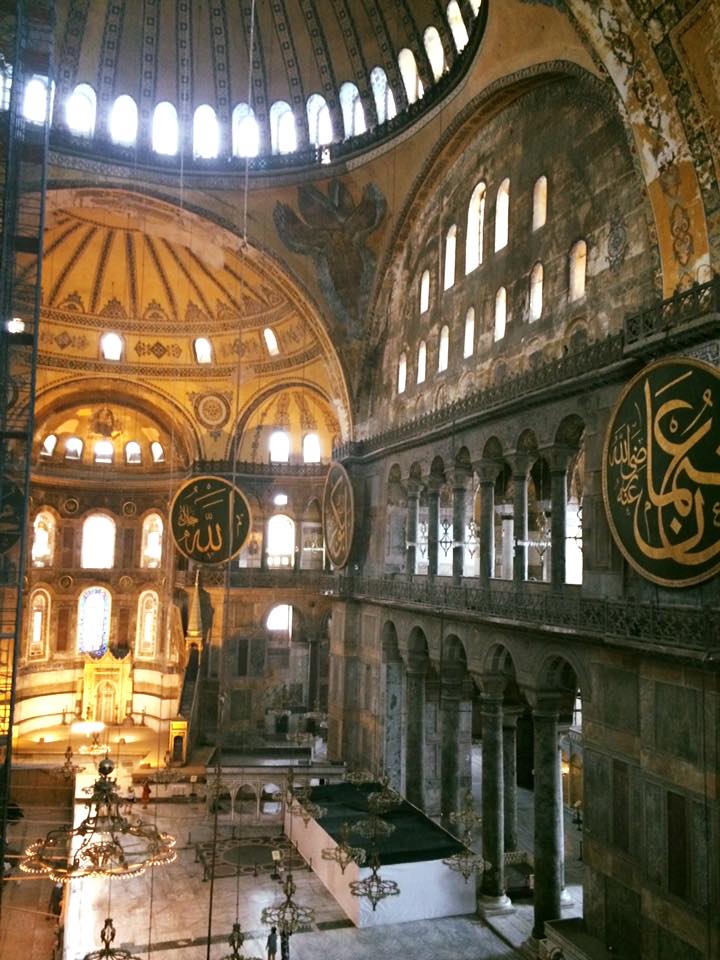
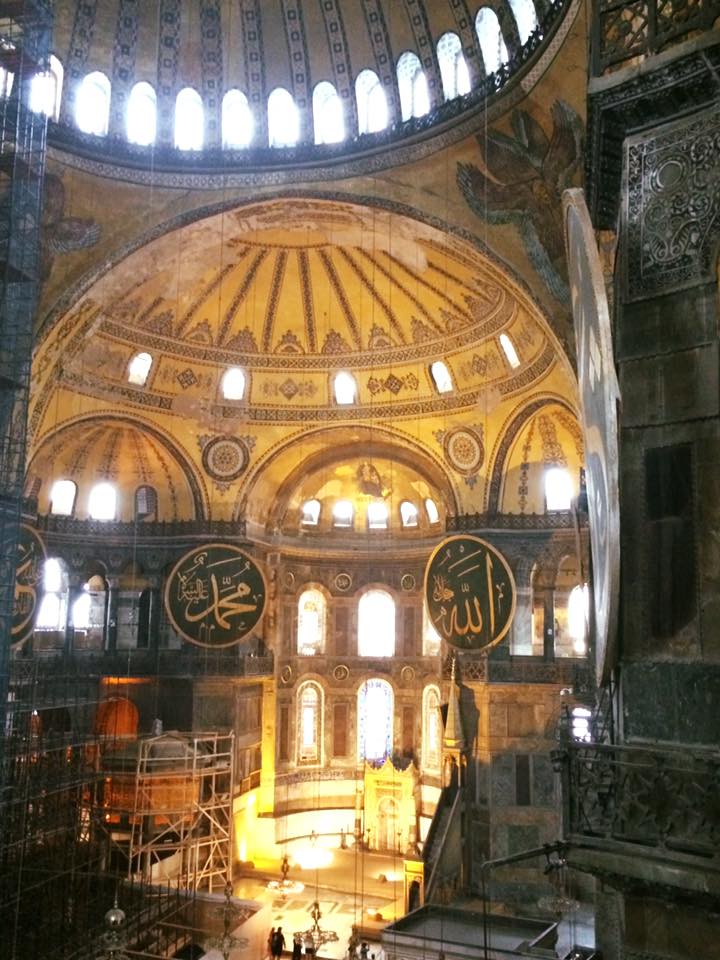
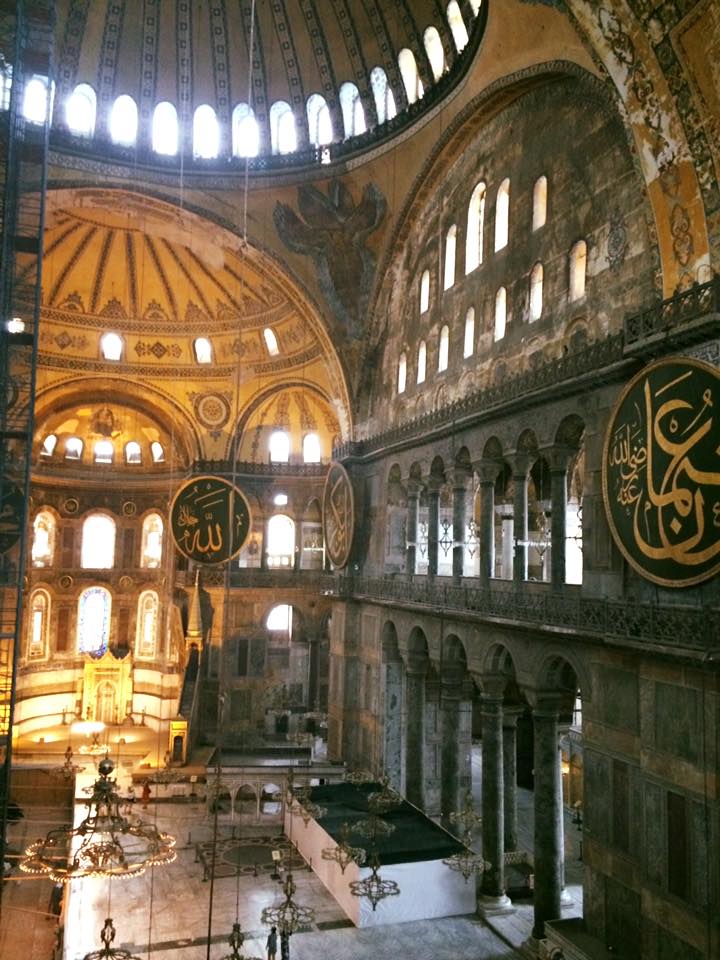
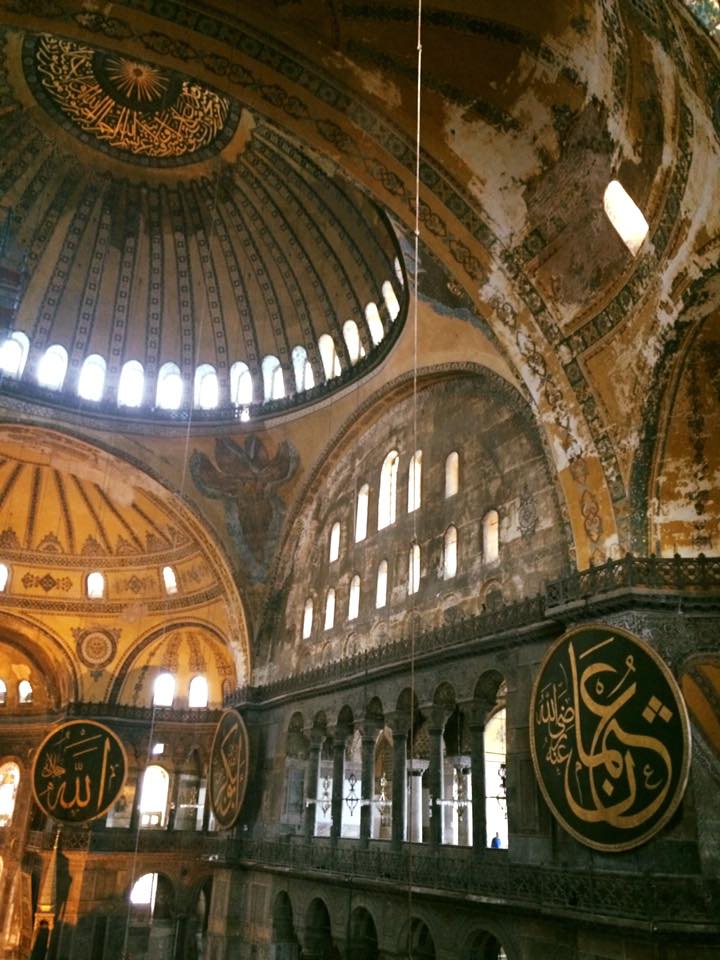
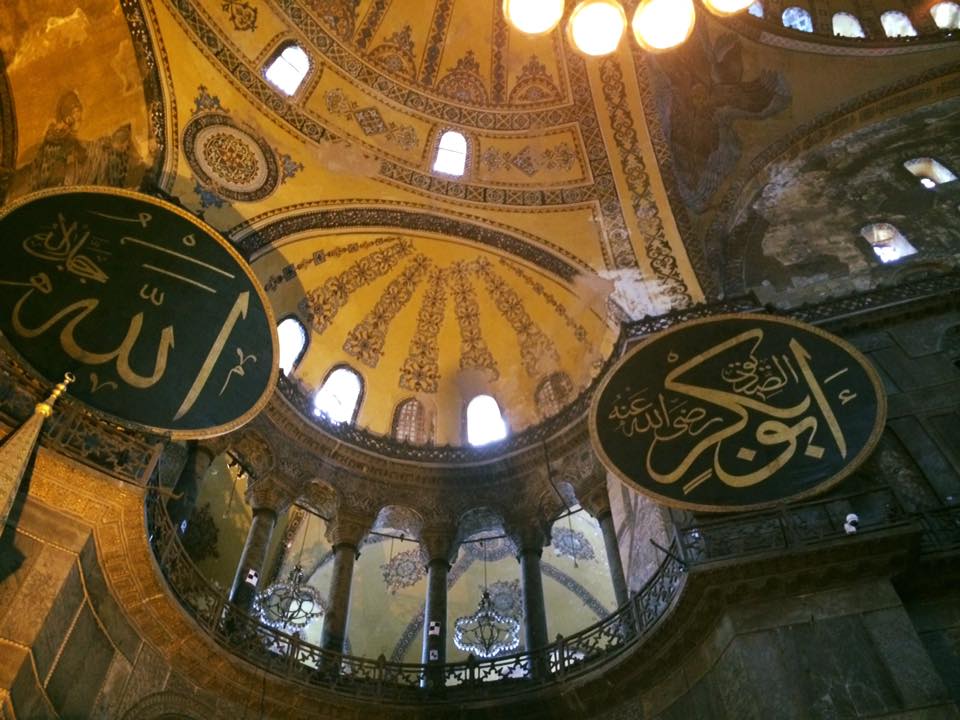
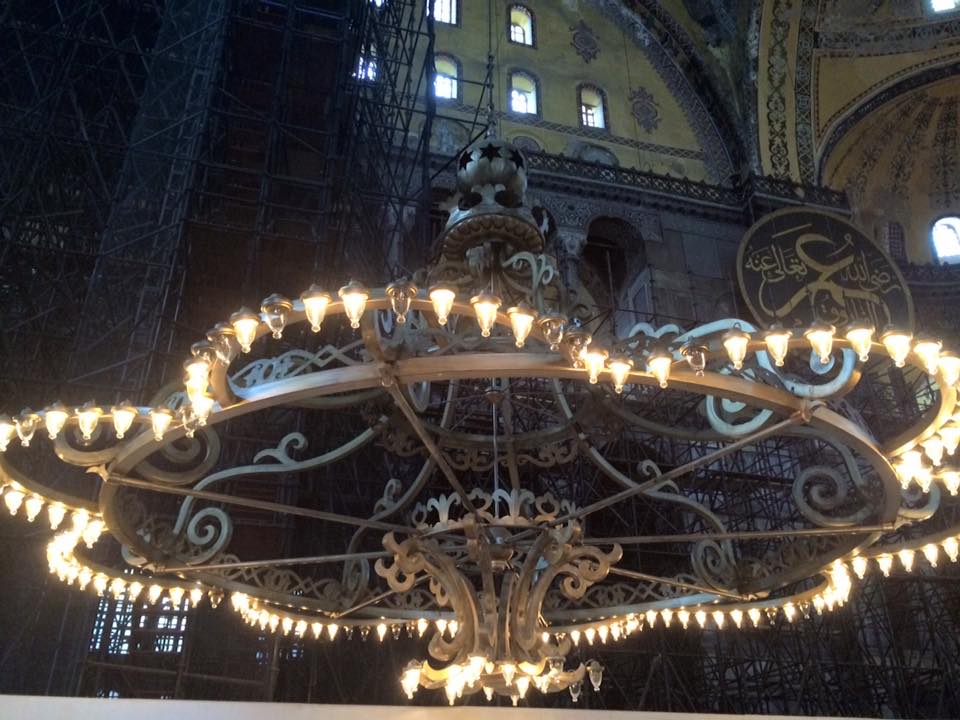 By the way, unless you have been to Hagia Sophia, you may not appreciate exactly how hard it is to get a picture inside with NO people in it. It’s like impossible! I do the impossible.
By the way, unless you have been to Hagia Sophia, you may not appreciate exactly how hard it is to get a picture inside with NO people in it. It’s like impossible! I do the impossible.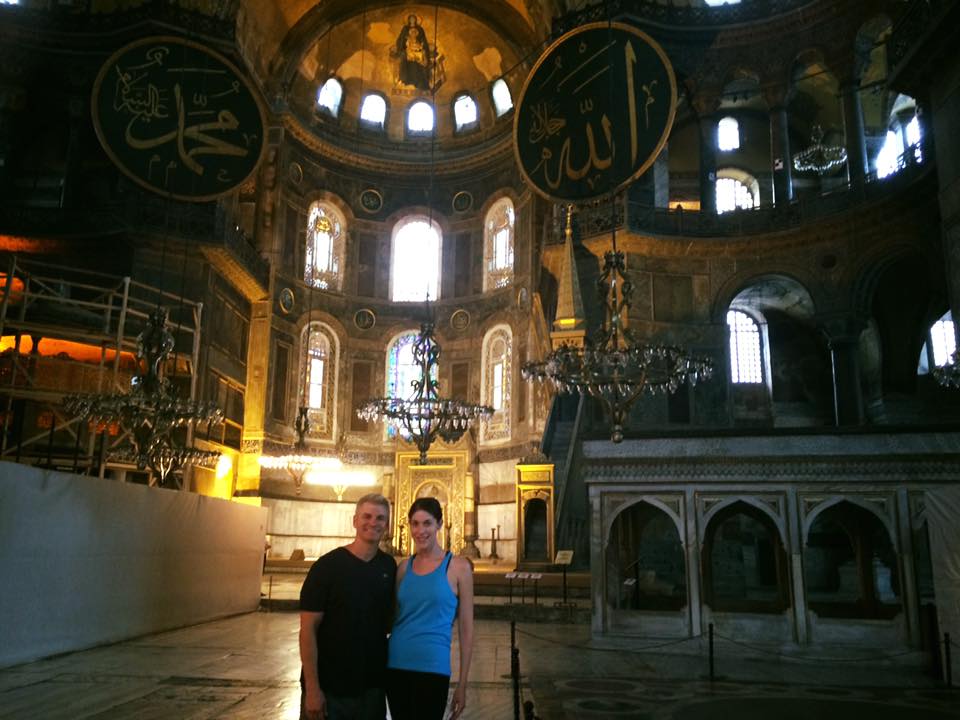 And, if you were wondering where the center of the world is located, according to the Romans, it’s right here! This is the spot where coronation ceremonies for Roman Emperors were held during the time that Constantinople (a.k.a Istanbul) served as the capitol of the Roman Empire (and basically the capitol of the world, as far as they were concerned).
And, if you were wondering where the center of the world is located, according to the Romans, it’s right here! This is the spot where coronation ceremonies for Roman Emperors were held during the time that Constantinople (a.k.a Istanbul) served as the capitol of the Roman Empire (and basically the capitol of the world, as far as they were concerned).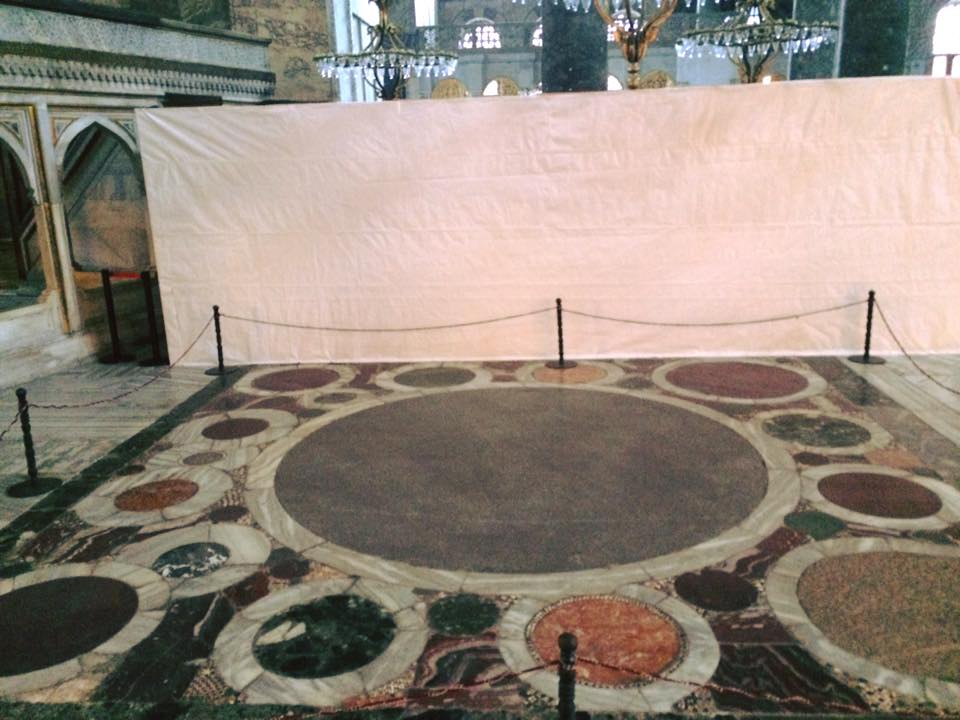
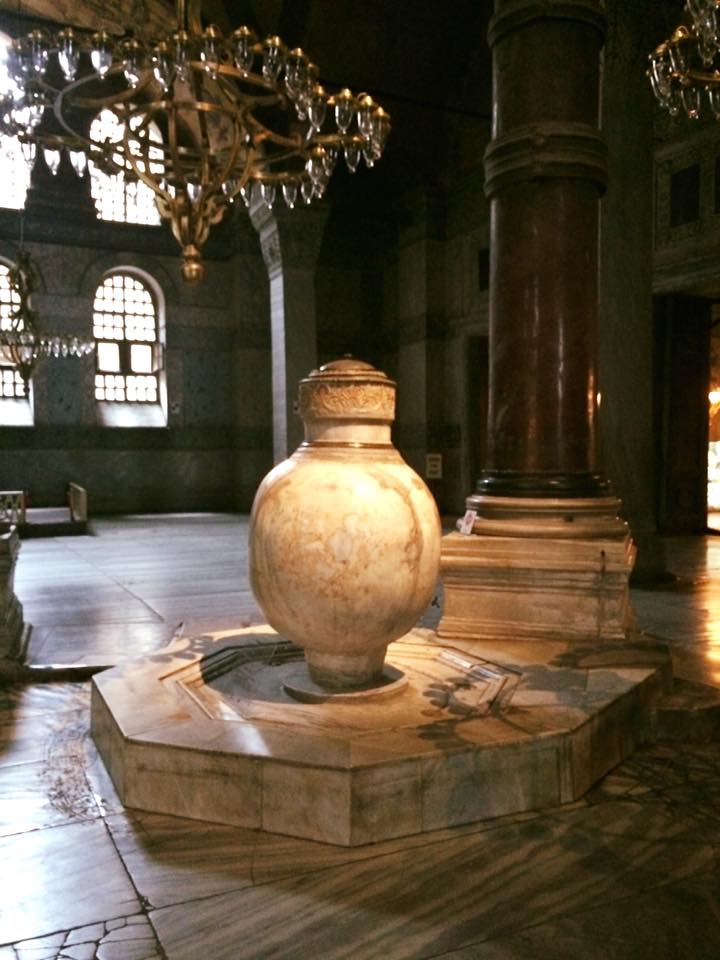
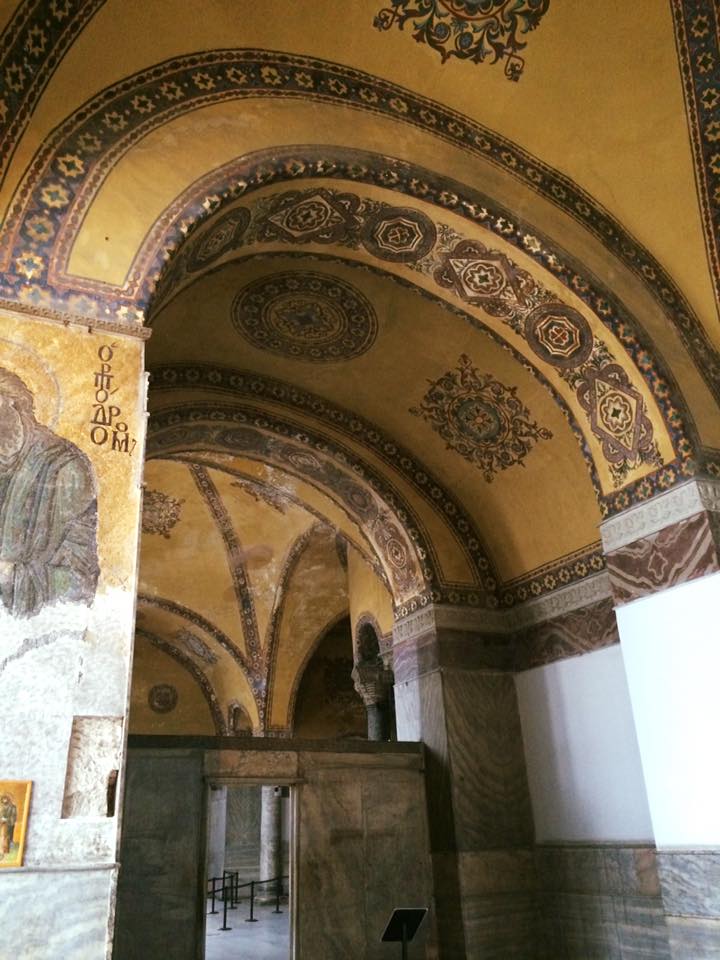
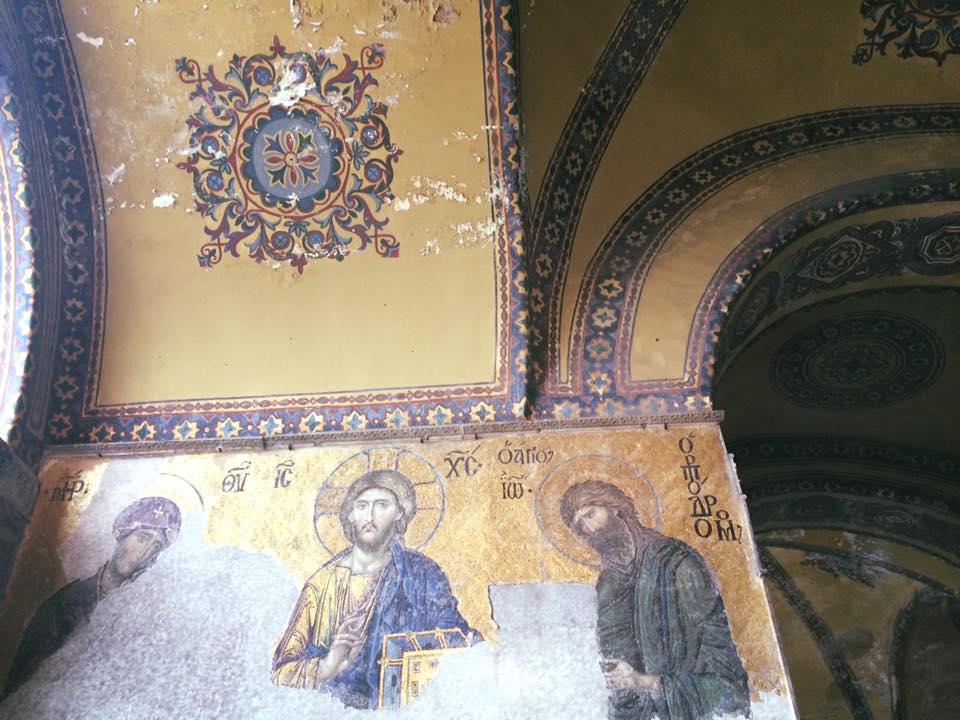
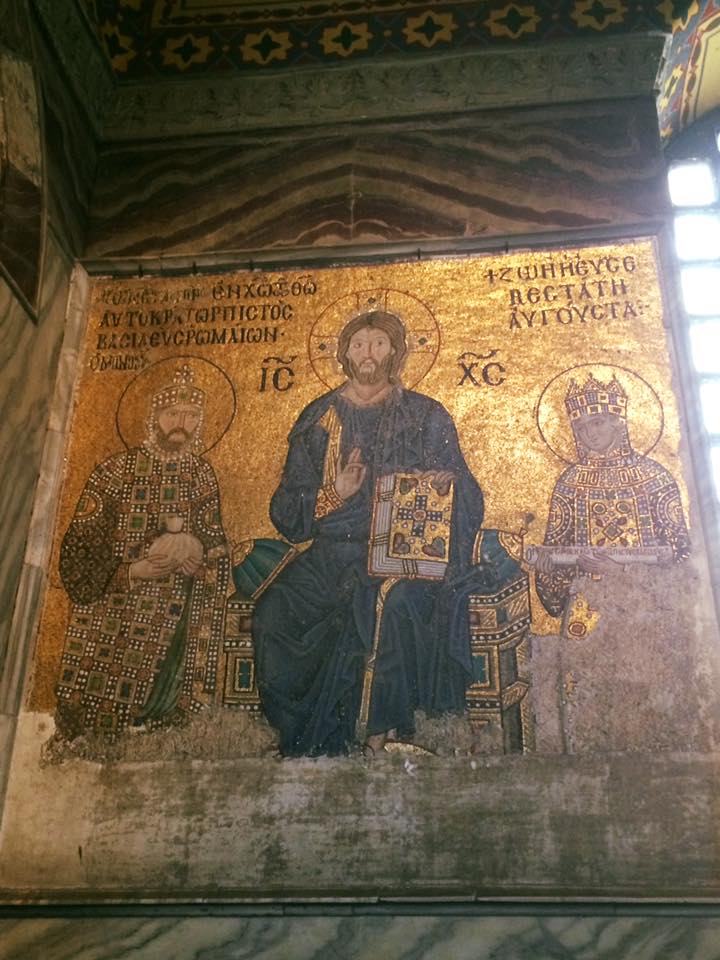 This is the Empress Stand (where she would stand in an elevated position to watch her husband be crowned Emperor), so naturally…
This is the Empress Stand (where she would stand in an elevated position to watch her husband be crowned Emperor), so naturally…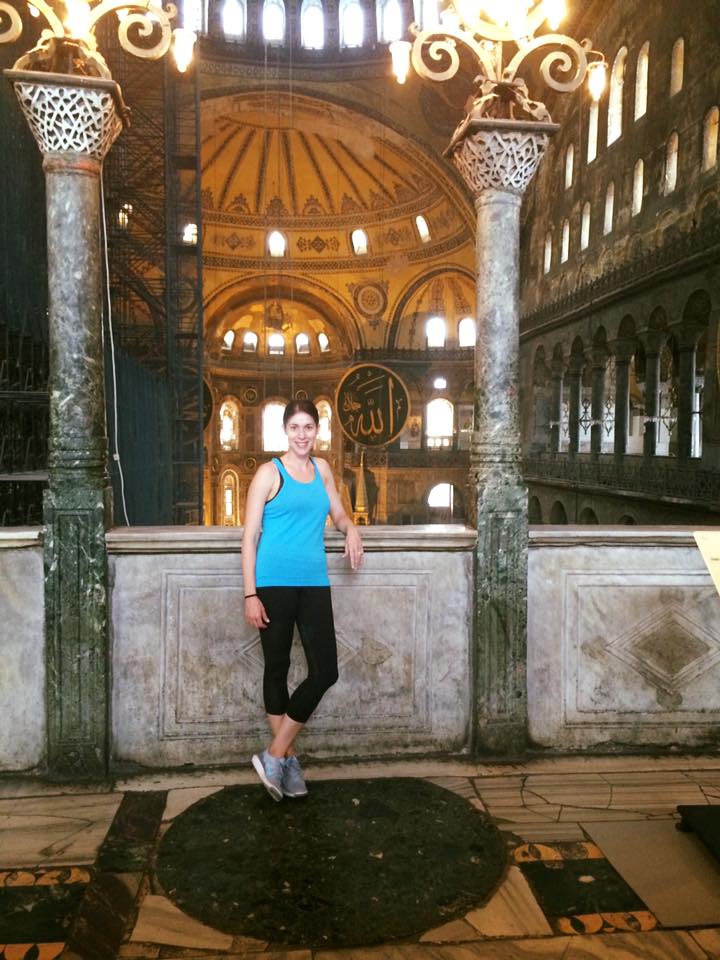 Meet Obama Kitty (a.k.a Gli). Apparently, when Obama visited Istanbul, he made a stop to Hagia Sophia. This kitty happened to be inside that day, and she marched over to Obama and was rubbing up against his leg. Obama liked the little kitty, so he picked her up and carried her around while he toured the museum. Well, that was the best day ever for this little kitty because after that, she became famous. She was renamed Obama Kitty and was given a permanent home inside Hagia Sophia.
Meet Obama Kitty (a.k.a Gli). Apparently, when Obama visited Istanbul, he made a stop to Hagia Sophia. This kitty happened to be inside that day, and she marched over to Obama and was rubbing up against his leg. Obama liked the little kitty, so he picked her up and carried her around while he toured the museum. Well, that was the best day ever for this little kitty because after that, she became famous. She was renamed Obama Kitty and was given a permanent home inside Hagia Sophia.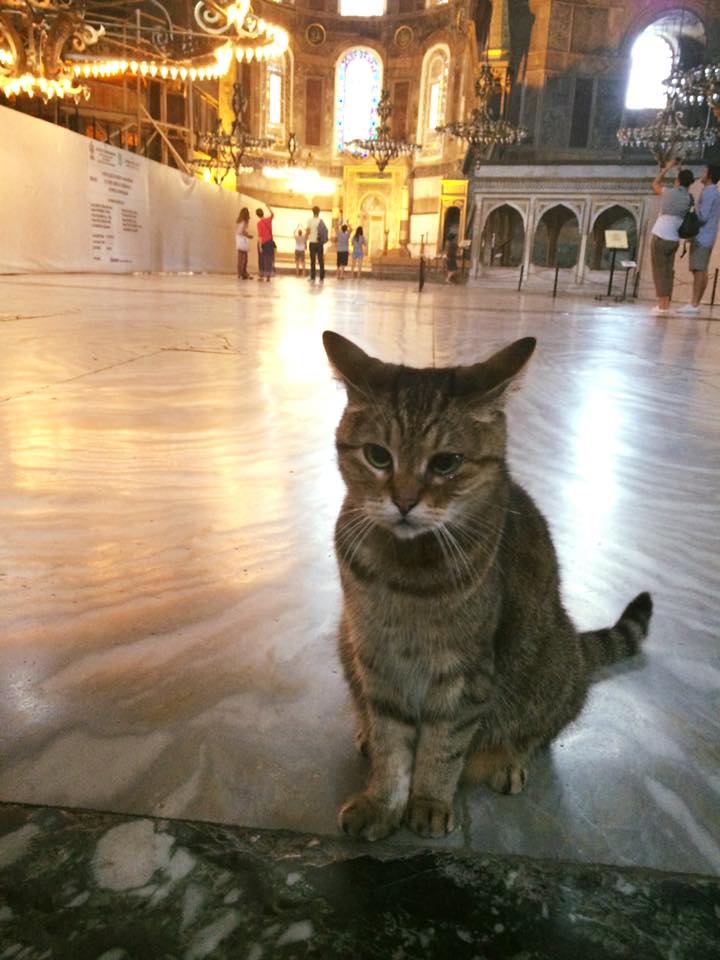 I don’t think Obama should get to feeling grand prize about this encounter. Obama Kitty is very friendly, and she will basically go up to anyone for some love. She immediately went to Chad and demanded rubs!
I don’t think Obama should get to feeling grand prize about this encounter. Obama Kitty is very friendly, and she will basically go up to anyone for some love. She immediately went to Chad and demanded rubs!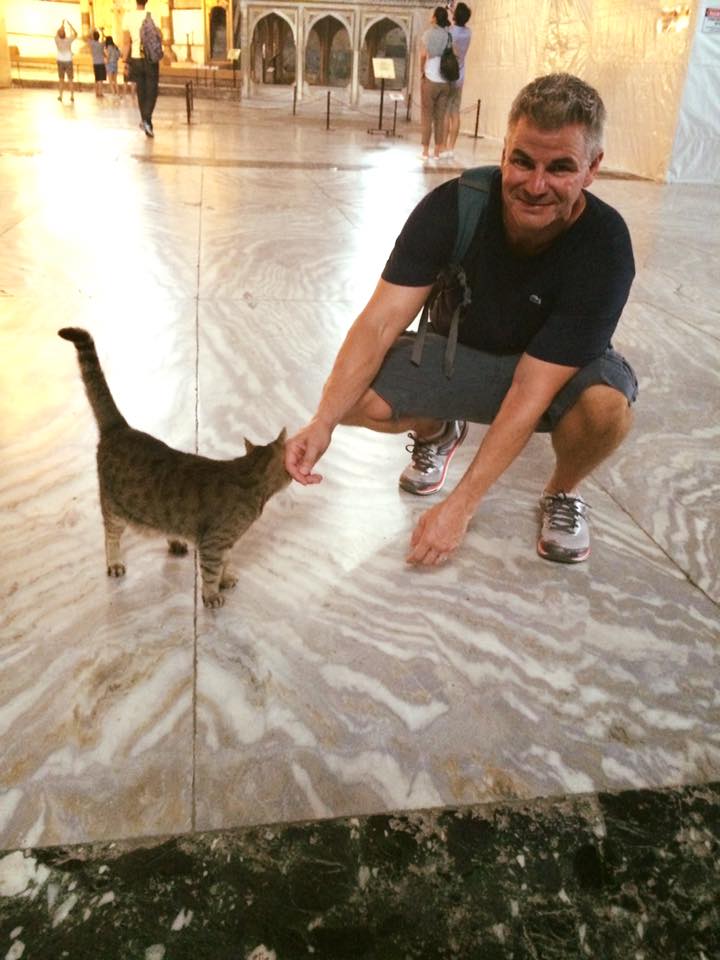
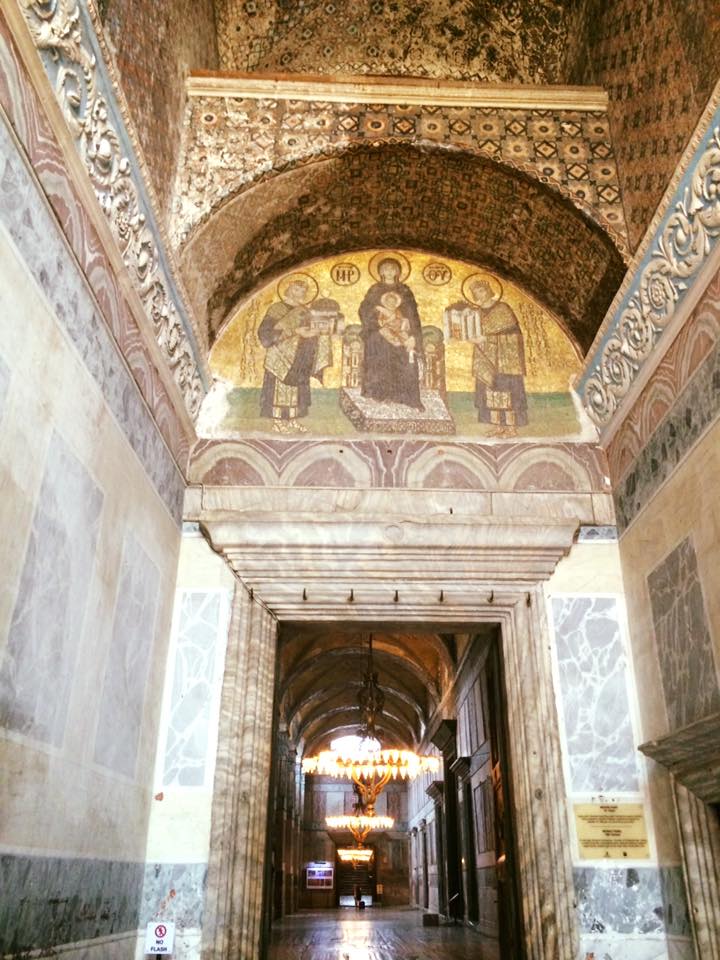
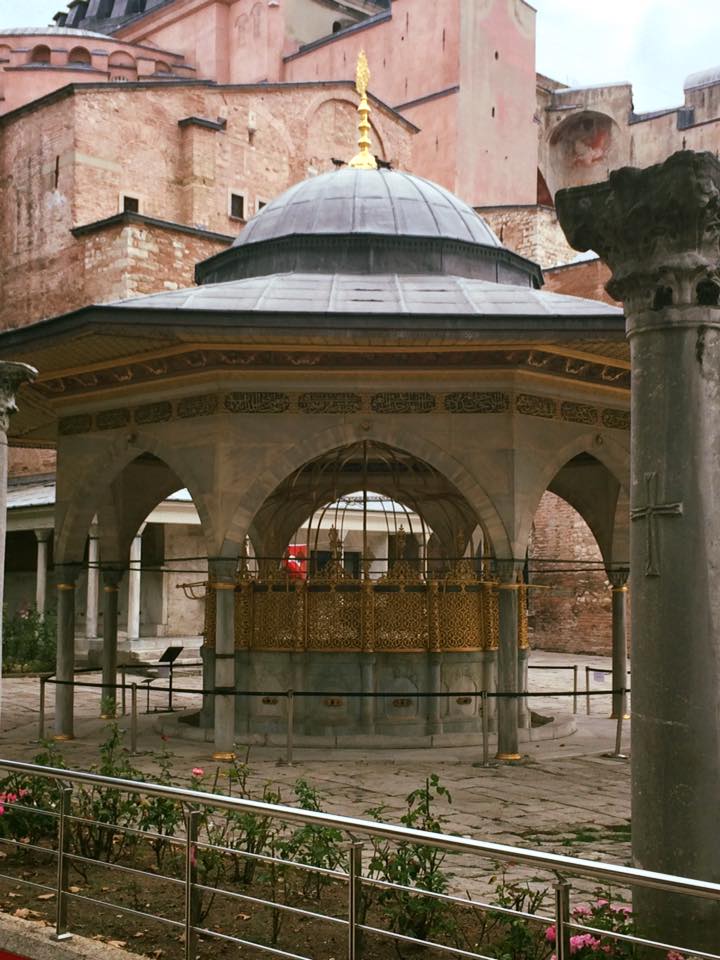 After we concluded our visit at Hagia Sophia, we walked through a small bazaar (note, the Grand Bazaar is closed on Sundays) of beautiful shops, and we tasted Turkish Delight before making our way back to the airport.
After we concluded our visit at Hagia Sophia, we walked through a small bazaar (note, the Grand Bazaar is closed on Sundays) of beautiful shops, and we tasted Turkish Delight before making our way back to the airport.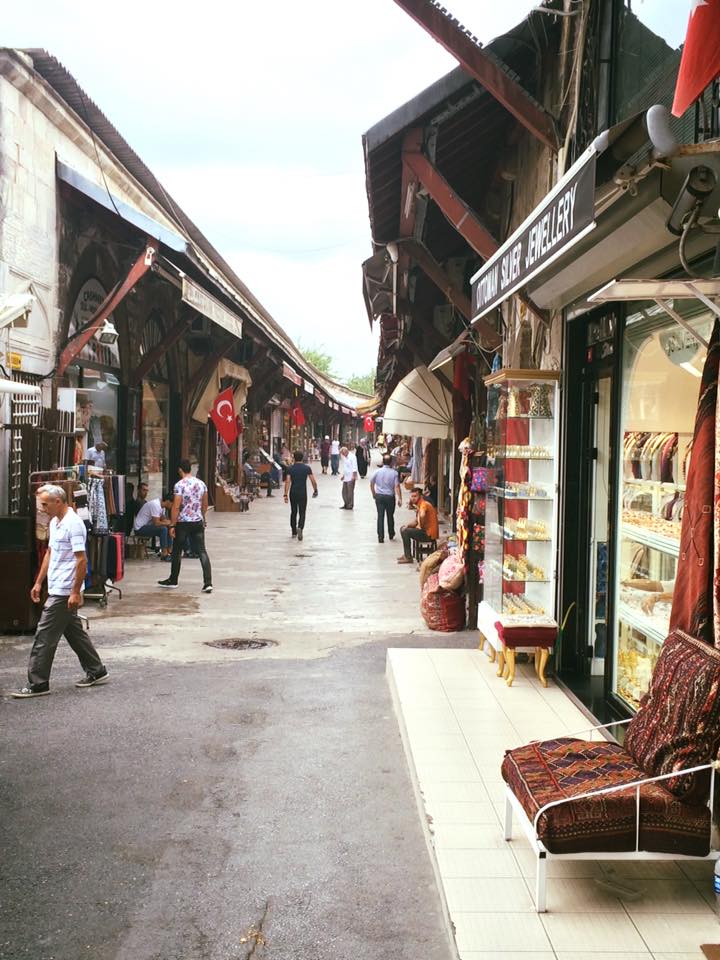
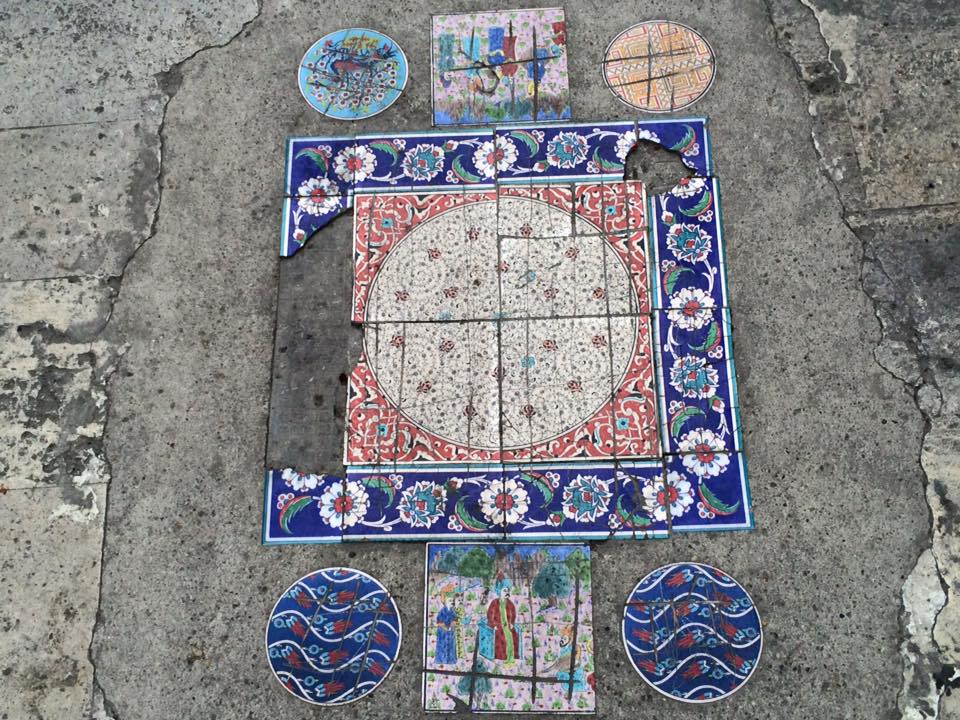
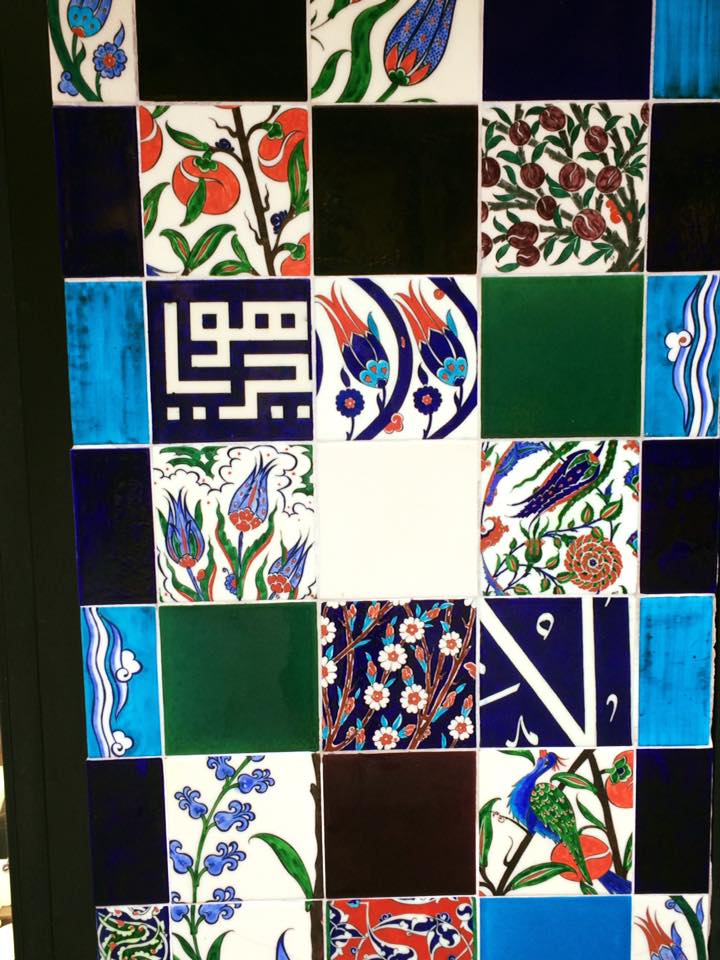
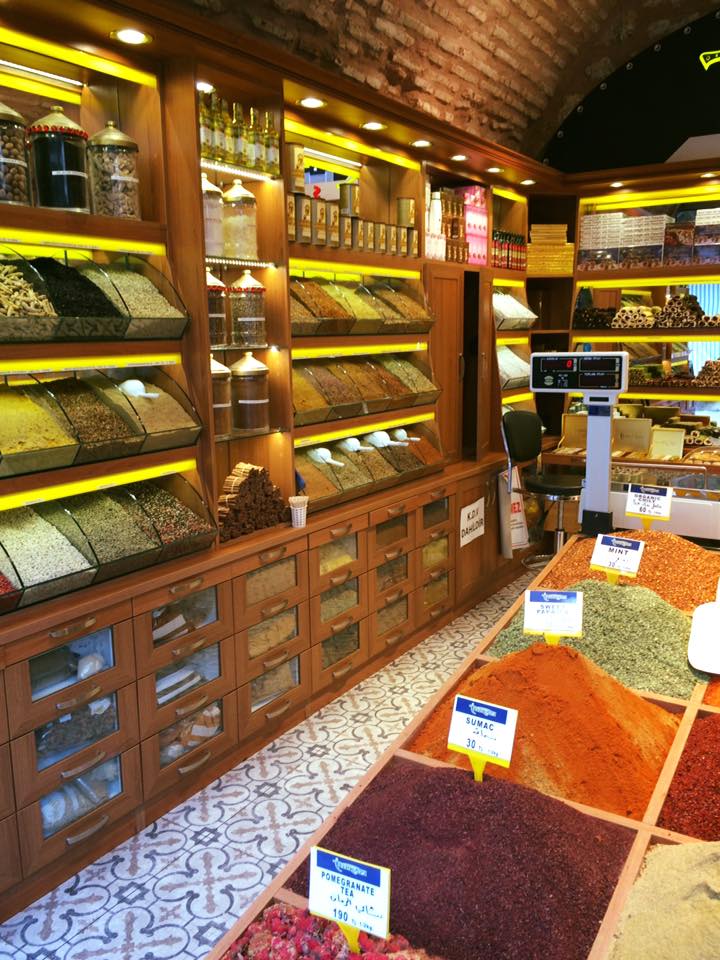
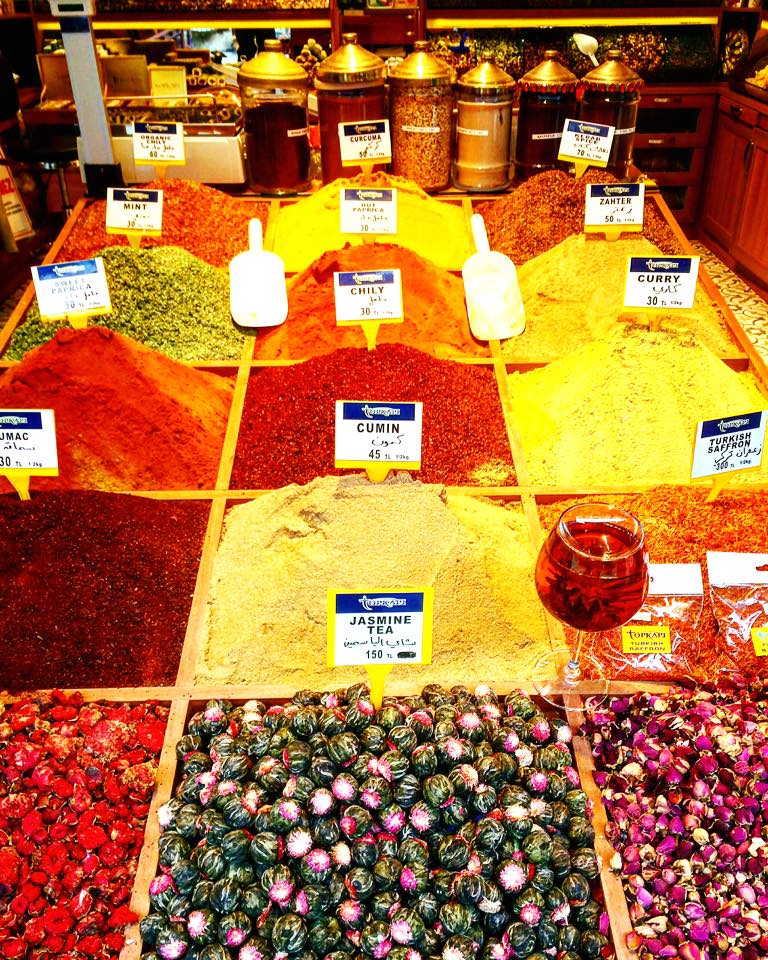
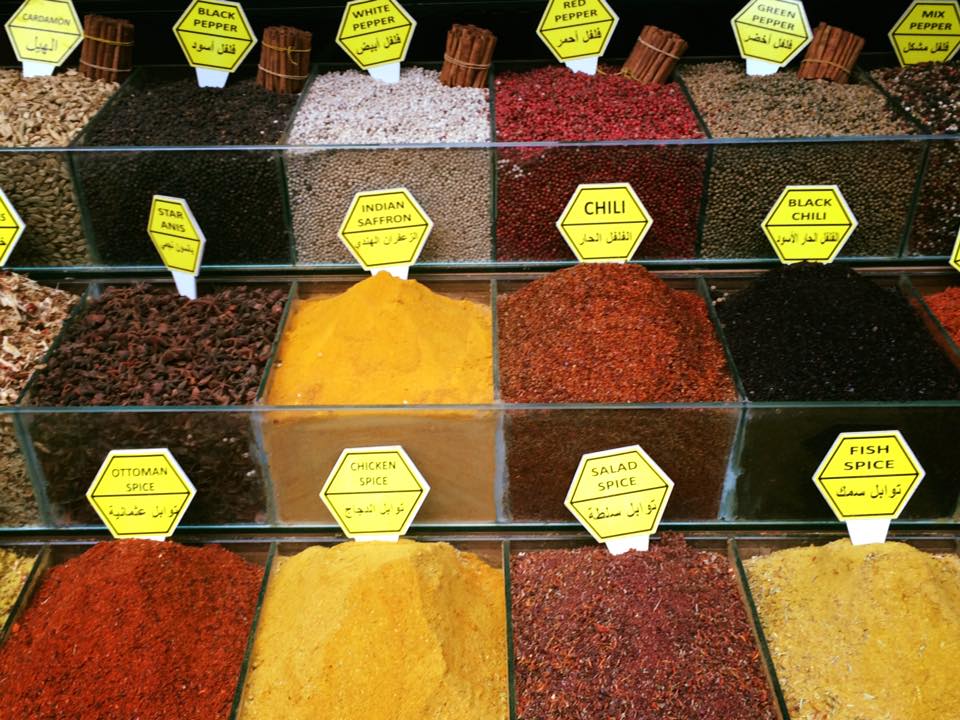
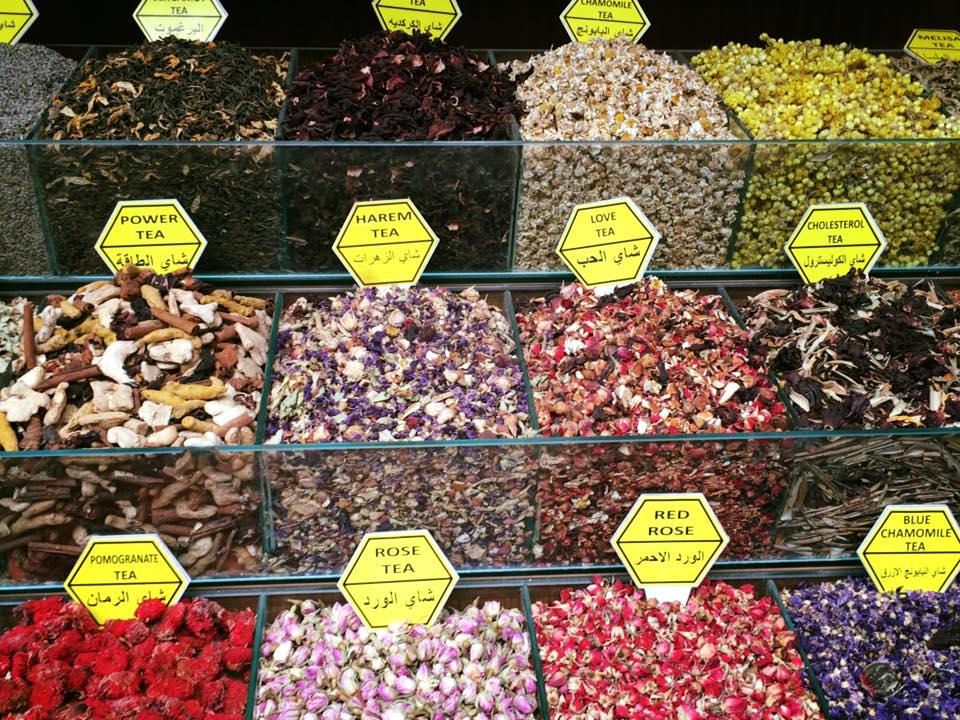 By the way, Istanbul is a shopper’s paradise! If you like textiles, tiles, spices, teas, and jewelry, then you will feel like you died and went to heaven (and this isn’t even the
By the way, Istanbul is a shopper’s paradise! If you like textiles, tiles, spices, teas, and jewelry, then you will feel like you died and went to heaven (and this isn’t even the 